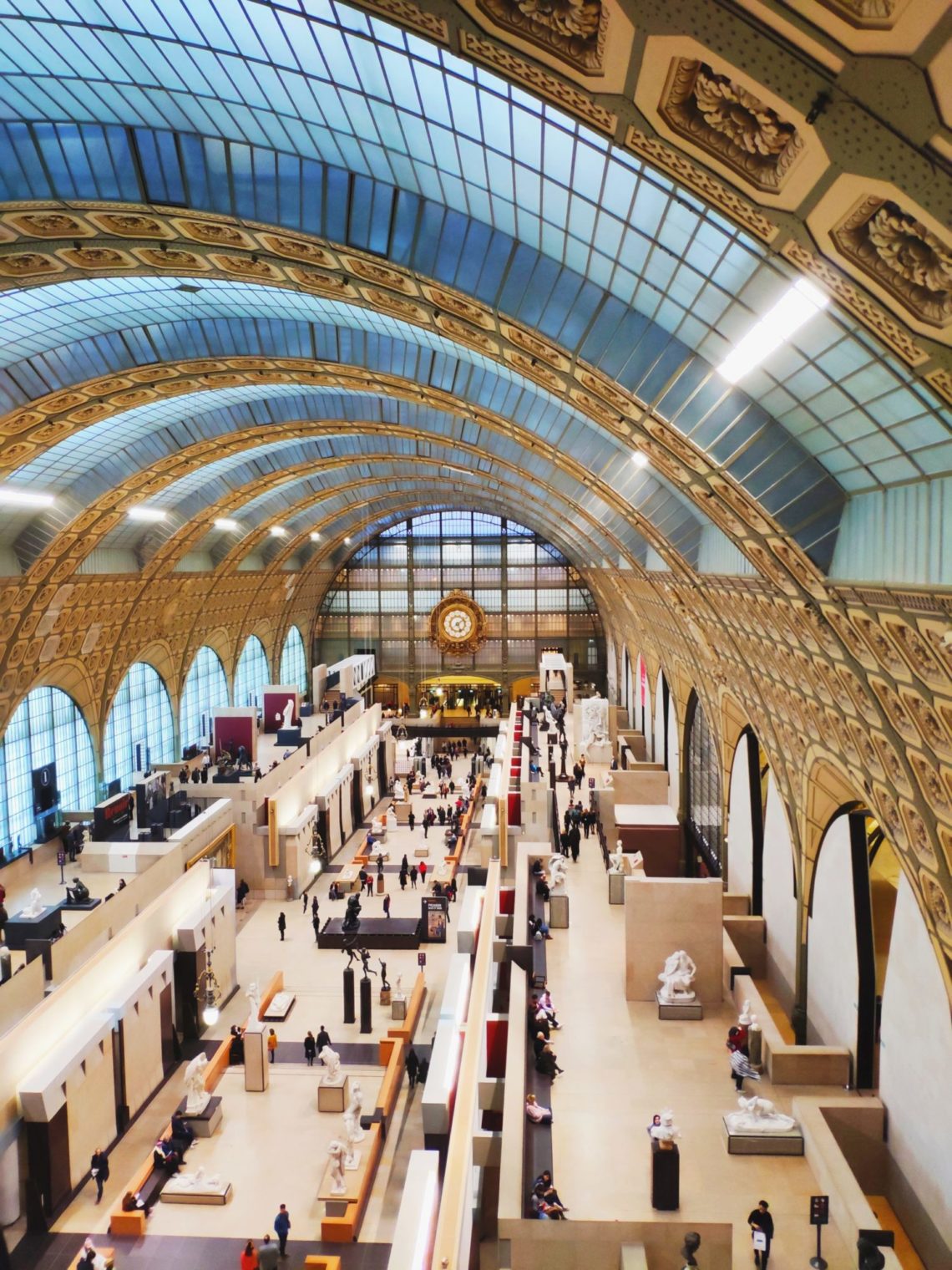
Paris – The 10 Most Remarkable Art Museums
Within the city limits of Paris, there are around 130 museums. In order to make your journey “magical,” we have compiled a short list of the best museums devoted to art and culture in the French capital.
Click and go:
1. Musée d’Orsay
2. Musée du Louvre
3. Centre Georges Pompidou Musée National d’Art Moderne
4. Musée Marmottan Monet
5. Grand Palais & Petit Palais
6. Musée National de l’Orangerie des Tuileries
7. Musée du Quai Branly – Jacques Chirac
8. Musée Jacquemart-André
9. Fondation Louis Vuitton
10. Musée des Arts Décoratifs
Below you will find practical information about each museum’s opening hours plus descriptions of current and upcoming exhibitions, as well as past shows you may have missed.
1. Musée d’Orsay
The d’Orsay Museum is perhaps the greatest museum in the world devoted to a particular style of art: primarily sculpture, painting and furniture created in France between 1848 and 1914. Famous for its collection of Impressionist and Post-Impressionist masterpieces, the museum also showcases the important 19th-century movements leading up to Impressionism (Romanticism, the Academic painters such as Bouguereau, Cabanel, Ingres and Gérôme, Realism, the Barbizon School, French Orientalism & Naturalism) and the groups that followed Impressionism (the Pont-Aven School, Symbolism, Les Nabis & Fauvism).
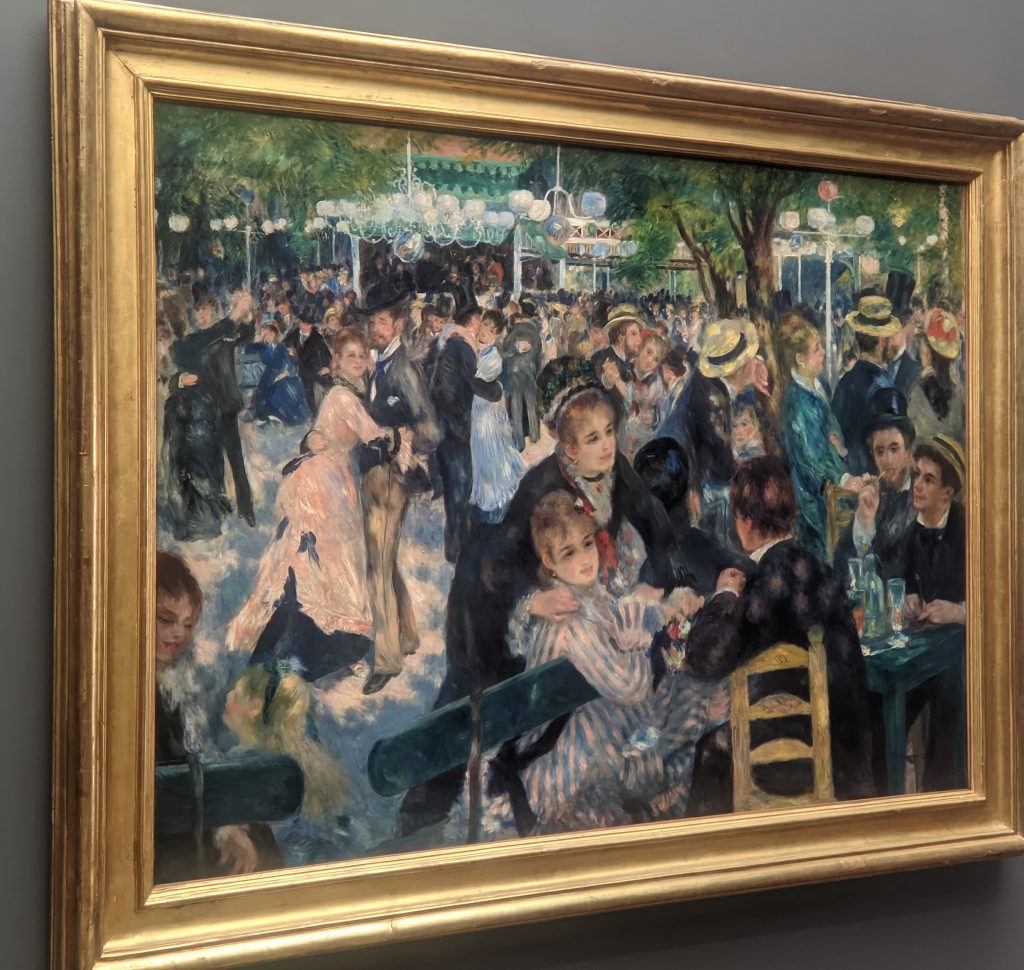
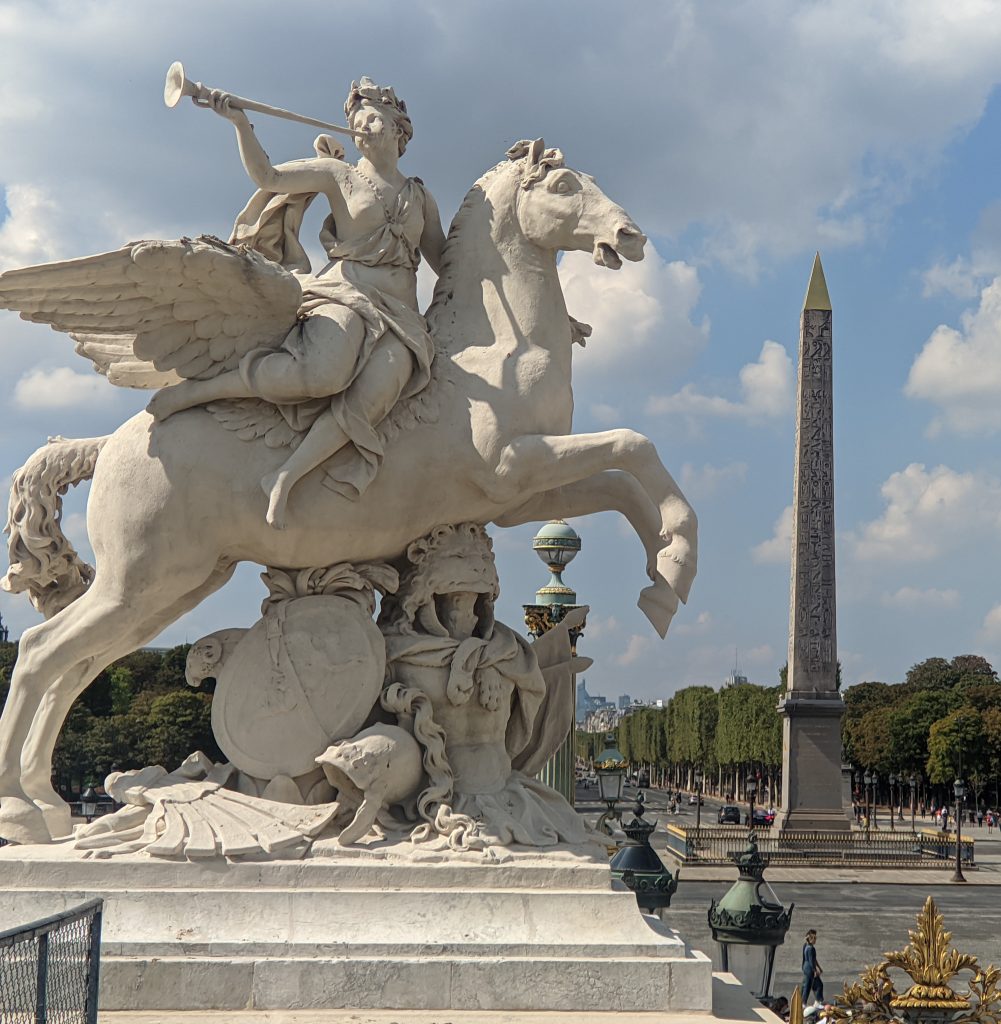
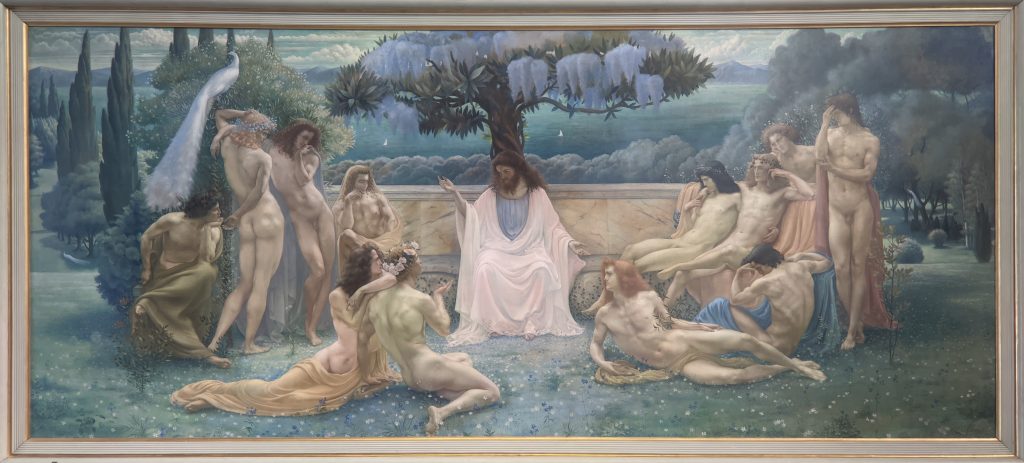
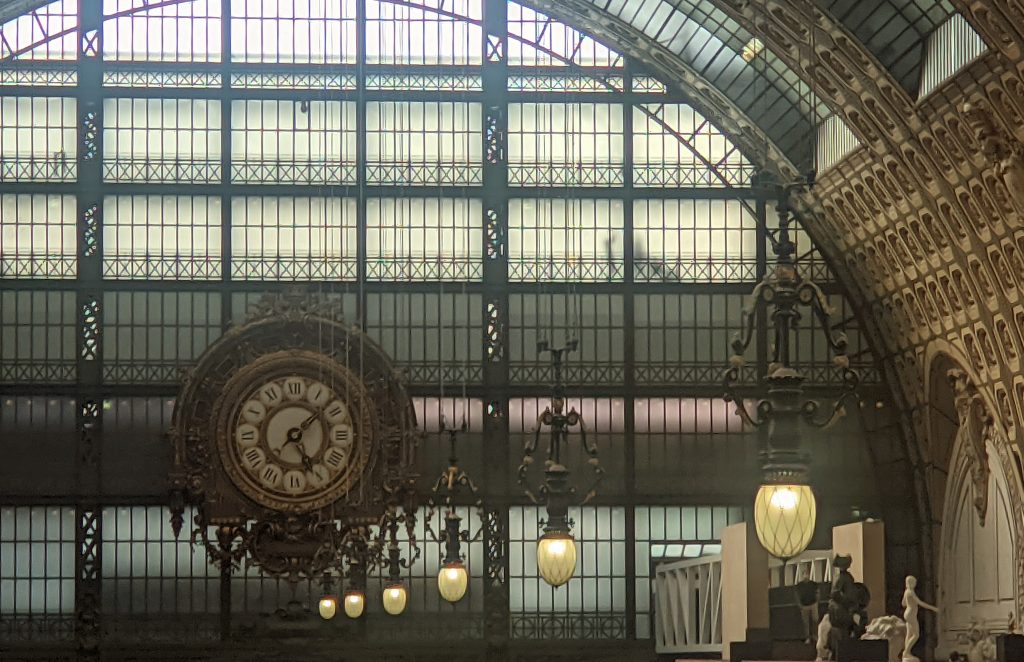
The museum opened in 1986, set inside a Beaux-Arts railway station (completed in 1900). Even if you are not a fan of Impressionist paintings, the hype and a visit are justified: the architecture is stunning, and the transformation from a train station to an art museum is fascinating. Permission was granted to demolish the railroad station in 1970; fortunately, the Ministry of Cultural Affairs turned down plans to build a hotel on this site!
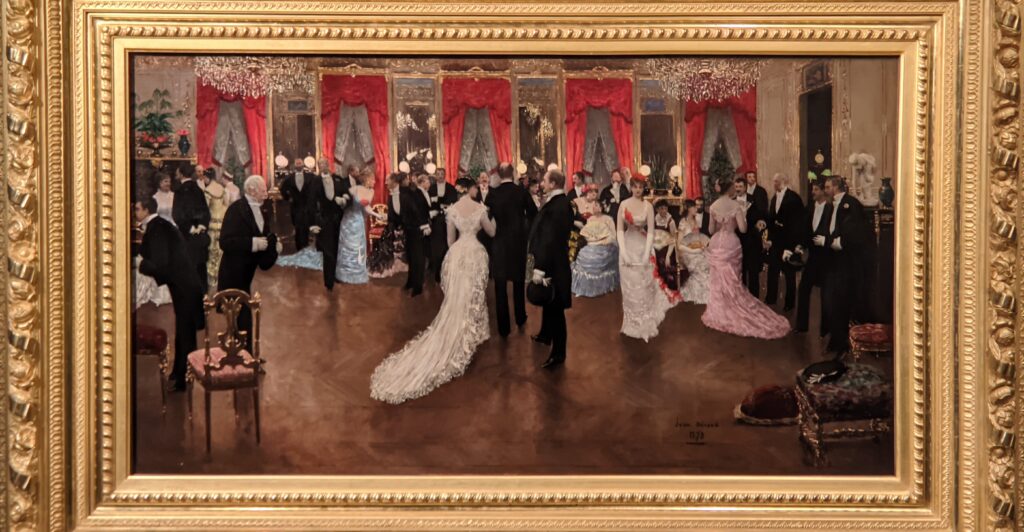
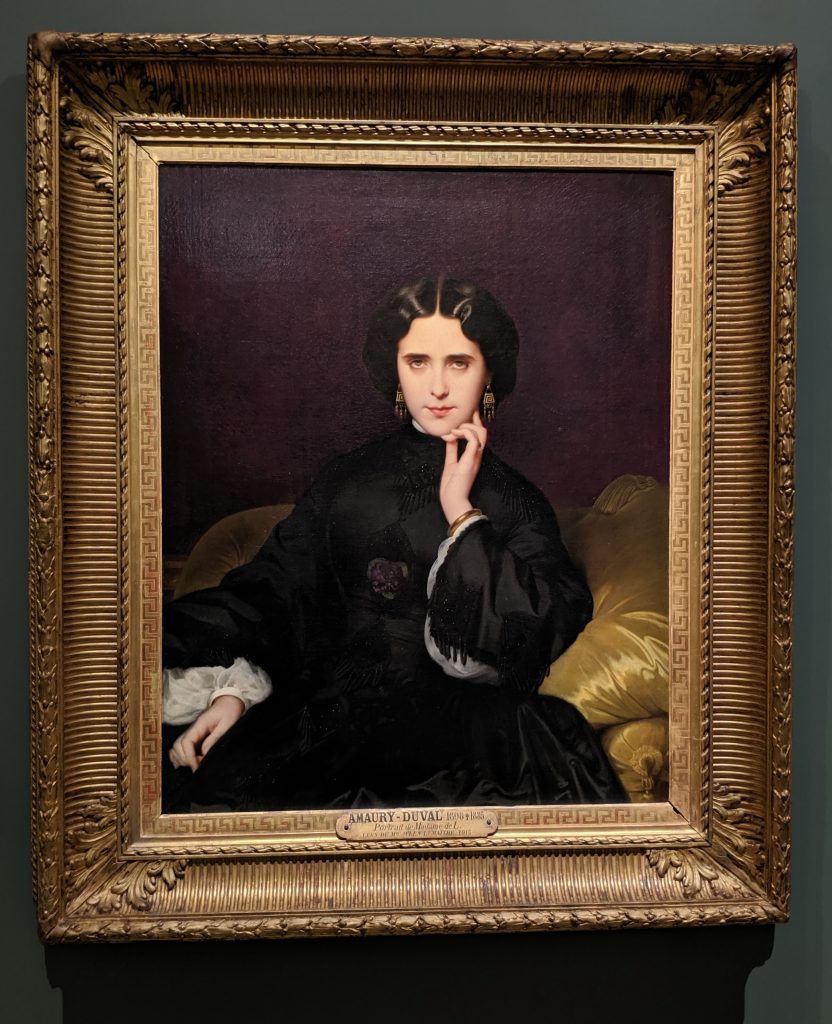
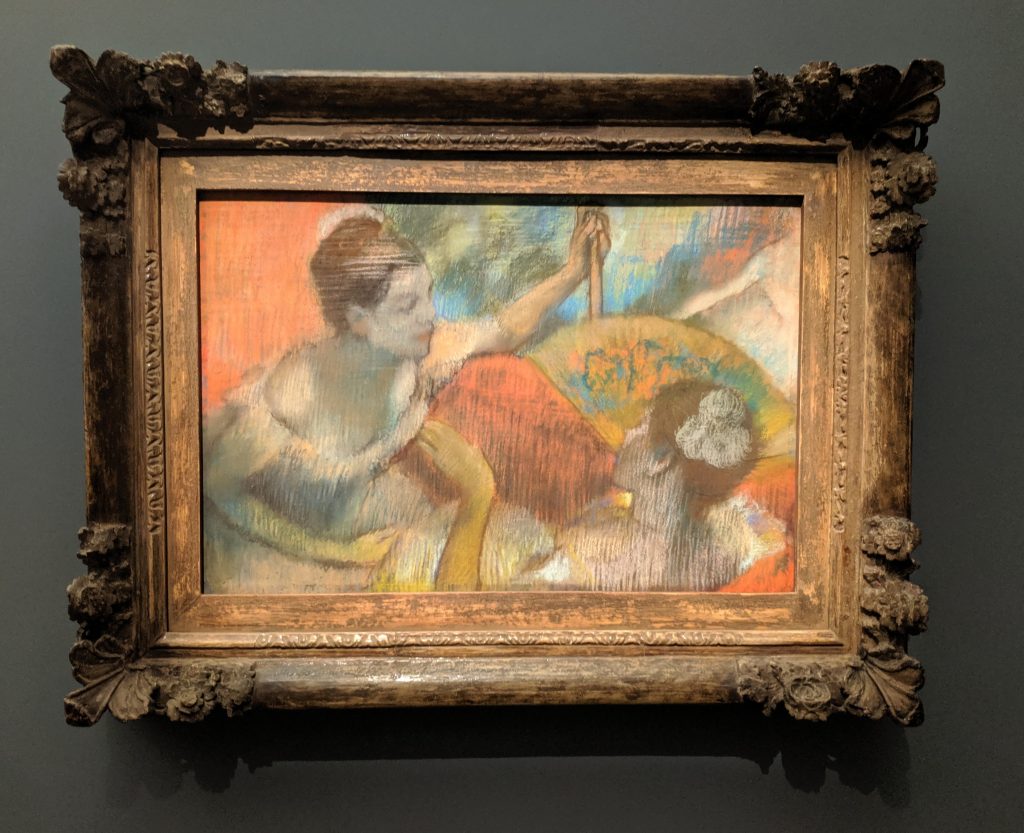
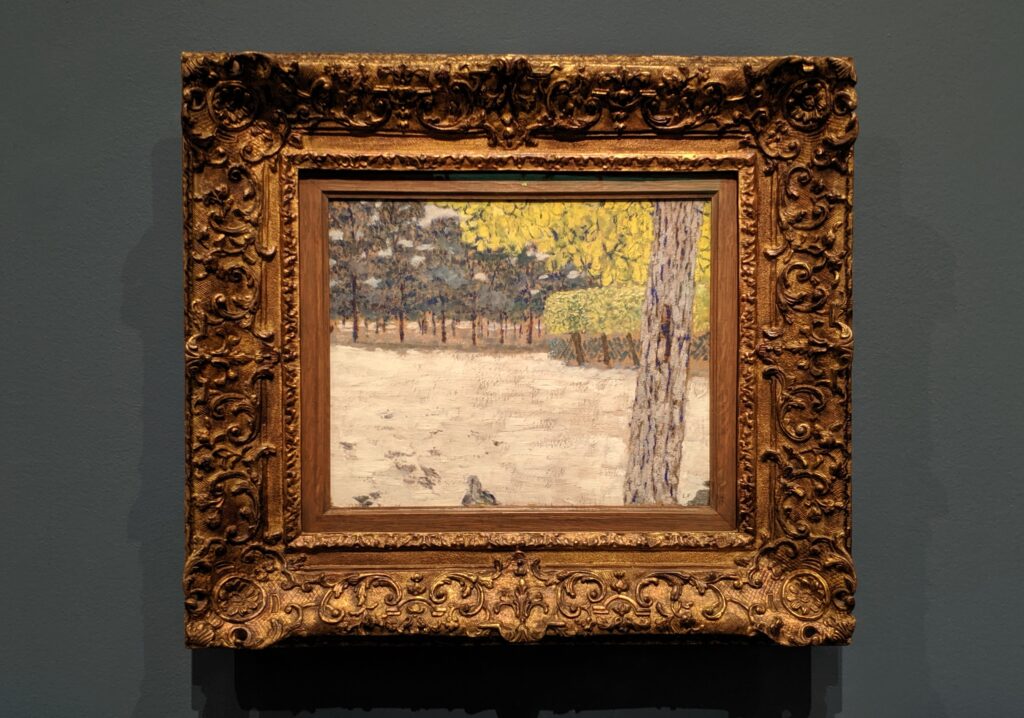
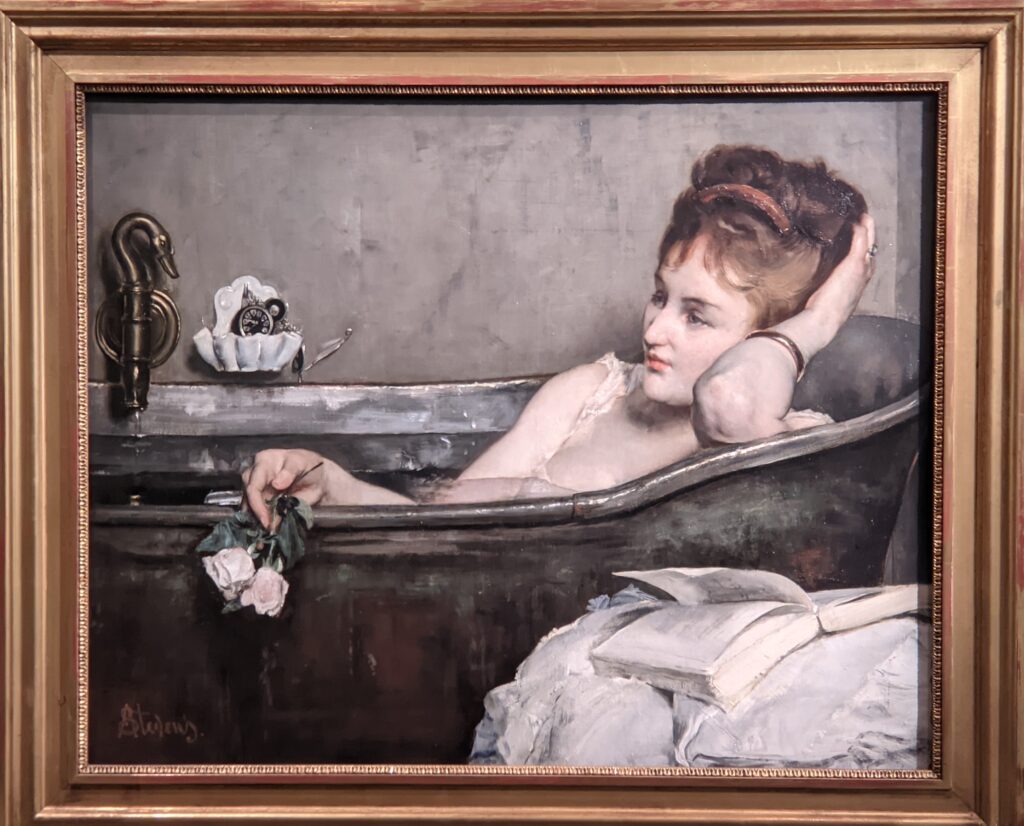
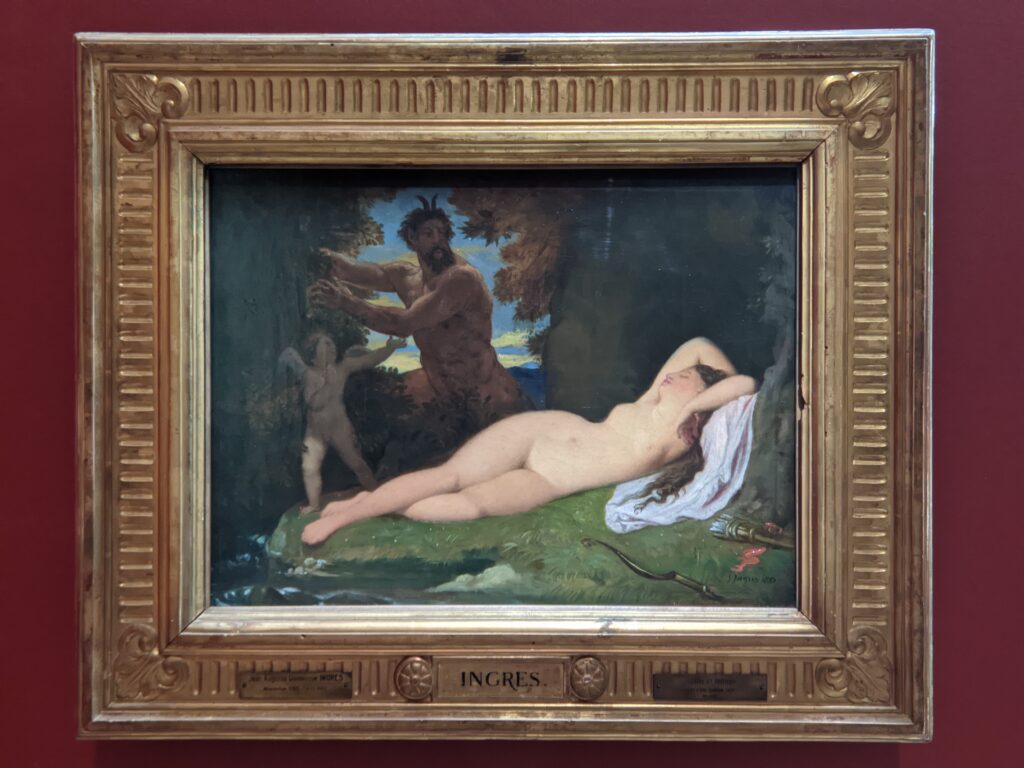

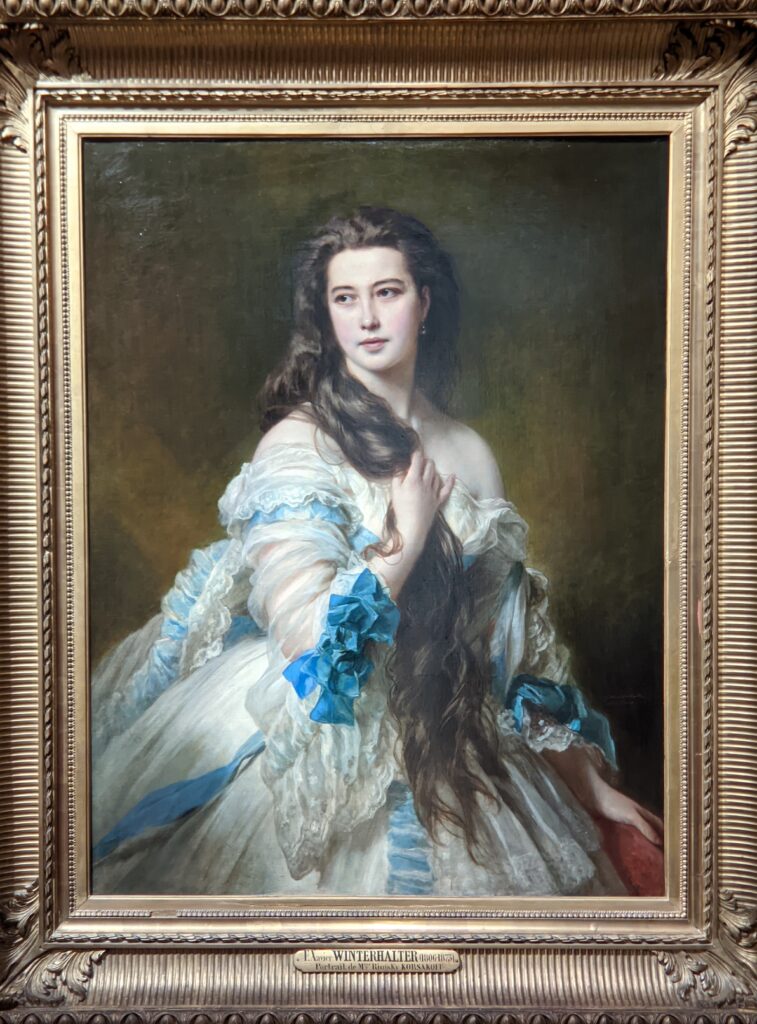
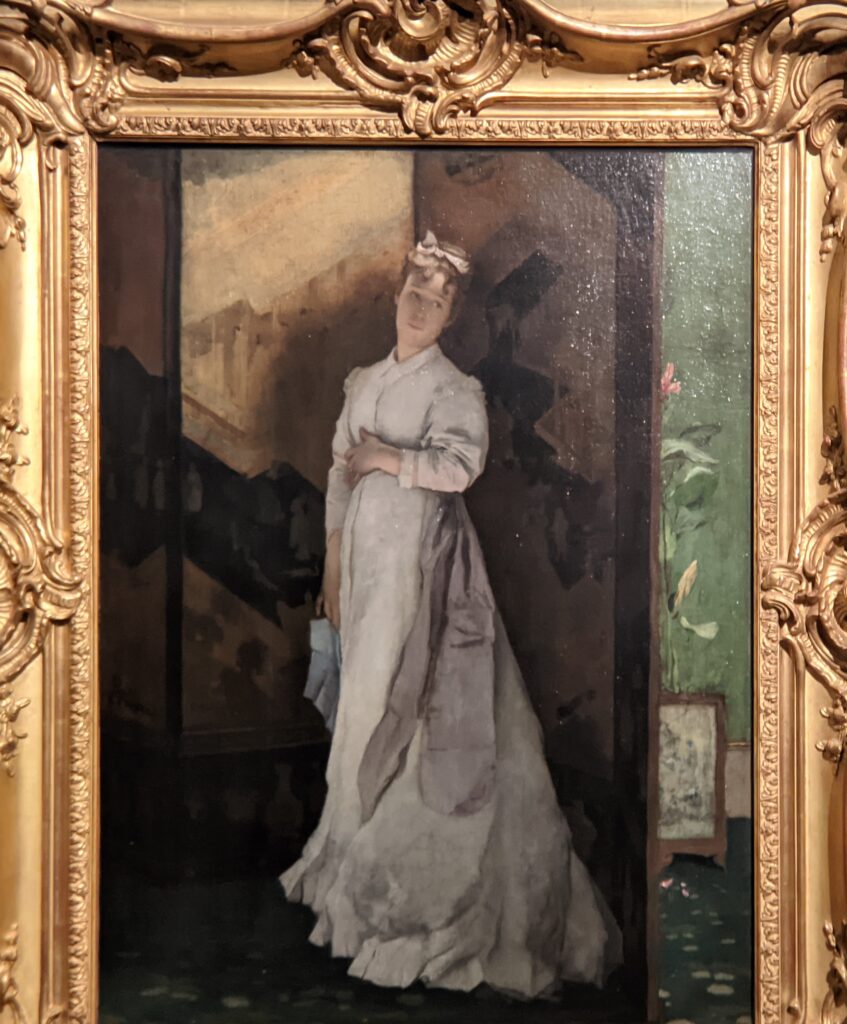
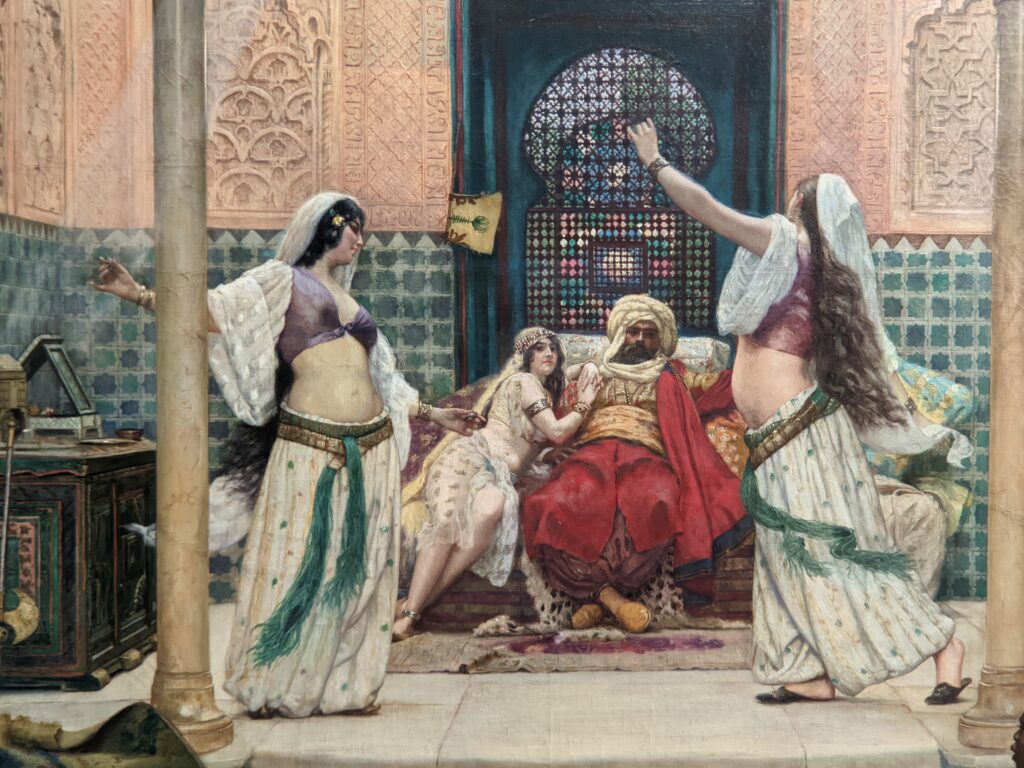
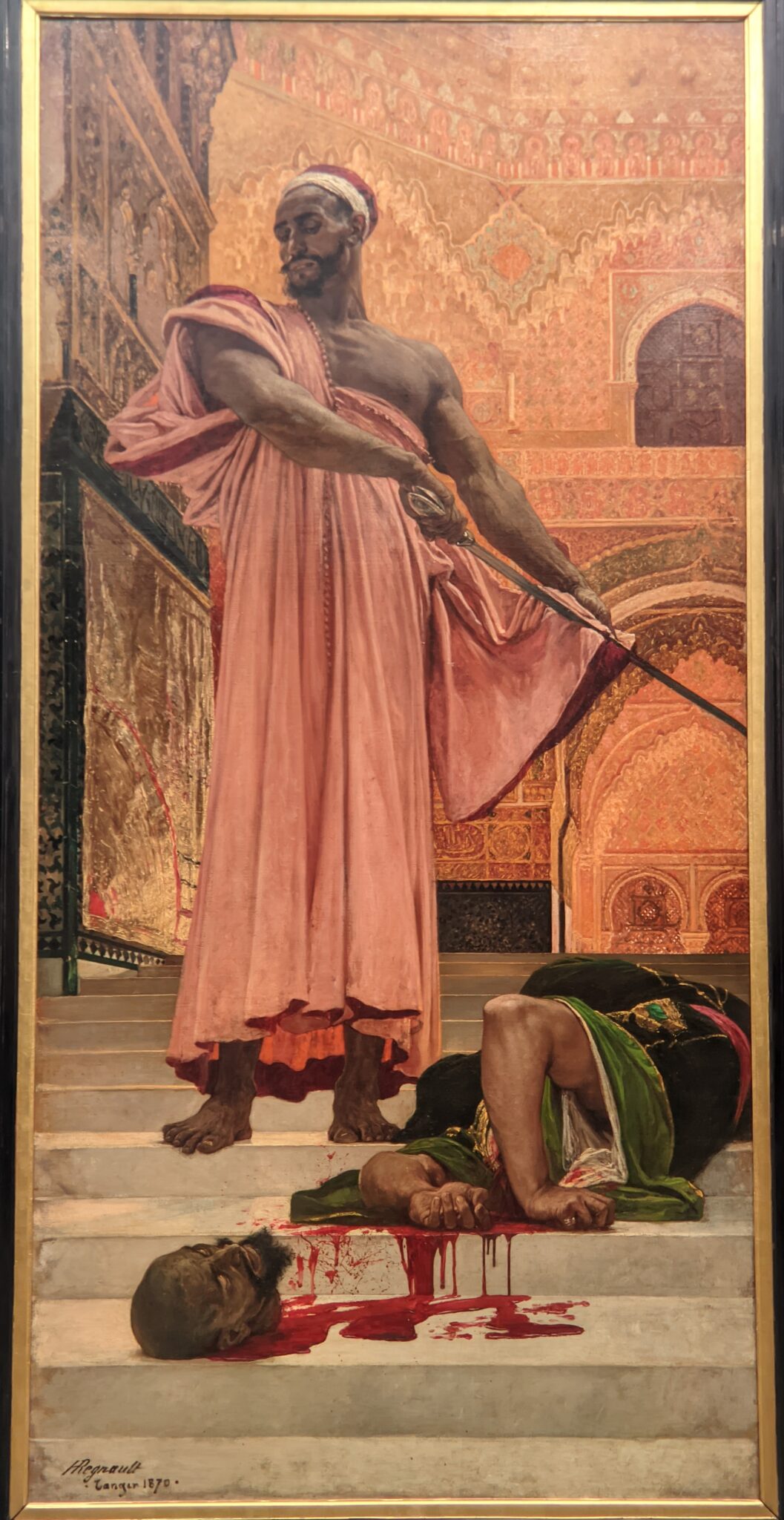
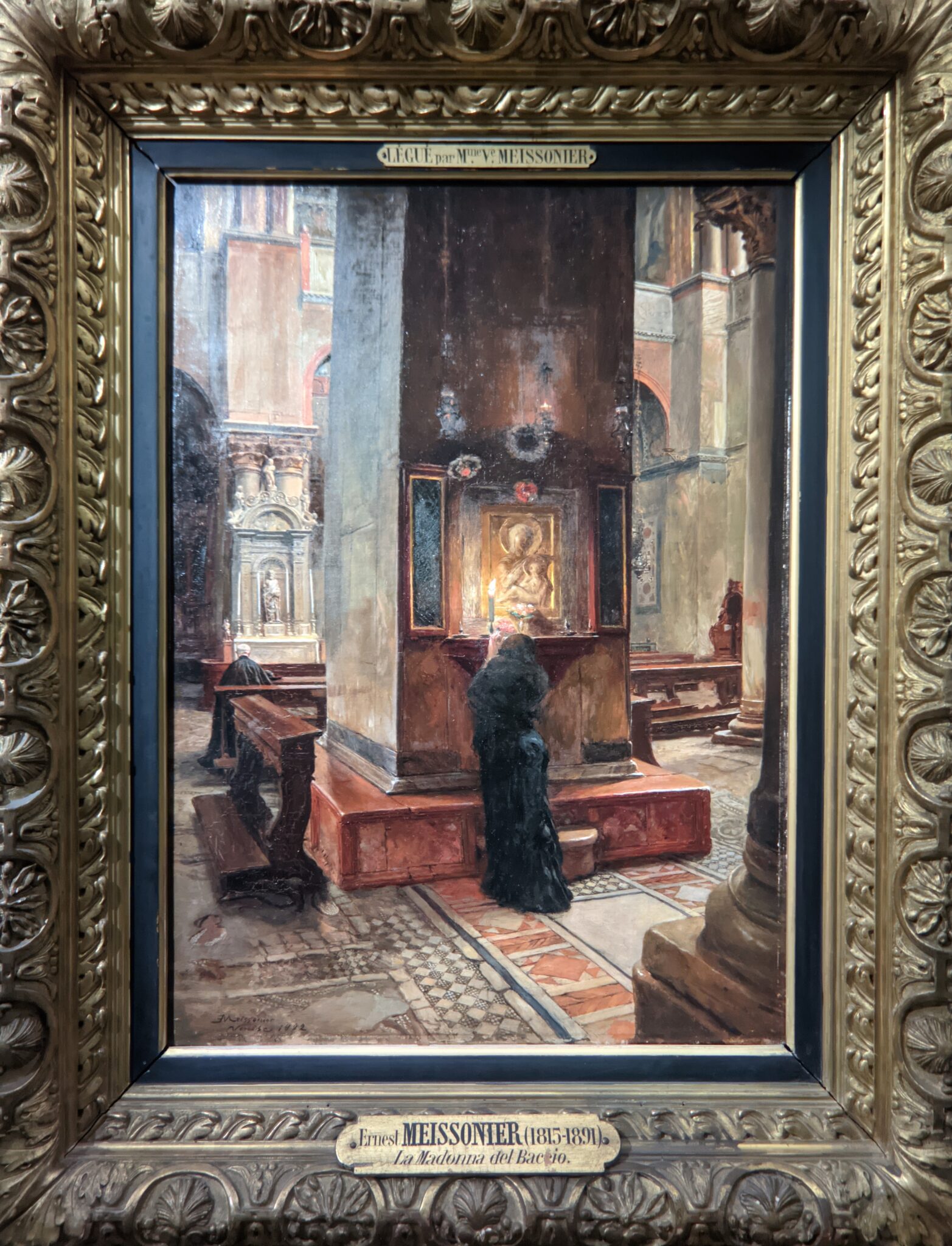
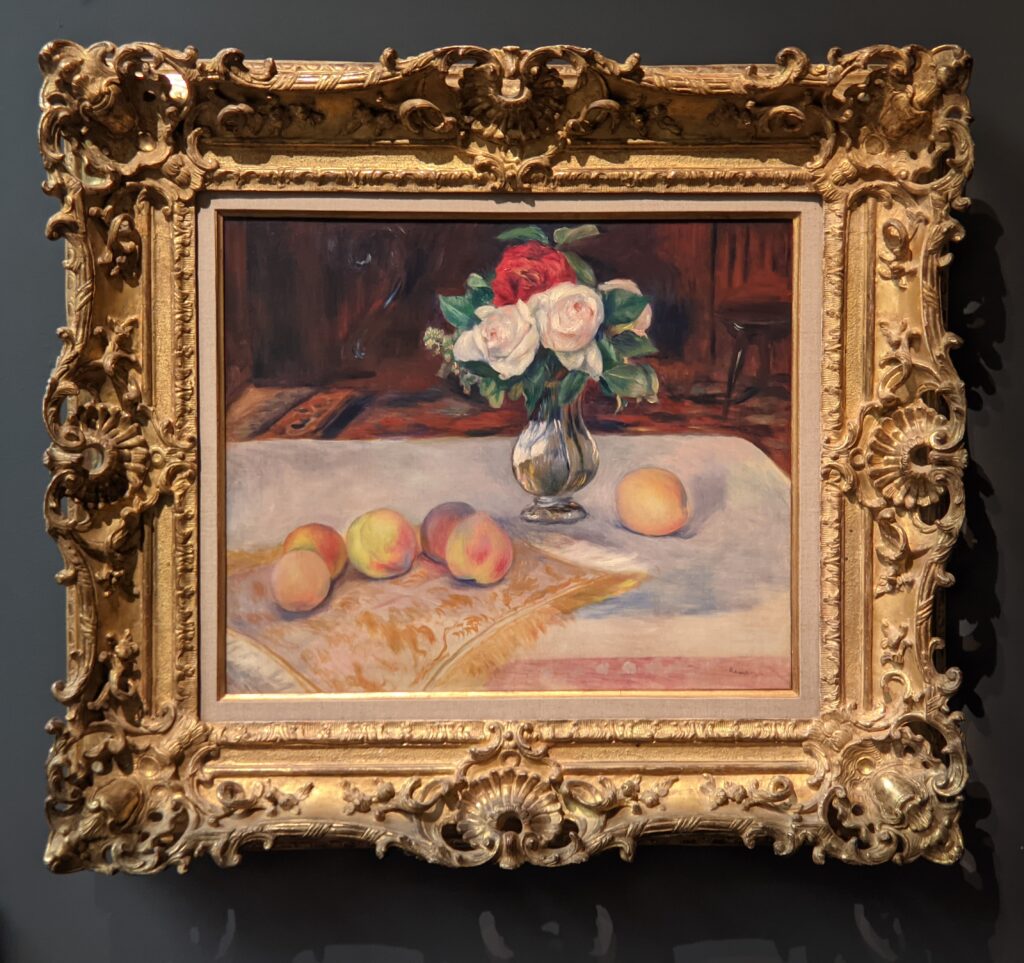
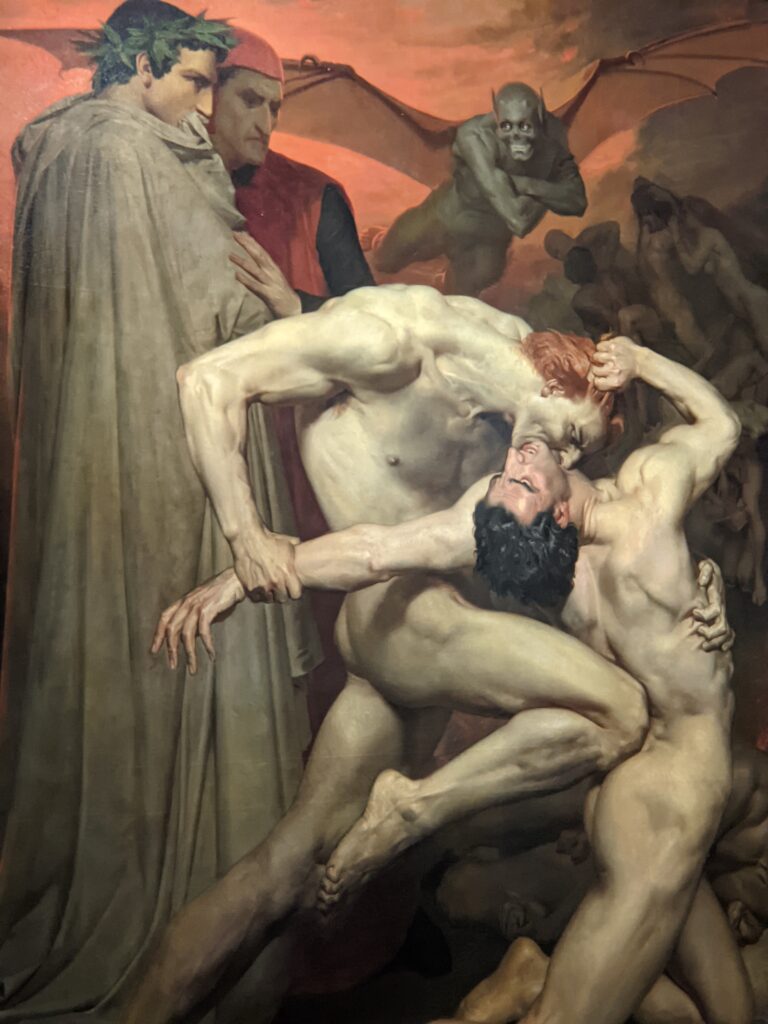
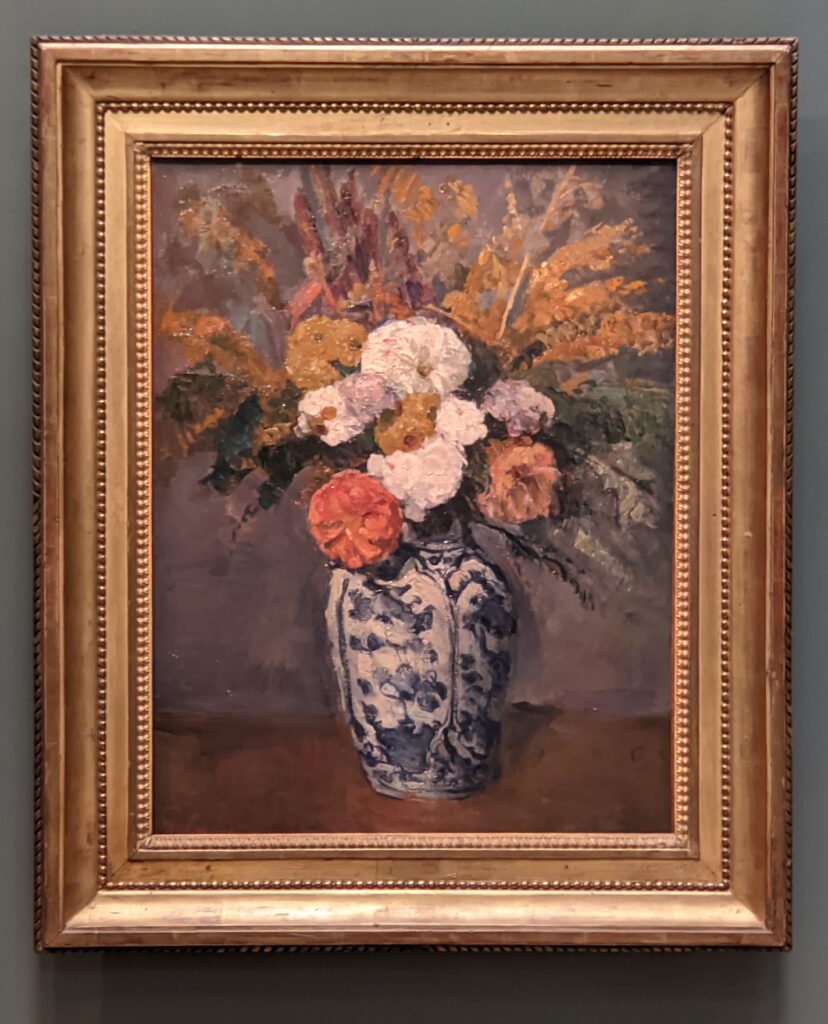
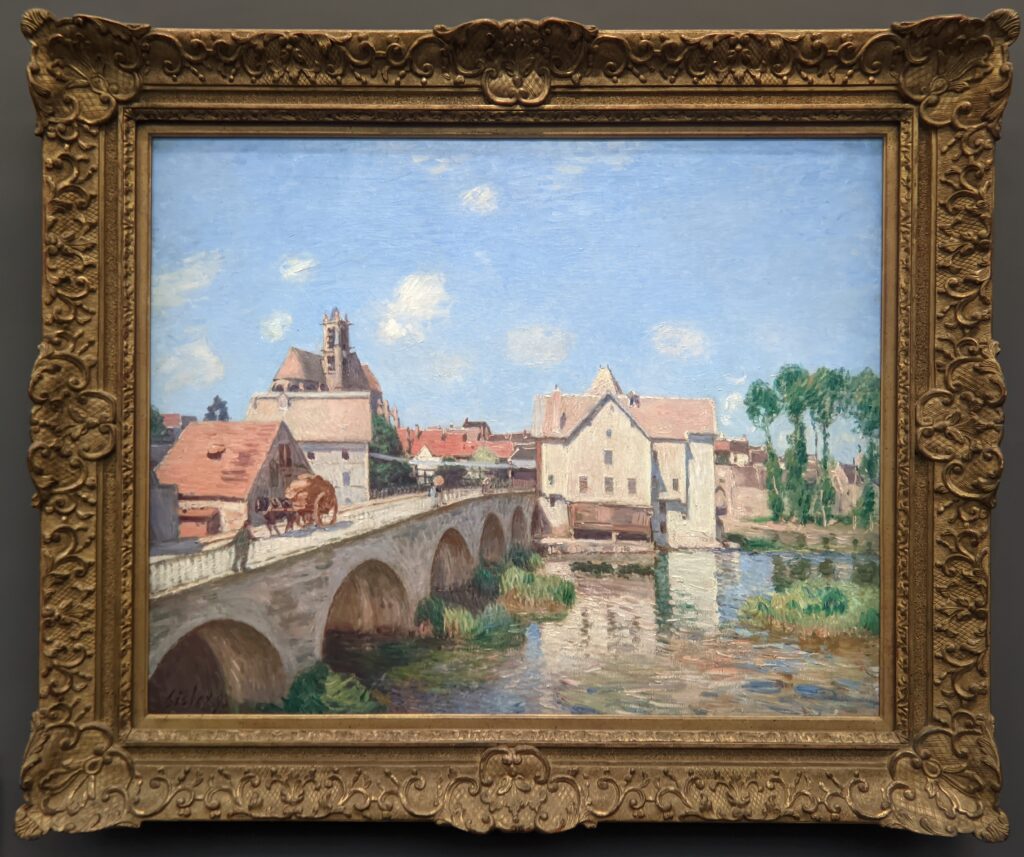
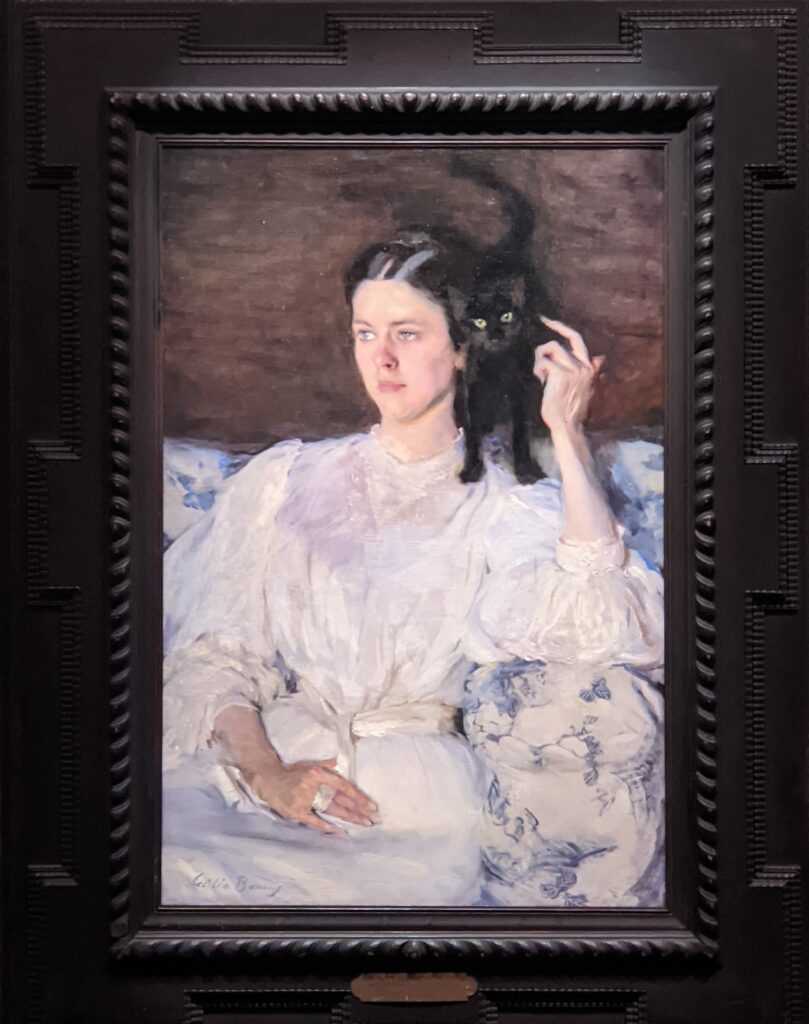
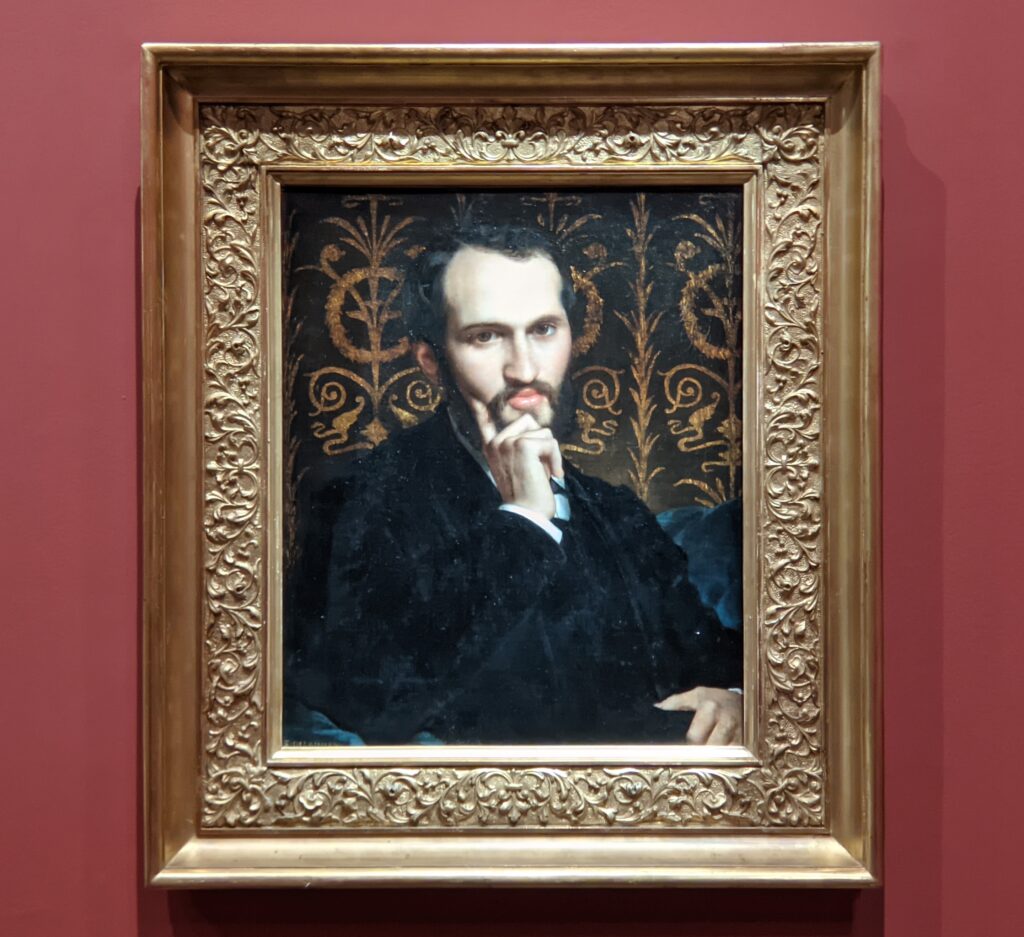
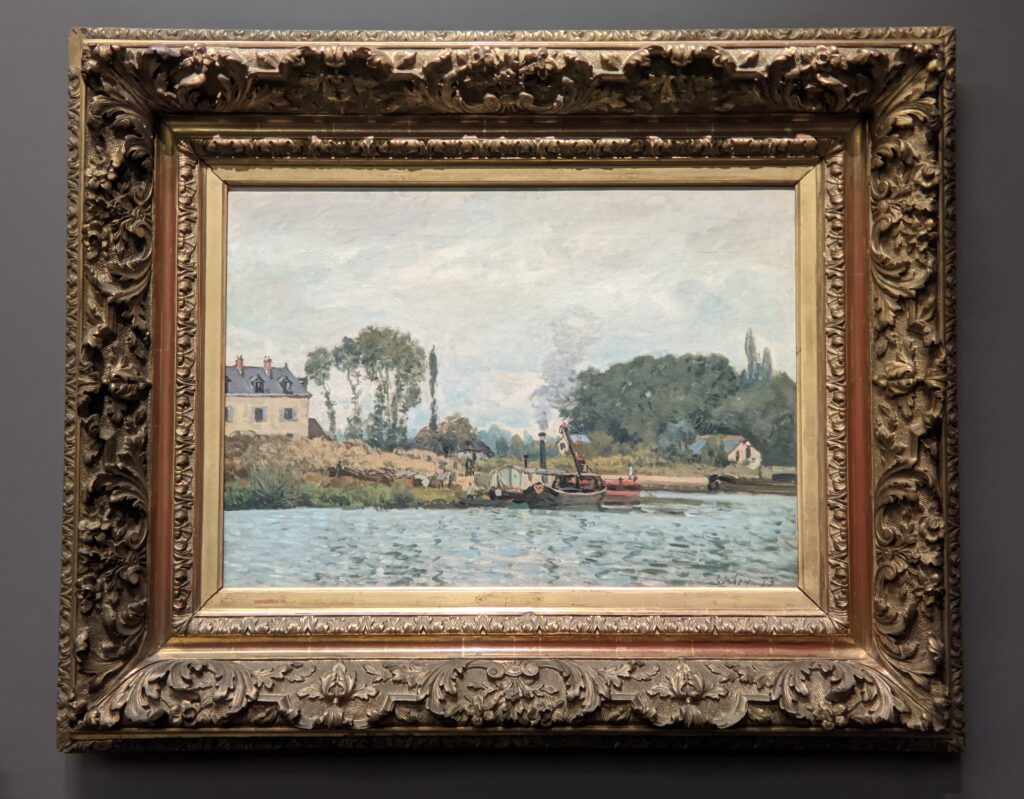
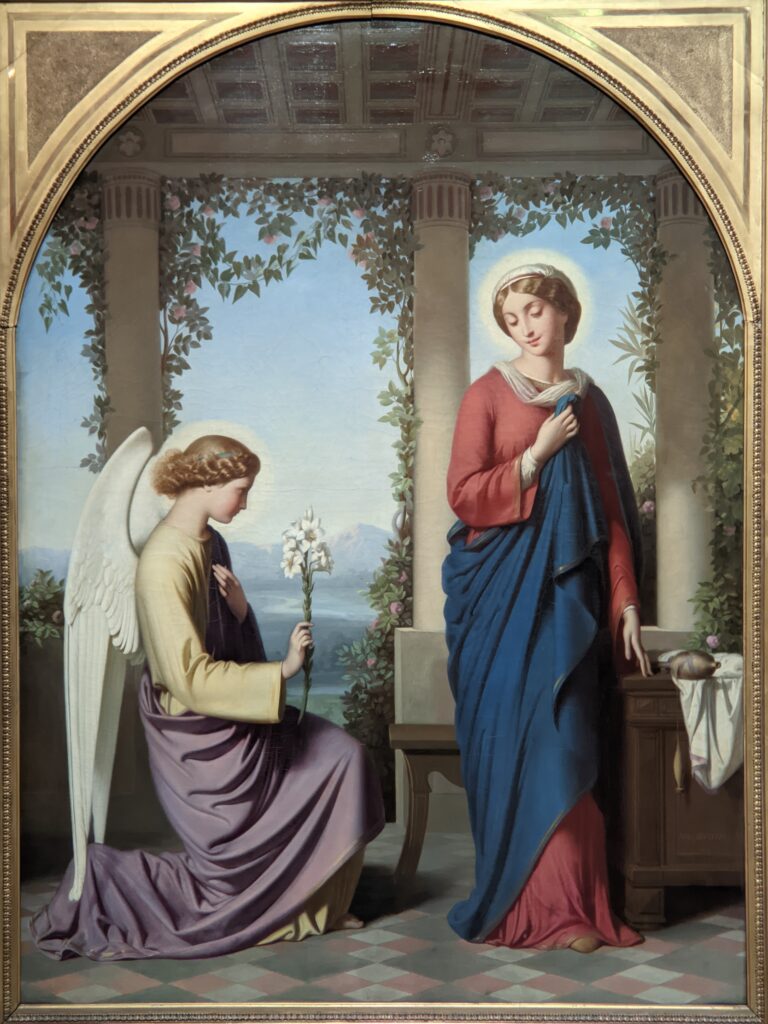
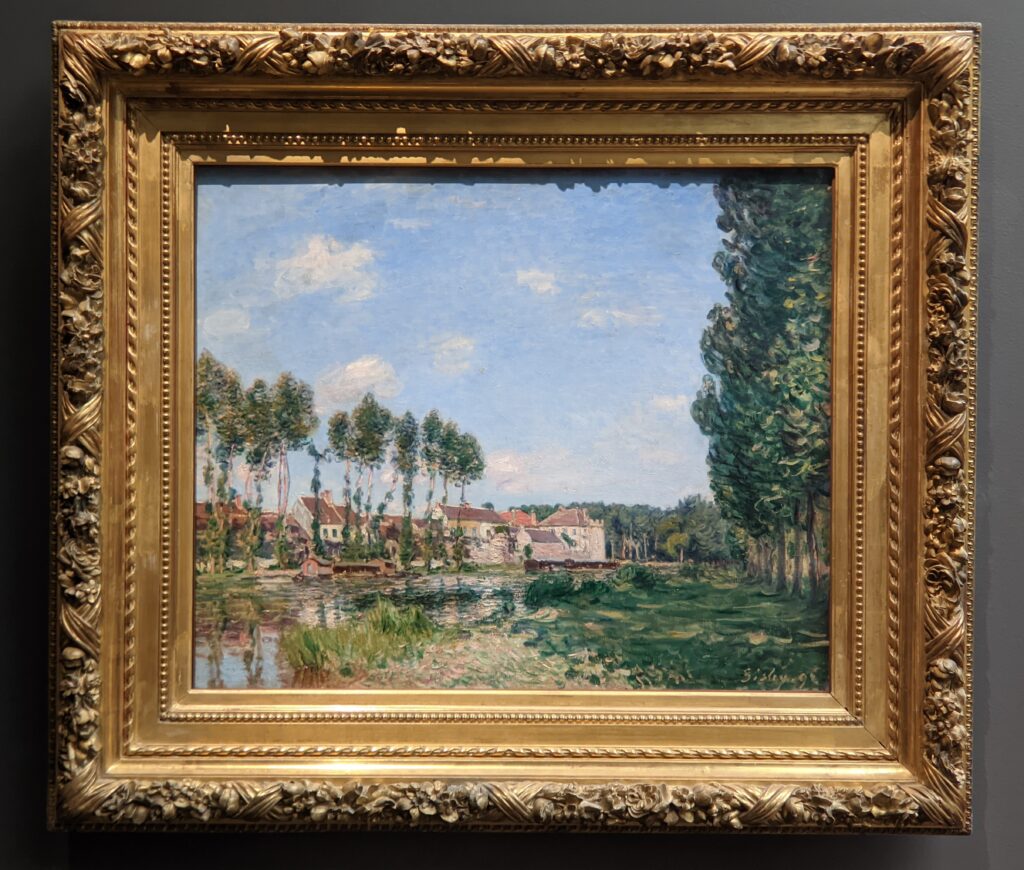
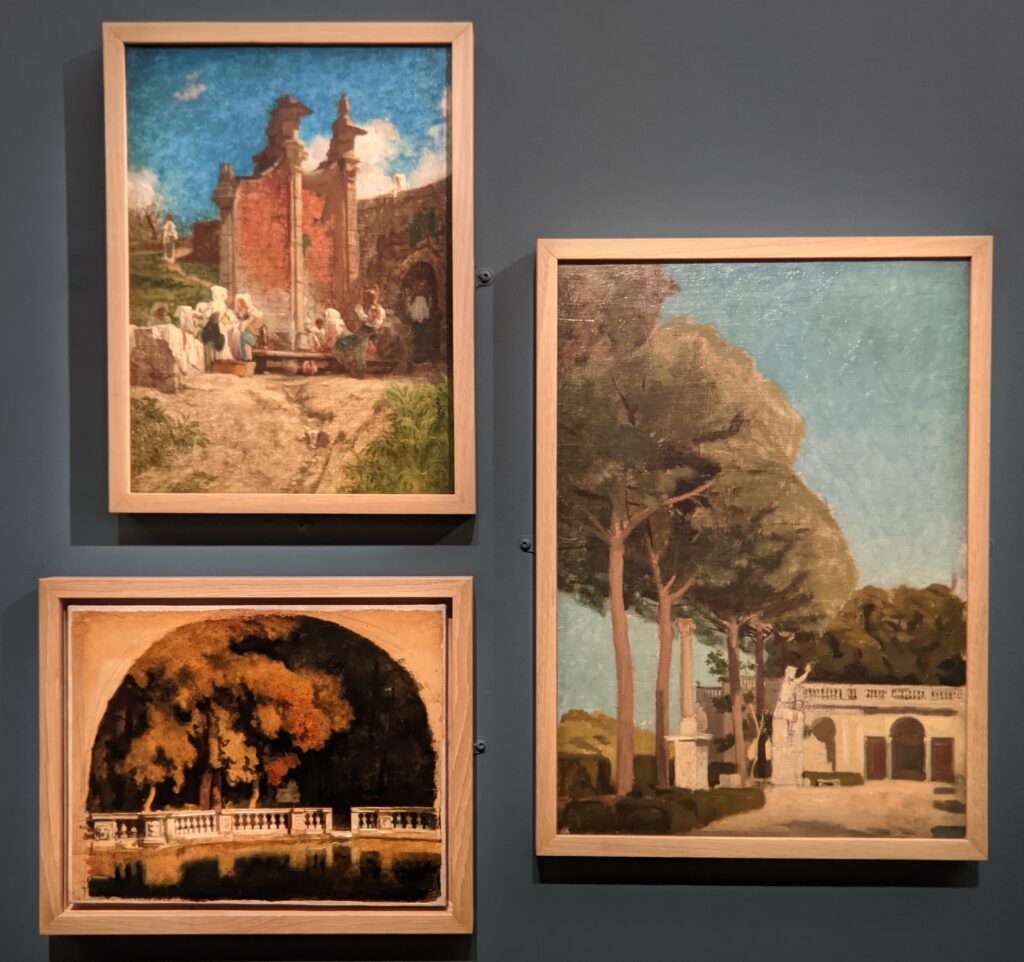
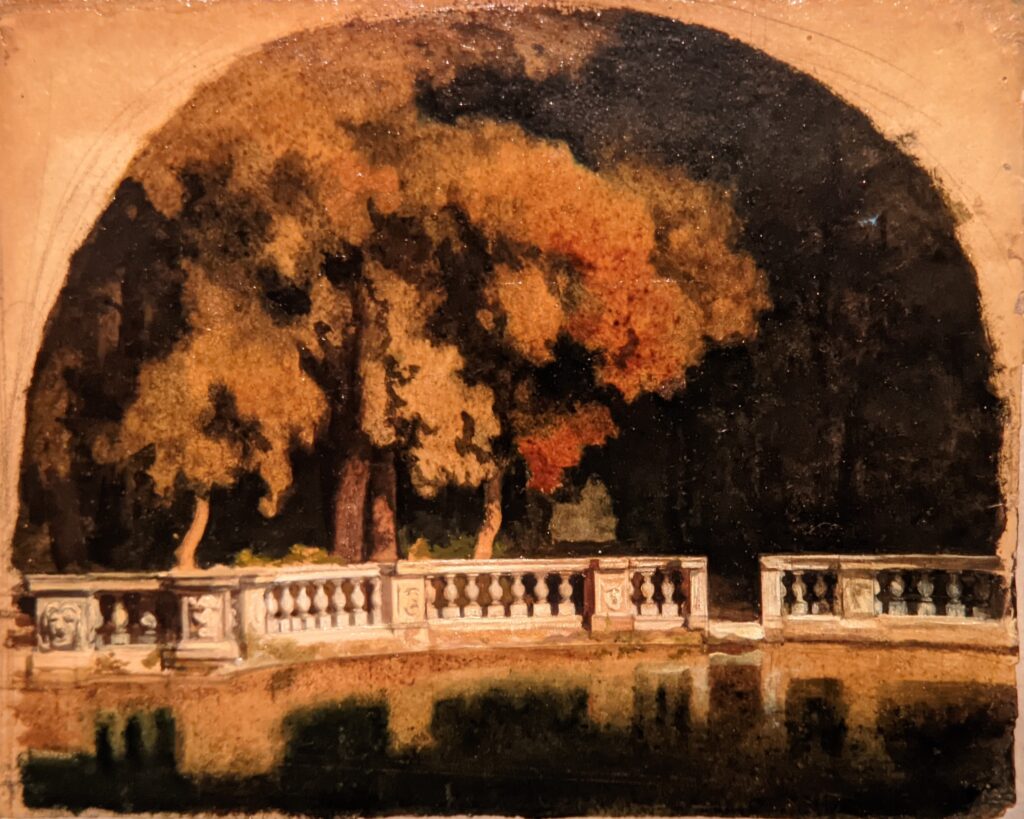
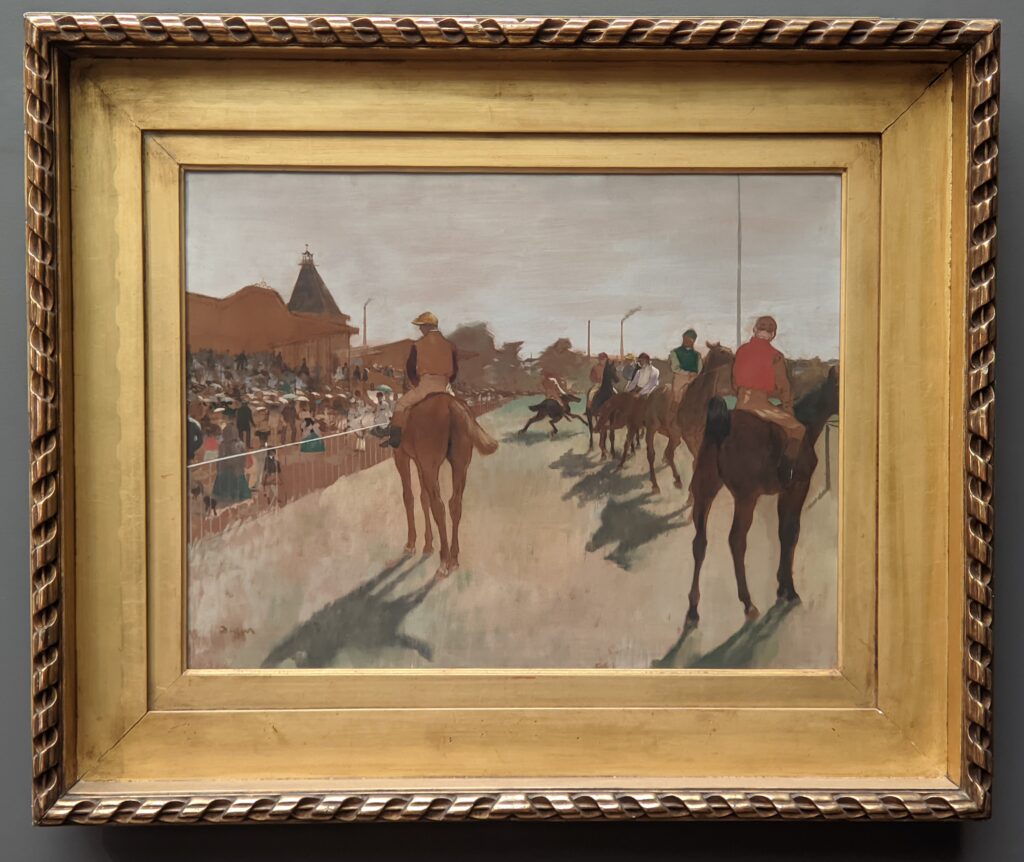
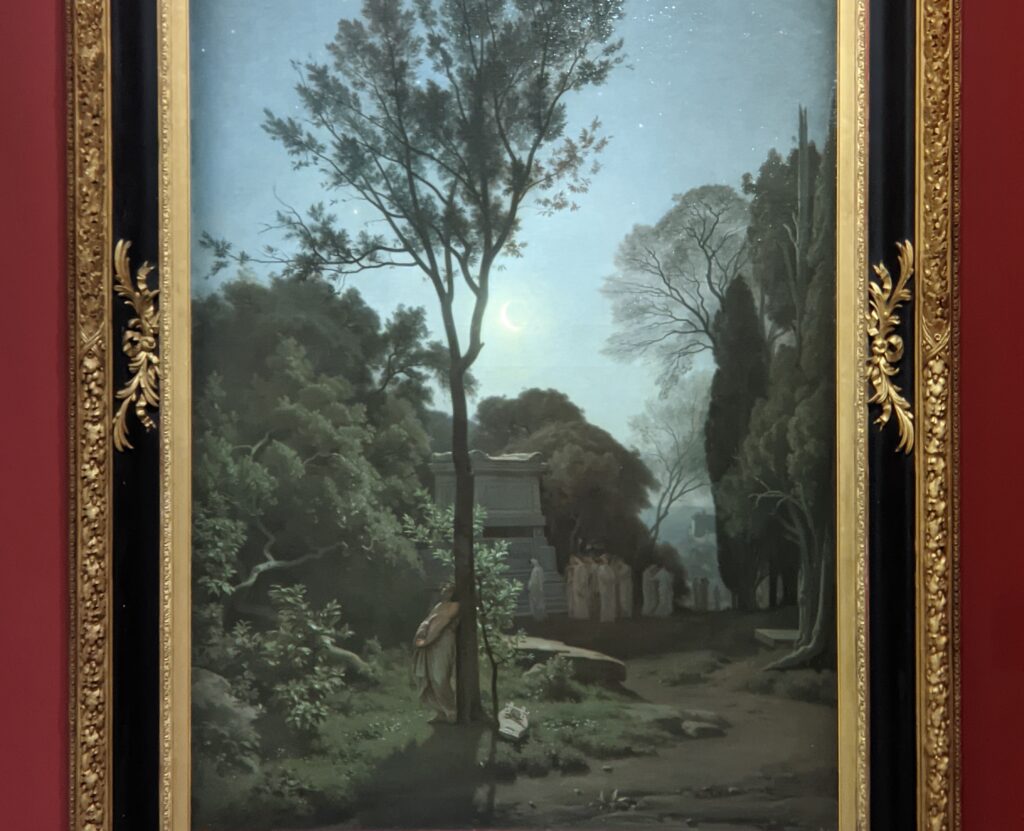
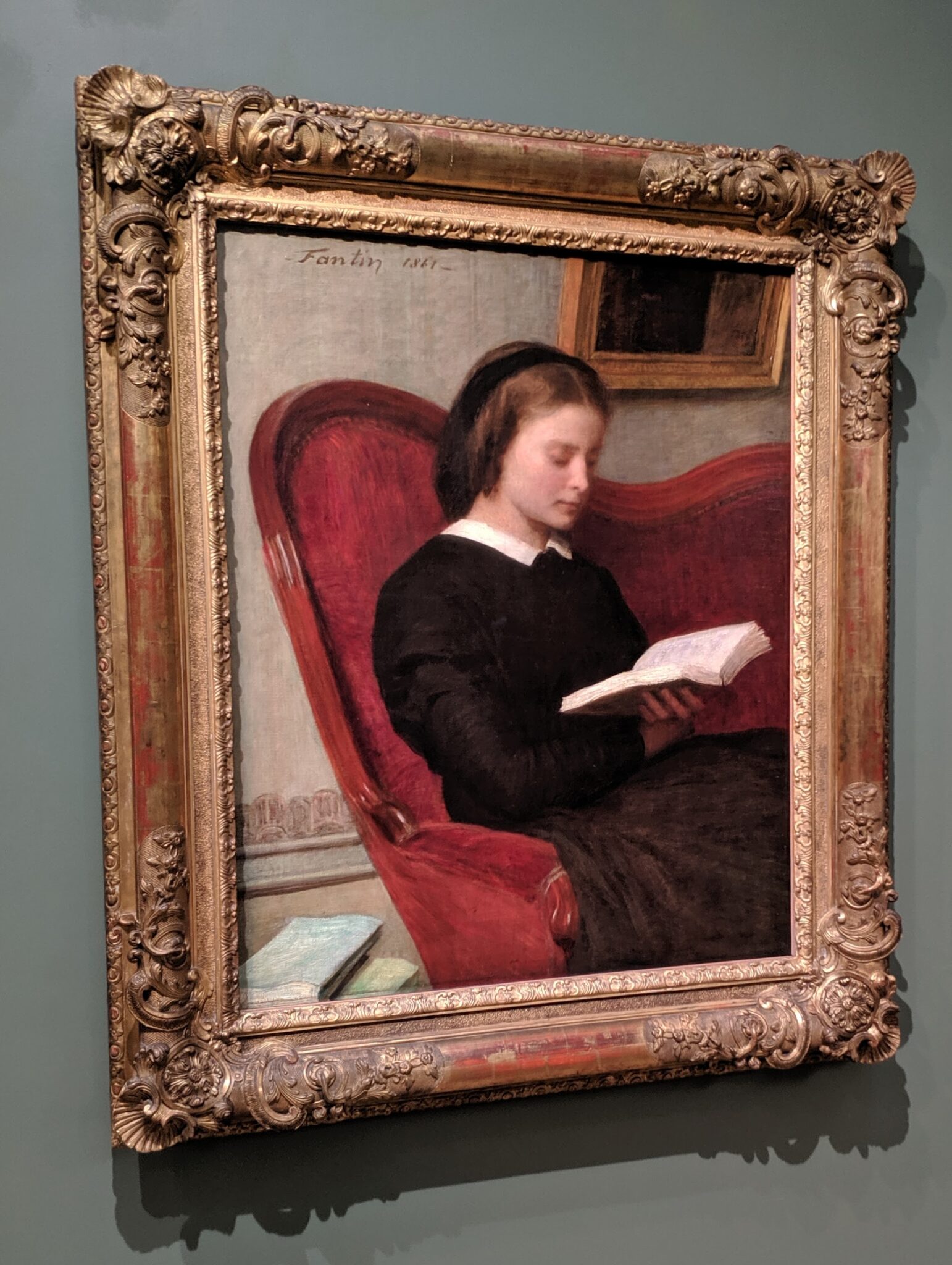
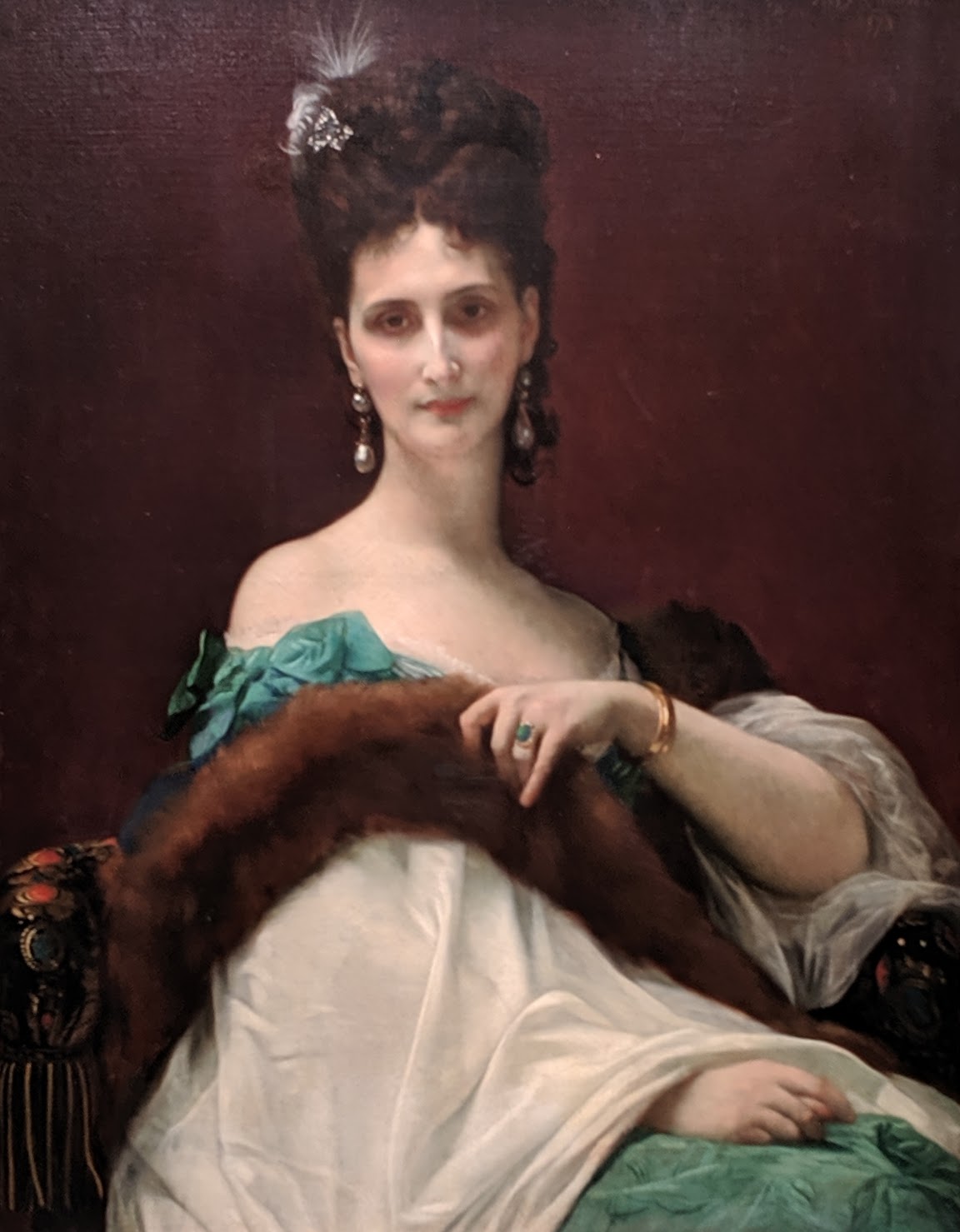
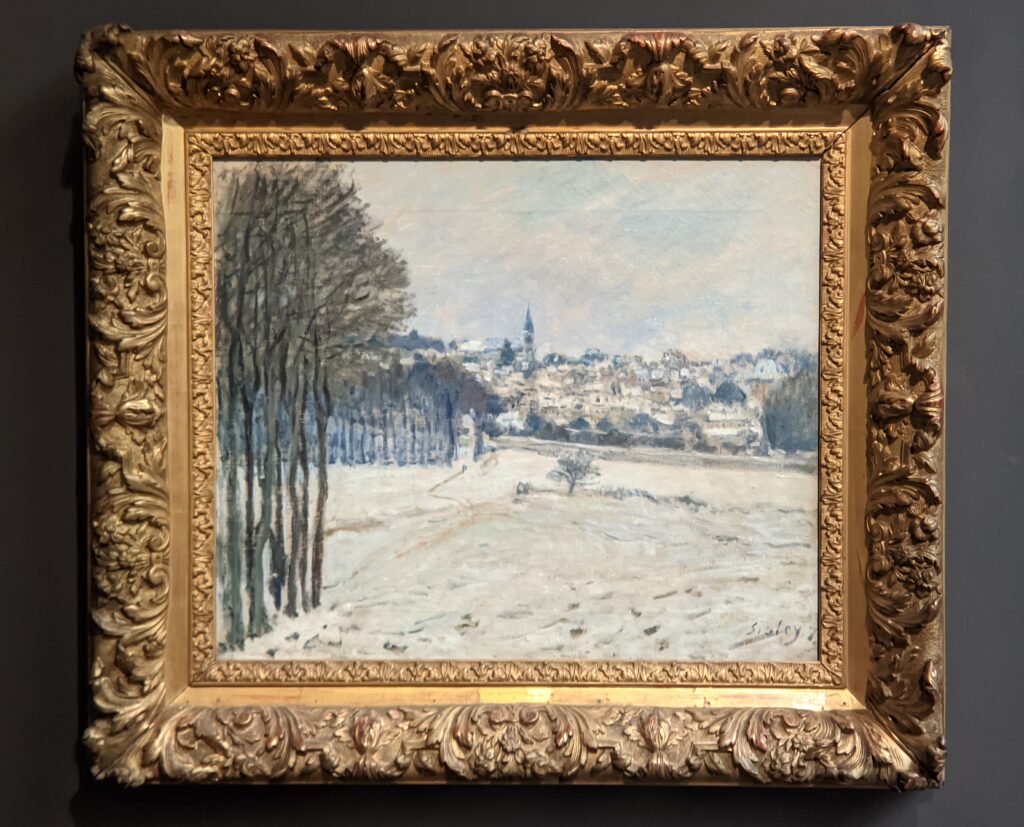
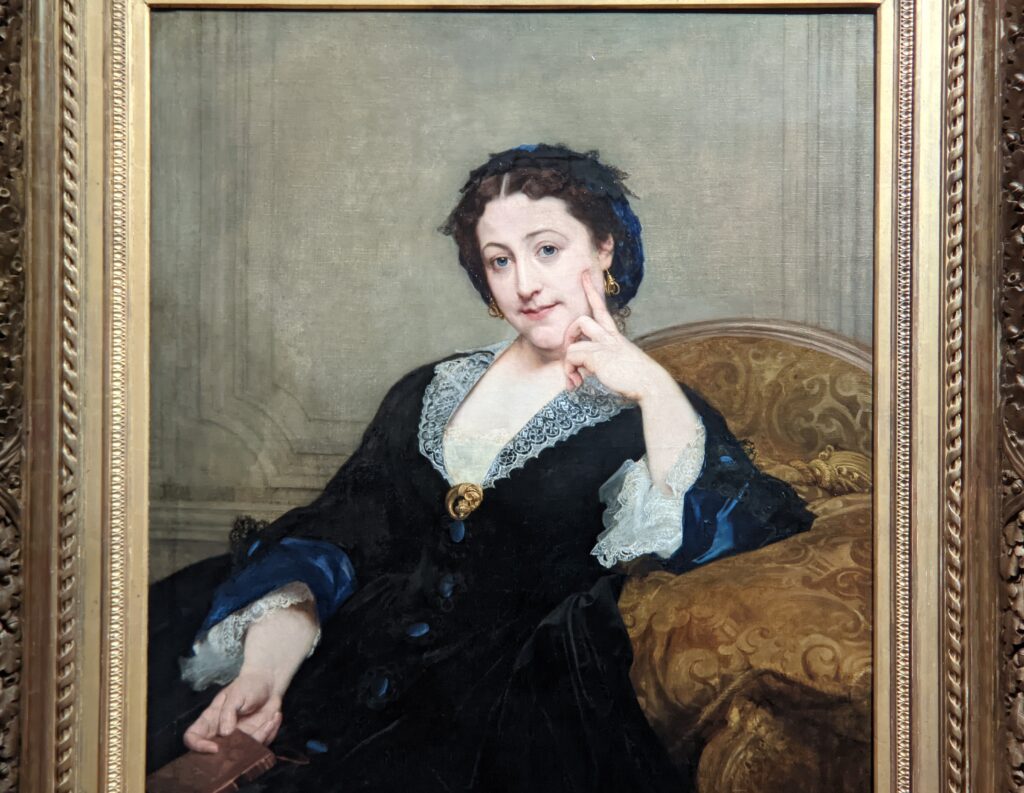
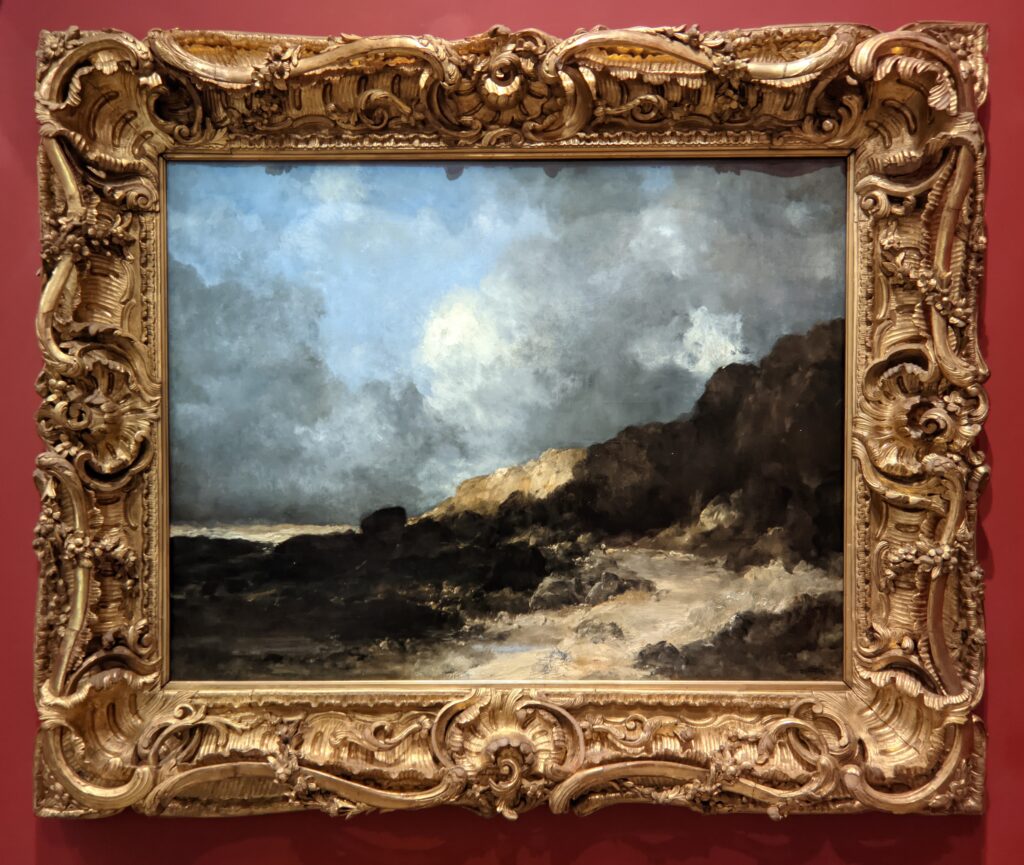
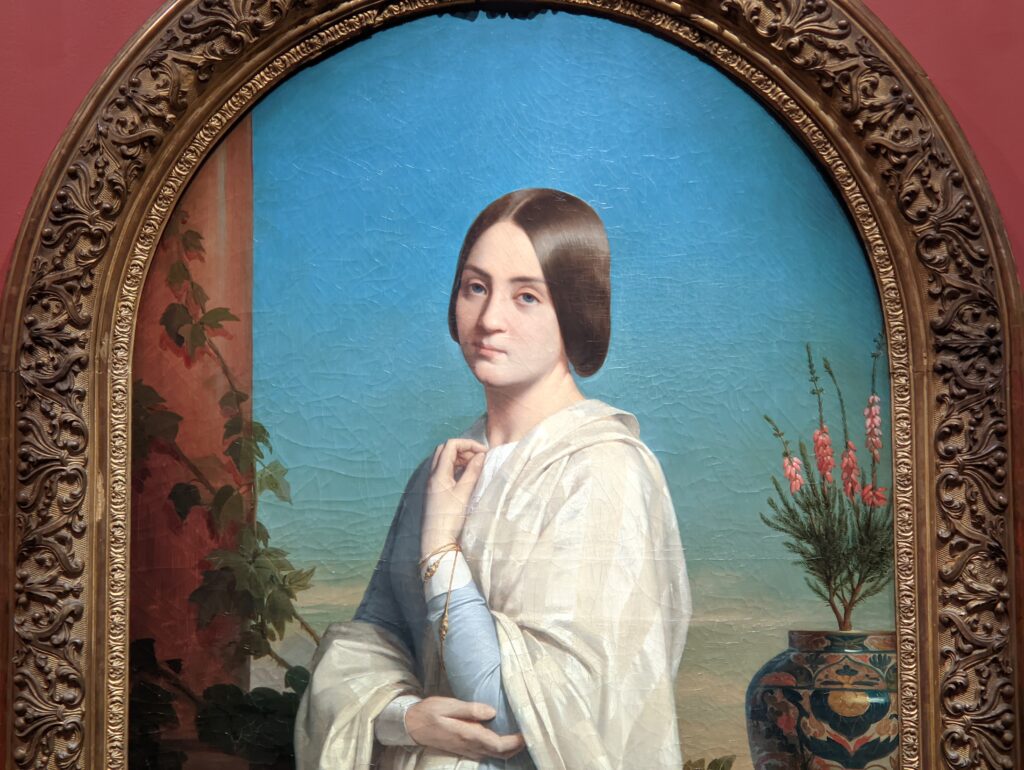
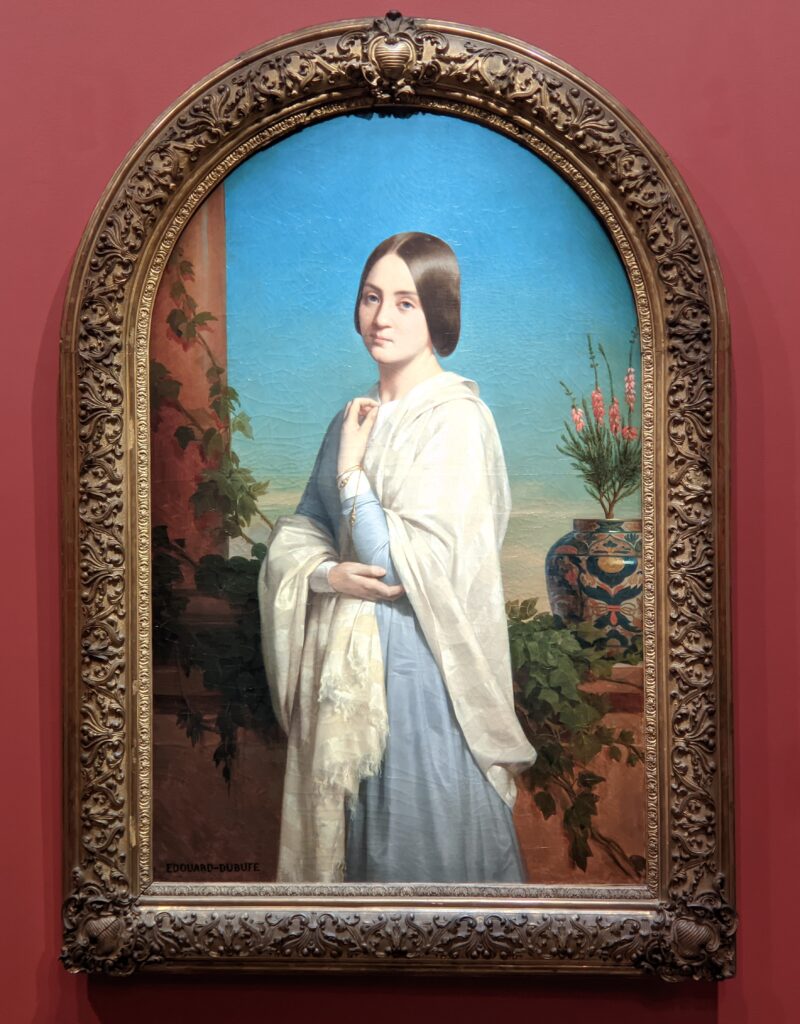
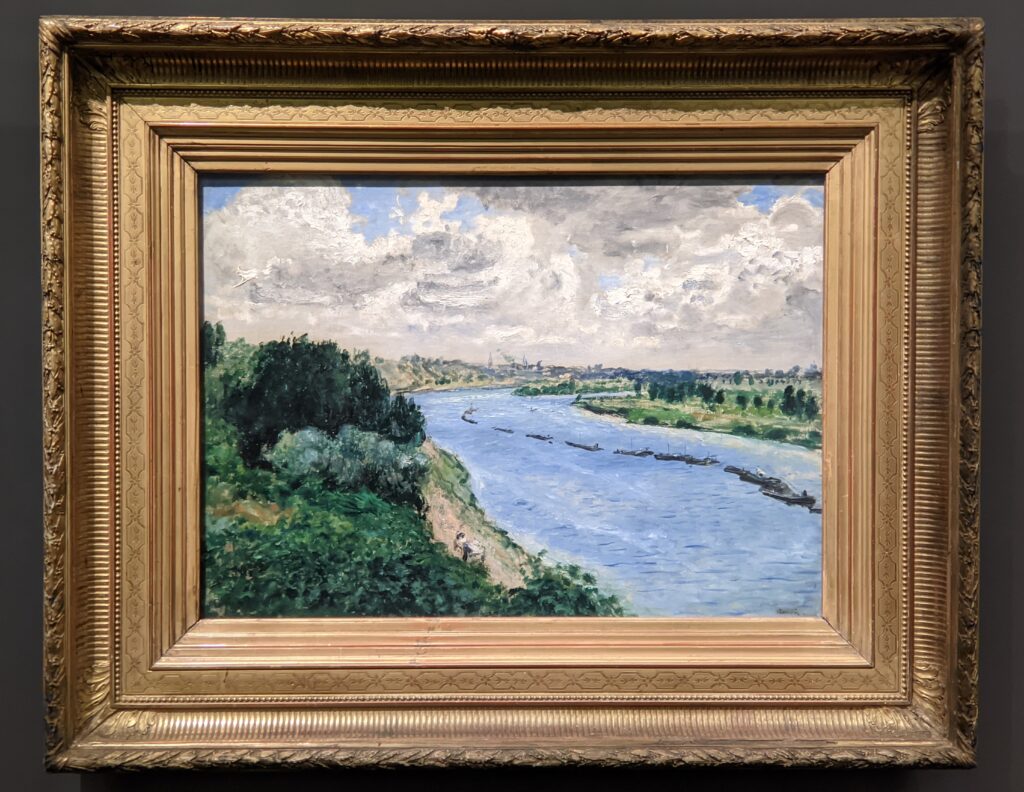
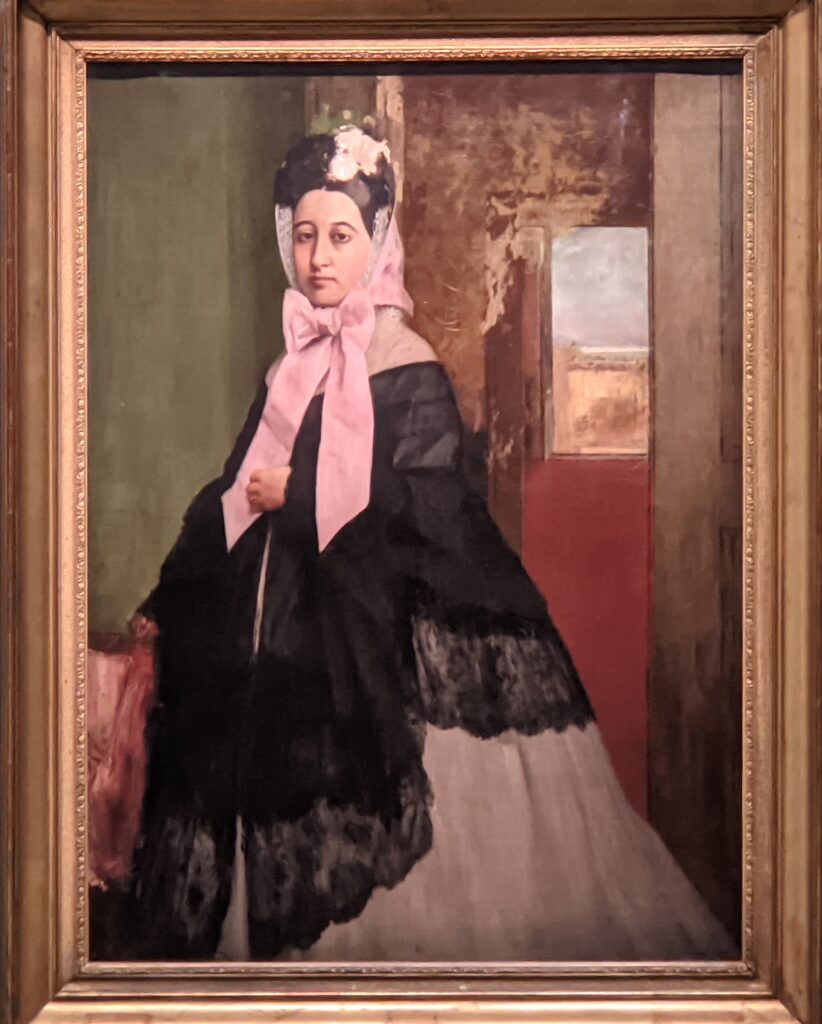
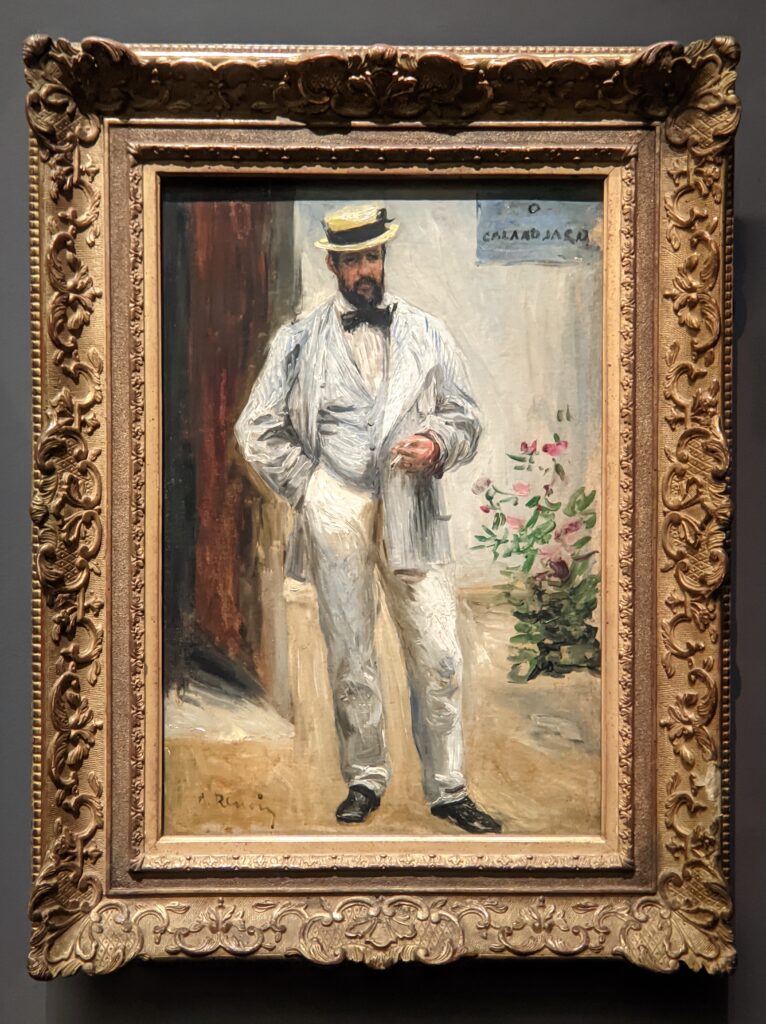
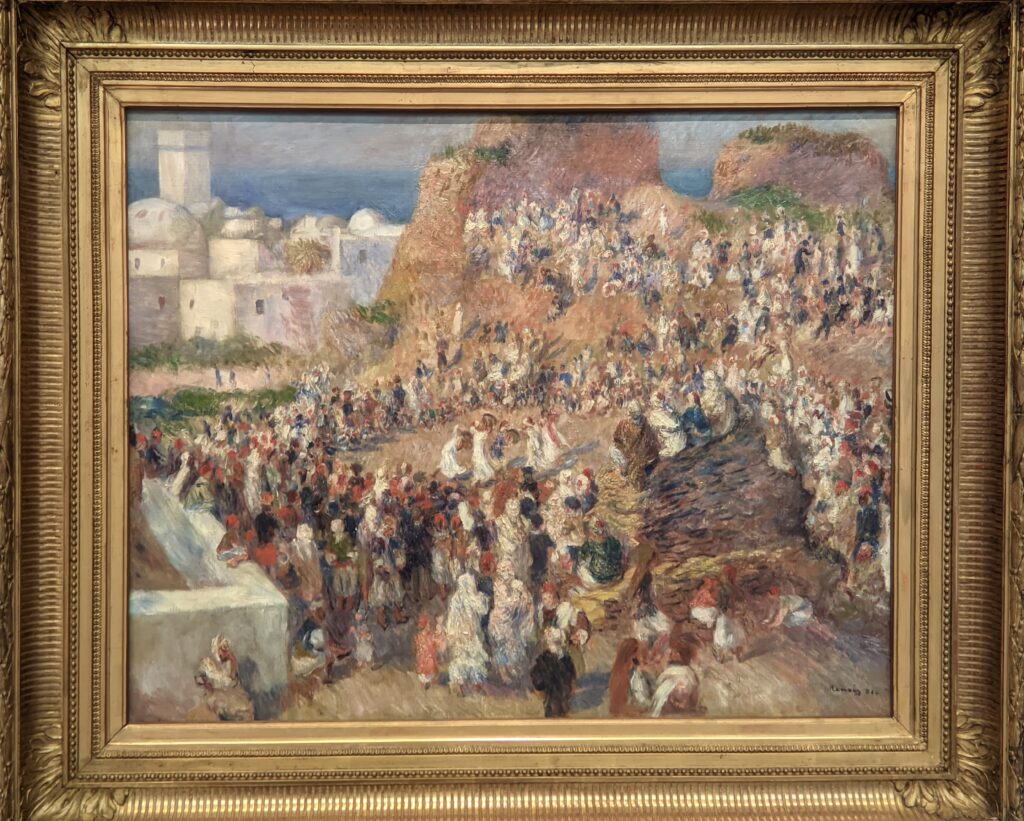
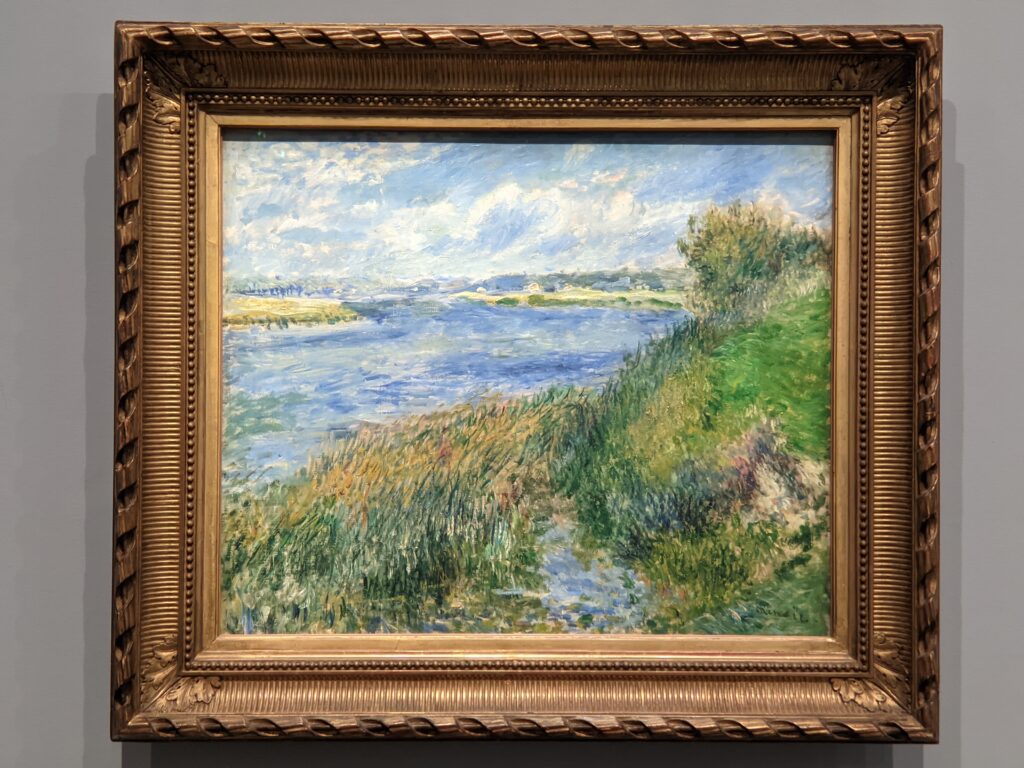
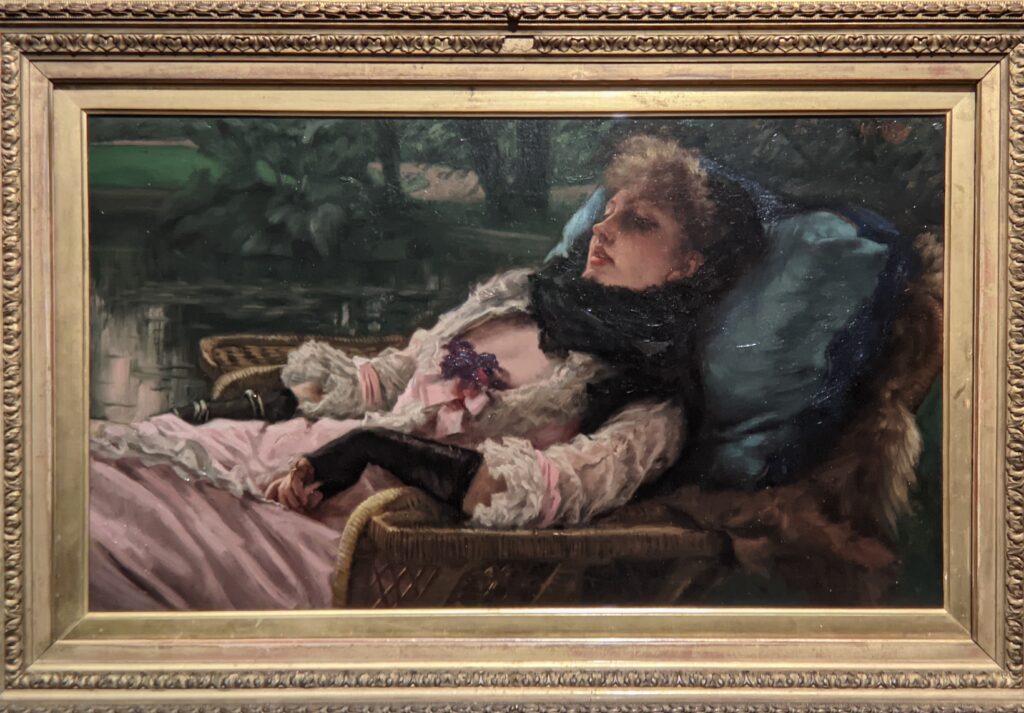
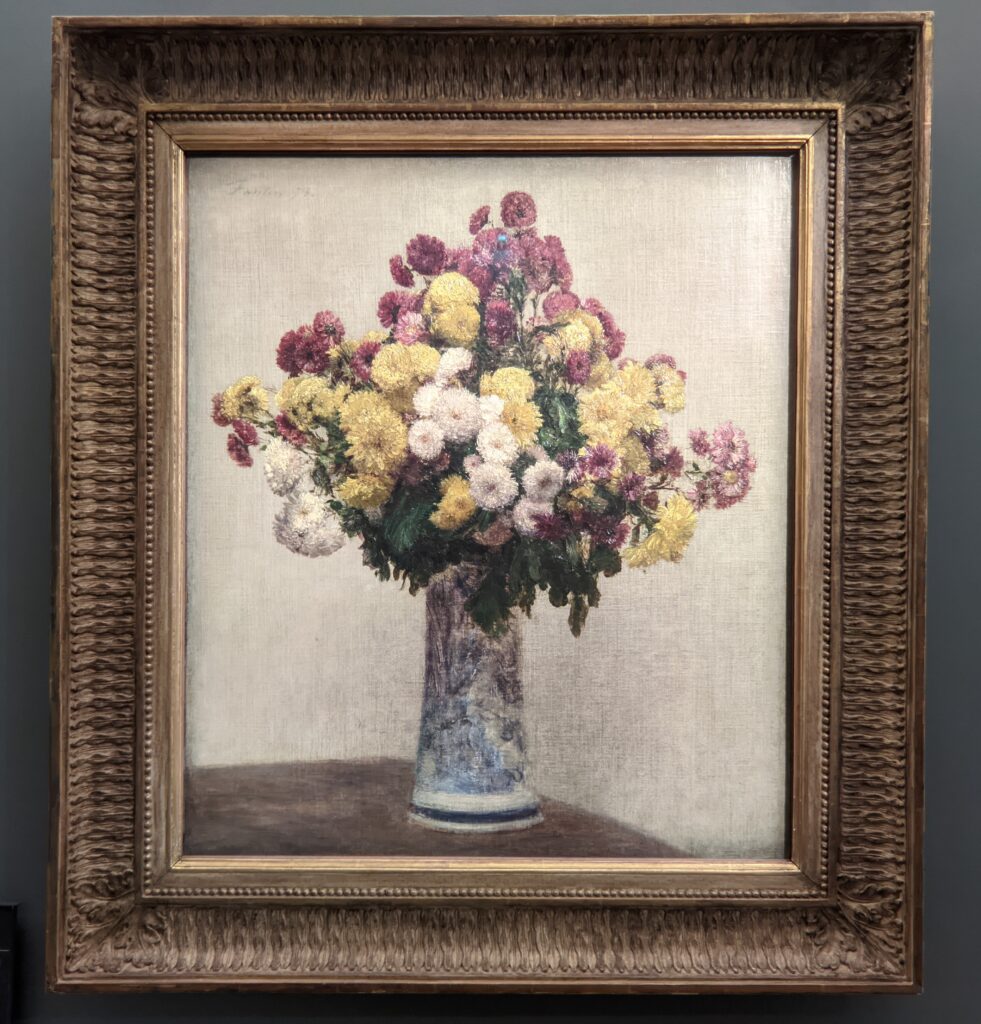
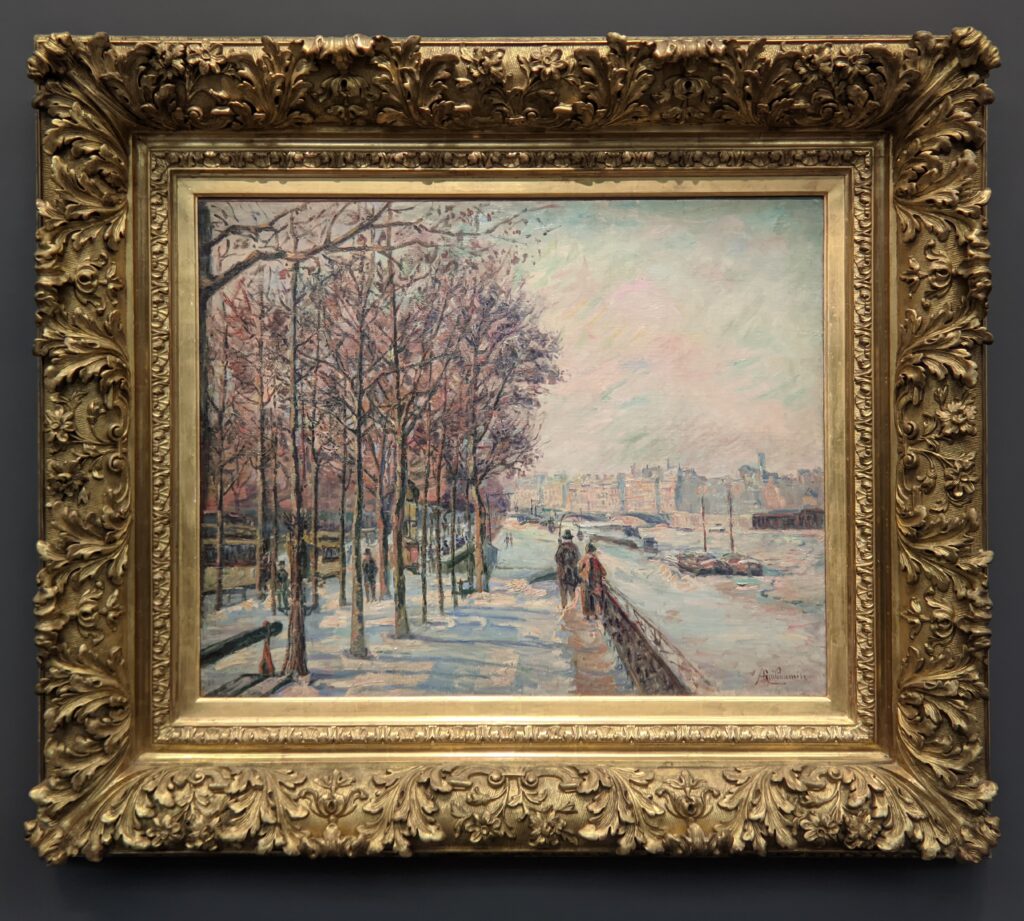
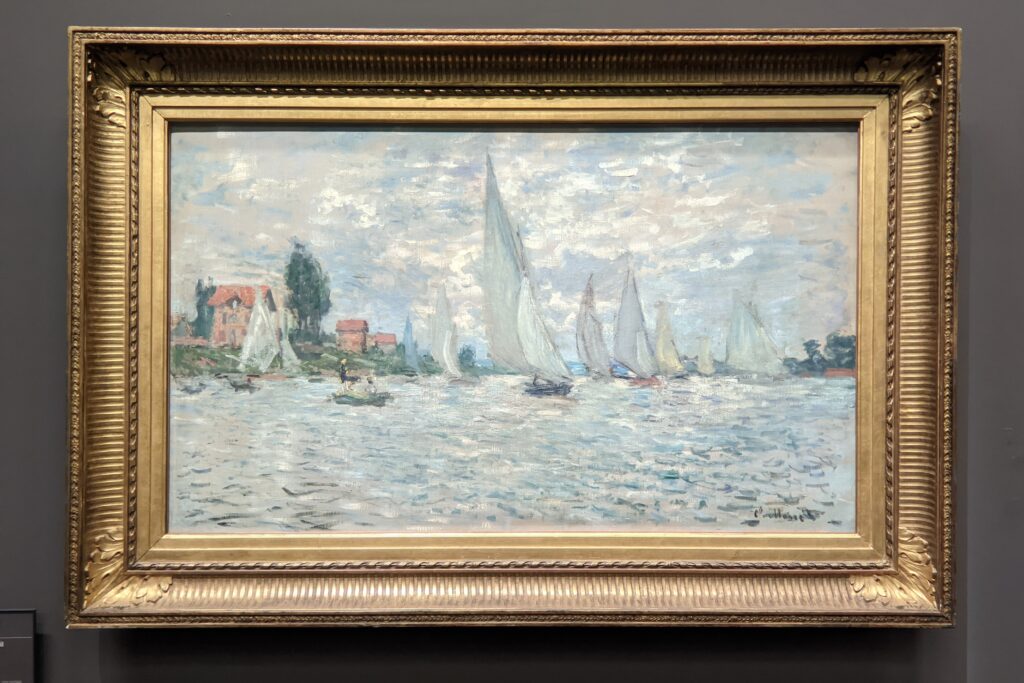
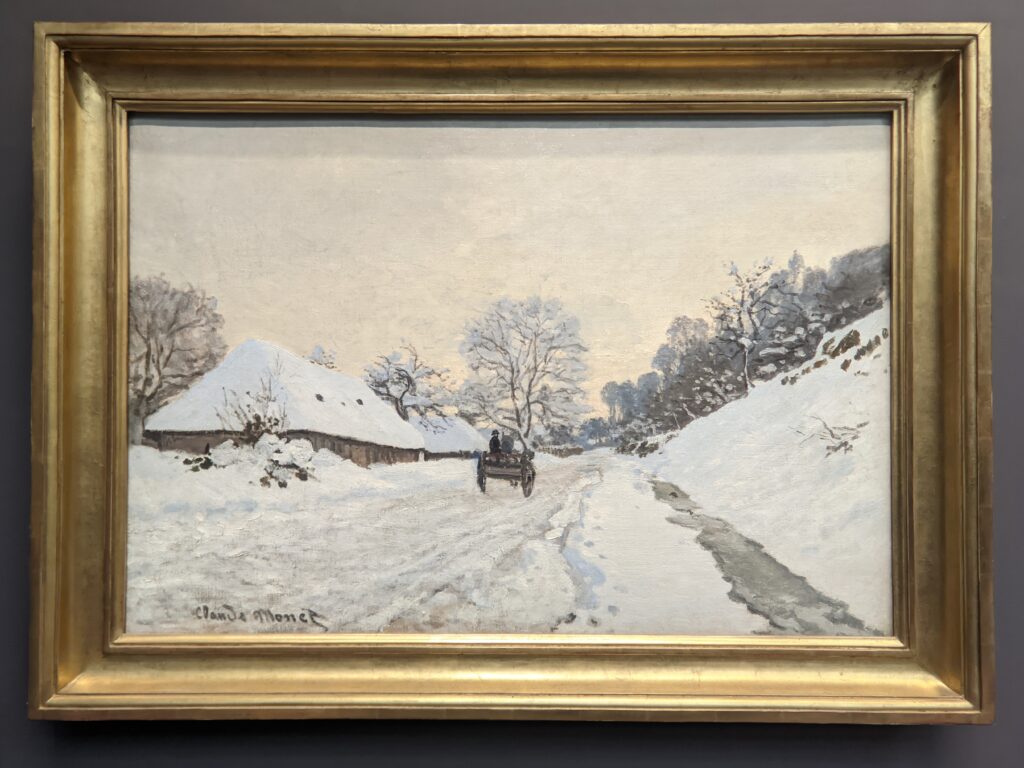
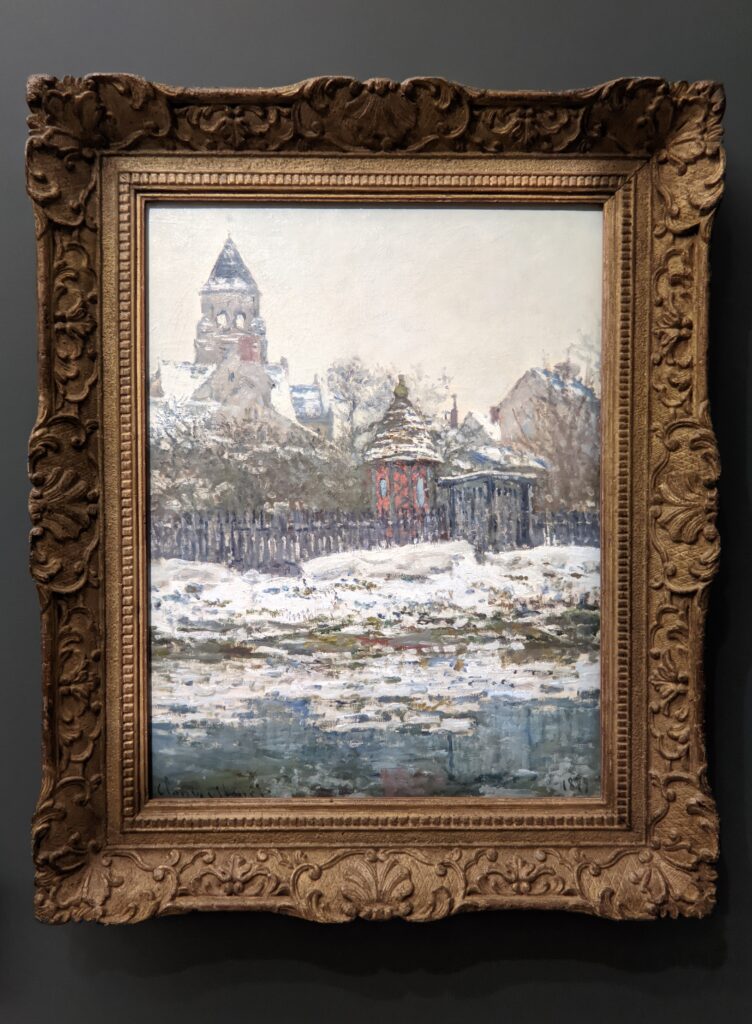
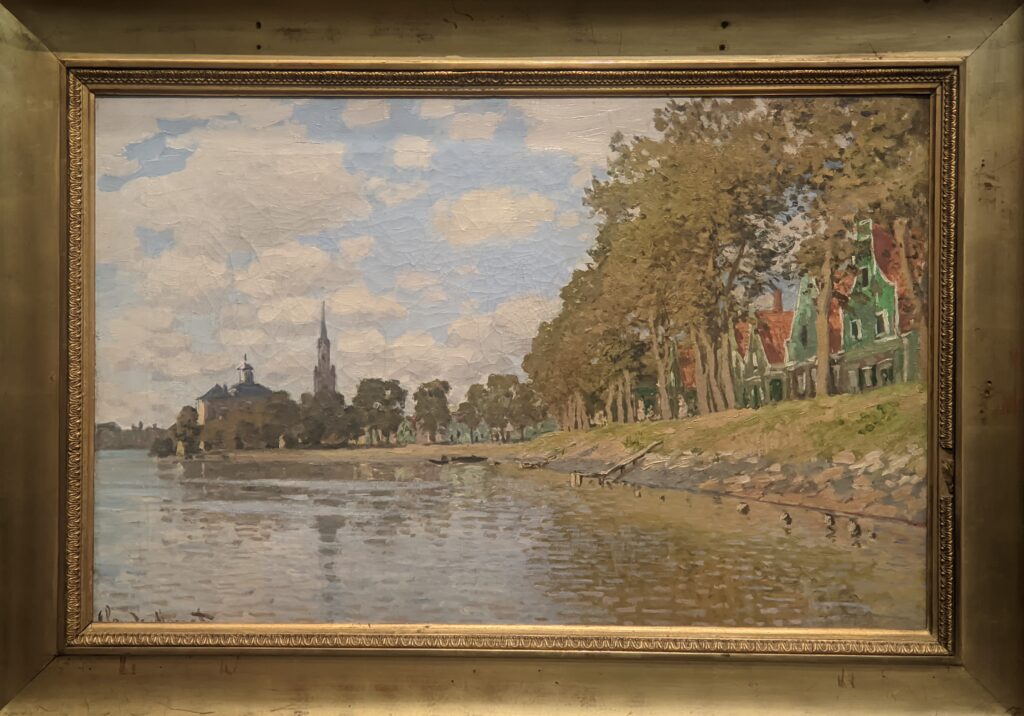
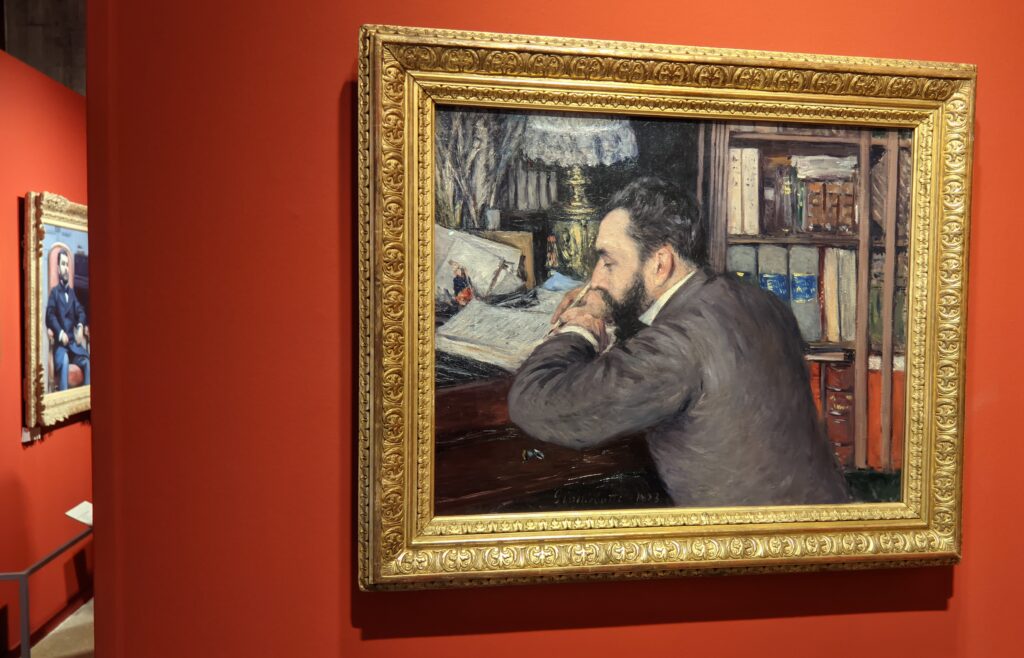
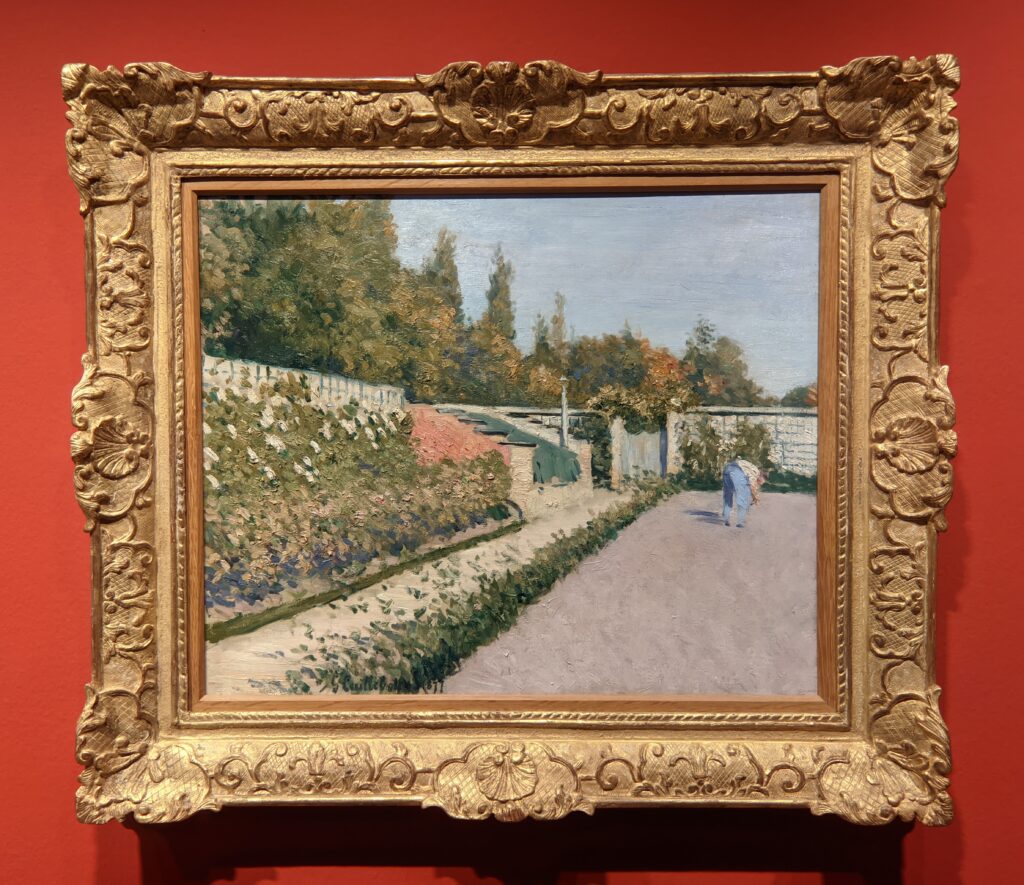
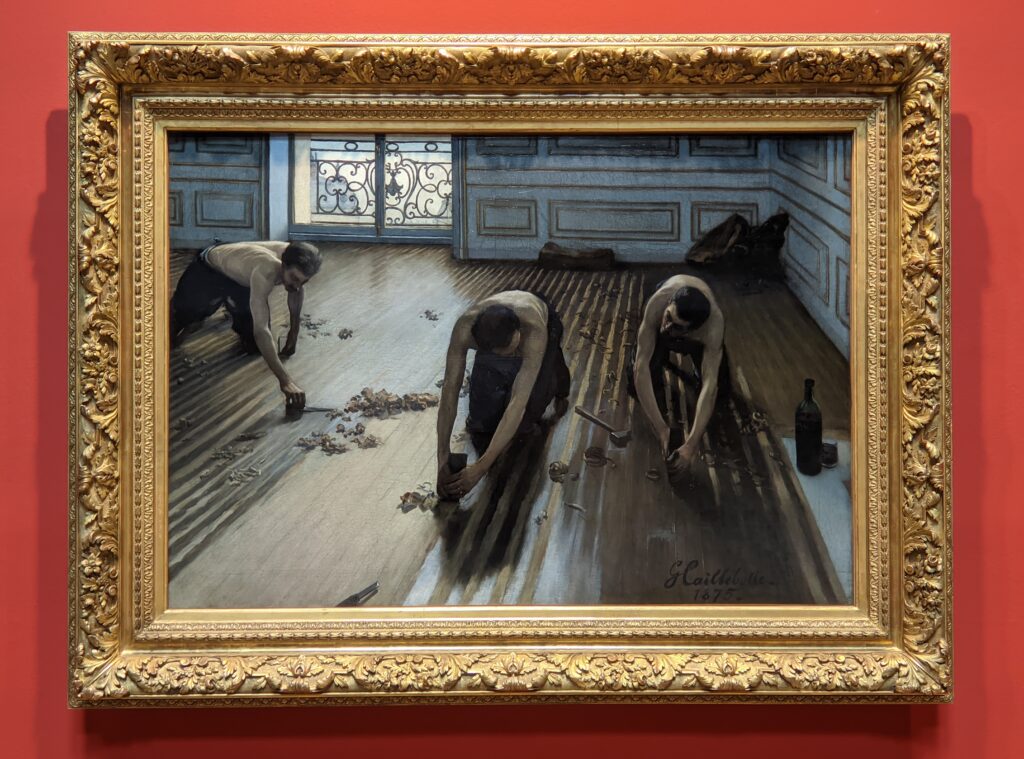
Below: View of the Louvre from the roof of the Musée d’Orsay.
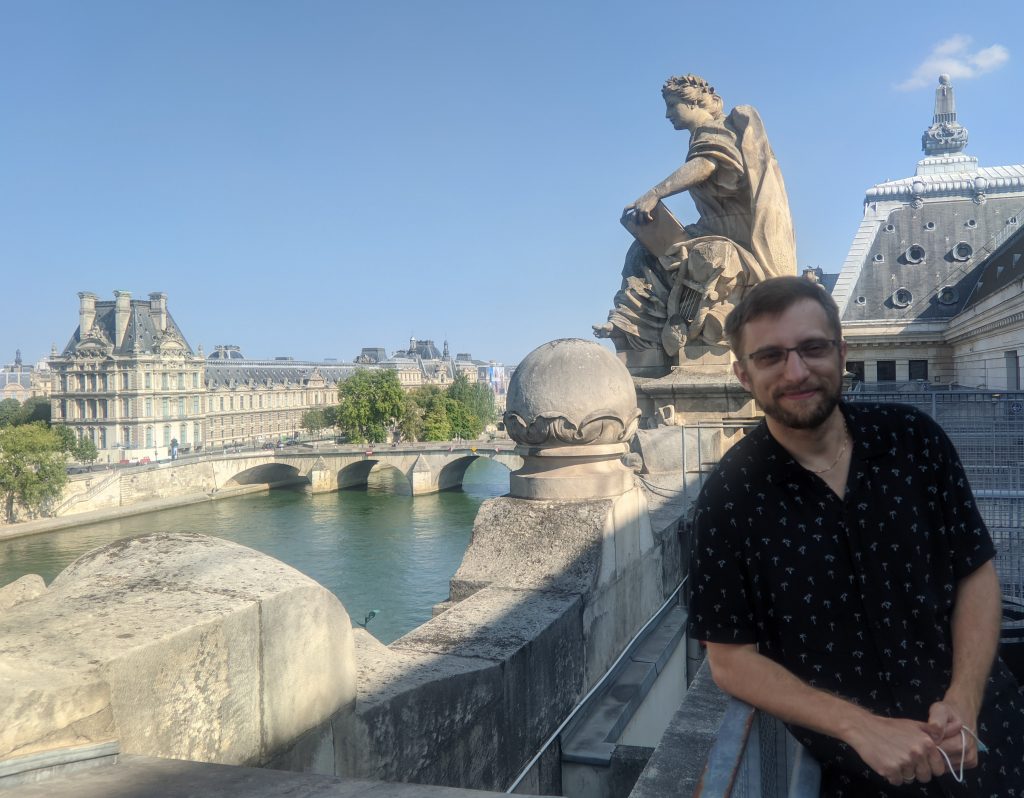
Exhibitions at the Musée d’Orsay
The Musée d’Orsay is continuing to shine new light on Norwegian painting. Following retrospectives devoted to Edvard Munch and Harriet Backer, the art of Christian Krohg is on display through July 27, 2025.


Christian Krohg got to know Gustave Courbet, Edouard Manet and the Impressionists during his stays in Paris, and was an admirer of both the realists and the bohemian artists of his day in France and Norway. Edvard Munch was one of Krohg’s pupils. In addition to his work as a painter and teacher, Krohg was also a writer and journalist who depicted the Scandinavian people’s condition with profound empathy: the world of work, poverty, and the injustices suffered by women.



“It often depends on the cropping,” Krohg would say throughout his career. For Christian Krohg, the image should not be assembled in terms of perspective. He painted in intense proximity to his subjects, particularly in his paintings of women and sailors. In this way, Krohg eschewed the landscape in favor of close-ups of the action. The empathy Krohg felt for his models was the vehicle he chose to reach the widest possible audience, in order to realize his ideal: “working for human progress.”





Through his motto “It’s all a question of framing,” Krohg gave his paintings a feeling of immediacy, and made empathy for society’s most vulnerable members a central theme in his art.






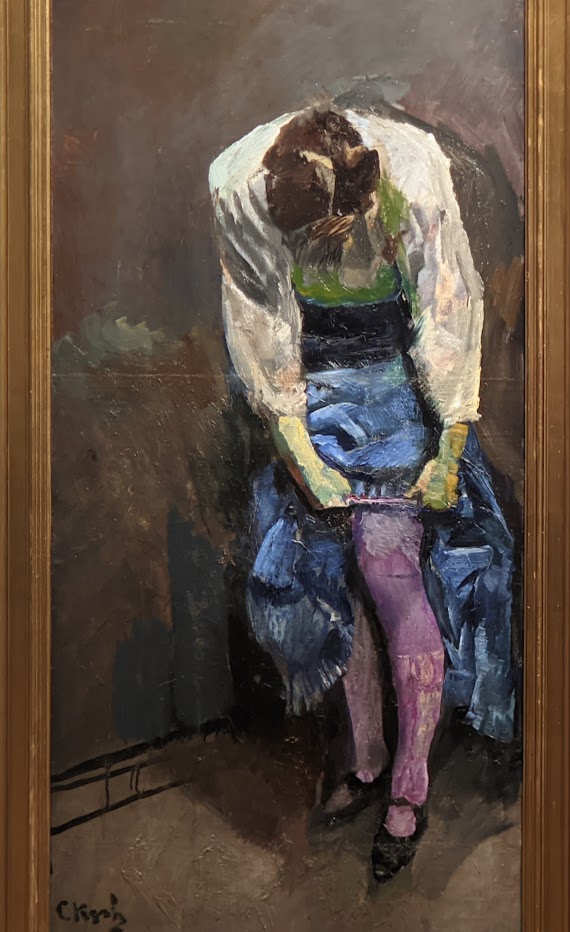



Decorative Arts, Ceramics, Art Nouveau Furniture & Pastels
During your visit to the Musée d’Orsay, we strongly suggest you stop by the information desk to learn where you will be able to find Objets d’Art: ceramics, enamels, glassware, gold work, and furniture on display — including pastels by Lucien Levy-Dhurmer (below).
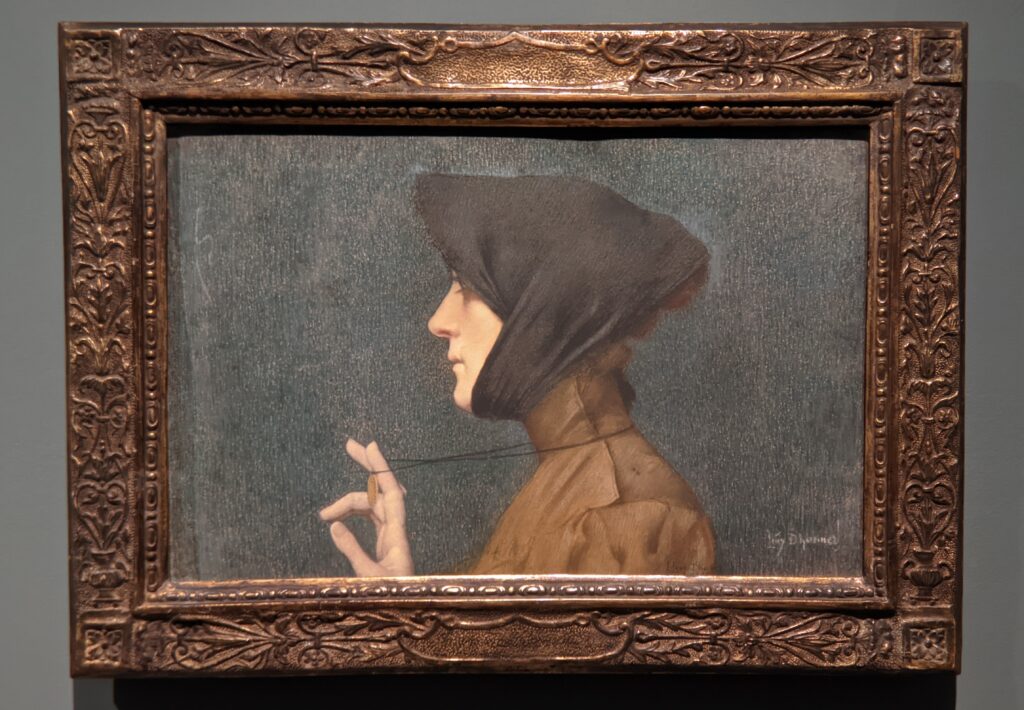
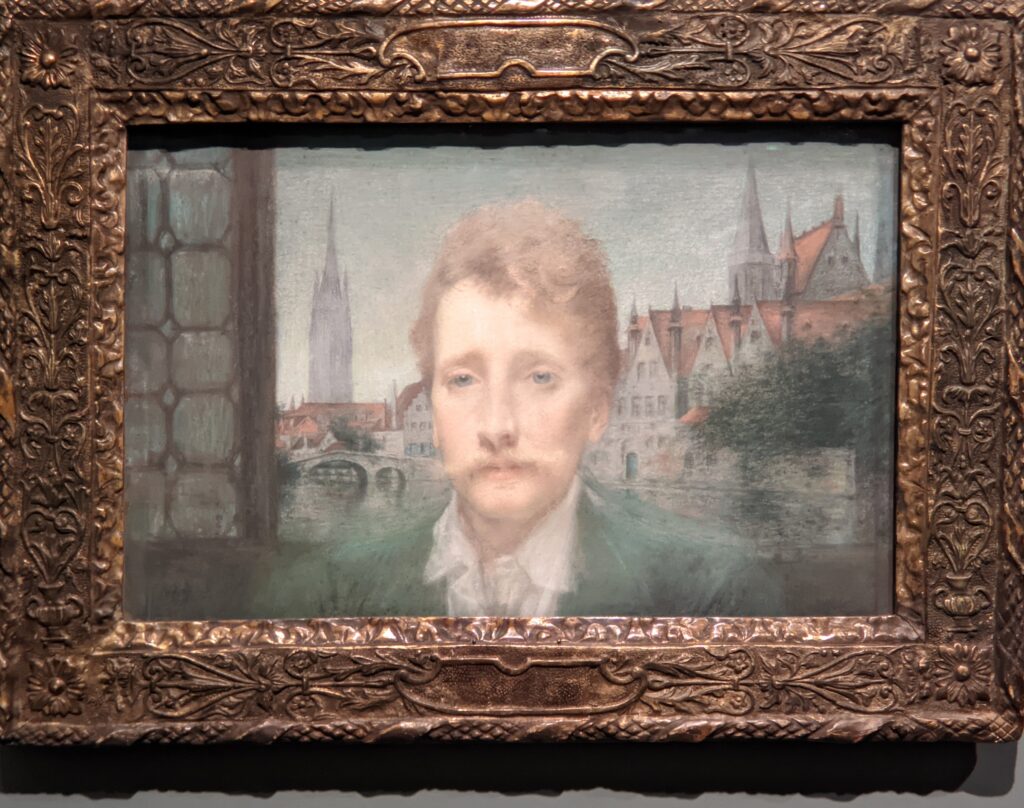
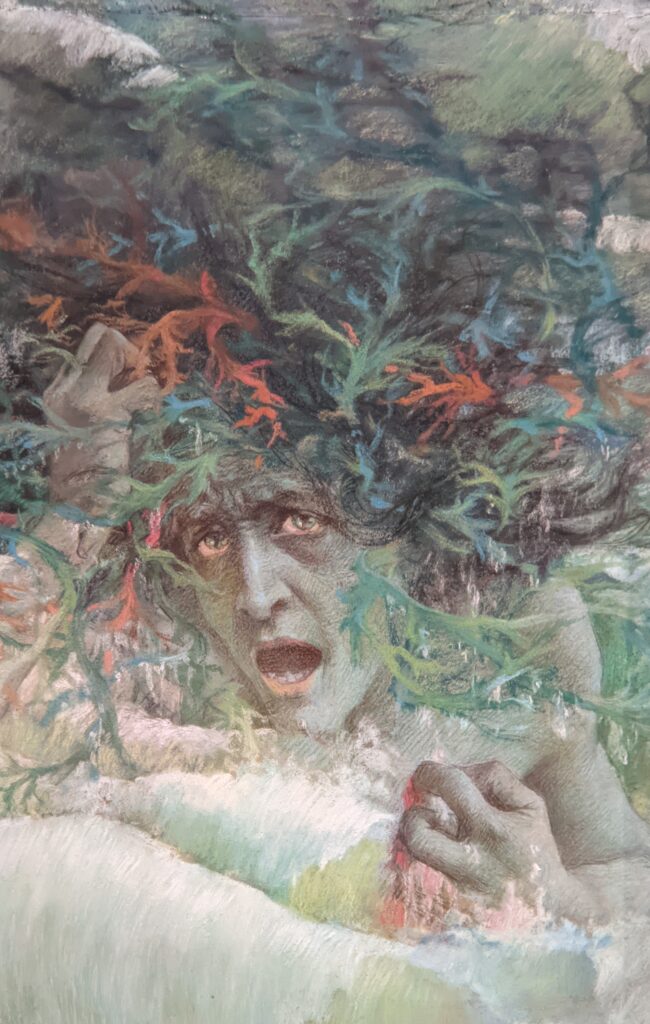
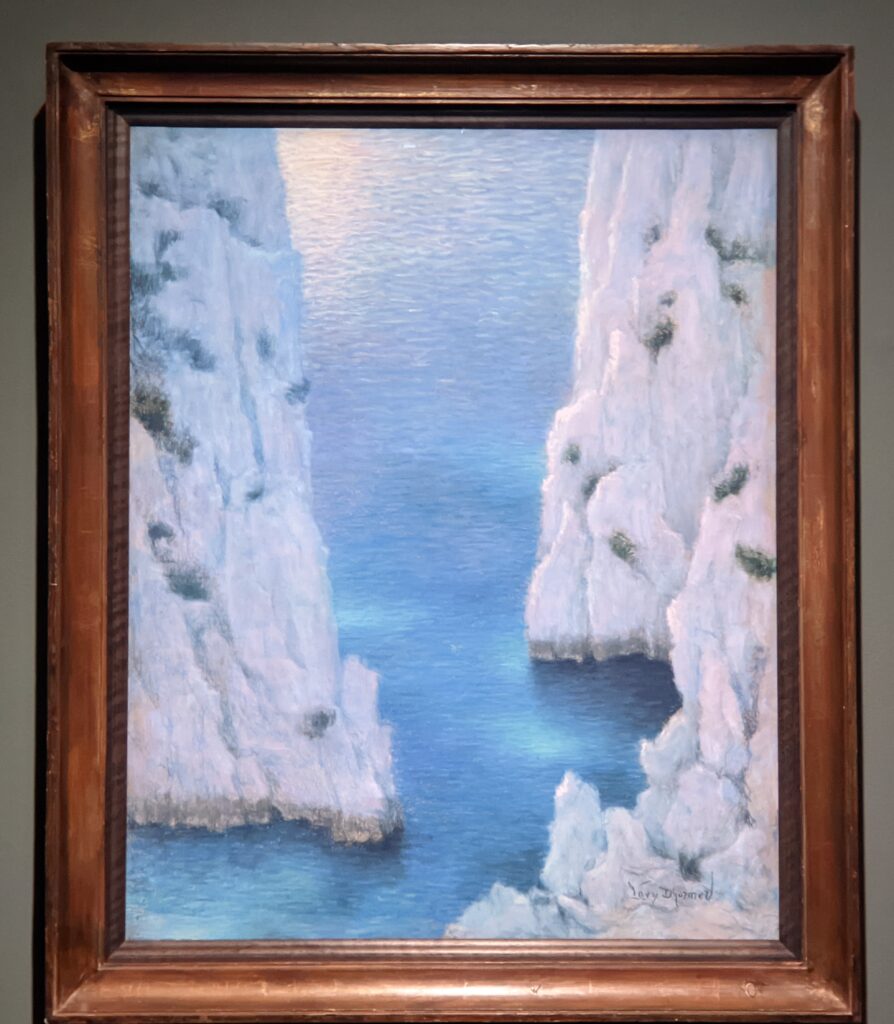
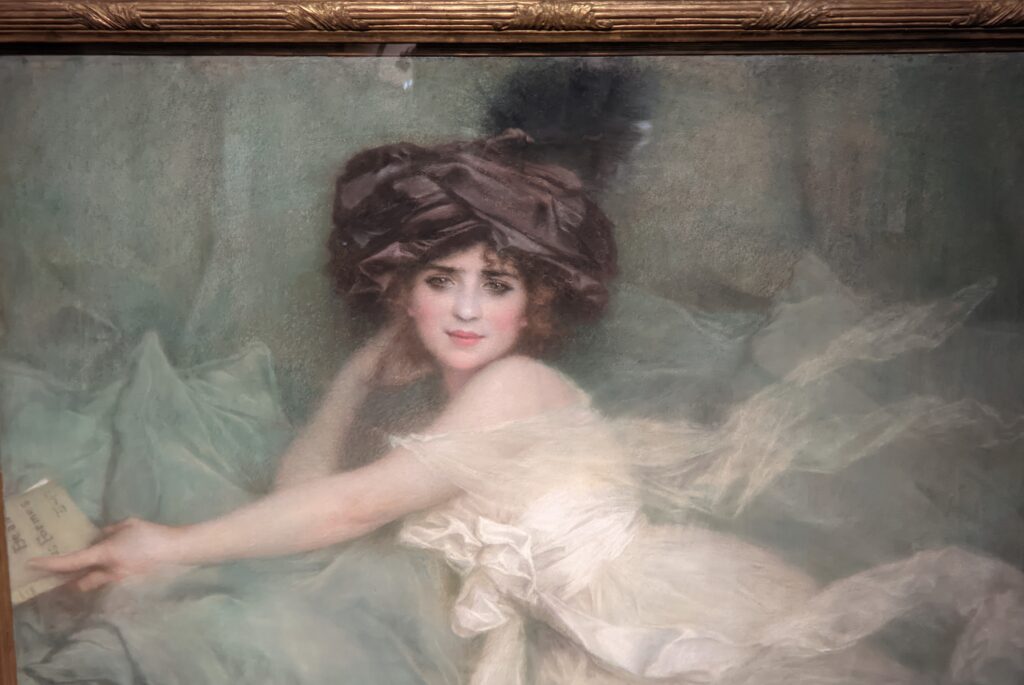
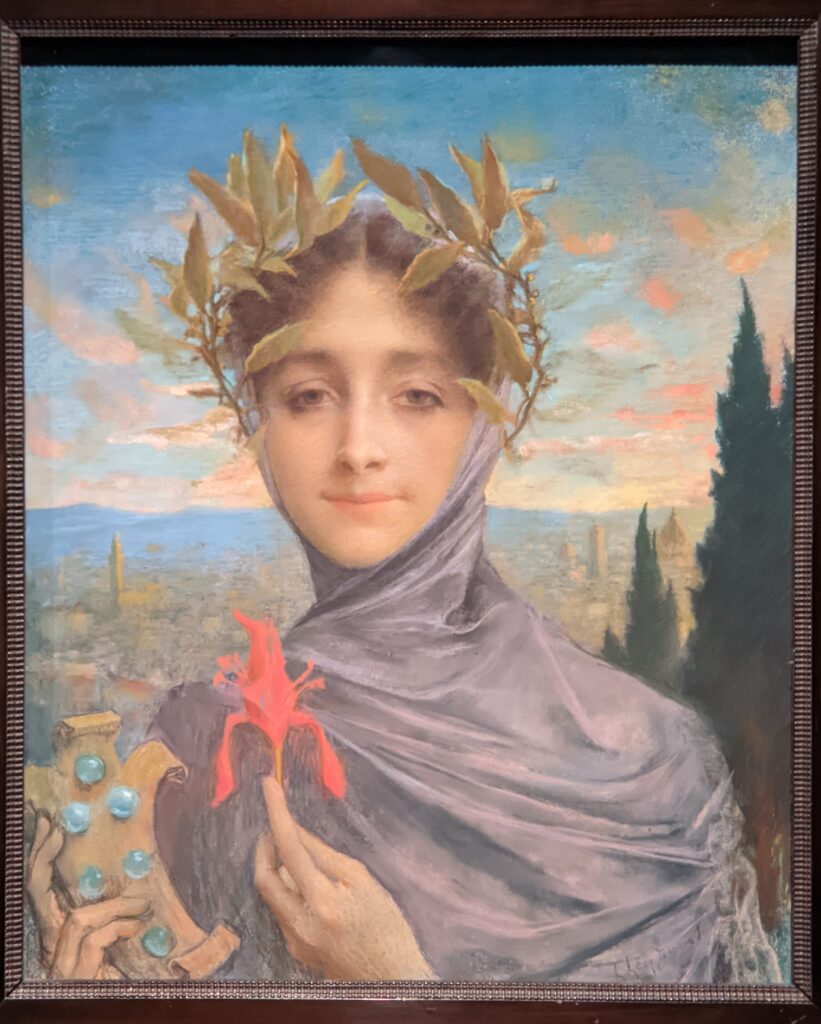
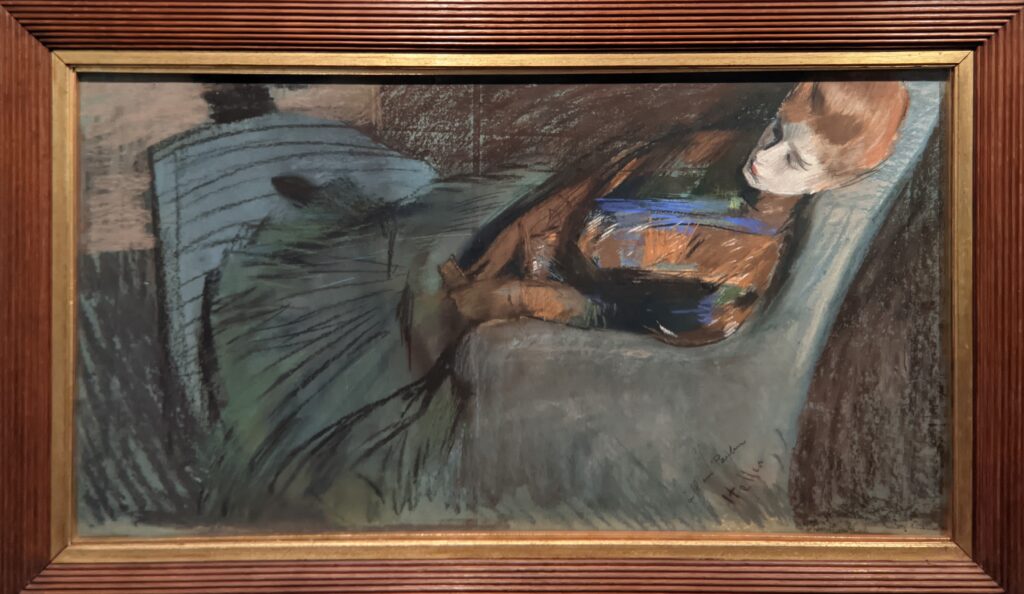
Additional works of art on paper may also be found among the permanent collection of the d’Orsay, such as the pastels (above and below) created by Paul Helleu.
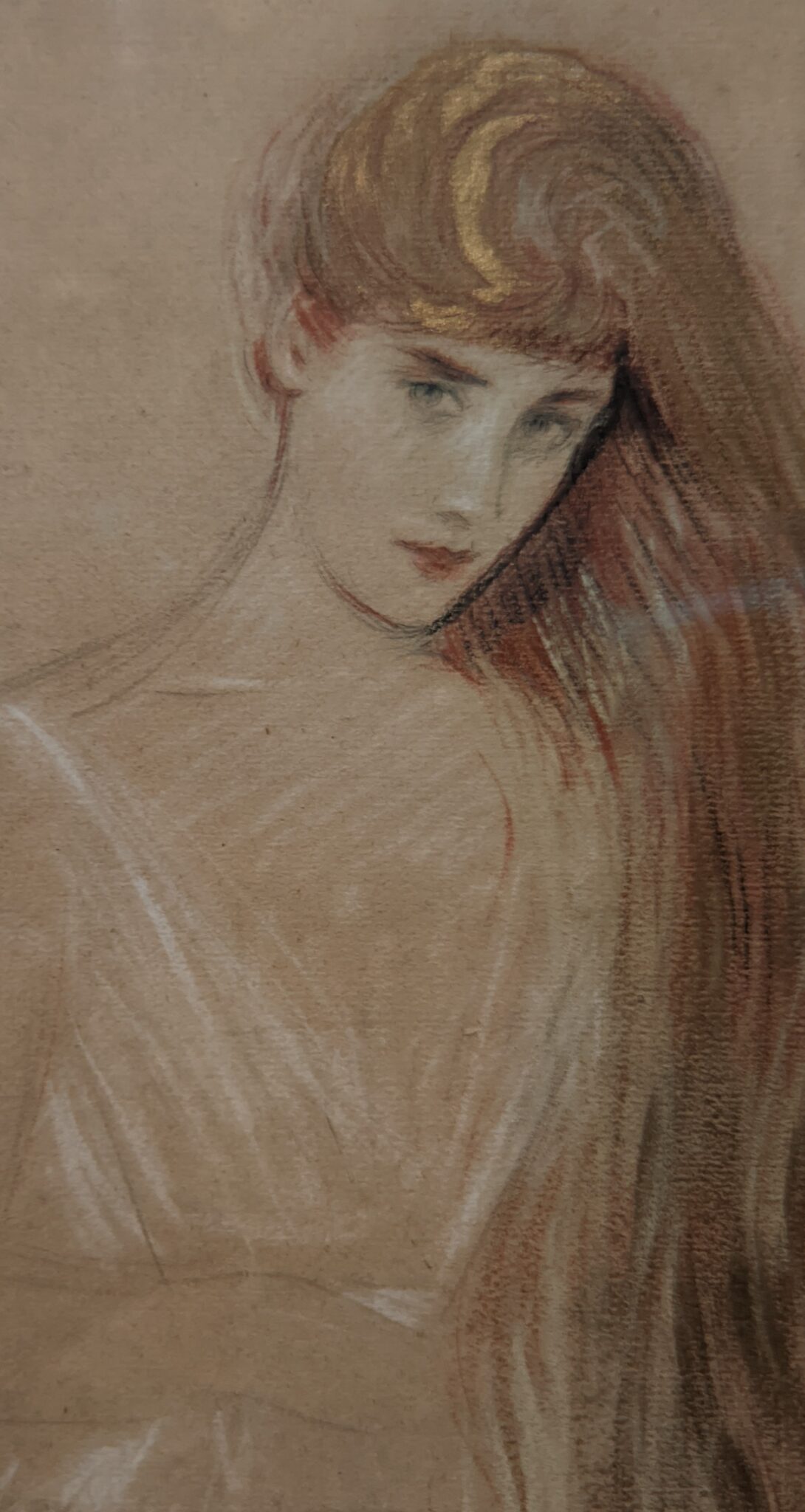
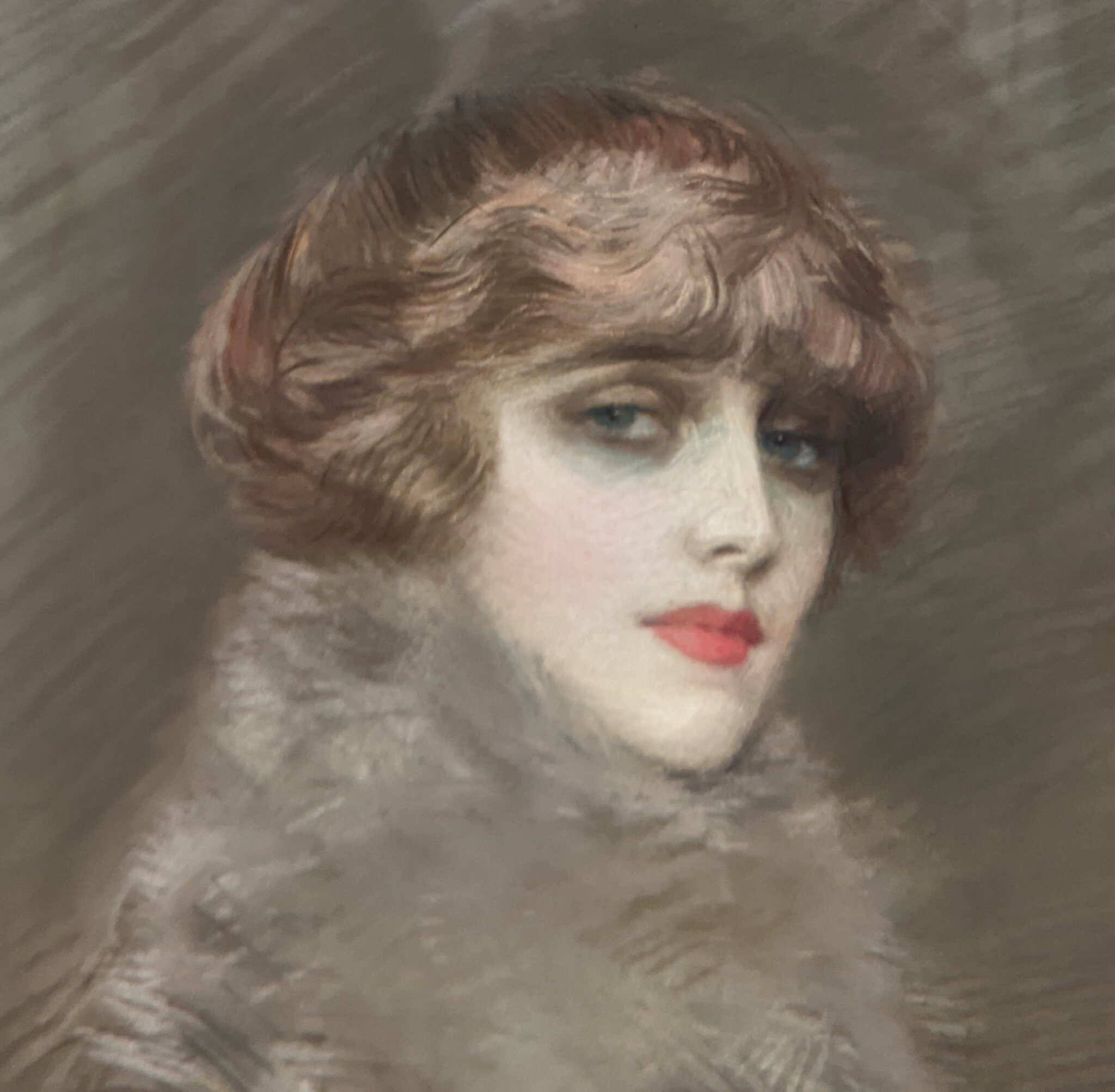
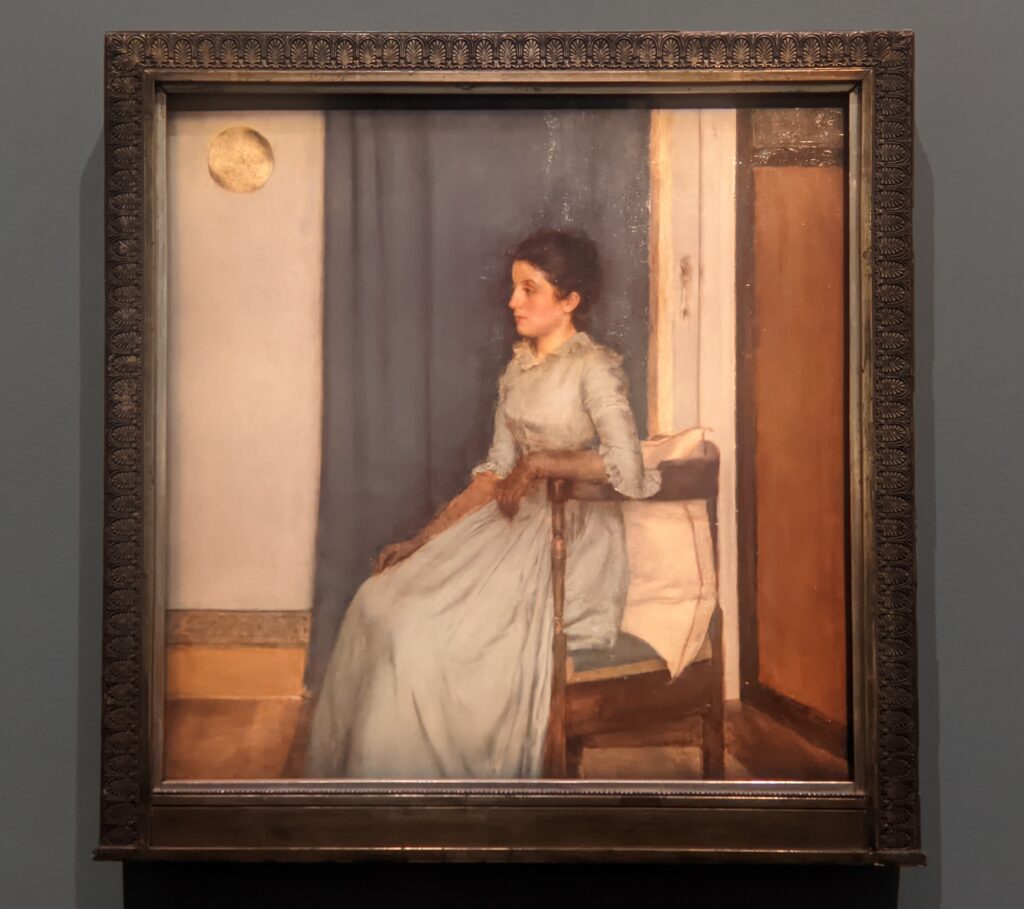
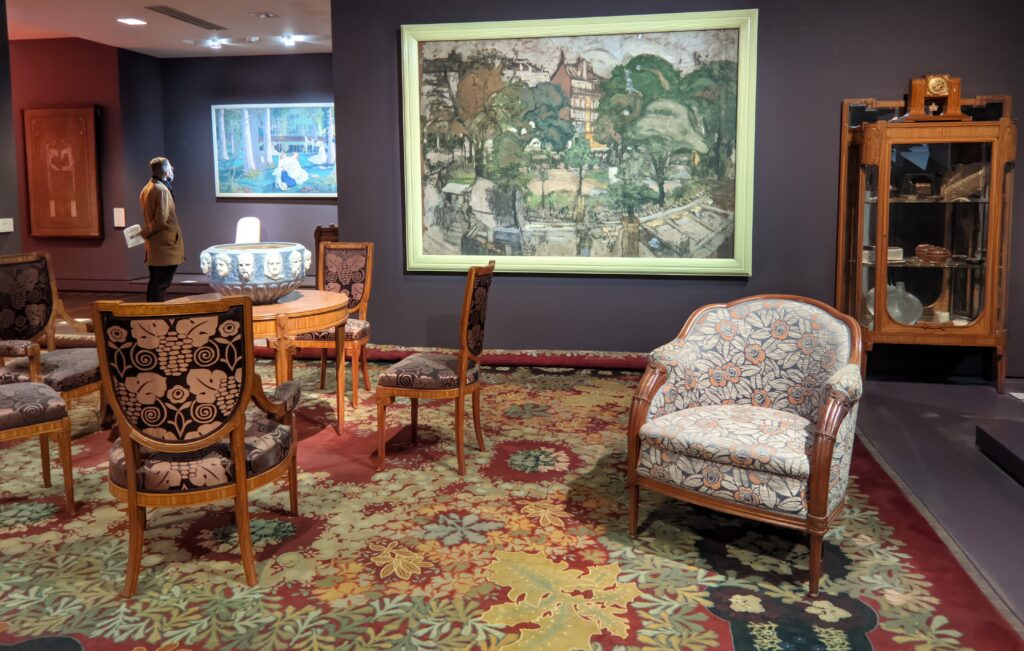
Art Lovers Tips: Do not miss the furniture and ceramics on display in the Musée d’Orsay. Visit late in the day, especially on Thursdays, or perhaps at lunchtime. Consider buying an annual membership for expedited entry into the d’Orsay and the l’Orangerie.
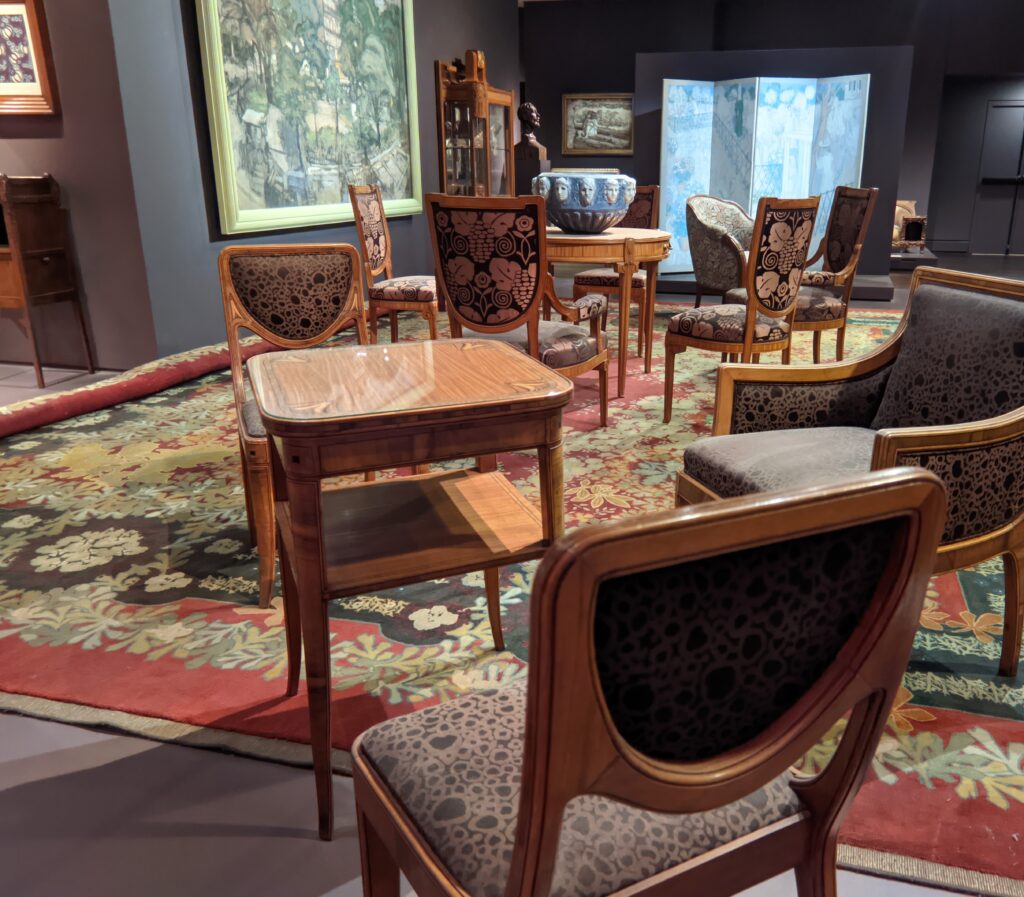
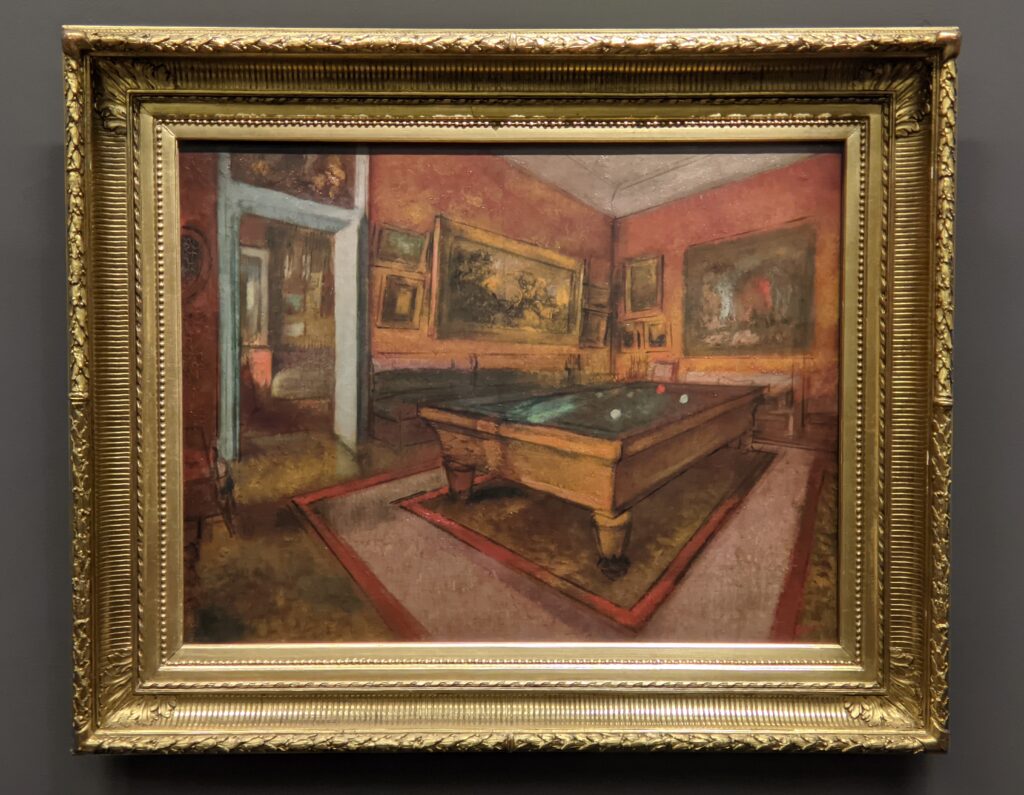
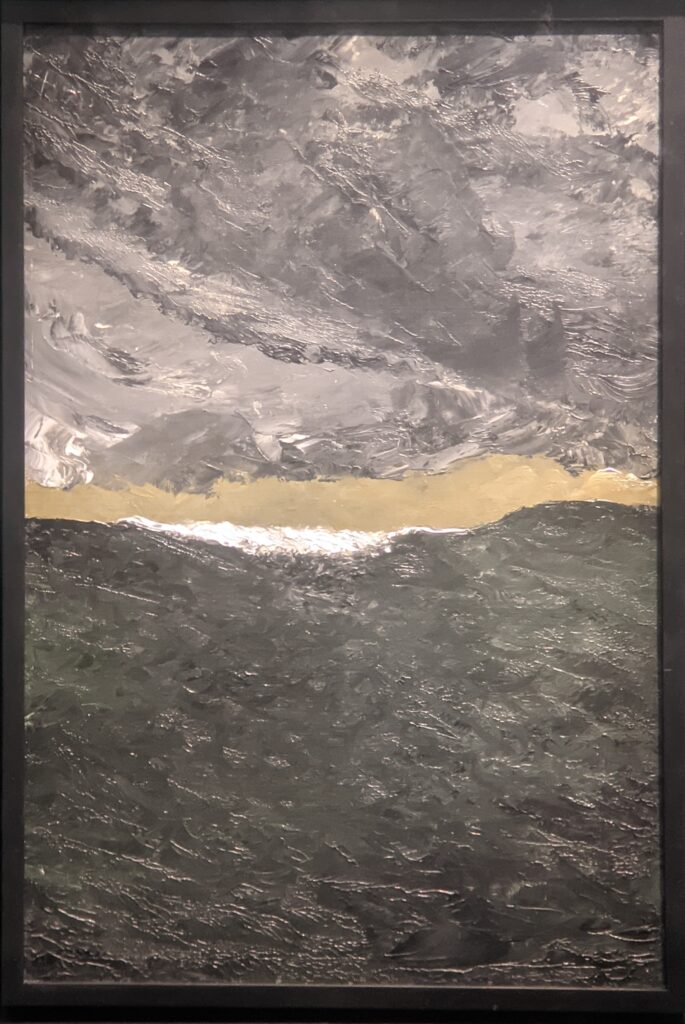
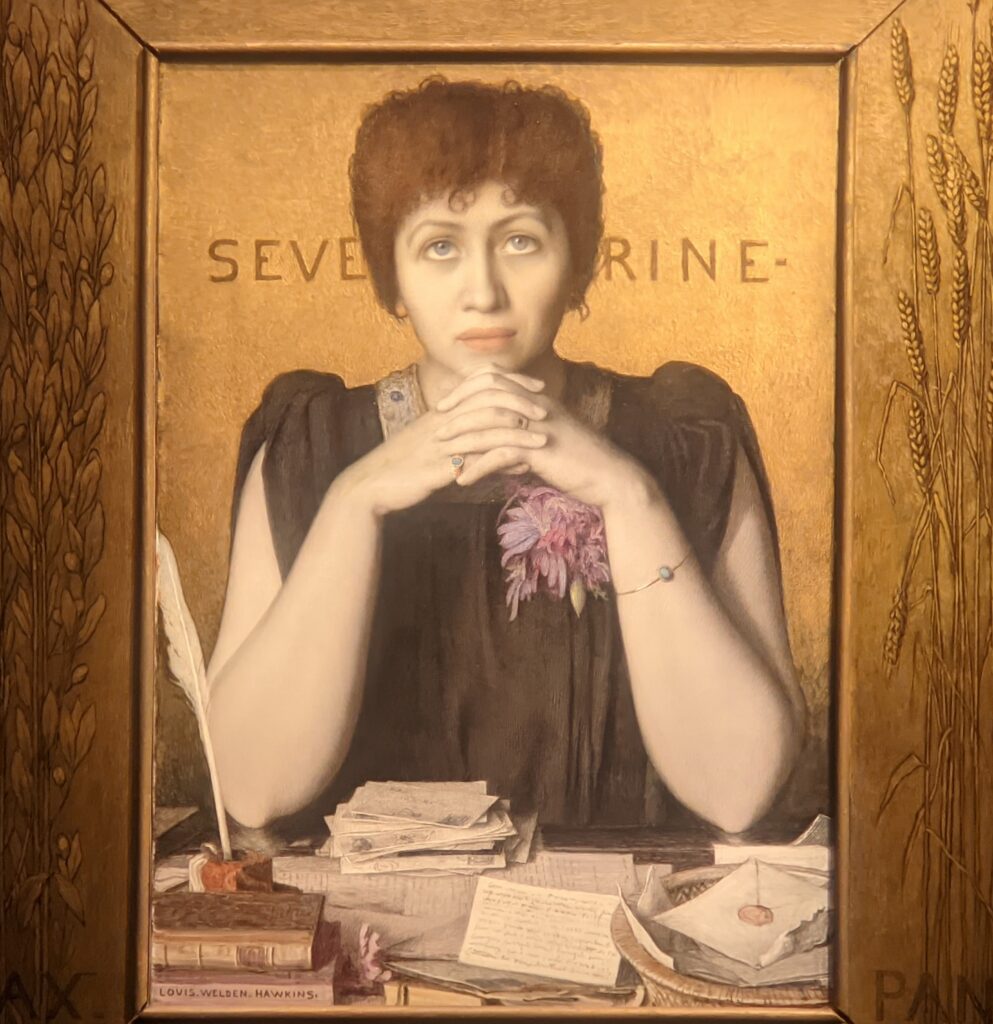
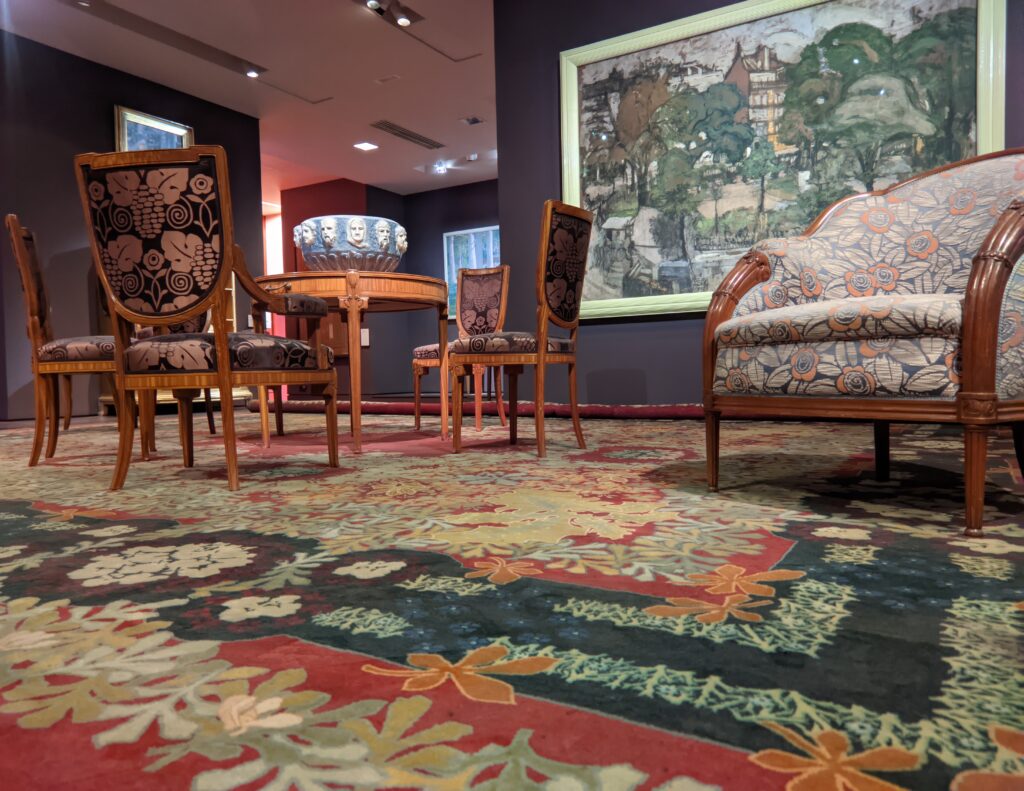
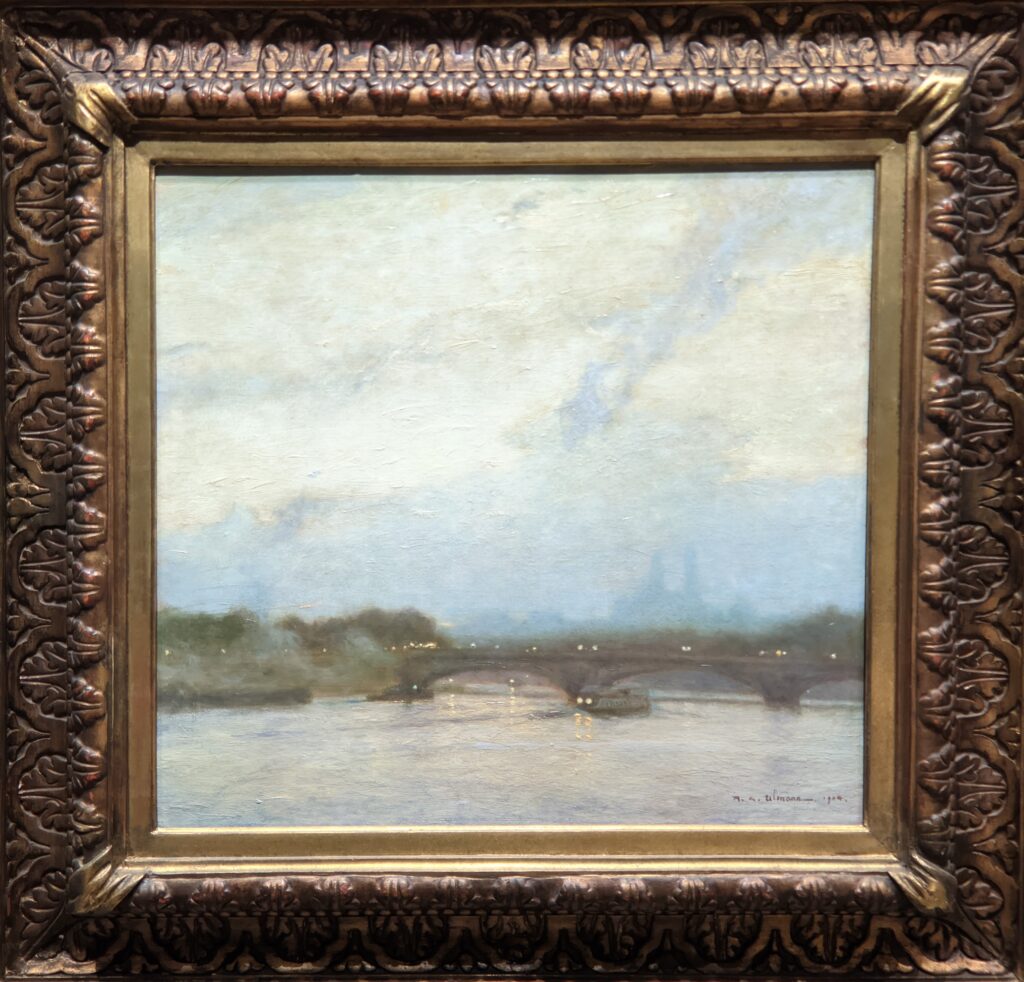
Post-Impressionism at the d’Orsay
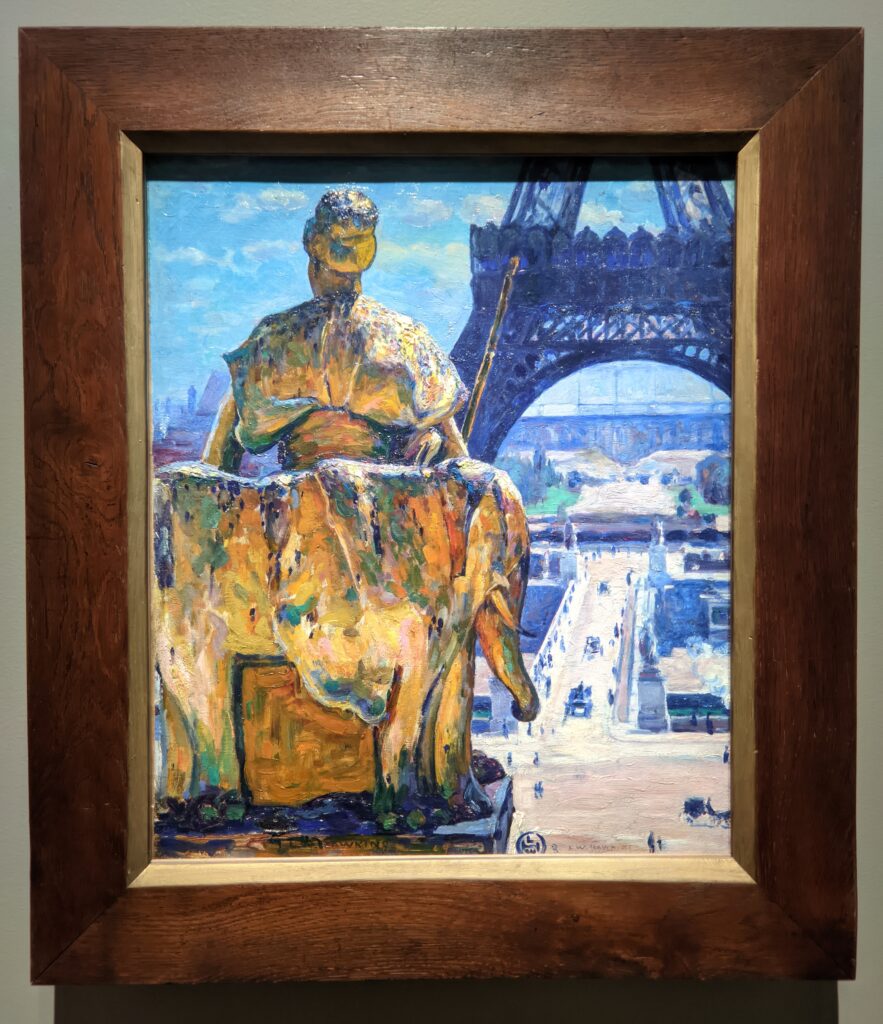
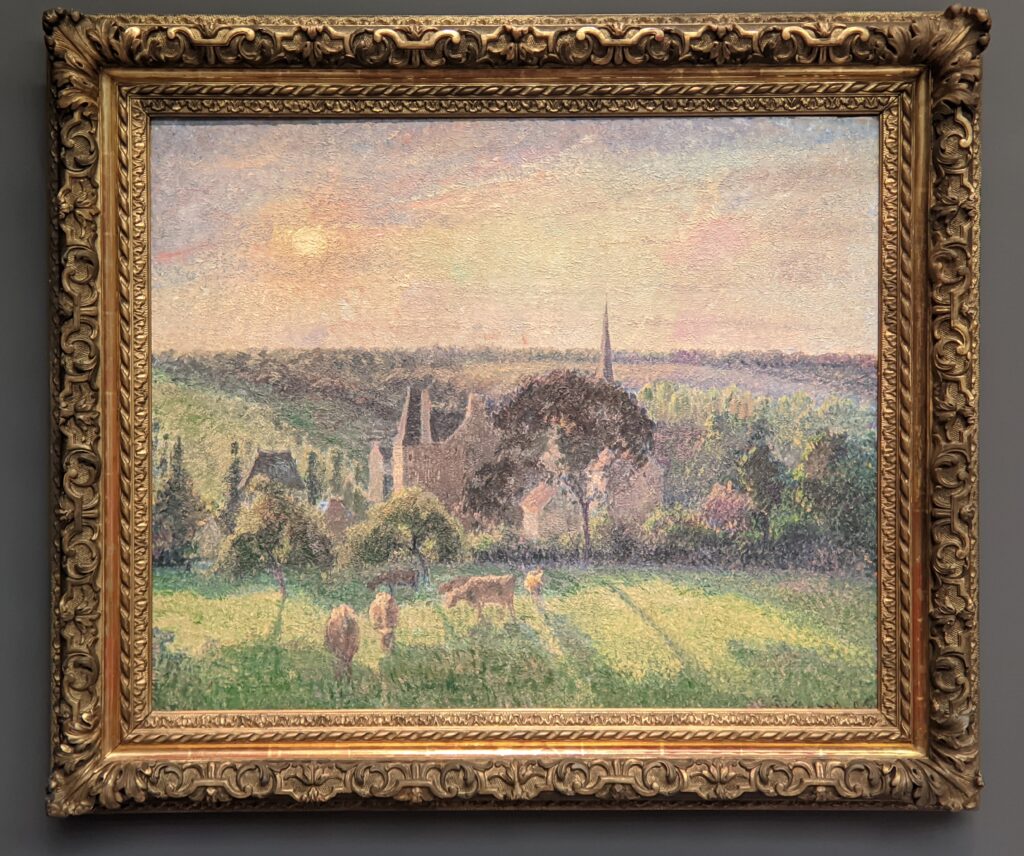
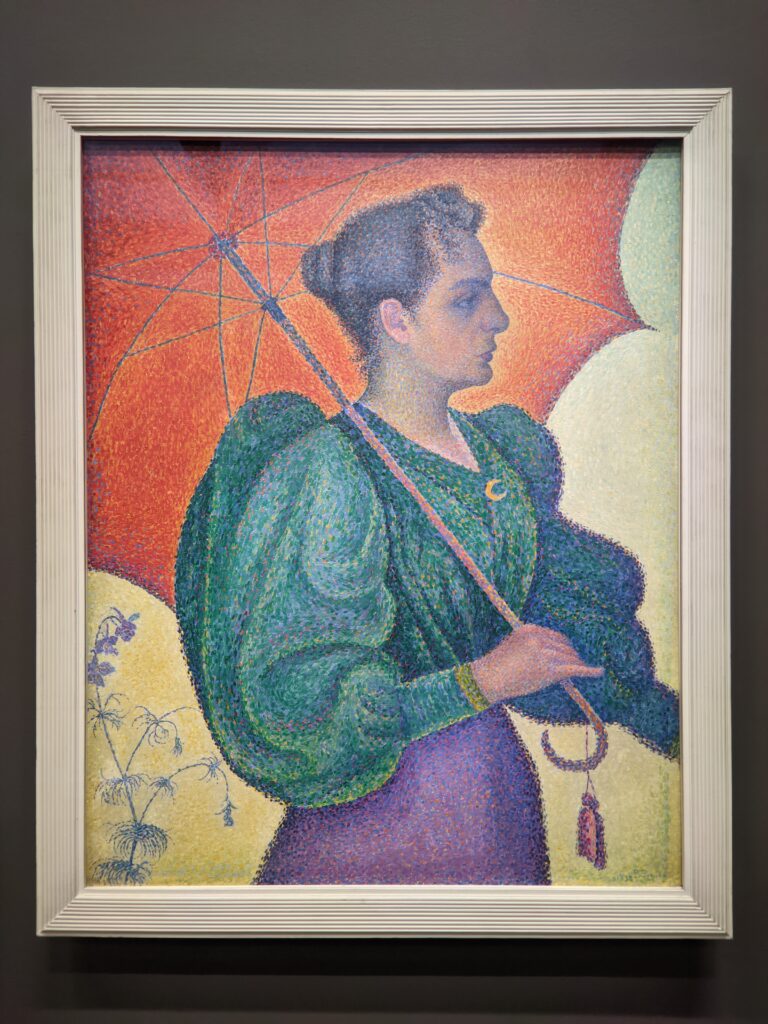
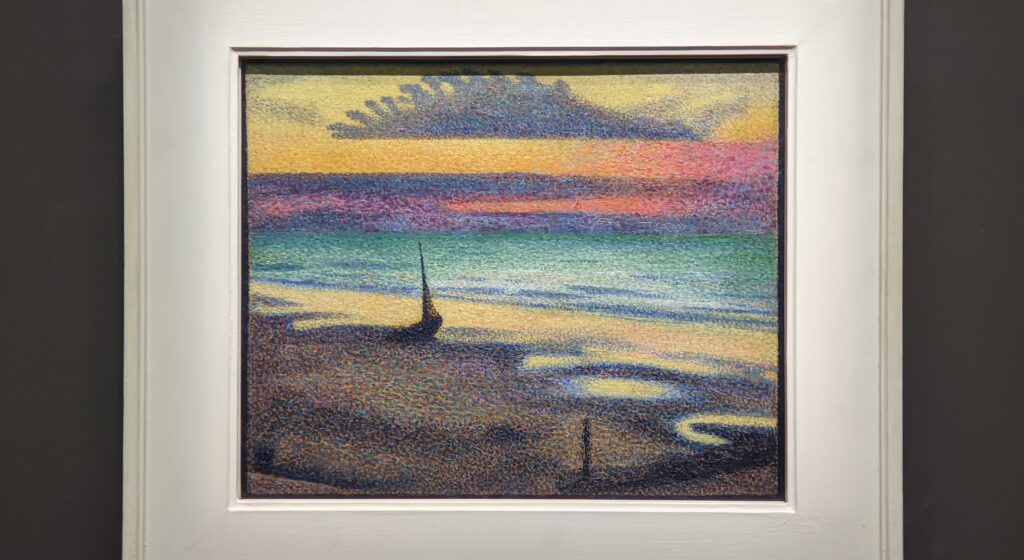
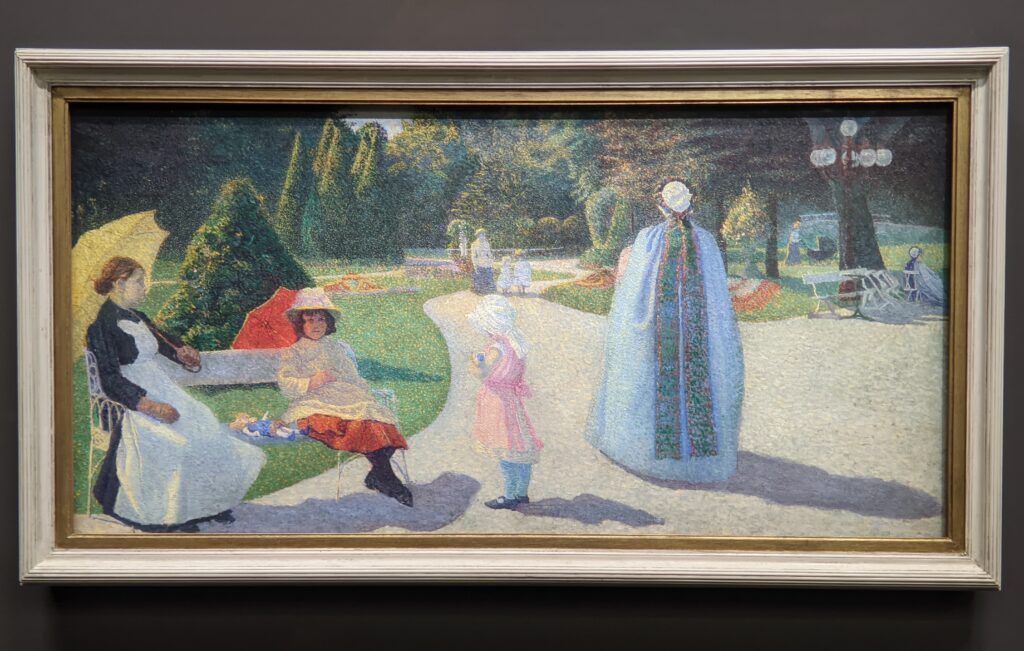
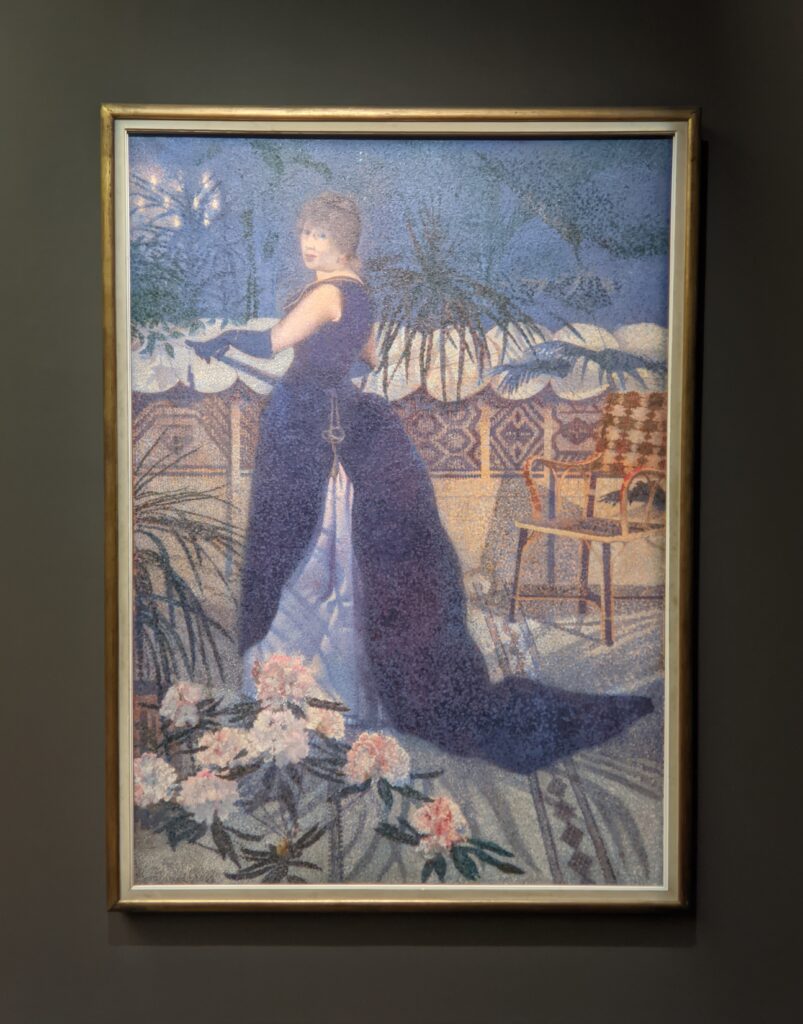
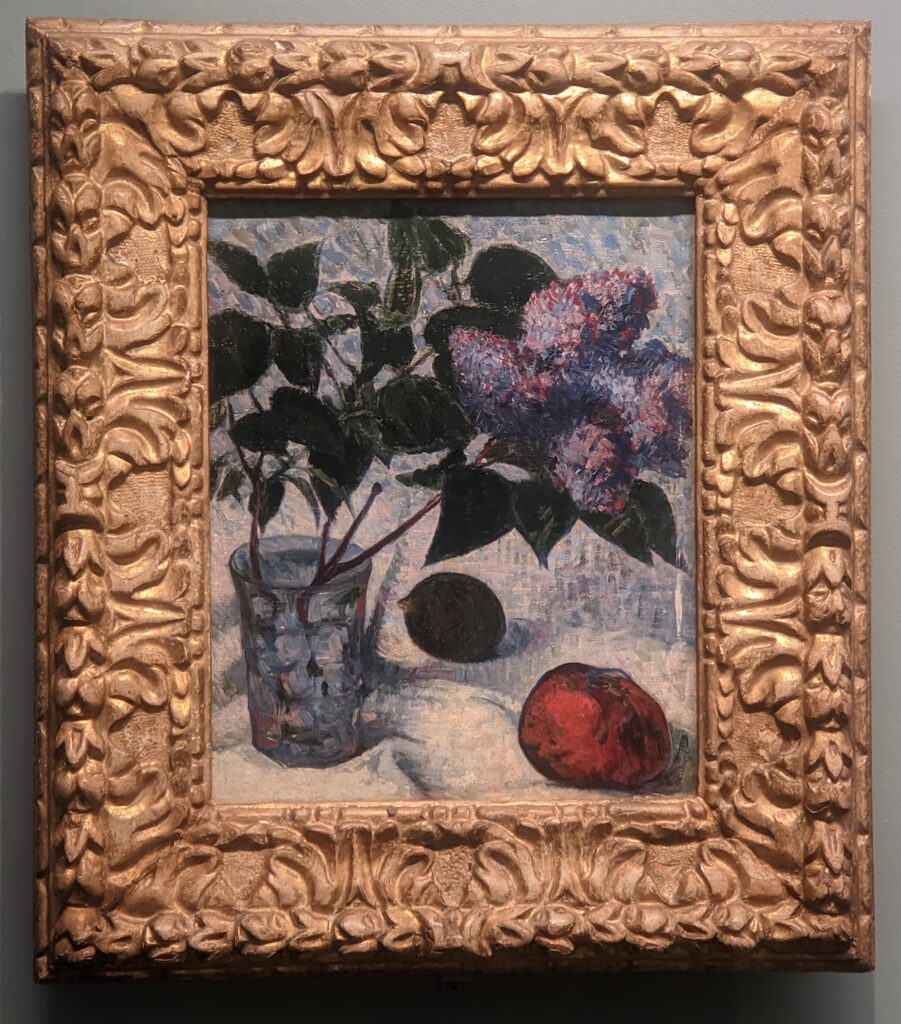
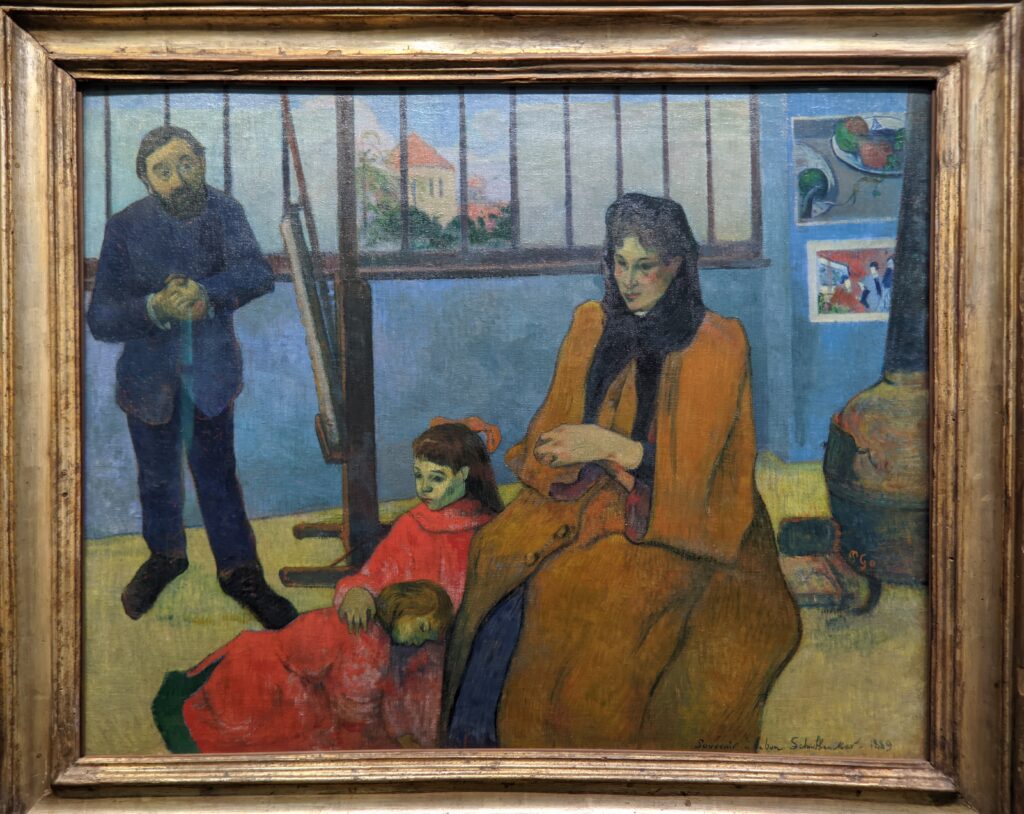
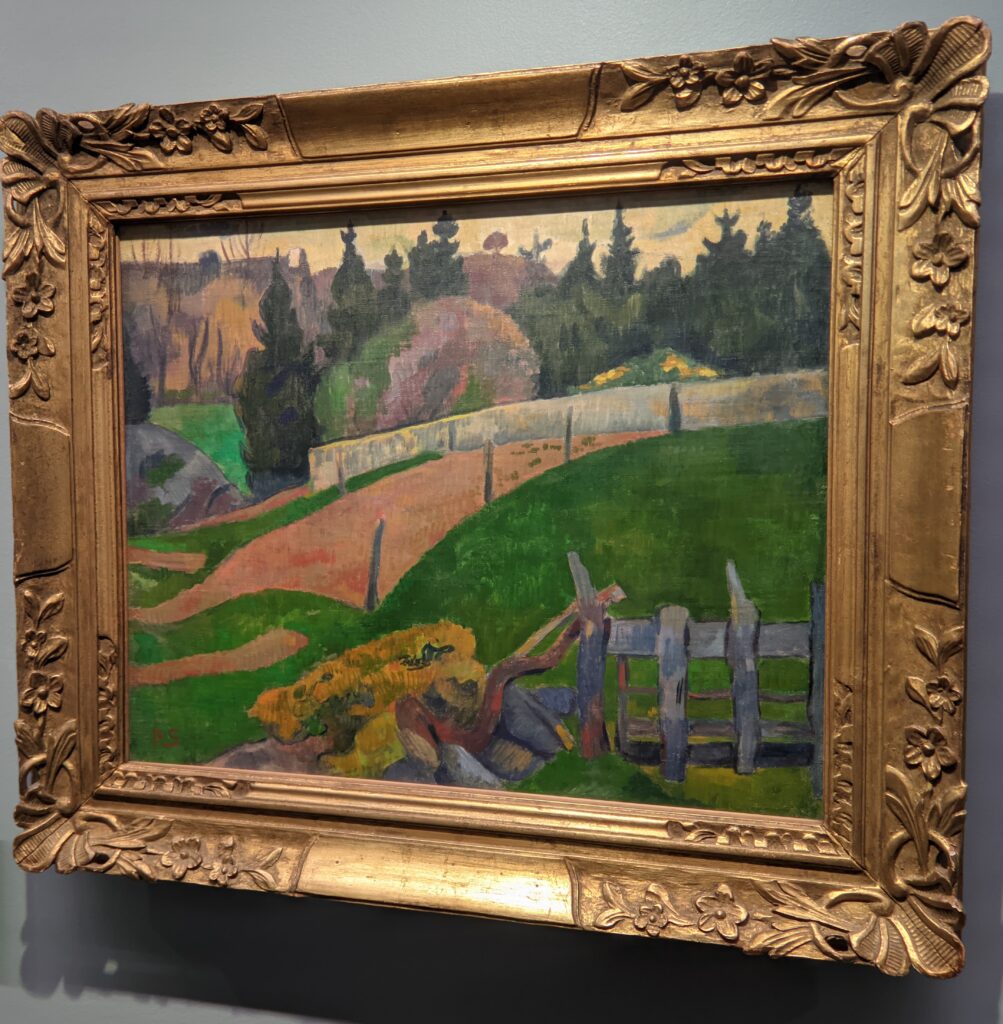
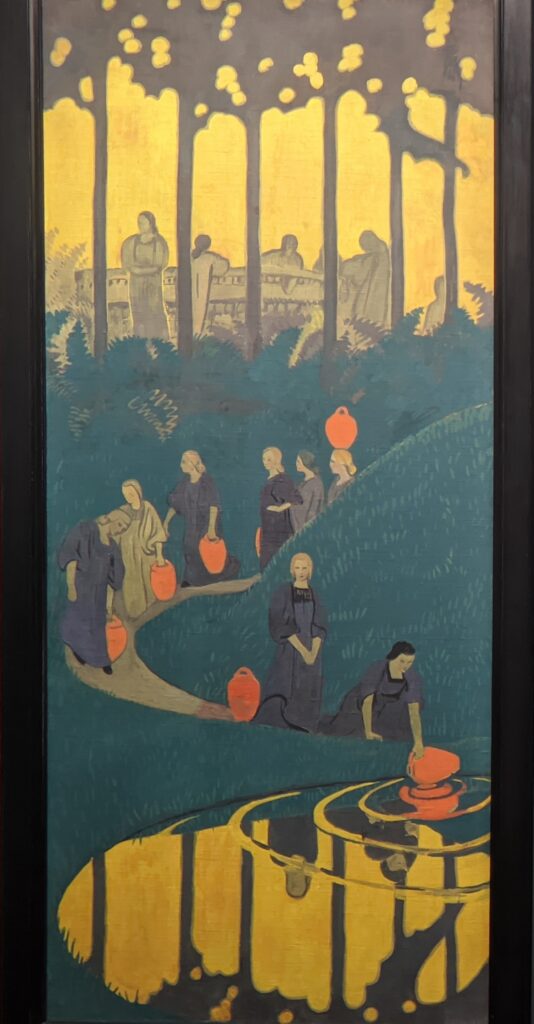
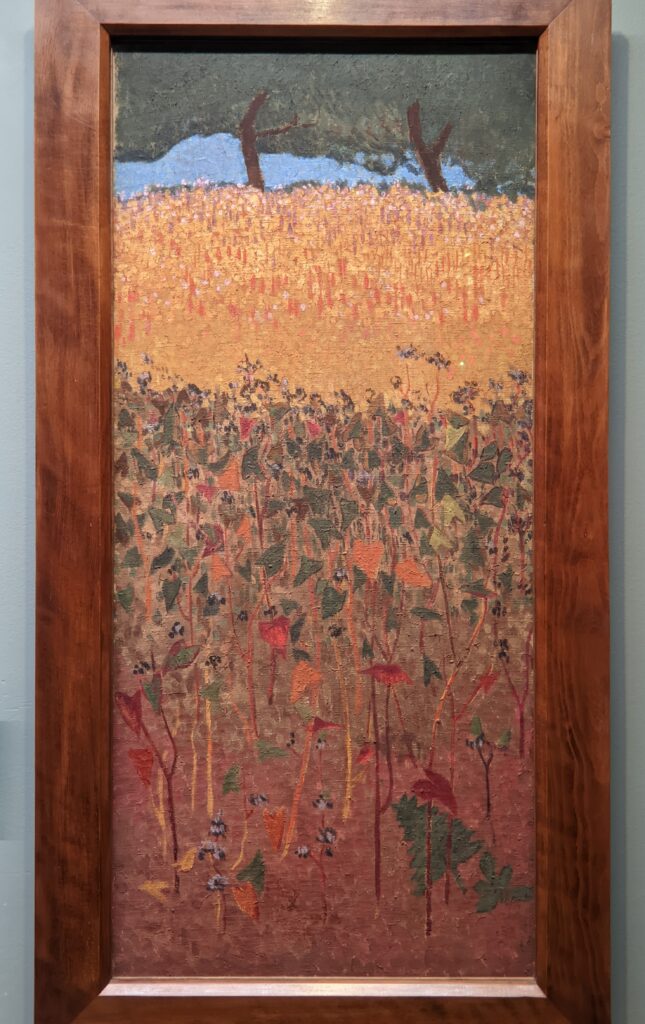
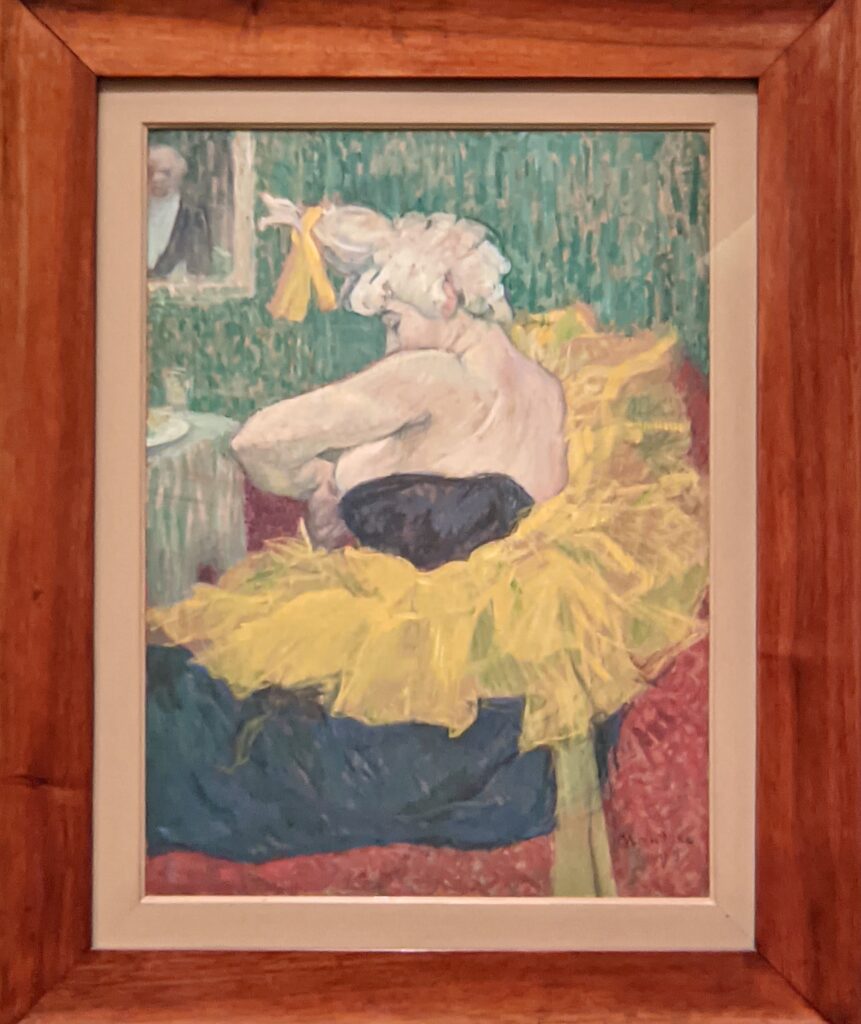
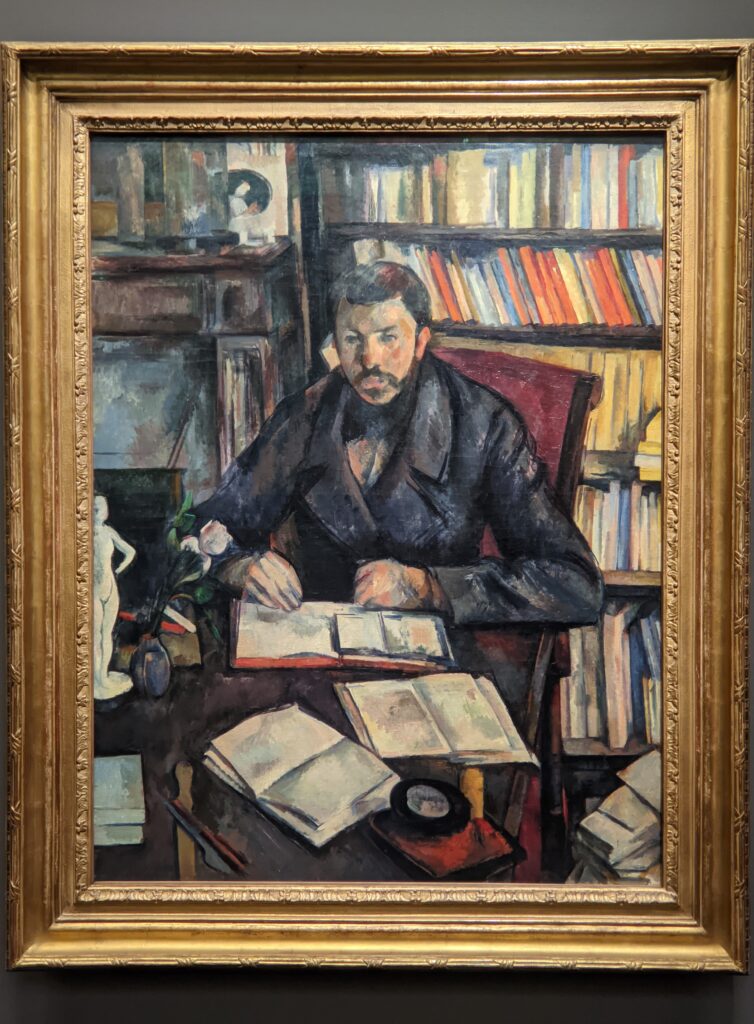
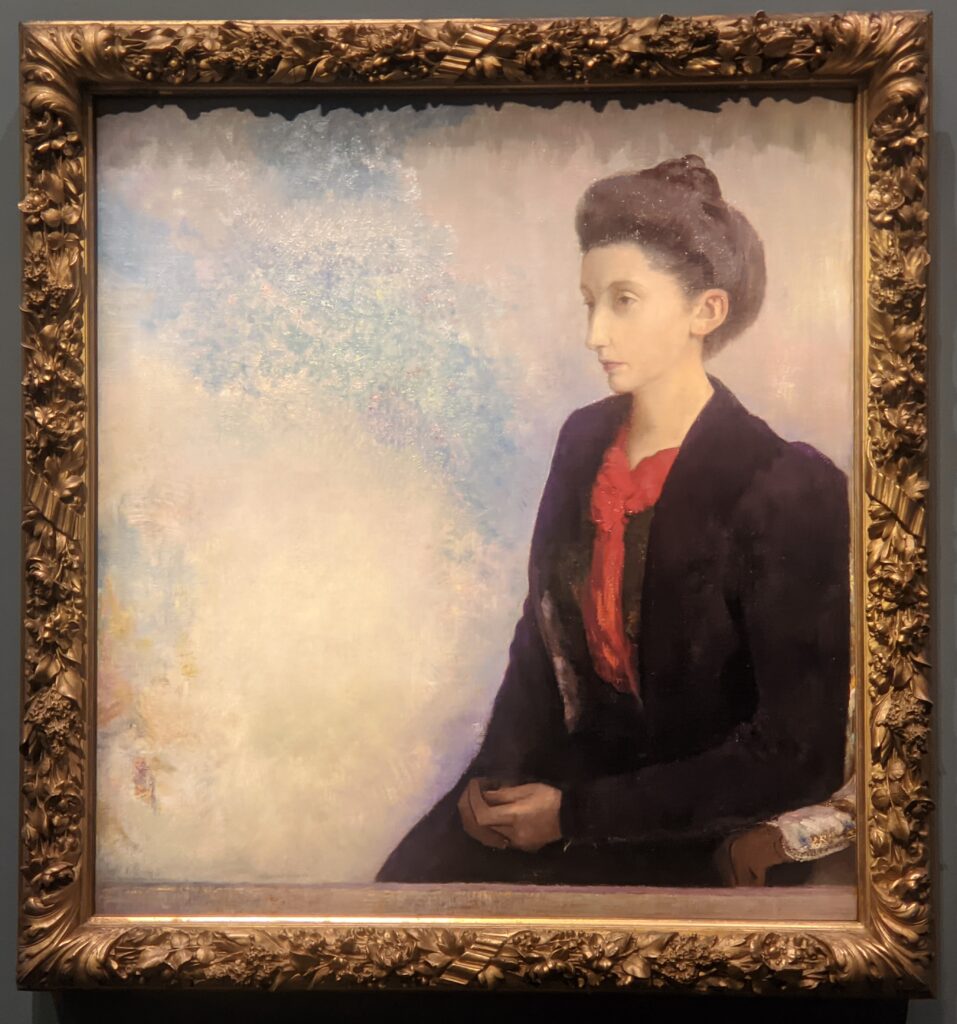
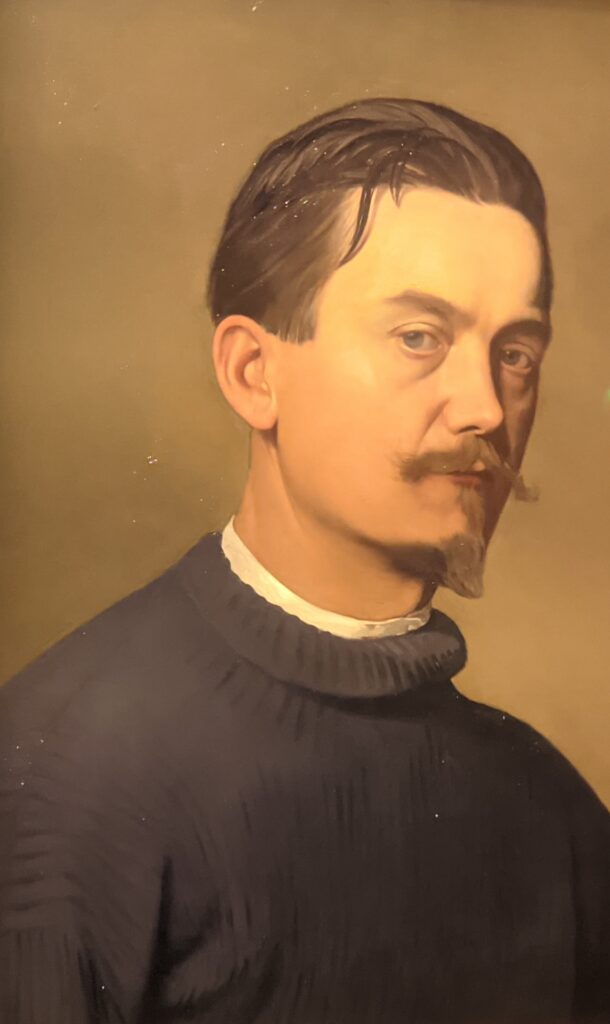
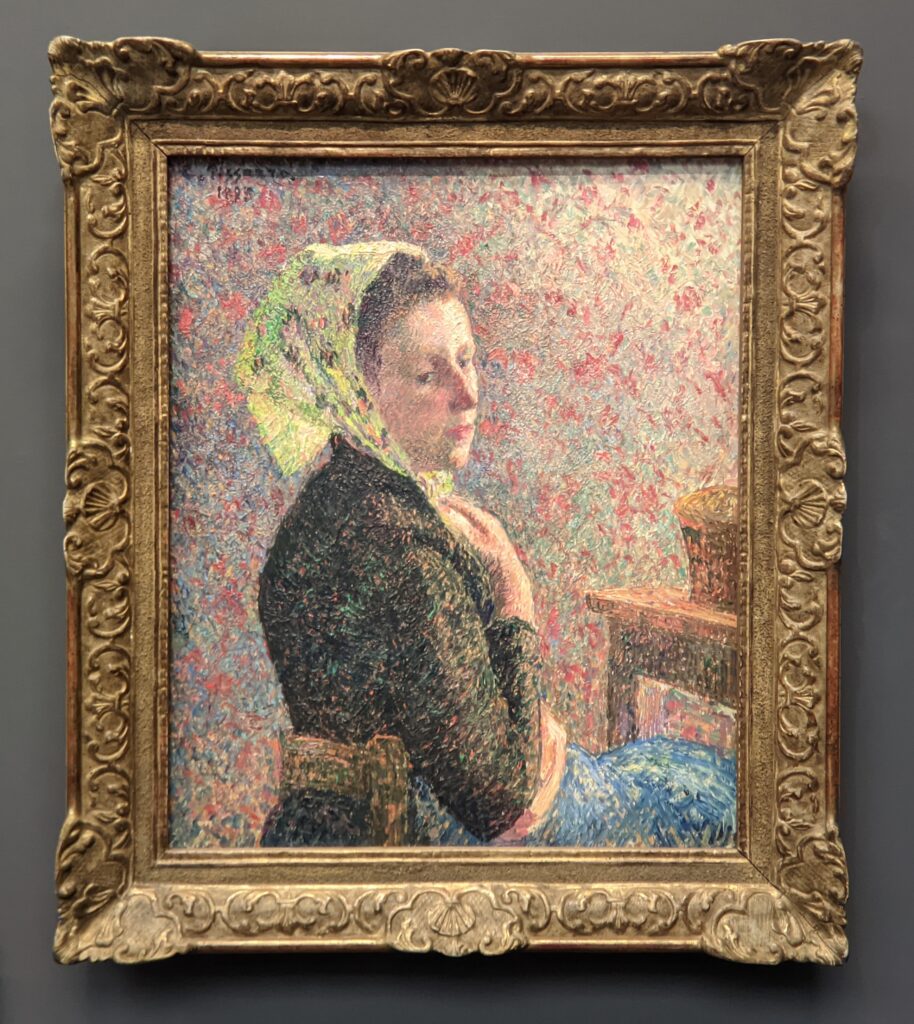
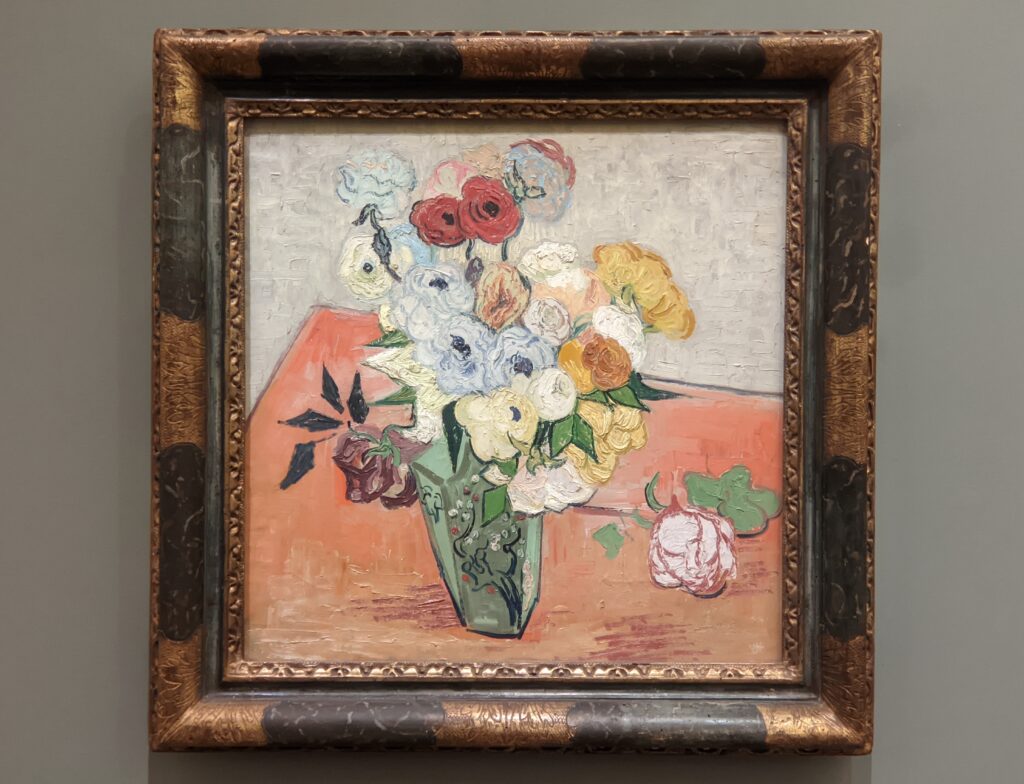
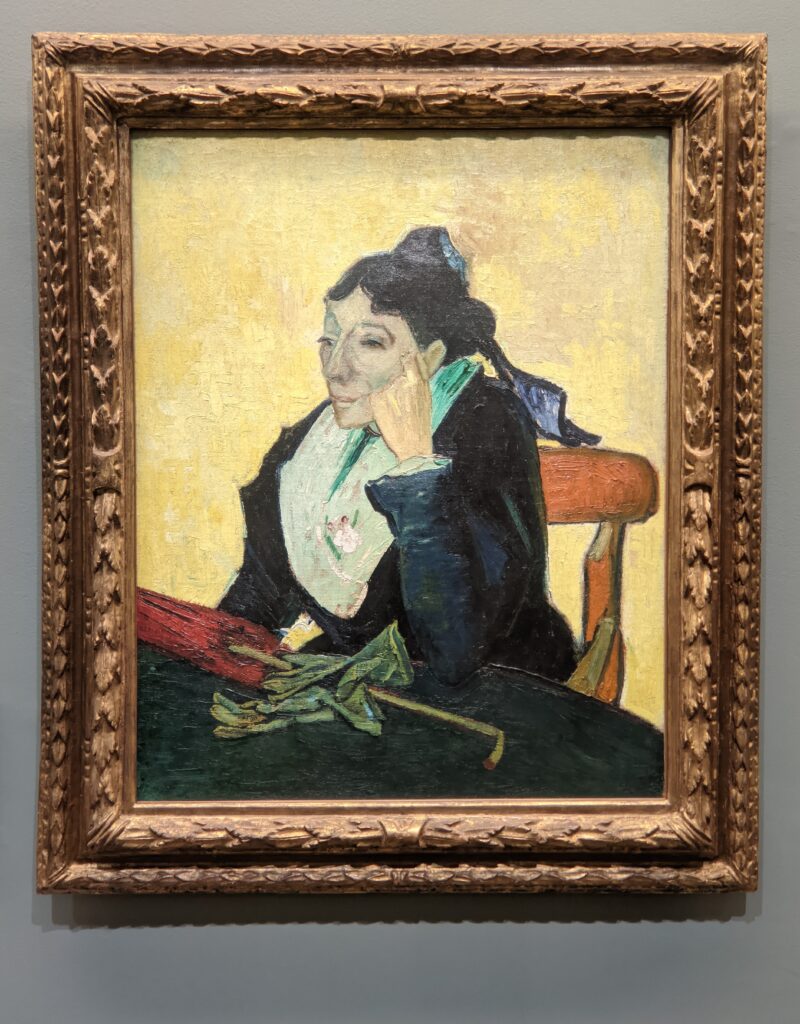
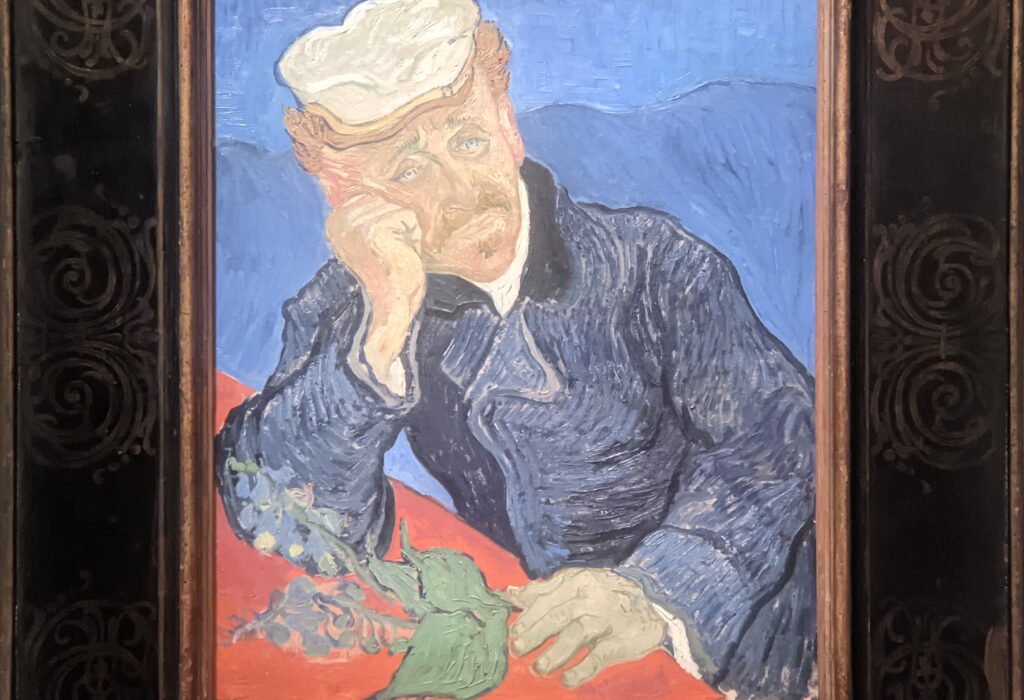
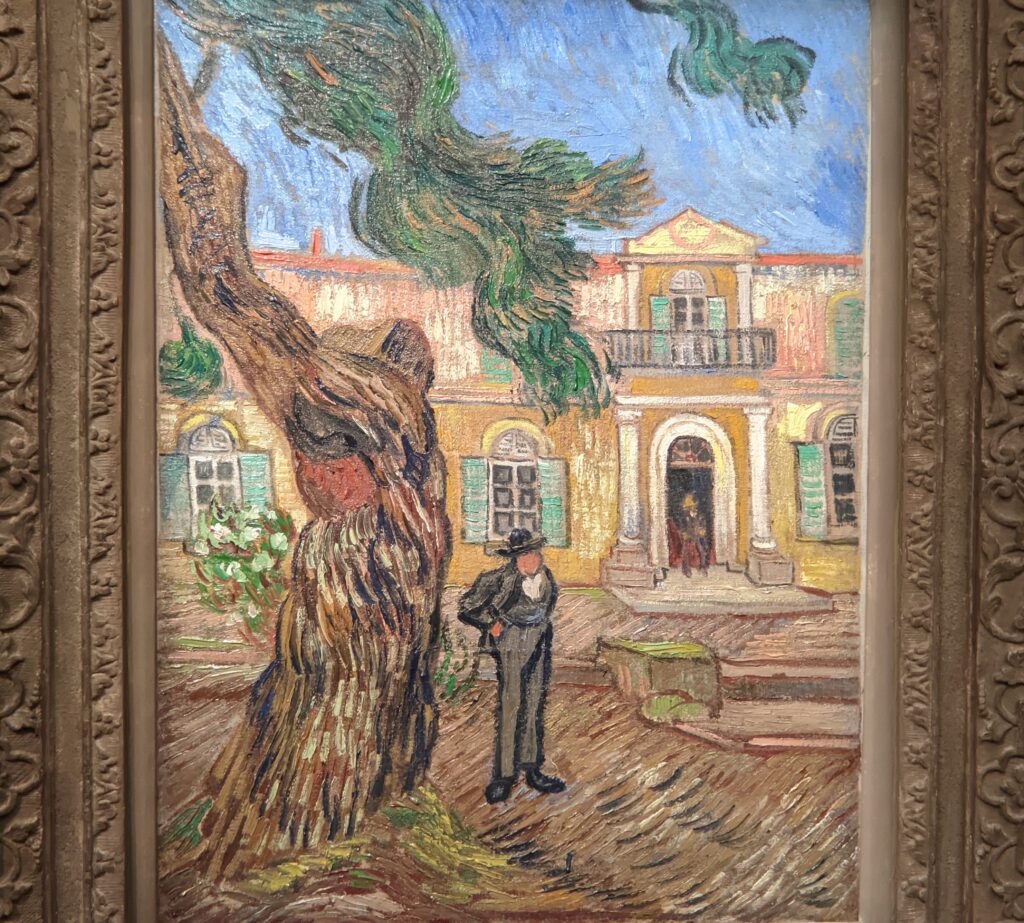
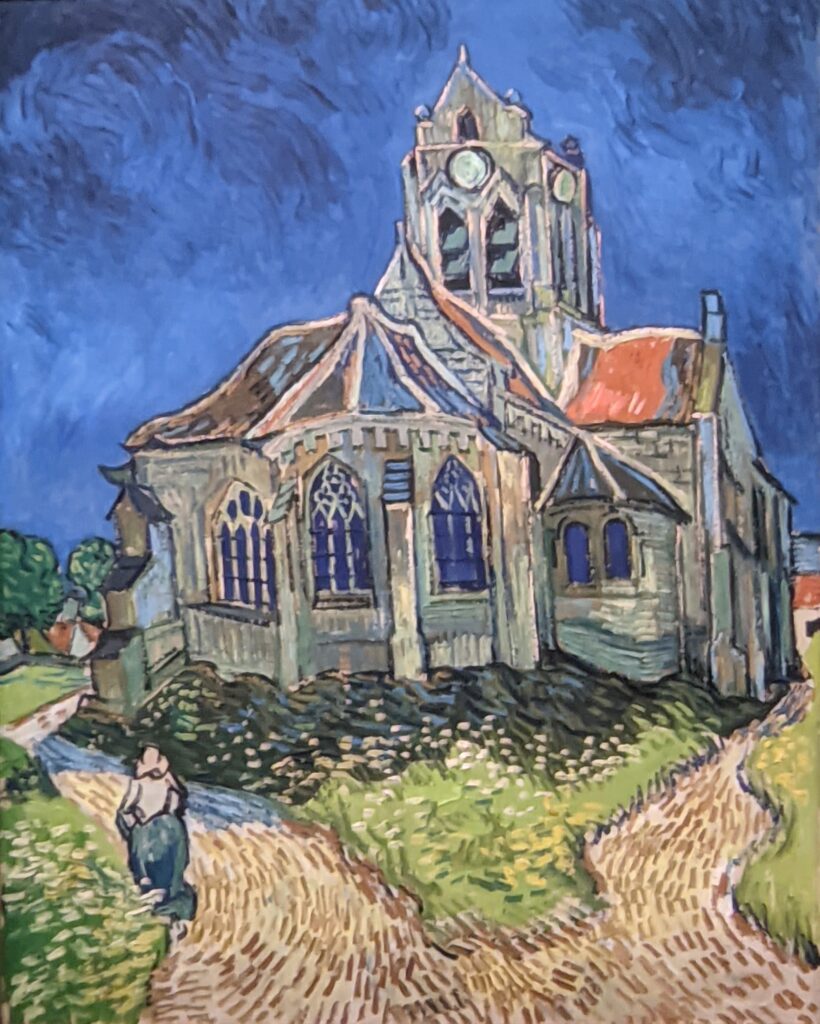
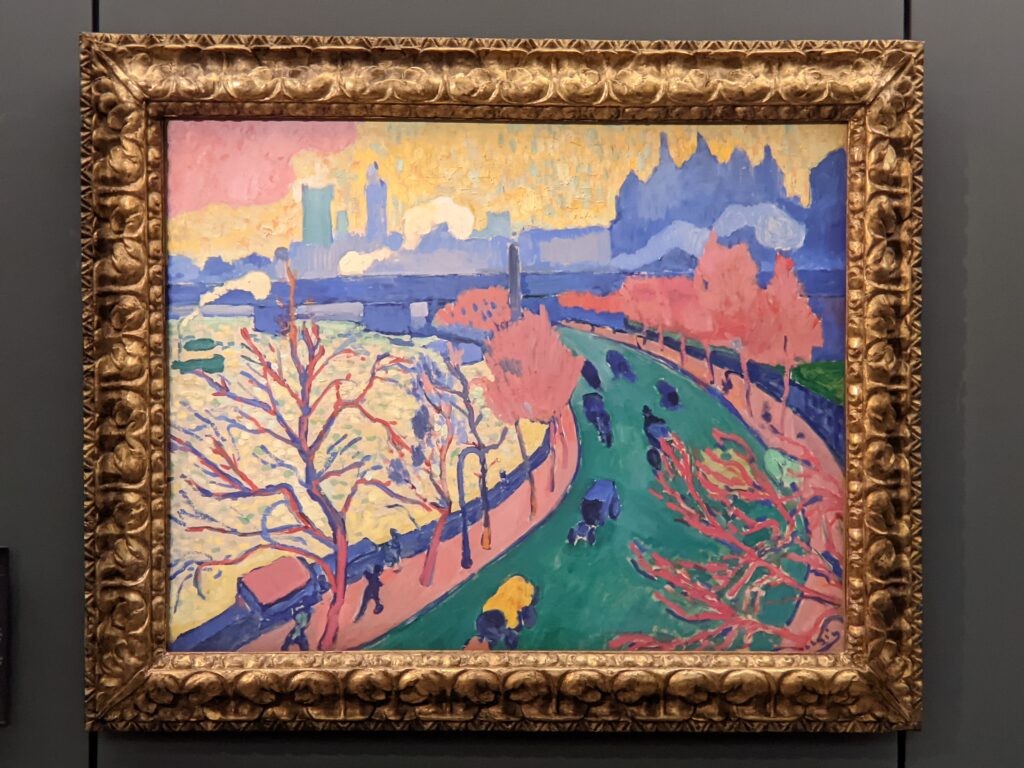
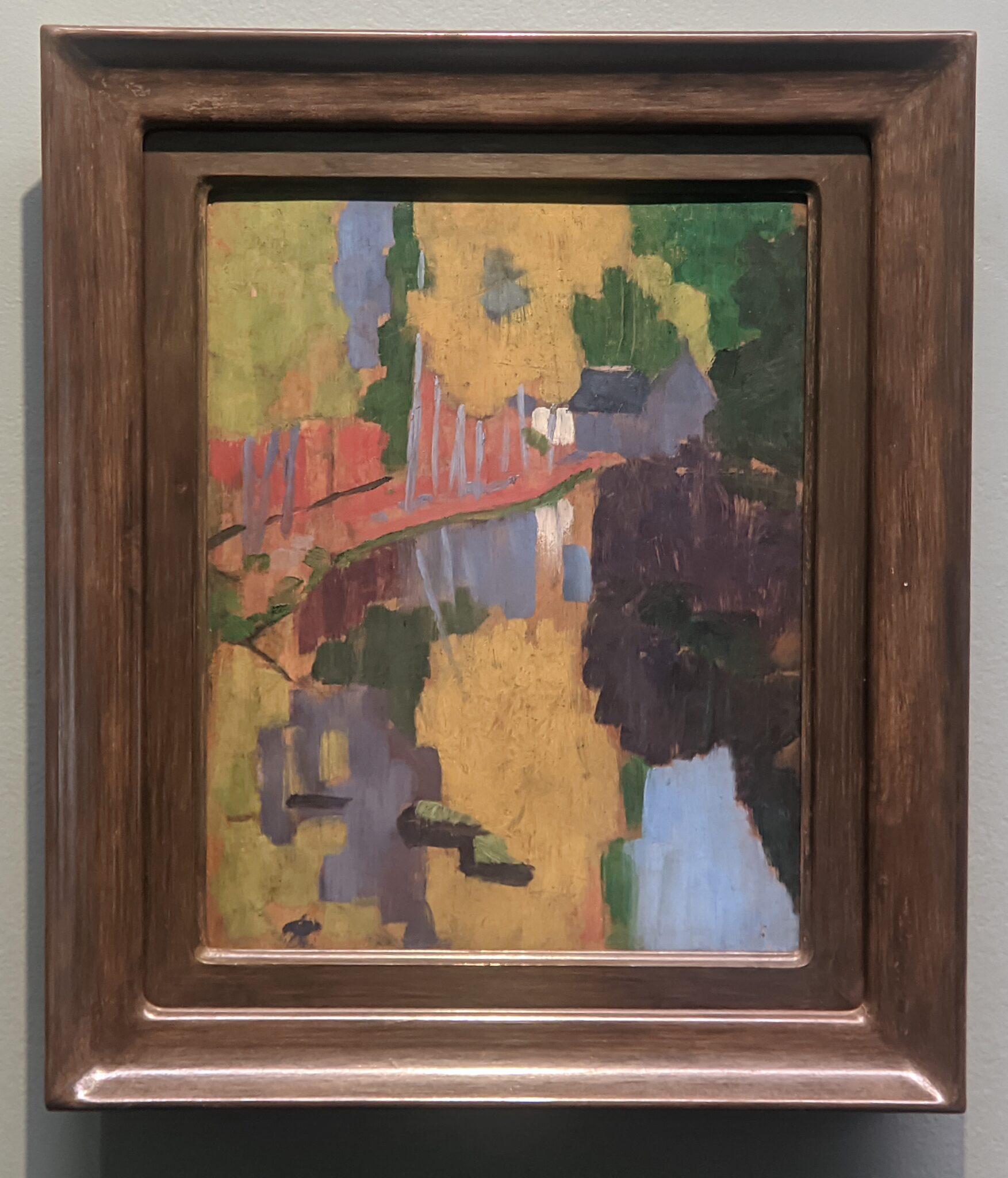
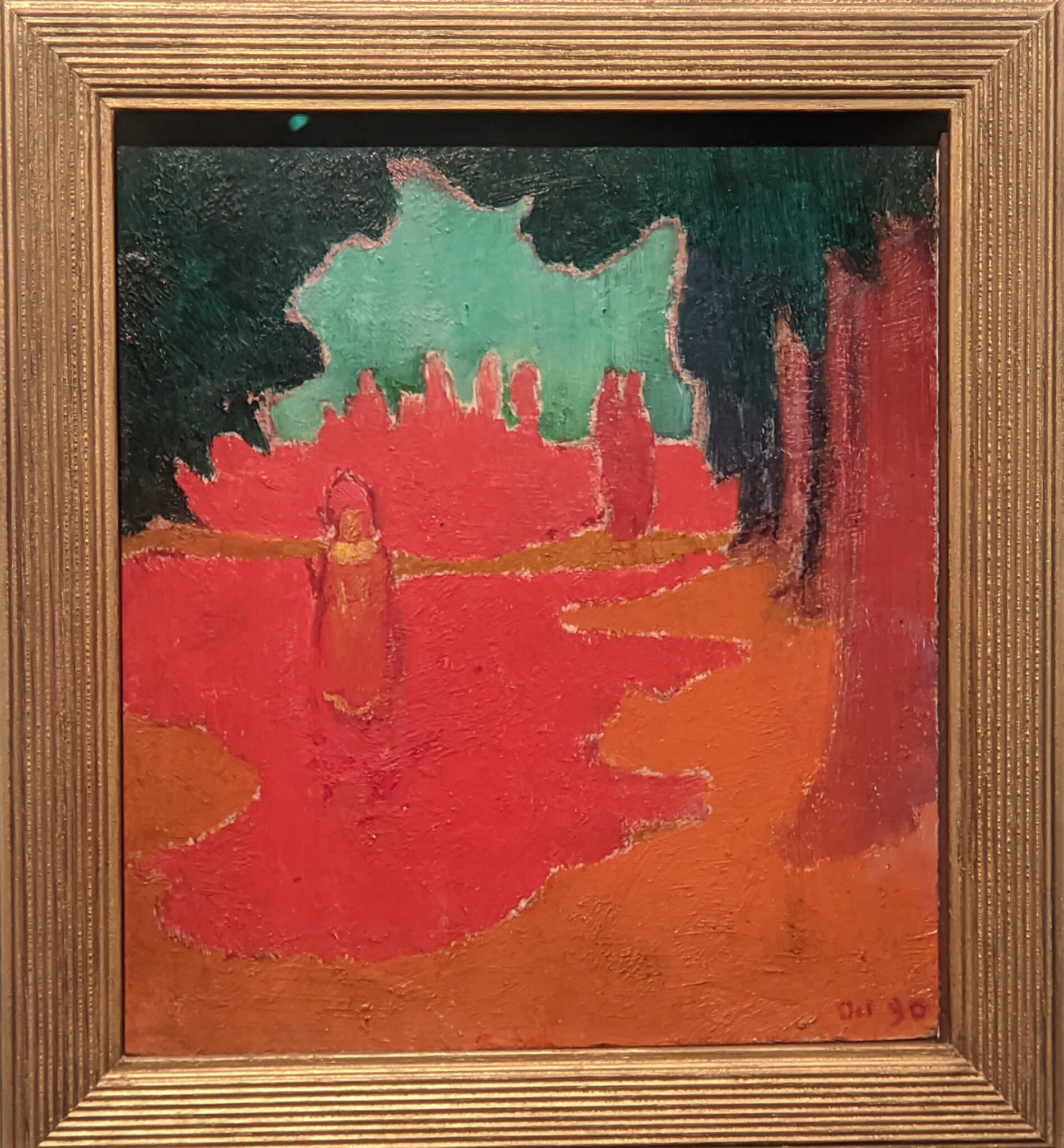
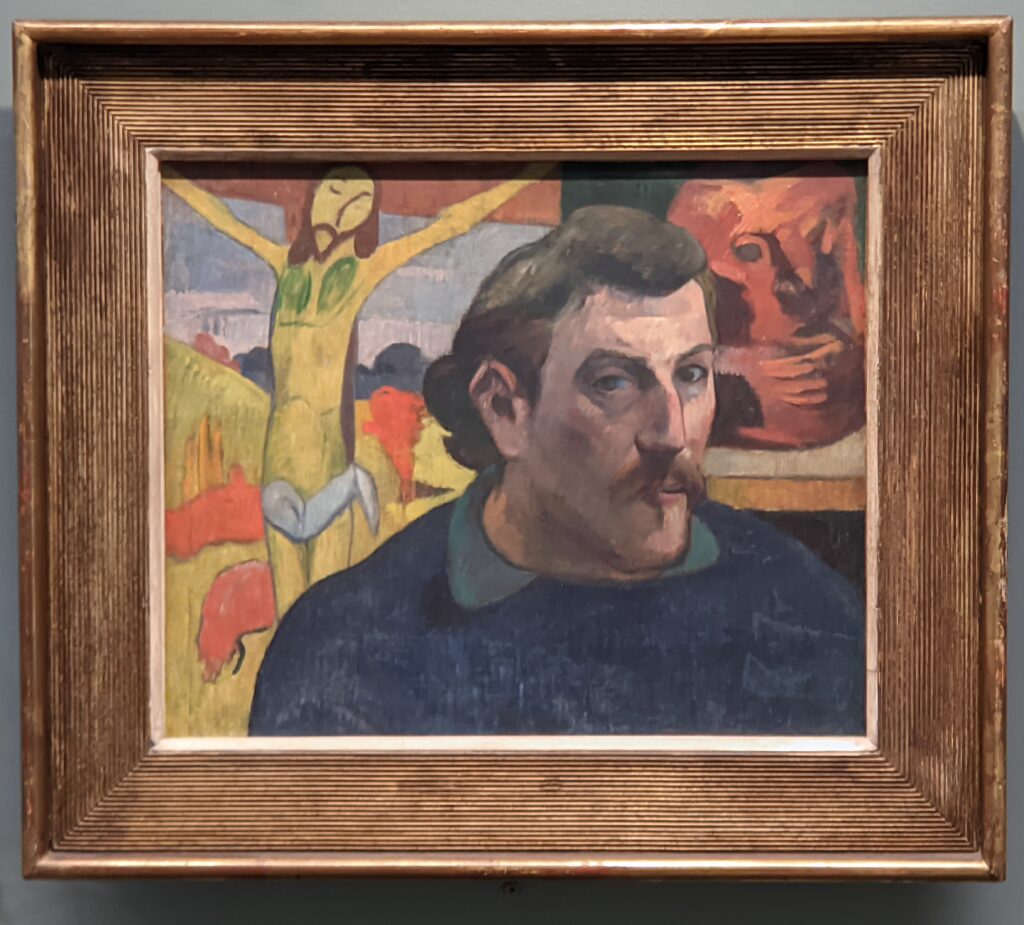
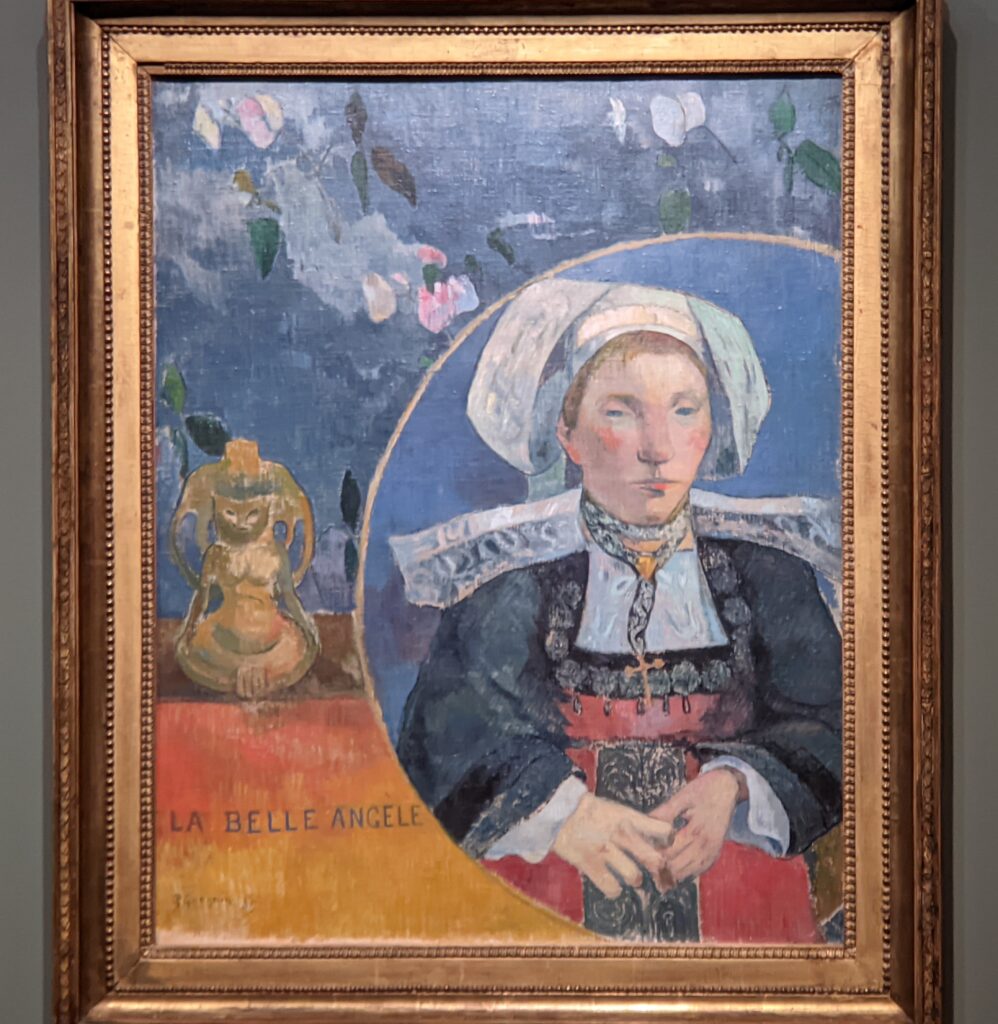
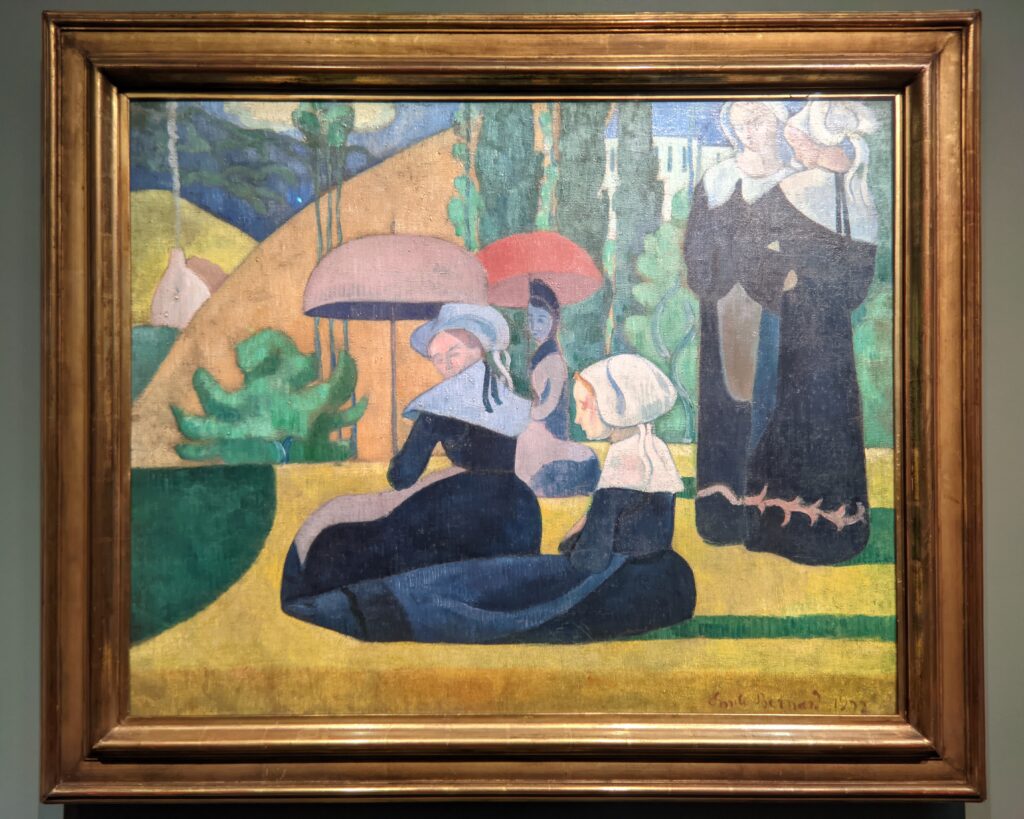
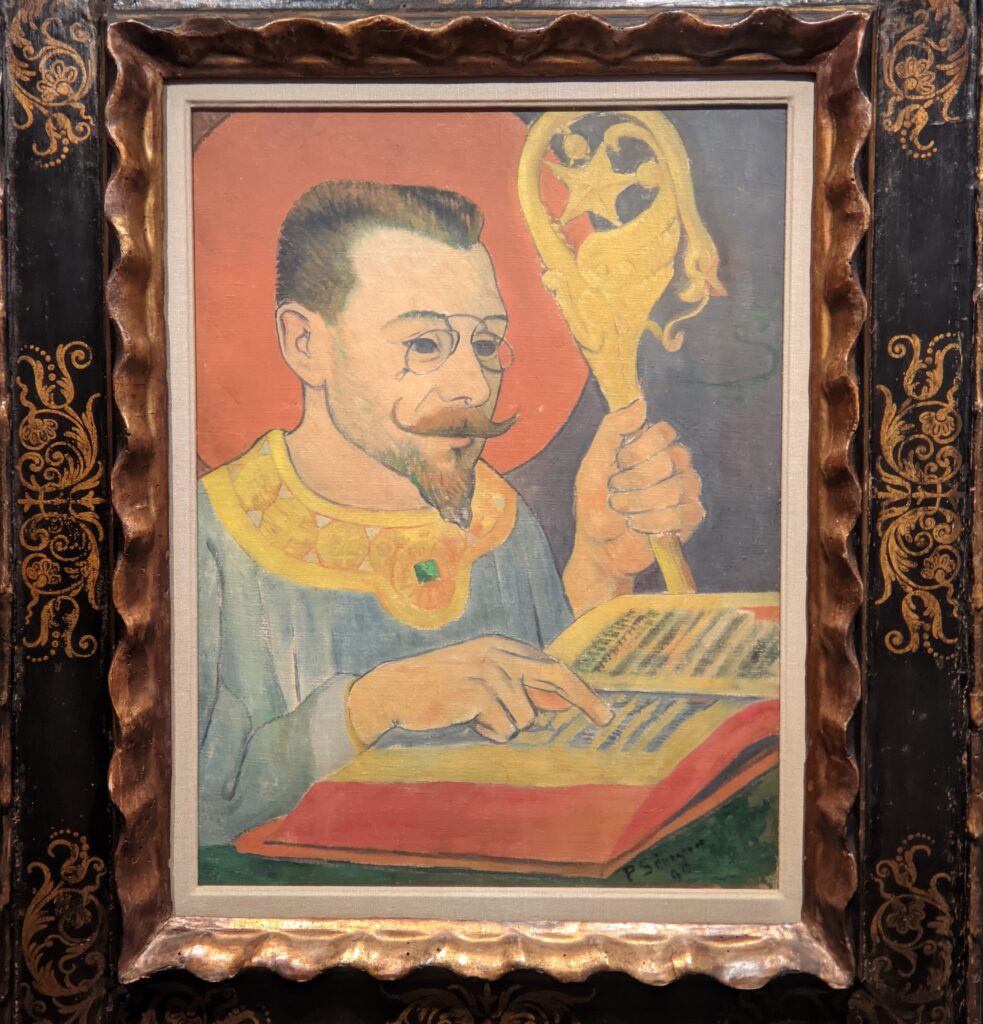
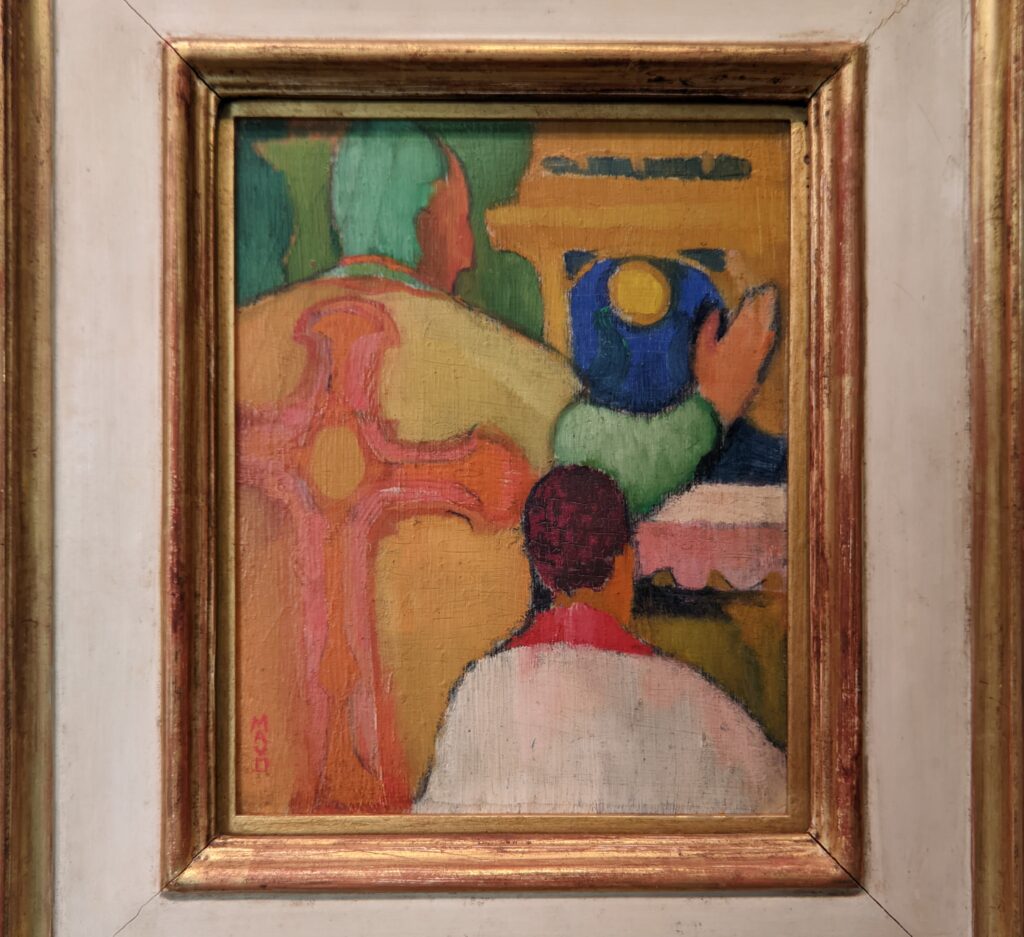
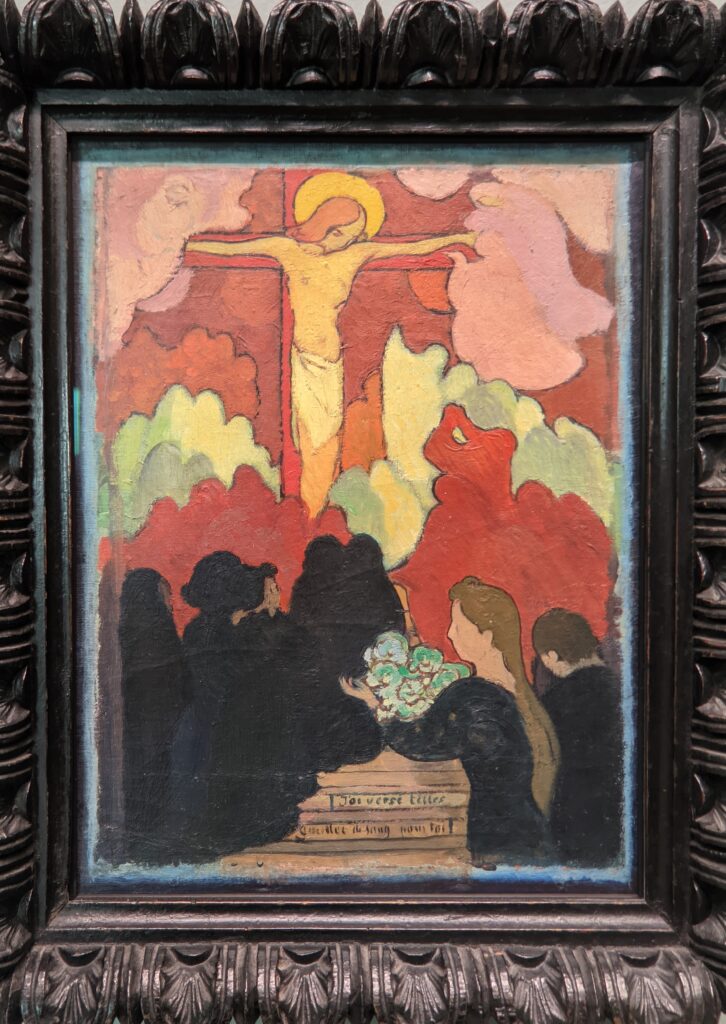
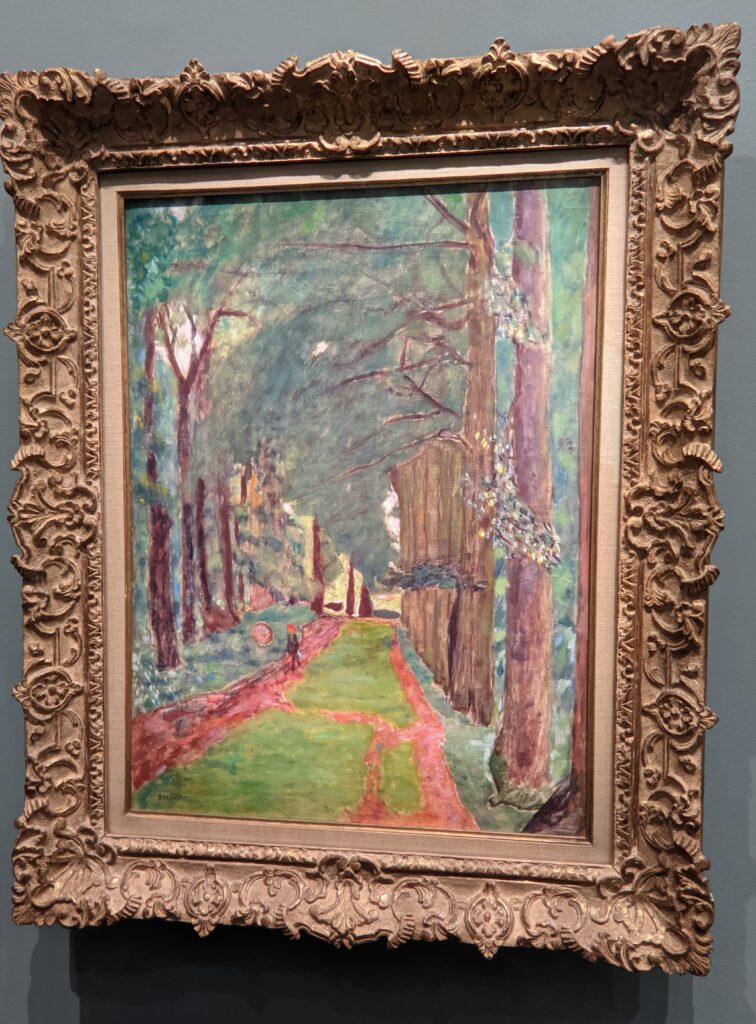
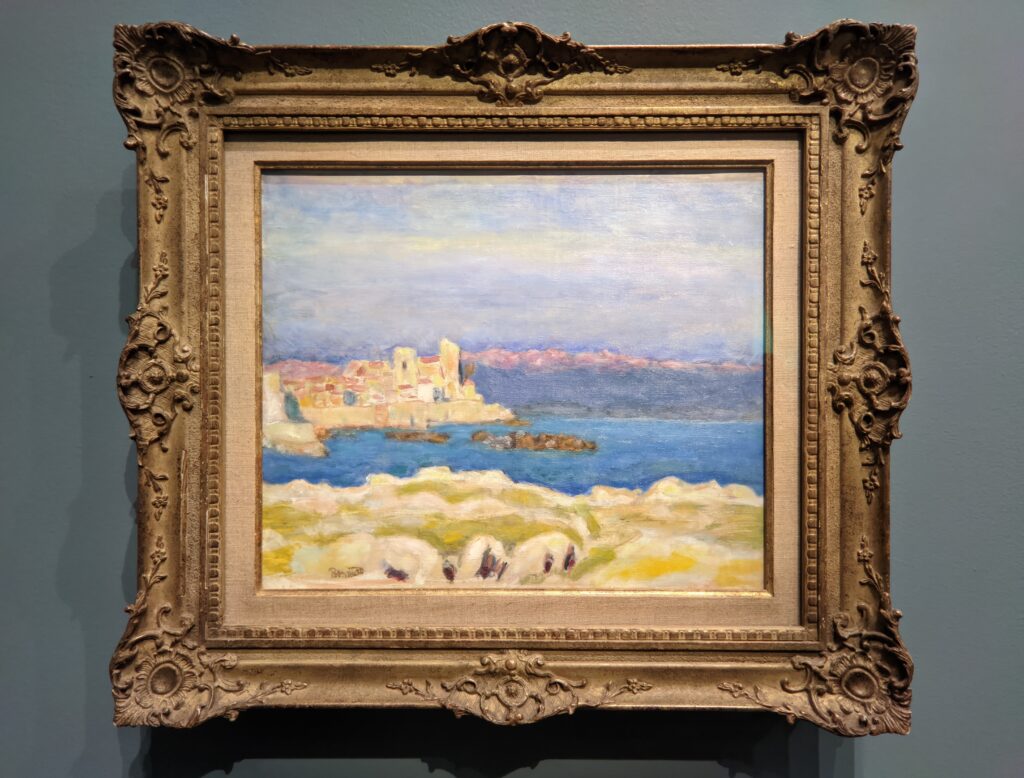
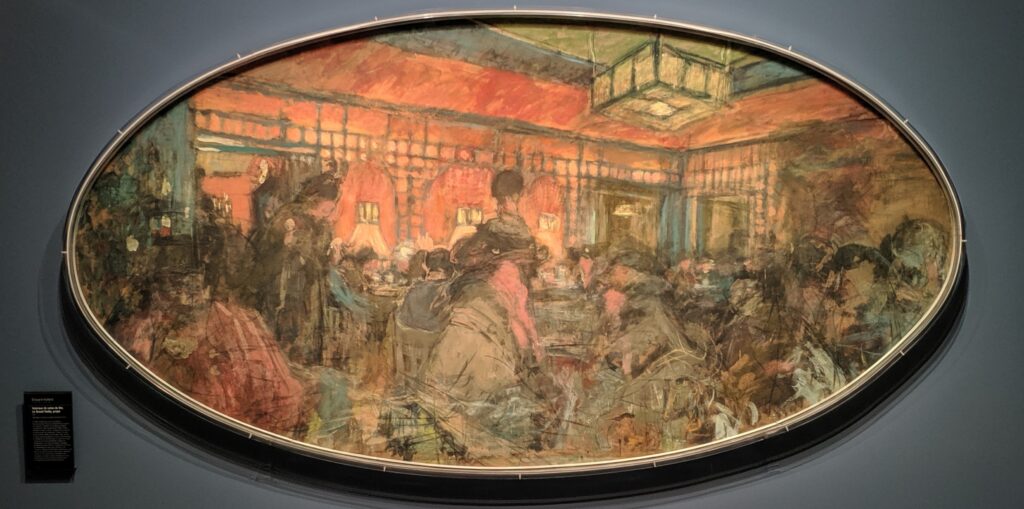
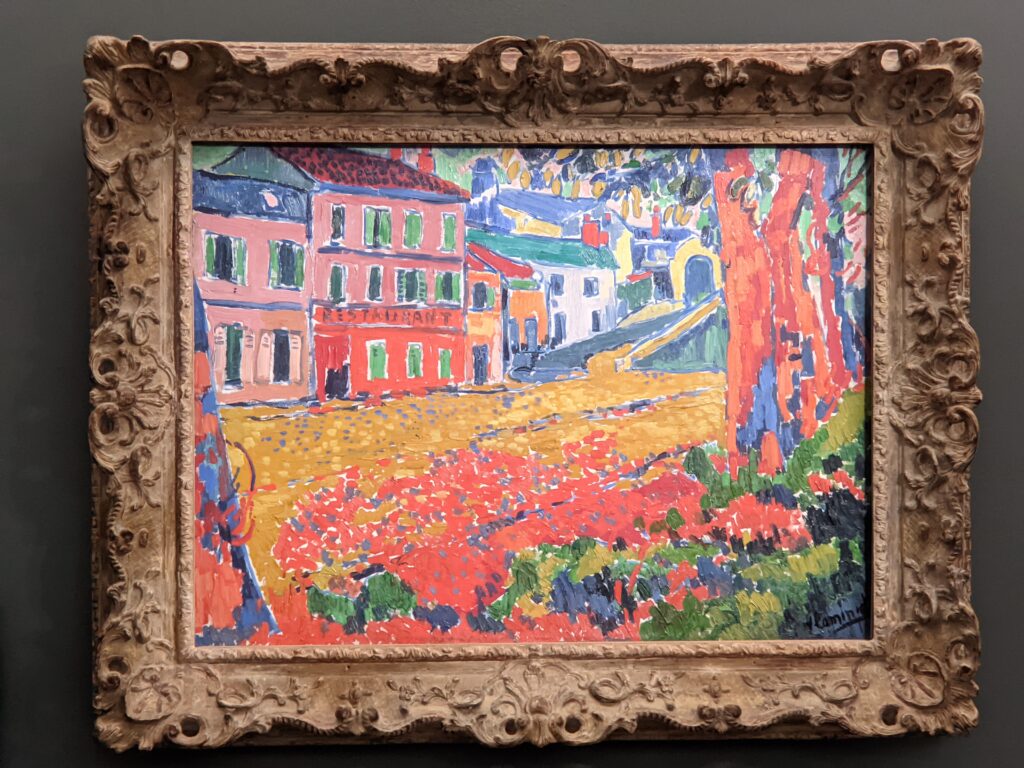
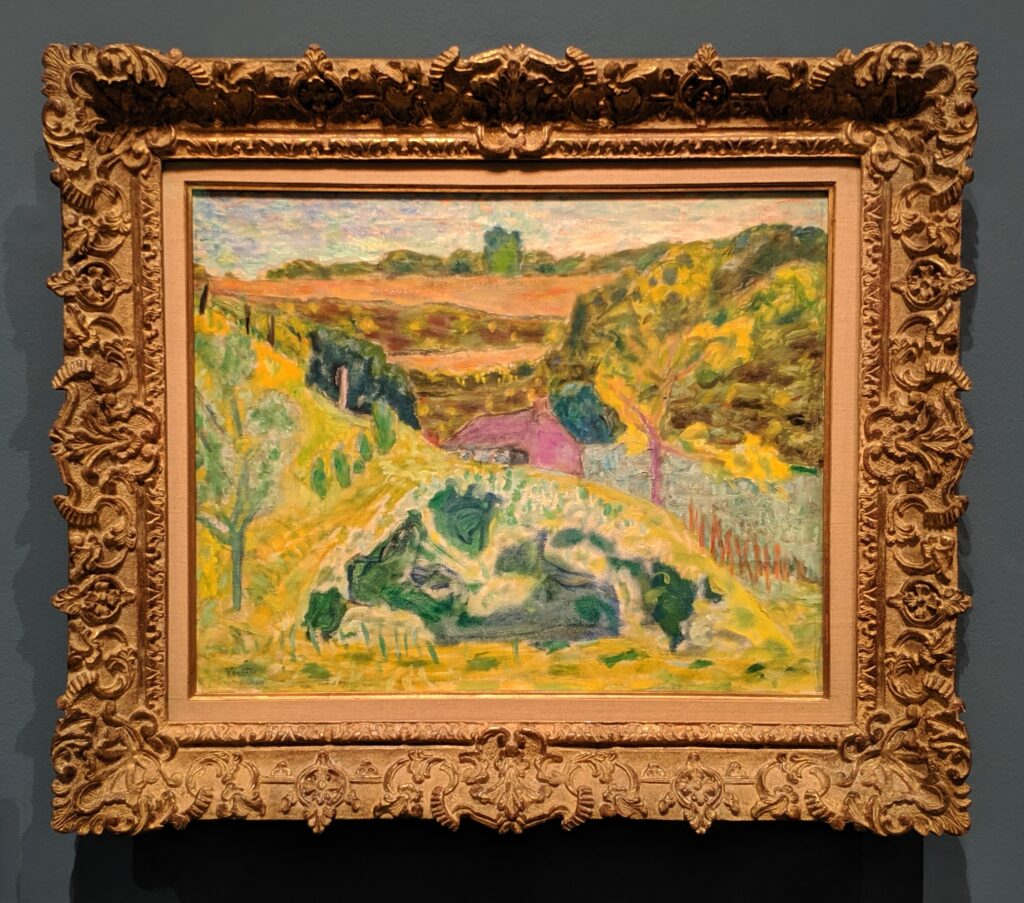
Previous Exhibitions Organized by the d’Orsay in Paris
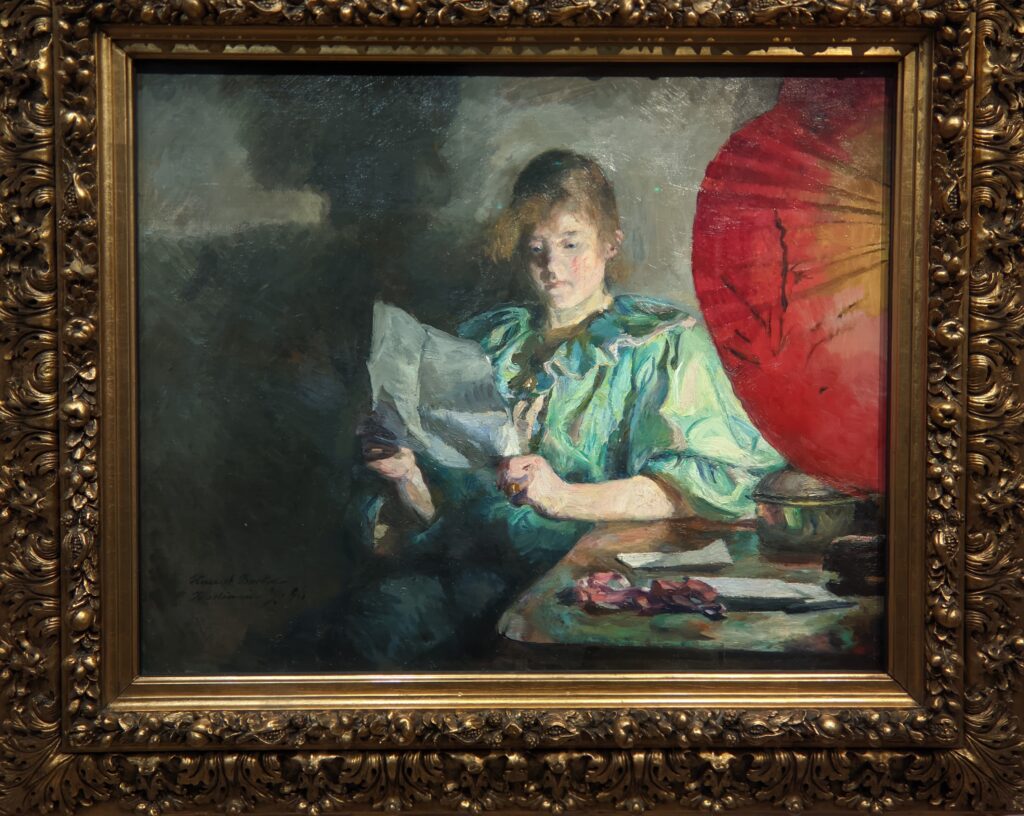
Additional images from past retrospectives presented by the Musée d’Orsay — such as Harriet Backer, Edvard Munch, Pointillism, Gaudí, Degas and more — can be found in our article entitled: “Previous Exhibitions at the Musée d’Orsay“.
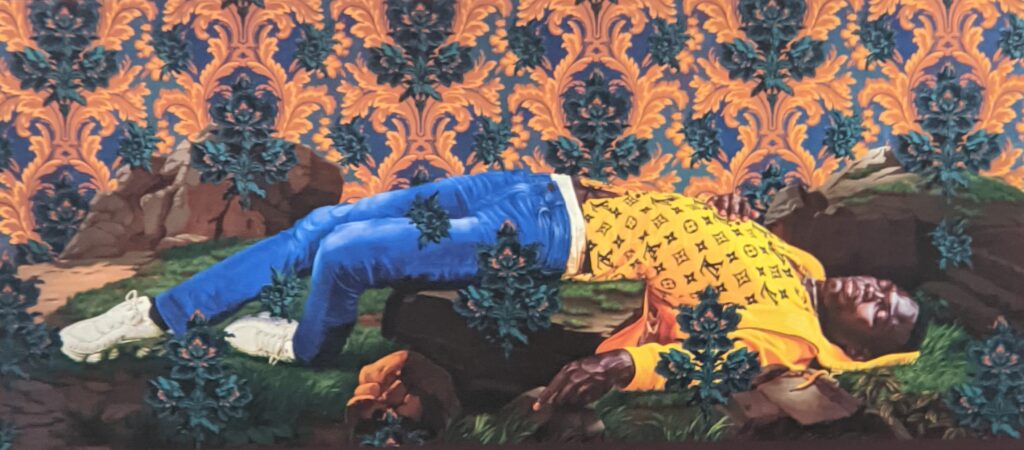
Closed on Mondays. Open Tuesday to Sunday 9:30 – 6:00 (18:00). Open 9:30 – 9:45 (21:45) on Thursdays. Metro # 12 to Solferino is best, or Metro # 1 and # 8 to Concorde.
2. Musée du Louvre
The Louvre Museum has fabulous holdings of Western Art — it’s the largest museum in the world — and the finest collections of Egyptian, Near Eastern, Greek, Etruscan and Roman antiquities. The Louvre is also the world’s most visited museum, receiving more than 10 million visitors a year, and its official website warns: “Admission without pre-booked tickets not guaranteed.” We chose not to describe the Louvre as the #1 Museum in Paris because possessing the greatest collection does not guarantee the most enjoyable experience.
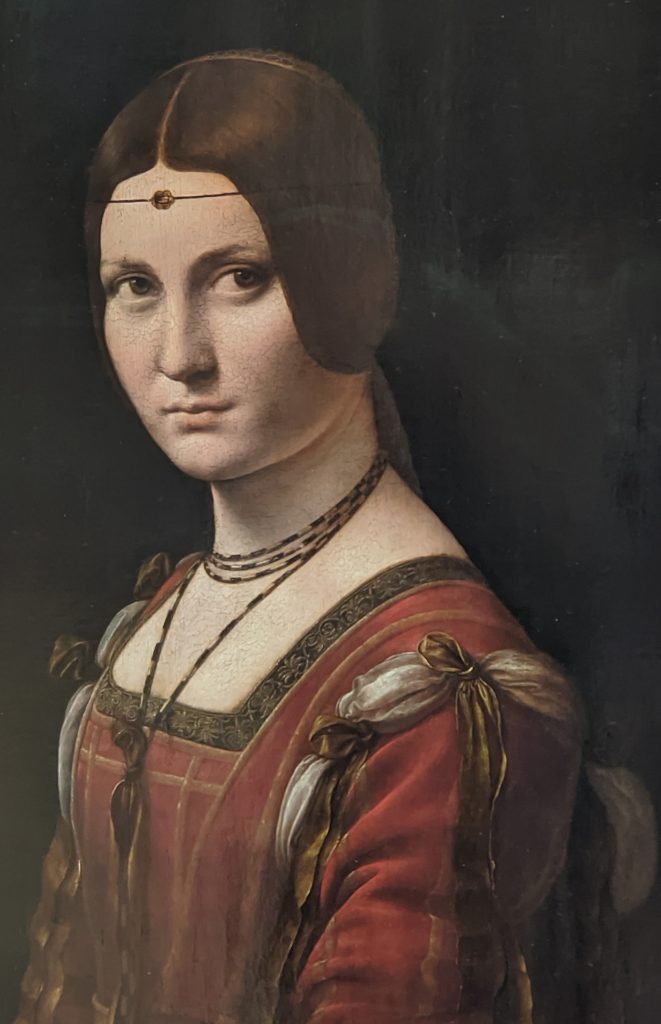
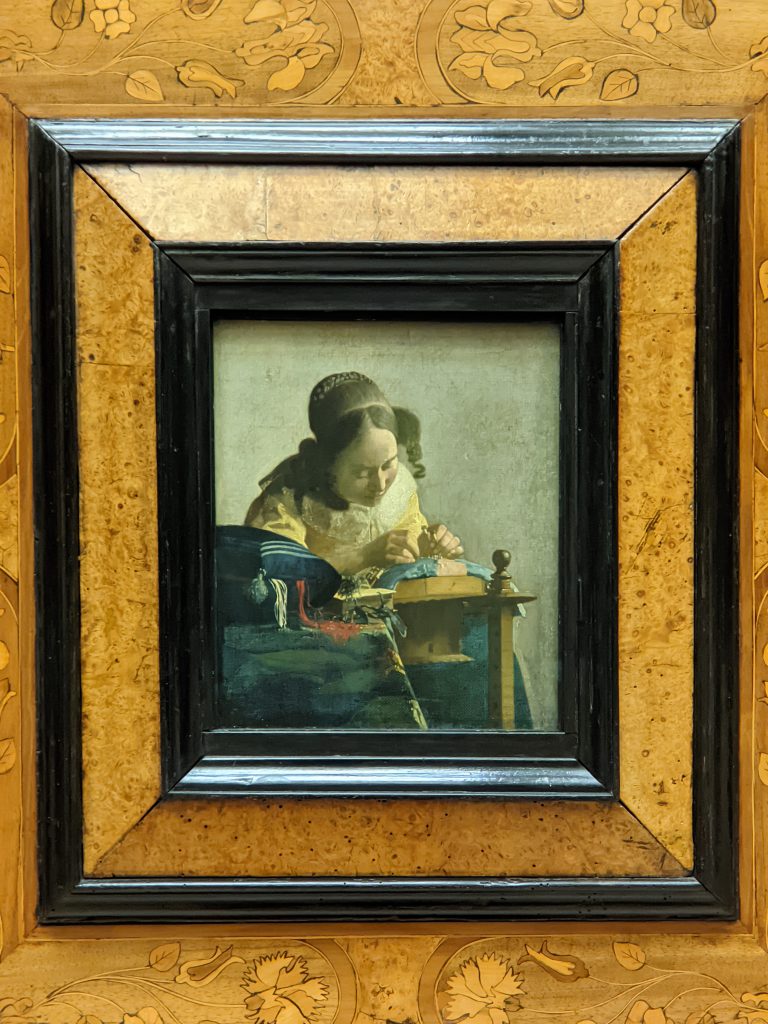
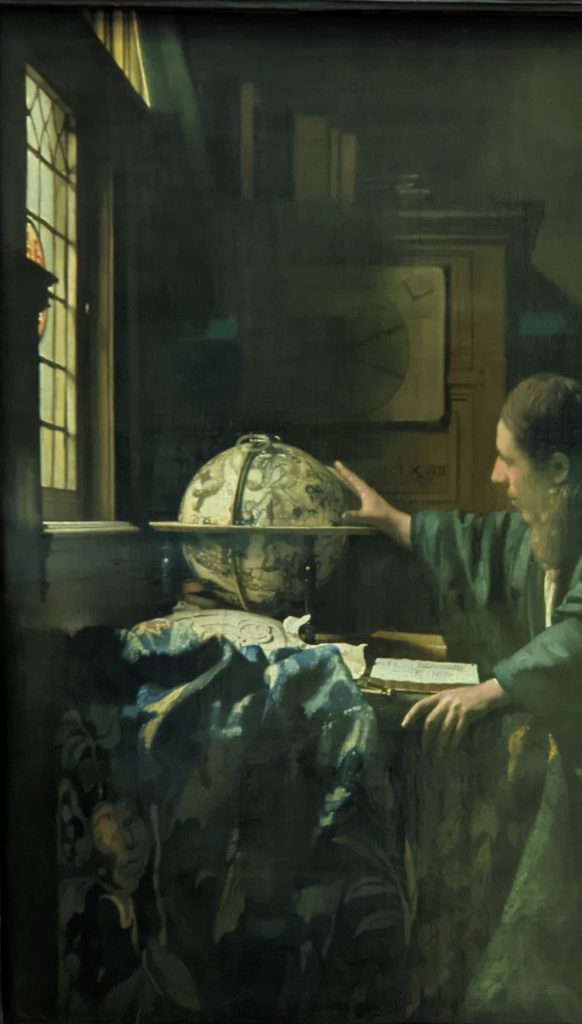
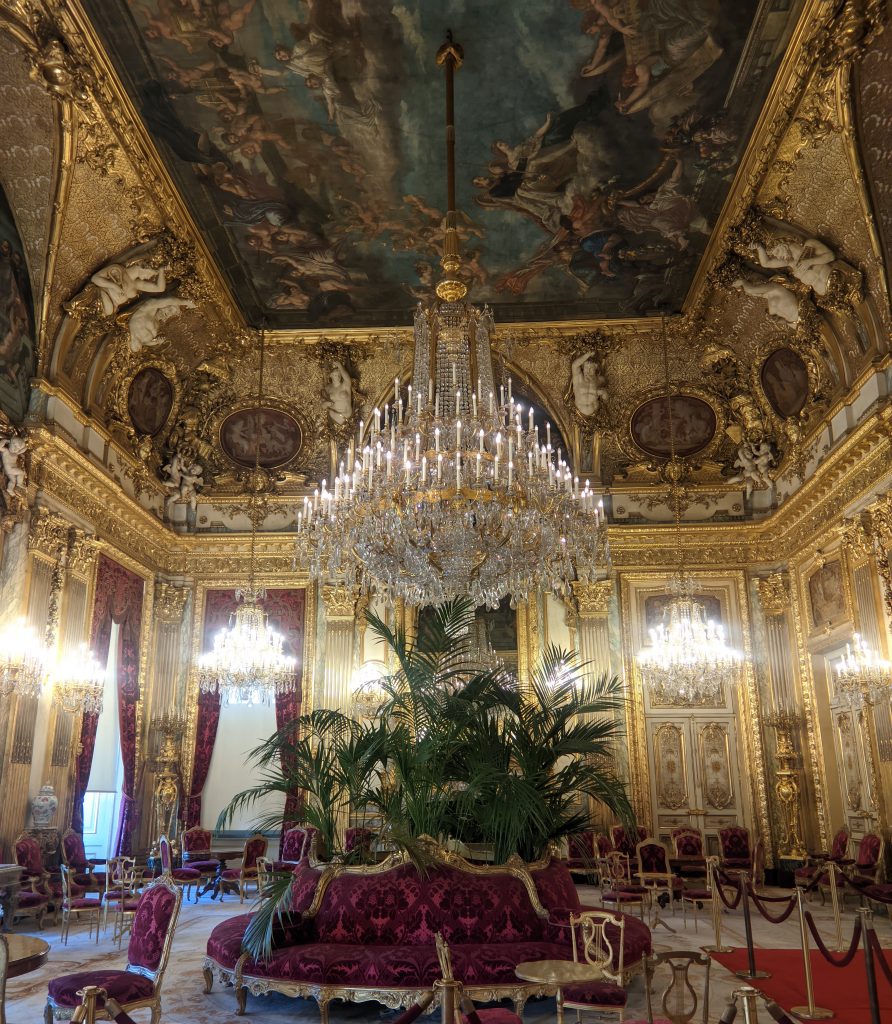
Despite the museum’s best efforts (and the gorgeous glass Pyramid opened in 1989) the Louvre is composed of three separate pavilions. You must visit the Louvre. It is amazing, but it can also be challenging — just ask anyone who waited for years to view the Mona Lisa and inquire “Were you satisfied, or disappointed?”
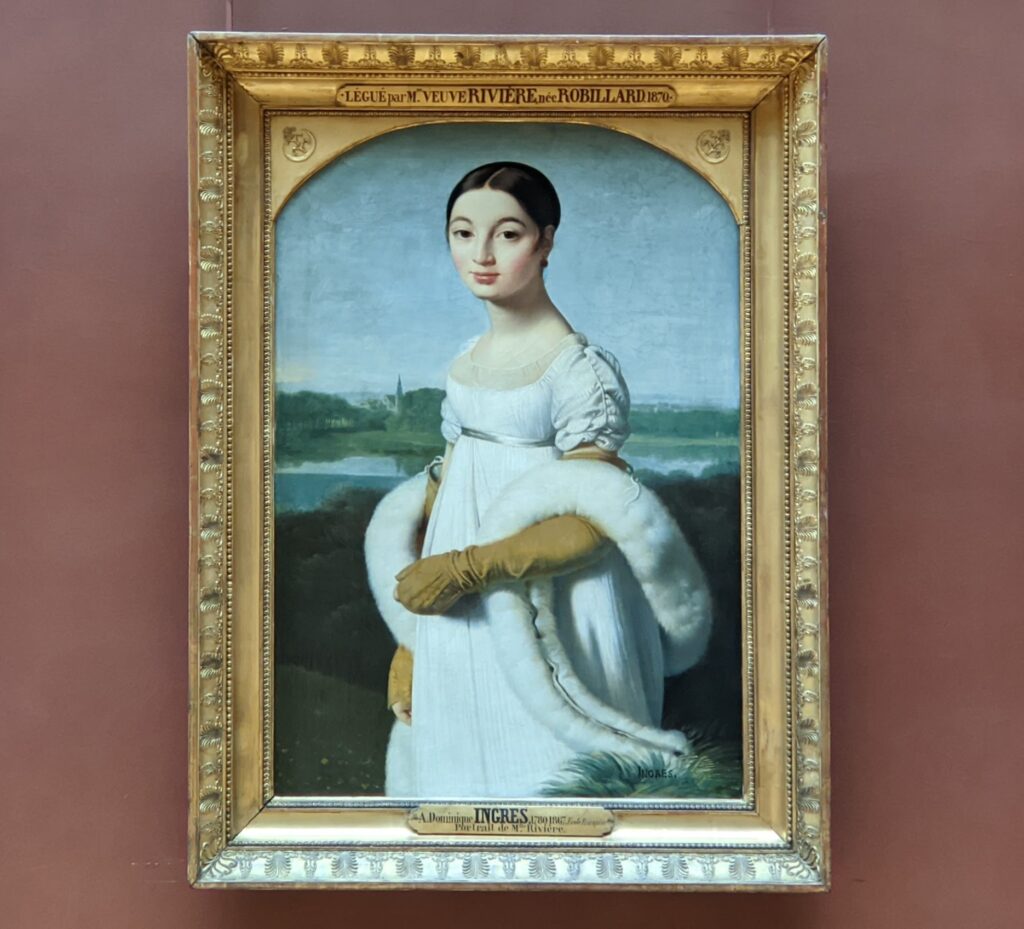
A presentation of jackets embroidered with jewels, gold & rock crystal (below) created by the fashion designer Yves Saint Laurent was on display in the Galerie d’Apollon (room 705, Denon Wing) in 2022 to honor the French couturier, who died in Paris in 2008. His creations were presented in this Galerie to illuminate a dialogue with the lavish crown jewels.
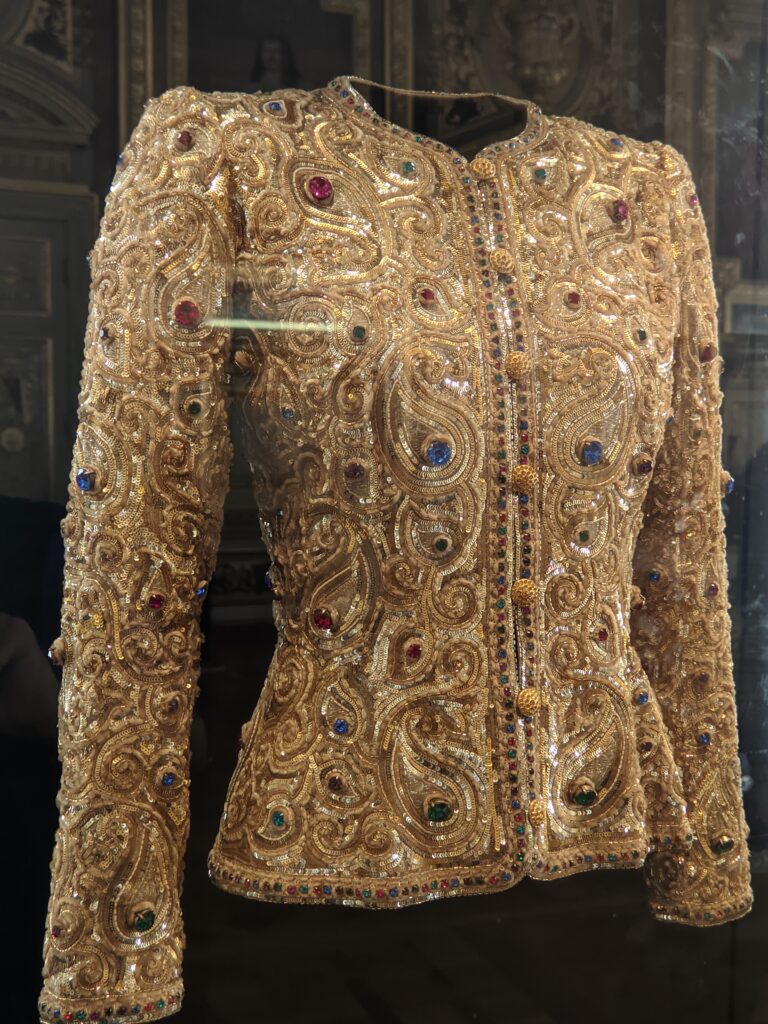
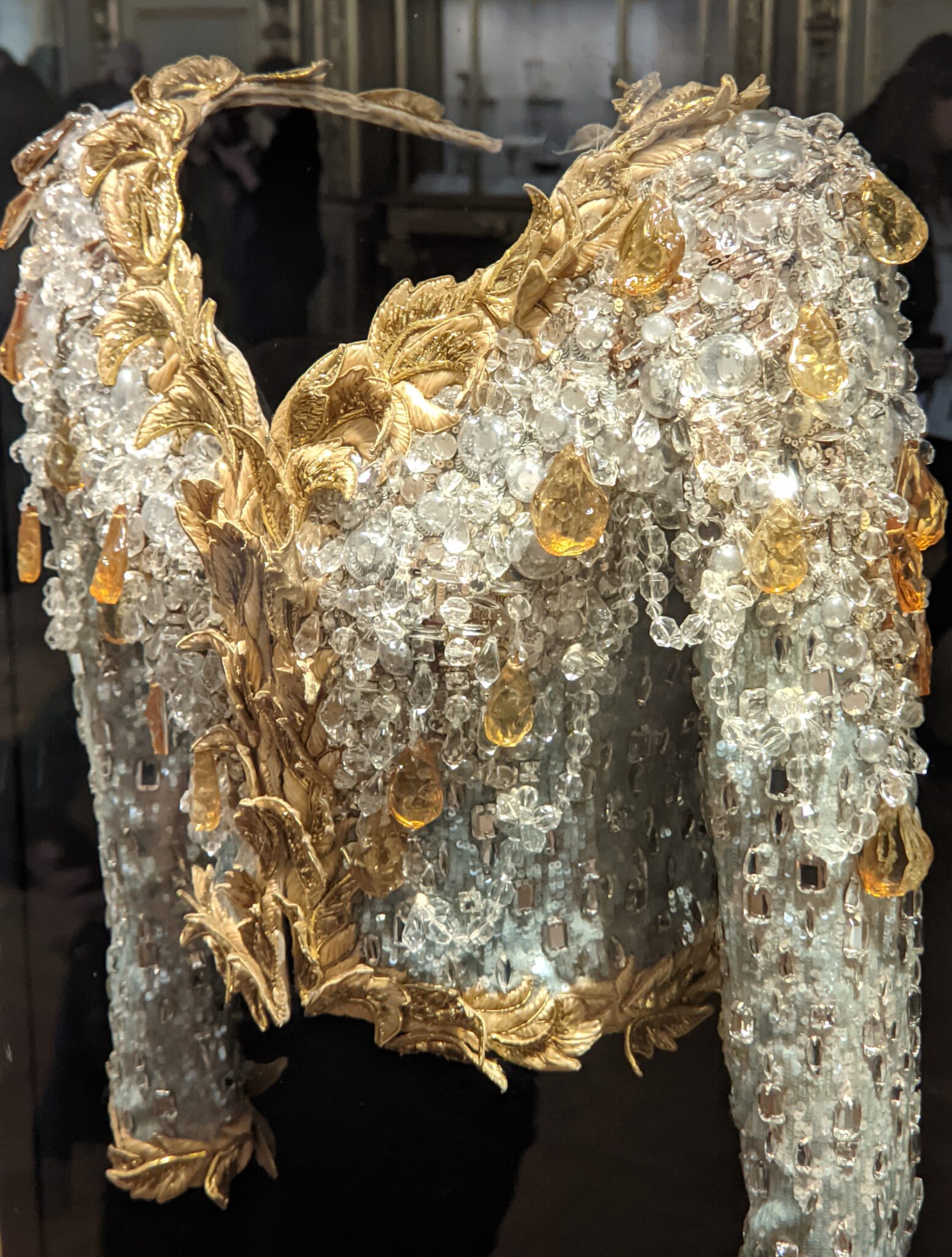
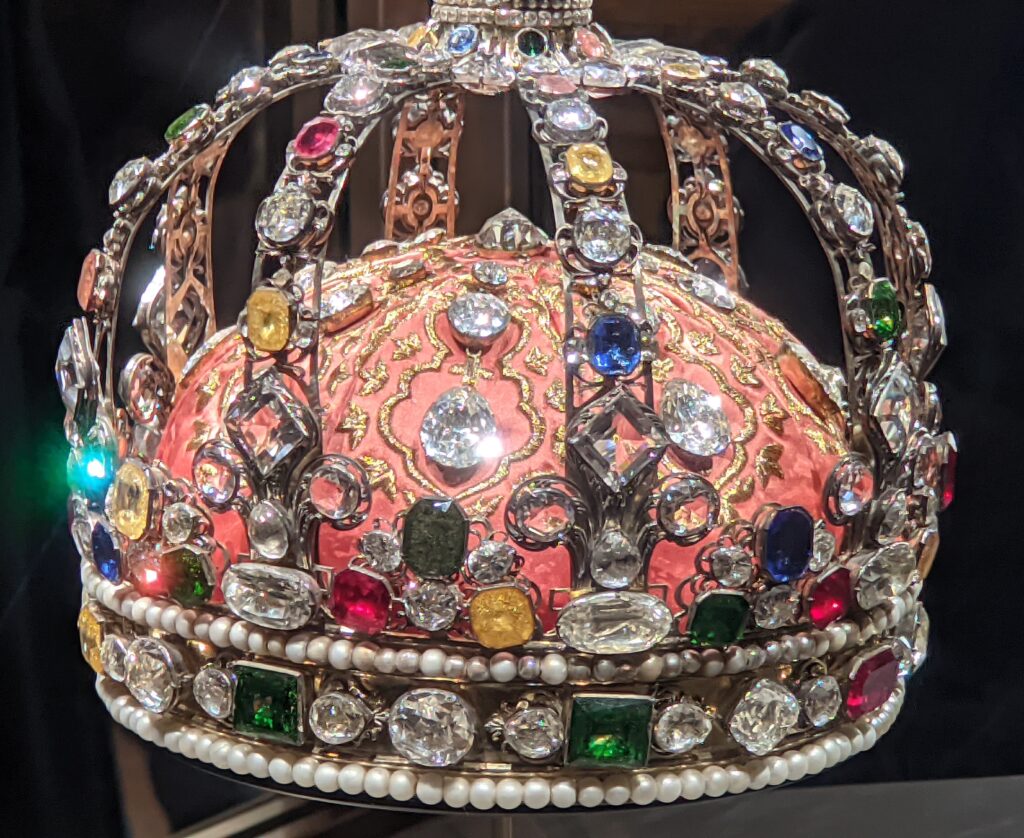
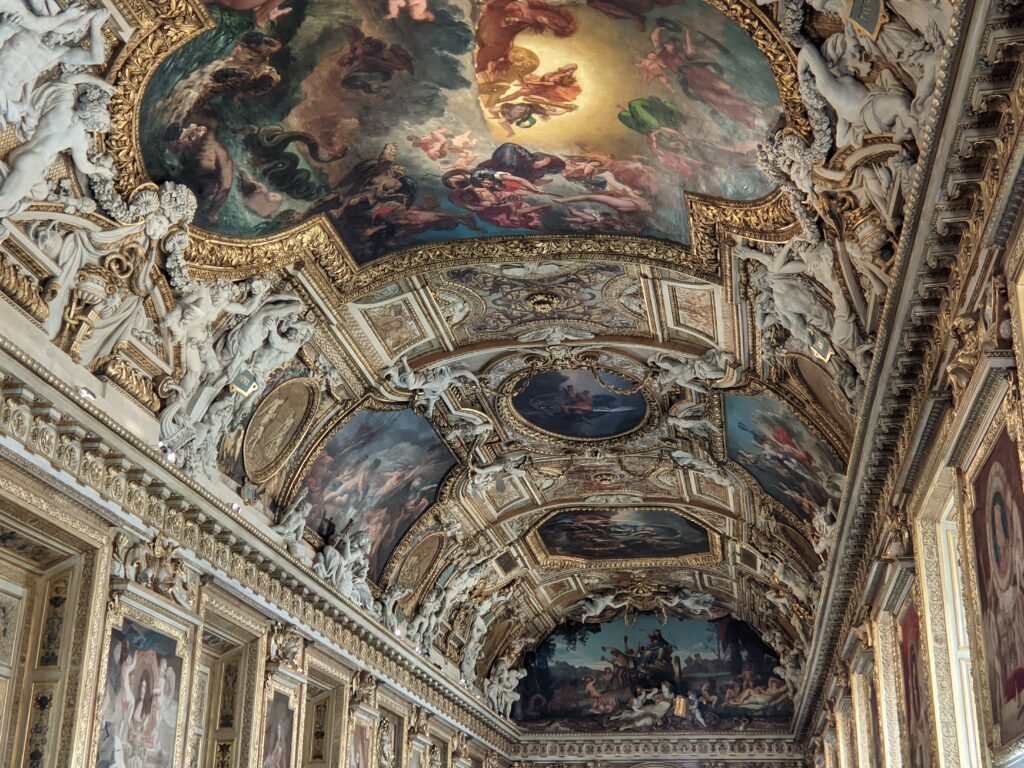
First designed in the 1660s, the gold decoration of the Gallery of Apollo was completed in the mid-19th century to give visual form to the sun’s power within our solar system. This room has housed the Louvre’s collection of French Crown Jewels since 1887.
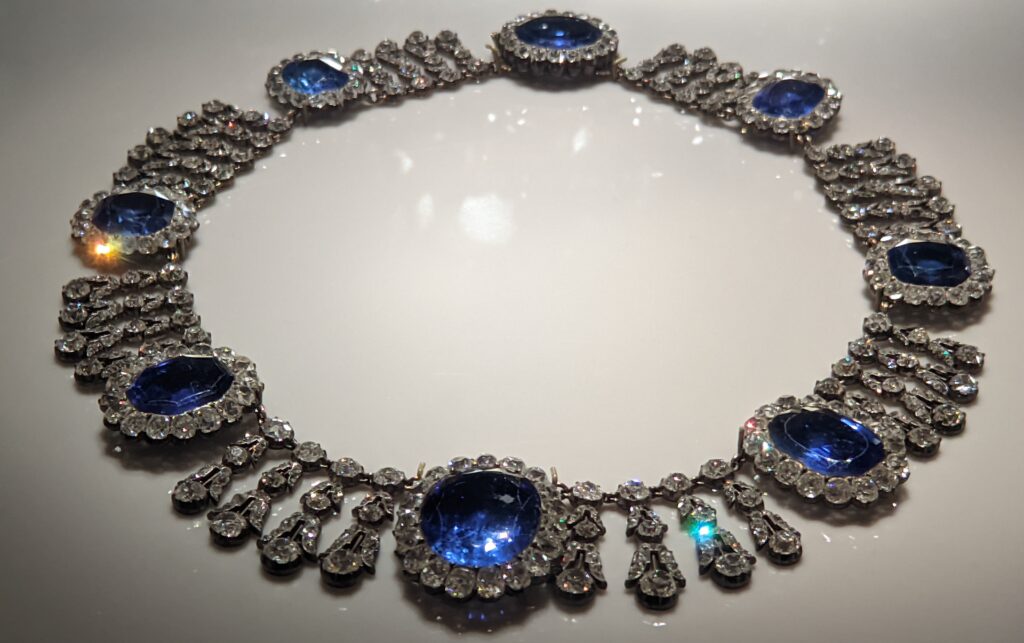
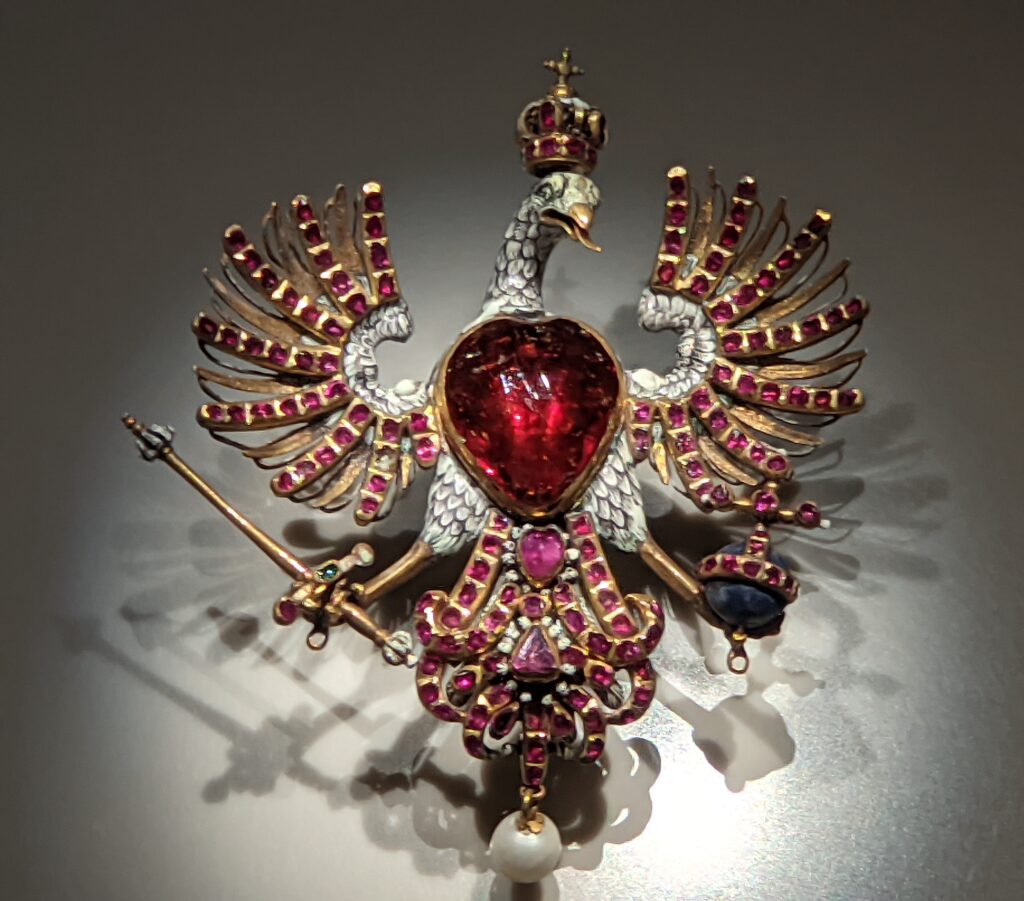
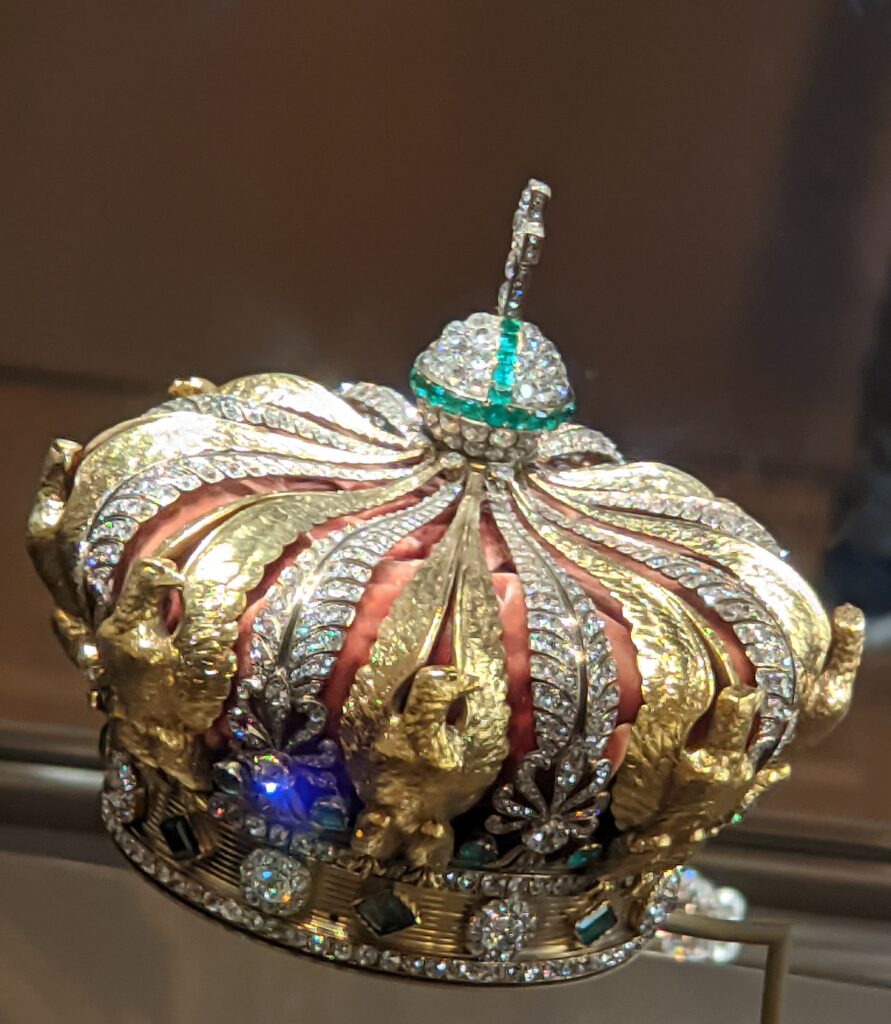
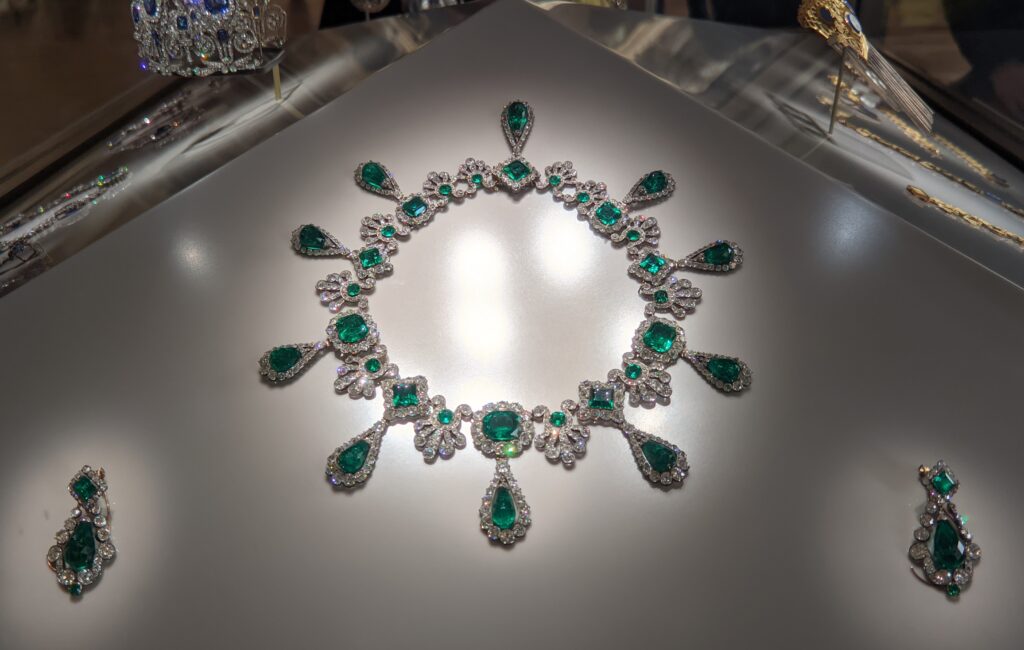
Closed Tuesdays. Open Wednesday through Monday 9:00 – 6:00 (18:00). Metro #1 and #7 to Palais-Royal Musée du Louvre. Go late in the day on Wednesday or Friday when the museum is open until 9:00 in the evening (21:00).

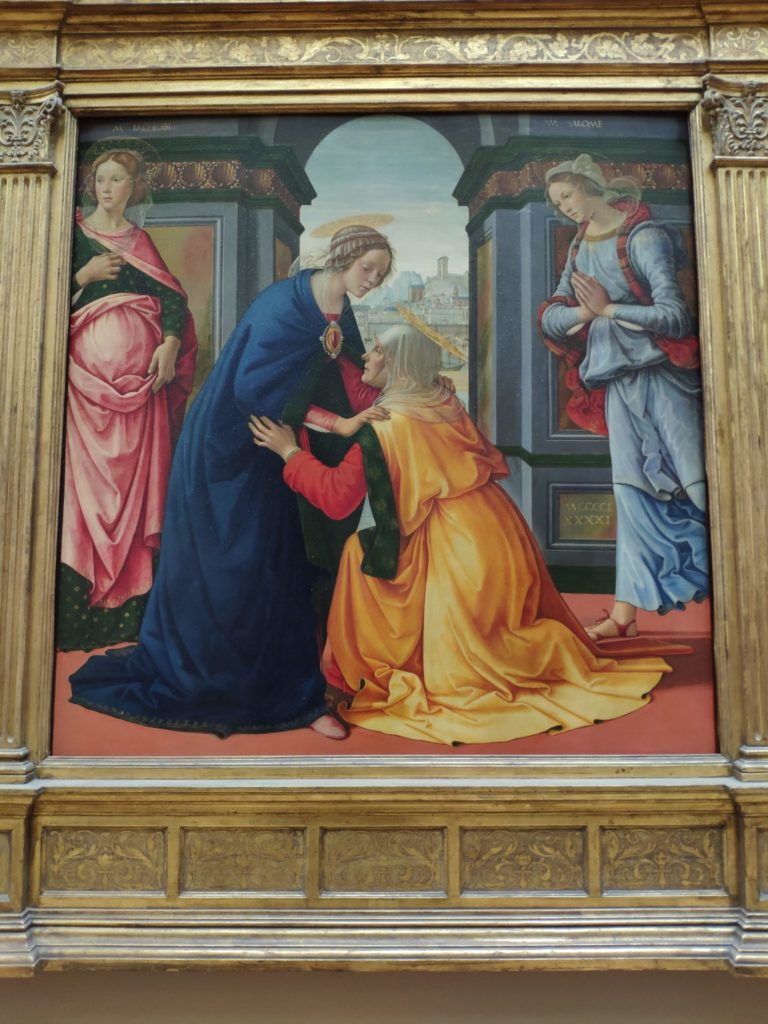
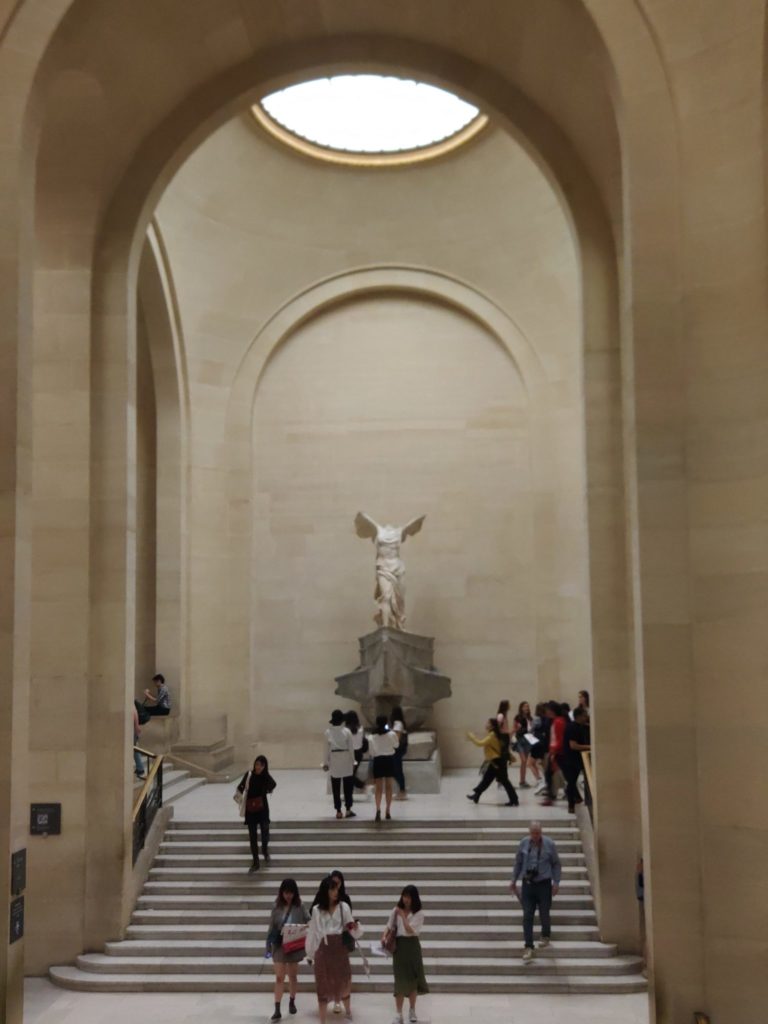
Above left: 3,000-year-old reliefs from the Assyrian city of Nimrud
Middle: Renaissance painting
Right: The Hellenistic sculpture “Winged Victory of Samothrace”
Art Lovers Tips: Upon arrival inside the Louvre, ask for a museum map, learn which sections are closed that day, choose what you wish to see, and seek advice regarding the most logical itinerary — remember, there are three pavilions. First, head to Near Eastern Antiquities (Mesopotamia, within the Tigris-Euphrates river system) for the best collection within the Louvre and the least touristed! Then, see Michelangelo’s Slaves. Finally, mix it up a bit: see something different such as the Apartments of Napoléon III, Egyptian artifacts (spanning 30 dynasties over 3 millennia, the world’s largest collection of this type) or the Dept. of the Arts of Africa, Asia, Oceania and the Americas (hidden near the Porte des Lions entrance).
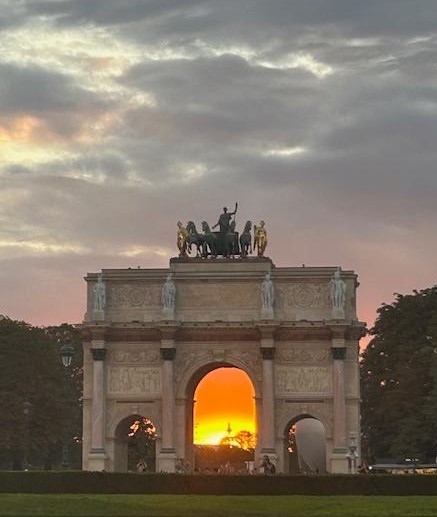
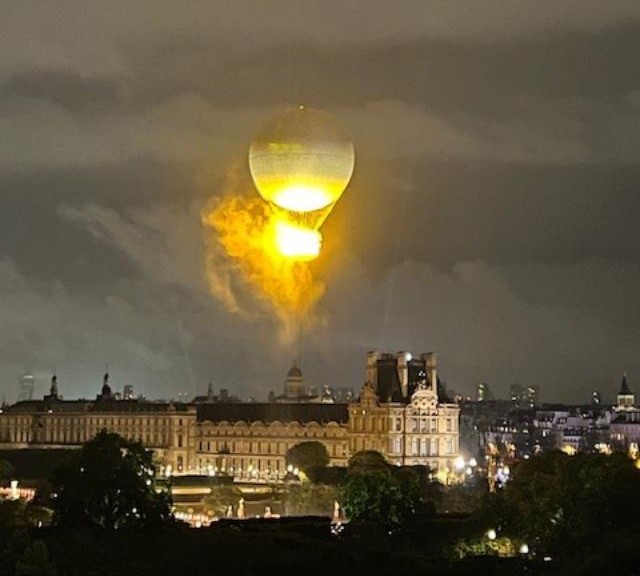
Below: Exterior of the Centre Pompidou.
3. Centre Georges Pompidou Musée National d’Art Moderne
To appreciate the Pompidou Center, one must embrace an understanding of urban planning, revolutionary change, and architectural history. Architects Richard Rogers and Renzo Piano’s controversial experiment transformed a gritty, rundown section of Paris — the Beaubourg — into an energetic multi-cultural neighborhood open to learning and contemporary art forms. By leaving the building’s mechanical and structural systems exposed on the façade, the first important Inside-Out high-tech structure was born in 1977 using more than 15,000 tons of prefabricated steel — and the opposition was fierce. “Paris has its own monster, just like the one in Loch Ness”, screamed an article in Le Figaro. When Rogers revealed to a woman passing by the Pompidou that he designed it, she struck him with her umbrella. Later, the jury that awarded Rogers the 2007 Pritzker Prize got it right, noting the Pompidou “revolutionized museums, transforming what had once been elite monuments into popular places of social and cultural exchange, woven into the heart of the city.”
BELOW: two paintings by Robert Delaunay (left) and a sculpture by Henri Laurens (right).
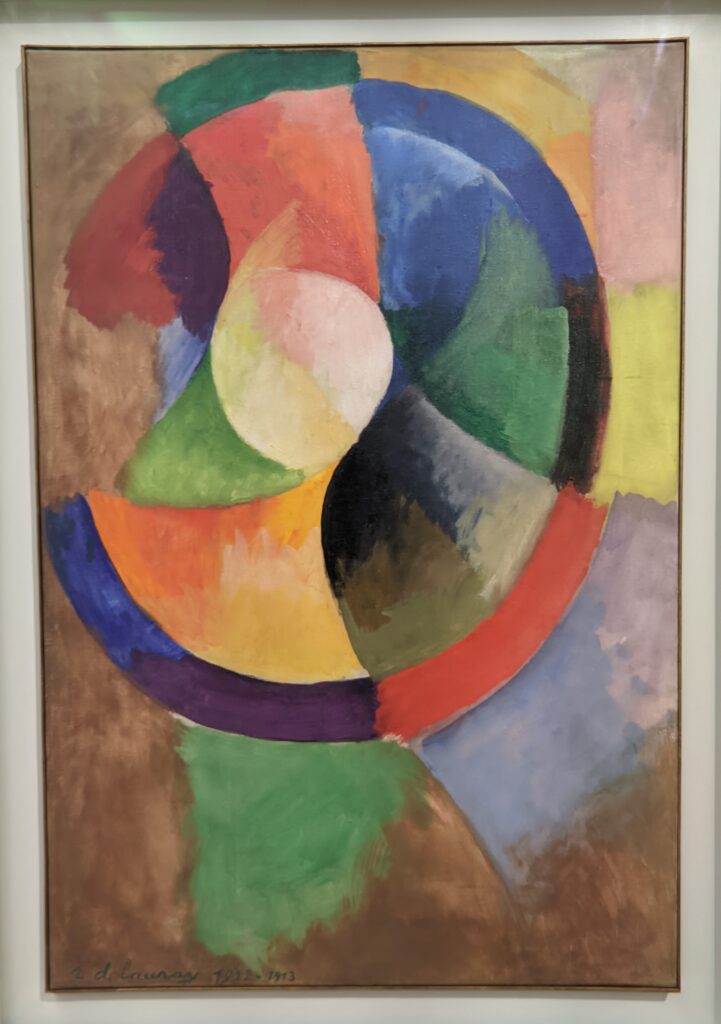
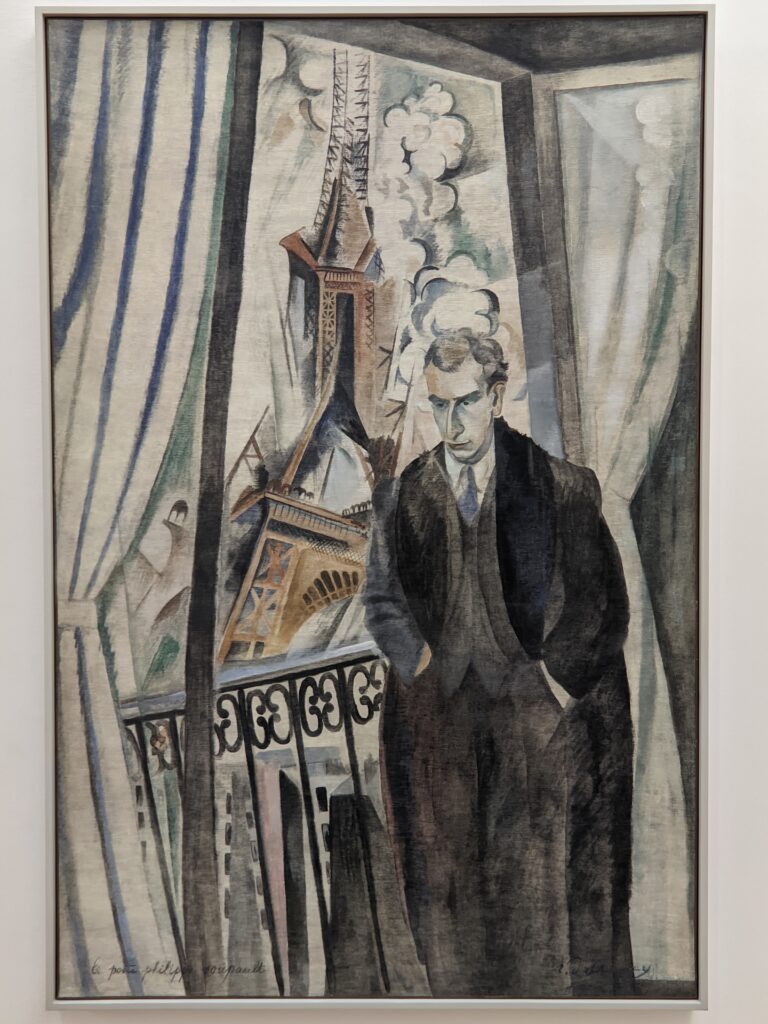
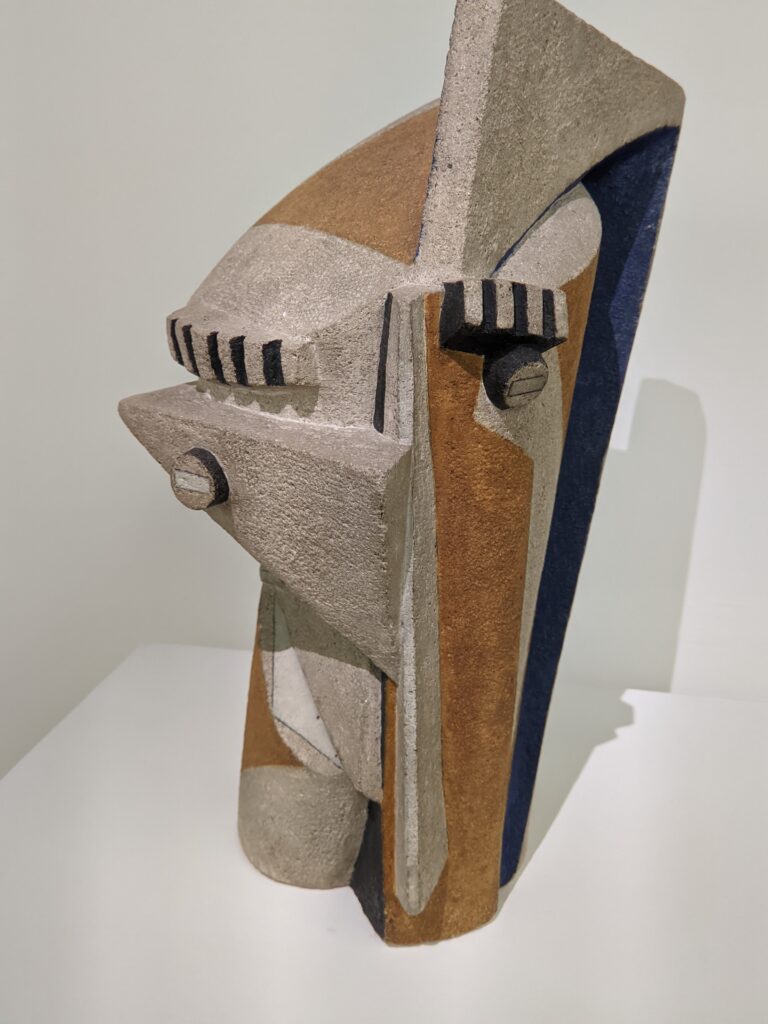
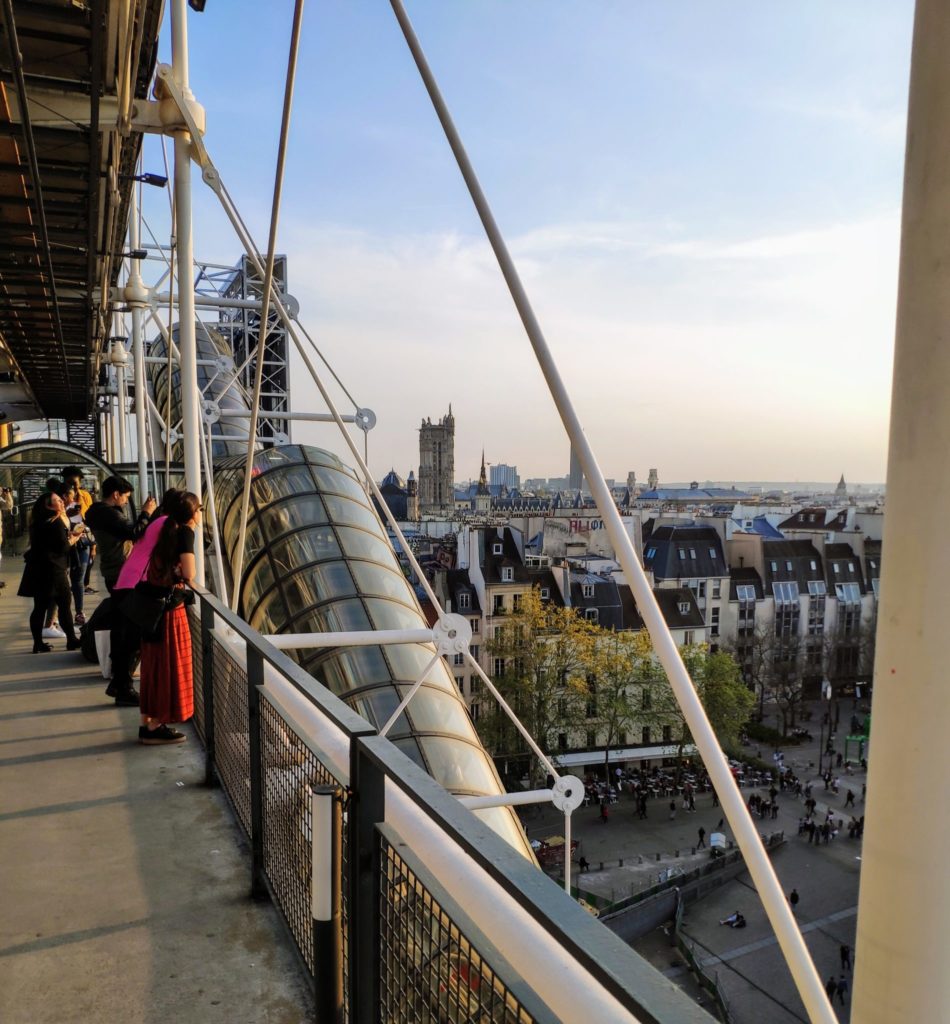

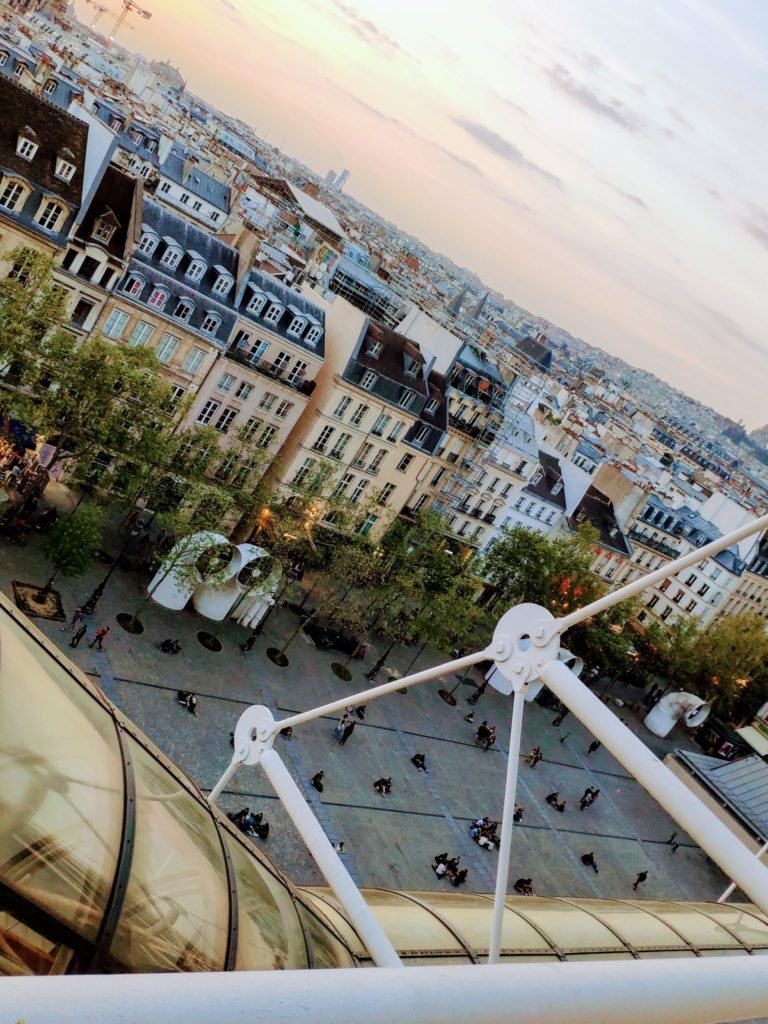
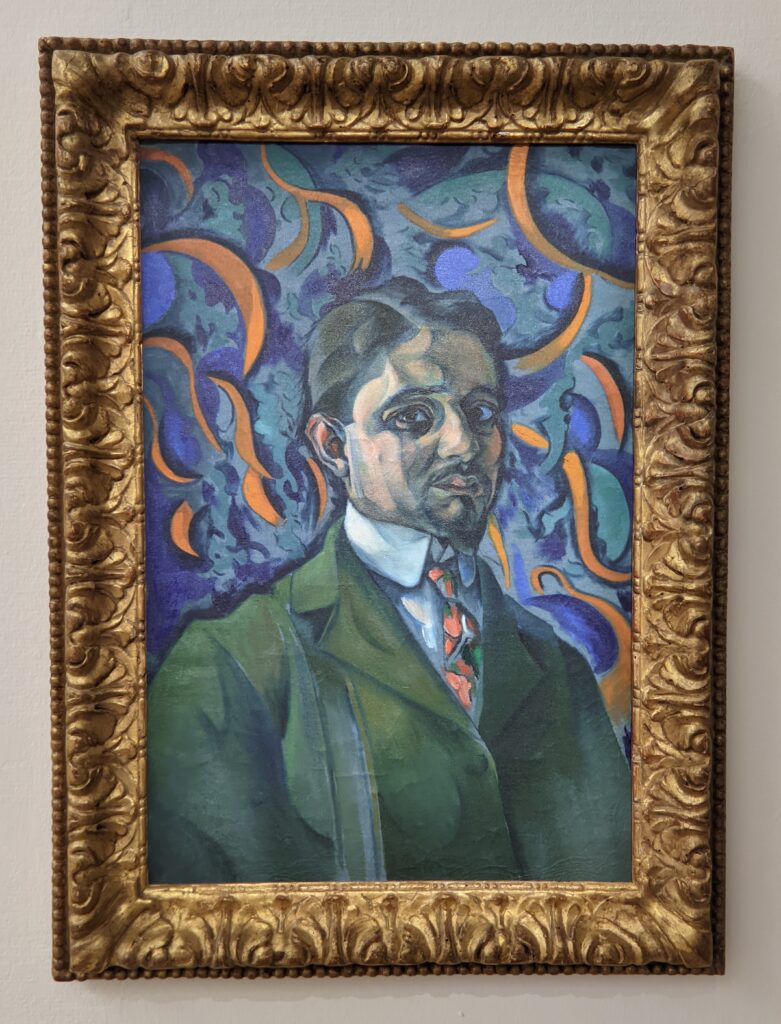
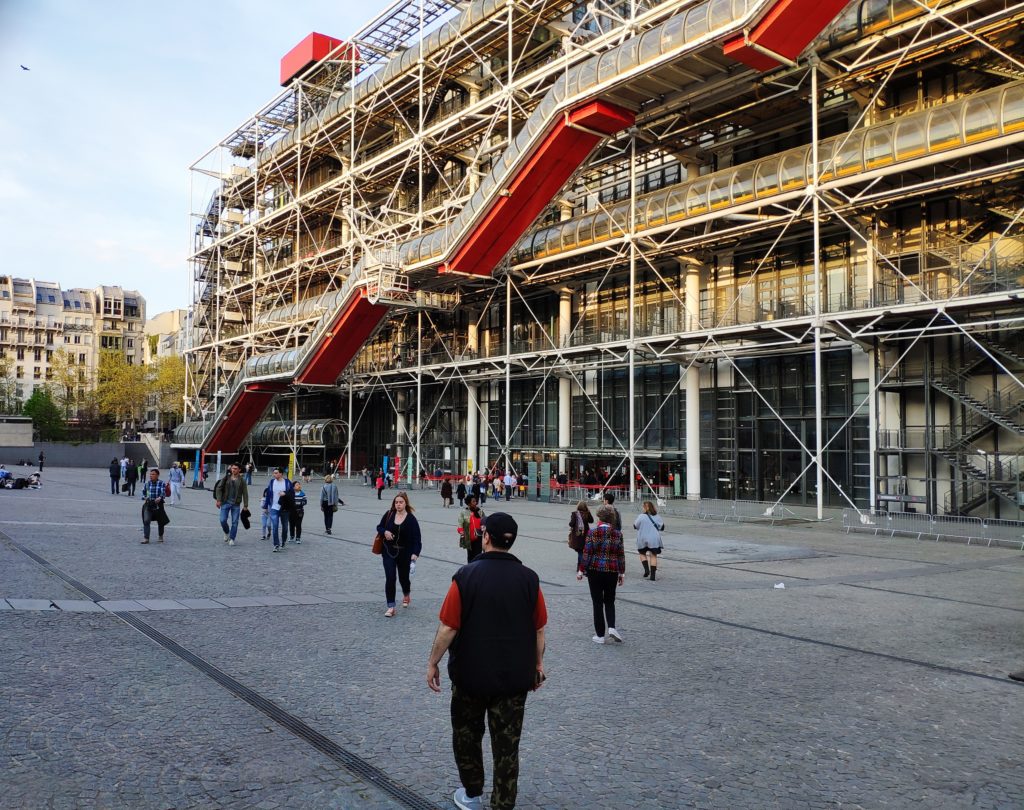
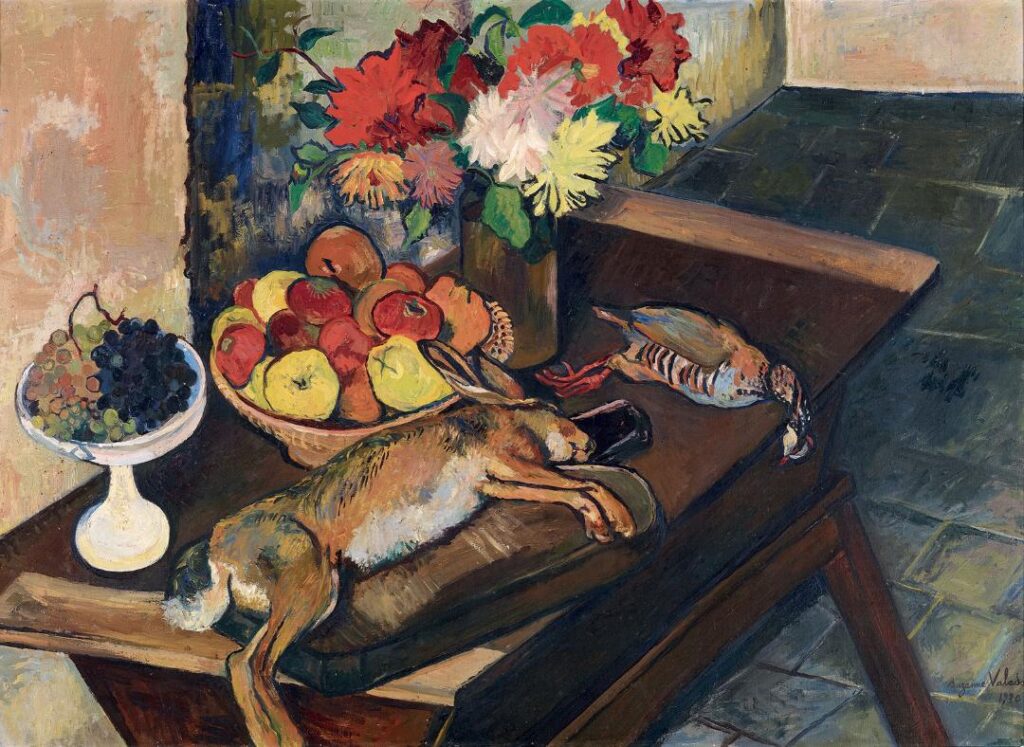
Exhibition: Suzanne Valadon at the Centre Pompidou
From January 15 through May 26, 2025, the Centre Pompidou is presenting 200 drawings and paintings — the artist’s two preferred mediums — created by Suzanne Valadon (1865 — 1938). Divided into five thematic sections, this exhibit allows us to retrace Valadon’s unique journey from her beginnings as the favorite model of all of Montmartre to her artistic recognition, which came very early, by her peers and the critics.
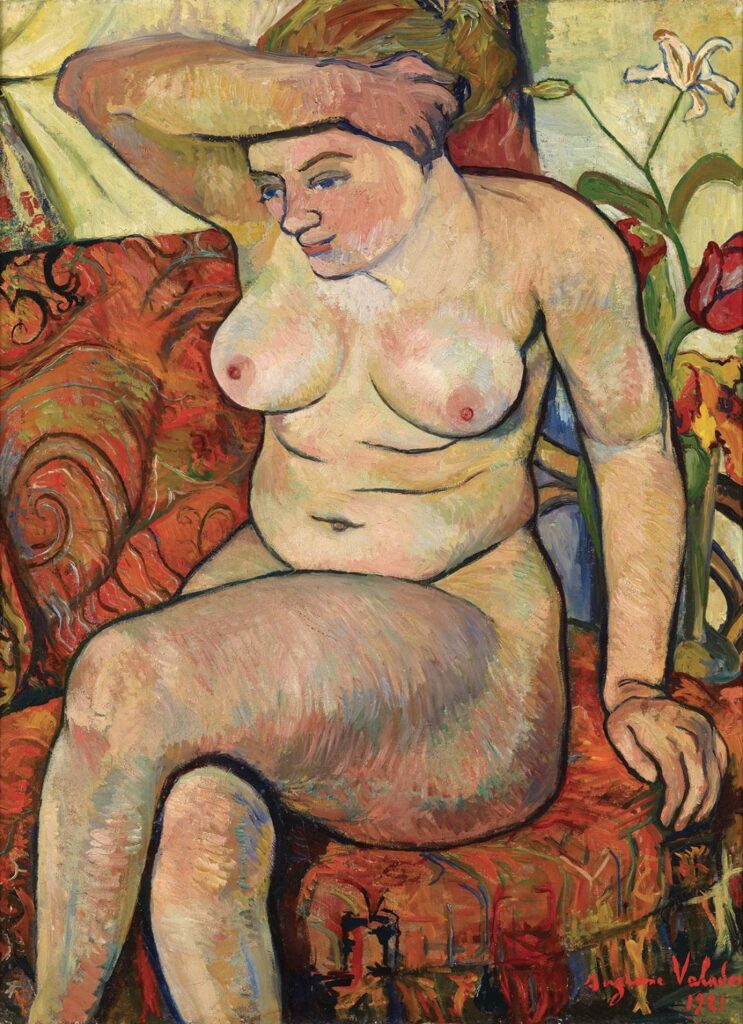
Previous Exhibitions at the Centre Pompidou
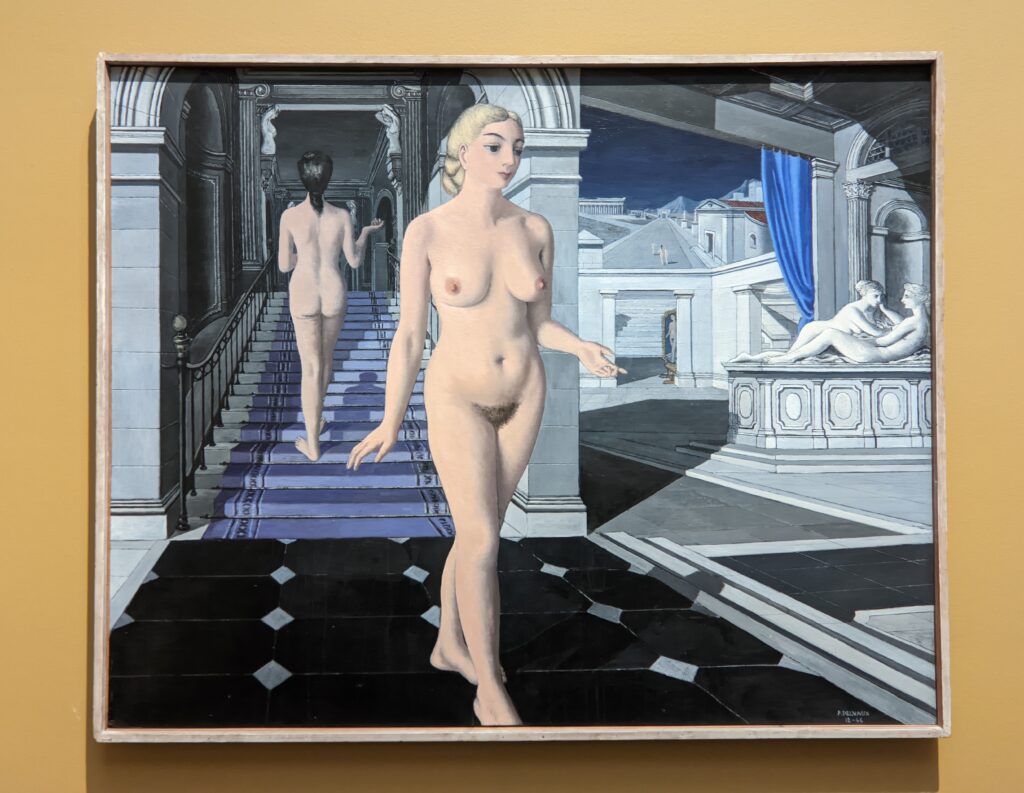
An important exhibit dedicated to “Surrealism” was on view through January 13, 2025 at the Pompidou. Works of art created over four decades — from 1924 through 1969 — were displayed to mark the anniversary of the birth of this influential movement in 1924.
“Alice Neel — A Committed Glance”
October 2022 — January 2023
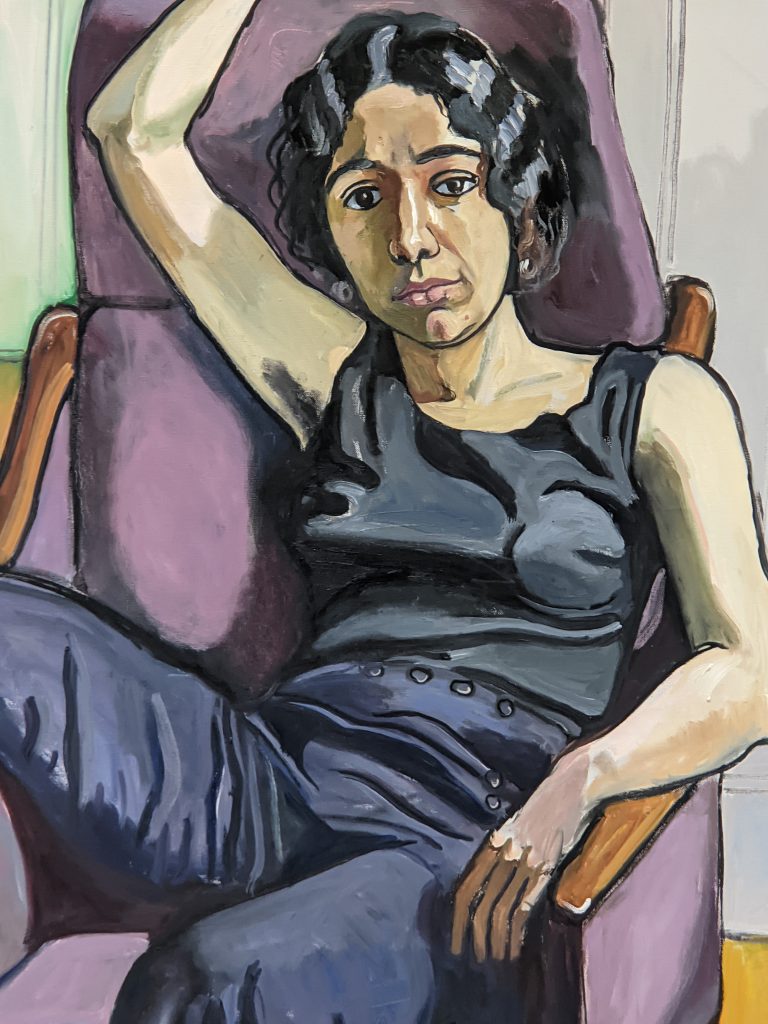
To learn more about Neel’s ideals and art, please read our article “Alice Neel in the Guggenheim Bilbao — Astonishing Paintings.”
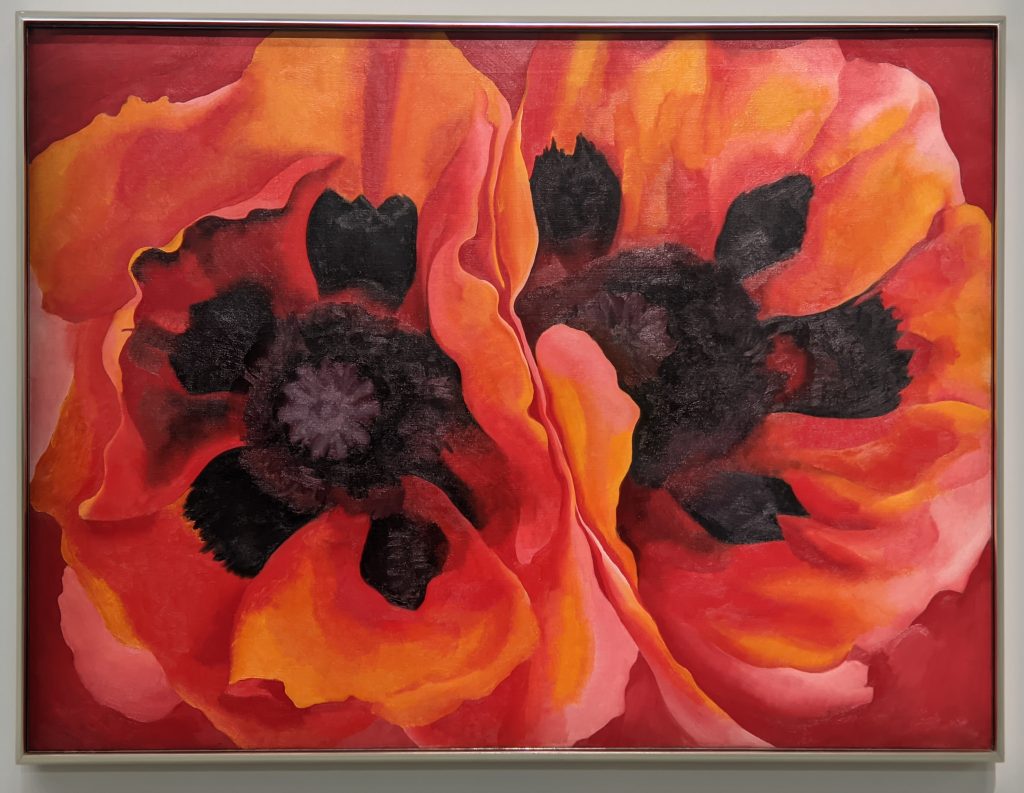
Critics may say the Pompidou cannot compare with MoMA in New York and Tate Modern in London; however, we strongly disagree. If you want to view additional images from past retrospectives presented at the Centre Pompidou, please check out art by Georgia O’Keeffe, Francis Bacon and Victor Vasarely highlighted in our article entitled: “Great Exhibitions from the Past at the Pompidou Centre.”
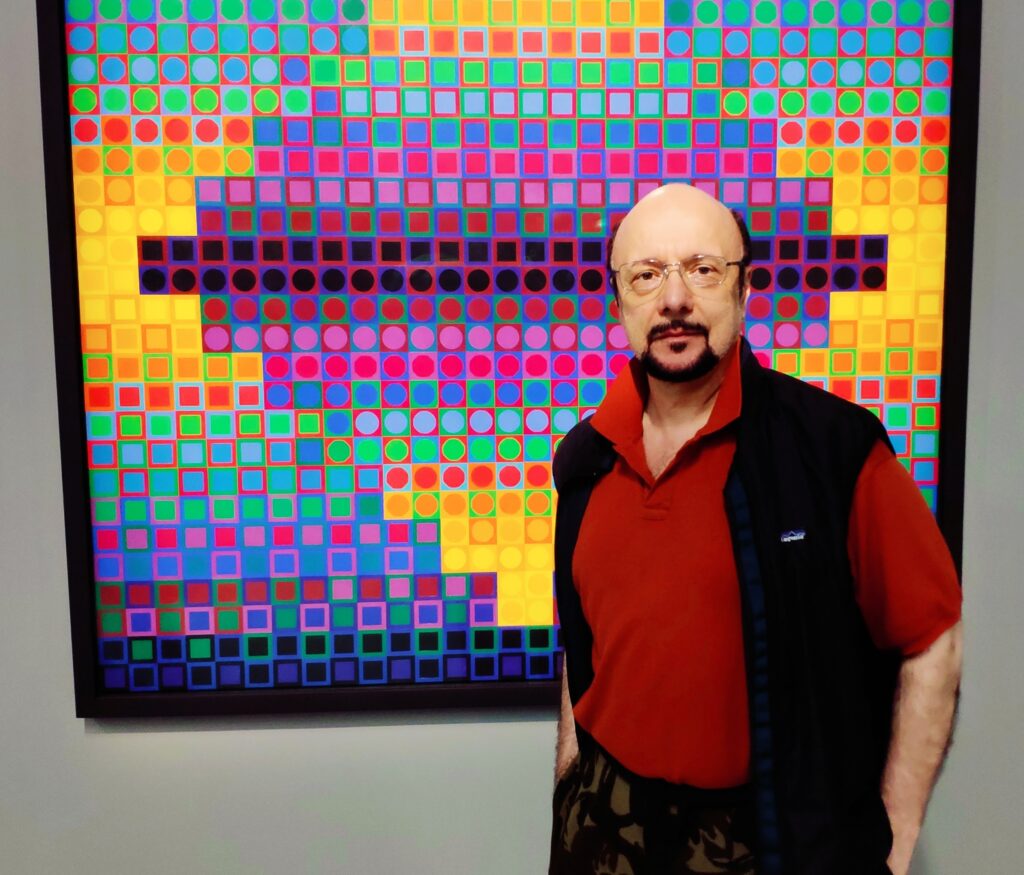
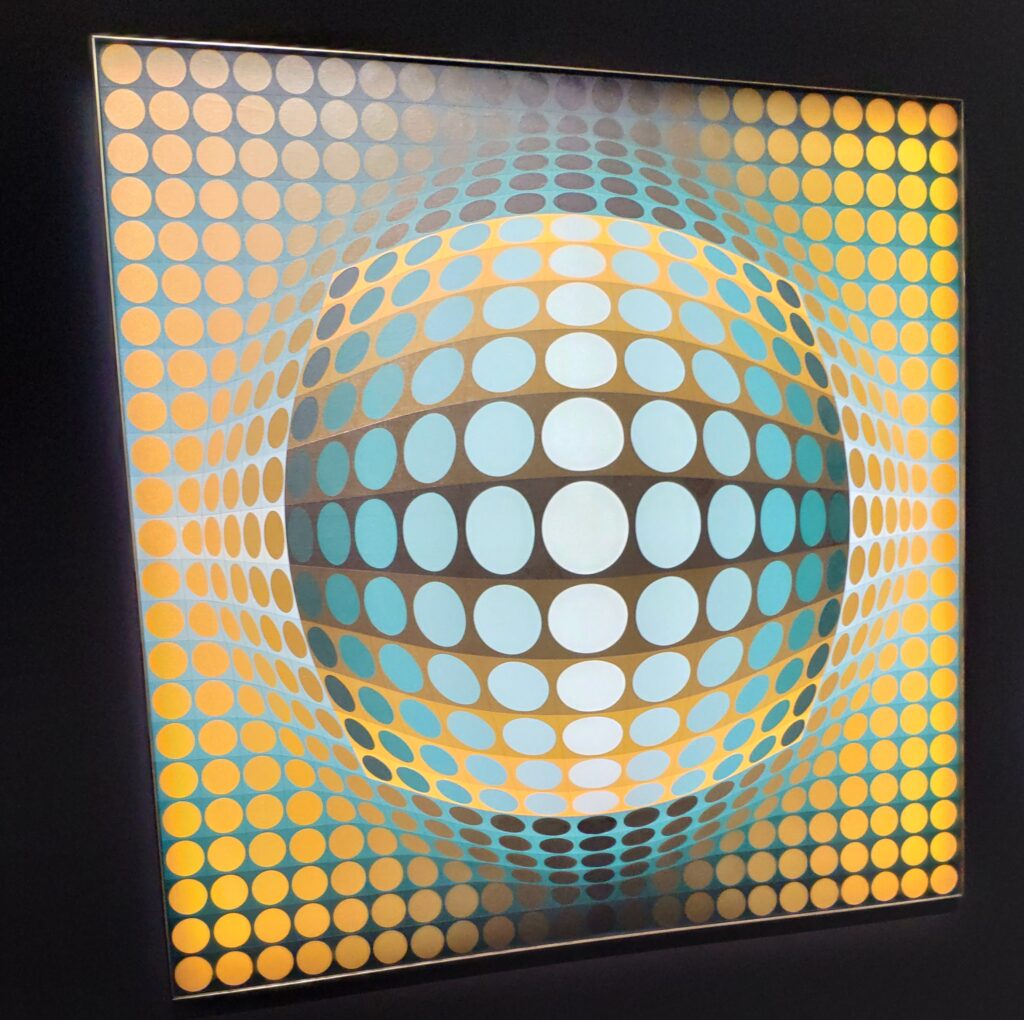
Op Art (above) by Victor Vasarely and a triptych by Francis Bacon (below)
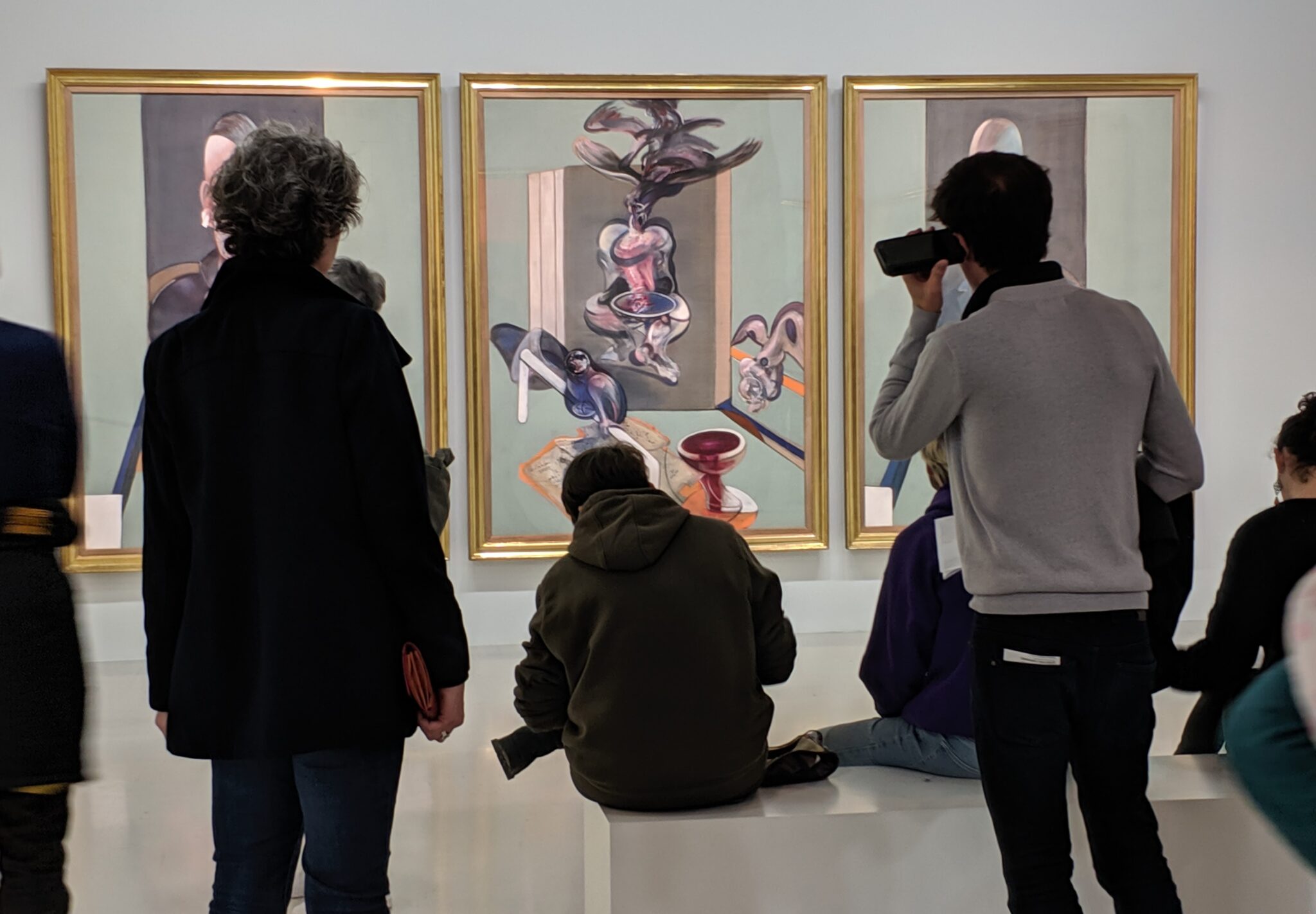
Closed on Tuesdays. Open 11:00 – 9:00 (21:00). Metro #11 to Rambuteau, or Metro # 1 to Hôtel de Ville.
Art Lovers Tips: Enjoy the view from the top of the Pompidou.
4. Musée Marmottan Monet
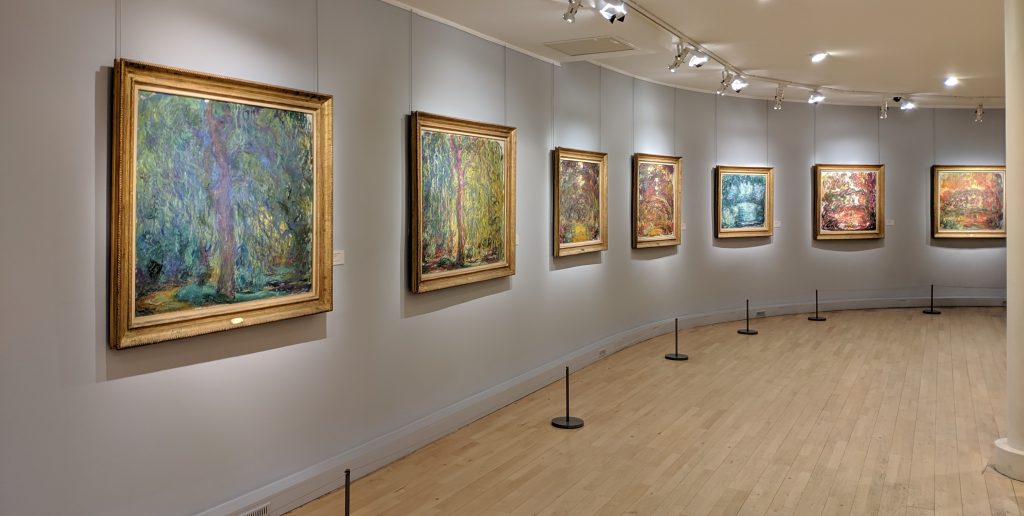
The good fortune of possessing the largest collection of paintings by the greatest Impressionist — Claude Monet — within a lovely building in the leafy 16th arrondissement should not be underestimated. The Marmottan is a gem!
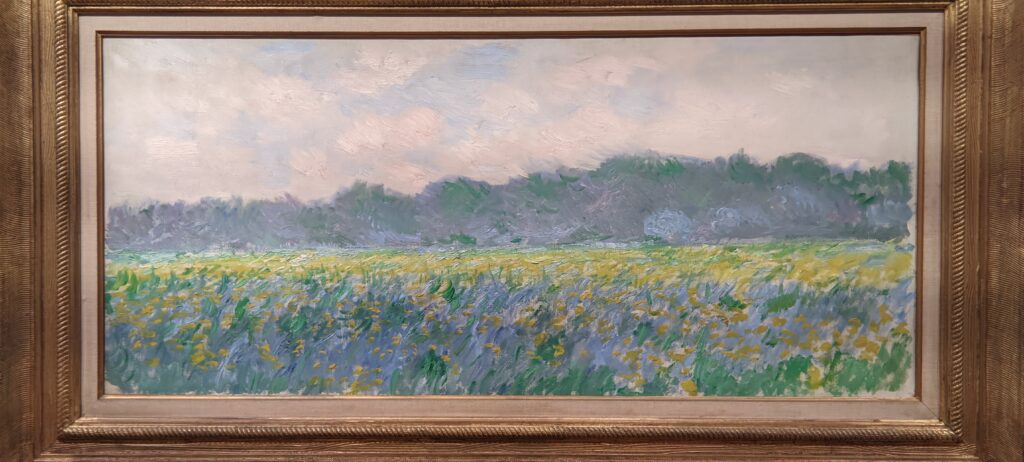
The Marmottan Museum is the only medium-sized venue for art to make it into our picks for the Top 5 museums in Paris due to the strength and depth of its permanent collection, plus its ability to mount one refreshing temporary show after another.
Exhibits at the Musée Marmottan Monet
“Eugène Boudin”
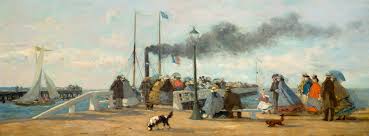
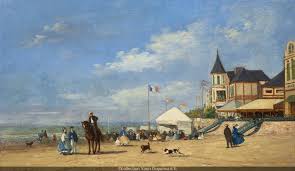
The Musée Marmottan Monet is presenting the exhibition “Eugène Boudin, the Father of Impressionism” from April 9 to August 31, 2025.
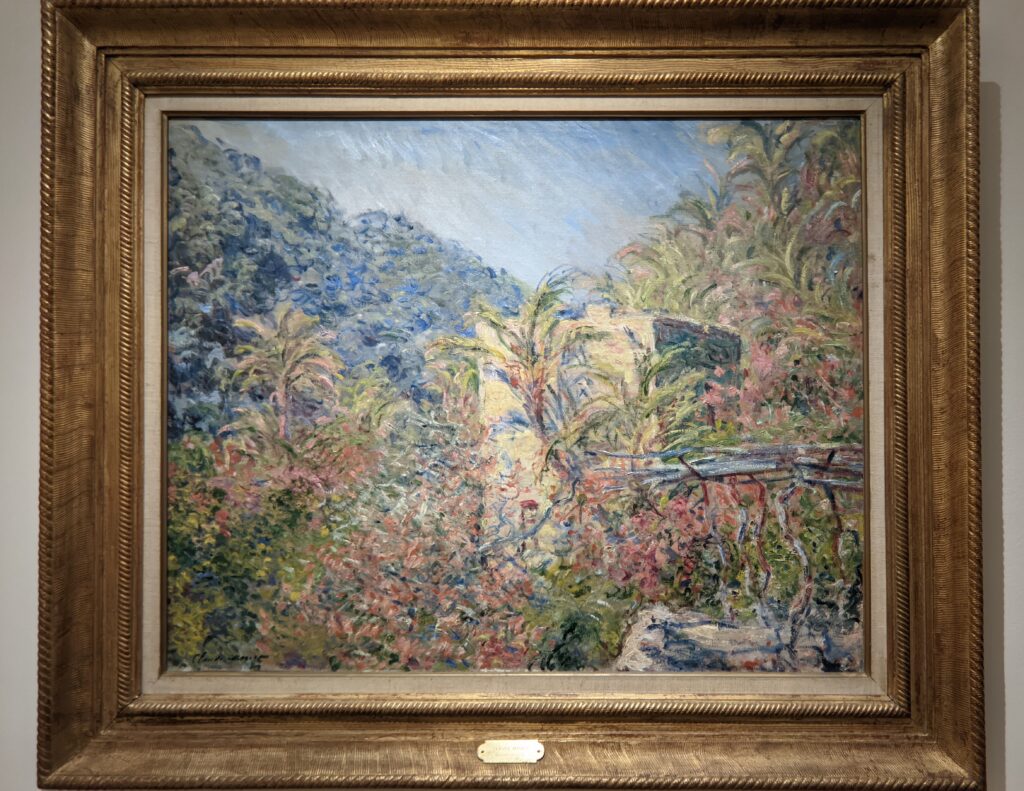
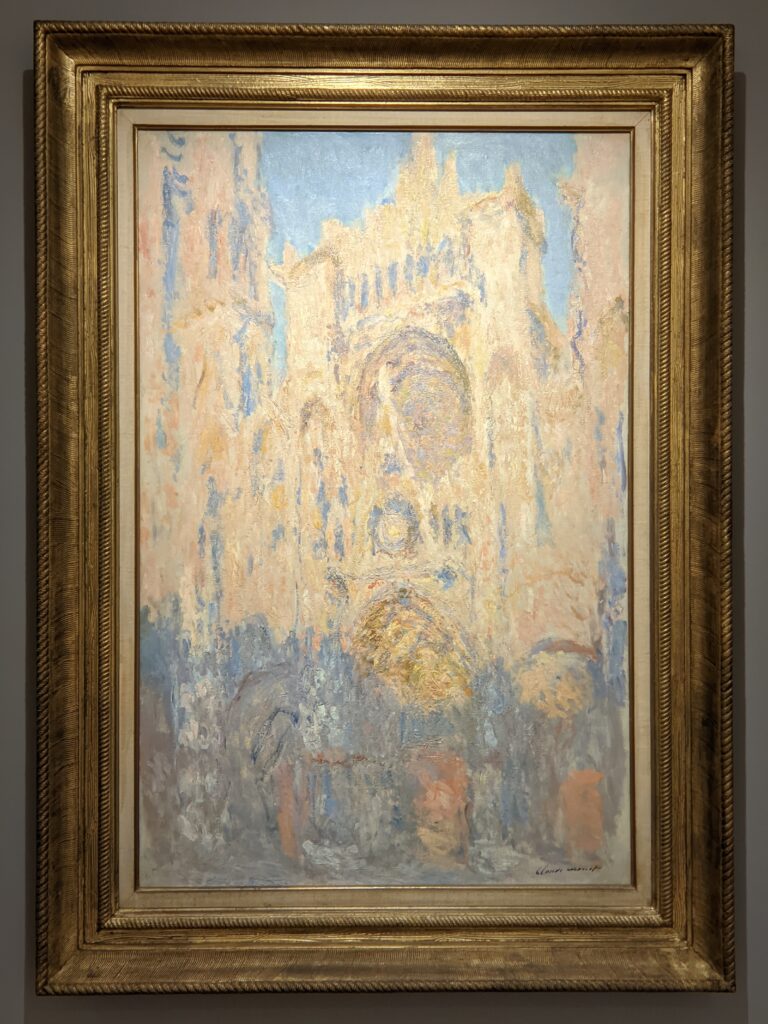
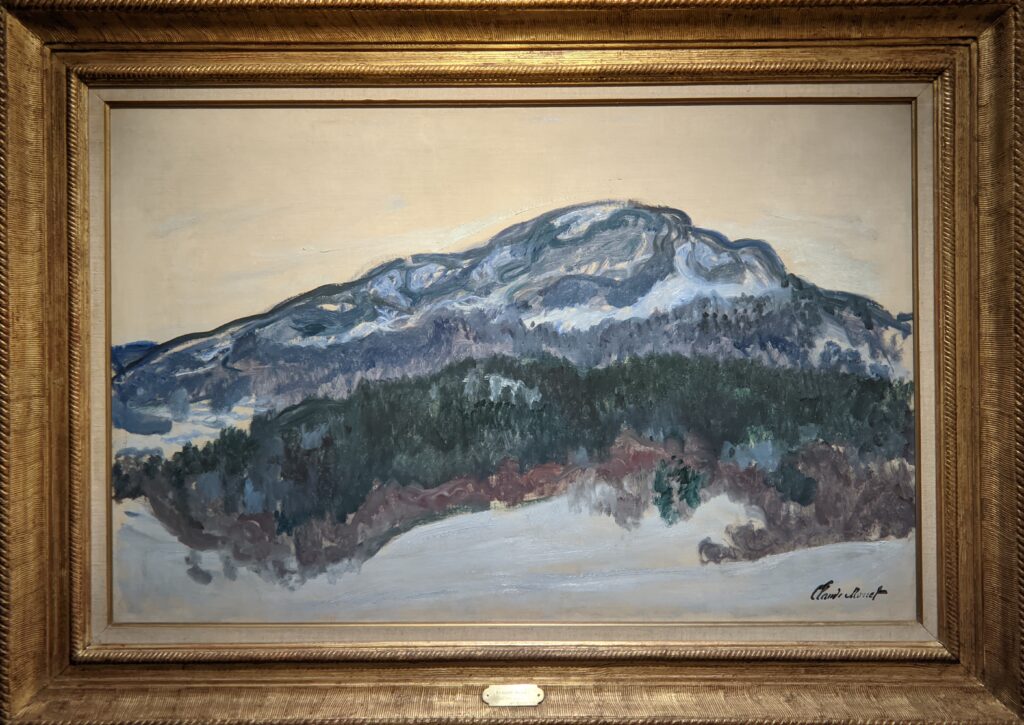
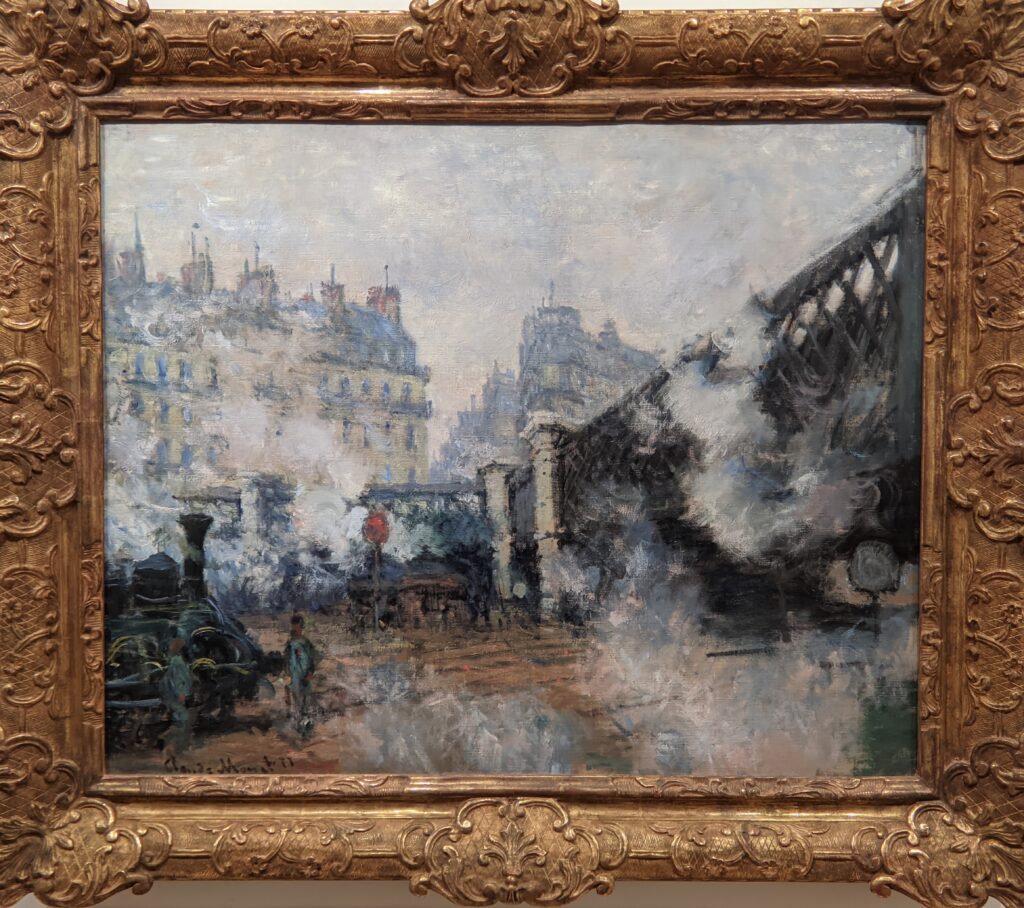
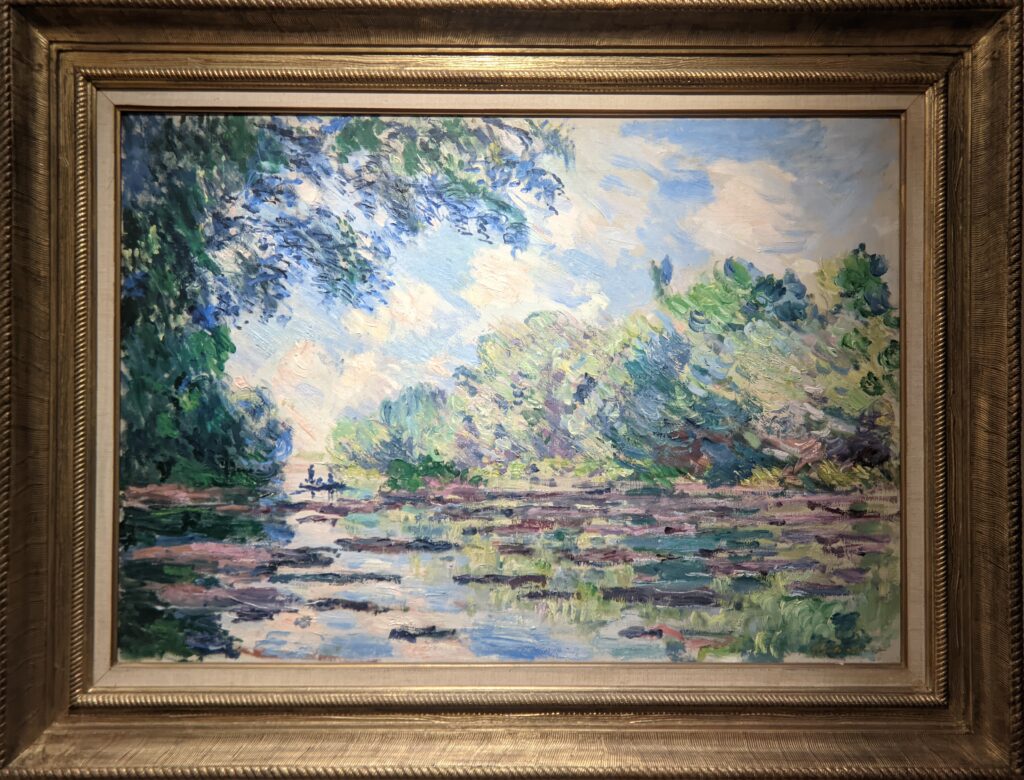
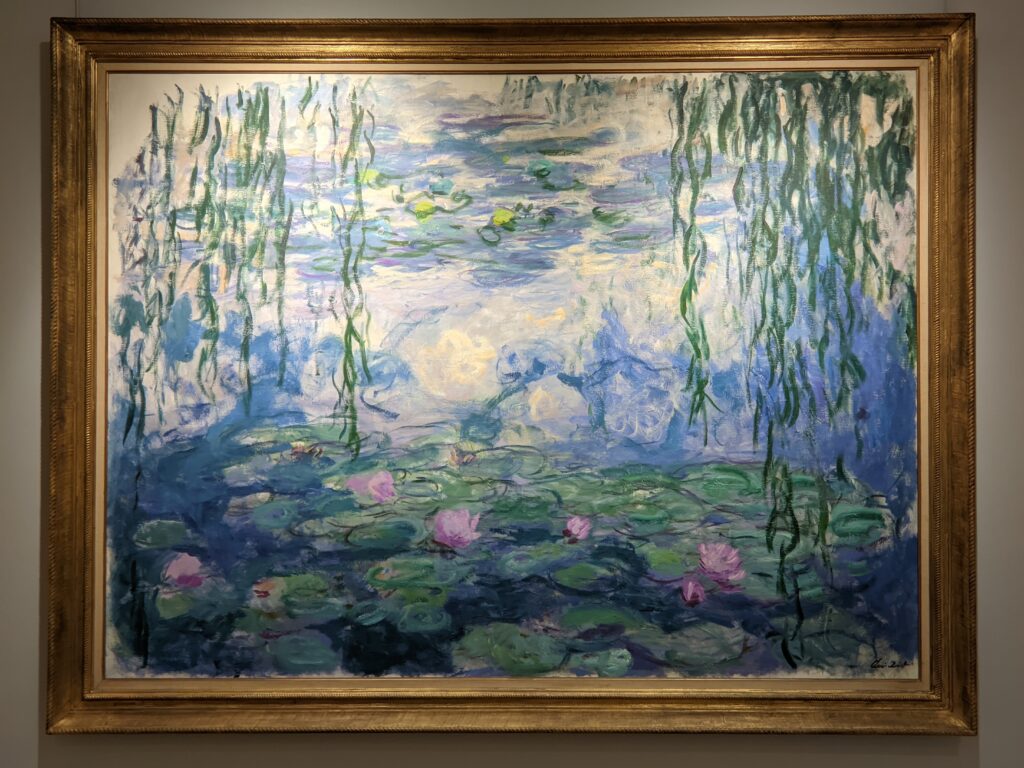
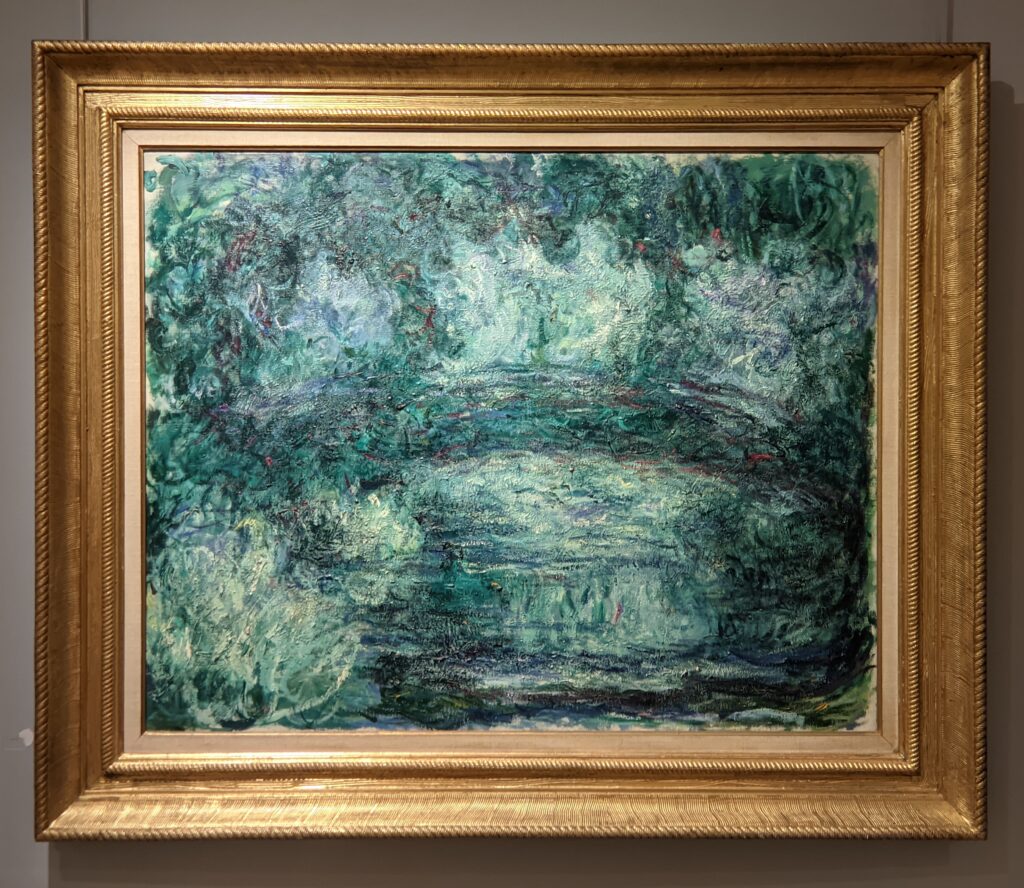
Berthe Morisot
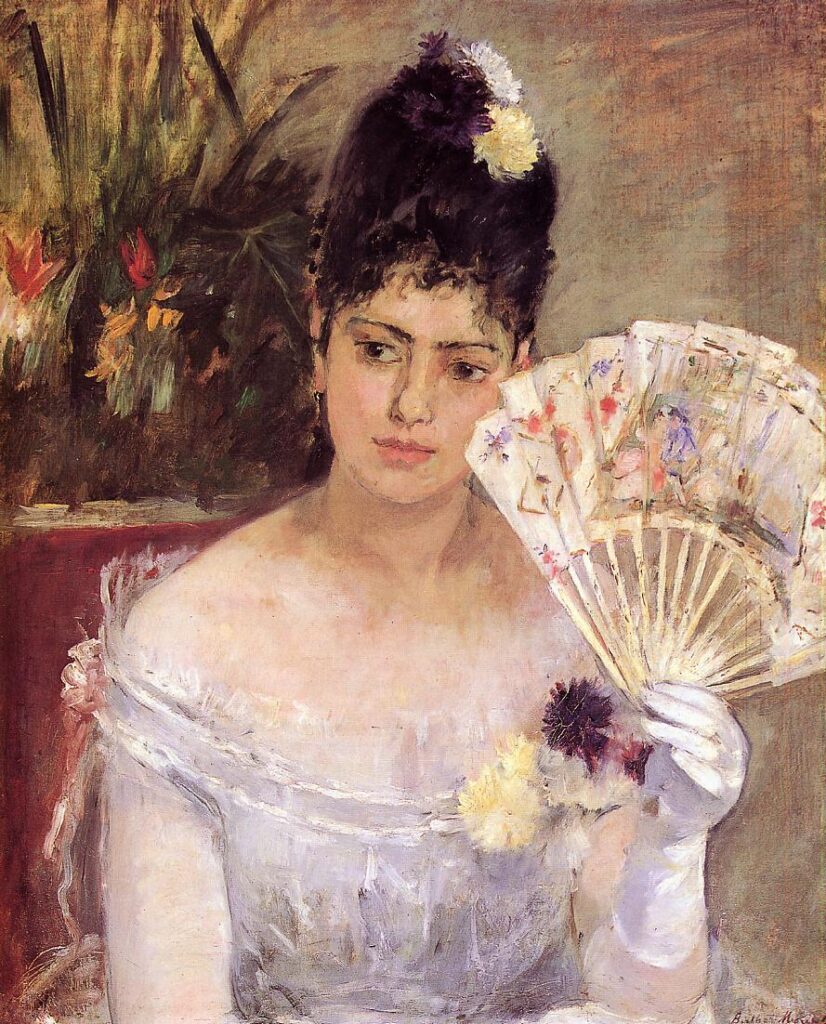
As a founding member of the Impressionists, Berthe Morisot (1841 — 1895) challenged and broke many of the norms of her day. In addition to holding about 100 paintings by Monet, the collection of the Musée Marmottan Monet boasts the world’s leading collection of art work by Morisot, comprised of 75 watercolors, 25 oil paintings, and numerous drawings and pastels that convey the originality of her own creative vision.
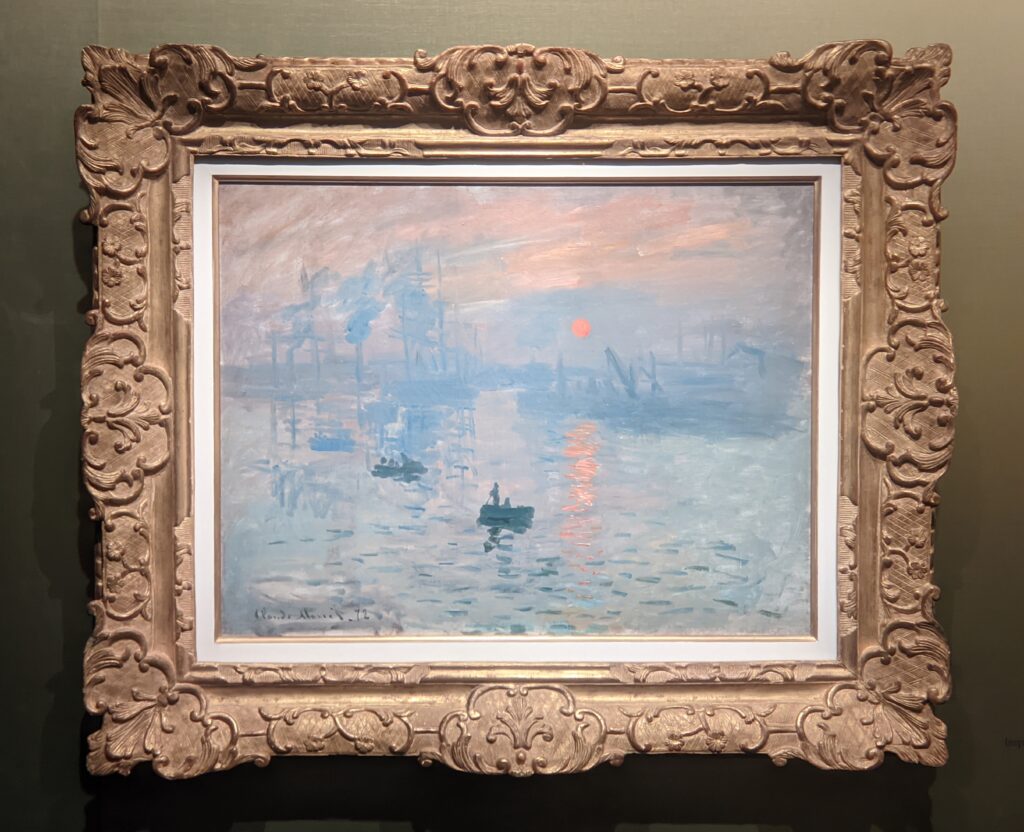
For more detailed information on the history of the Marmottan Museum, additional paintings by Claude Monet, and a look at the Marmottan’s previous temporary exhibitions including “Facing the Sun — The Sun in Art” please read our article entitled “A Unique & Fabulous Pilgrimage to the Marmottan in Paris.”
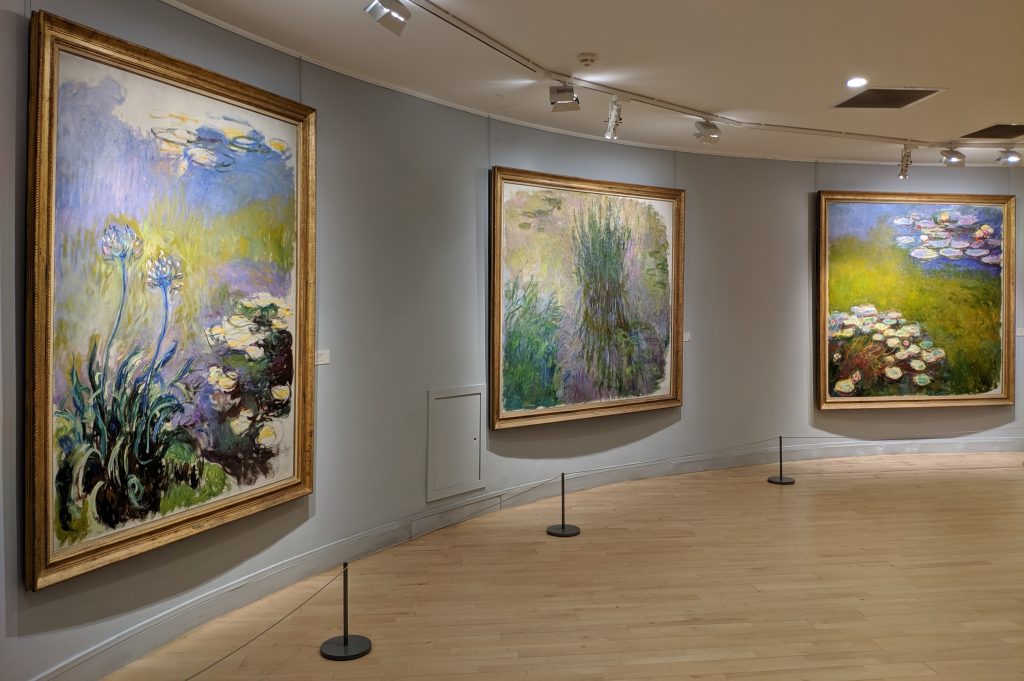
Please go see the special exhibition and permanent collection, and let us know your opinion.
Closed on Mondays. Open 10:00 – 6:00 (18:00). Open 10:00 – 9:00 (21:00) on Thursdays. Metro #9 to La Muette.
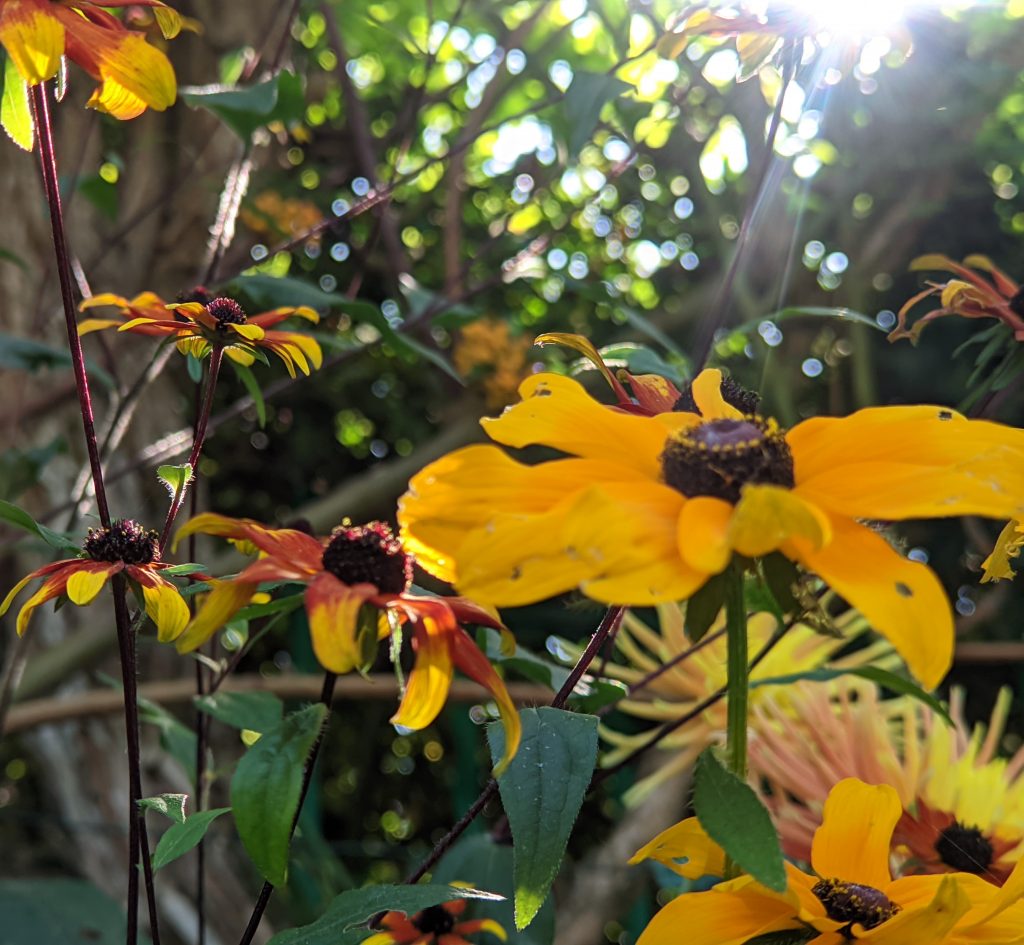
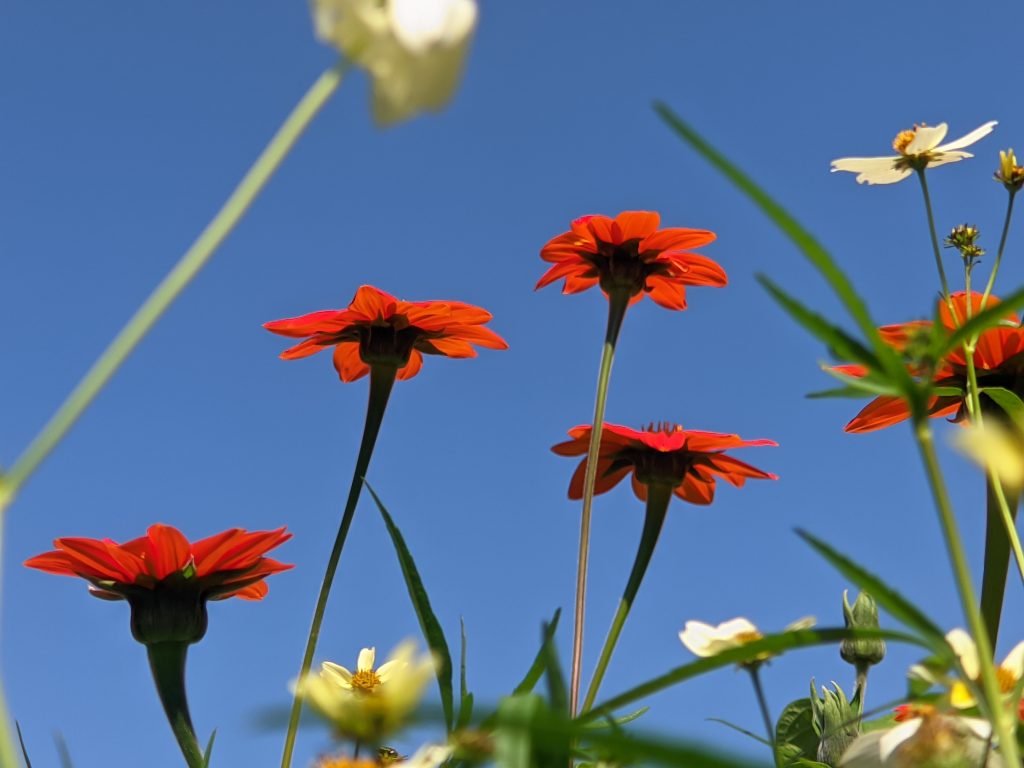
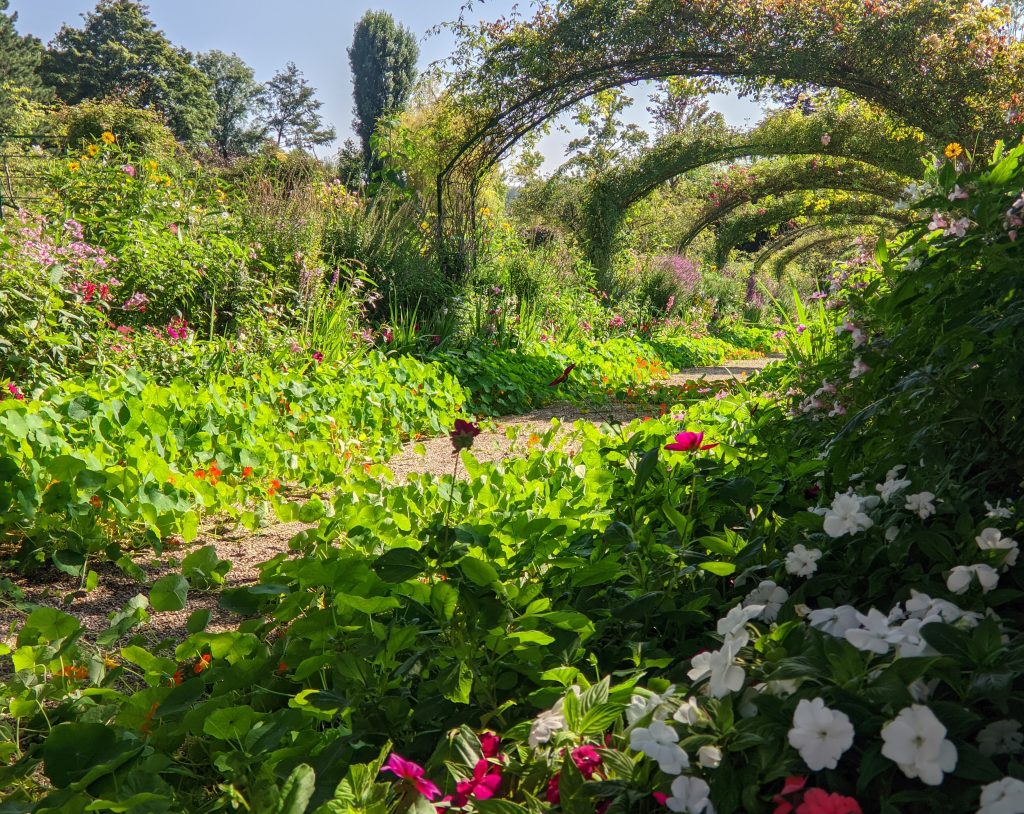
Art Lovers Tip: Michel Monet (Claude’s son) gave his personal collection of his father’s paintings to the Marmottan. The collection at the Musée Marmottan includes many large paintings inspired by the artist’s garden at Giverny 45 miles (75 km) from Paris. You may visit Claude Monet’s home and garden at Giverny from the end of March through the end of October.
Below: The l’Orangerie, Eiffel Tower & Grand Palais as seen from the Tuileries Gardens.
5. Grand Palais & Petit Palais
Grand Palais
The Grand Palais was built at the same time as the Gare d’Orsay to serve as an exhibition hall for the Exposition Universelle (the World’s Fair held in Paris from April – November 1900). Nearly 50 million people visited this structure in the year 1900 alone. Famous for its conservatory-style glass roof, the Grand Palais is a masterpiece of Art Nouveau and Classicism, and in the past has presented the finest art exhibitions.
EDITOR’S NOTE: The structure of the Grand Palais, which recently benefitted from its first full restoration over the past 124 years, reopened in 2024 to host the Olympic and Paralympic Games in the nave. Check its website for future art exhibitions.
Closed on Tuesdays. Open Thursday to Monday 10:00 – 8:00 (20:00). Open 10:00 – 10:00 (22:00) on Wednesdays. Metro # 1 and # 13 to Champs Élysées-Clemenceau, or Metro # 9 to Franklin D. Roosevelt.
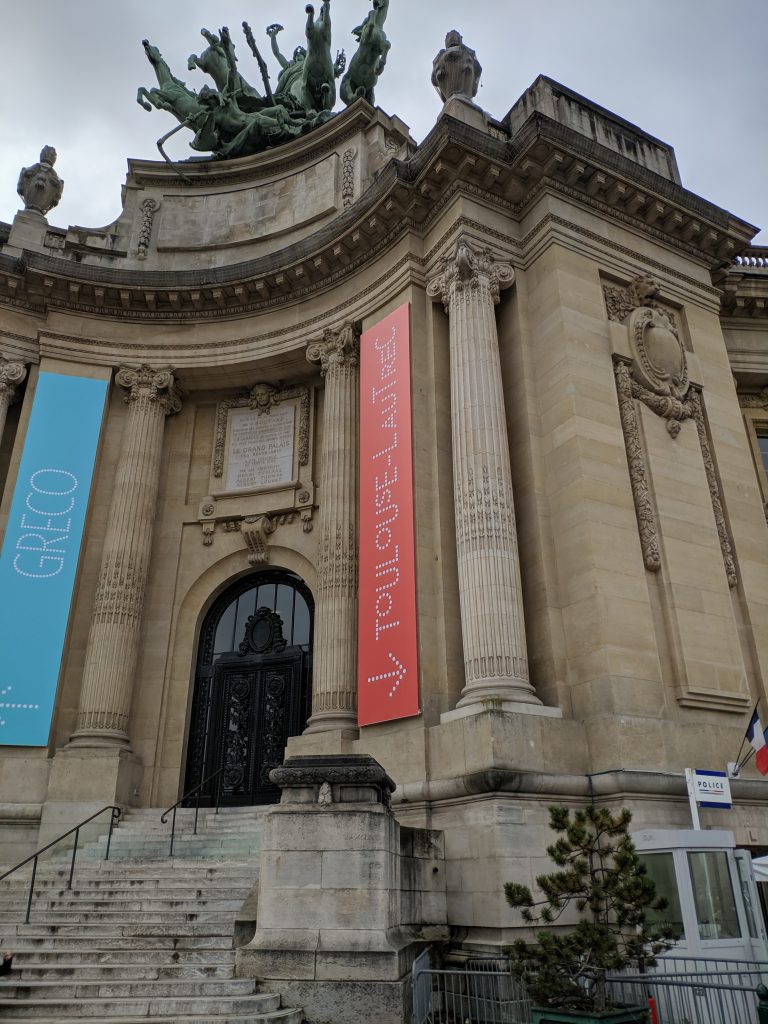
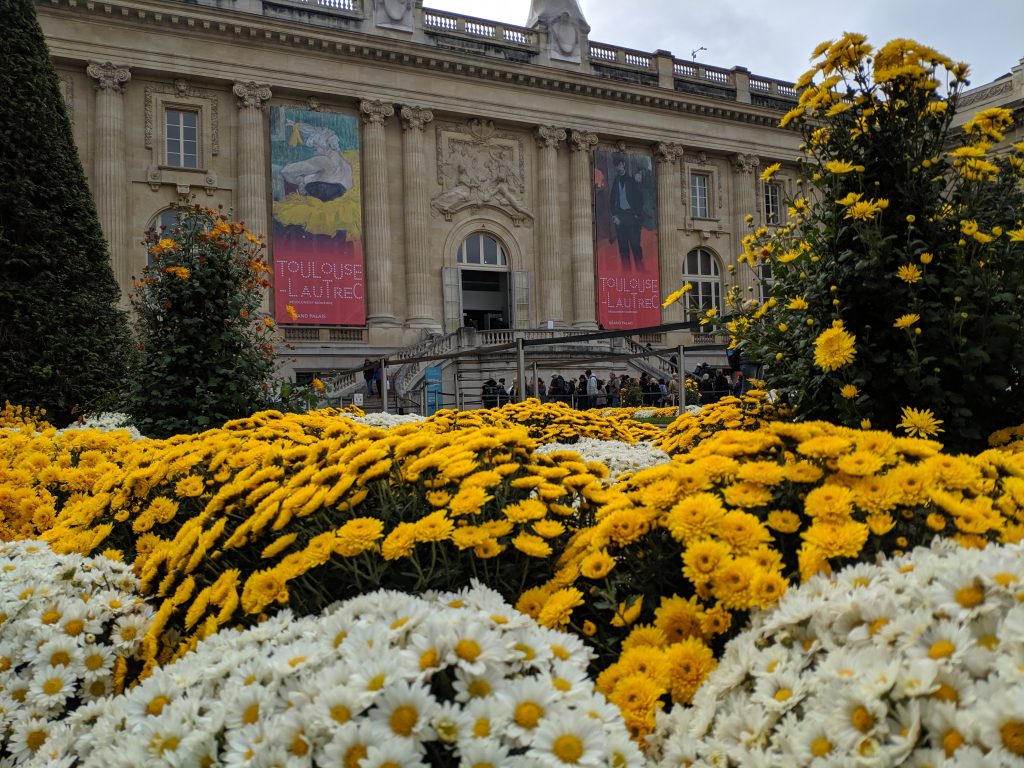
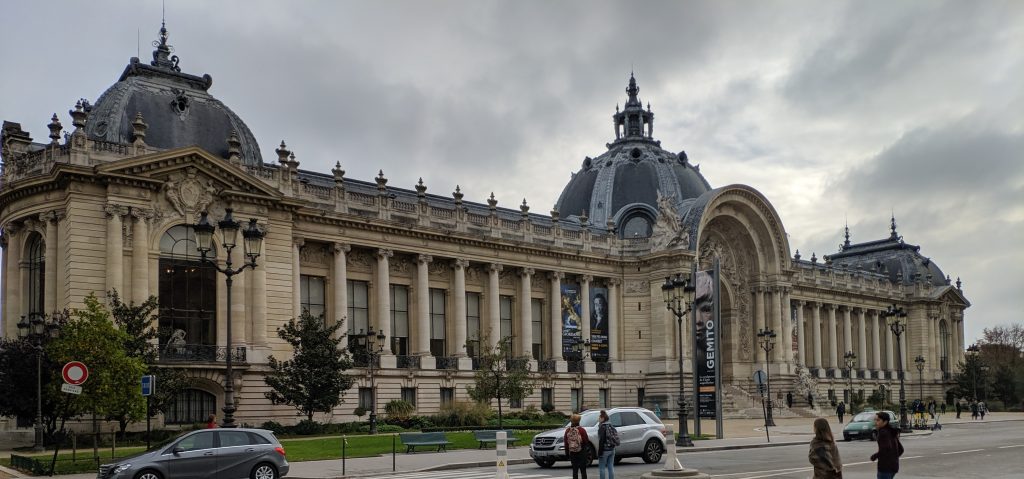
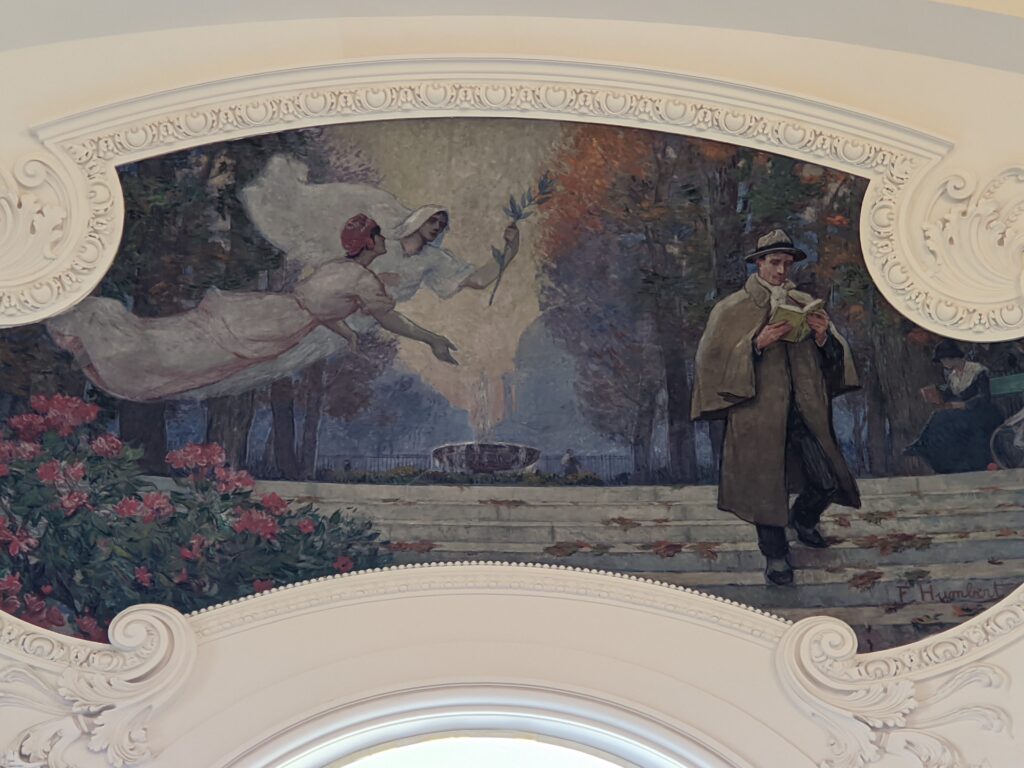
Petit Palais
The Petit Palais, built in the Beaux-Arts style and possessing a circular central courtyard and garden, is a museum offering free entry to its permanent collection, which includes paintings by Charles Giron, Pierre Bonnard and Claude Monet (below).
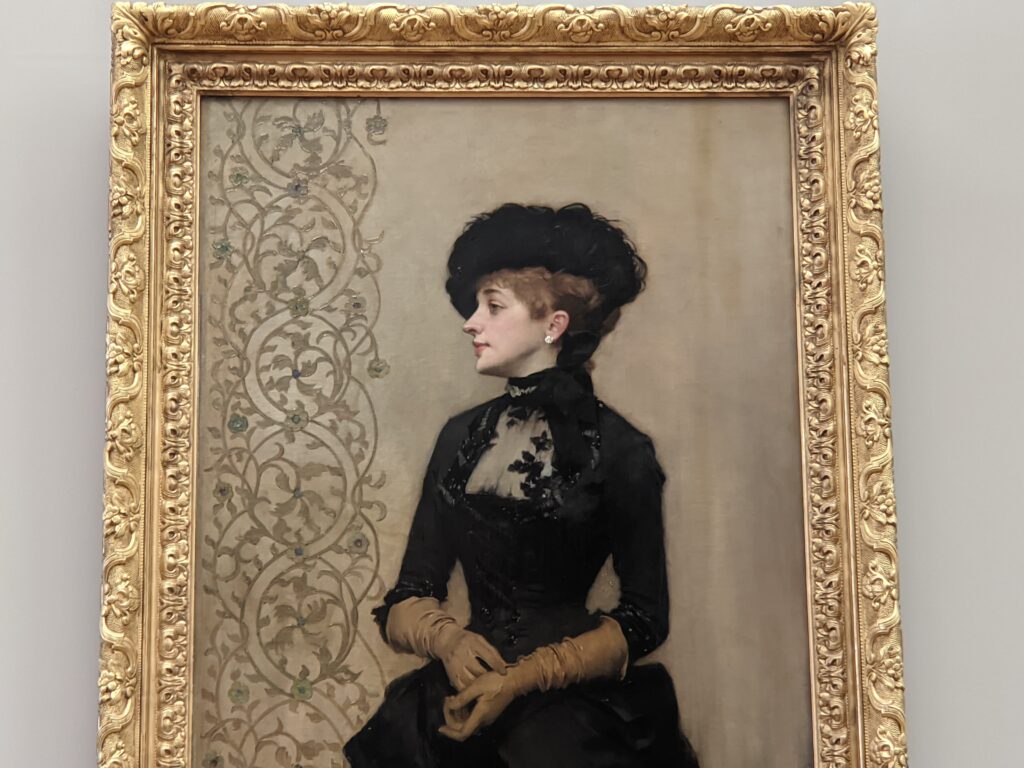
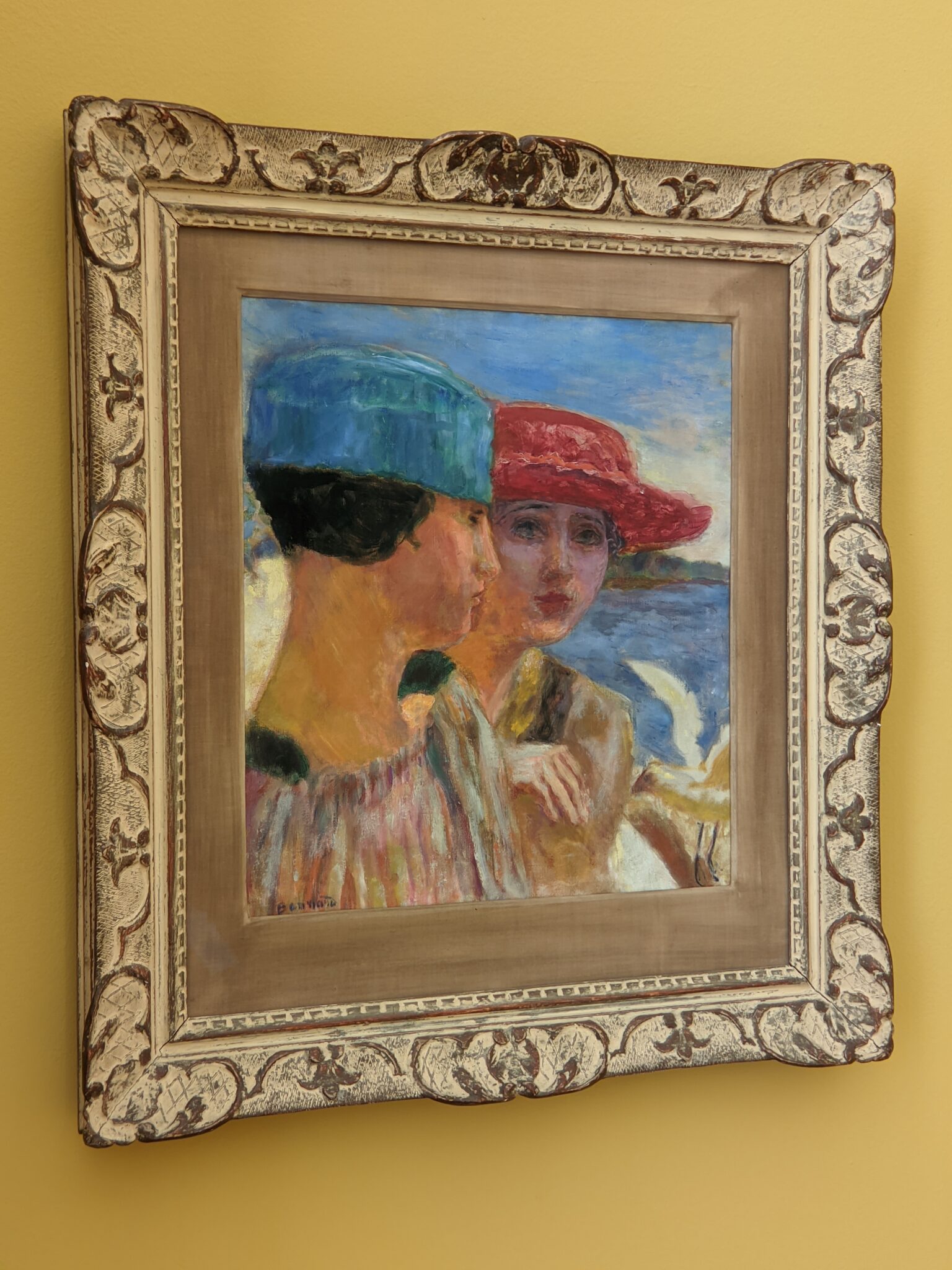
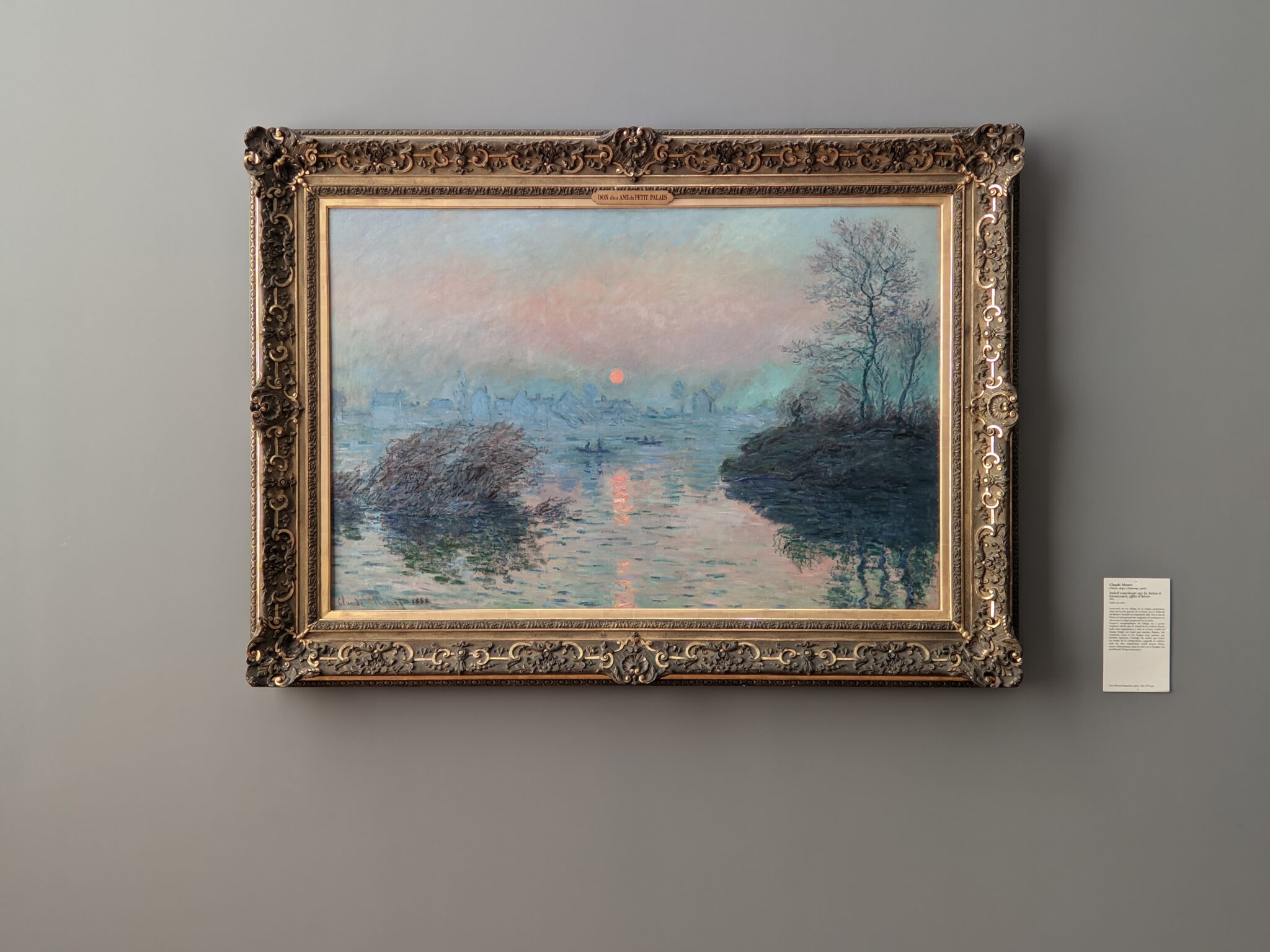
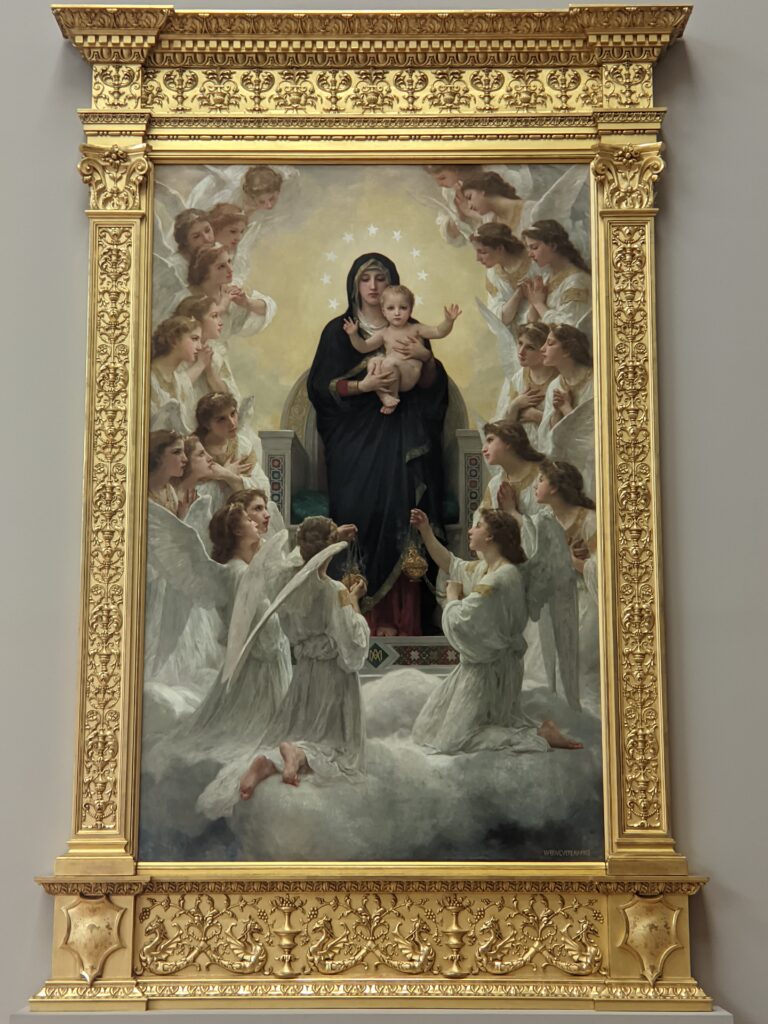
Jusepe de Ribera & Giovanni Boldini Were on View at the Petit Palais
The Petit Palais hosts some of the finest art exhibitions in Paris. Check the museum’s website for current and future art shows, and ticket prices. With “Ribera — Darkness and Light,” a special exhibit on display until February 2025, the Petit Palais presented the first retrospective in France devoted to the Spanish-born José de Ribera (1591 — 1652), a painter who spent much of his career in Italy, died in Naples, and brought the raw realism and chiaroscuro of painters like Caravaggio to an international audience.
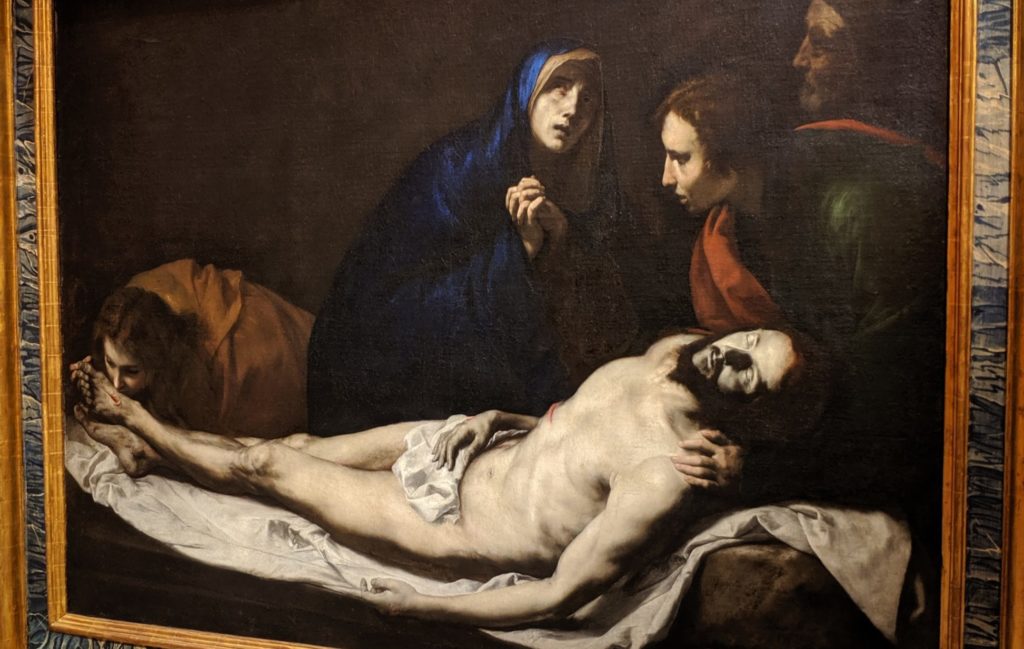
A Glorious Show Devoted to “Giovanni Boldini” Was a Highlight of 2022
A retrospective of paintings by Giovanni Boldini (1842 — 1931) was held at the Petit Palais in 2022.
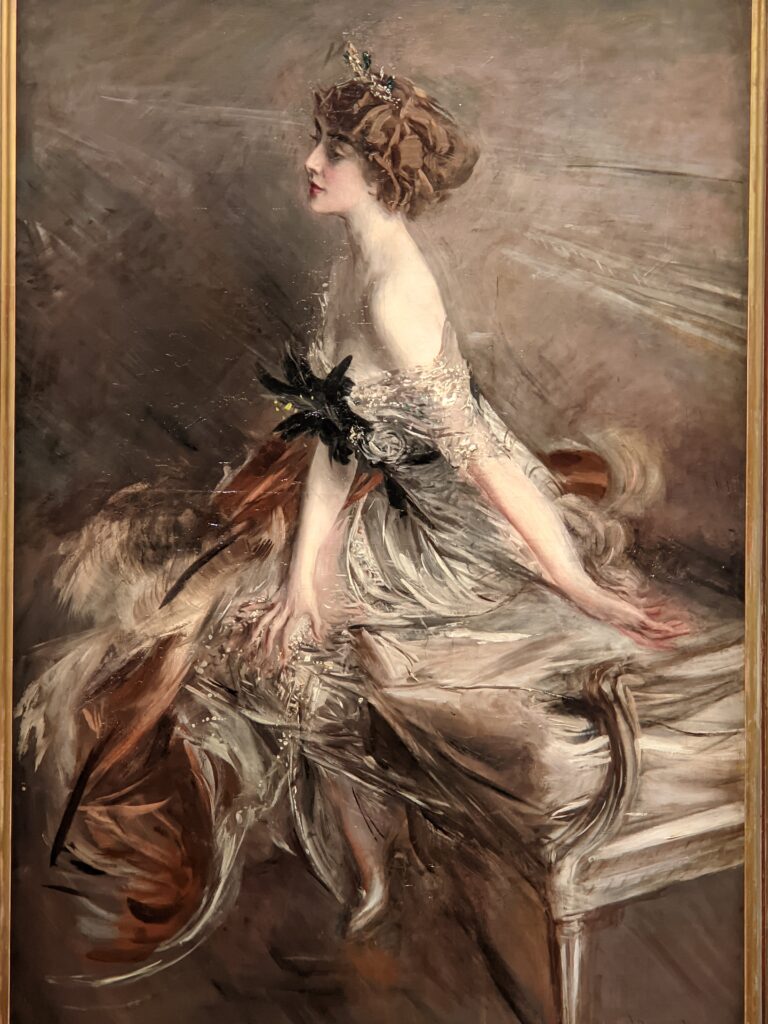
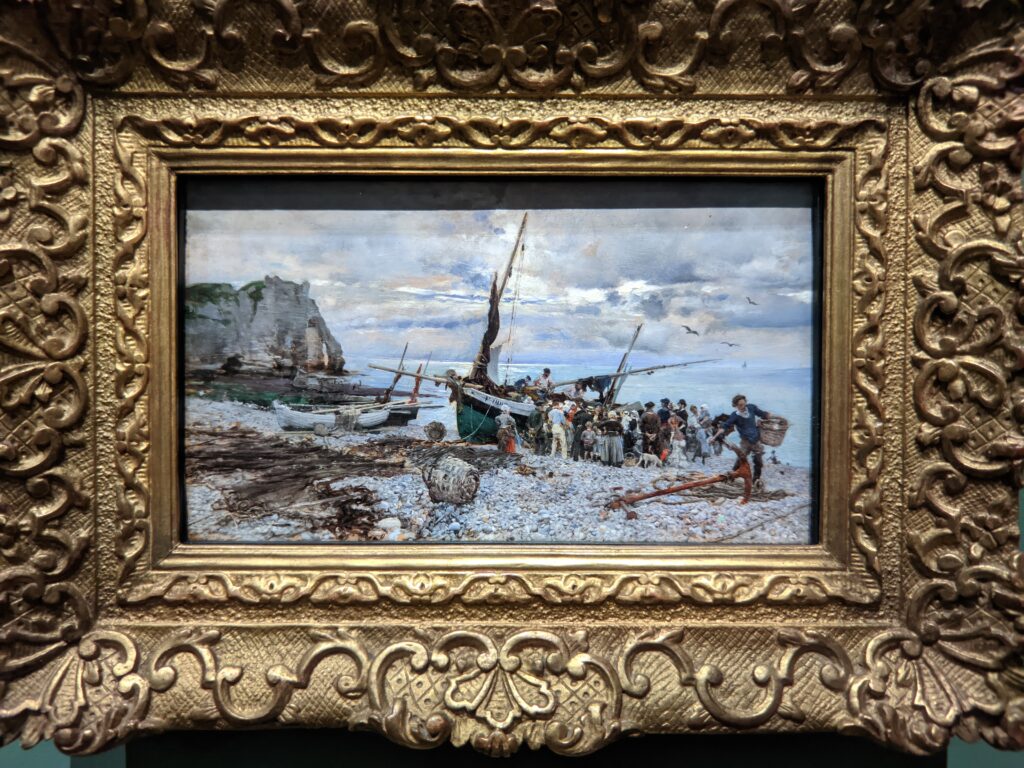
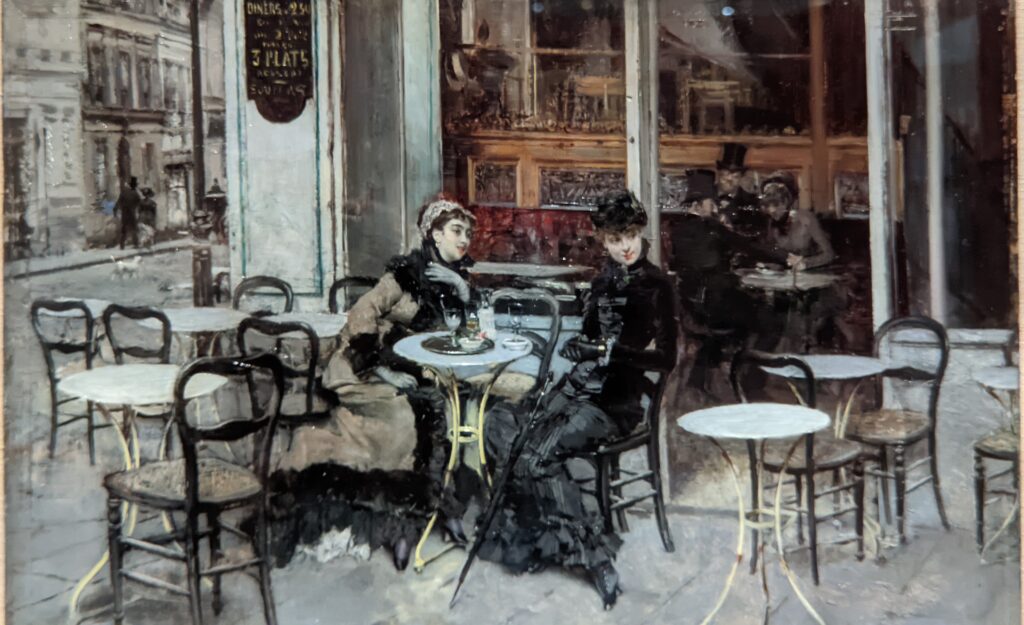
Boldini Possessed a Dynamism Ahead of His Time
Unlike some of the other gifted portrait painters of his era — Alfred Stevens, Anders Zorn, John Singer Sargent, Joaquín Sorolla — Boldini used brushstrokes to energize his canvases with a sense of movement and liveliness. His vibrant compositions from 1898-1899, for example, evoke the spirit which led to Futurism in 1909, as well as the gestural abstraction that informed the Action Painters 10 to 20 years after Boldini’s death in 1931.
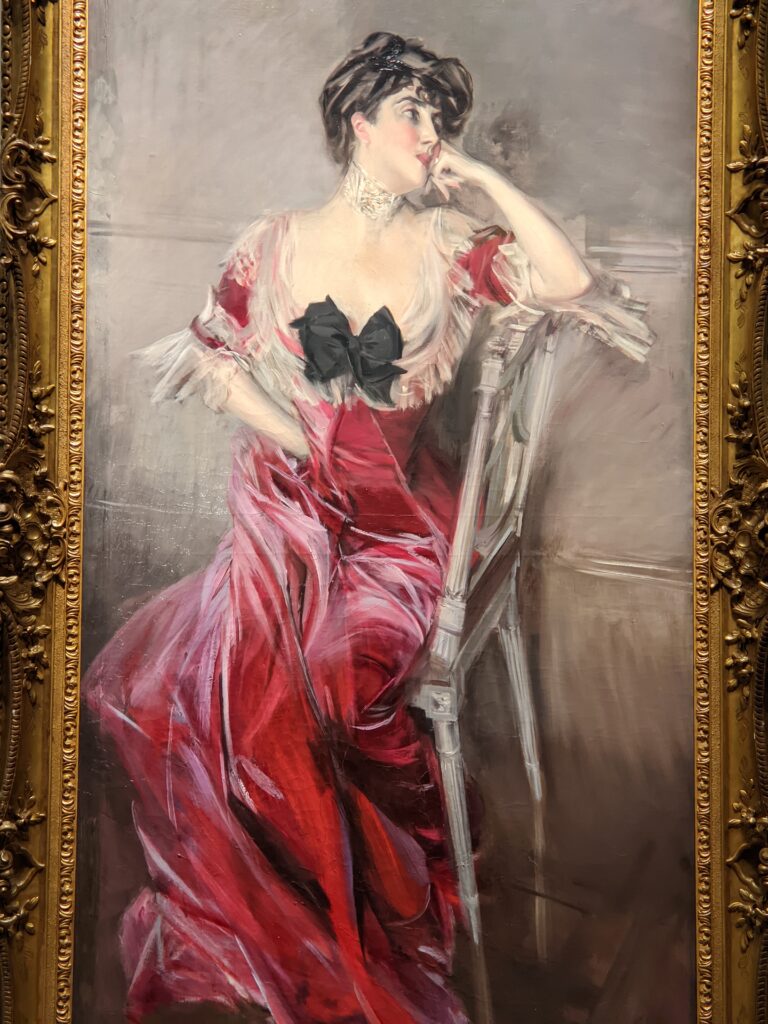
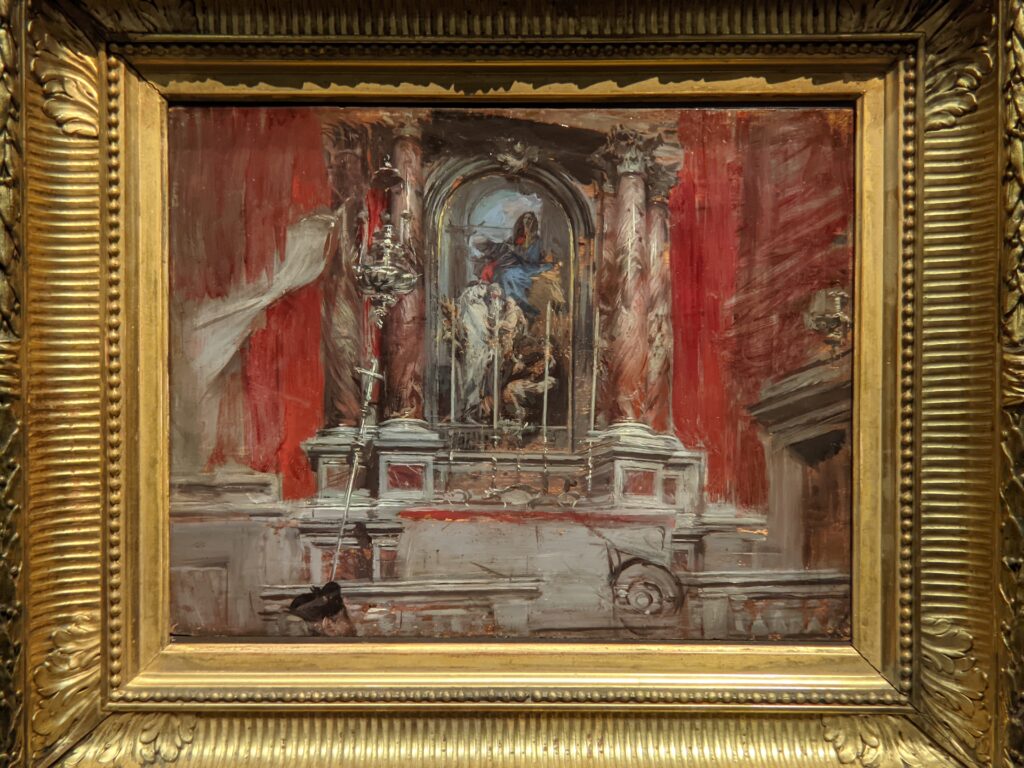
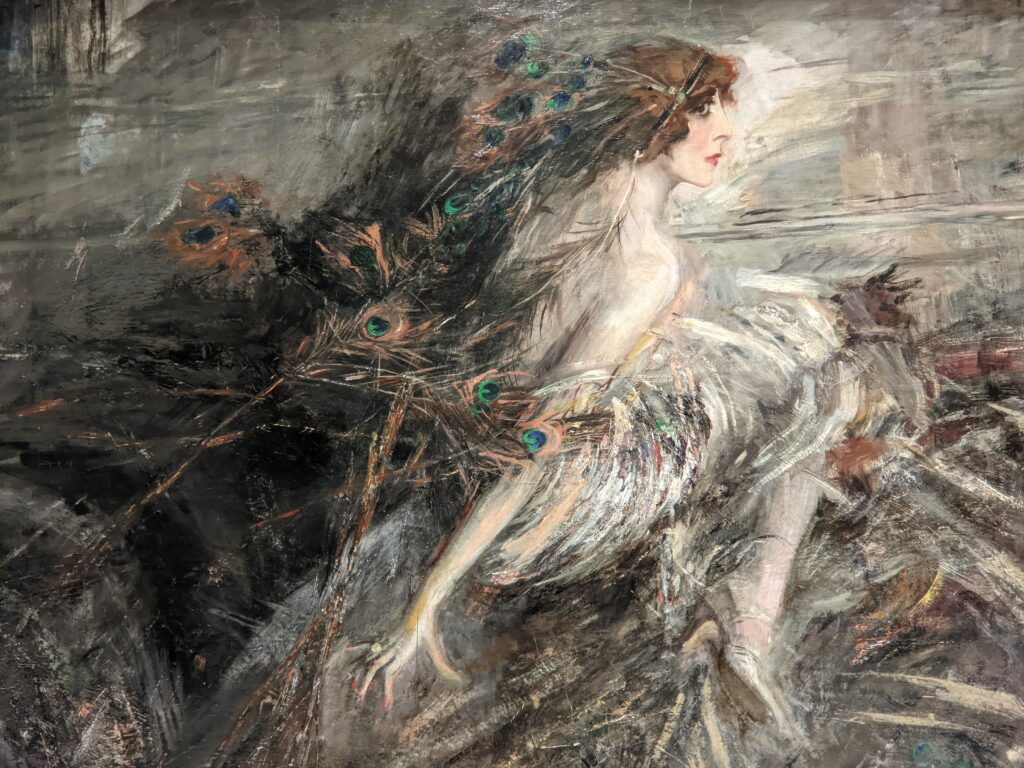
Ilya Repin: A Great Artist from Chuhuiv, Ukraine
The previous exhibition “Painting the Soul of Russia,” a retrospective on Ilya Repin, was opened to the public at the Petit Palais during the 2021-2022 season.
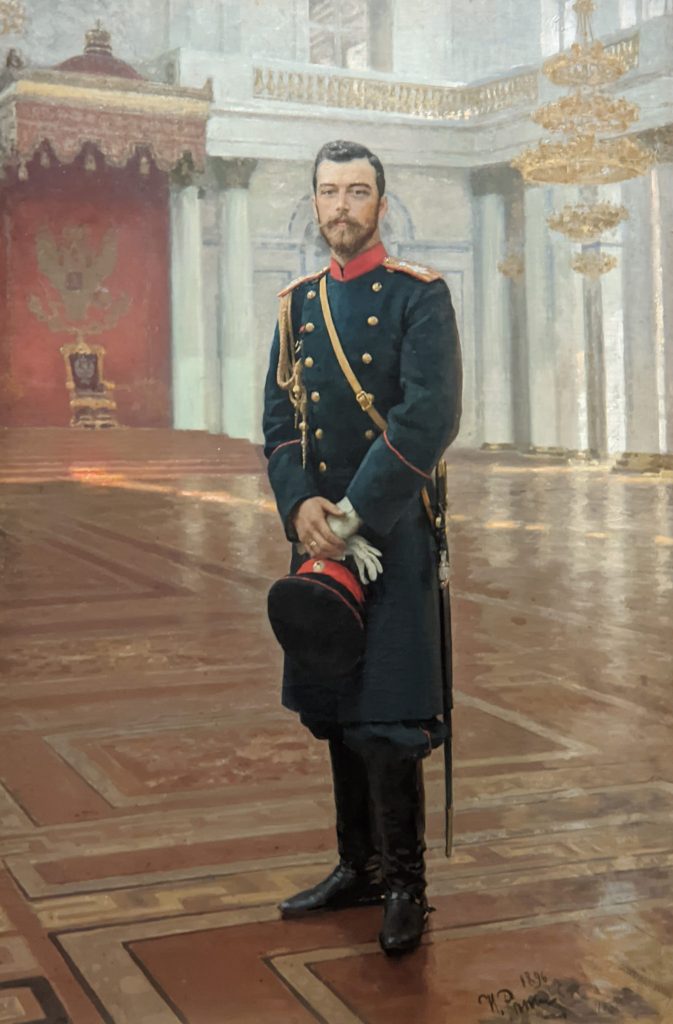
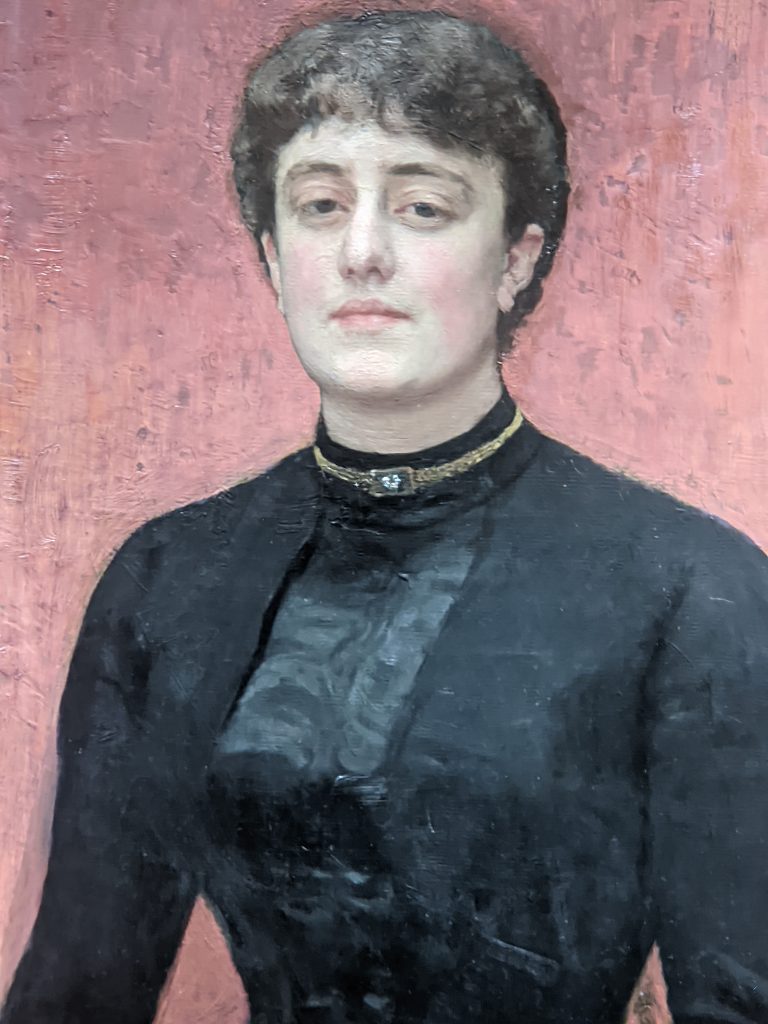
Born in Ukraine, Repin became one of the greatest painters of the 19th century and his international renown brought art from Ukraine and Russia into the mainstream of European culture. Repin is mentioned in our article “MODERN ART & EXPRESSIONISM — The Best Paintings in Switzerland”, because both Marianne von Werefkin and Alexej von Jawlensky traveled to St. Petersburg to study under Repin.
In addition to the Repin retrospective, the Petit Palais presented a free temporary exhibition entitled “The Narcissus Theorem,” displaying more than 70 new works of art by Jean-Michel Othoniel scattered among the architectural features of the palace and its garden. On view in 2021-2022, this dialogue (photos below) among sculpture, nature and architecture invented by Othoniel represented this artist’s largest solo project in Paris since his 2011 retrospective at the Centre Pompidou.
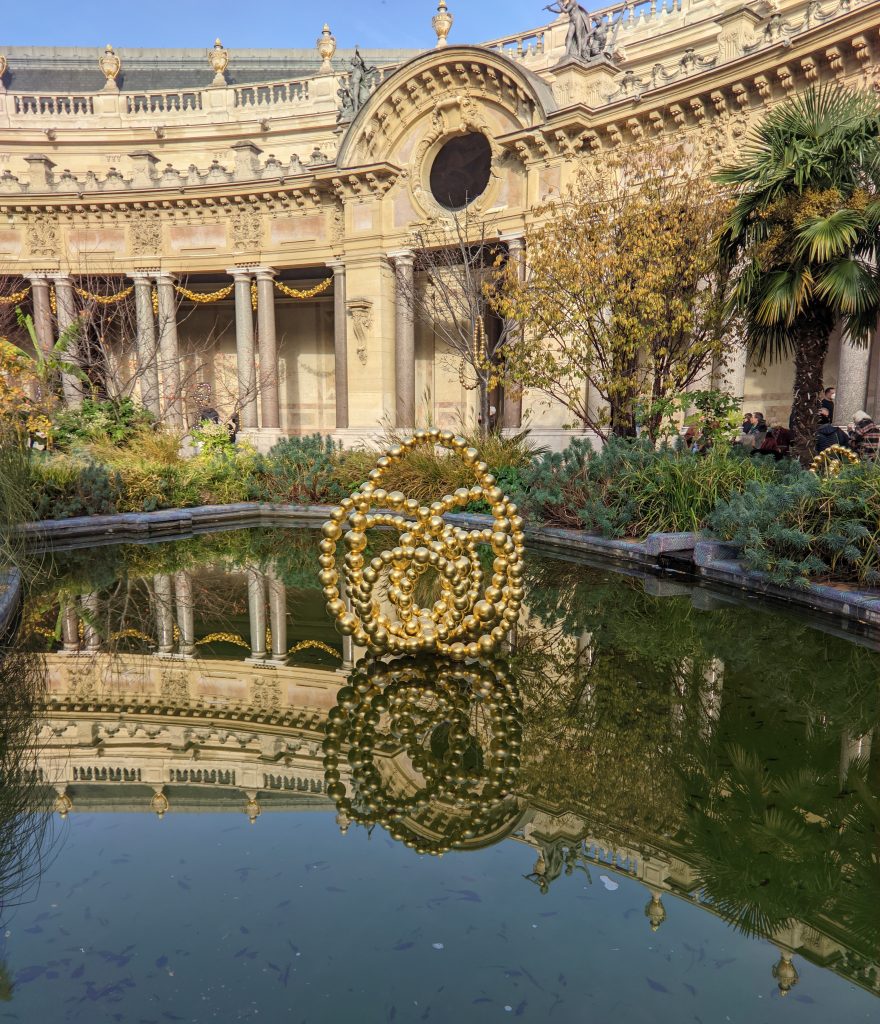
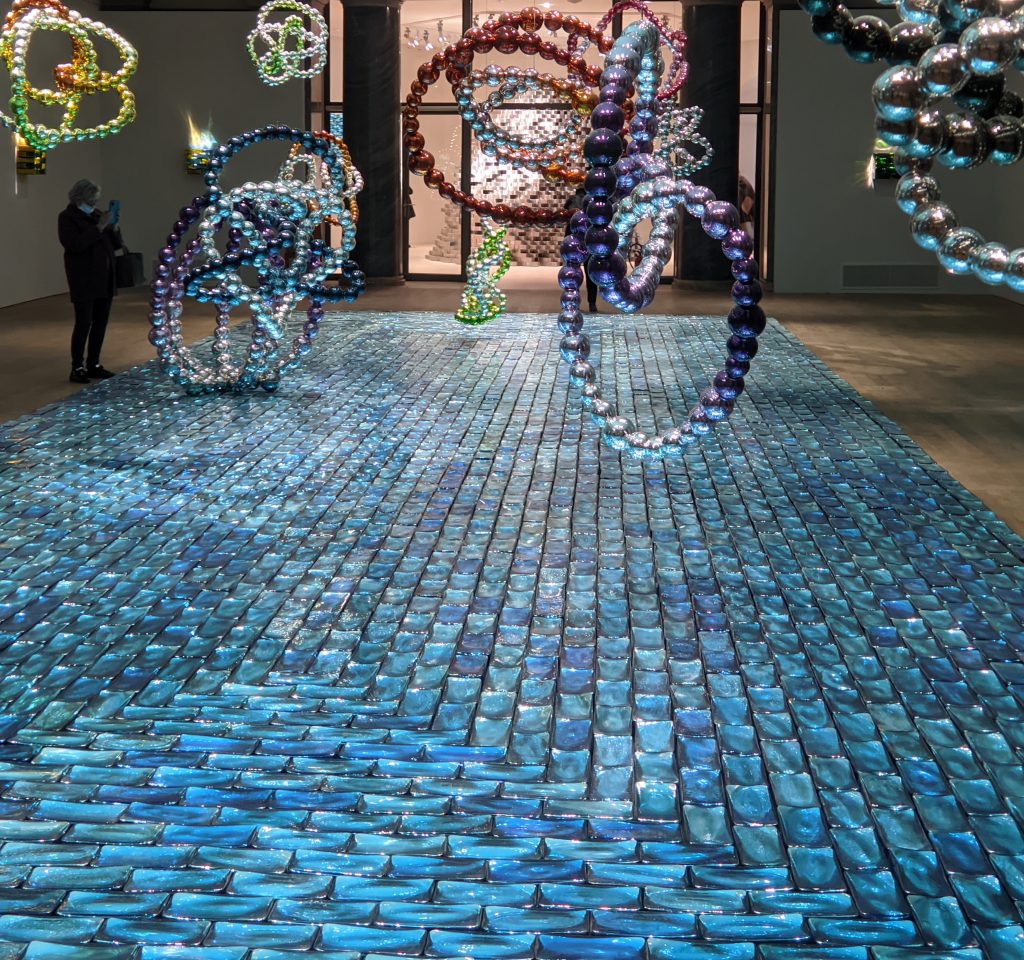
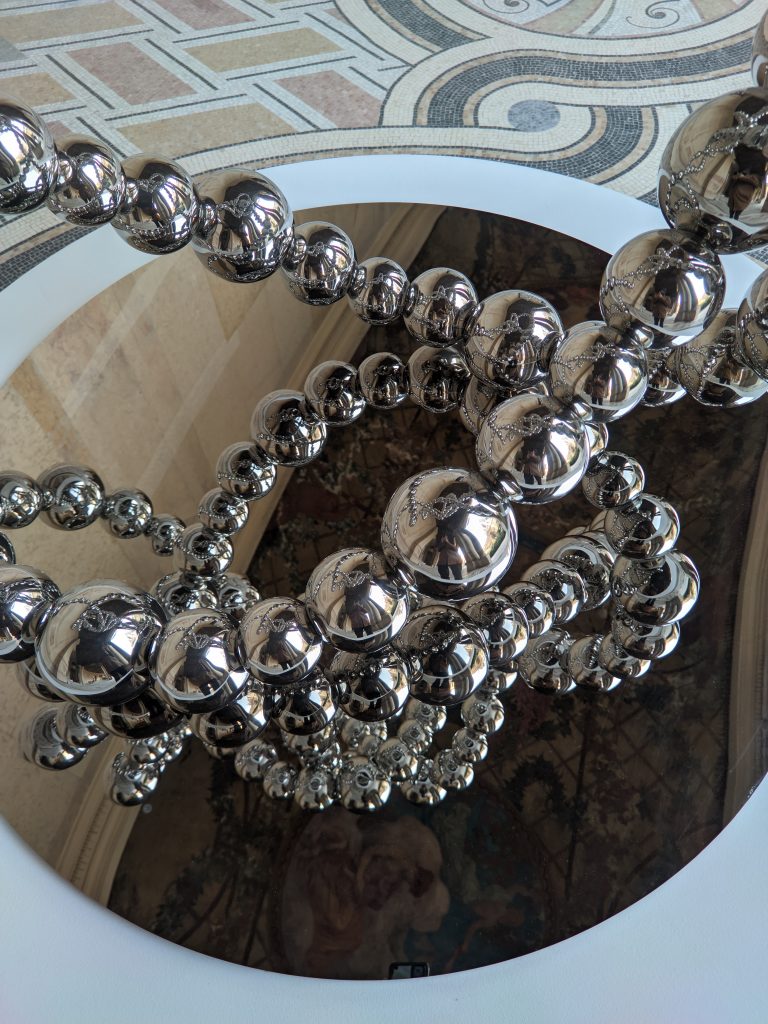
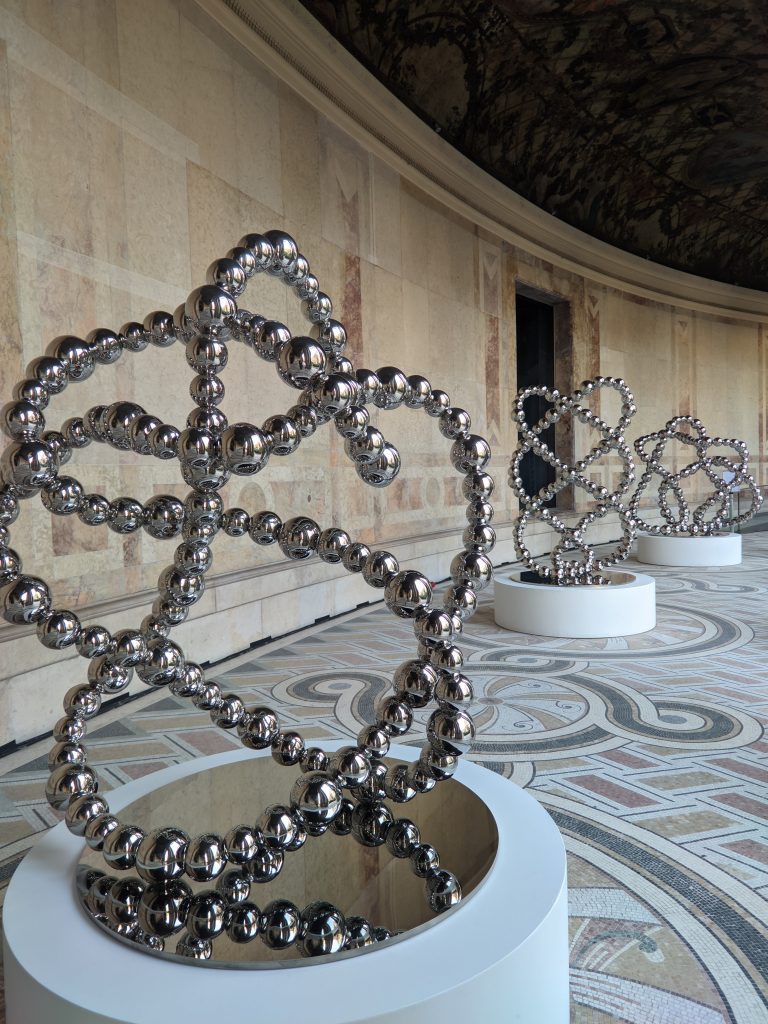
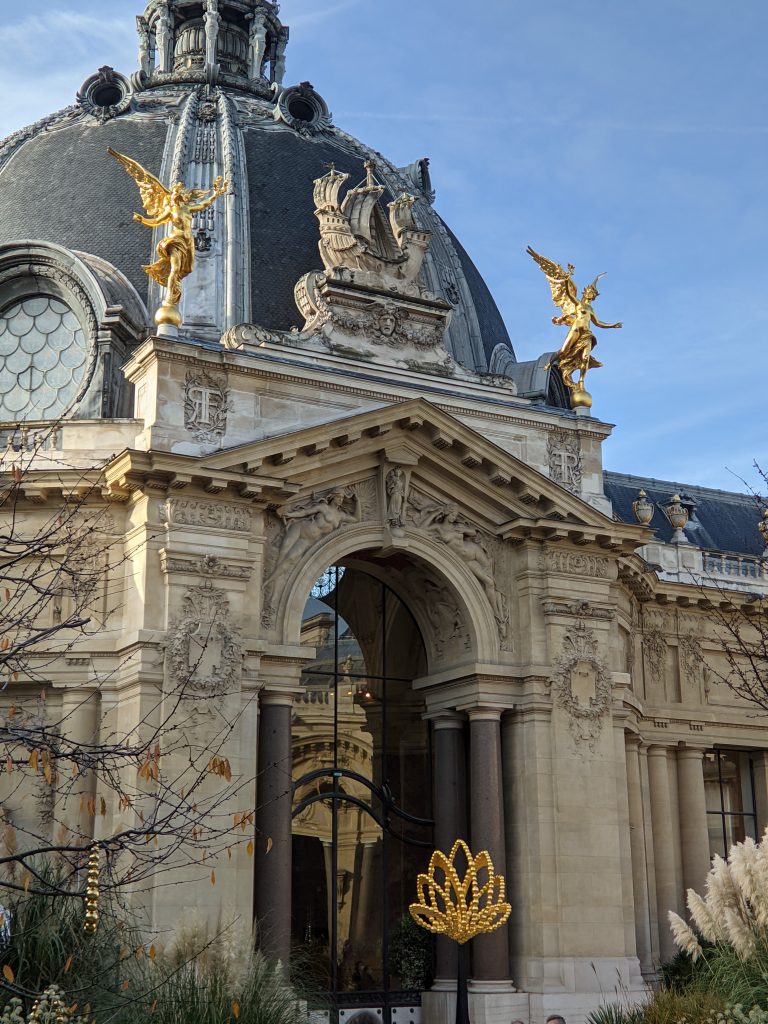
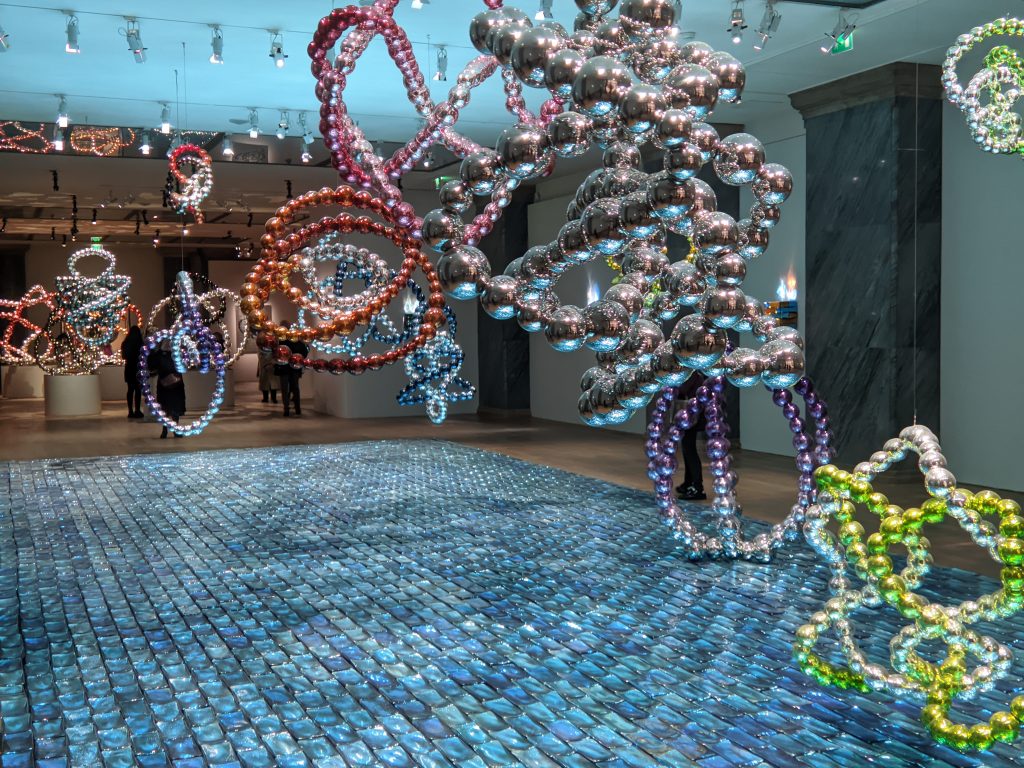
Closed on Mondays. Open Tuesday to Sunday 10:00 – 6:00 (18:00).
Previous Exhibitions at the Petit Palais
Additional images from the previous exhibitions presented by the Grand Palais and Petit Palais are highlighted in our article entitled: “The Best Past Exhibits at the Grand Palais & Petit Palais”, including additional works of art by Giovanni Boldini and Ilya Repin.
Art Lovers Tip: Purchase your tickets in advance to avoid waiting in line for entry into the Grand Palais and the Petit Palais!

6. Musée National de l’Orangerie des Tuileries
The l’Orangerie is located smack in the center of it all, with the Louvre on one side, the d’Orsay across the river Seine, and the Place de la Concorde/Grand Palais to the other side. Located within the Tuileries Gardens, the l’Orangerie is a sentimental favorite for art lovers thanks to Claude Monet’s gift to the City of Paris: 2 spectacular oval rooms containing 8 panels of water lilies measuring nearly 300 feet in length (91 meters long), a small detail of which is shown in the photo below.
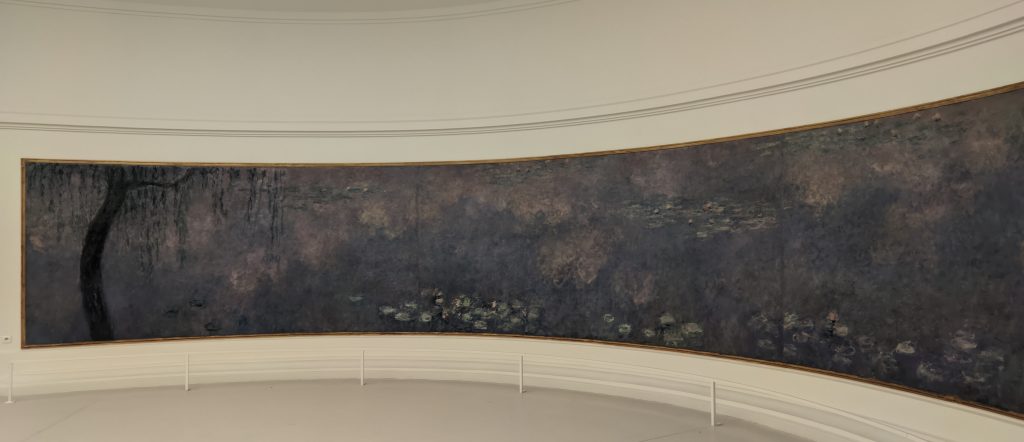
The 1852 building originally stored citrus trees during winter. In 1921, when the State decided to use the building for fine arts, Monet was already at work on a series of paintings entitled “Nymphéas” destined for the Rodin Museum. The plan was changed and Monet assisted in the design of these 2 rooms, lit by natural light.
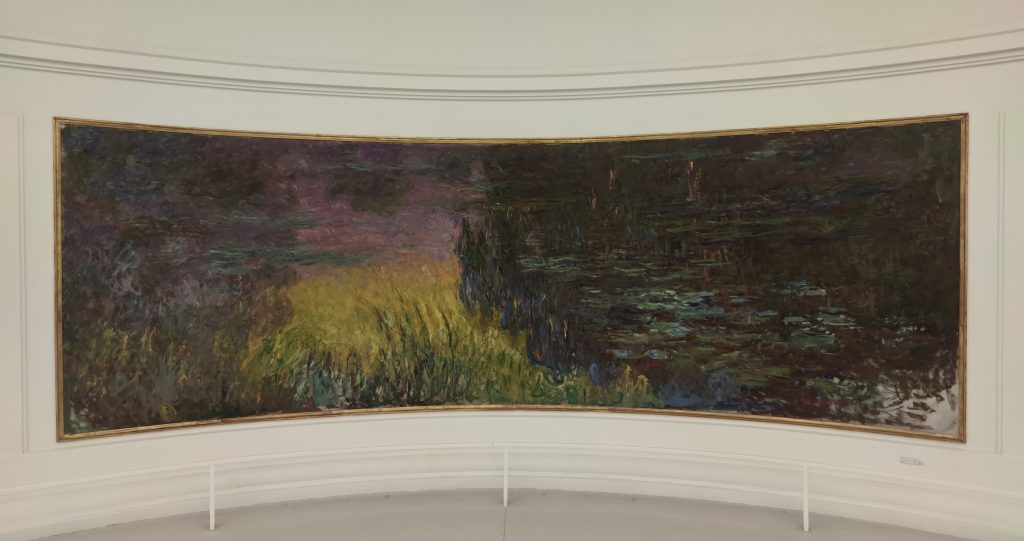
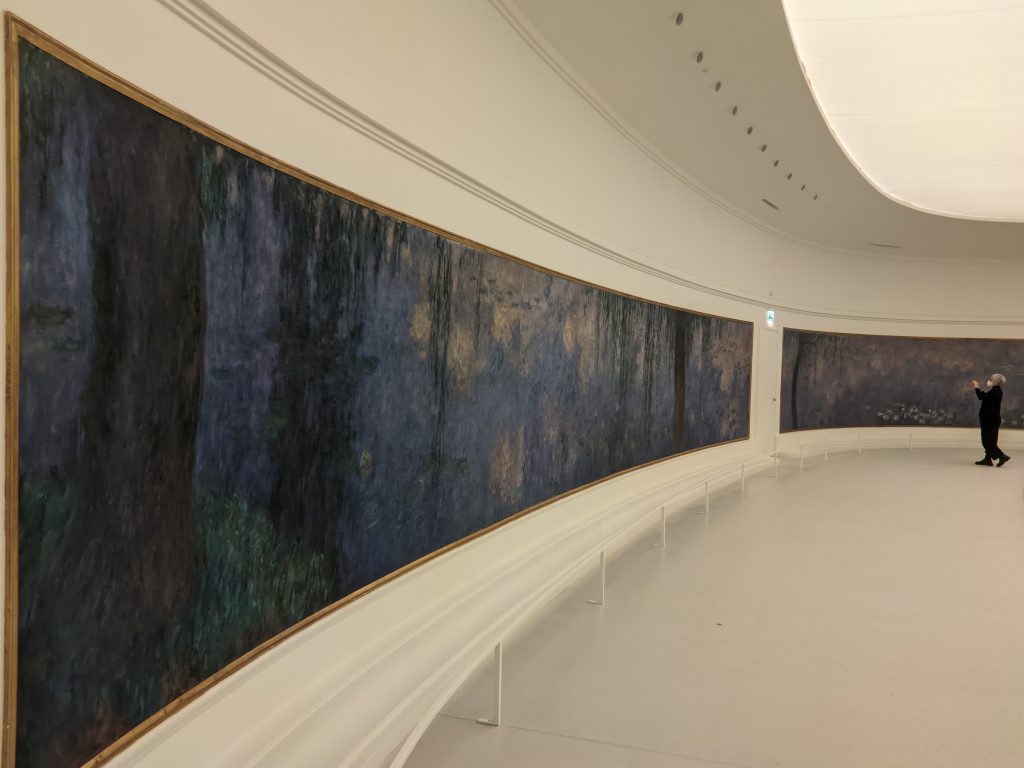
The museum opened in 1927, a few months after Monet’s death, and now also houses fine works (below) by Picasso, Renoir, Cézanne and various Impressionists.





Special Exhibitions
The Musée de l’Orangerie is presenting “In the Blur, another vision of art from 1945 to the present day” through August 18, 2025. Many artists, and many styles, are featured in this show including Francis Bacon, Sigmar Polke, Odilon Redon, Gerhard Richter, Pipilotti Rist, Joseph Mallord William Turner, Luc Tuymans, and Bill Viola.
Previous Shows at the l’Orangerie
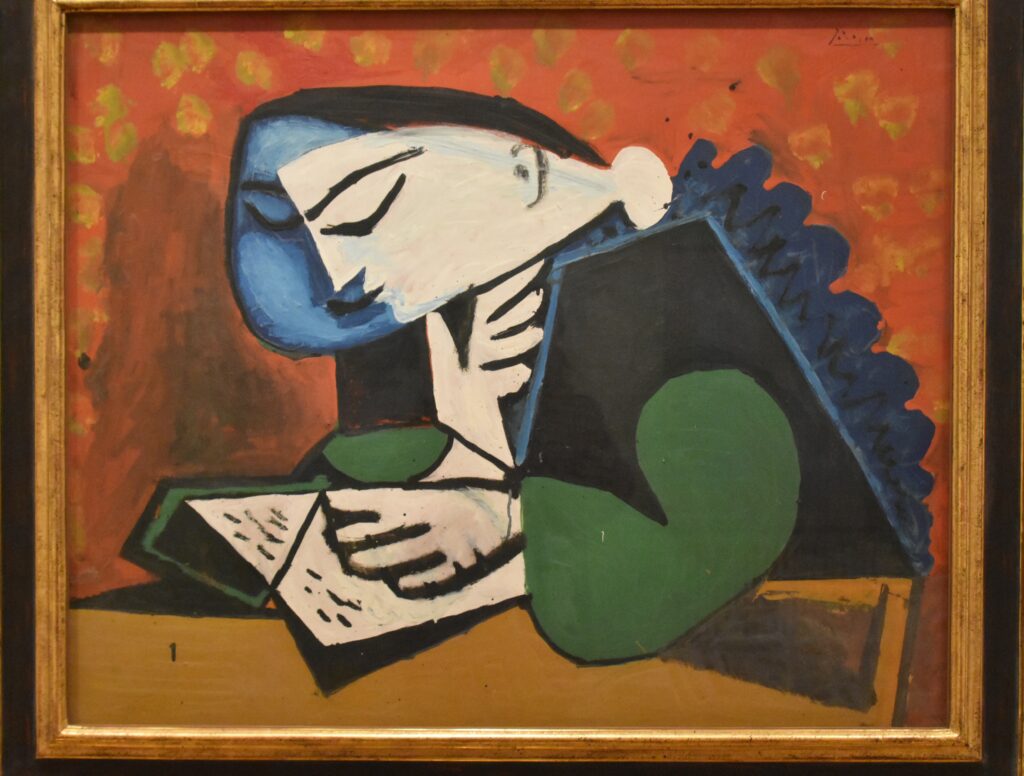
Through January 27, 2025, the l’Orangerie displayed “Heinz Berggruen, a Dealer and His Collection,” featuring masterpieces by Klee, Giacometti, Matisse and Picasso. This special exhibition brought to Paris more than 100 paintings of exceptional quality from the Museum Berggruen/Neue Nationalgalerie in Berlin, and explored the personal taste and choices made by Heinz Berggruen, a major Parisian art dealer-turned-collector who favored the styles of Klee and Picasso.
Berggruen (born in a residential district of Berlin in 1914) fled from Germany to the USA in 1936, settled in Paris after World War II, and sold his collection to the German state in 2000, several years before his death in 2007.
If you want to learn a bit more about the amazingly diverse works of art shown at the l’Orangerie over the past five years, we feel confident you will enjoy our article entitled Monet’s Gift Is Now the l’Orangerie + Matisse, Hockney & Modigliani.
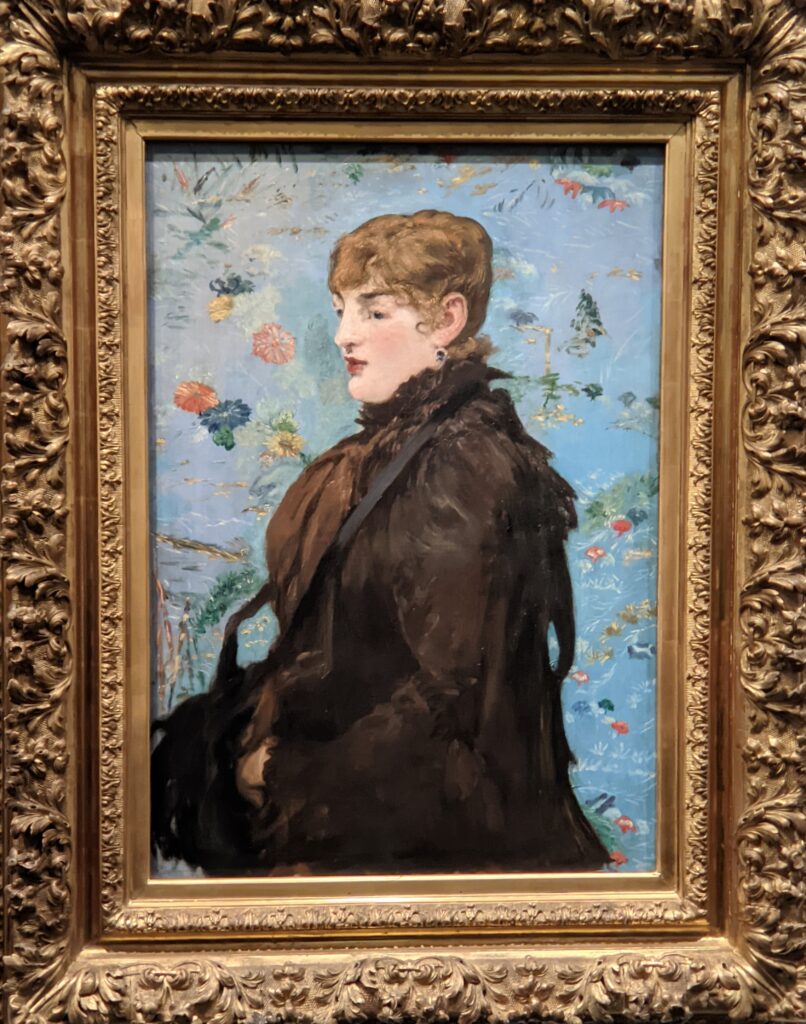
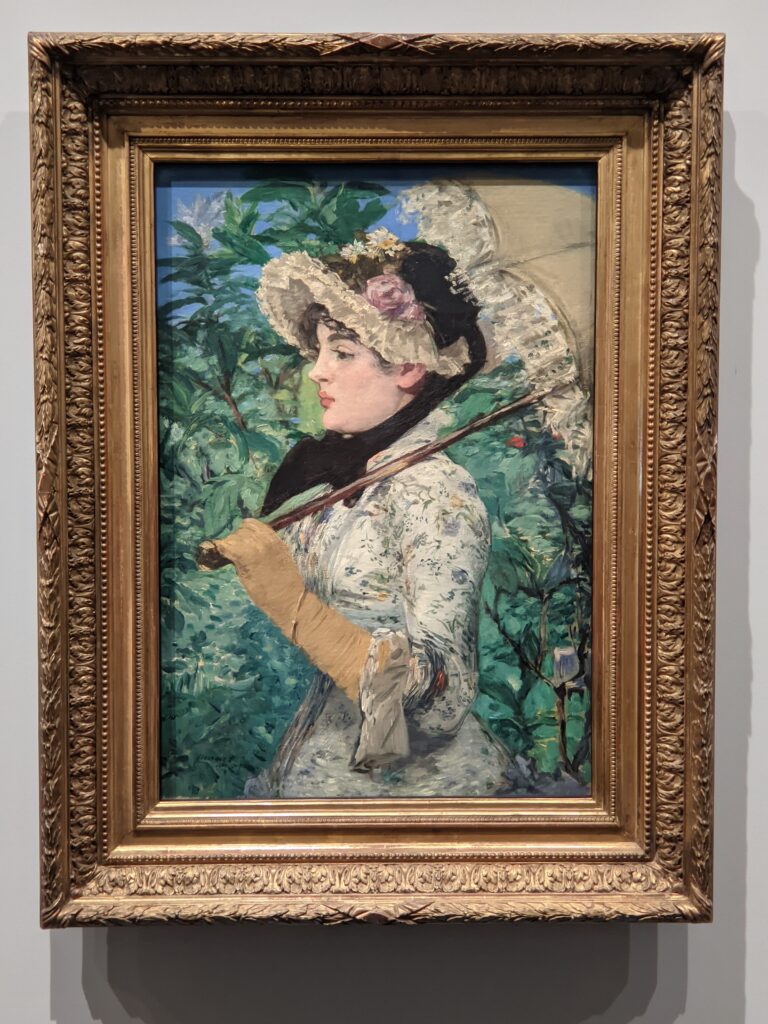
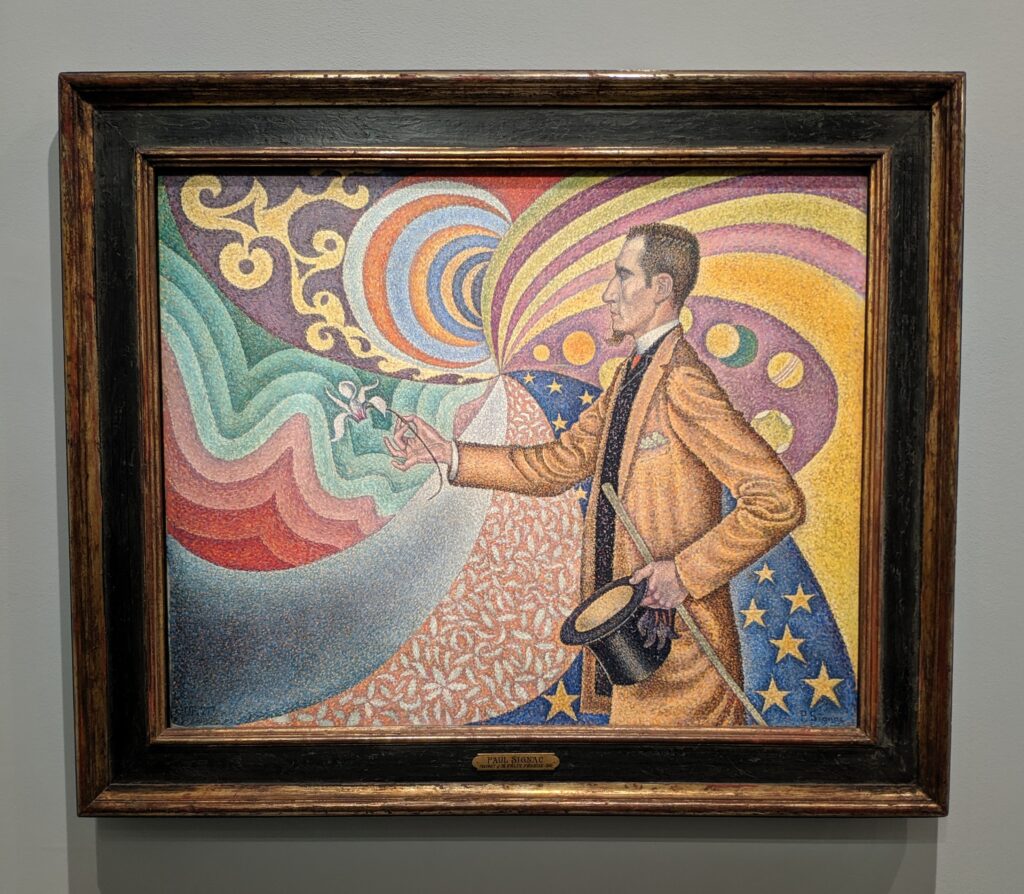
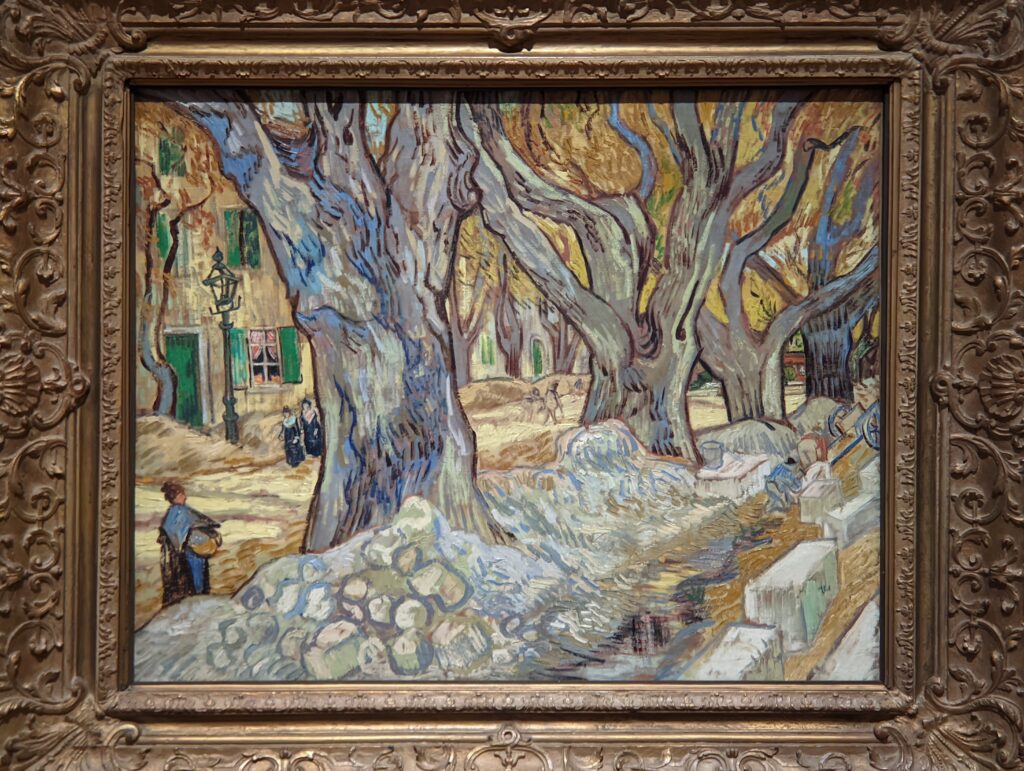
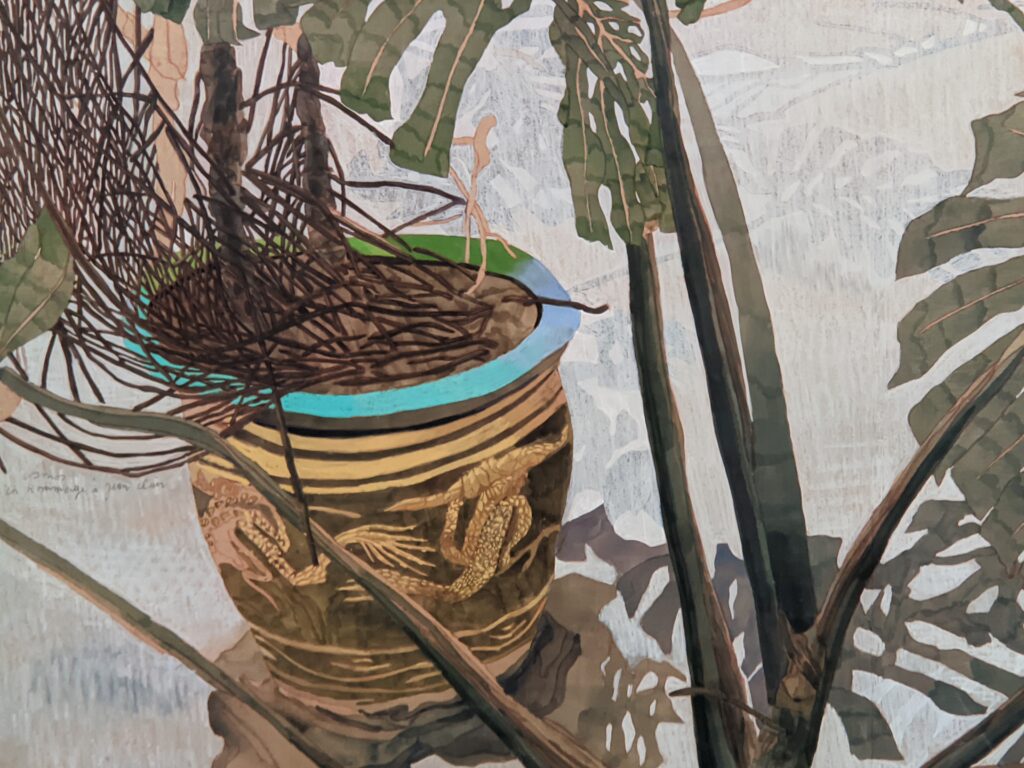
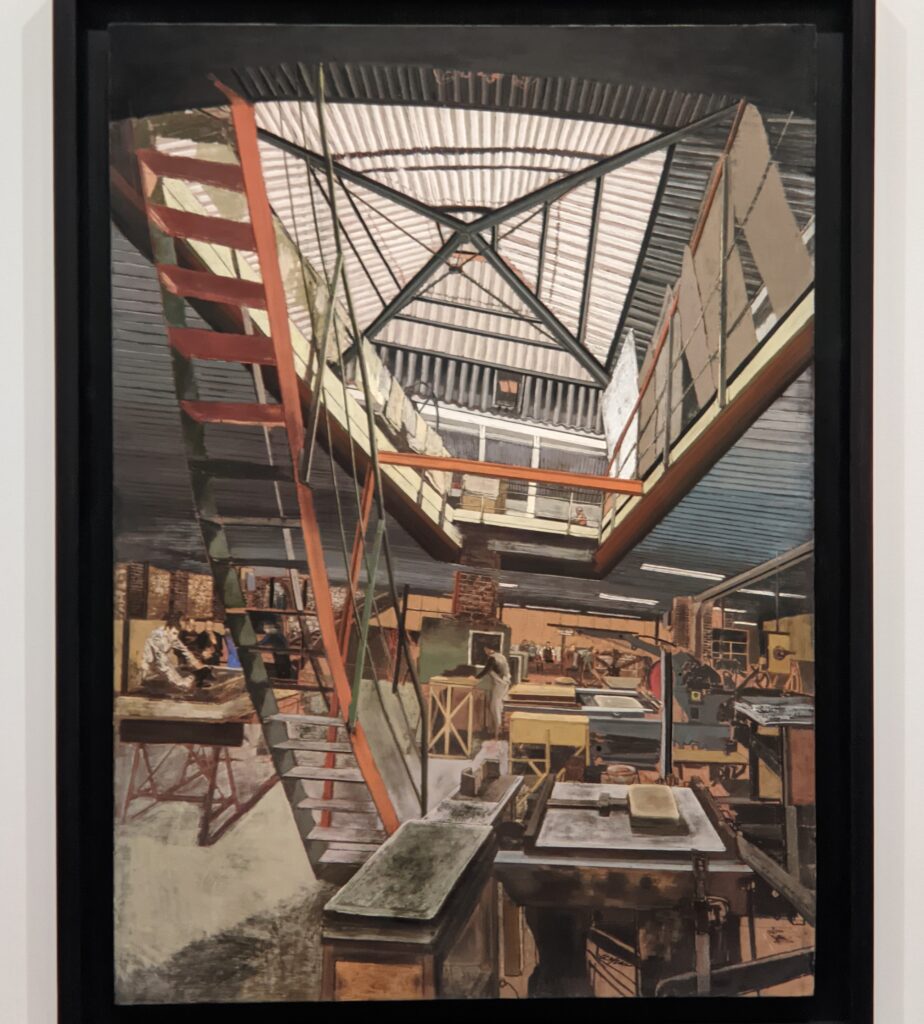
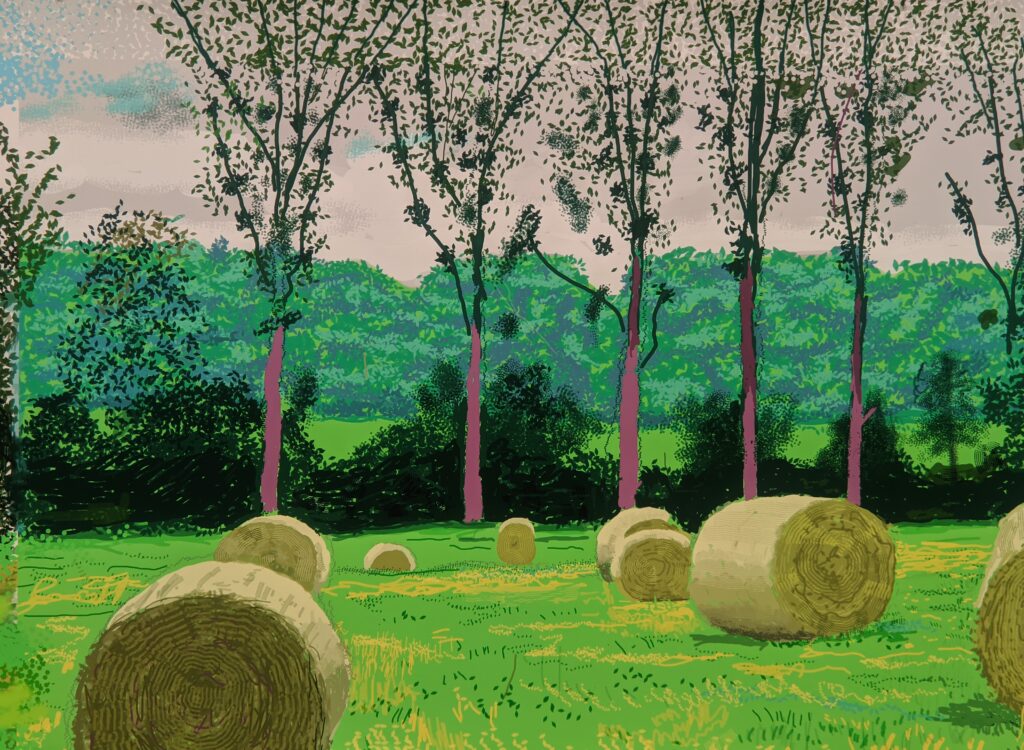
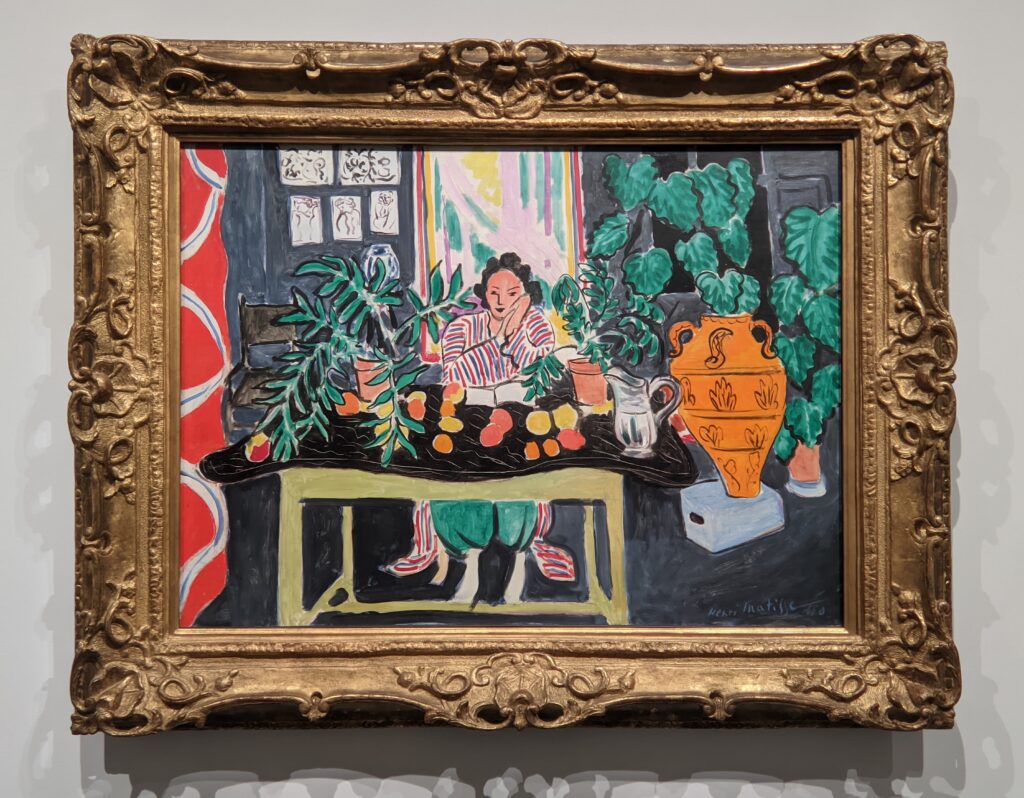
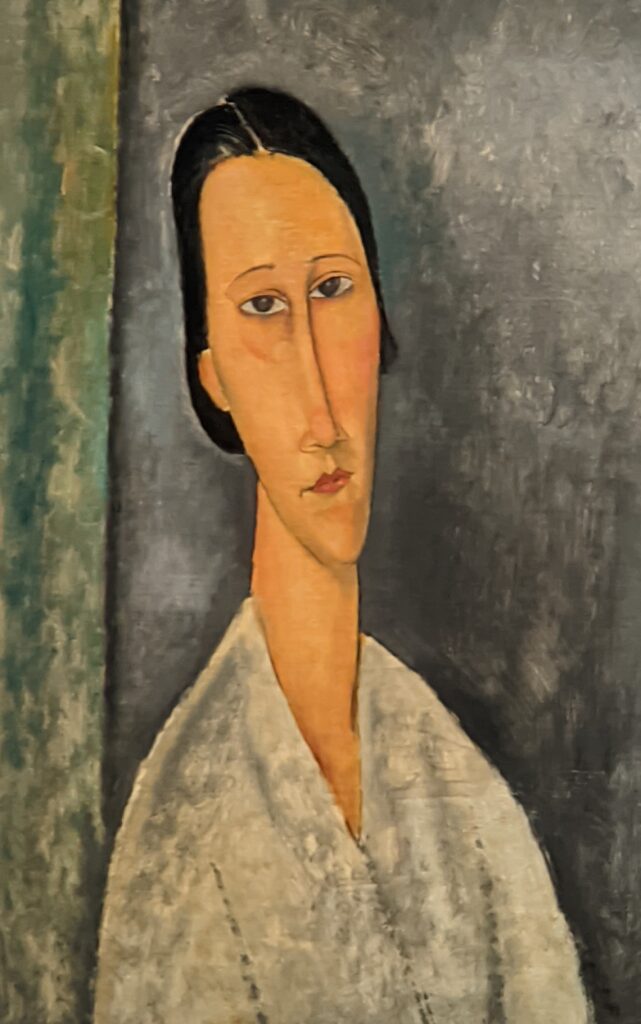
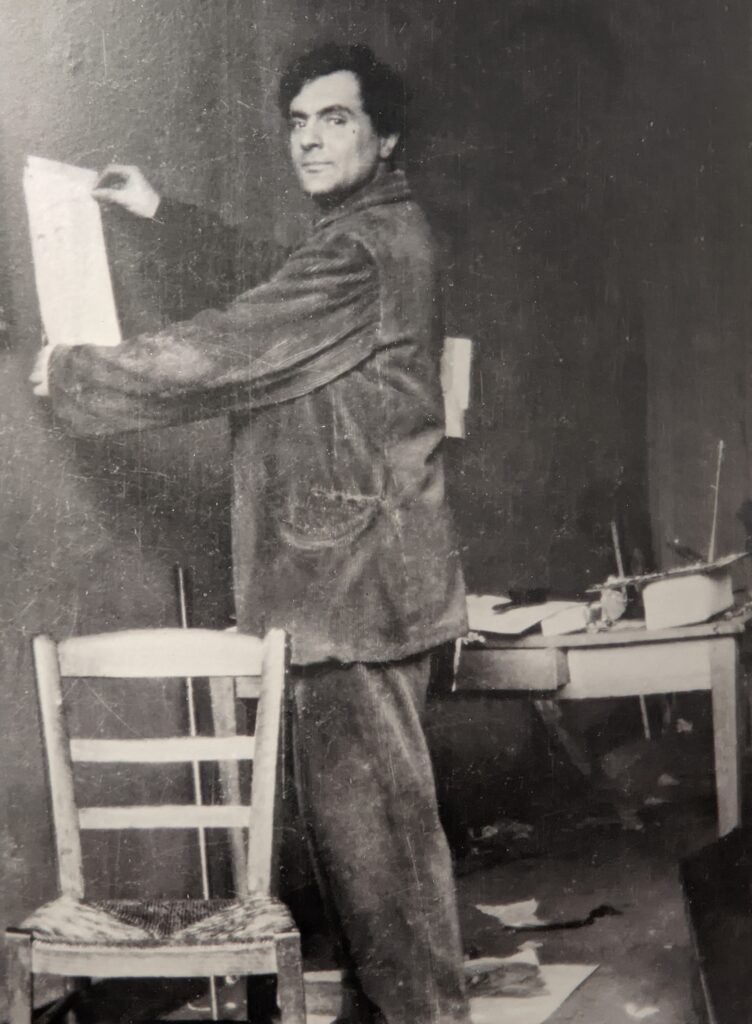
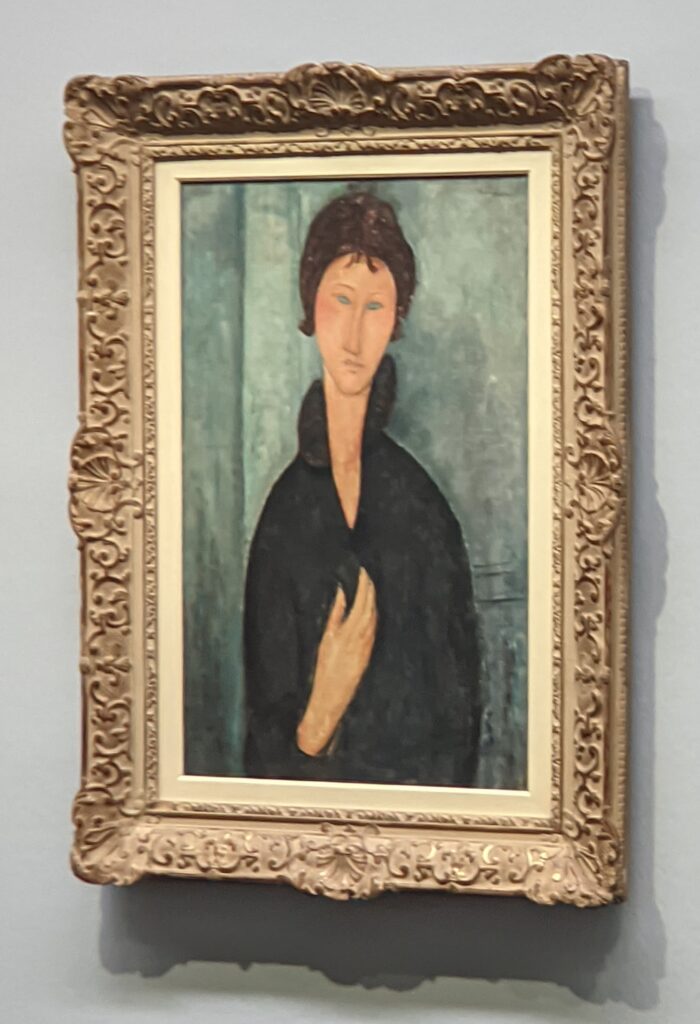
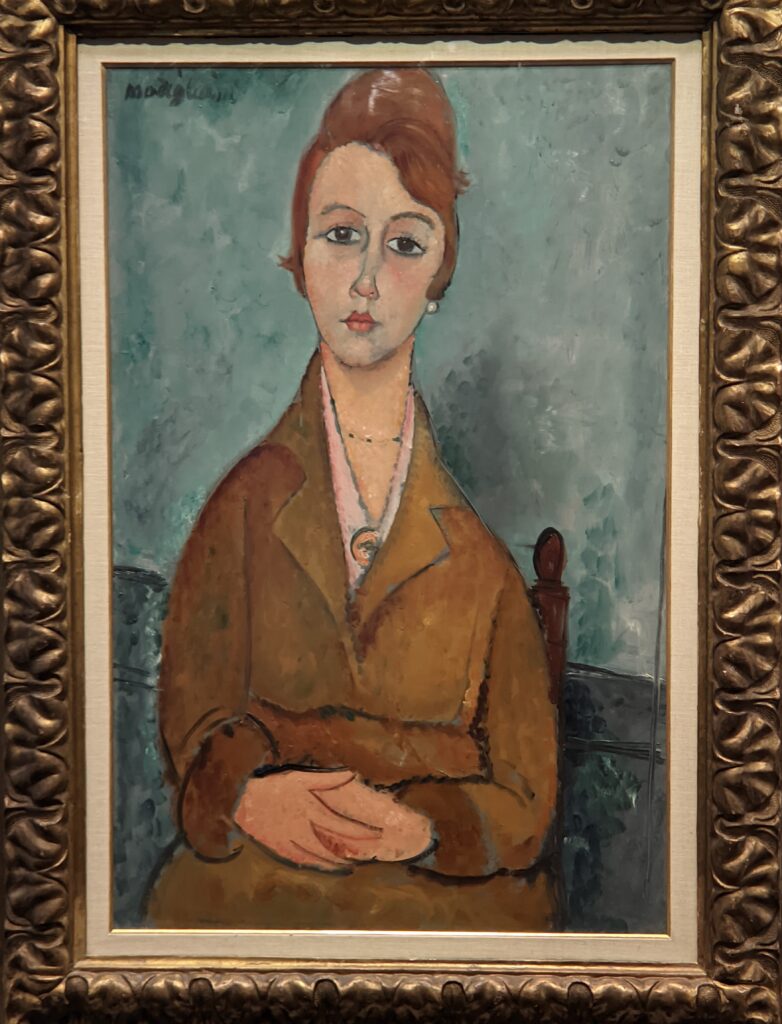
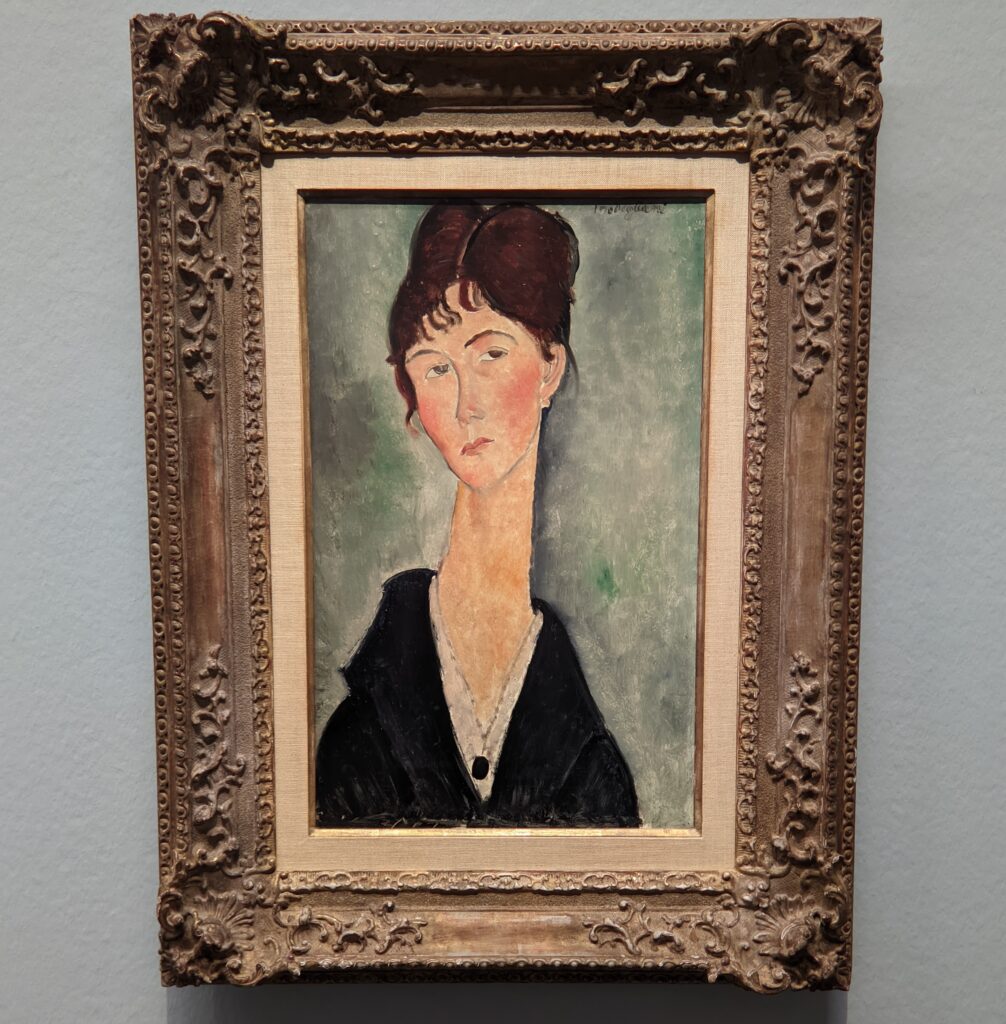
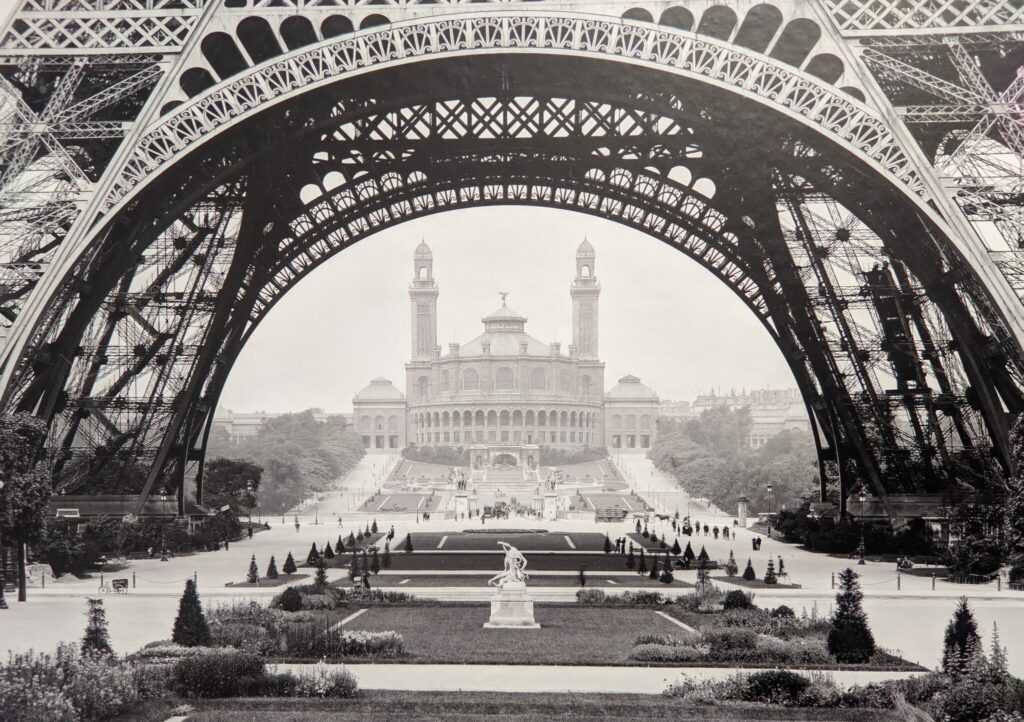
Closed on Tuesdays. Open Wednesday to Monday 9:00 – 6:00 (18:00). Last admission at 5:15 (17:15). Metro # 1 and # 8 to Concorde.
Art Lovers Tips: Many of you will consider your visit here an unforgettable highlight of Paris. Leave extra time to return to the Monet rooms to think about your life, what you hope to accomplish — this is a special space for contemplation. We suggest you come here first if you wish to inquire about a Combined Ticket for the l’Orangerie and the Musée d’Orsay.
7. Musée du Quai Branly – Jacques Chirac
Located near the Eiffel Tower, the Quai Branly Museum has a collection of over one million objects from Africa, the Americas, Asia, and Oceania; 3,500 are on display. If you want to take a break from European art and try something different, come here. The exterior of the Quai Branly is alive with plants clinging to the walls, while the interior exudes a unique feeling — a contemplative calm — completely different from most museums. If you give this museum a chance it will win you over, and other museums will feel generic (like a Shopping Mall) by comparison. The focus here is on discovering ancient artifacts and art, beautifully lit along winding paths, set against a dramatically dark background. You should visit the Quai Branly’s website for the museum’s schedule of current and upcoming special exhibitions.
Closed on Mondays. Open Tuesday, Wednesday & Sunday 11:00 – 7:00 (19:00). Open Thursday, Friday & Saturday 11:00 – 9:00 (21:00). Metro # 9 to Alma-Marceau, or # 6 to Bir Hakeim.
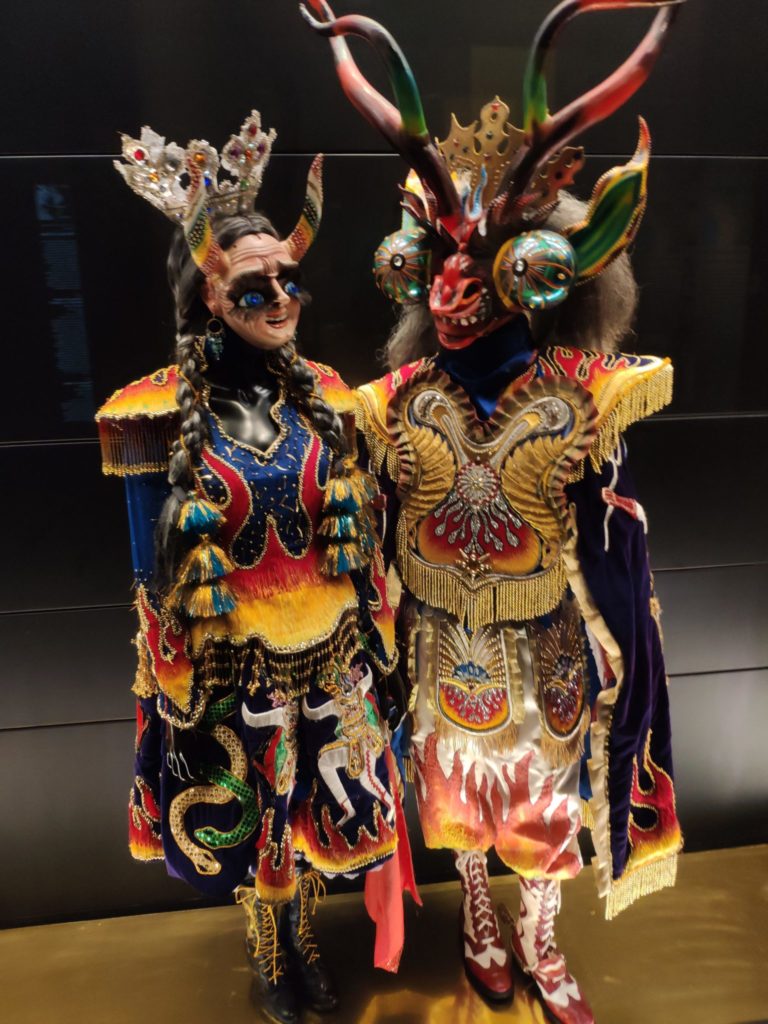
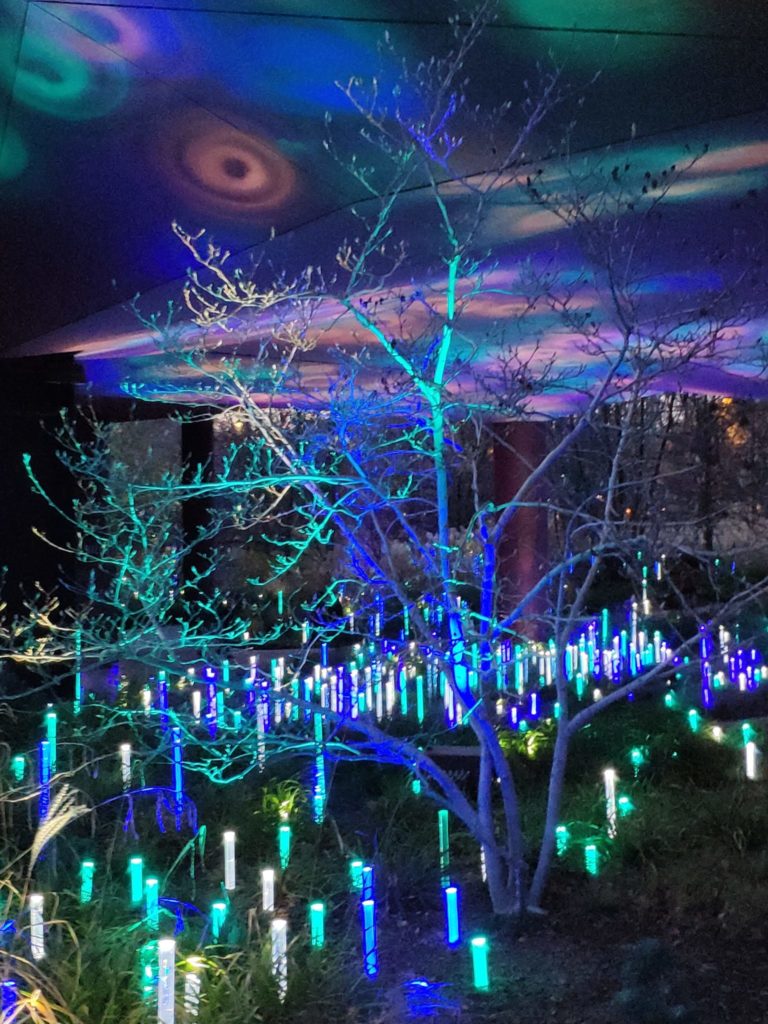
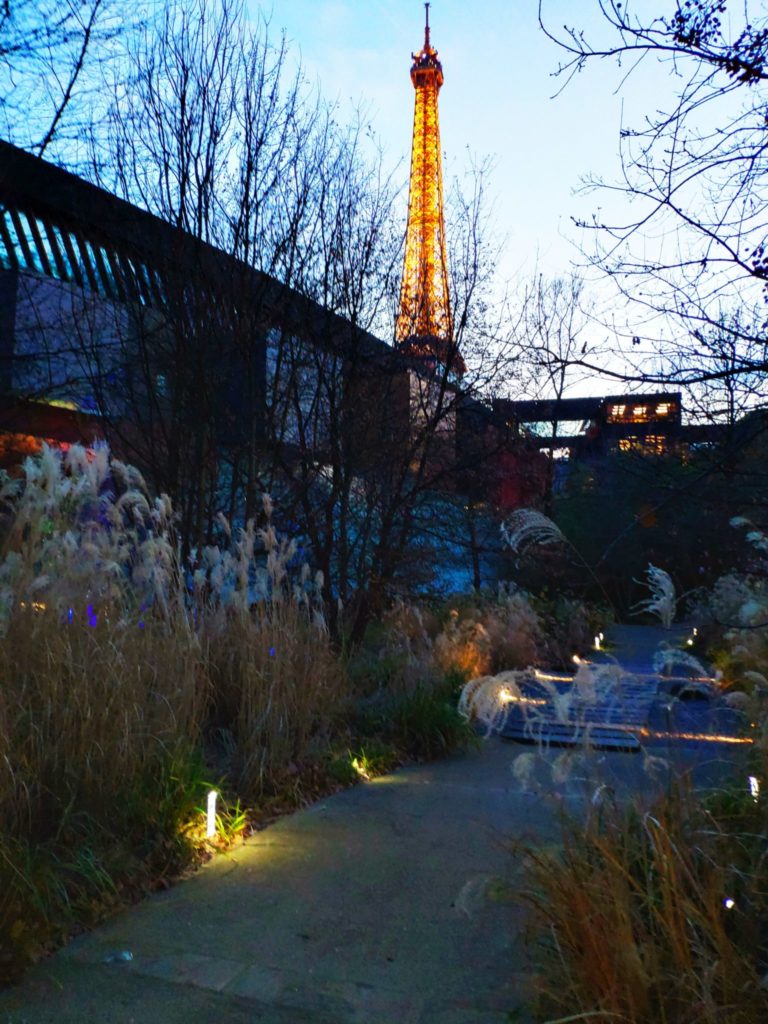
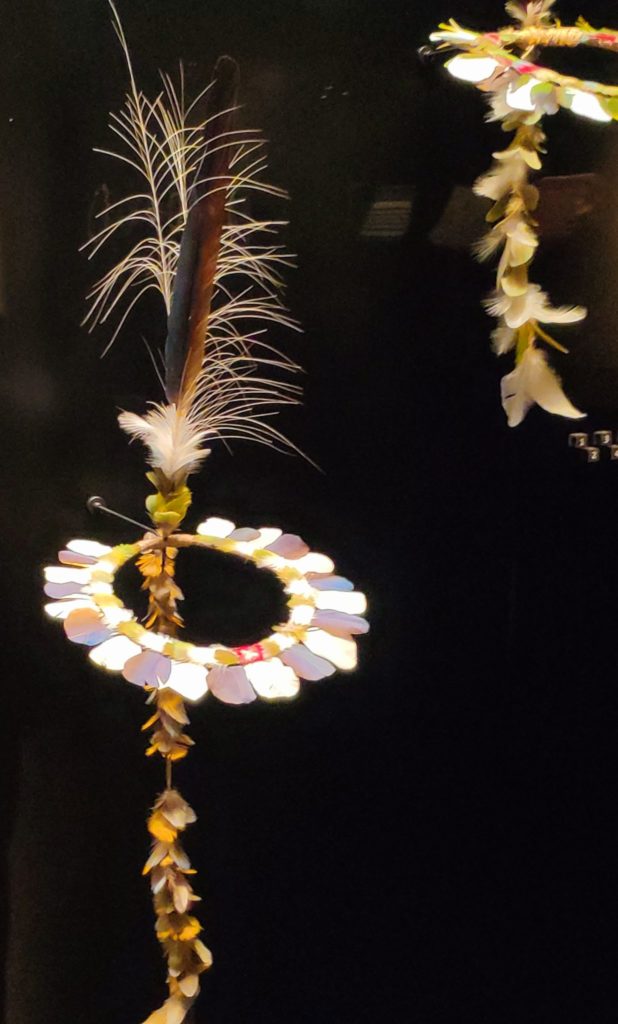
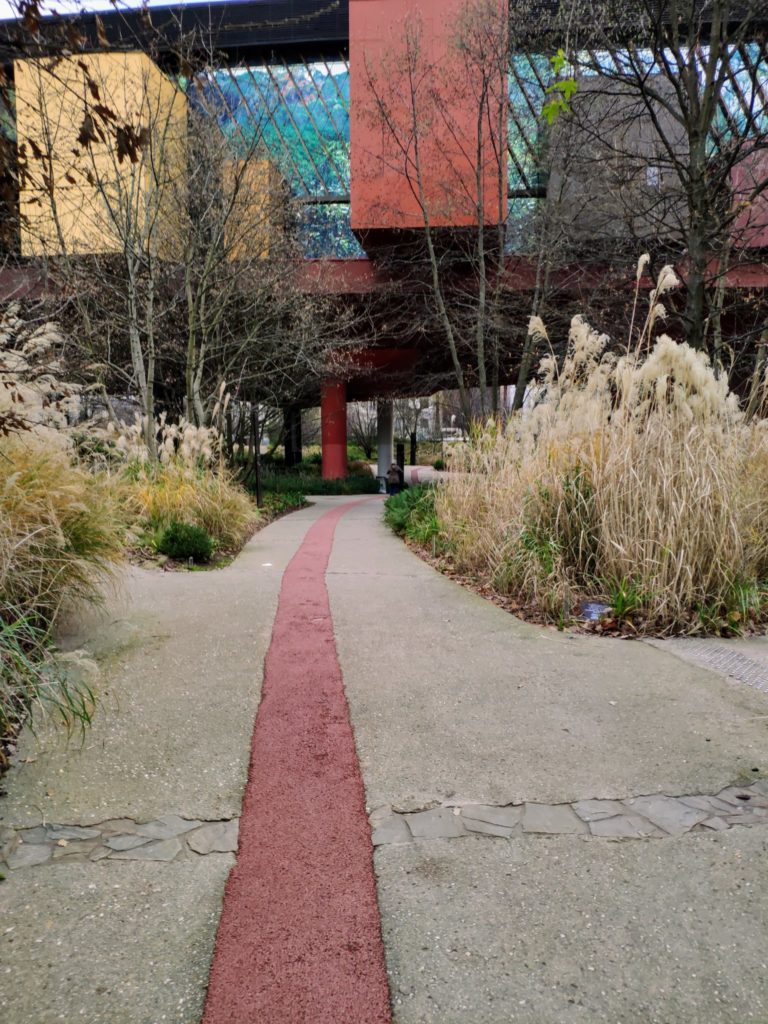
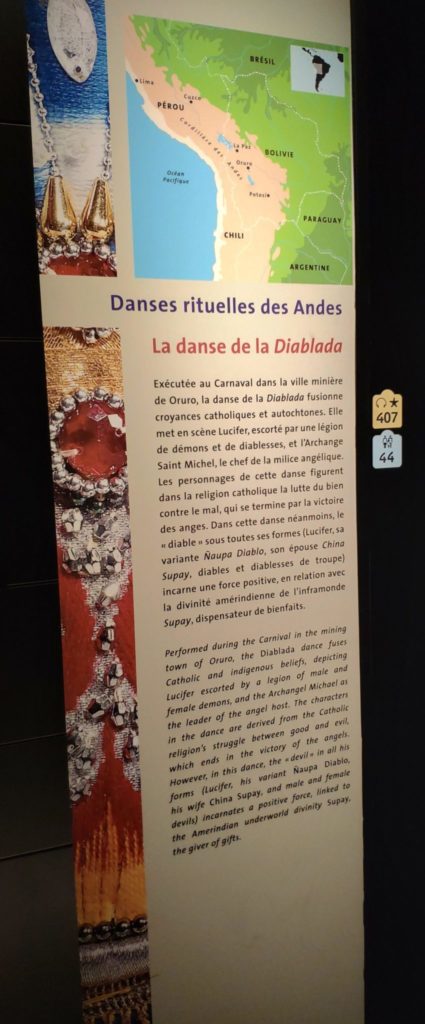
Art Lovers Tips: Stop in Le Café Jacques or, better yet, reserve a table in Les Ombres Restaurant and enjoy a special Eiffel Tower view.
8. Musée Jacquemart-André
The Jacquemart-André provides a very different experience from most of the venues on our Top-10 List. This is a private museum, located in the 8th arrondissement at 158 Boulevard Haussmann, that has preserved the feeling of a private home. The mansion was completed in 1875 and opened to the public as a museum in 1913.
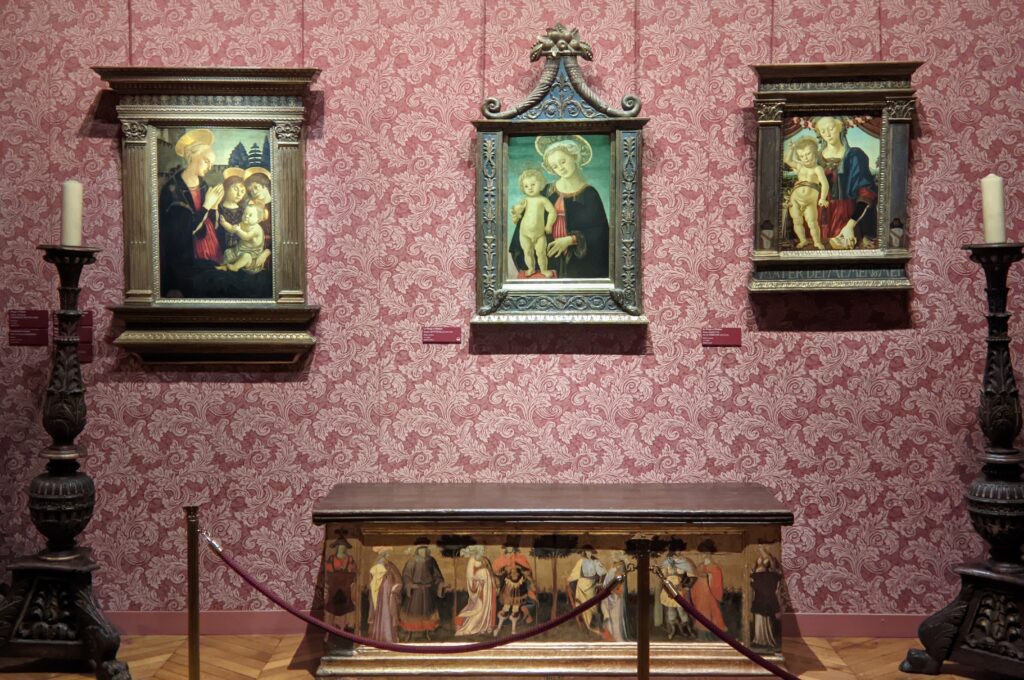
As a result of its uniqueness, the Jacquemart-André possesses pluses and minuses for art lovers. The mansion itself is both impressive and intimate, and the permanent collection of Italian sculpture and painting (from the Florentine & Venetian schools, in particular) is first-rate. Most visitors come here for the fabulous and varied temporary exhibitions; however, the cozy rooms dedicated as exhibition space are simply way too small.
With One Year of Restoration Work Completed, the Jacquemart-André Museum Reopened in 2024
You will definitely want to visit this museum in 2025, and beyond! The Jacquemart-André was closed this past year for major restoration work. The museum is now presenting a special exhibition until August 3, 2025 to celebrate Artemisia Gentileschi, a major figure in Baroque art and the Caravaggio movement.

Previous Exhibitions at the Jacquemart-André
The exhibit entitled “Masterpieces from the Borghese Gallery” was on view through February 9, 2025 and included works of art rarely seen outside of Italy by Botticelli, Raphael, Titian, Bernini, Rubens and Caravaggio (below).
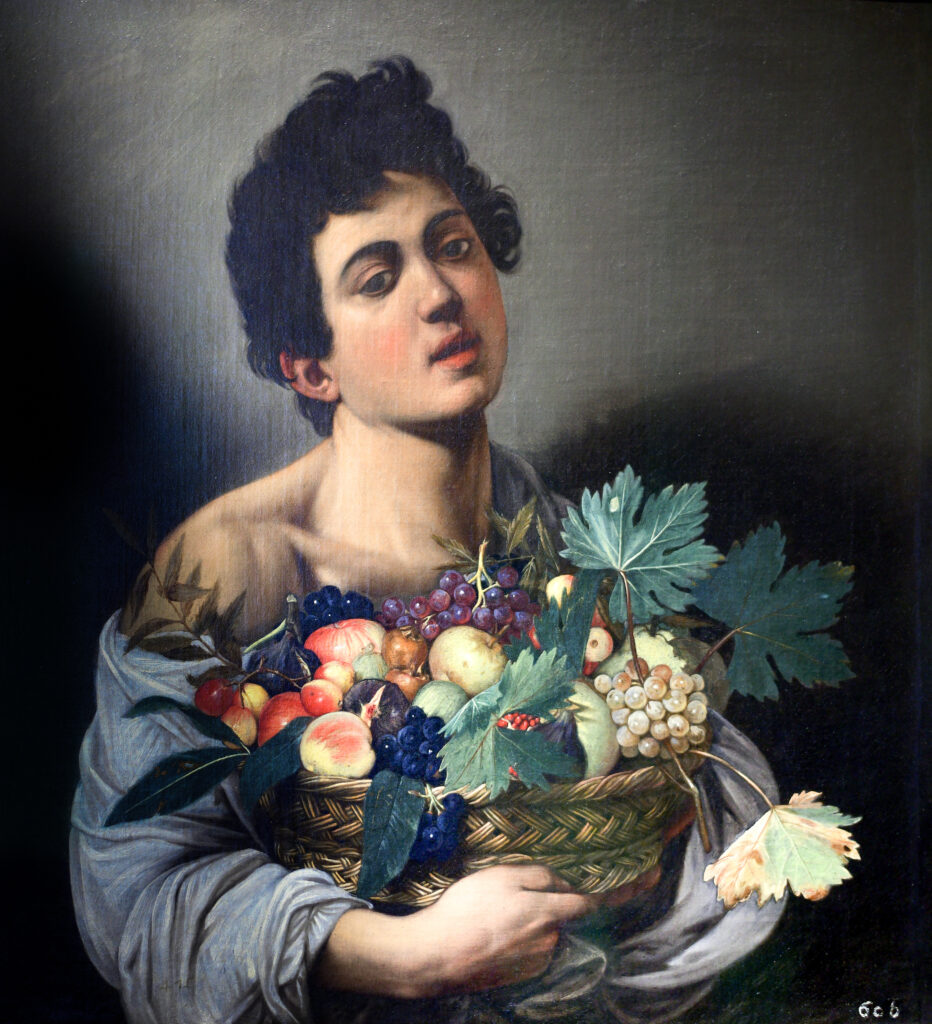
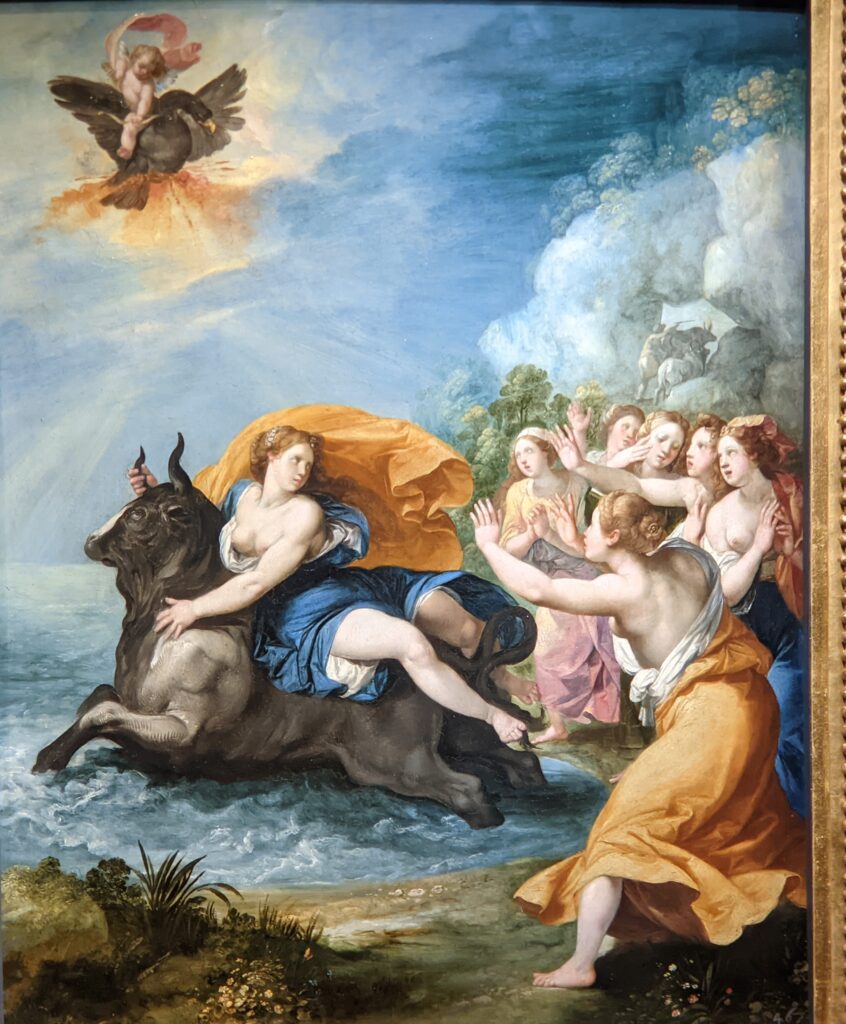
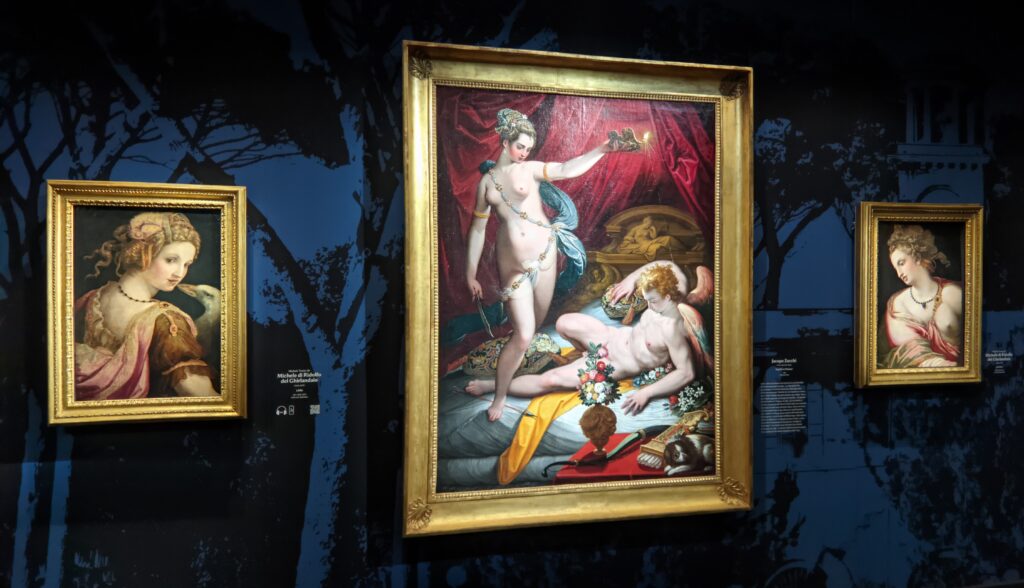
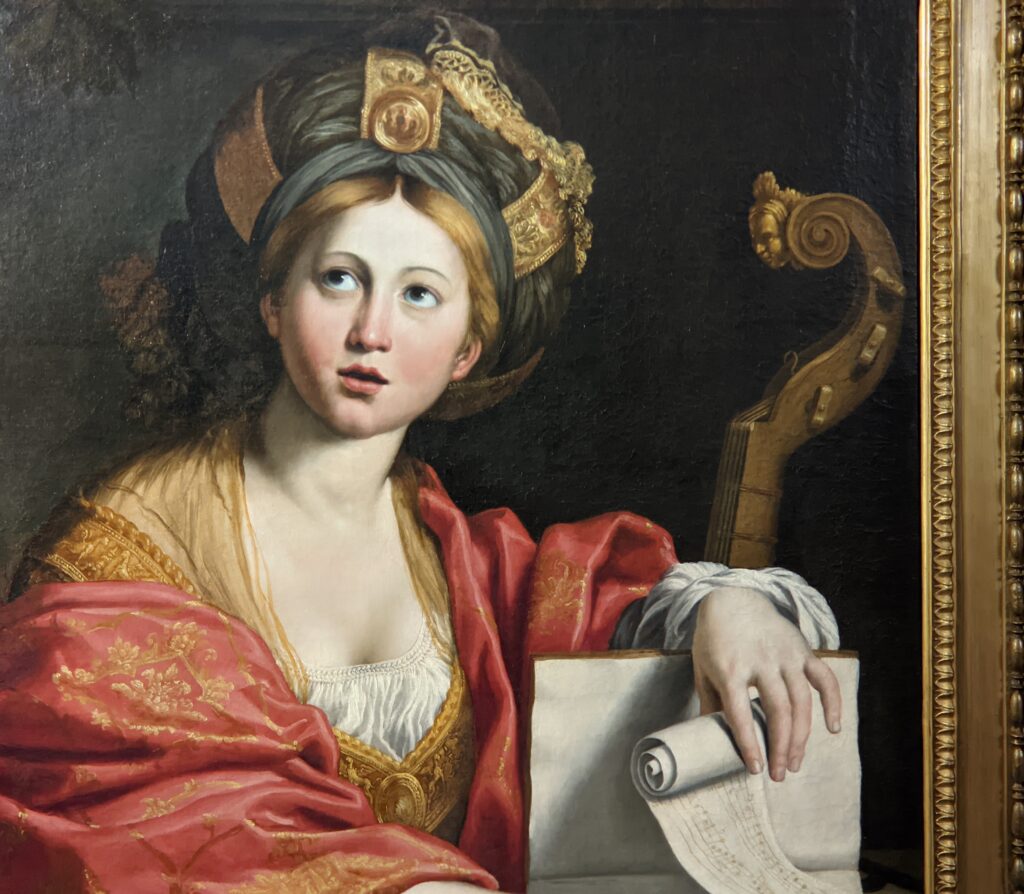
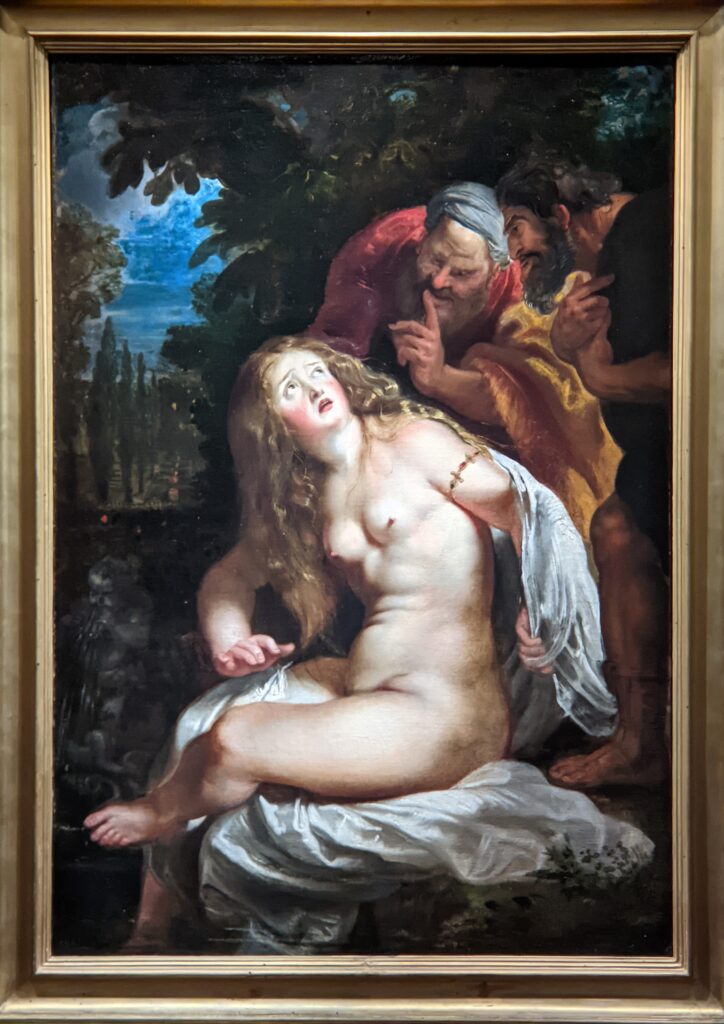
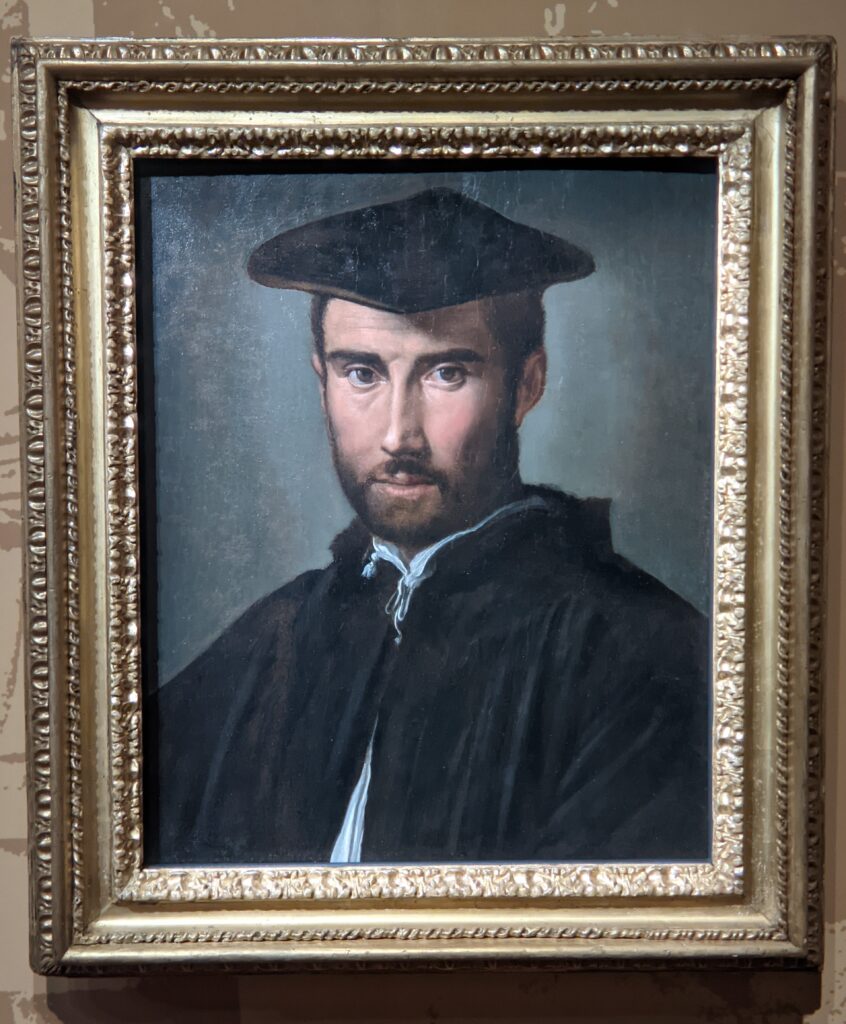
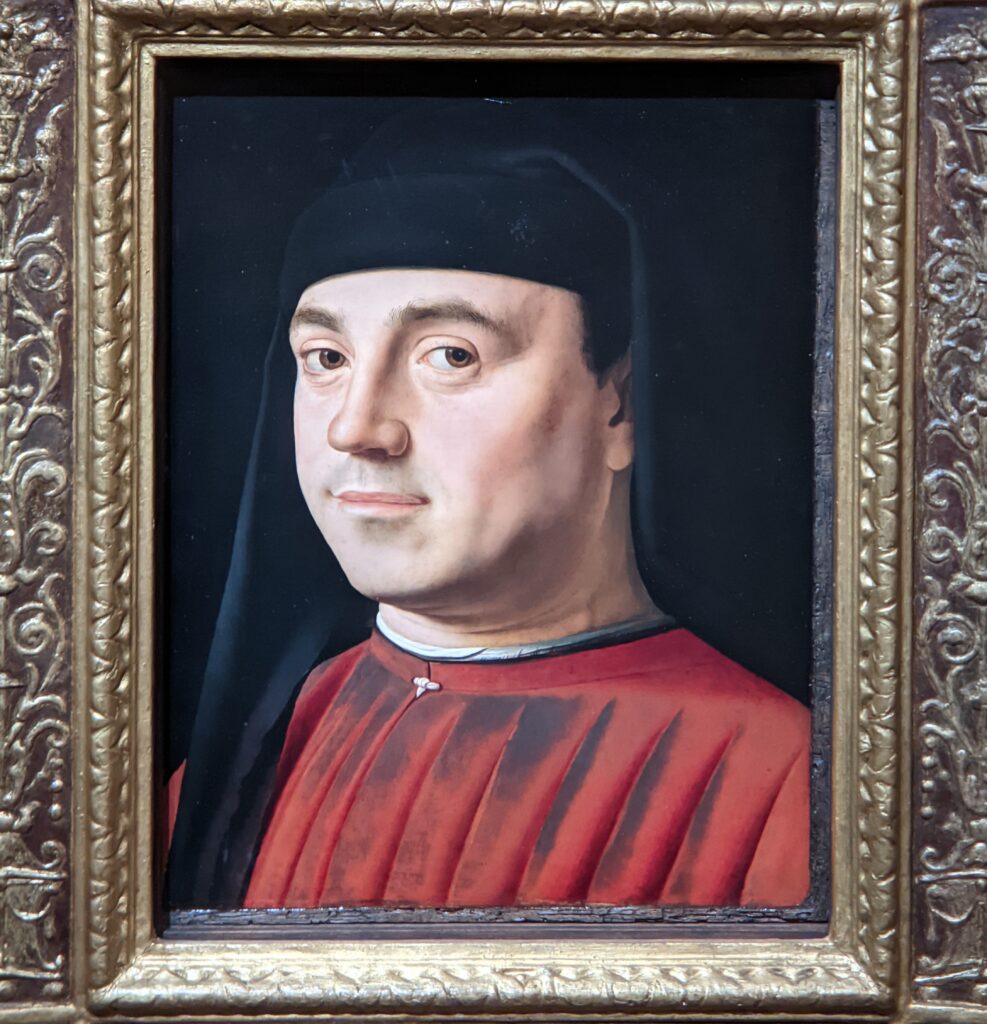
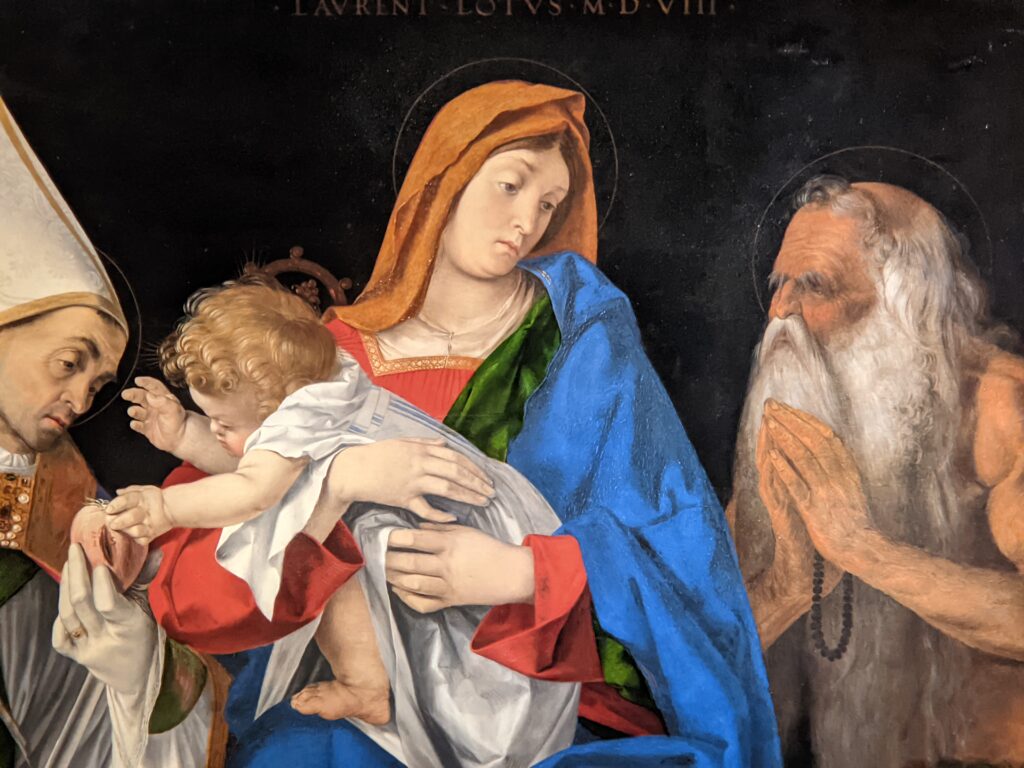
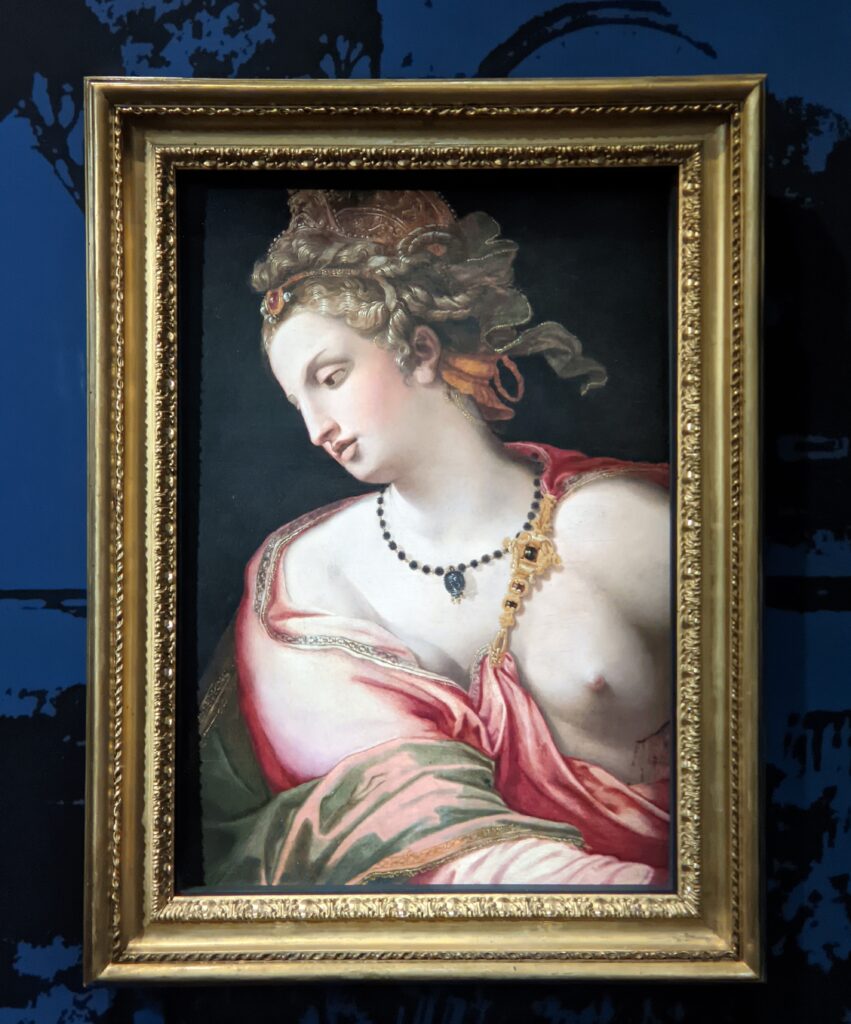
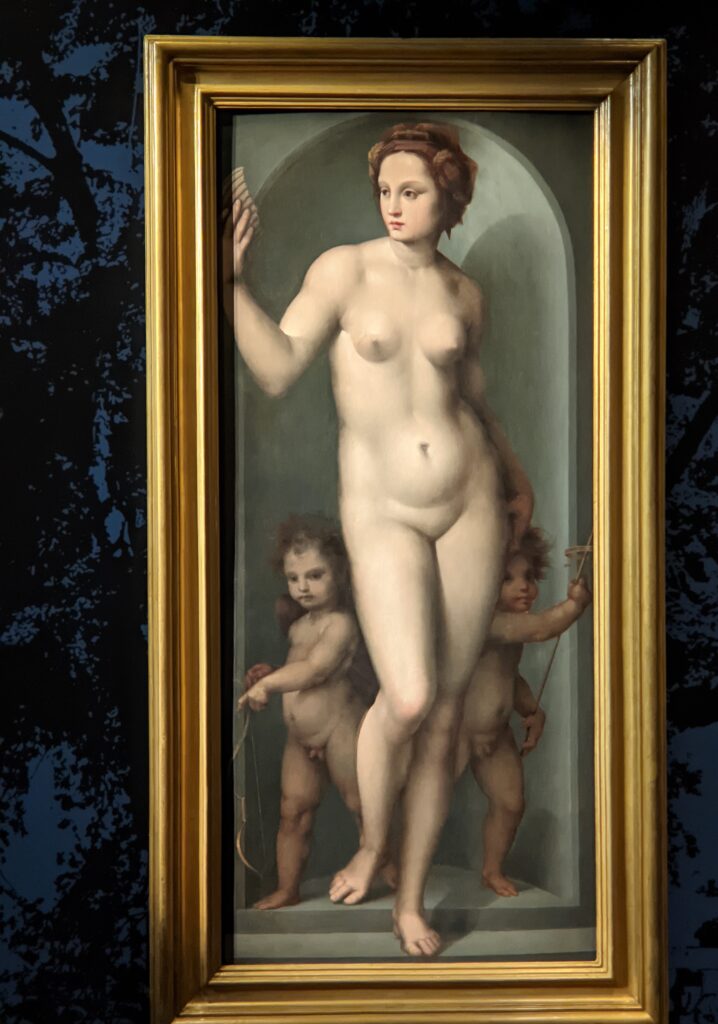
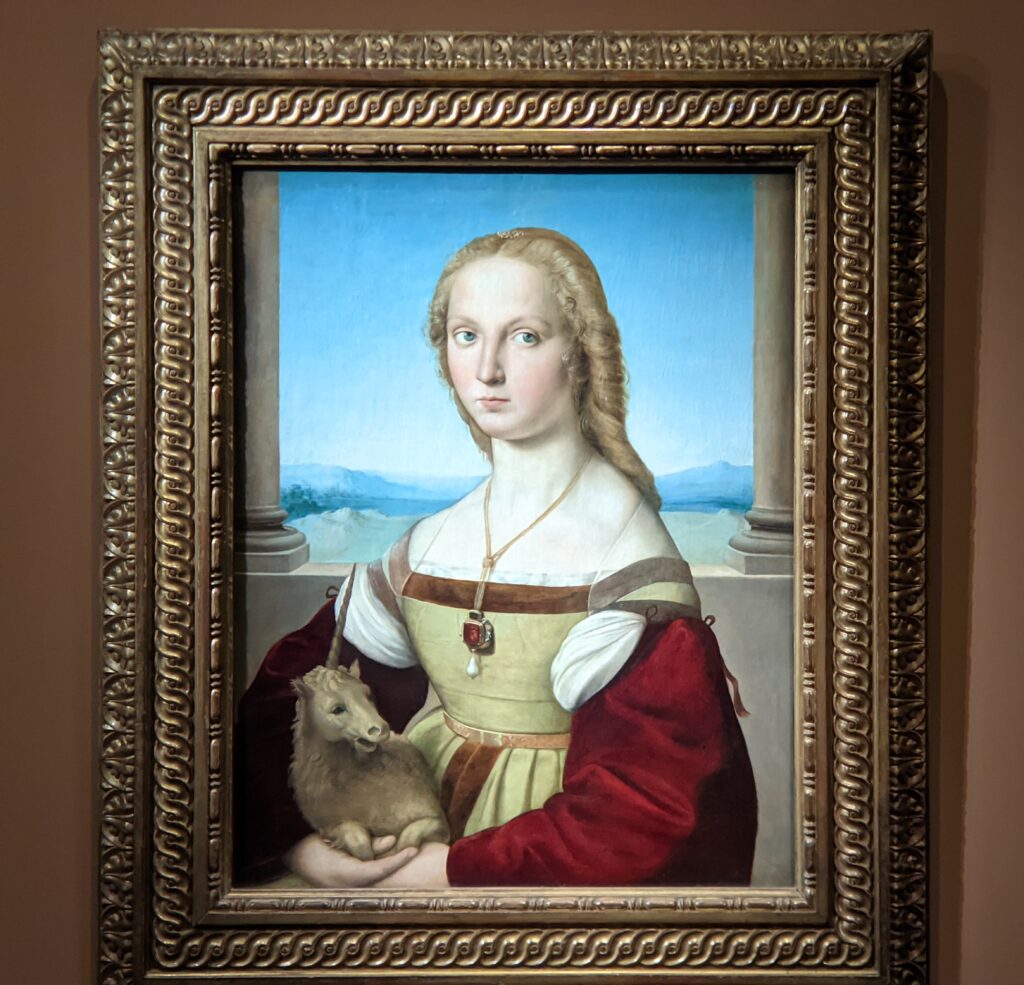
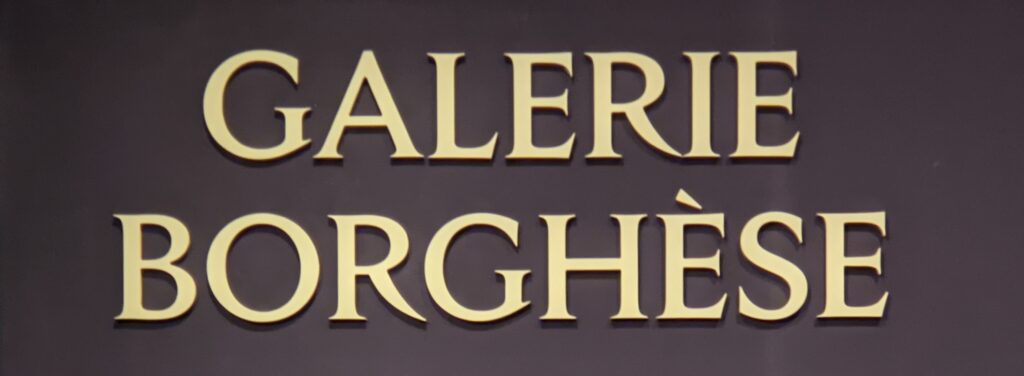
“Masterpieces from the Borghese Gallery” was on display through February 9, 2025
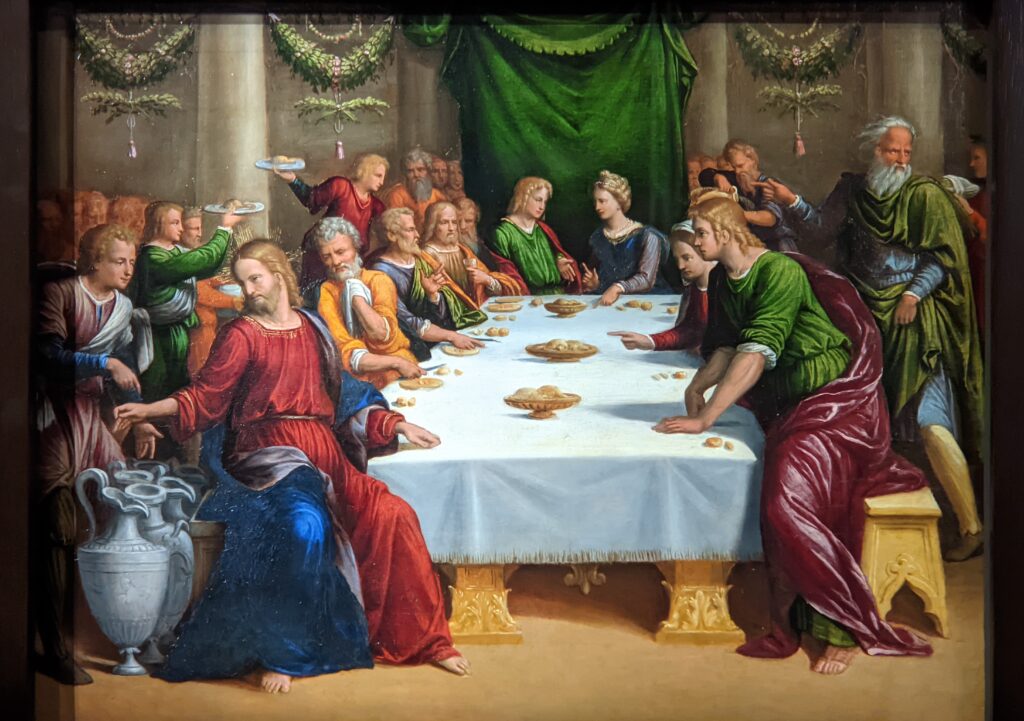
“GIOVANNI BELLINI Cross Influences” Closed in 2023
“God the Father” (below) was displayed in 2023 as part of the first-rate Bellini exhibition.
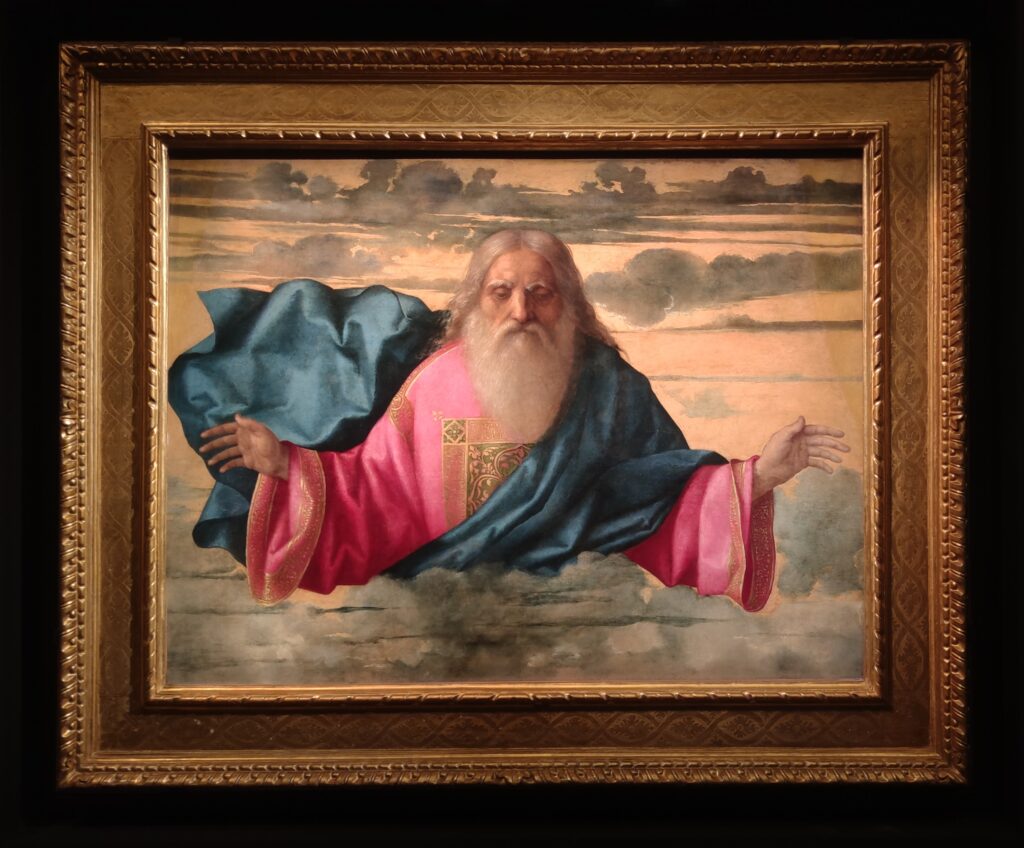
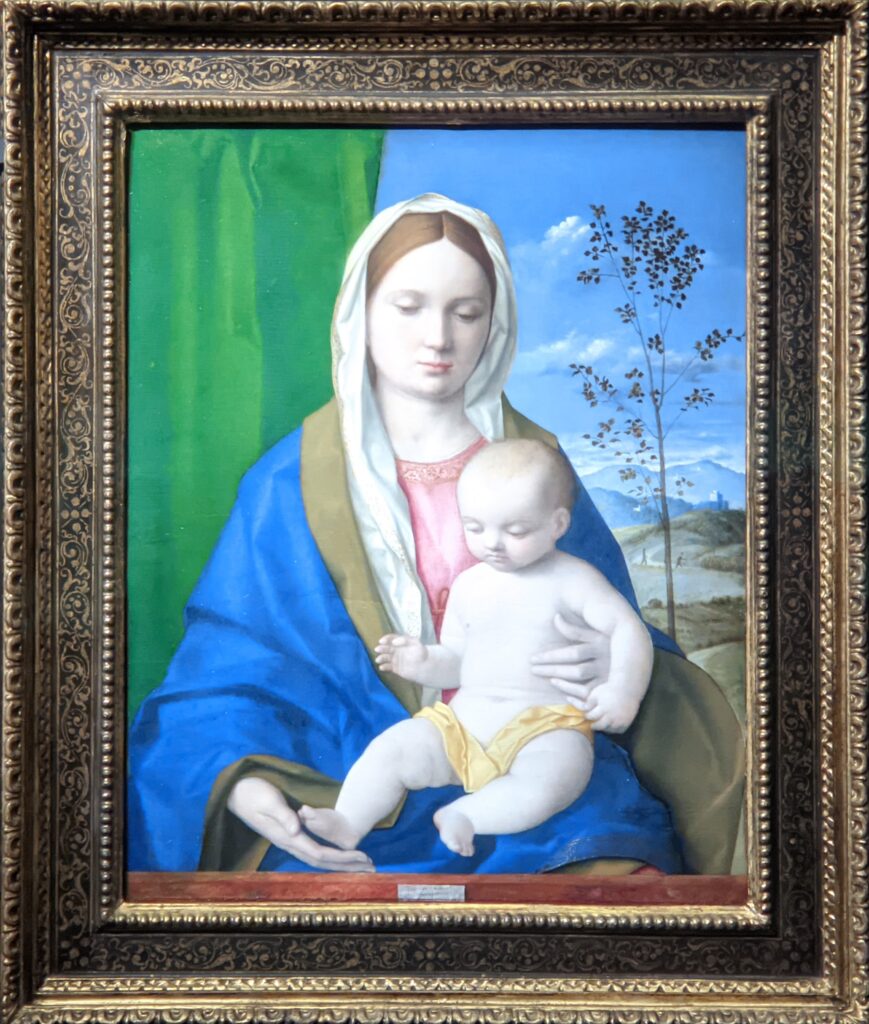
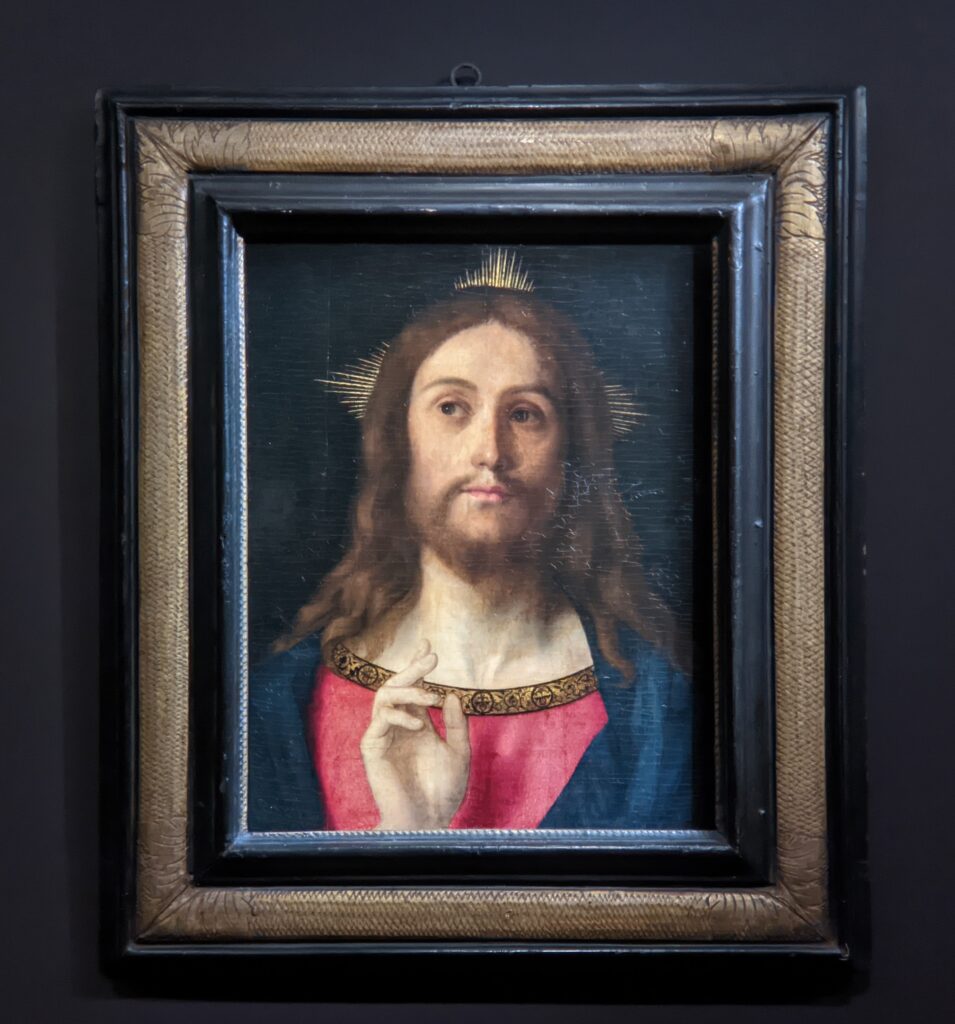
If you want to enjoy additional images from the Bellini exhibit, plus learn about the previous shows at the Jacquemart-André devoted to Füssli, Gallen-Kallela and Botticelli, please read our article entitled “Jacquemart-André — A Wonderful Little Museum in Paris.”
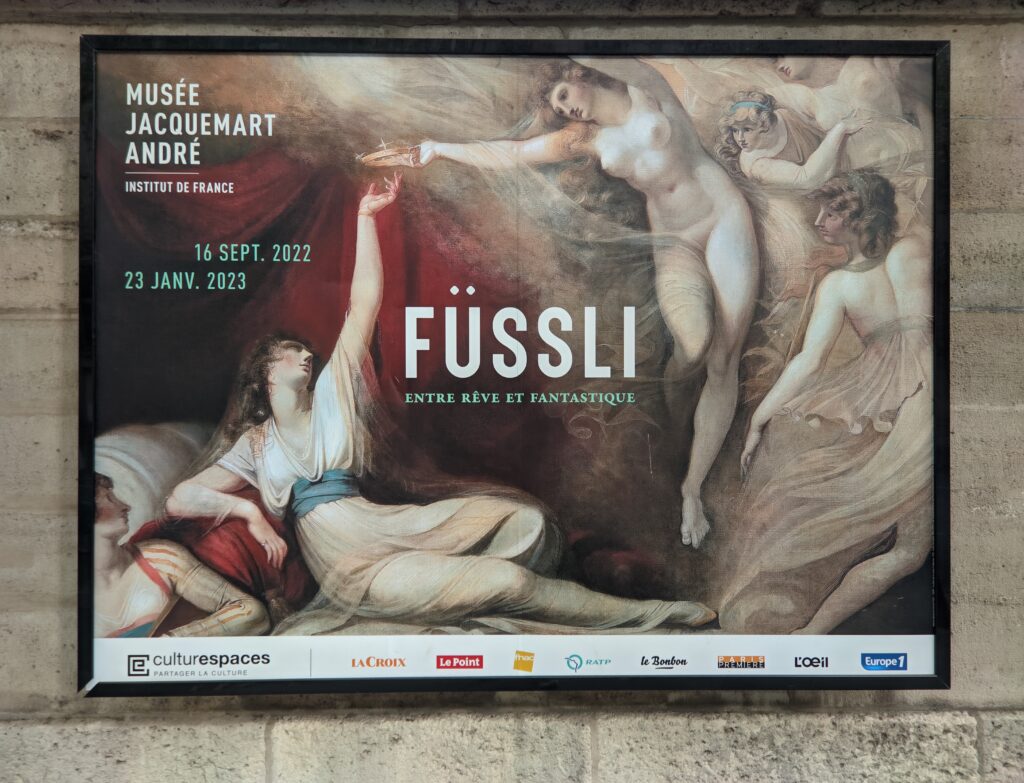
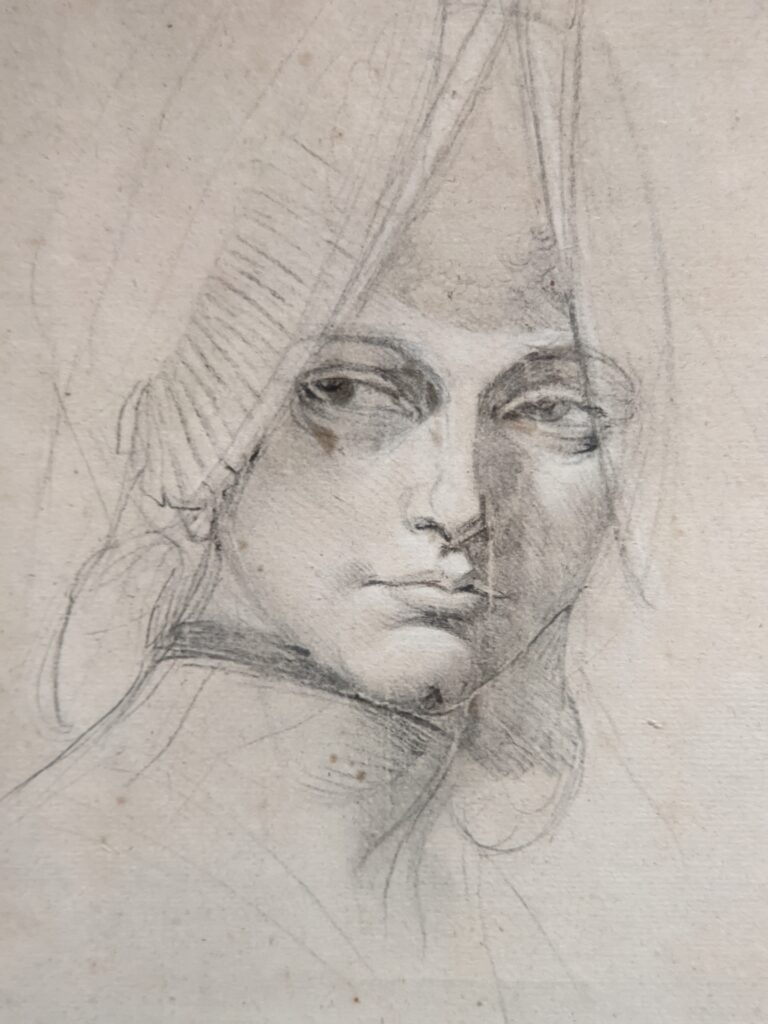
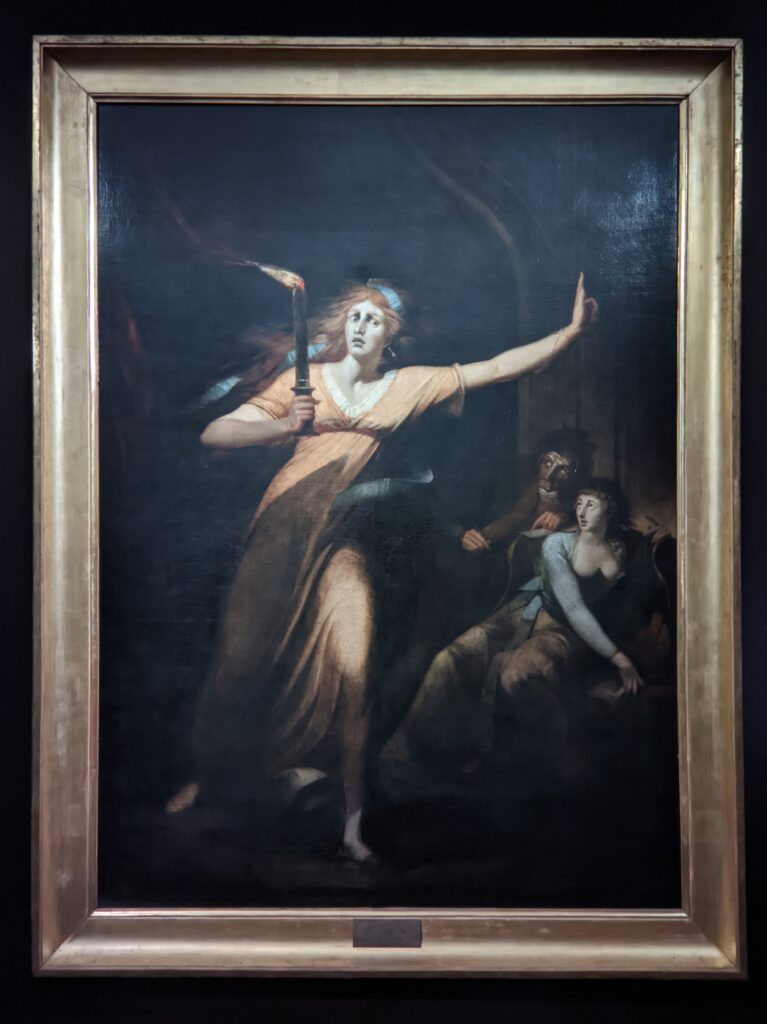
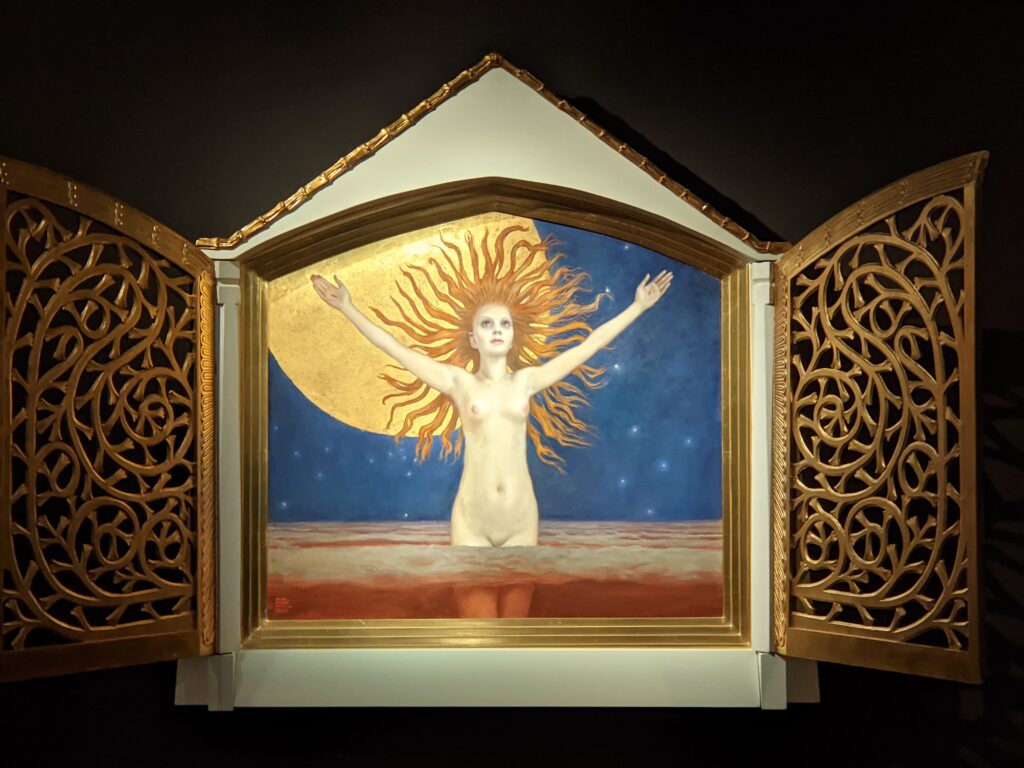
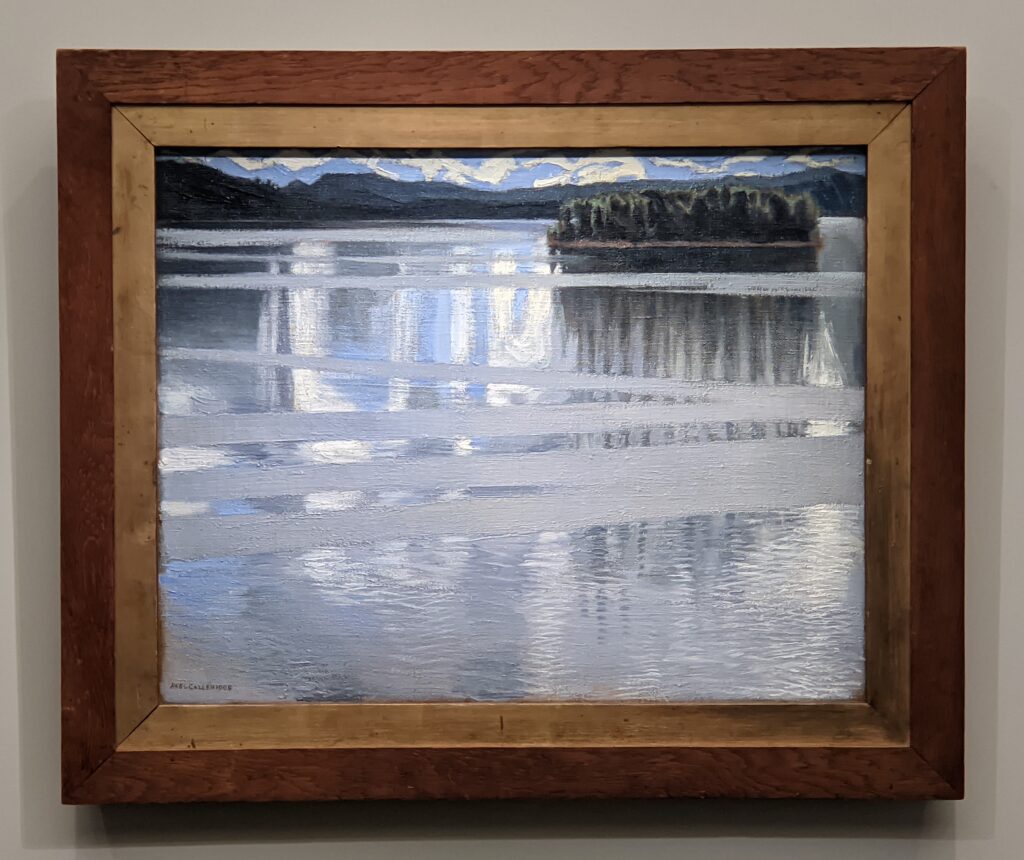
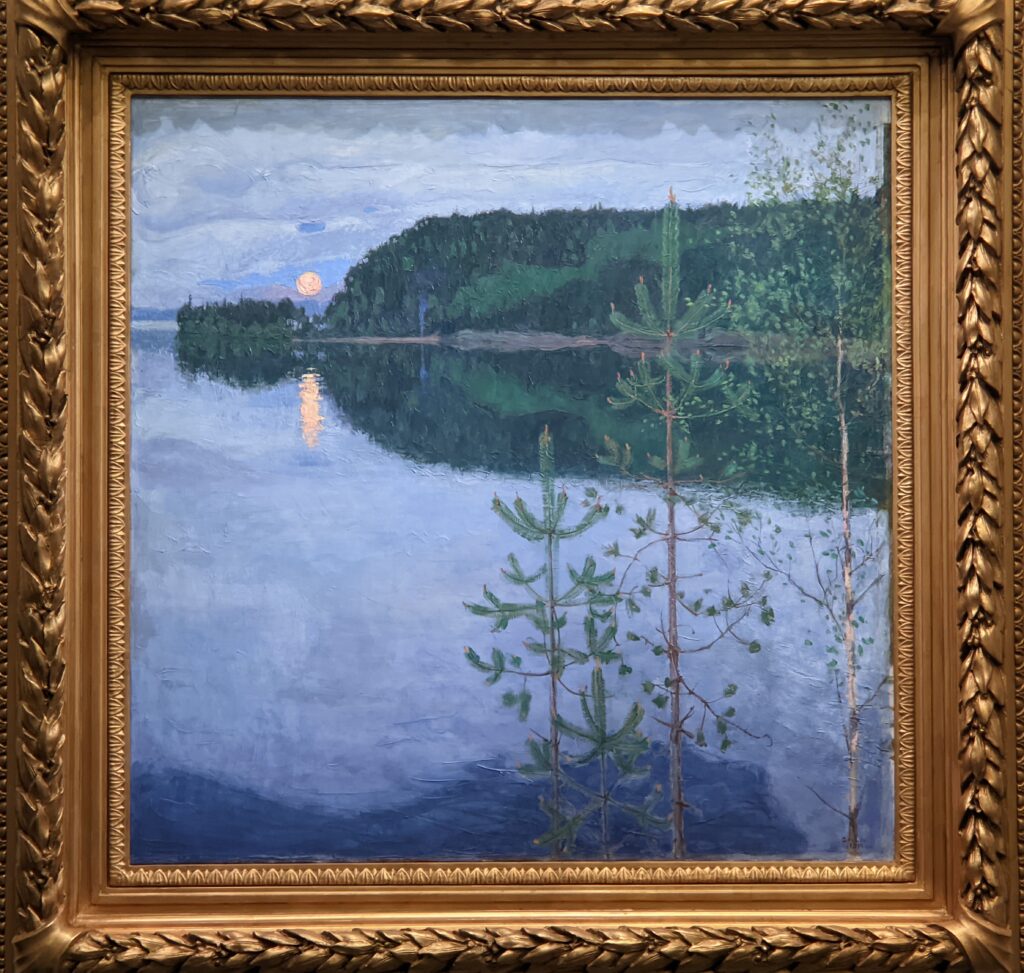
The high-quality “Botticelli” show presented at the Jacquemart-André Museum in 2022 included the Renaissance master’s Virgin and Infant (below left) and Crucifix.
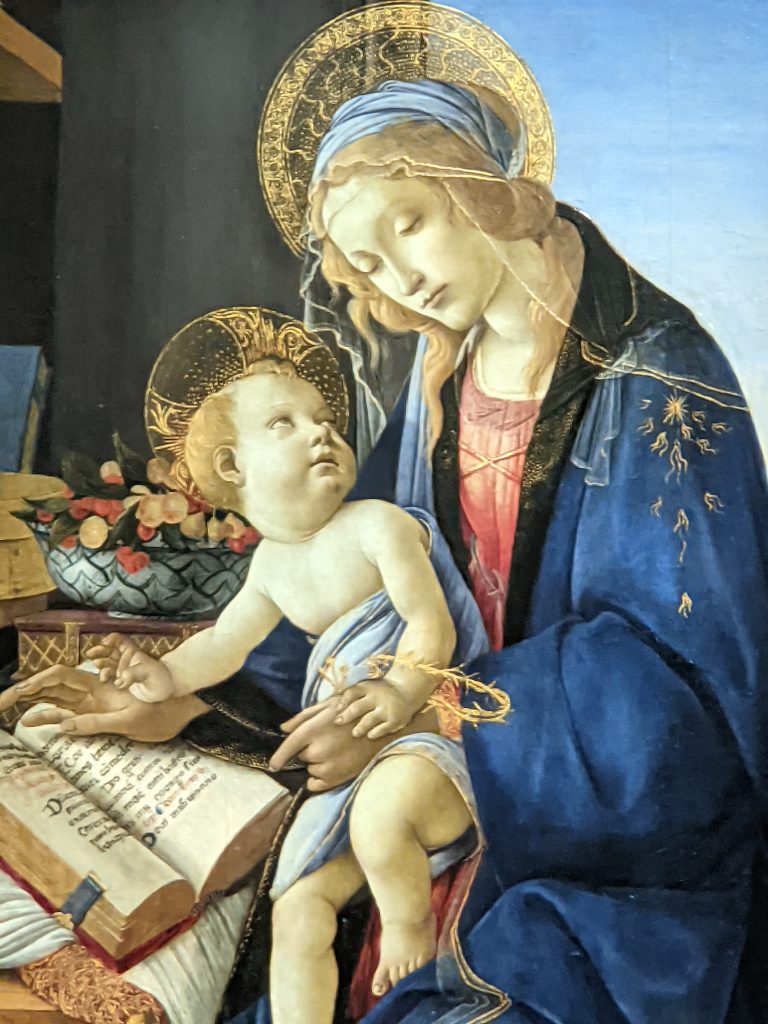
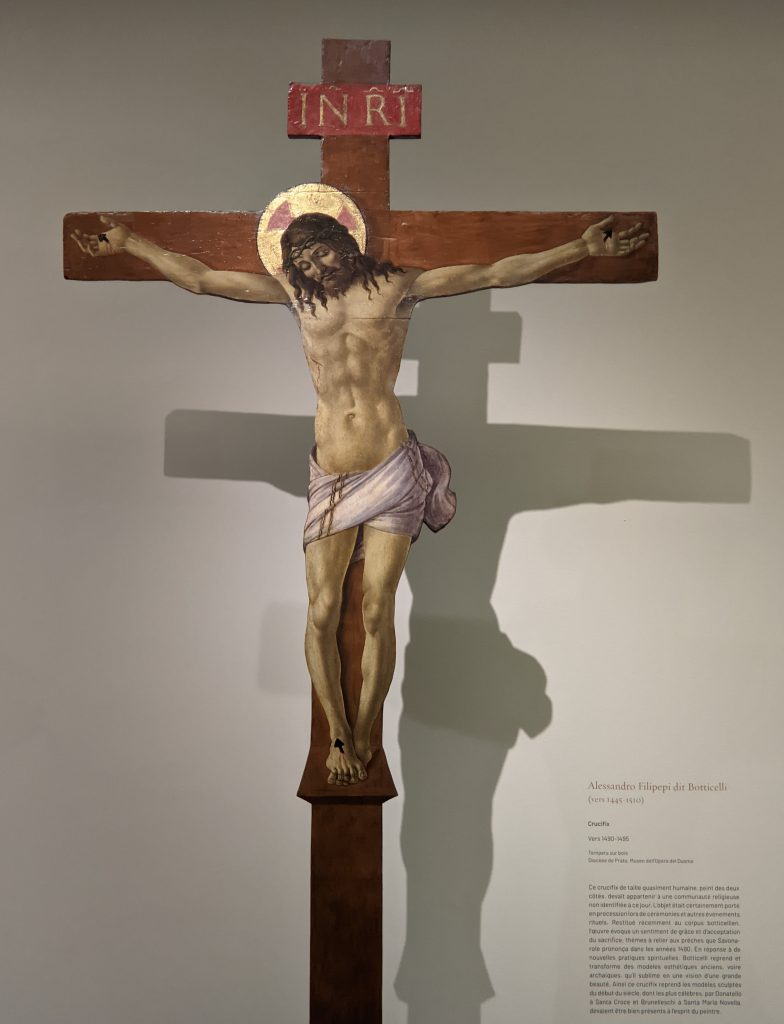
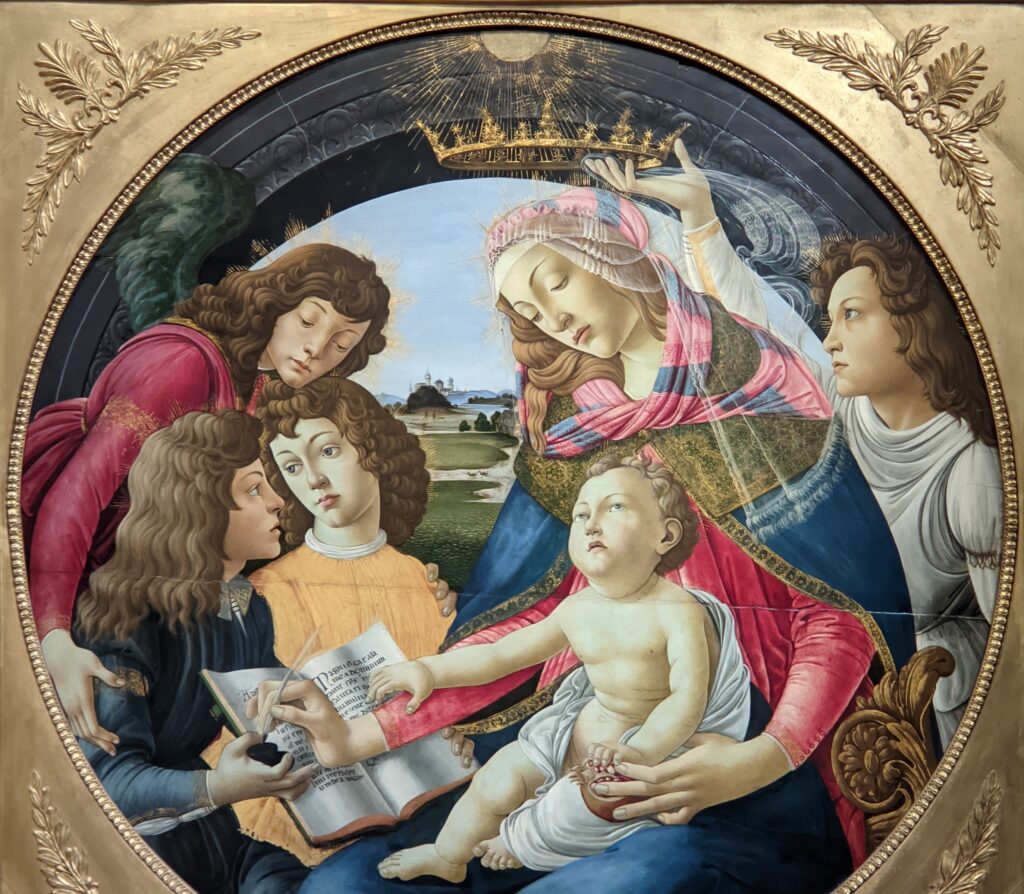
Below: Exterior view of the Fondation Vuitton.
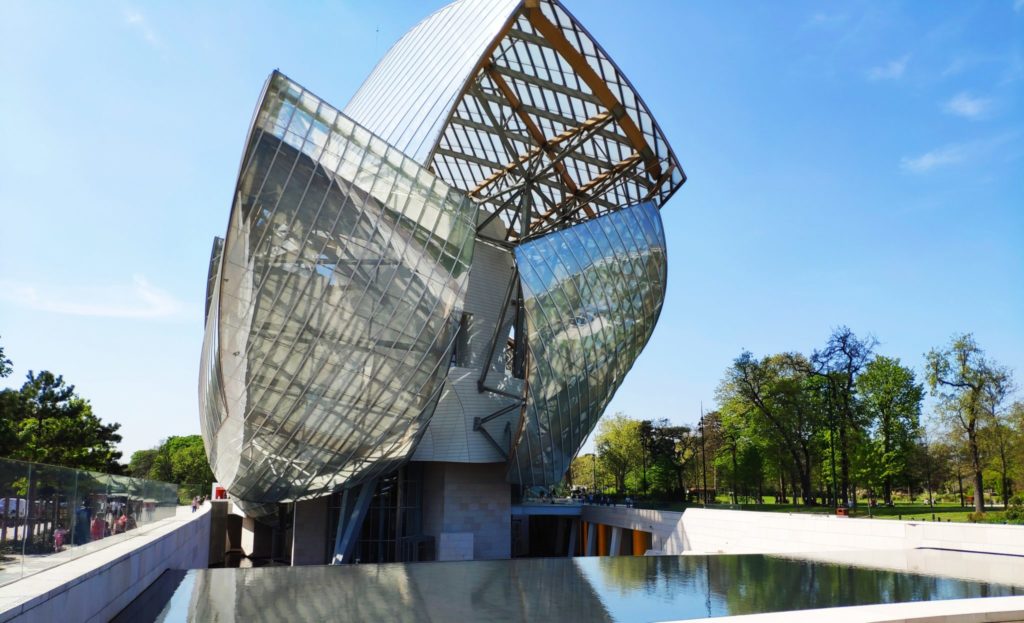
9. Fondation Louis Vuitton
The Fondation Vuitton is a museum and cultural center designed by Frank Gehry adjacent to the Jardin d’Acclimatation in the Bois de Boulogne. The project was initially projected to cost 100 million euros; however, the final figure is estimated to be more than 780 million euros (with over 600 million euros coming from the French government). While the permanent collection is predictable and uninspired, the temporary shows have been exceptionally strong.
Special Exhibitions at the Fondation Louis Vuitton in Paris
Through February 24, 2025 the Fondation Vuitton is showing “Pop Forever, Tom Wesselman & …” — an exhibition dedicated to Pop Art, a major artistic movements of the 1960s, with a focus on Tom Wesselmann (1931 — 2004). This display features 70 works by 35 artists from different generations to show the Dadaist roots of Pop from the 1920s as well as the movement’s influence on comtemporary artists. A selection of 150 paintings and works in variety of materials by Wesselman is a highlight of POP FOREVER.
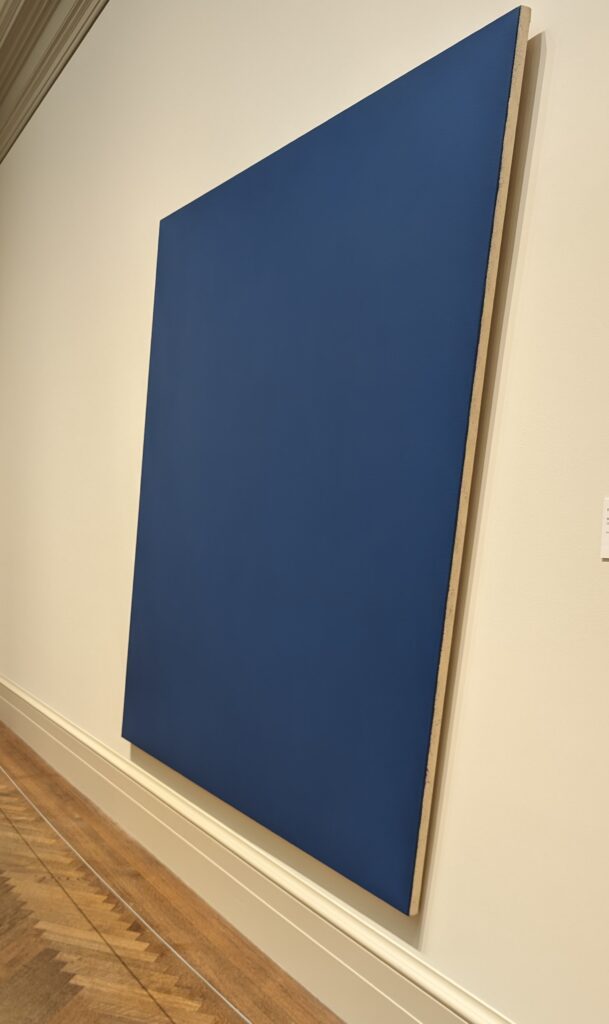
Recently, the Fondation presented temporary exhibits (which closed in September 2024) with paintings by Henry Matisse (below) and Ellsworth Kelly.
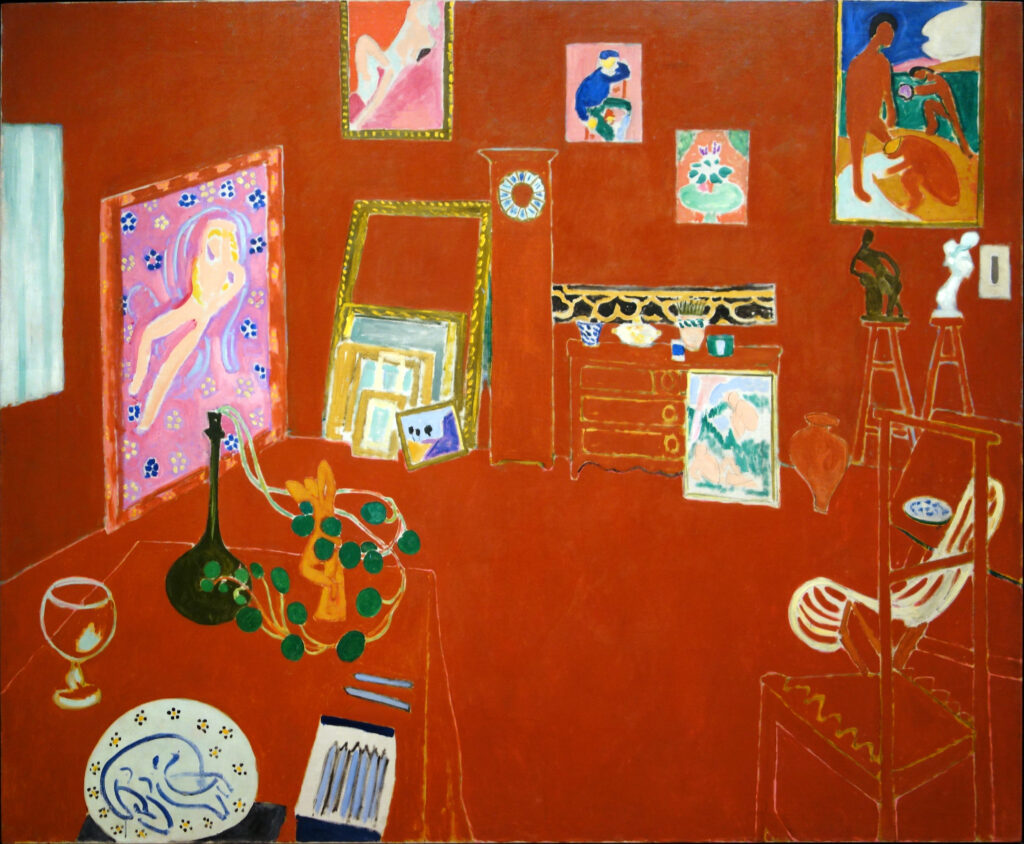
Masterpieces from the collection of Ivan Morozov (1871-1921) and his brother Mikhail (1870-1903) were on display in the much-anticipated “The Morozov Collection: Icons of Modern Art” held in Paris in 2021-22, including “The Window, Tiraspol” (below) painted in 1909 by Mikhail Larionov. The brothers Morozov were patrons of the arts in Moscow who amassed an exceptional collection of Russian and French modern art from the early 20th Century.
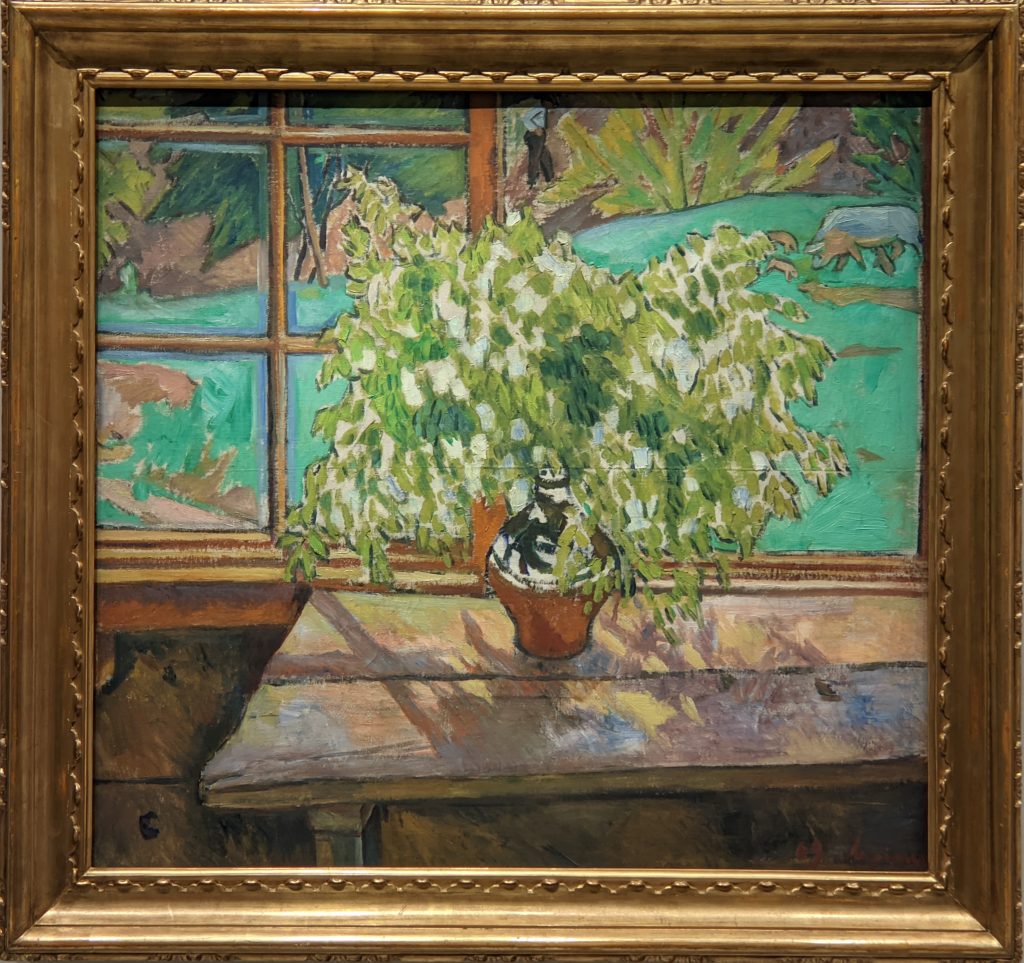
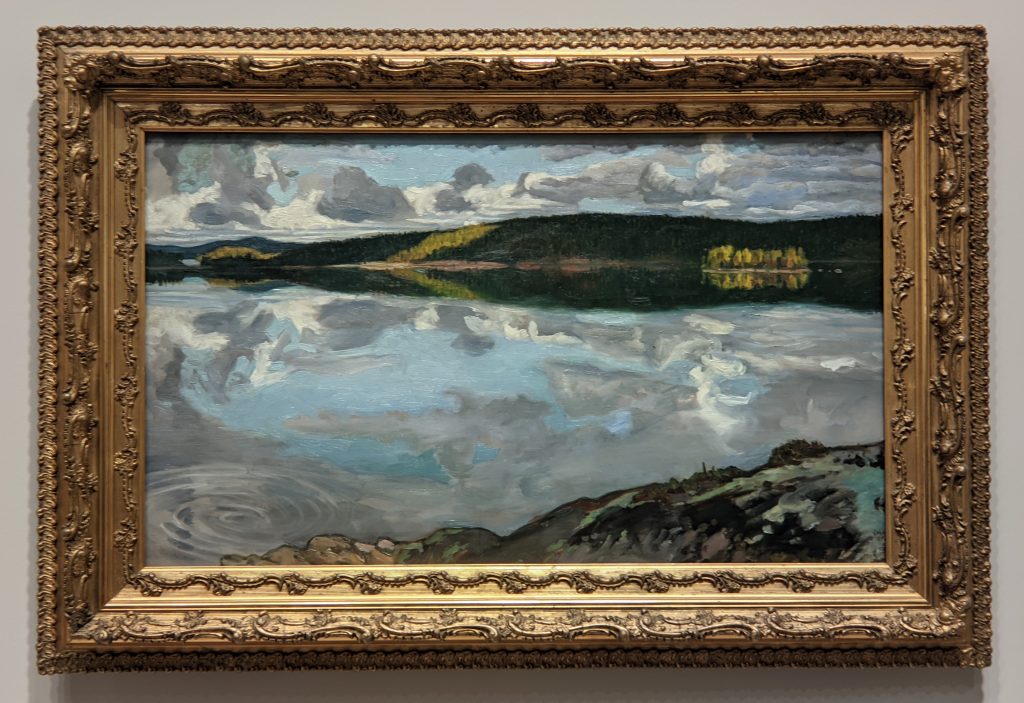
“Lake Ruovesi” (above) was painted by Akseli Gallen-Kallela in 1909. For the Paris World Fair of 1900, Gallen-Kallela (1865 — 1931) created frescoes for the Pavilion of Finland, securing his stature as the leading Finnish artist of his era. The Morozov Collection possesses the finest holdings of French Impressionism and especially Modernism, such as “Entrance to the Kasbah” (below left) and “Zorah on the Terrace” (below right) completed between 1912 and 1913 in Tangier during one of Henri Matisse’s stays in Morocco, as well as a decorative triptych (bottom) by Pierre Bonnard. That exhibition entitled “Icons of Modern Art” was the highlight of the 2021-22 cultural season in France, and perhaps the last time those paintings will leave Russia for decades to come. If you are curious to learn more about the amazing collection of paintings by Gauguin, Cézanne, Renoir, Marquet, Sisley, Monet and Russian artists assembled by the Morozov family, please read our article entitled Morozov Collection — The Best Art in Paris at Fondation Vuitton.
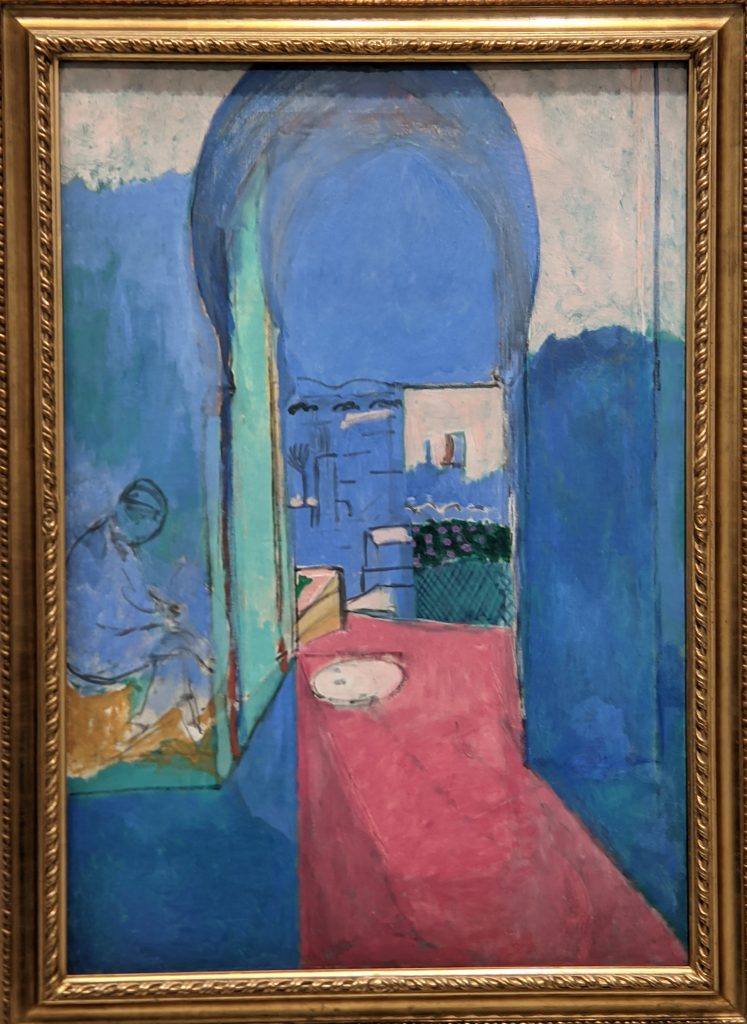
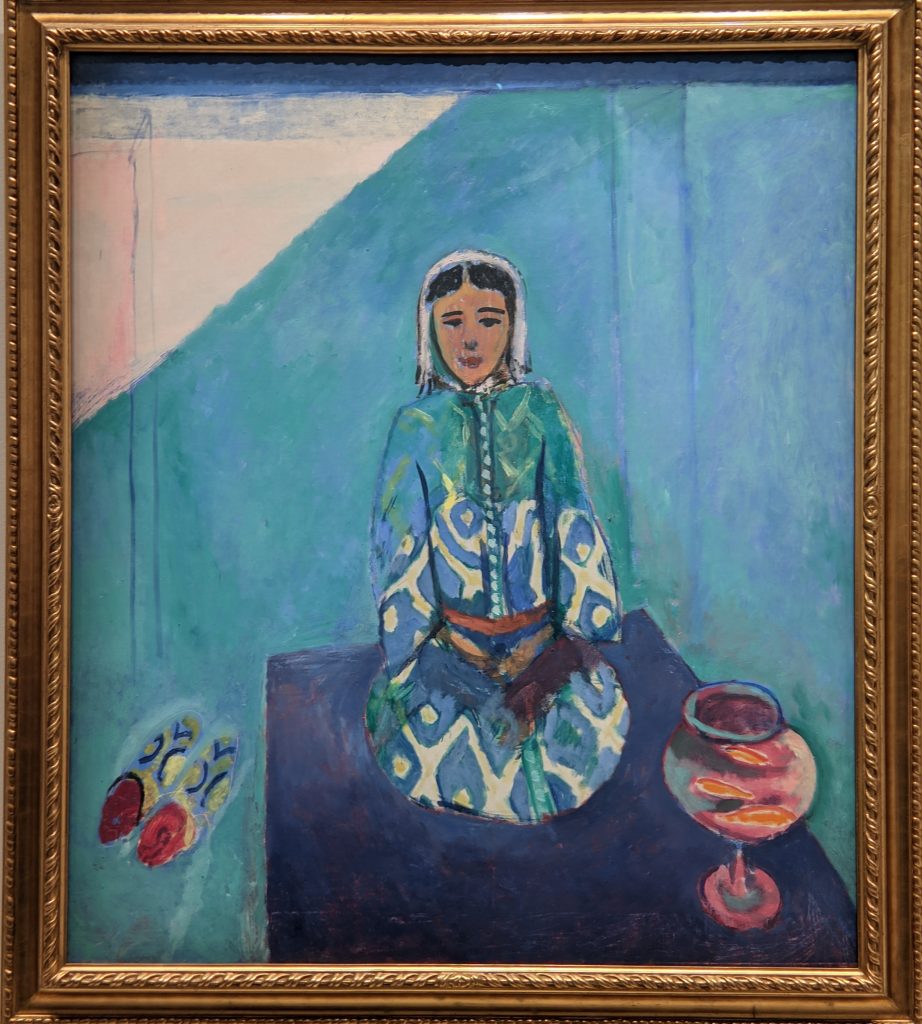
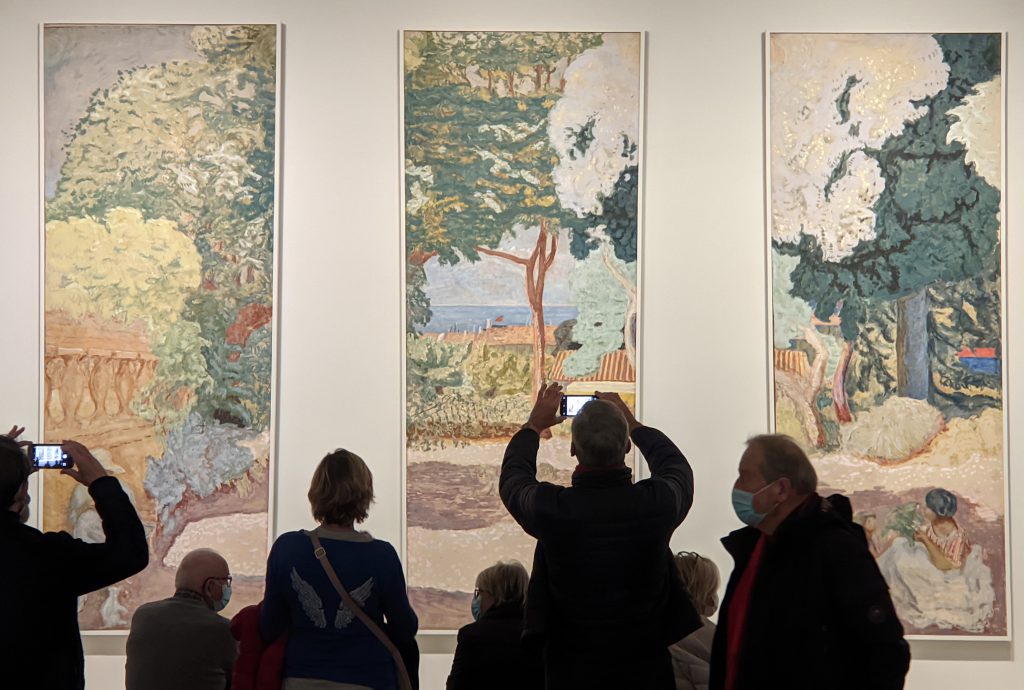
In 2018 the Fondation Vuitton presented a solo exhibit “Jean-Michel Basquiat” and in 2023, the Fondation presented a follow-up show highlighting the collaboration between Basquiat (1960 — 1988) and Andy Warhol (1928 — 1987), a collaboration which resulted in about 10% of the total artistic output created by Basquiat during his short life.
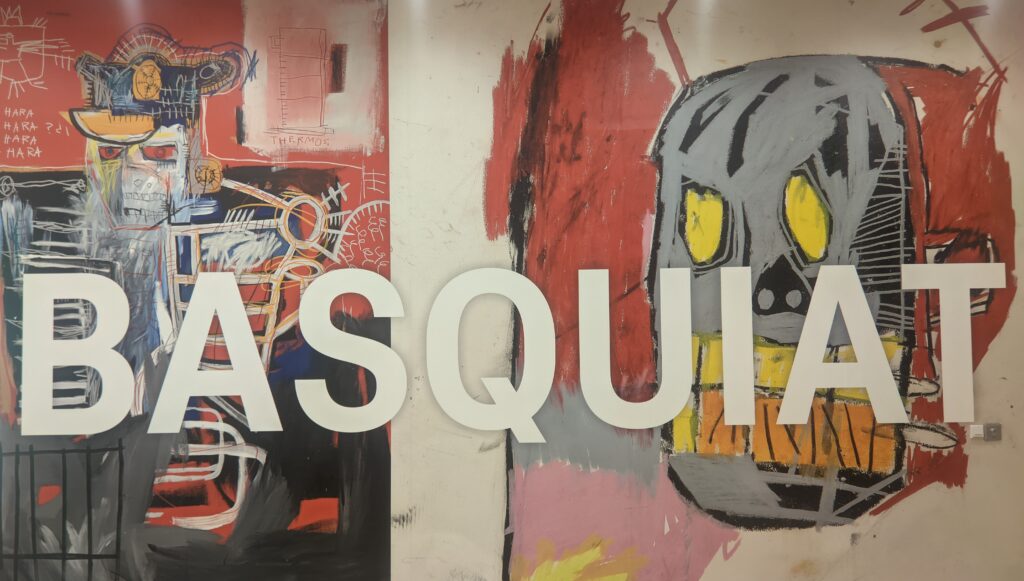
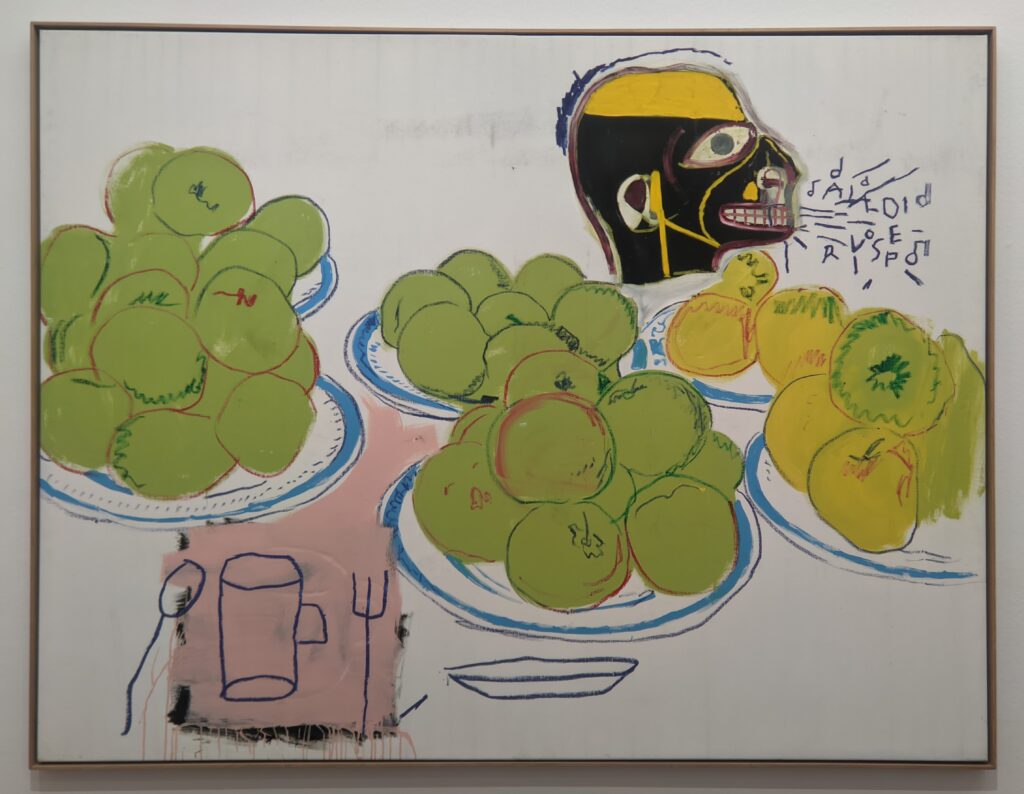
BASQUIAT x WARHOL. Painting Four Hands.
The Vuitton’s exhibit “BASQUIAT x WARHOL” brought 80 canvases signed by both artists, plus more than 200 additional works of art and documents surrounding their collaboration, to Paris in 2023 for a comprehensive presentation.
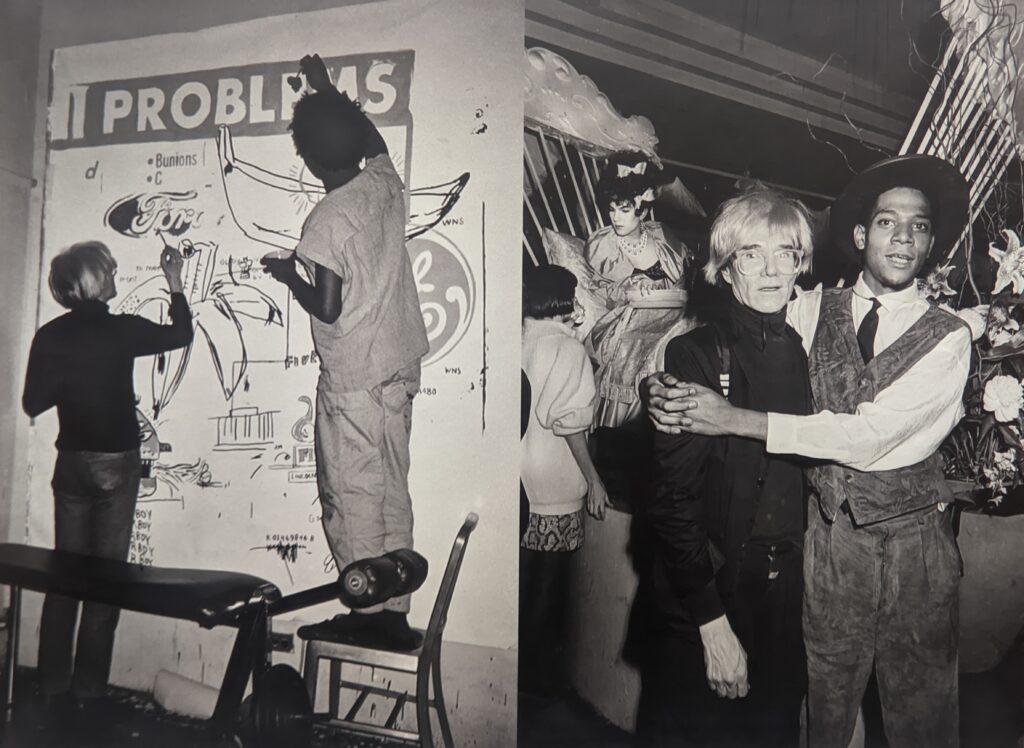



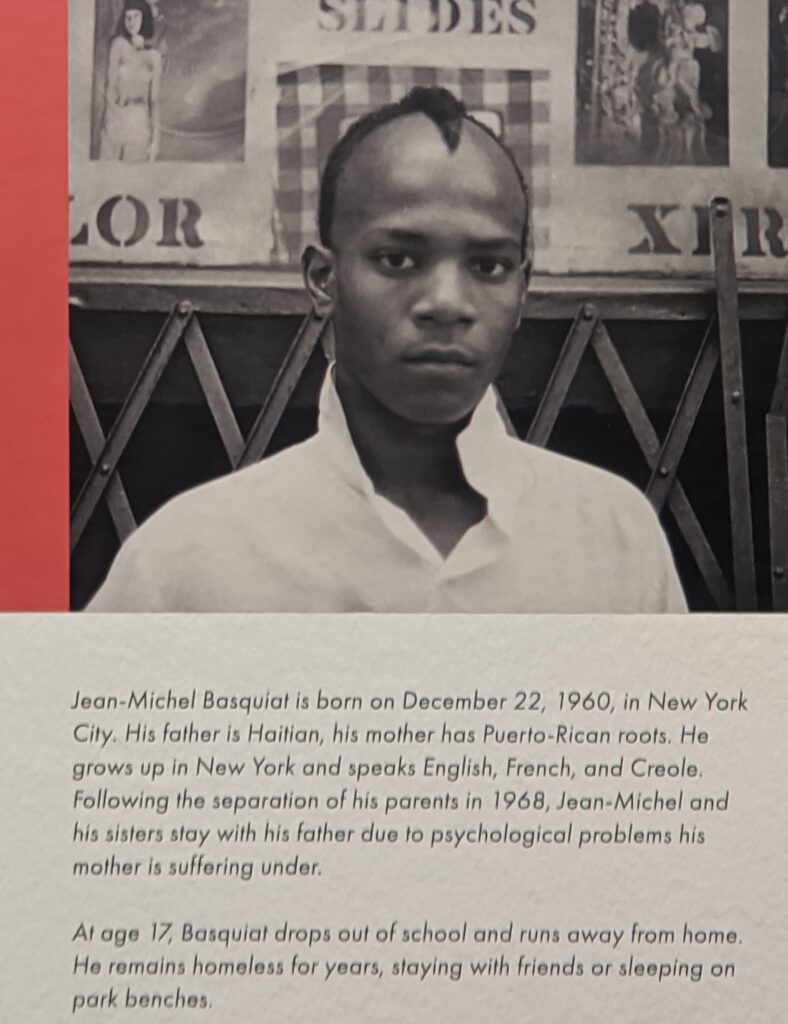
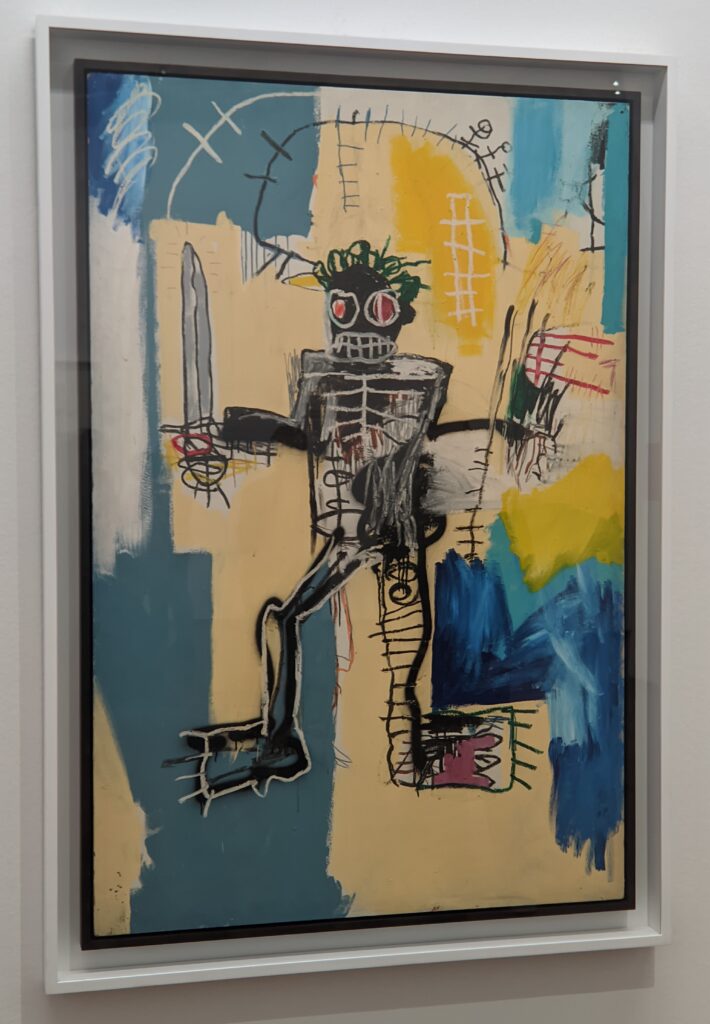
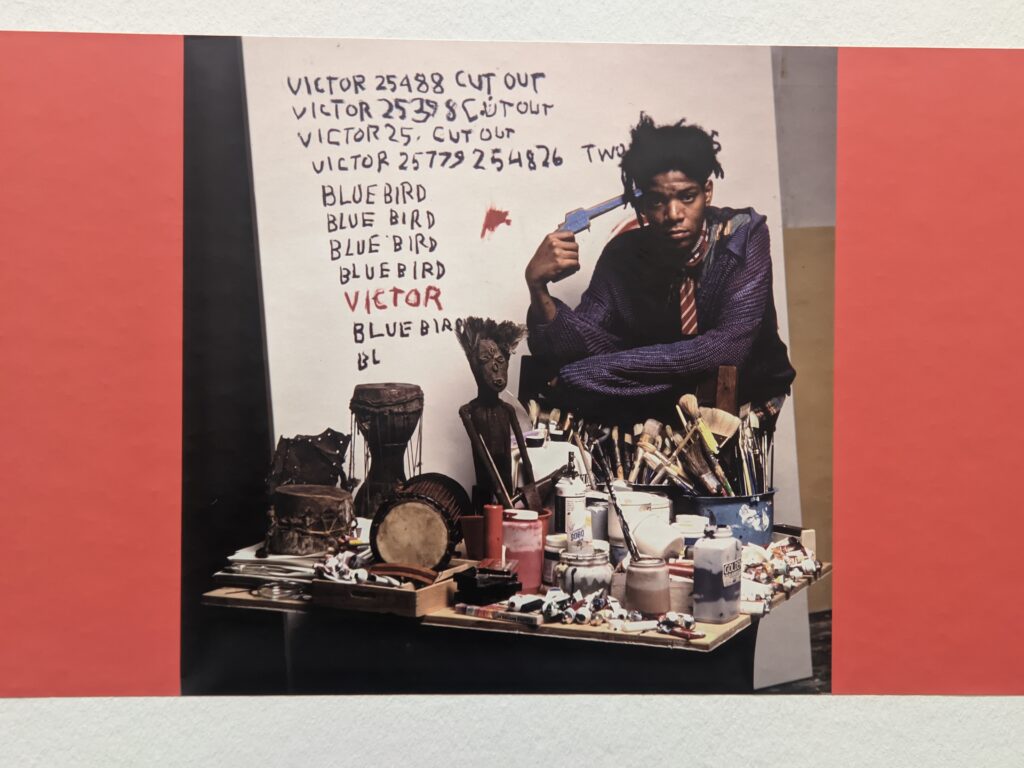
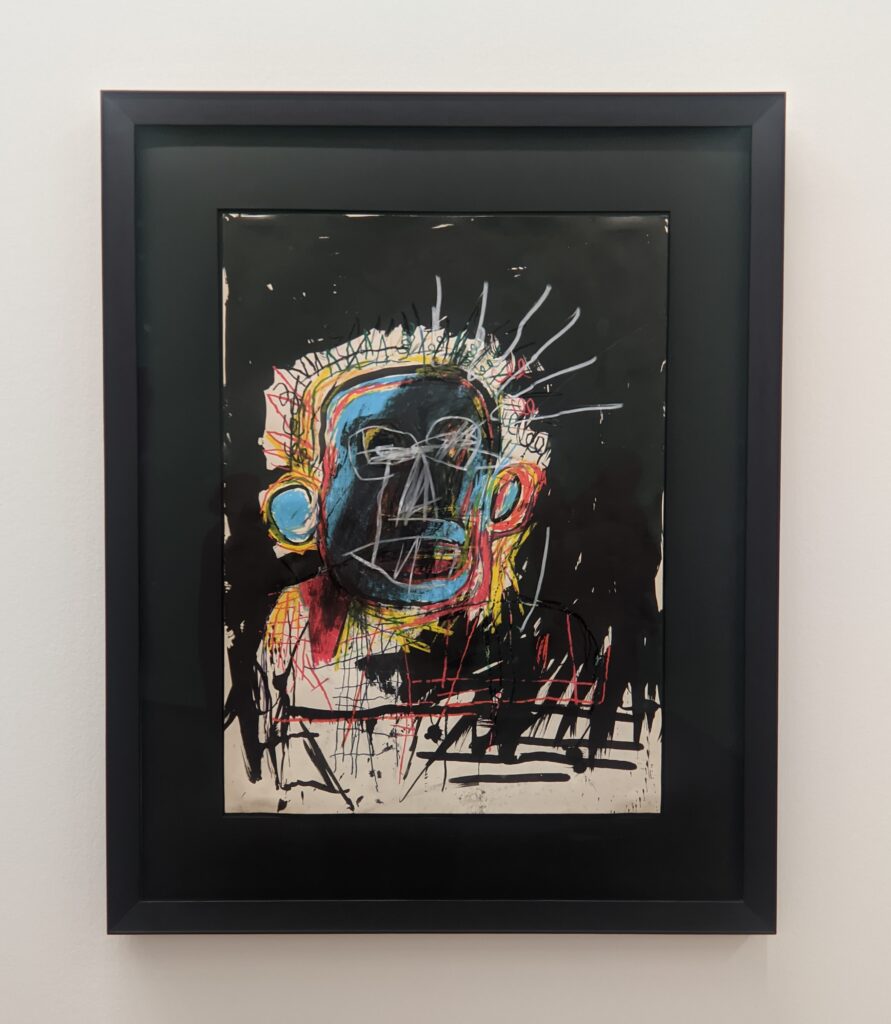
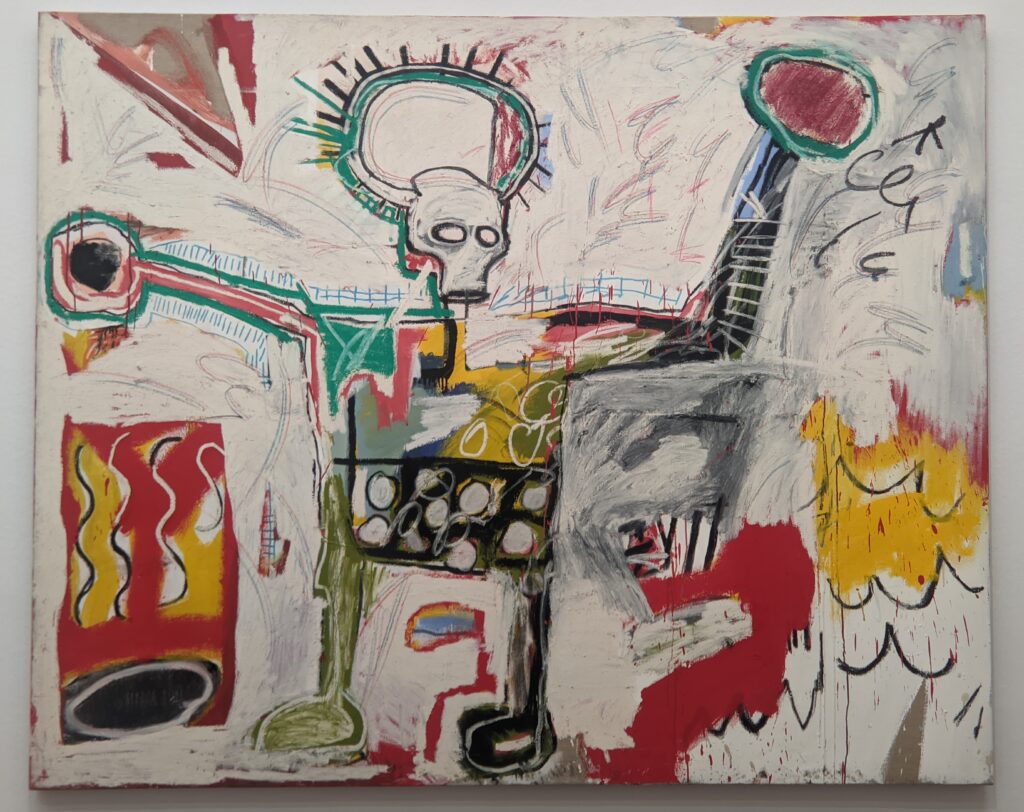
The Vuitton’s interesting architectural elements are open to interpretation, and opinions have varied. Christopher Hawthorne (LA Times) said “The design is brilliant, a late-career triumph” for Gehry; but Paul Goldberger’s description in Vanity Fair came closer to the truth: the Vuitton “looks like sails, and it looks like a boat, and it looks like a whale, and it looks like a crystal palace that is in the middle of an explosion”. You should visit and judge for yourself.
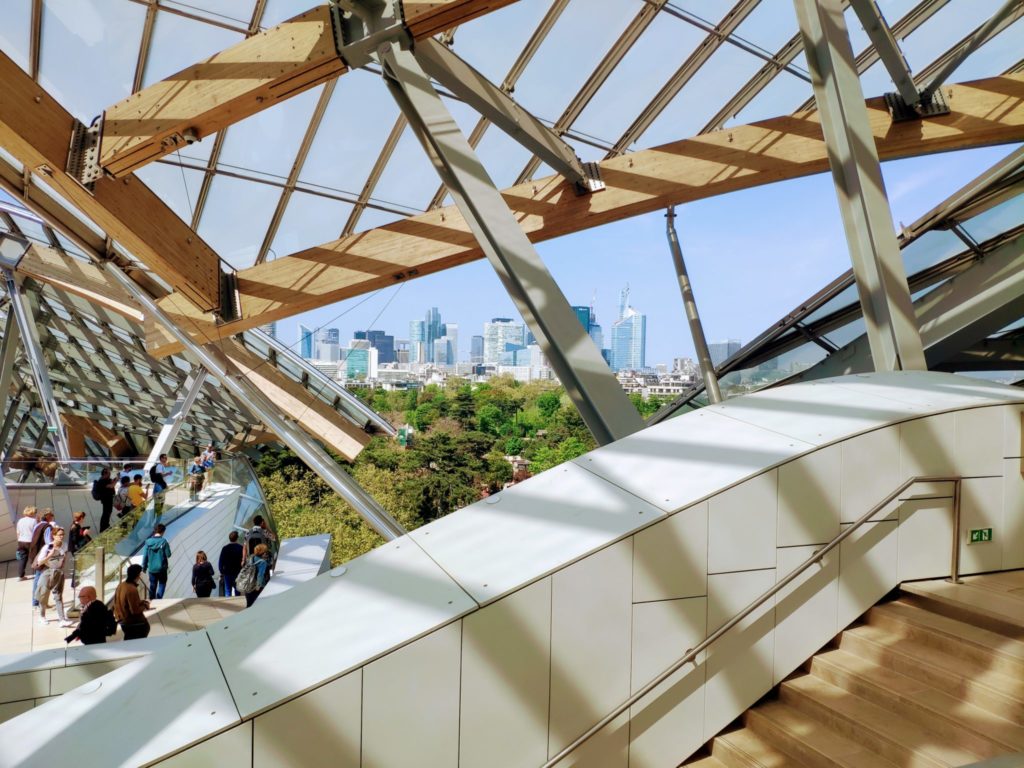
Art Lovers Tips: Please note, the Fondation is not particularly attractive in cold weather. Visit on a warm, sunny day to enjoy the Vuitton and surroundings at their best. Check the Fondation Louis Vuitton’s official website for transportation options and Opening Hours, and upcoming special exhibitions. We recommend Metro #1 to Les Sablons + a 15-minute walk.
10. Musée des Arts décoratifs
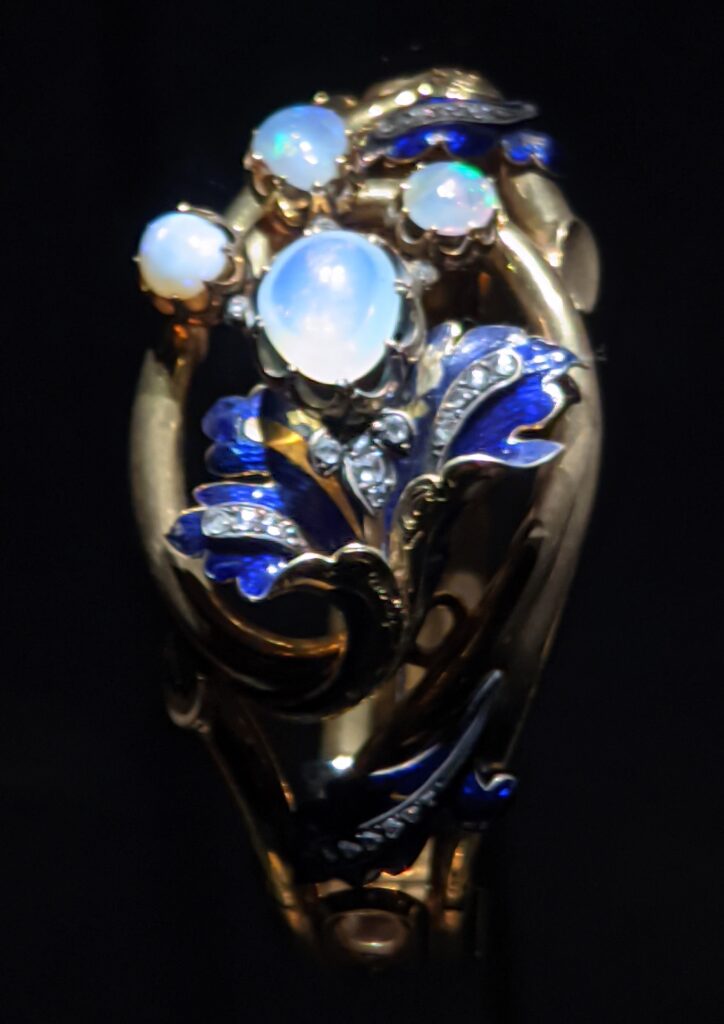
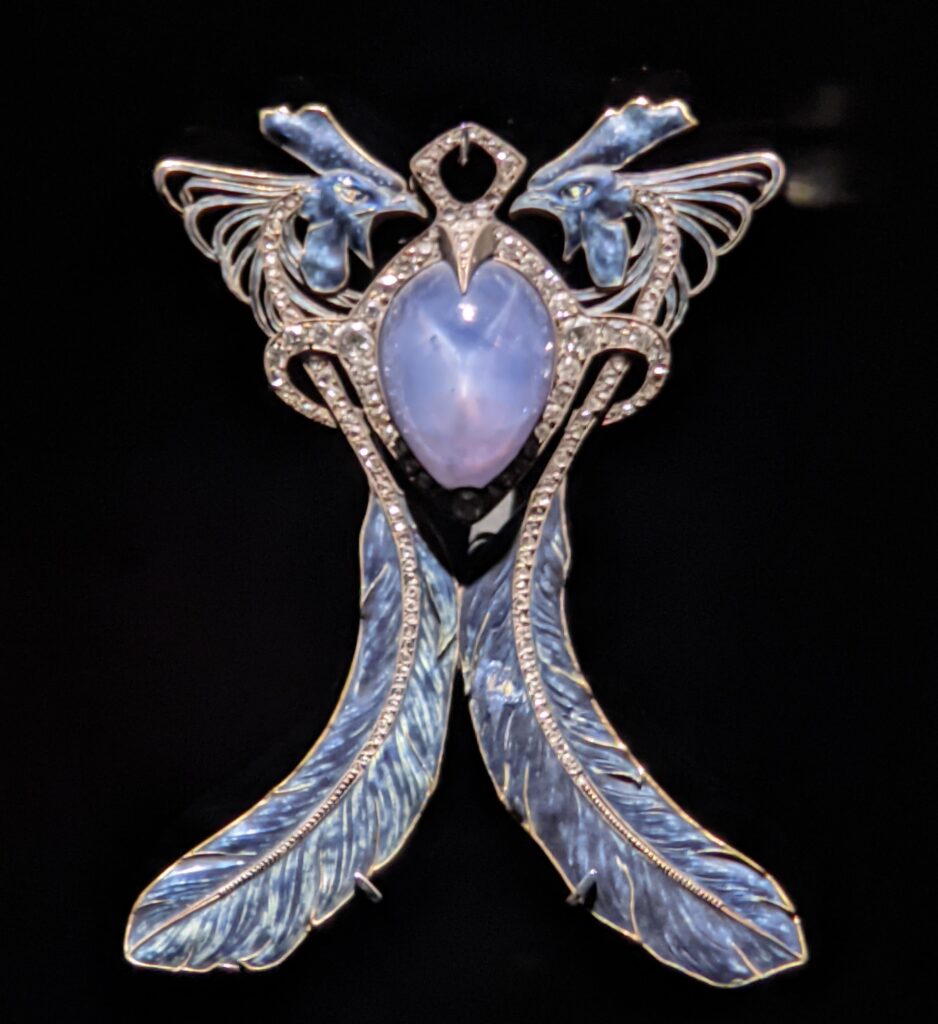
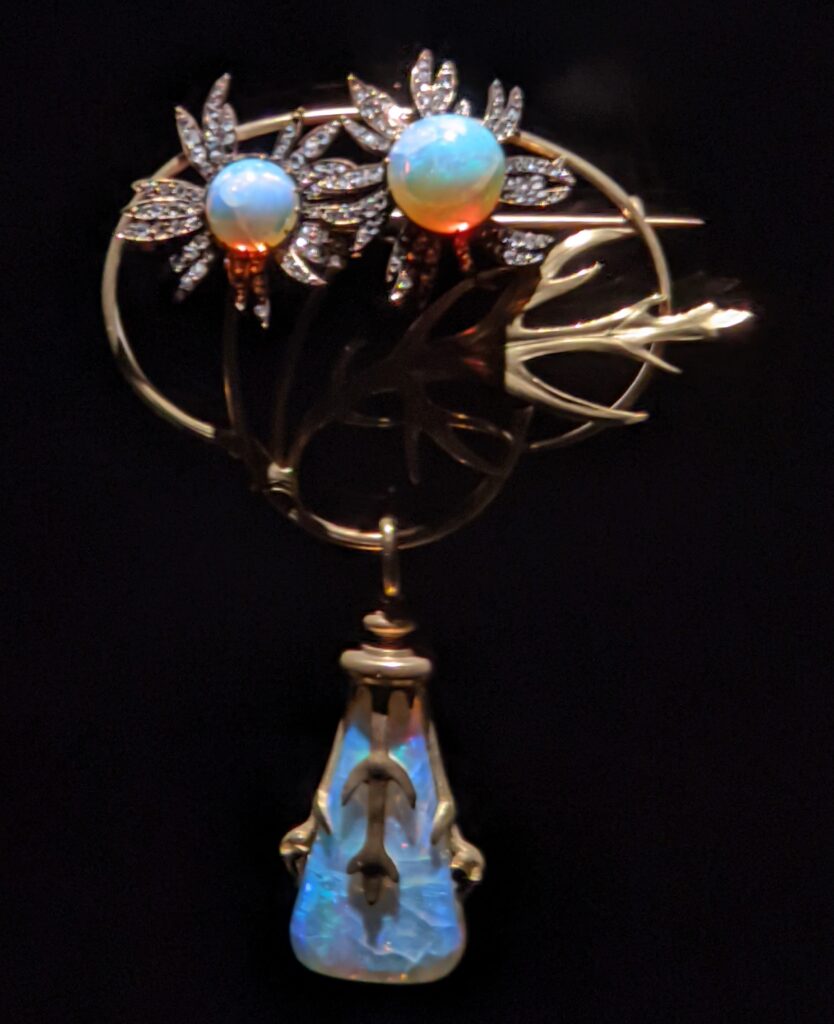
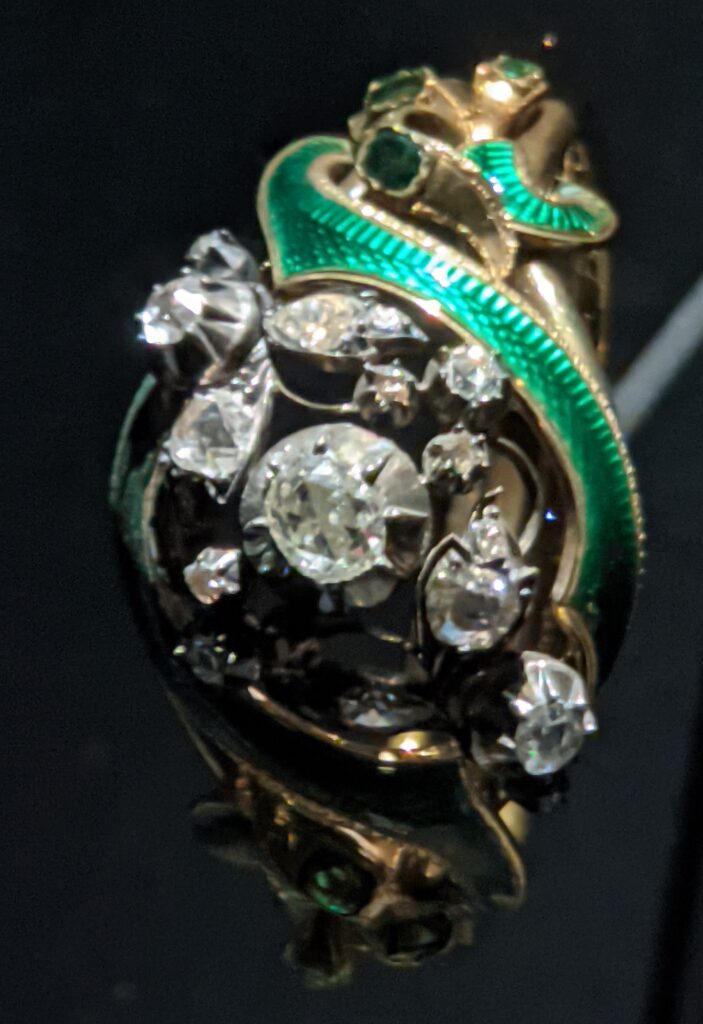
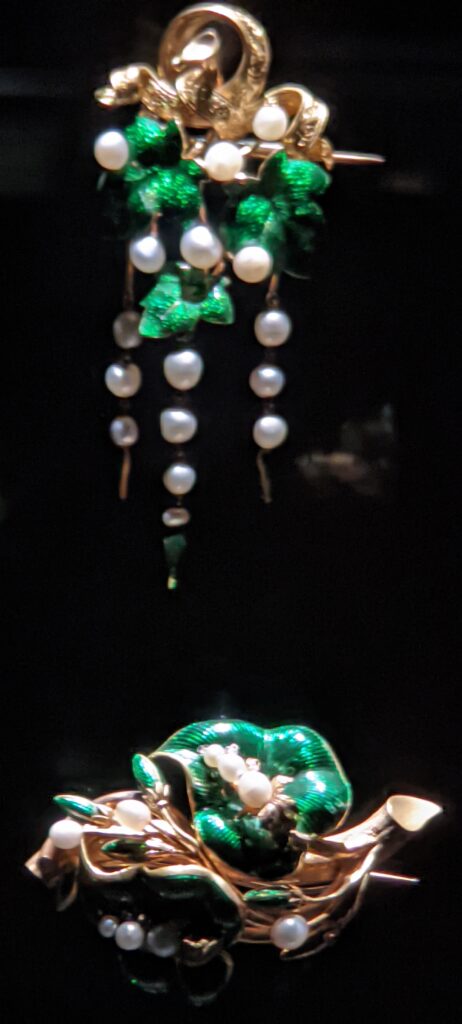
Exhibitions
The show entitled “Fashion, Design, Jewelry” is on view through November 17, 2024 at the Musée des Arts décoratifs.
In 2023 the museum focused on the oeuvre of Iris van Herpen (born in 1984), the fashion designer from the Netherlands considered one of the most avant-garde figures of her generation, and in 2022 the Museum of Decorative Arts in Paris honored the entire body of work created by the Italian designer Elsa Schiaparelli.
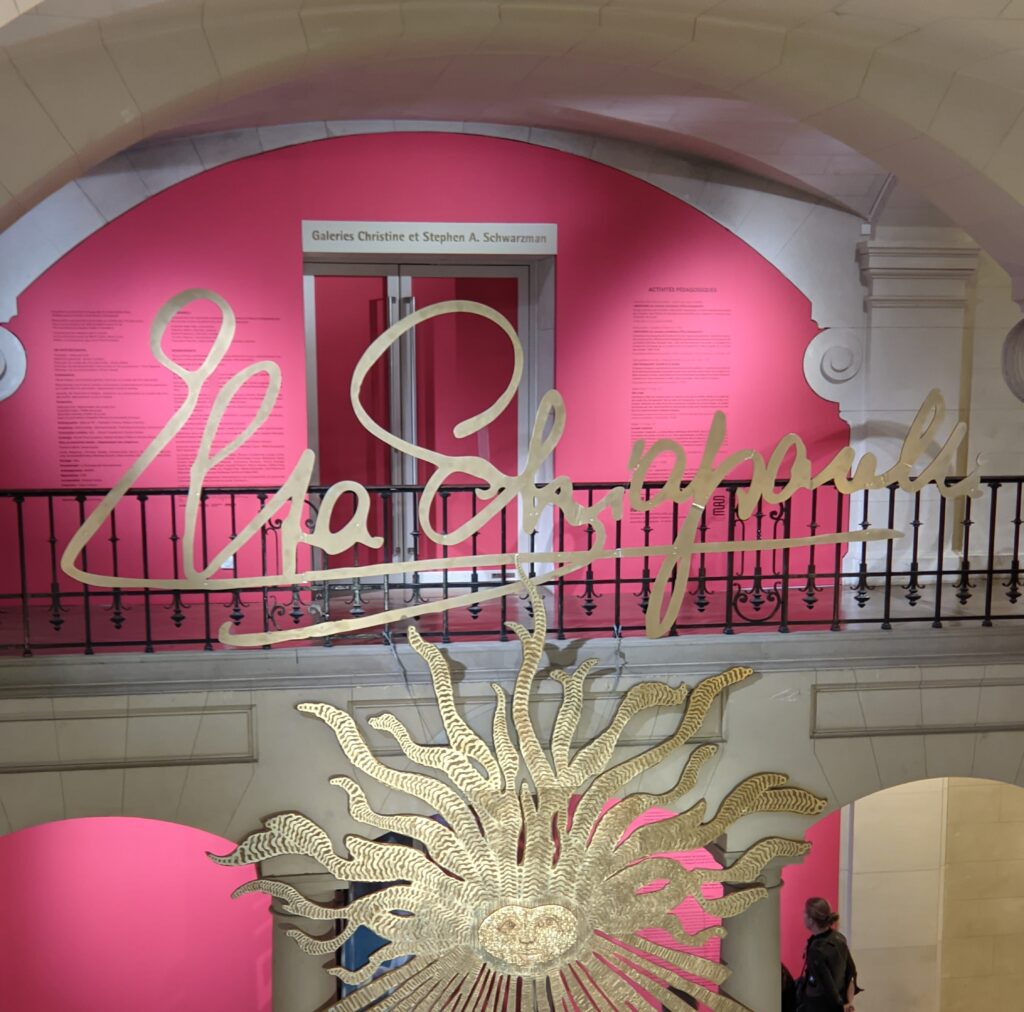
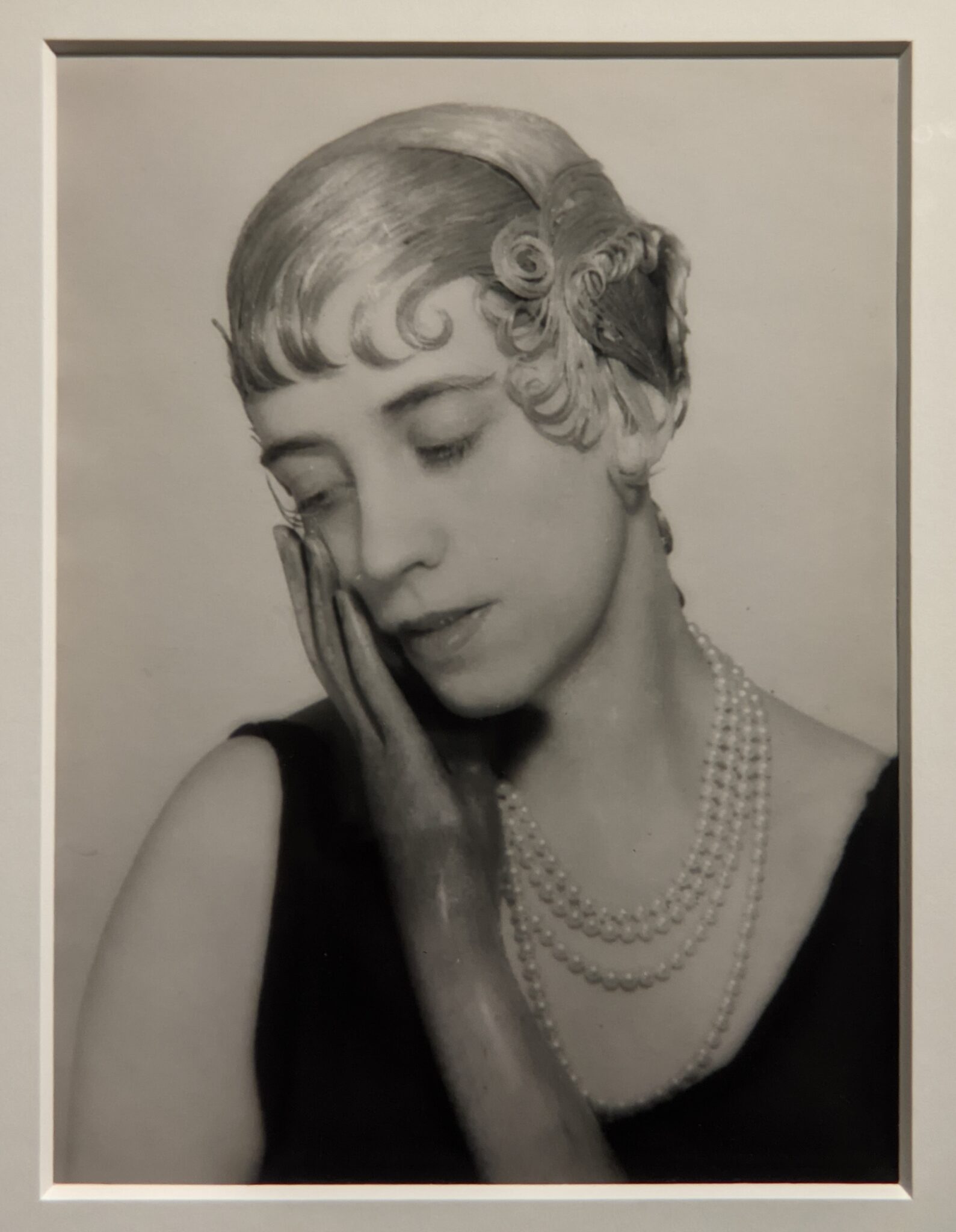
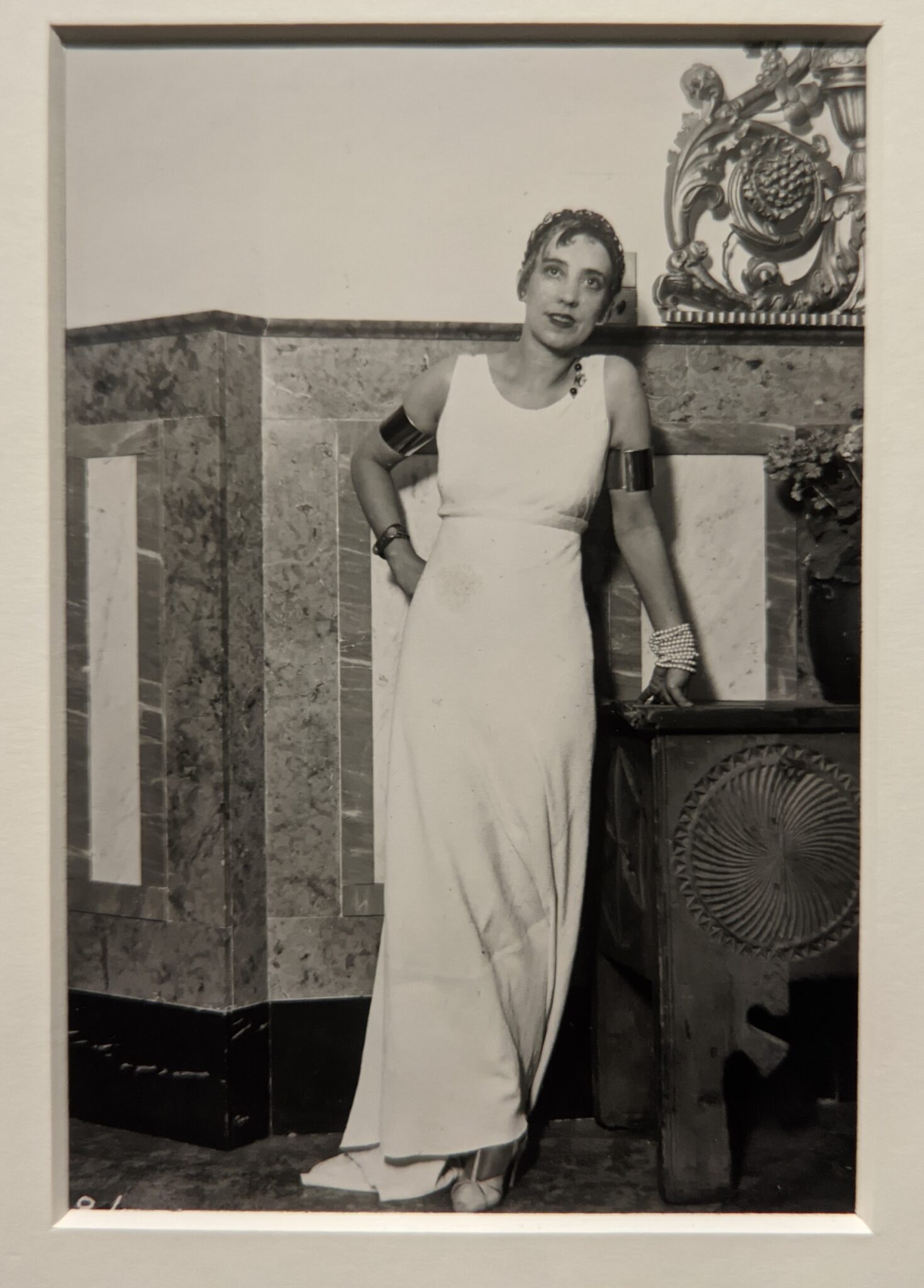
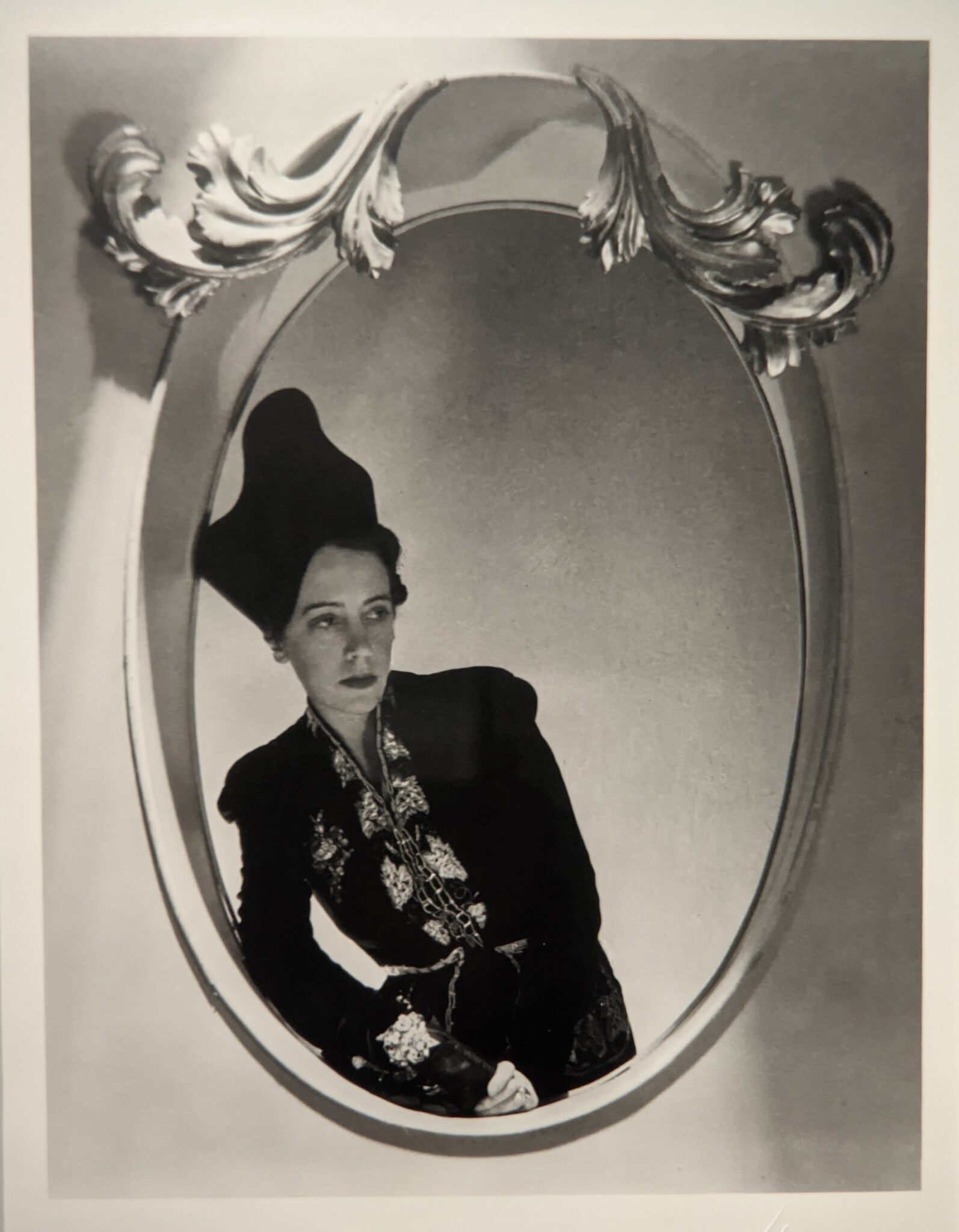
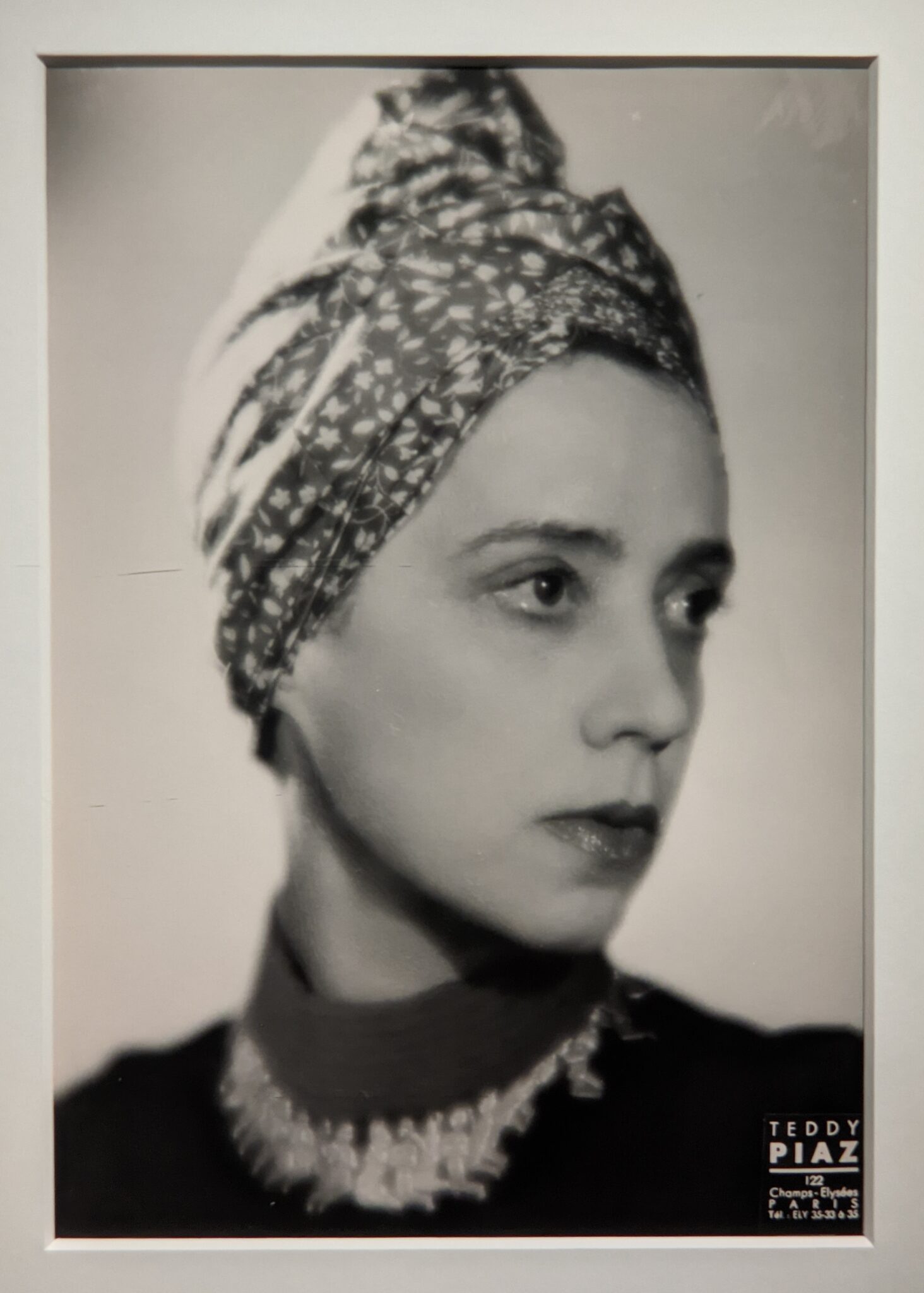
SHOCKING! Elsa Schiaparelli’s Surreal Worlds
The museum, located next to the Louvre Museum, assembled more than 500 pieces of art including jewelry, costumes, and fashion accessories for the blockbuster exhibition devoted to Elsa Schiaparelli which closed in January 2023.
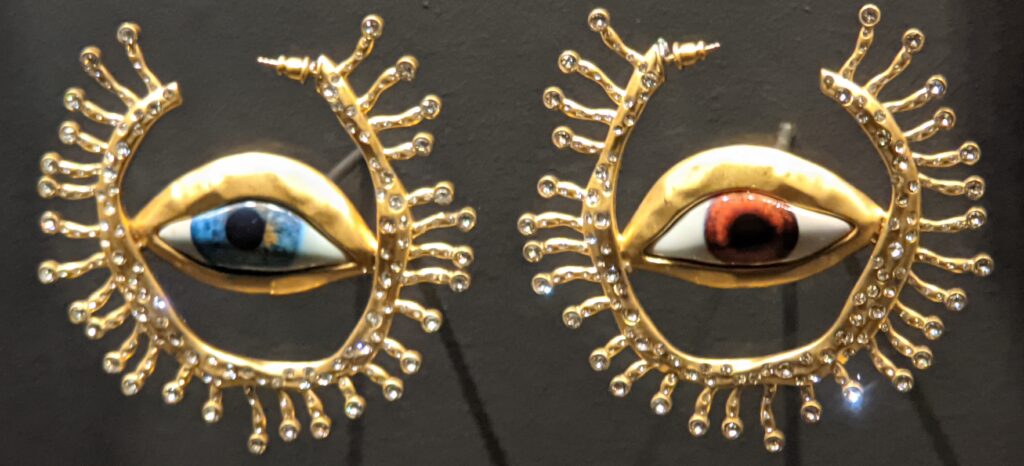
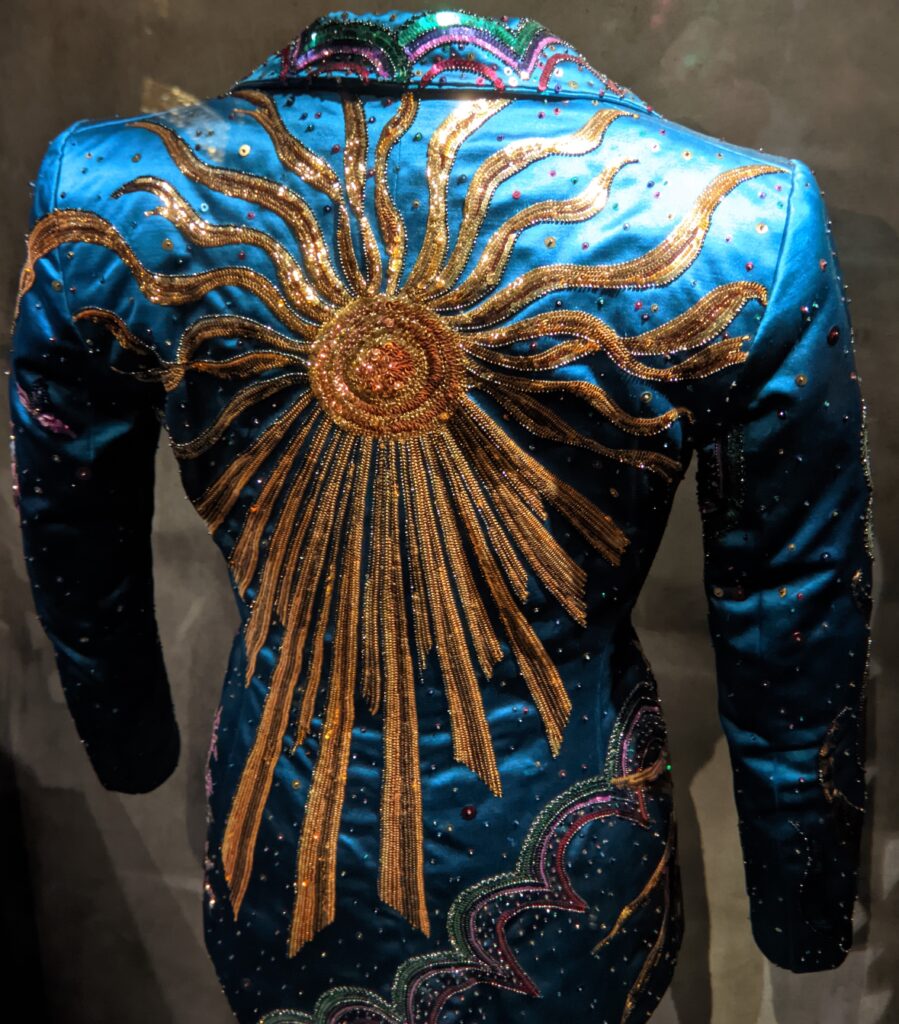
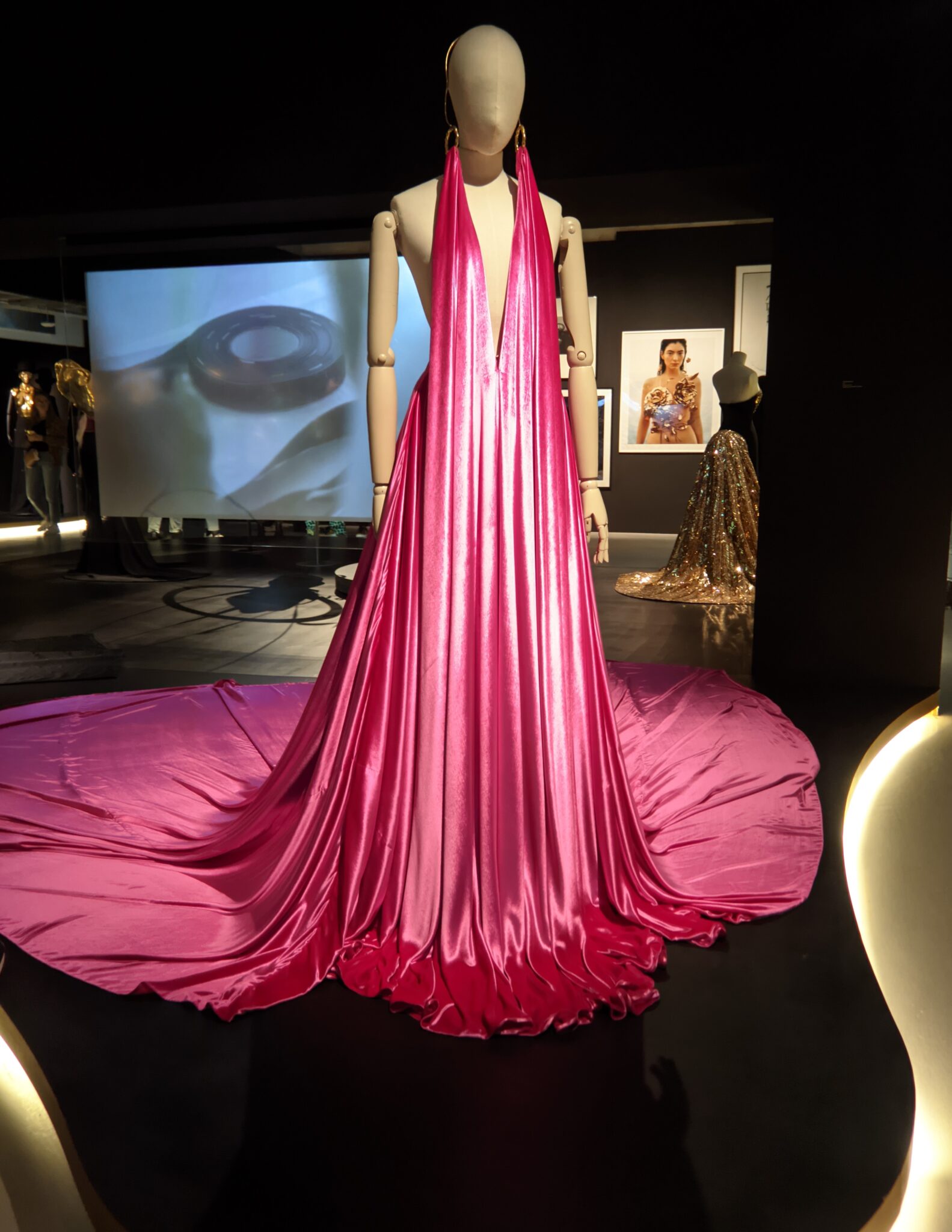
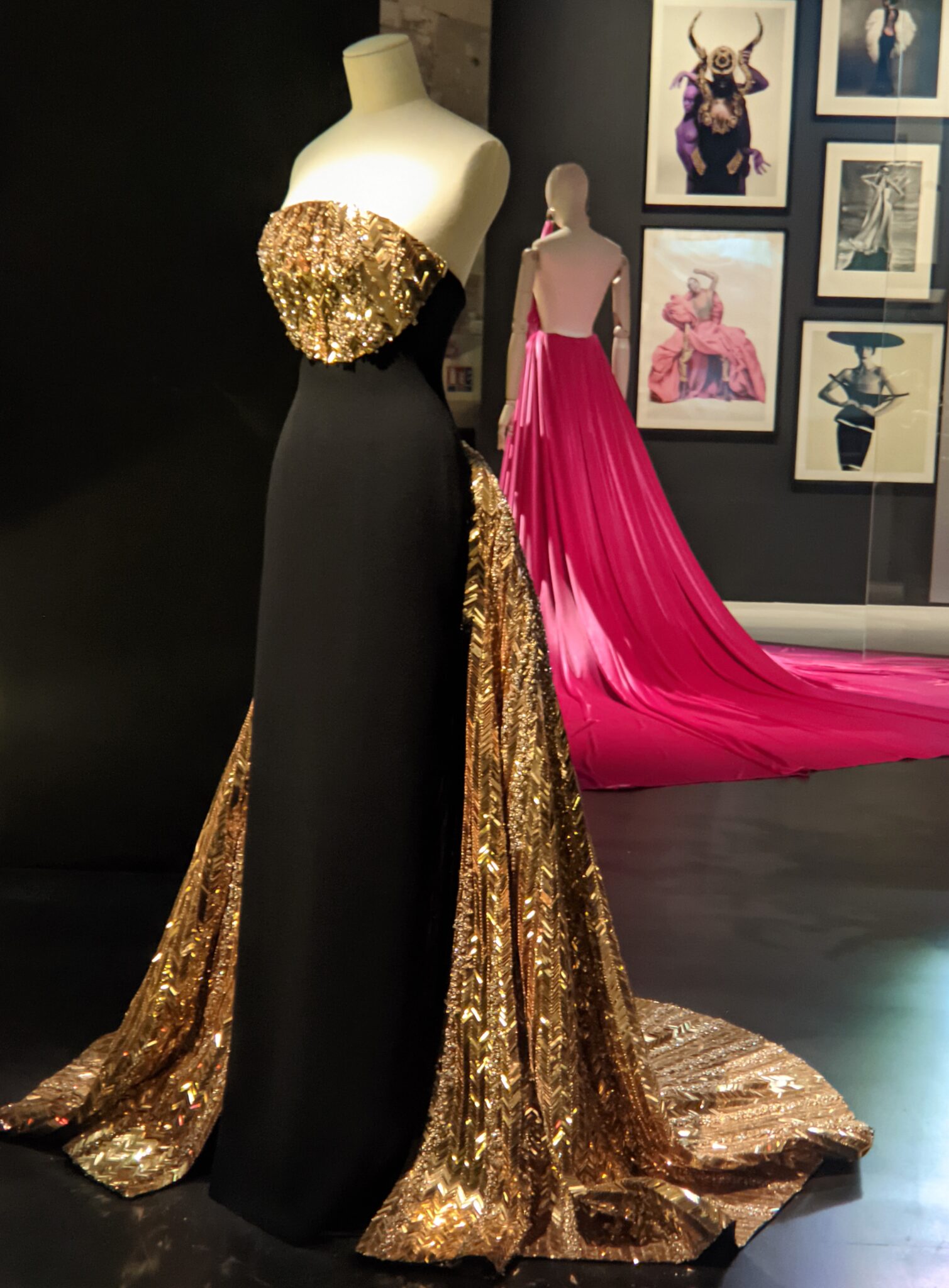
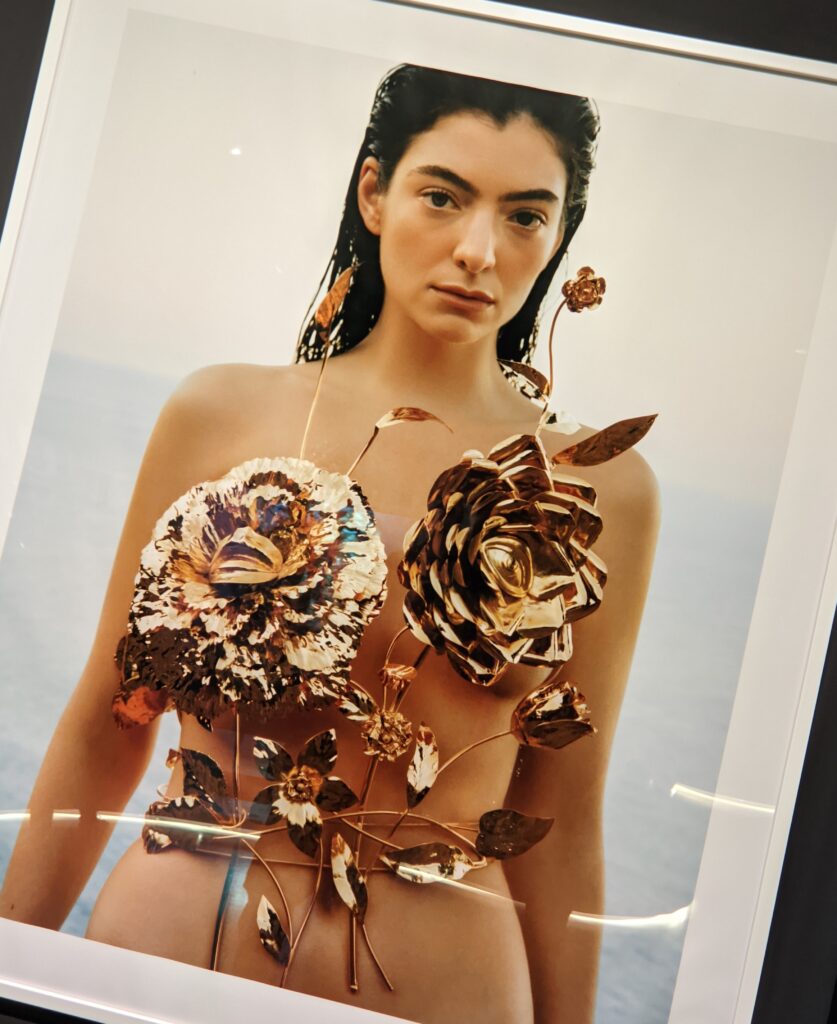
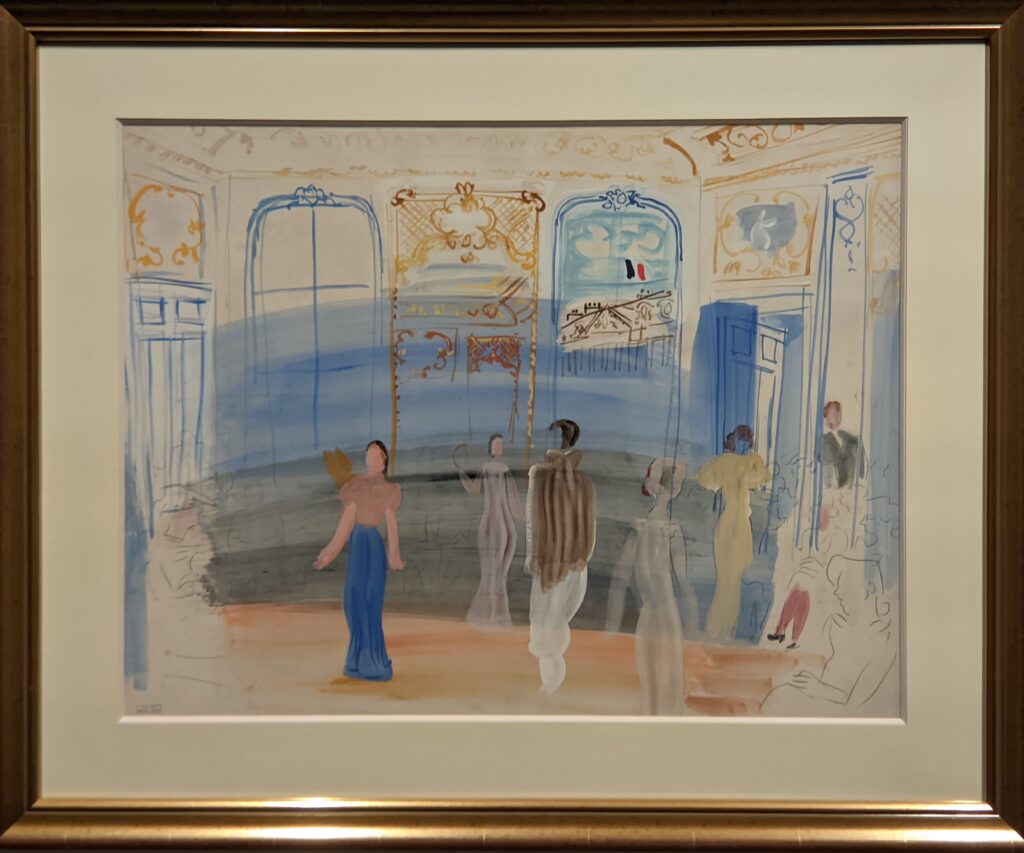
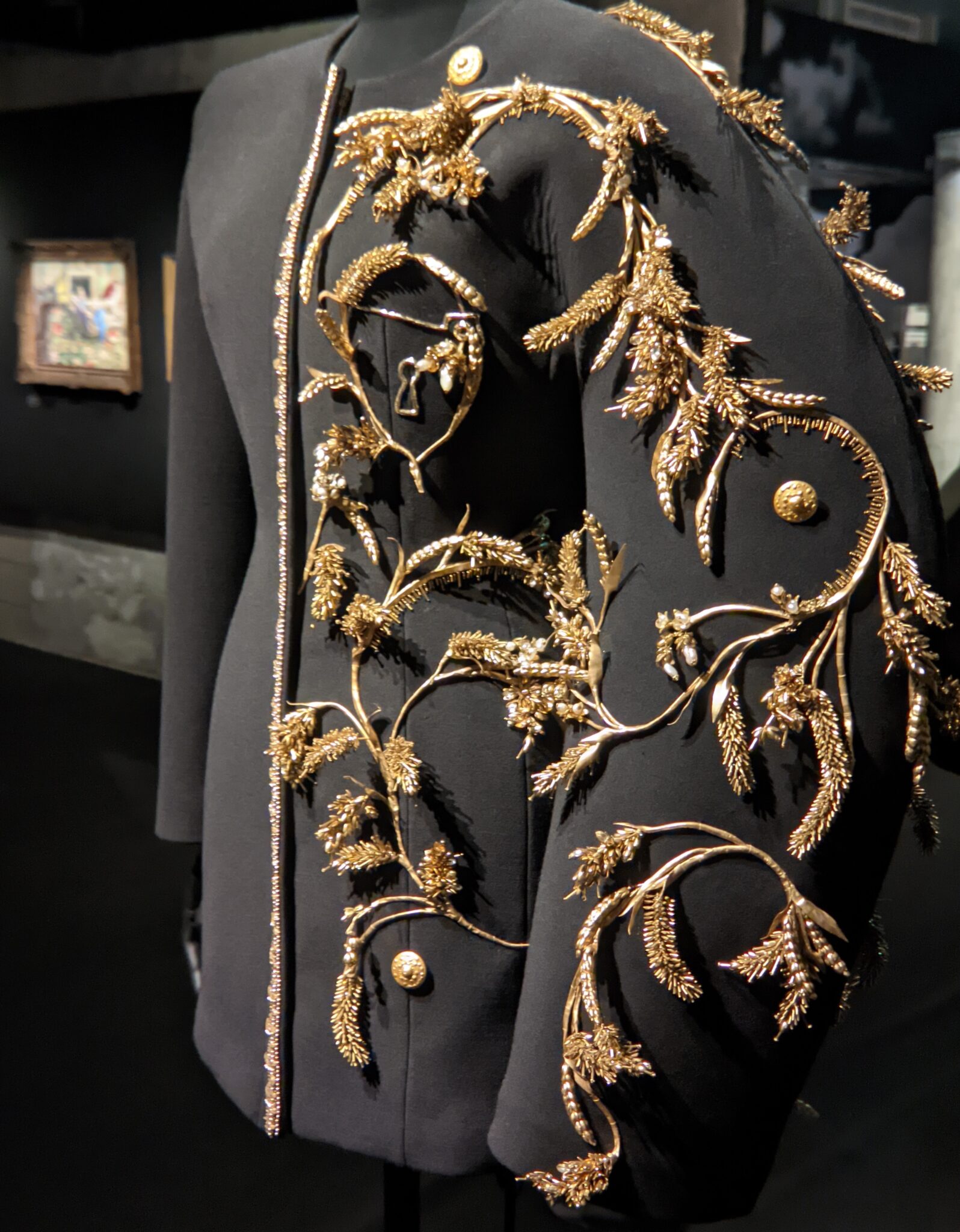
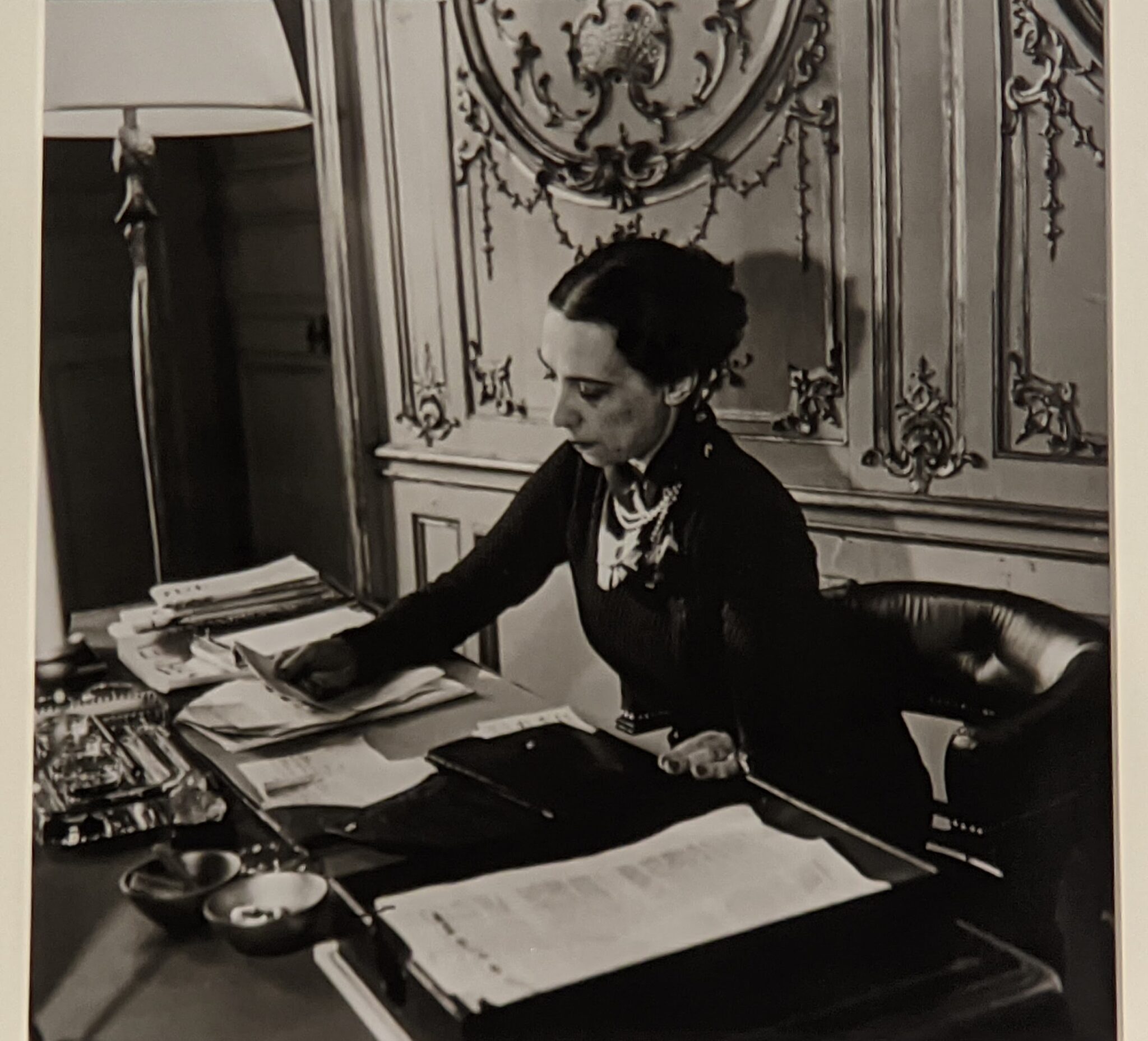
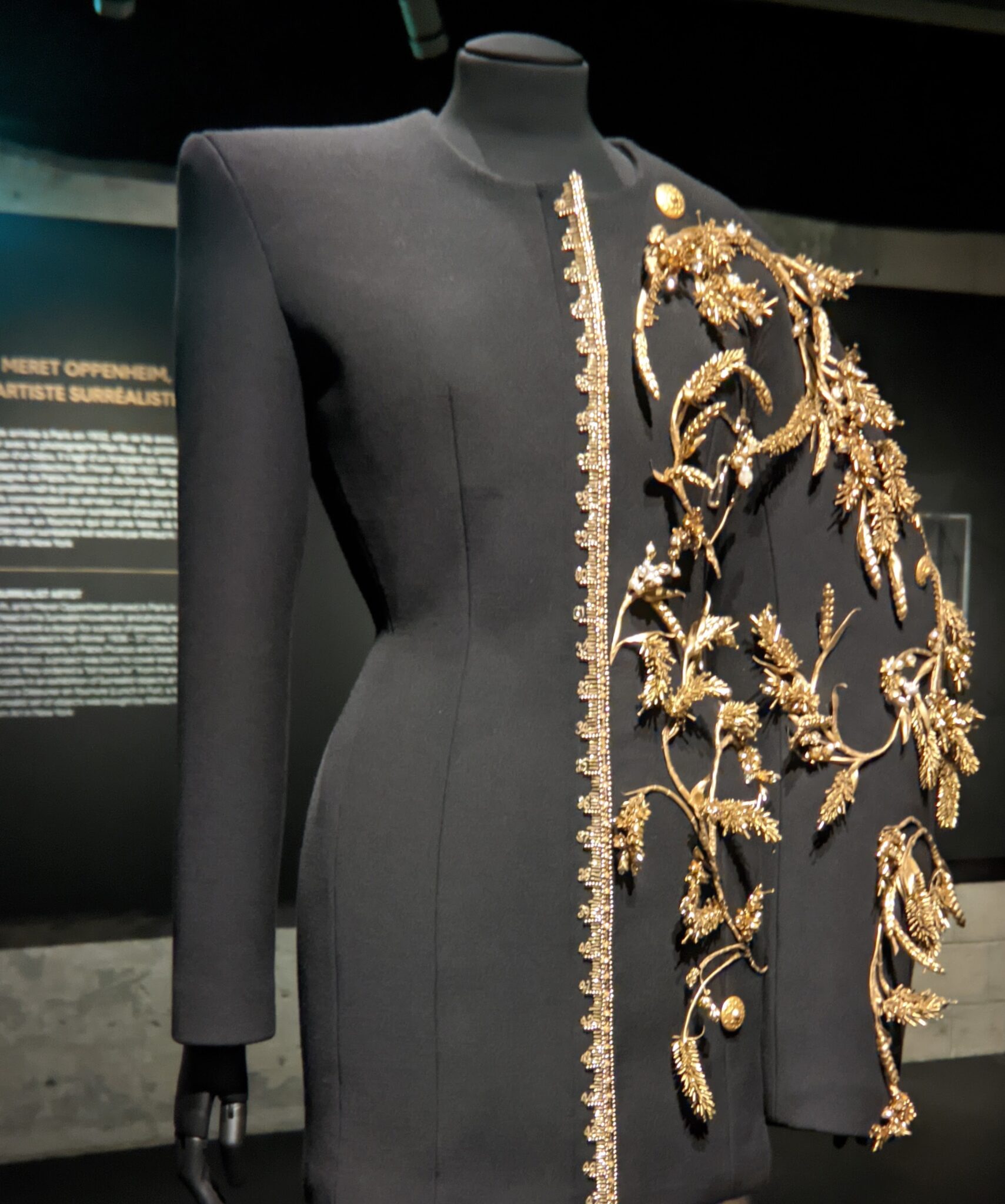
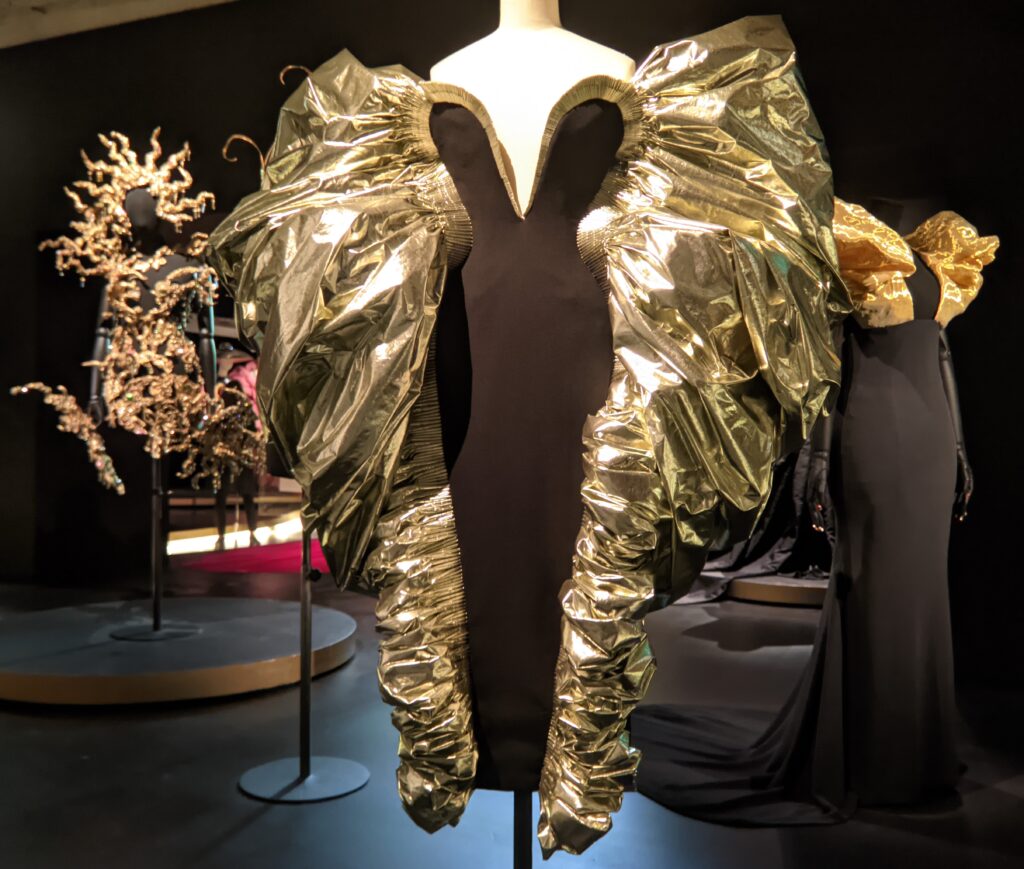
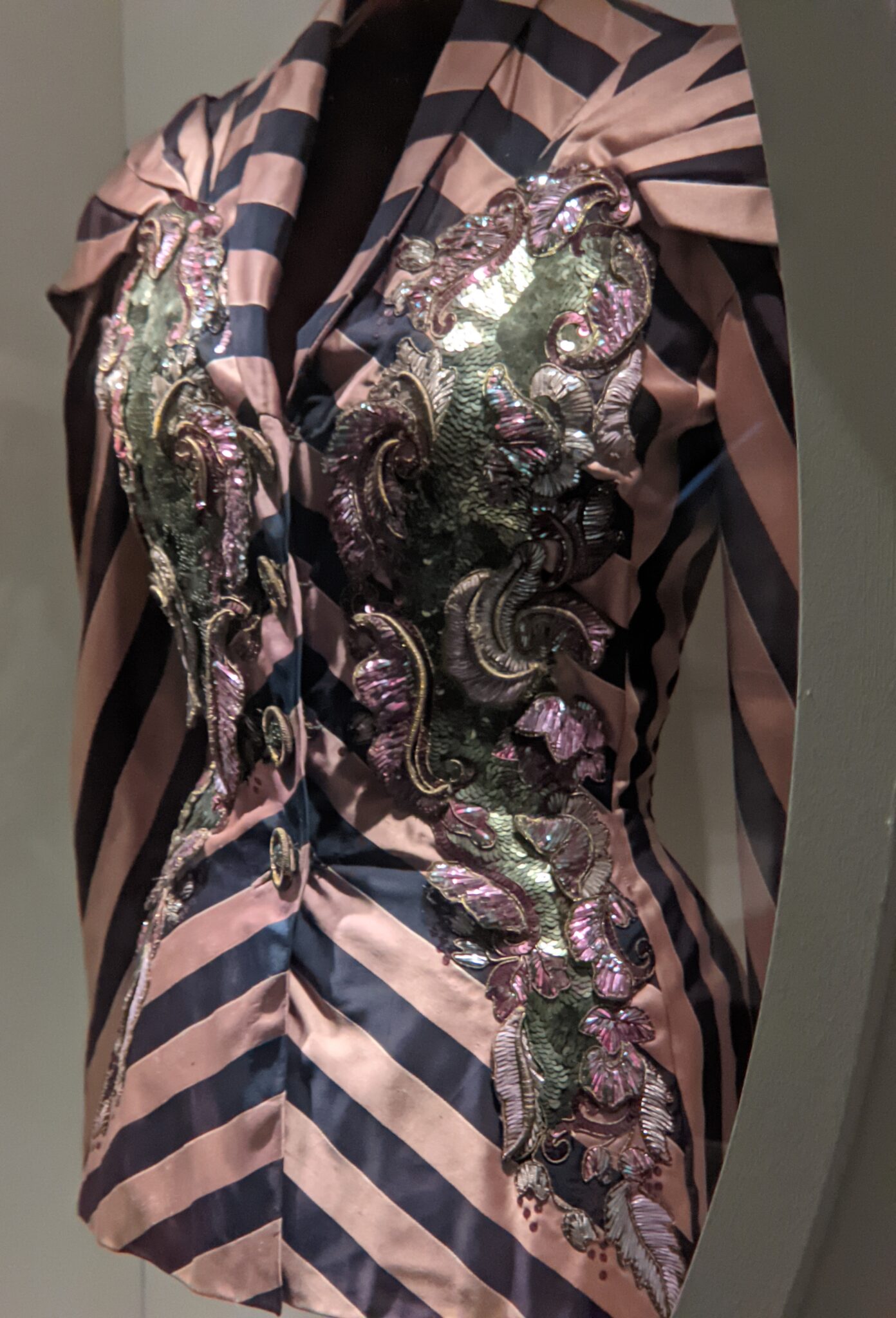
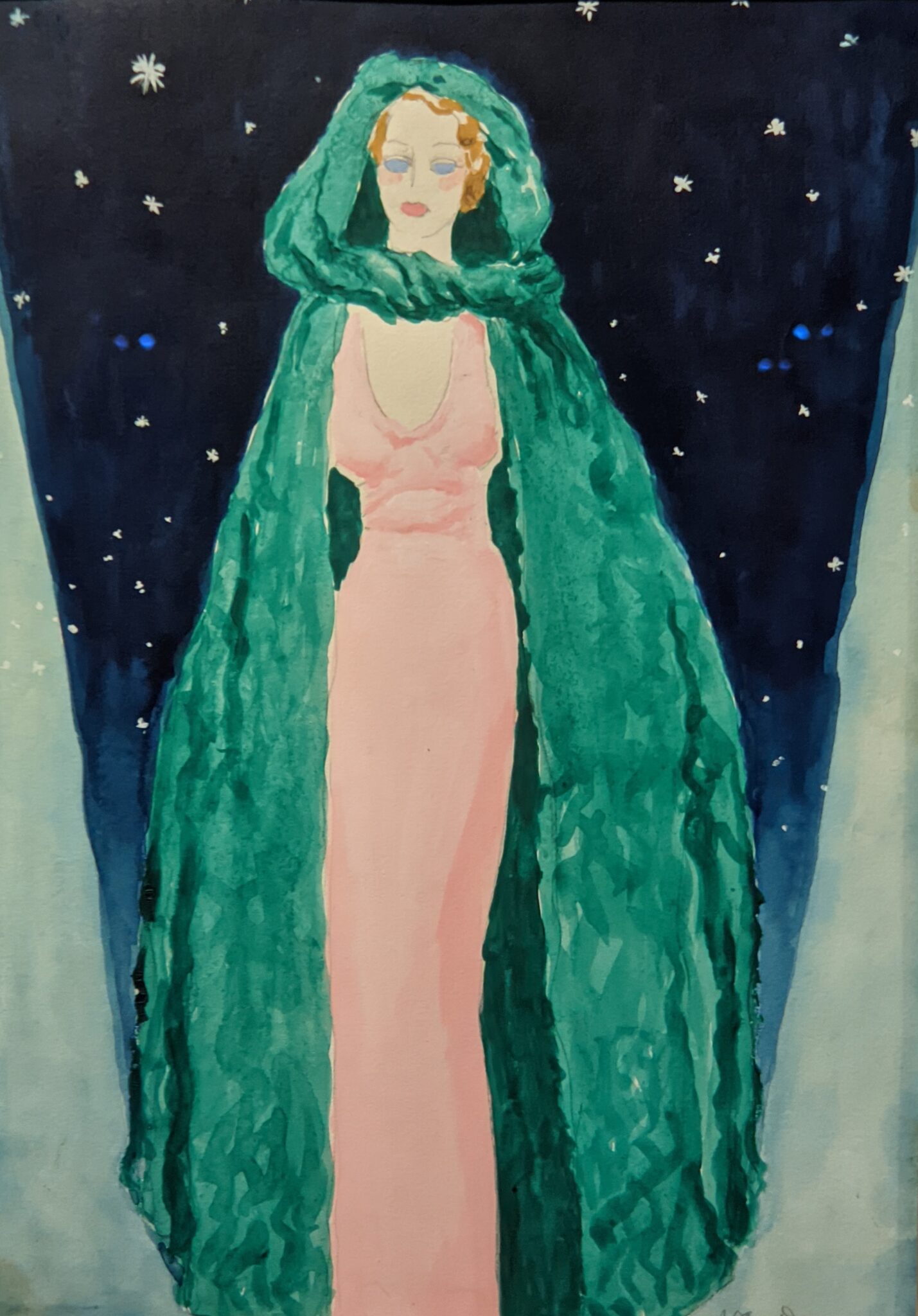
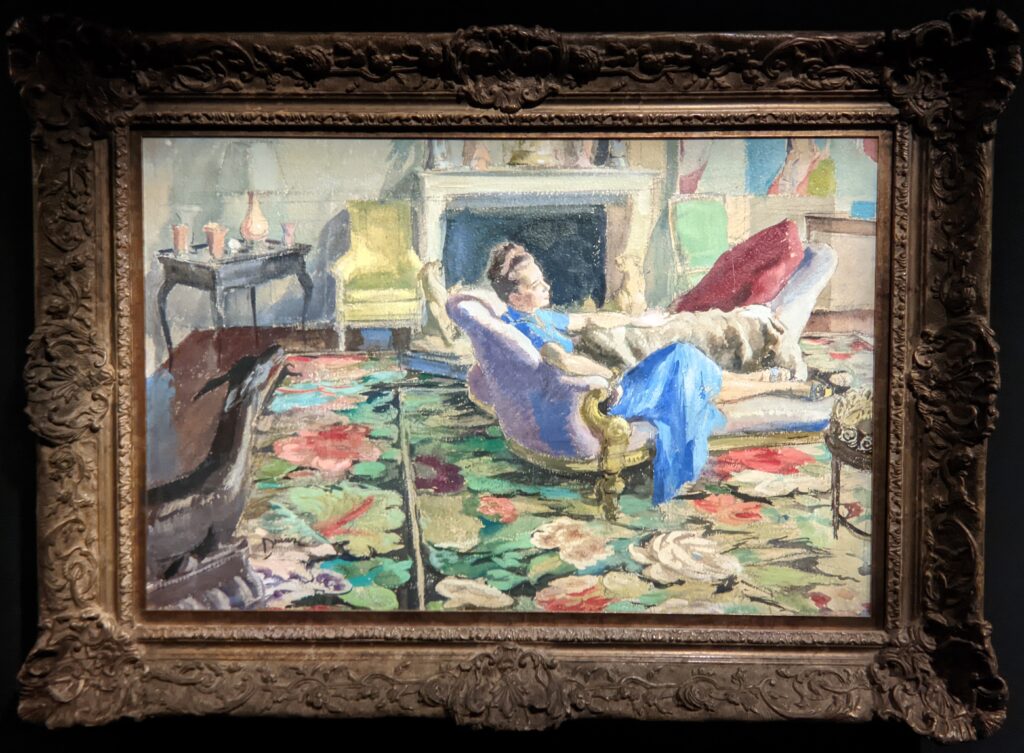
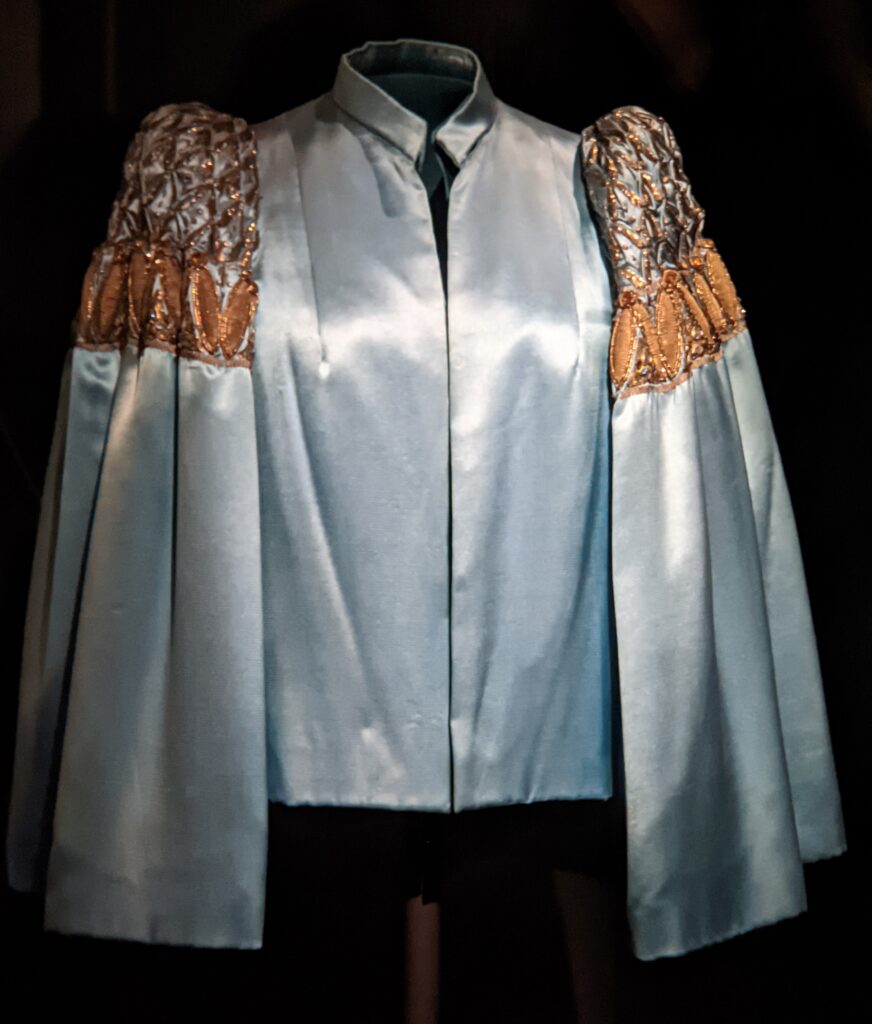
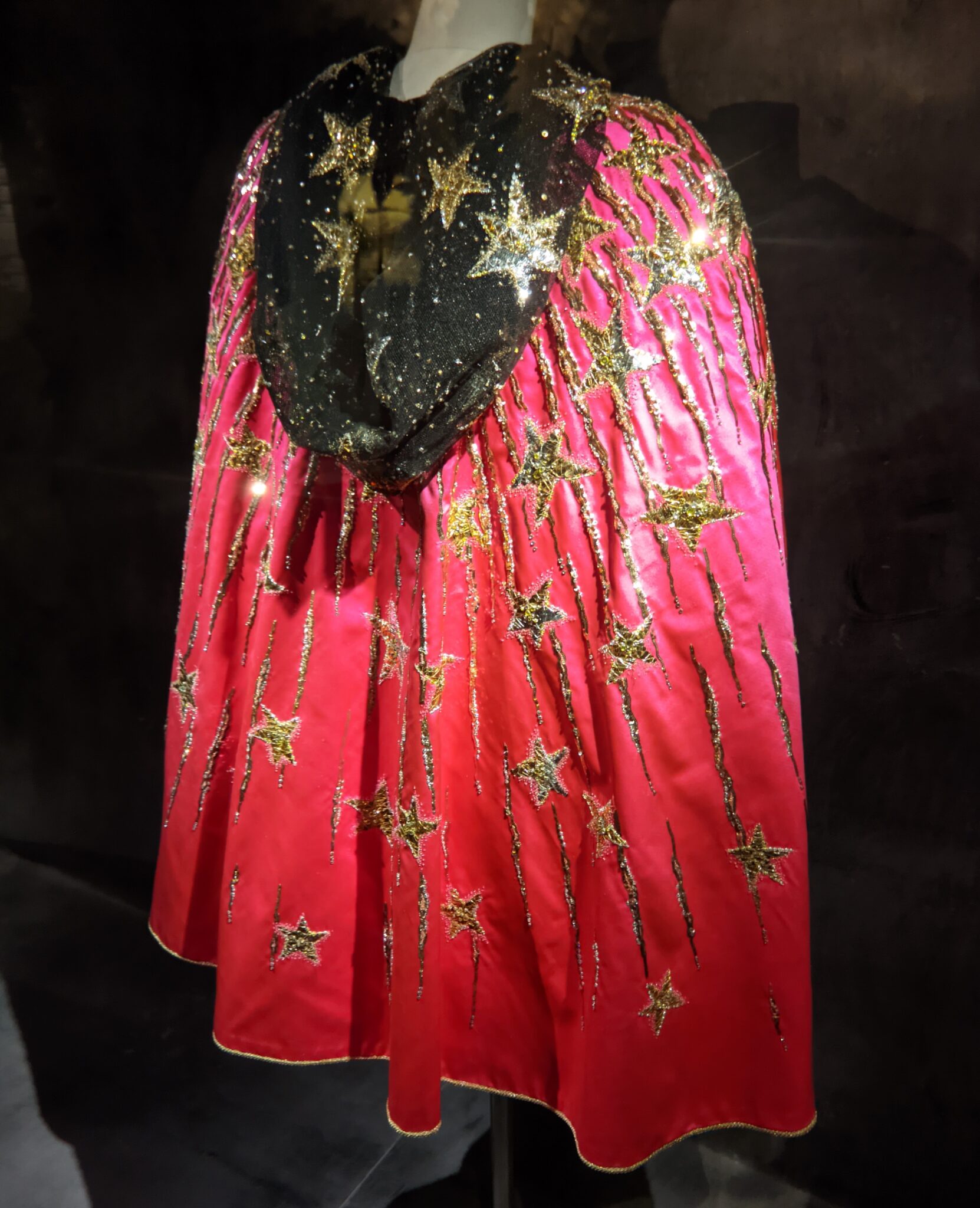
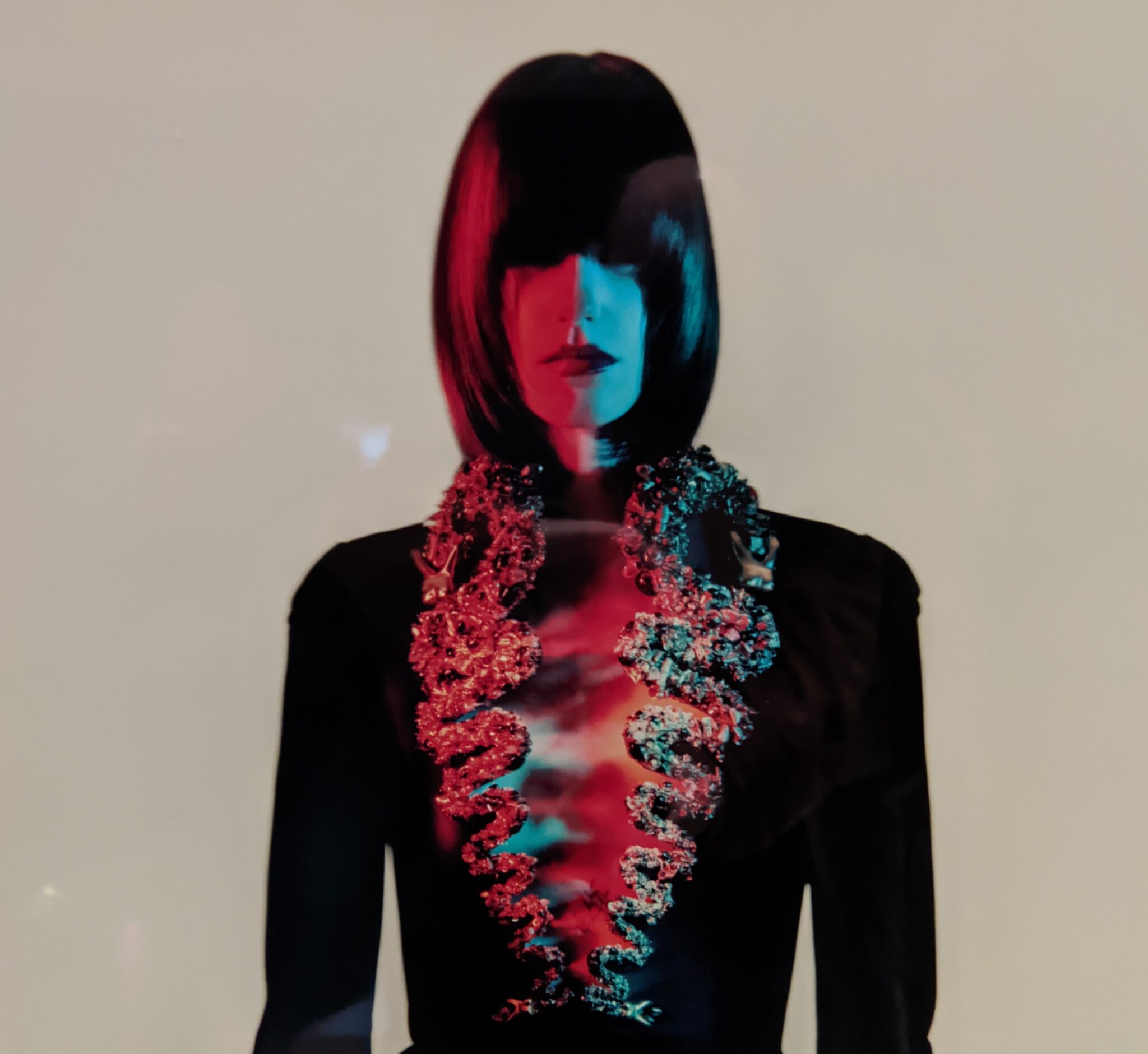
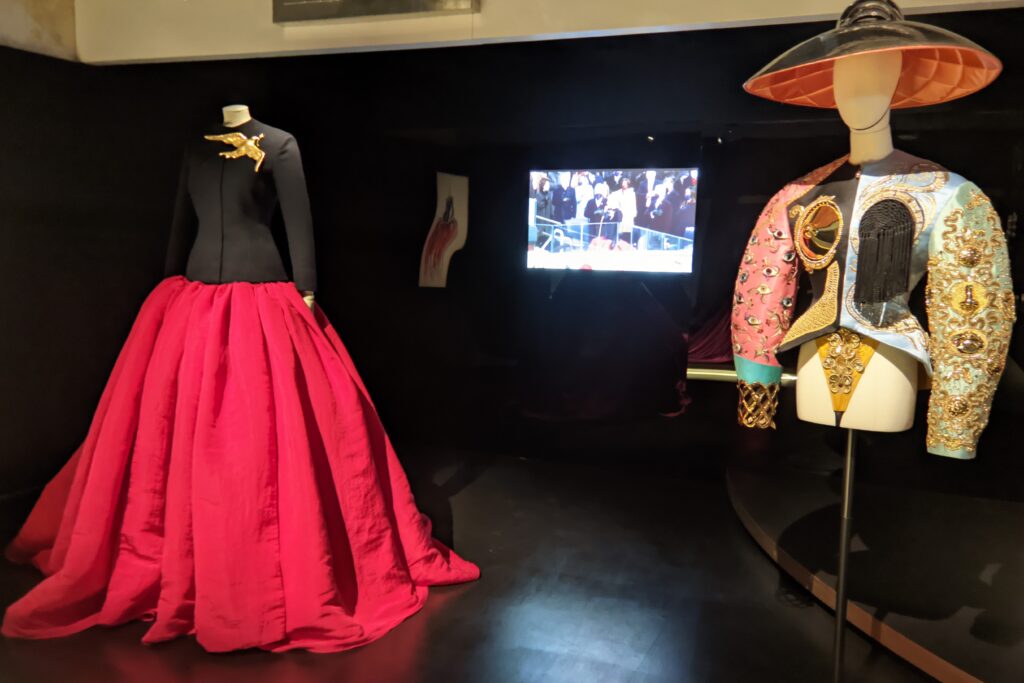
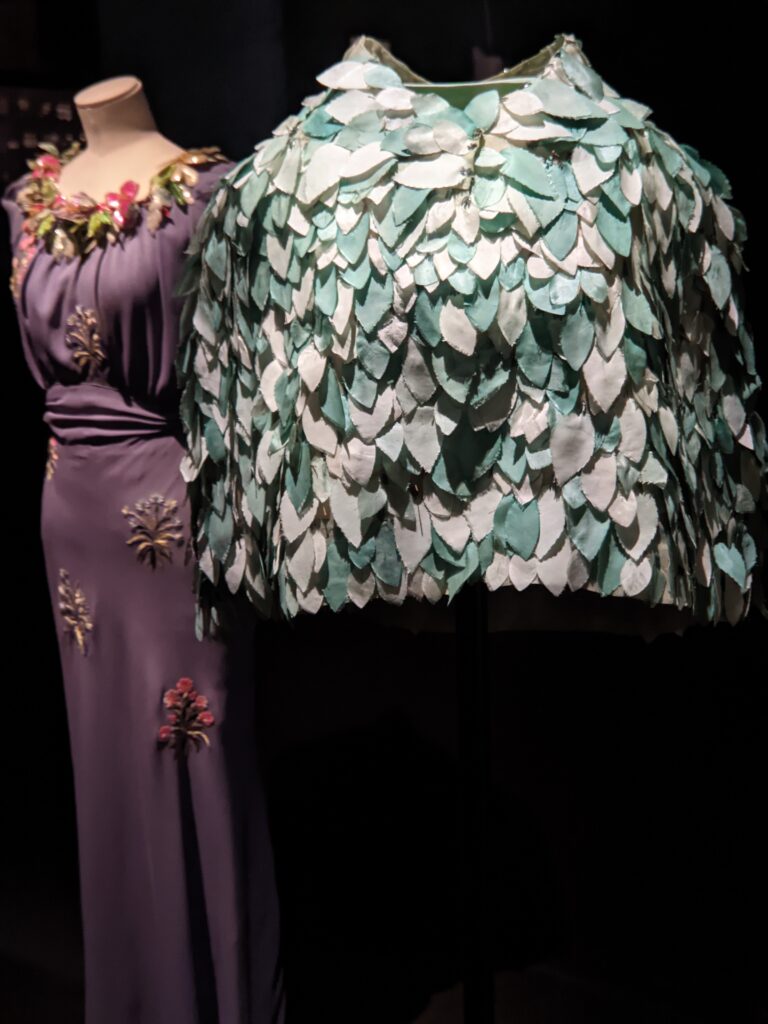
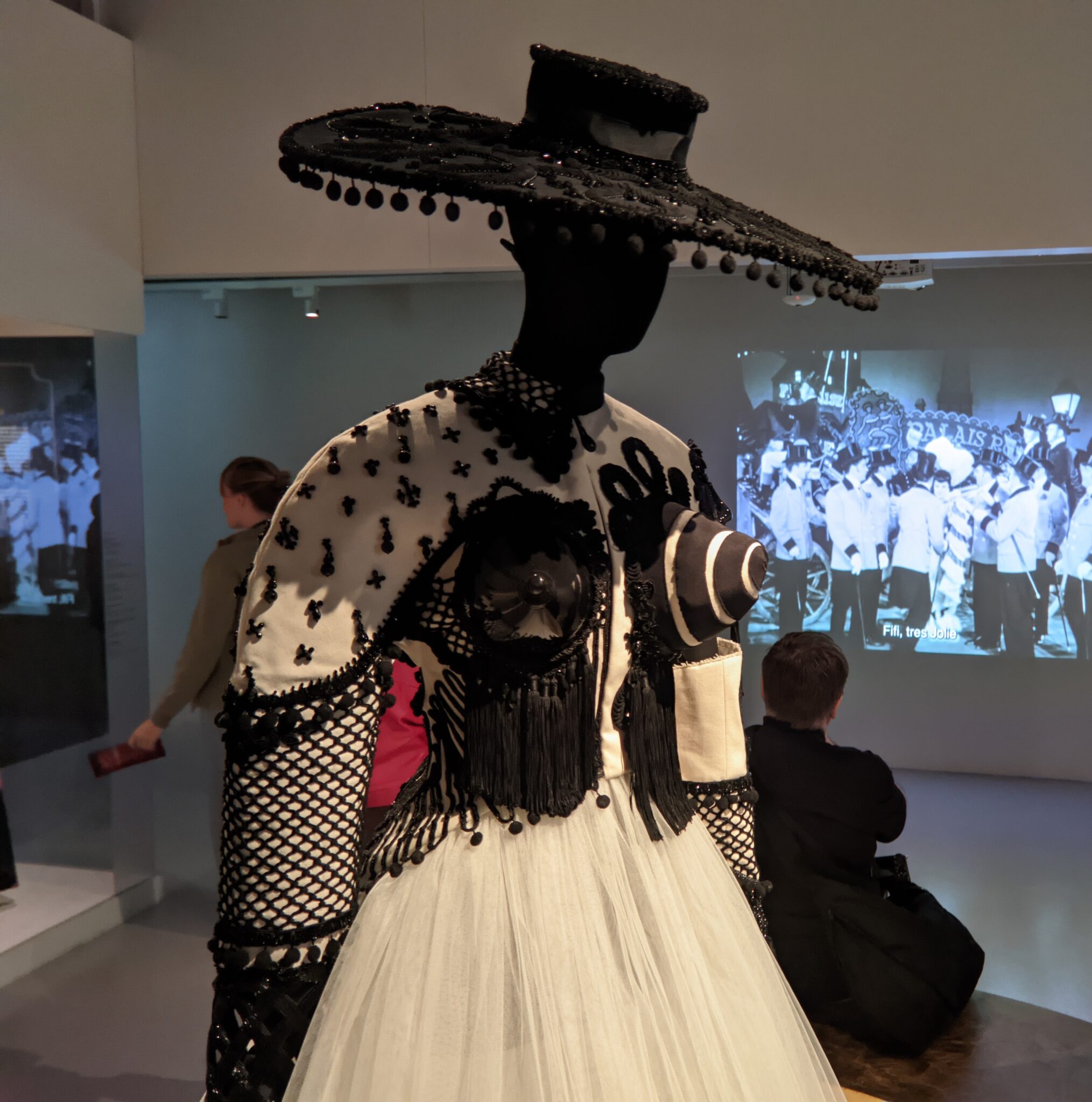
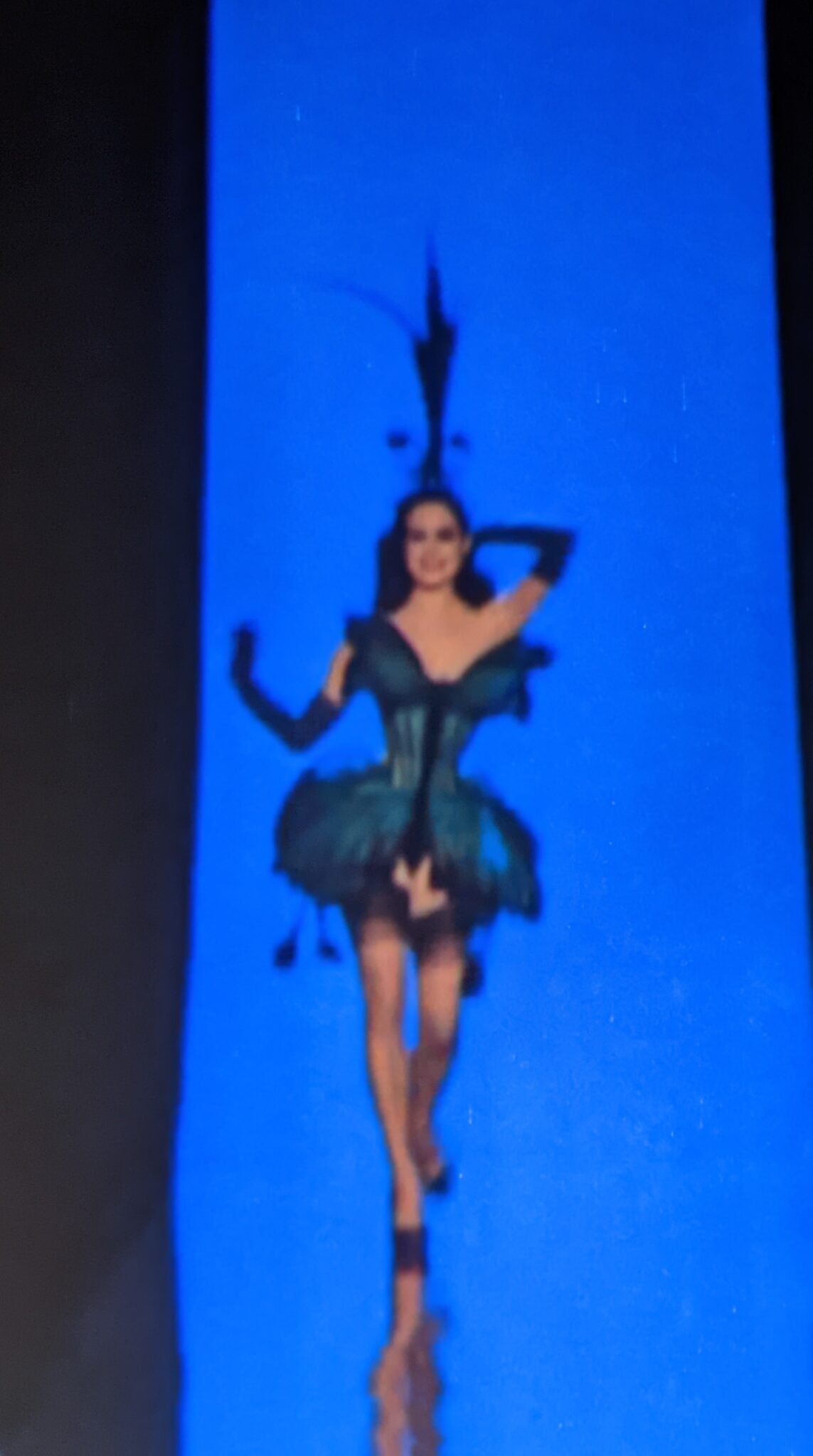
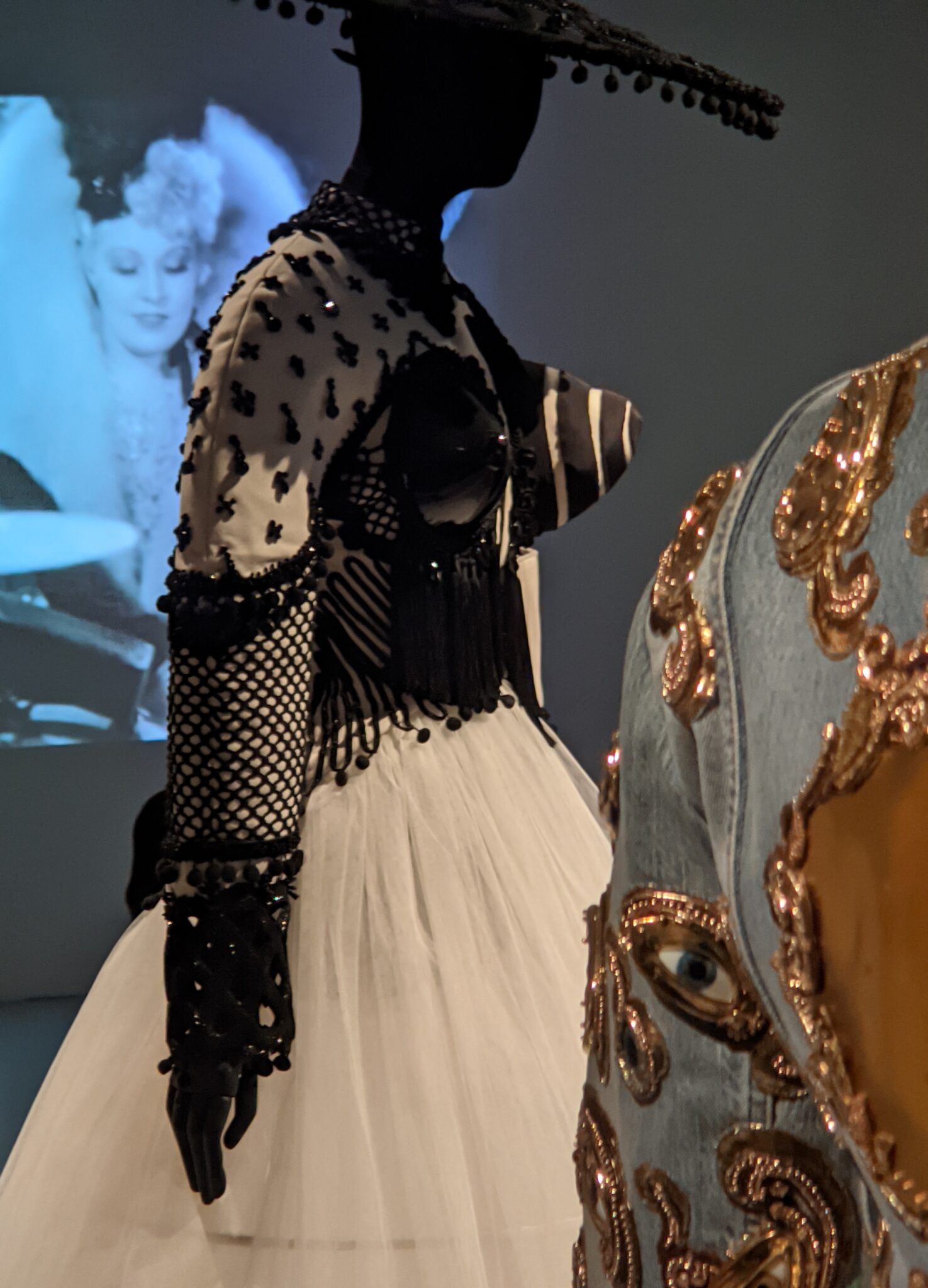
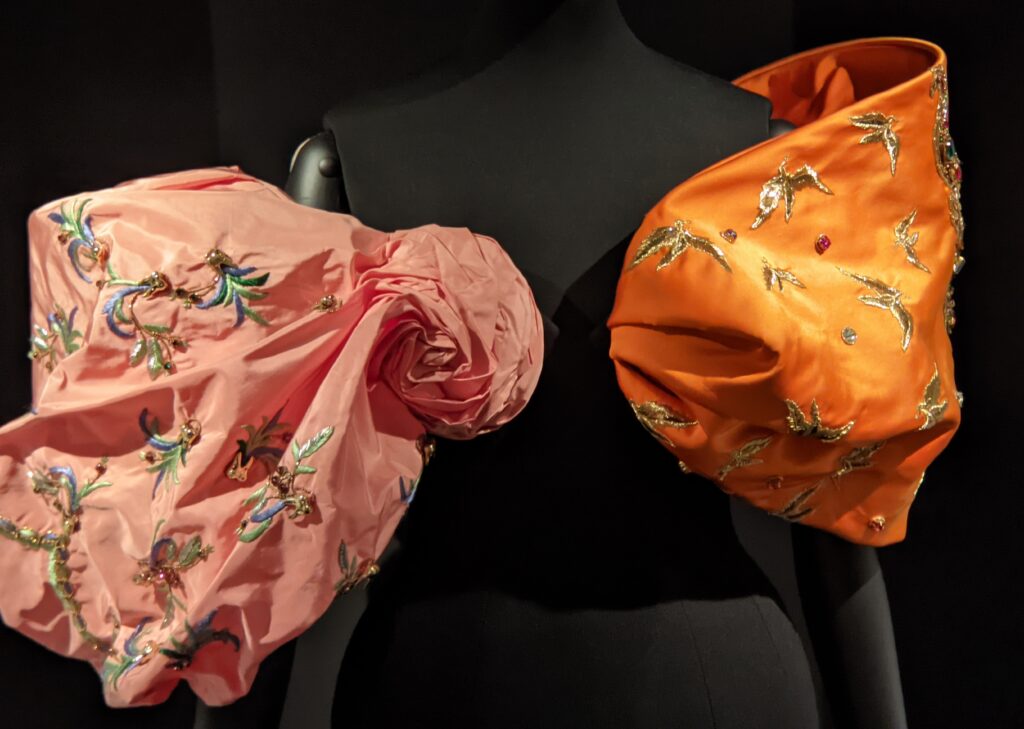
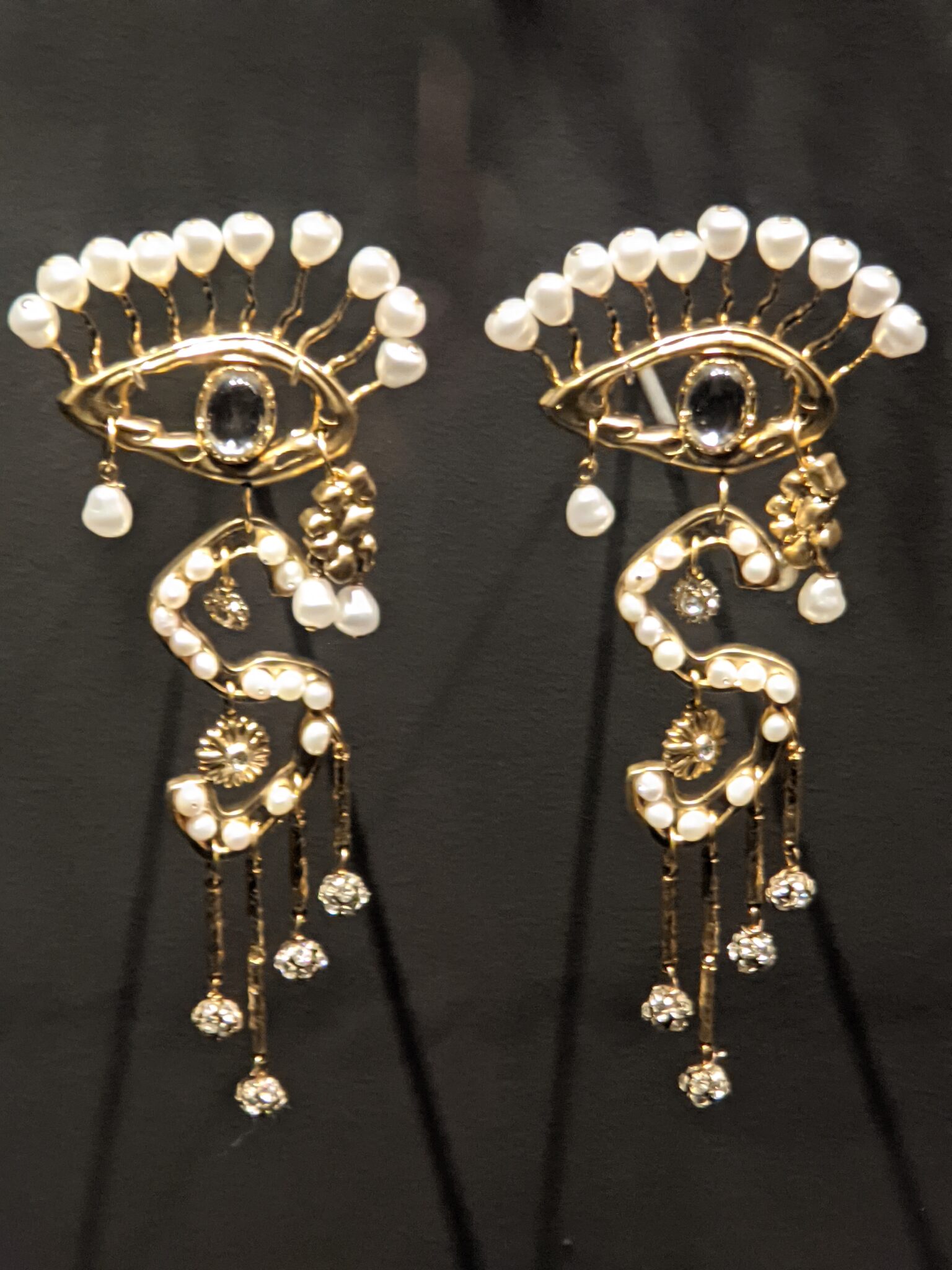
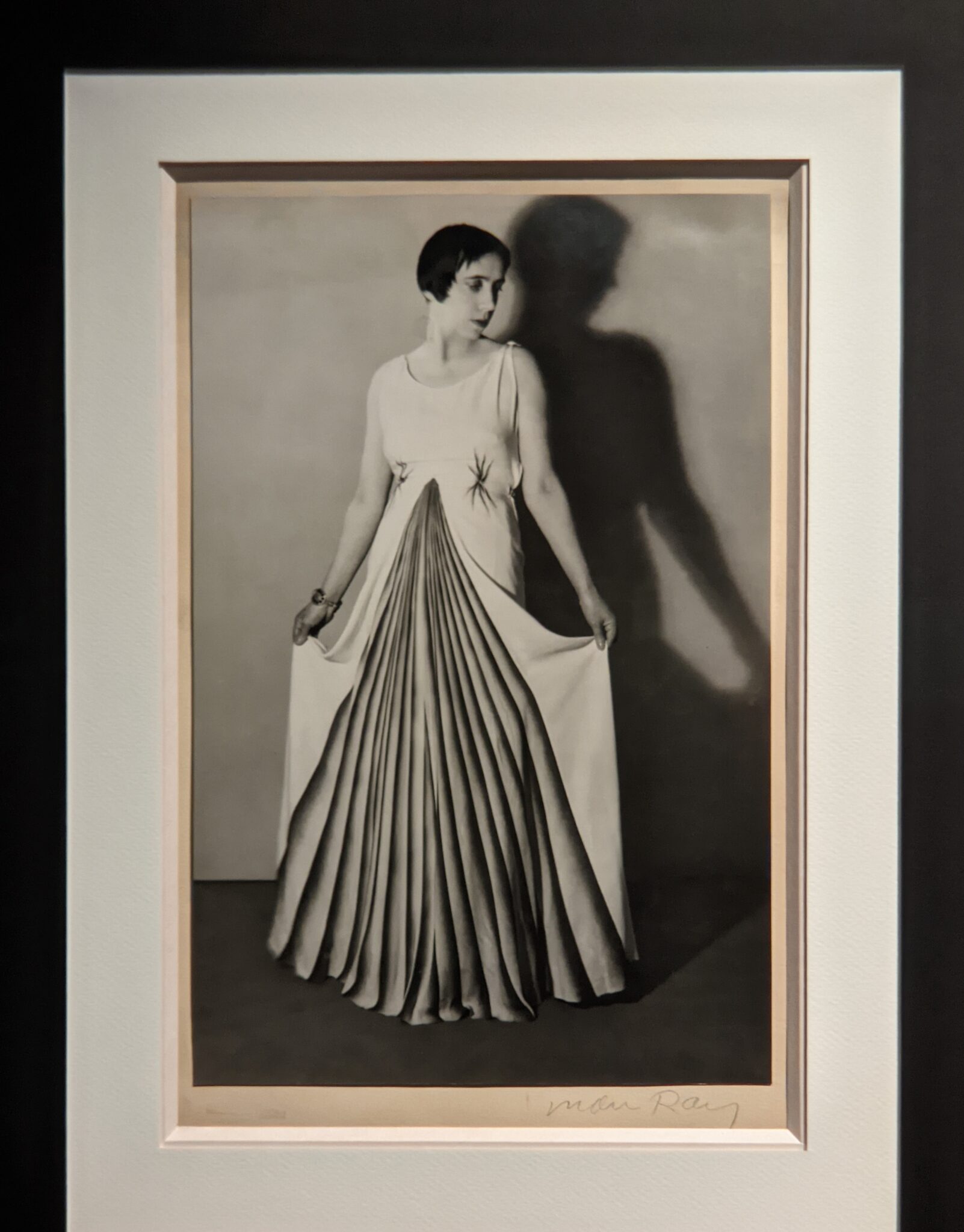
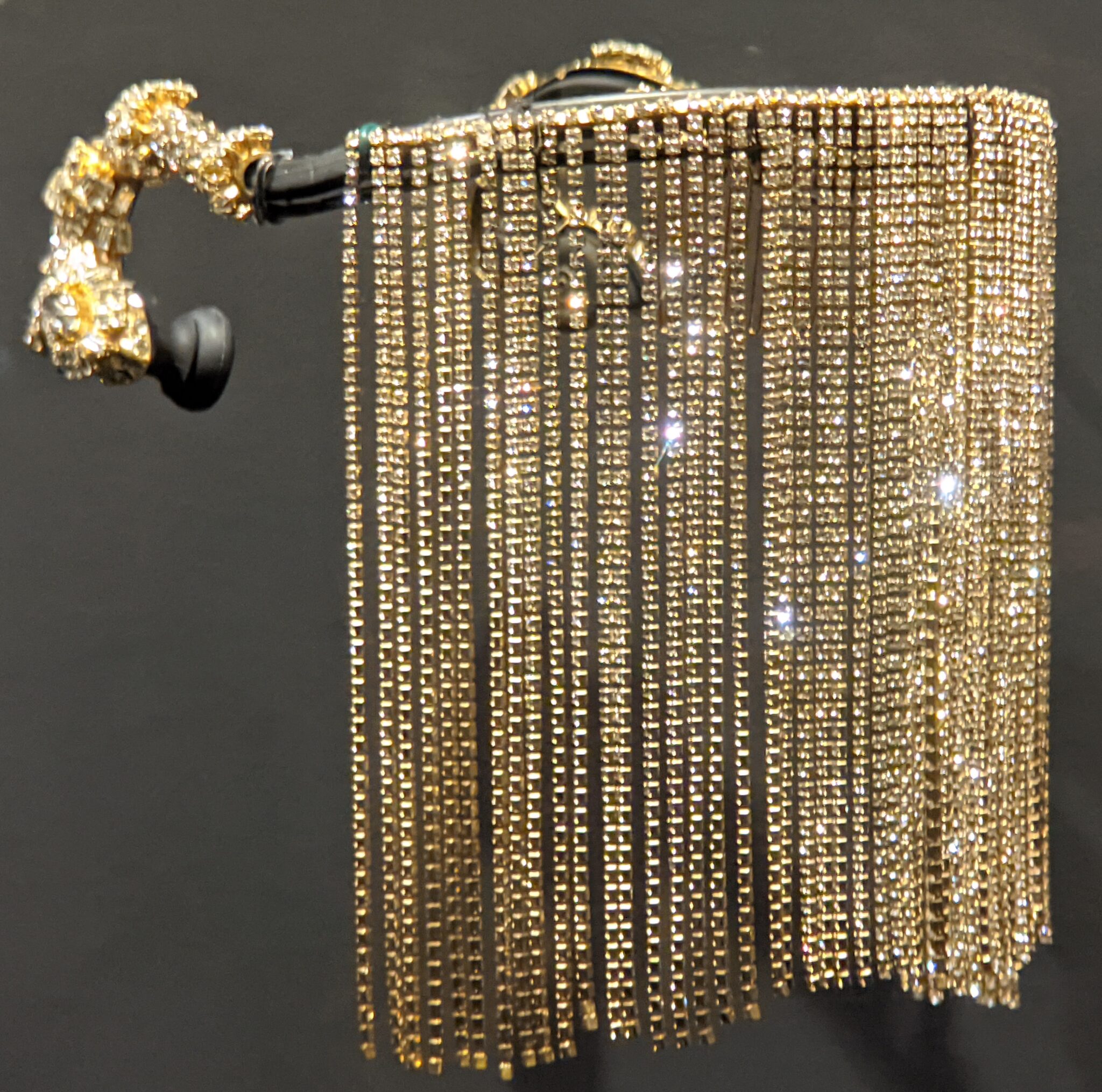
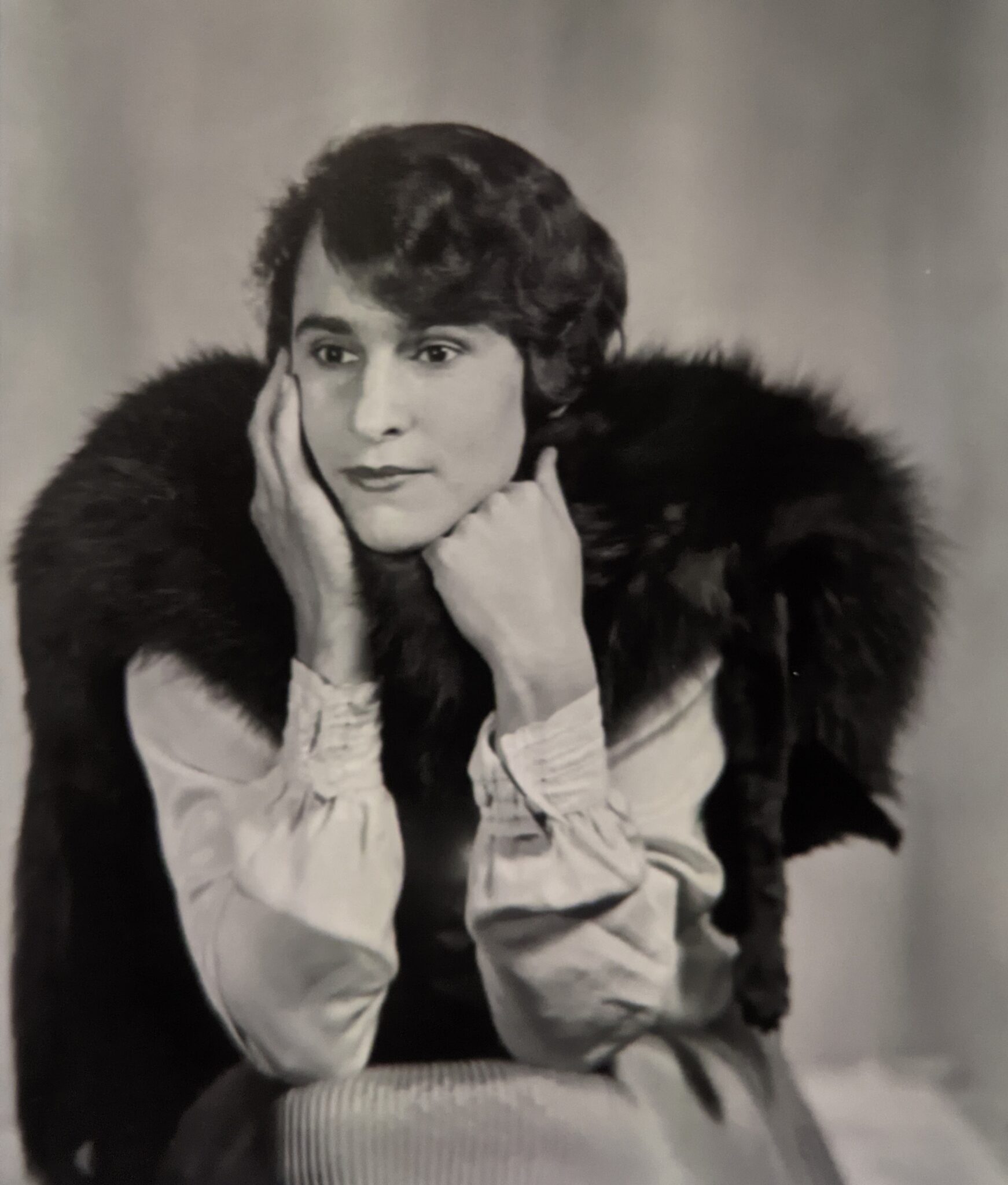
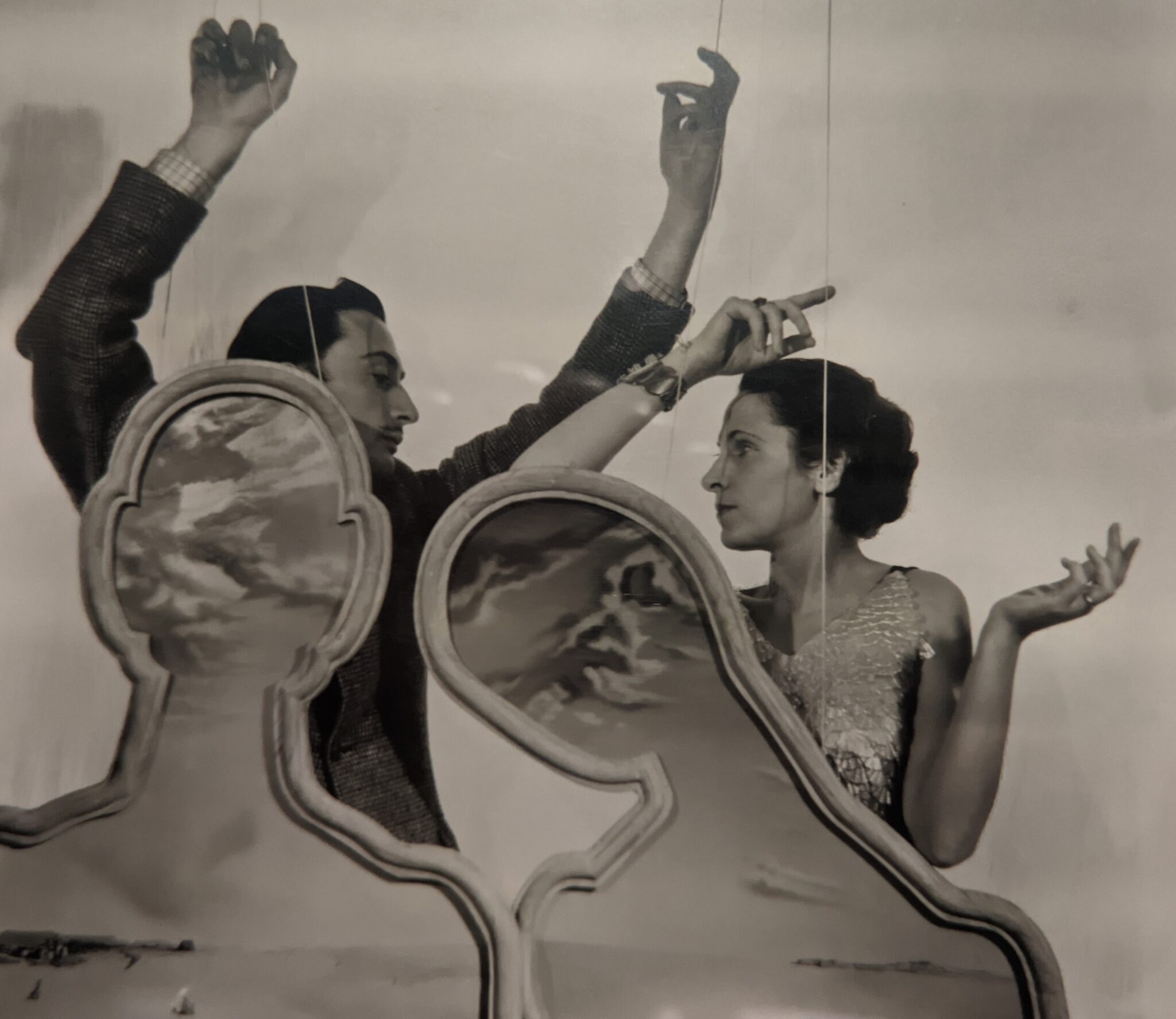
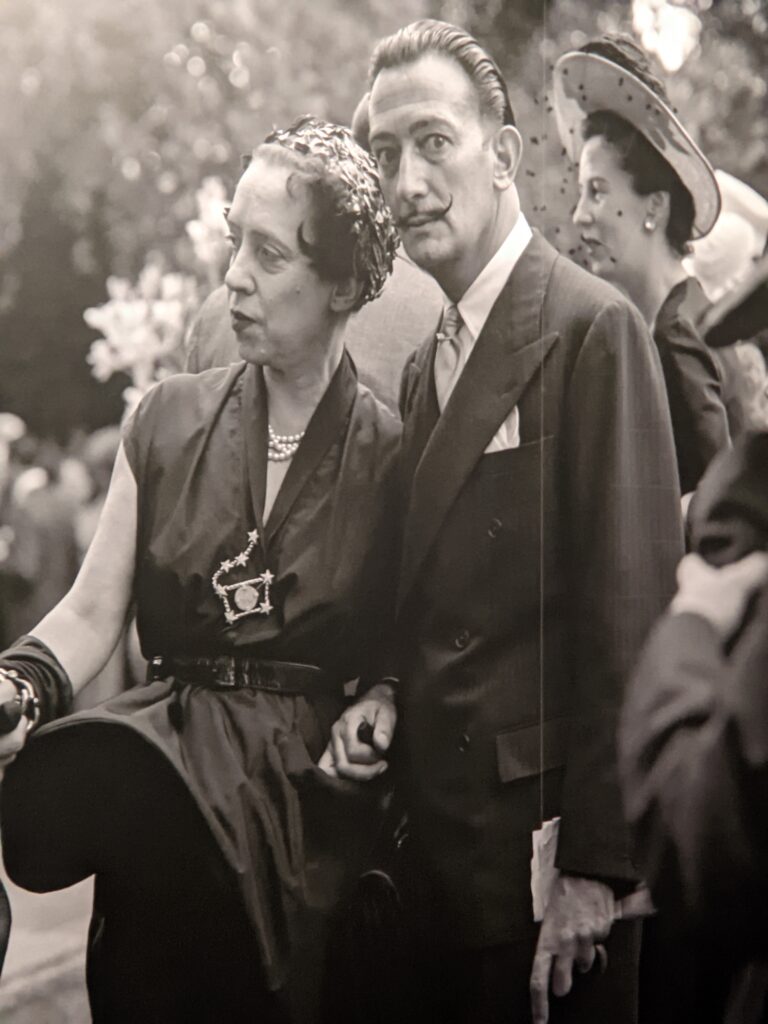
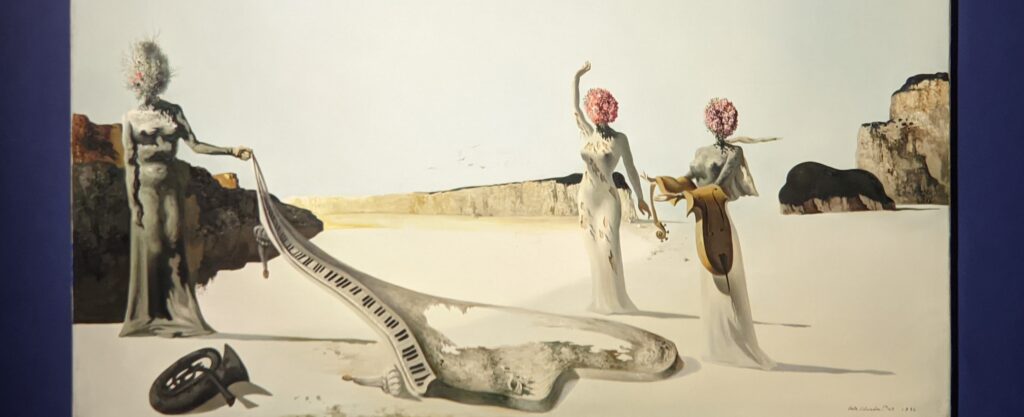
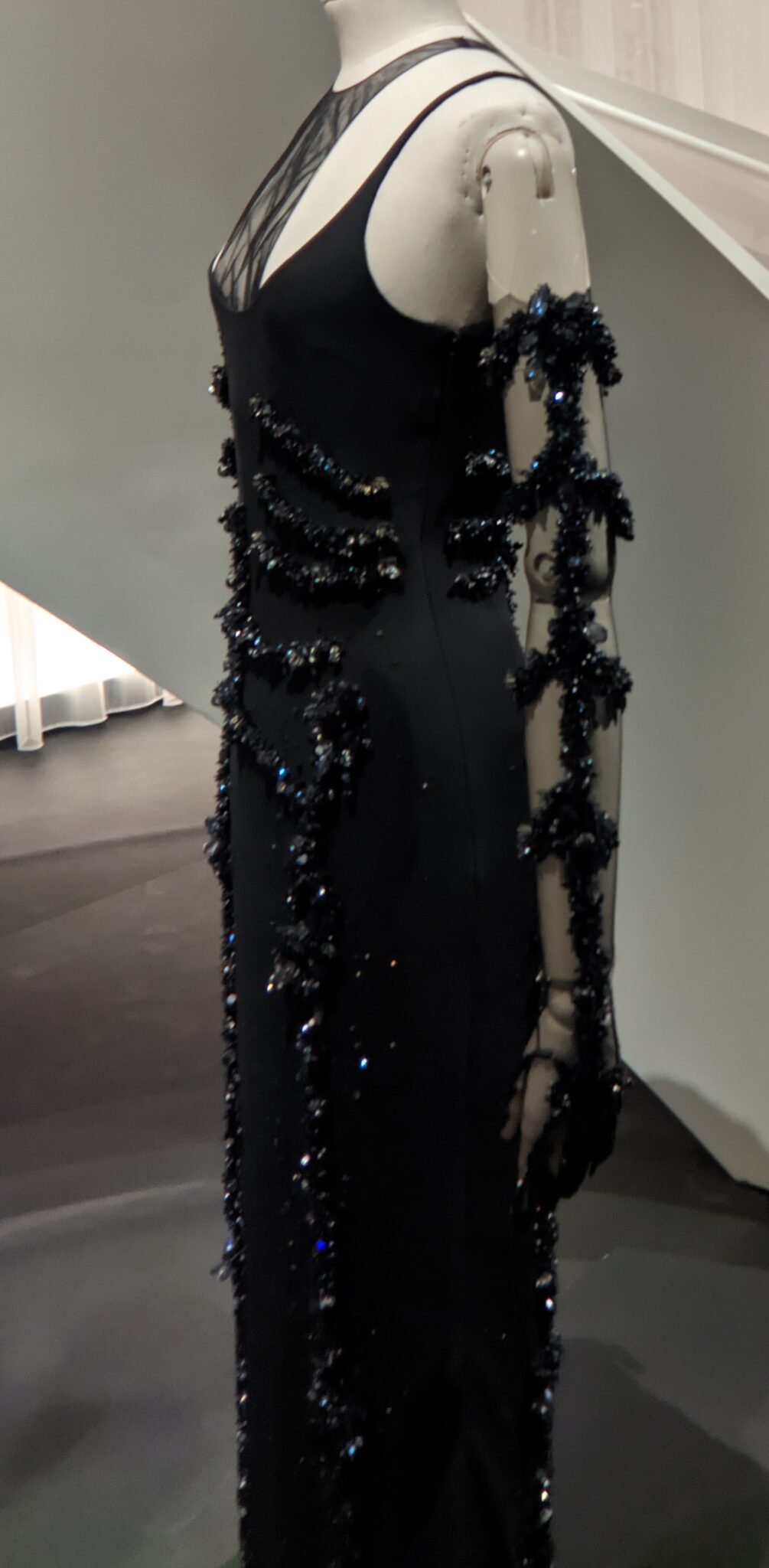
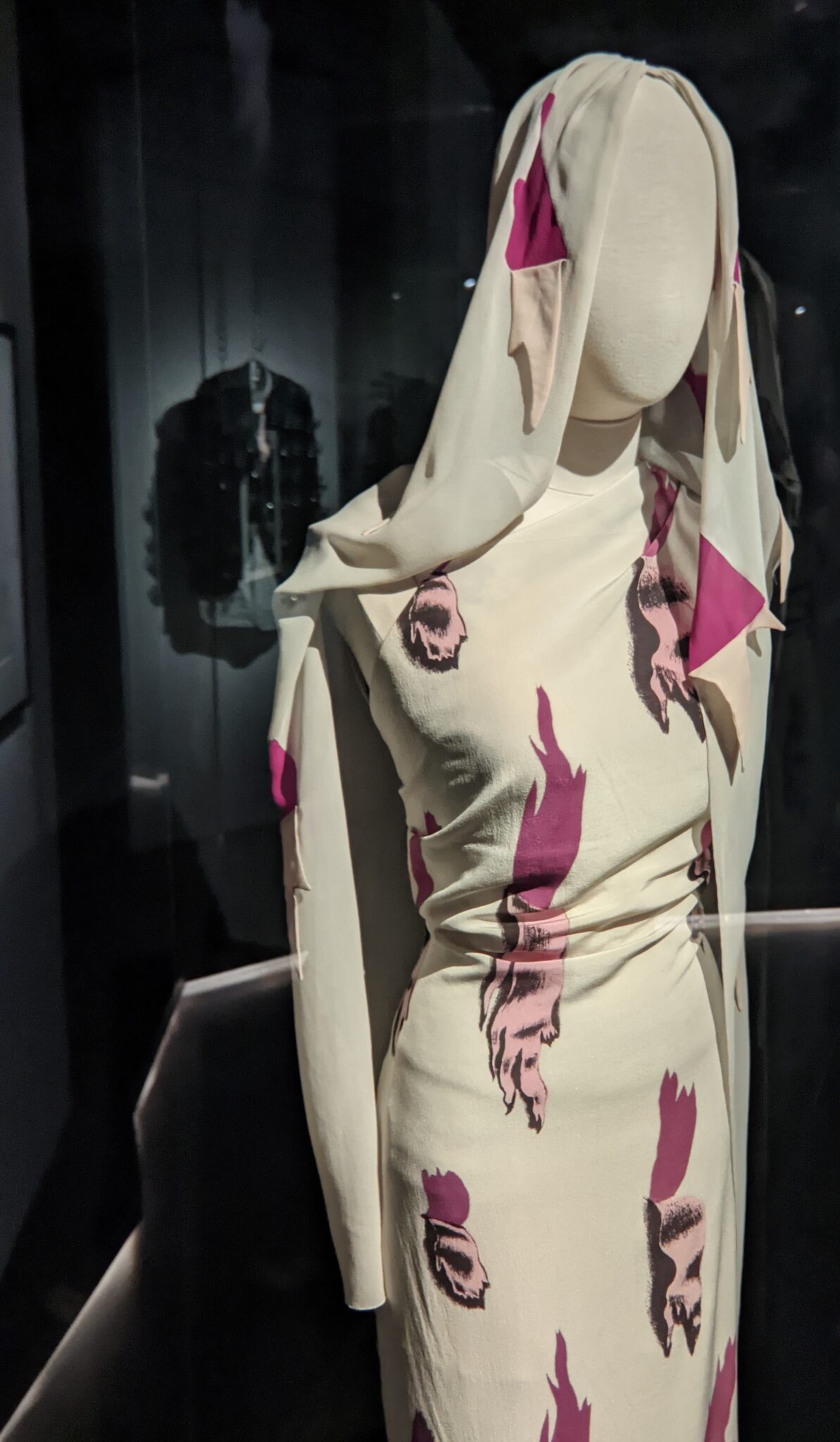
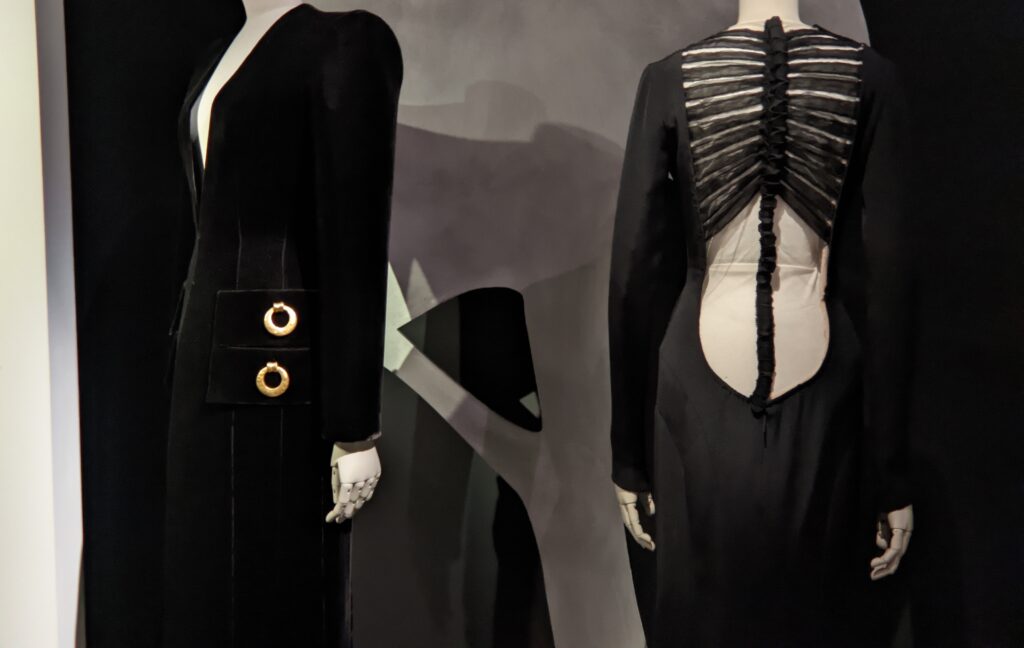
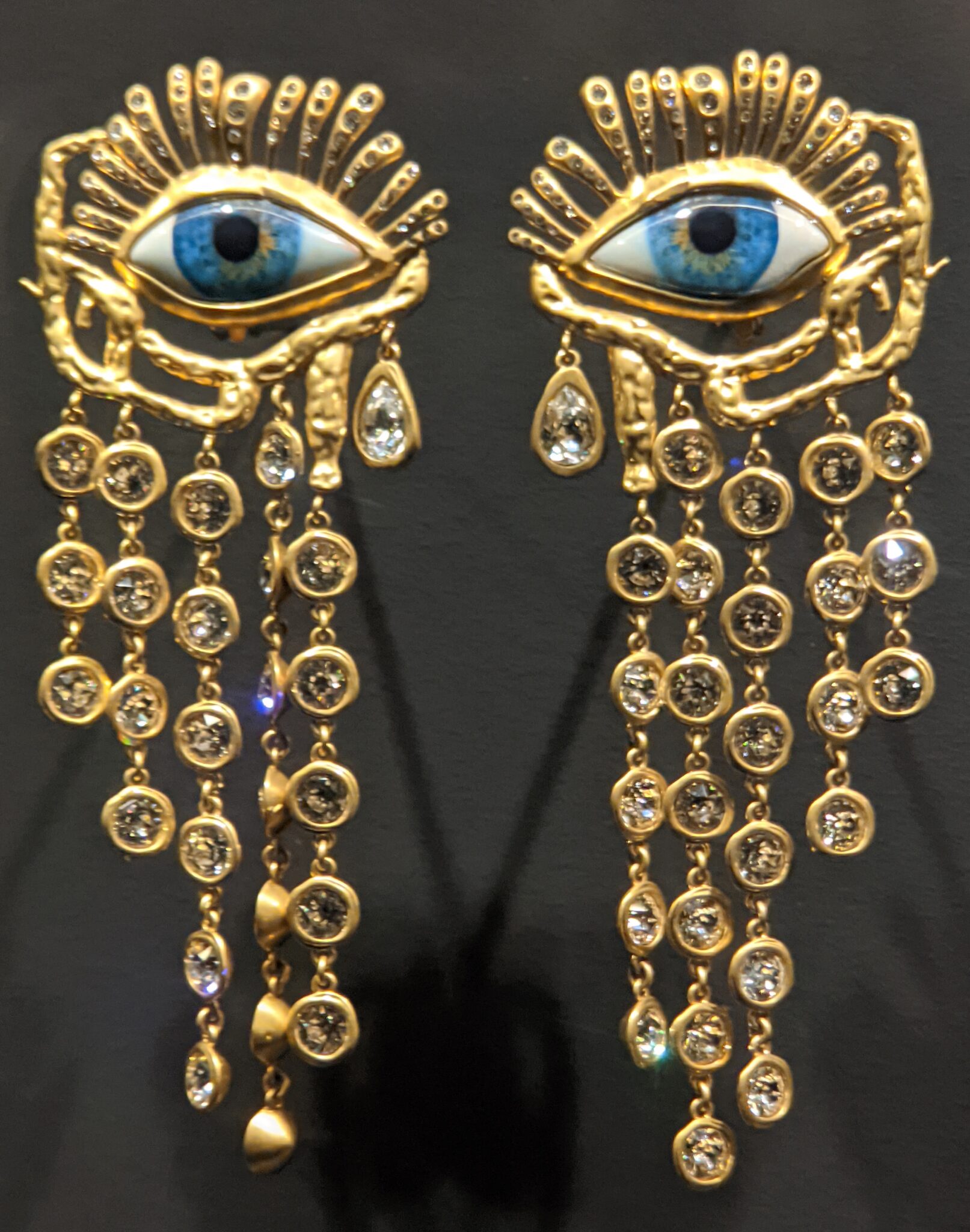
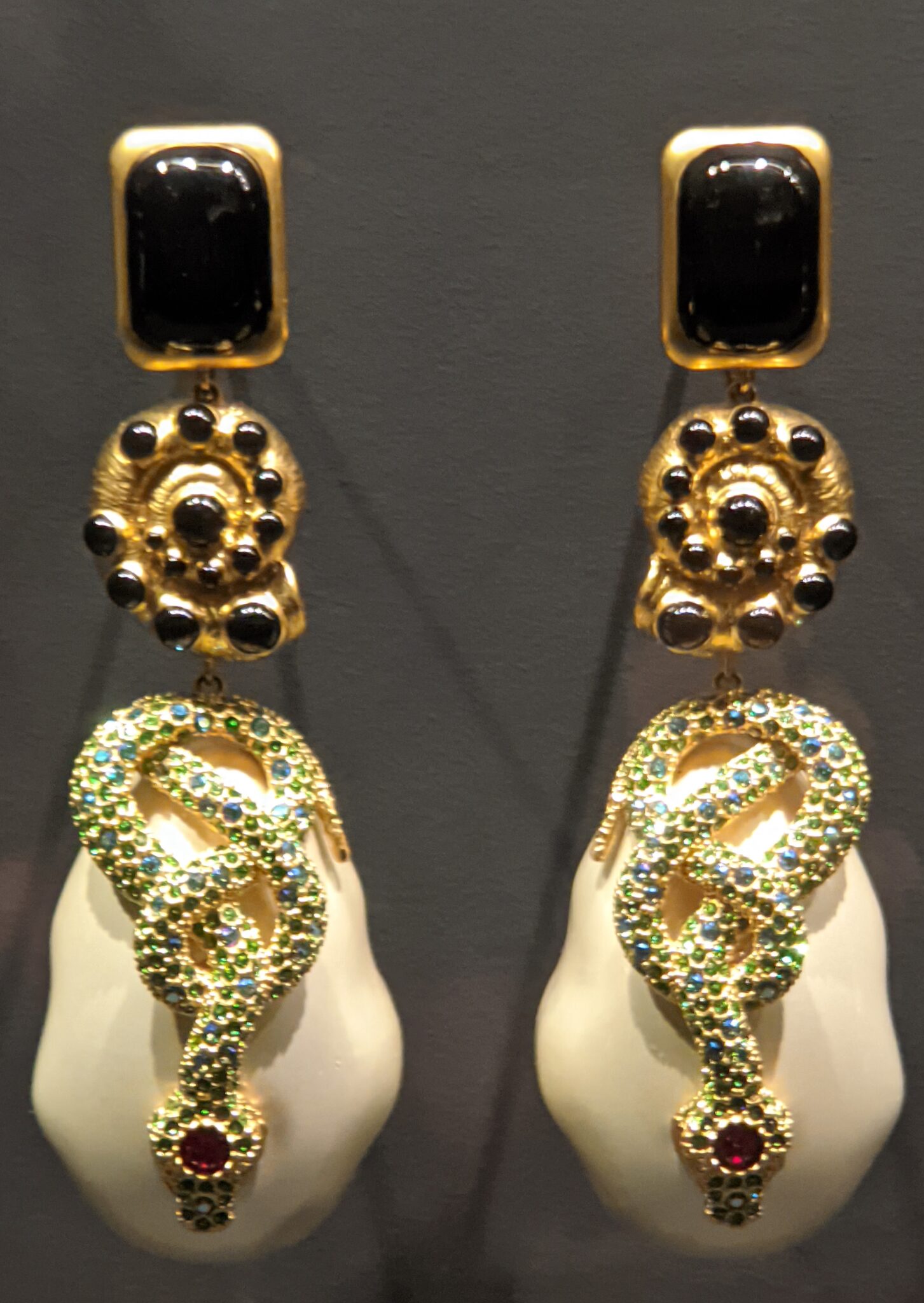
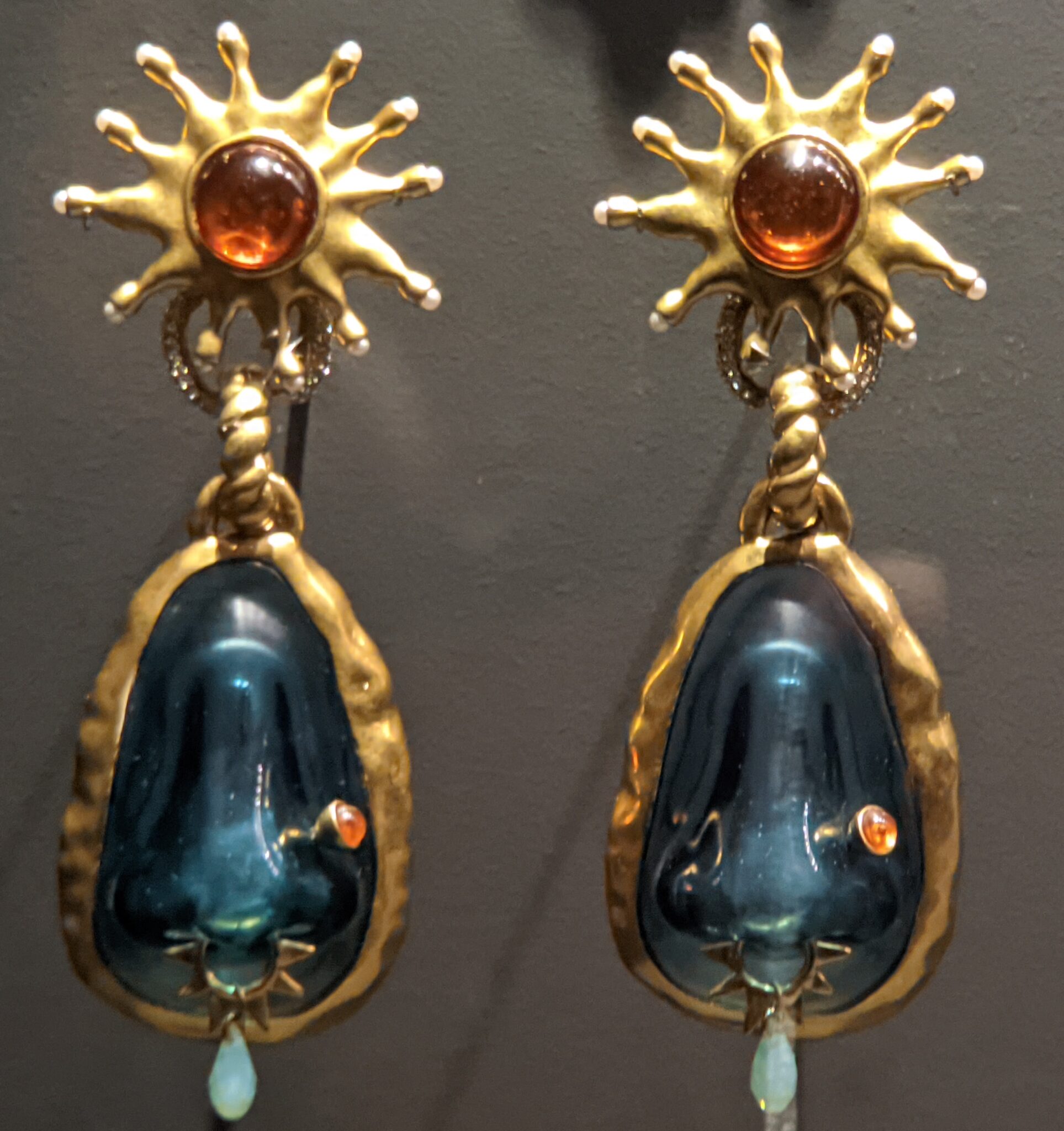
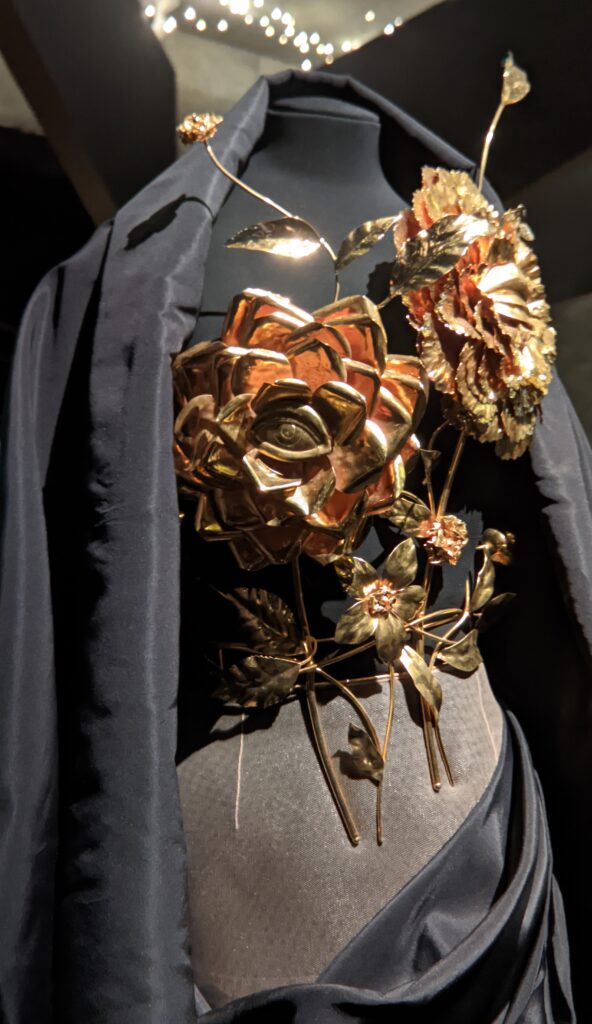
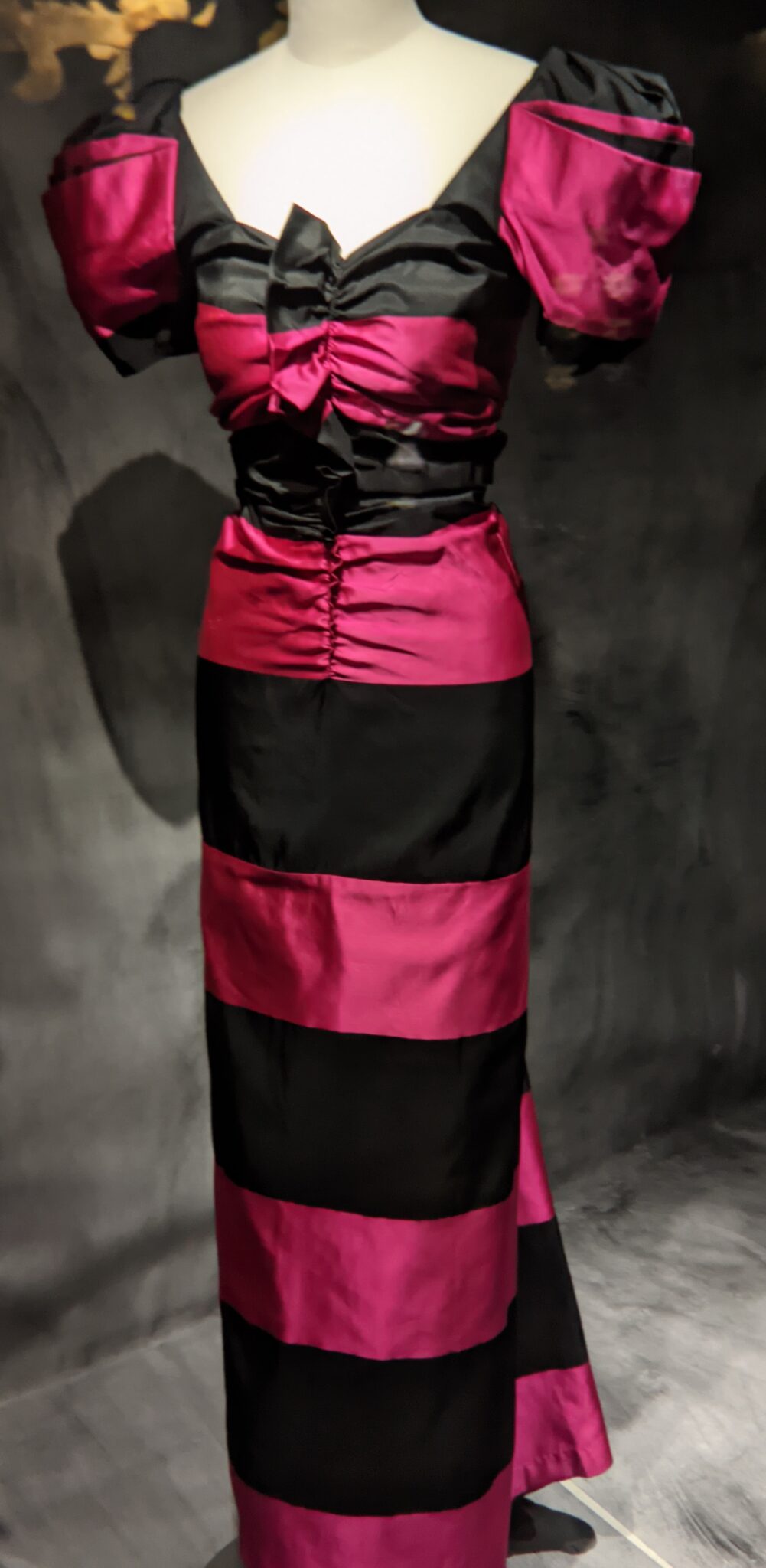
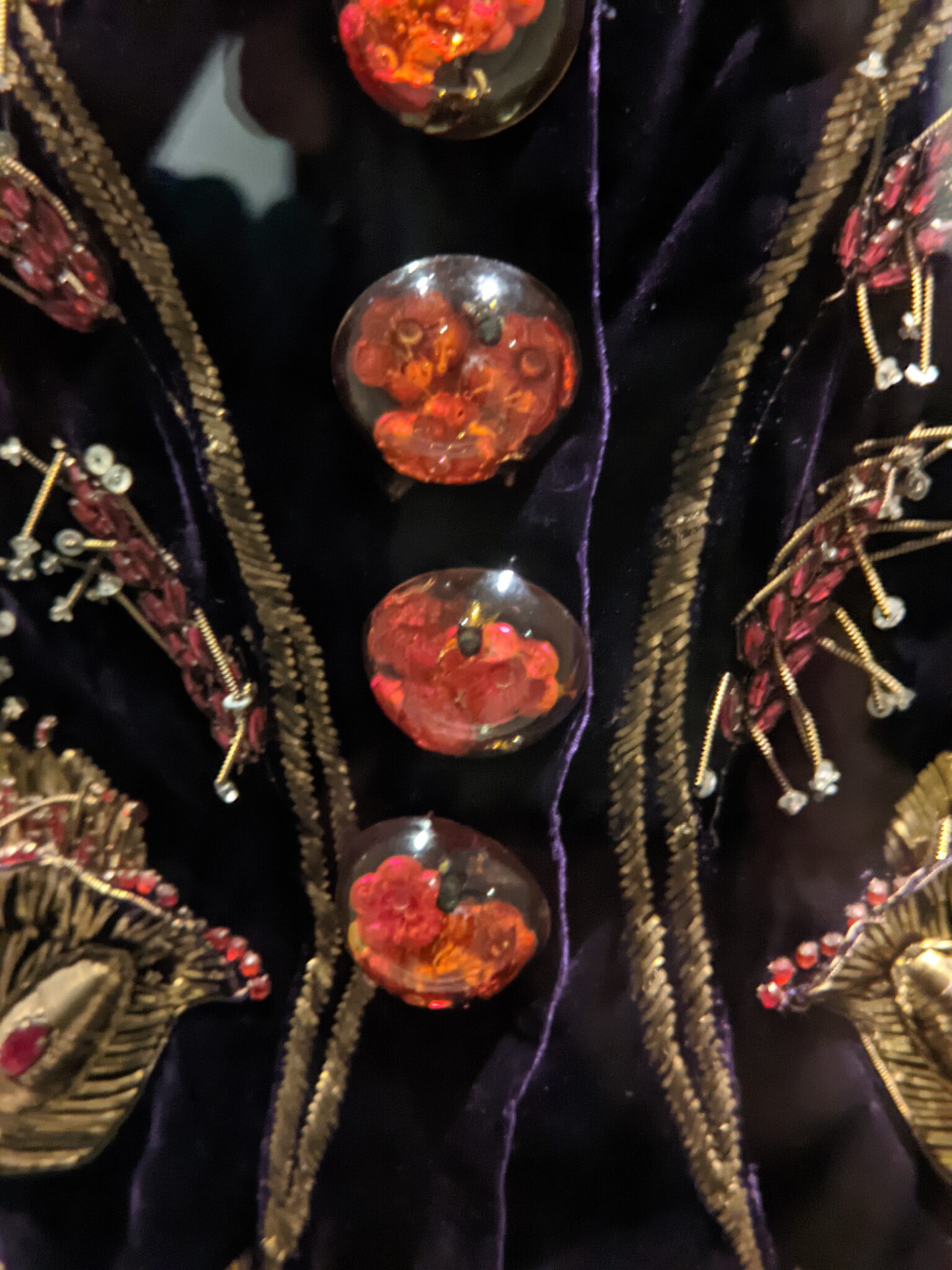
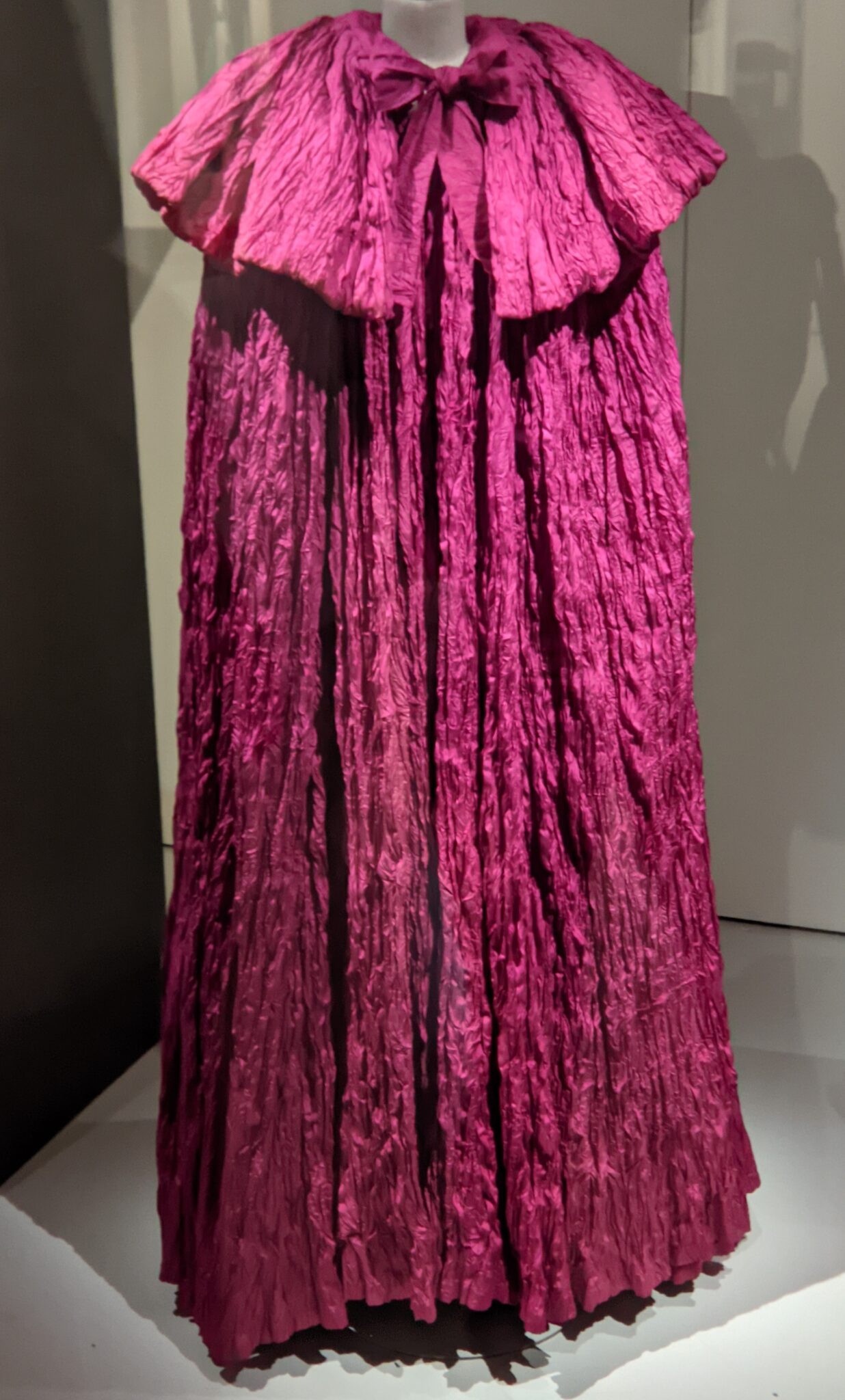
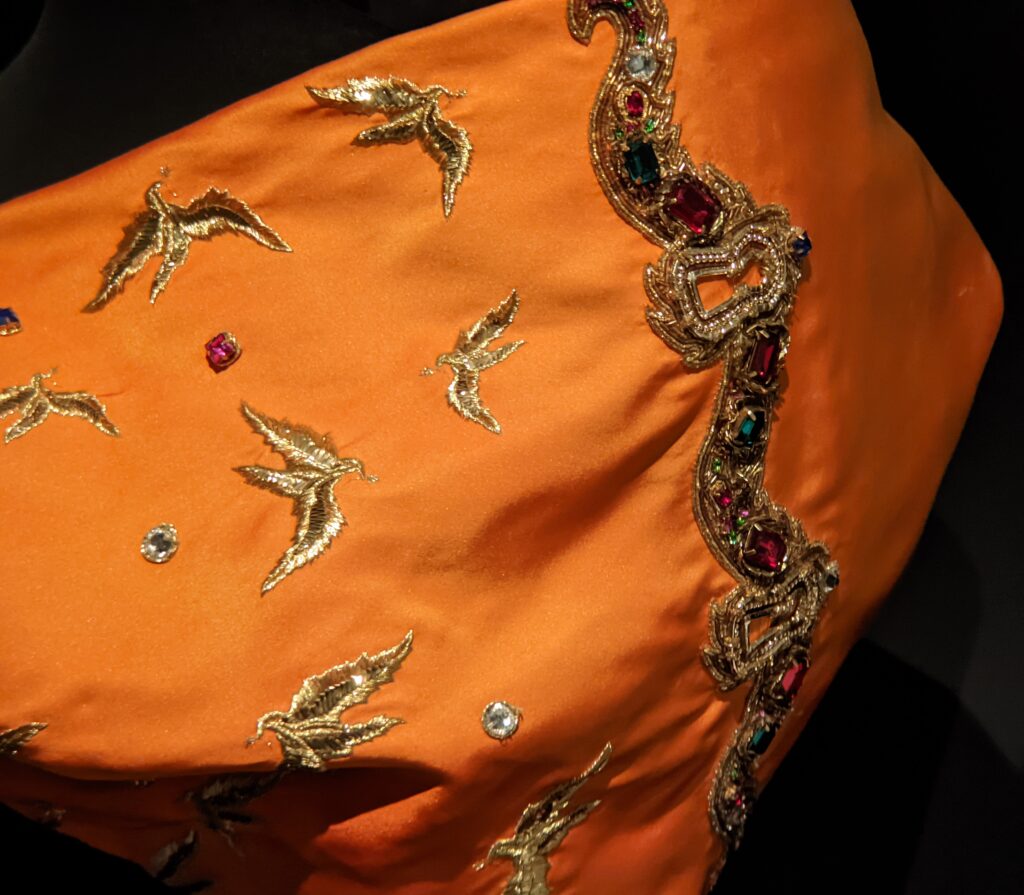
In addition to costumes created at Maison Schiaparelli during Elsa’s lifetime, this delightful show examines the legacy of the Schiaparelli style as interpreted by Galliano, Lacroix, and Saint Laurent, among other fashion greats. Daniel Roseberry, artistic director of the House of Schiaparelli since 2019, boldly interprets the heritage of Elsa Schiaparelli with his own designs (see image below).
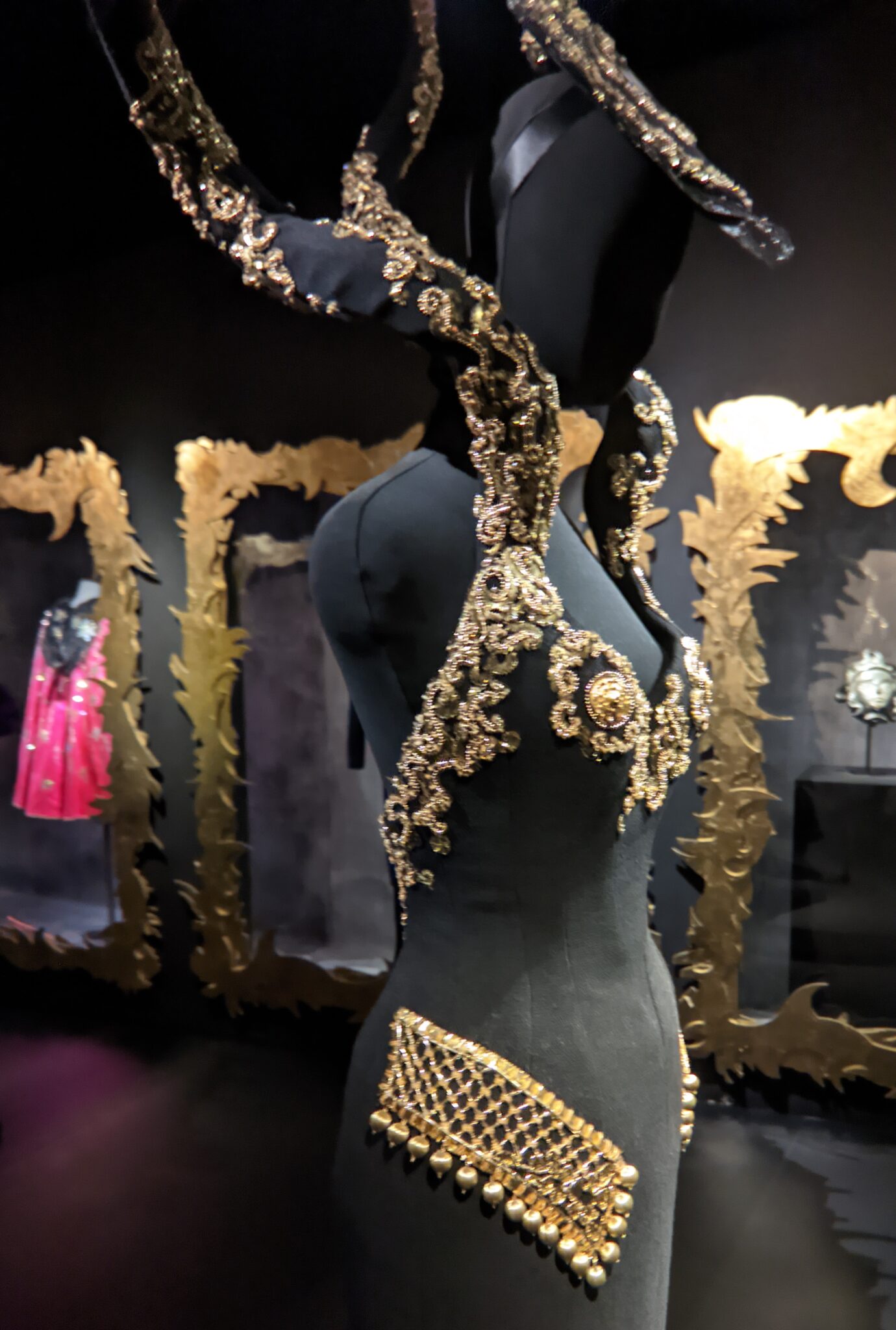
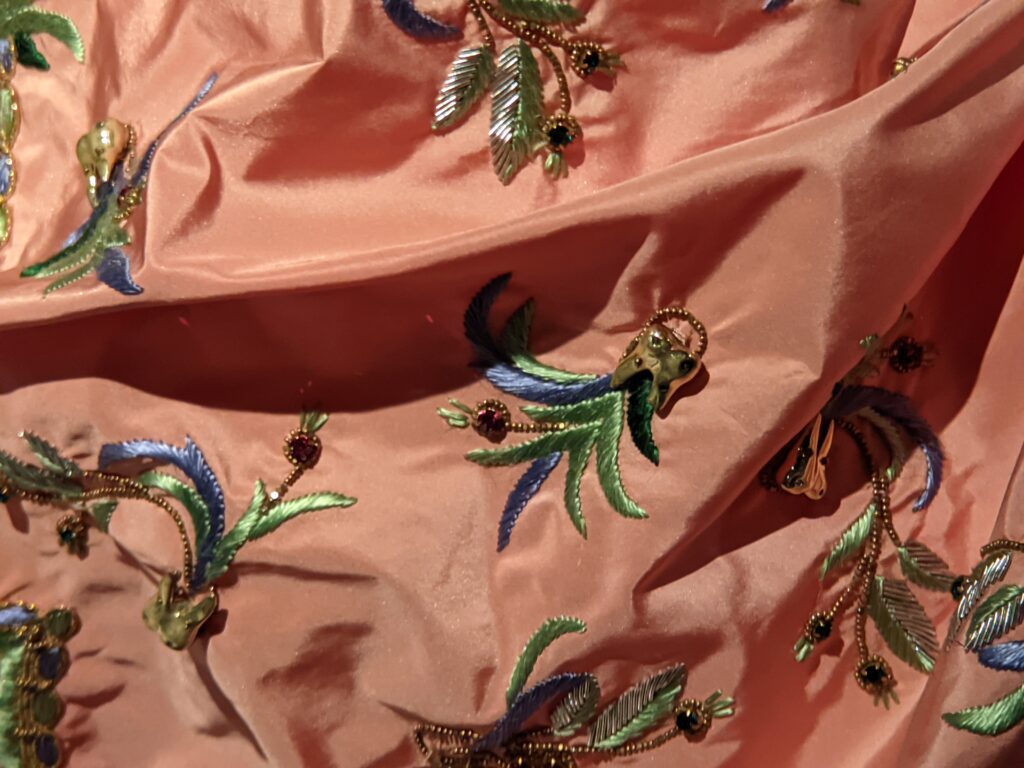
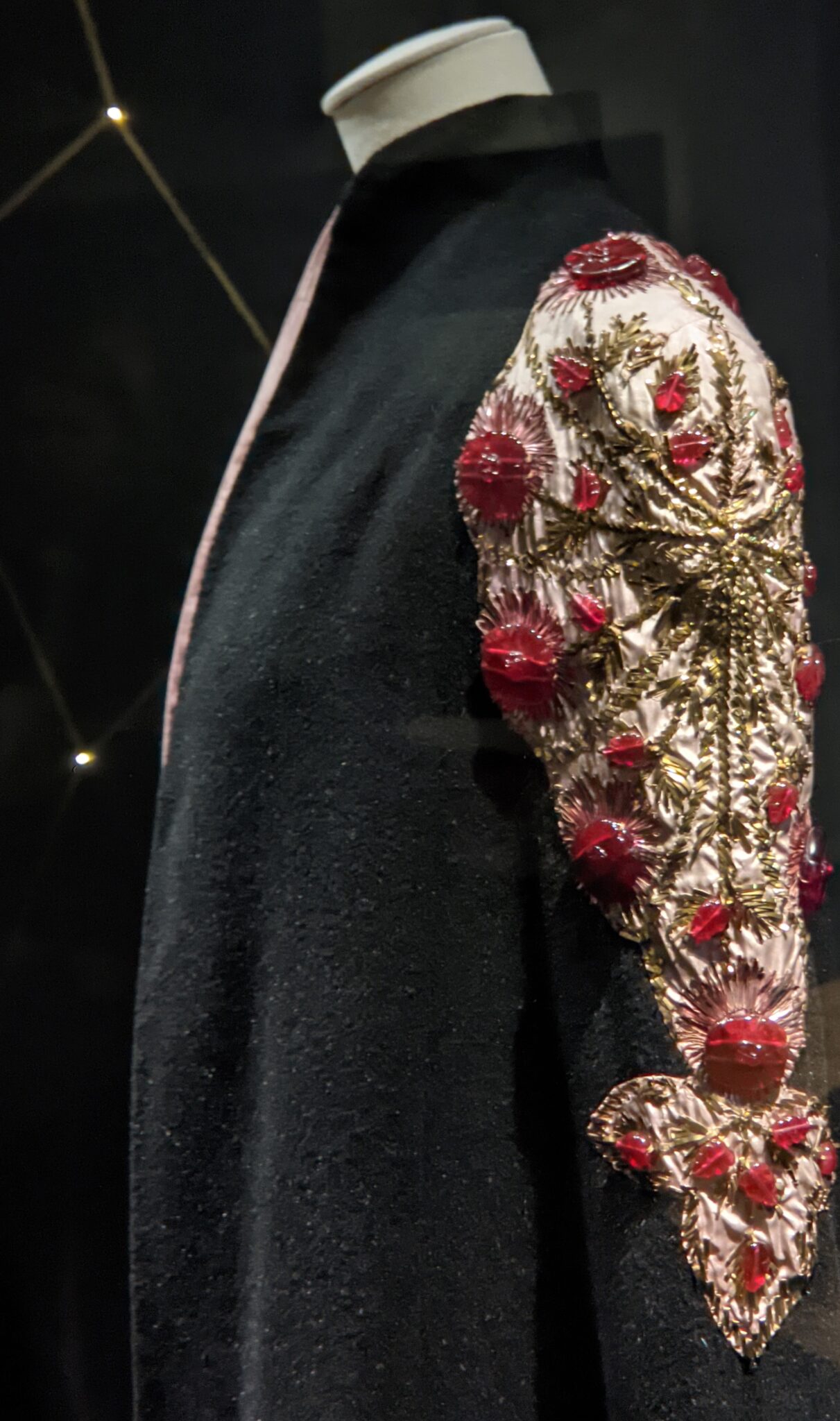
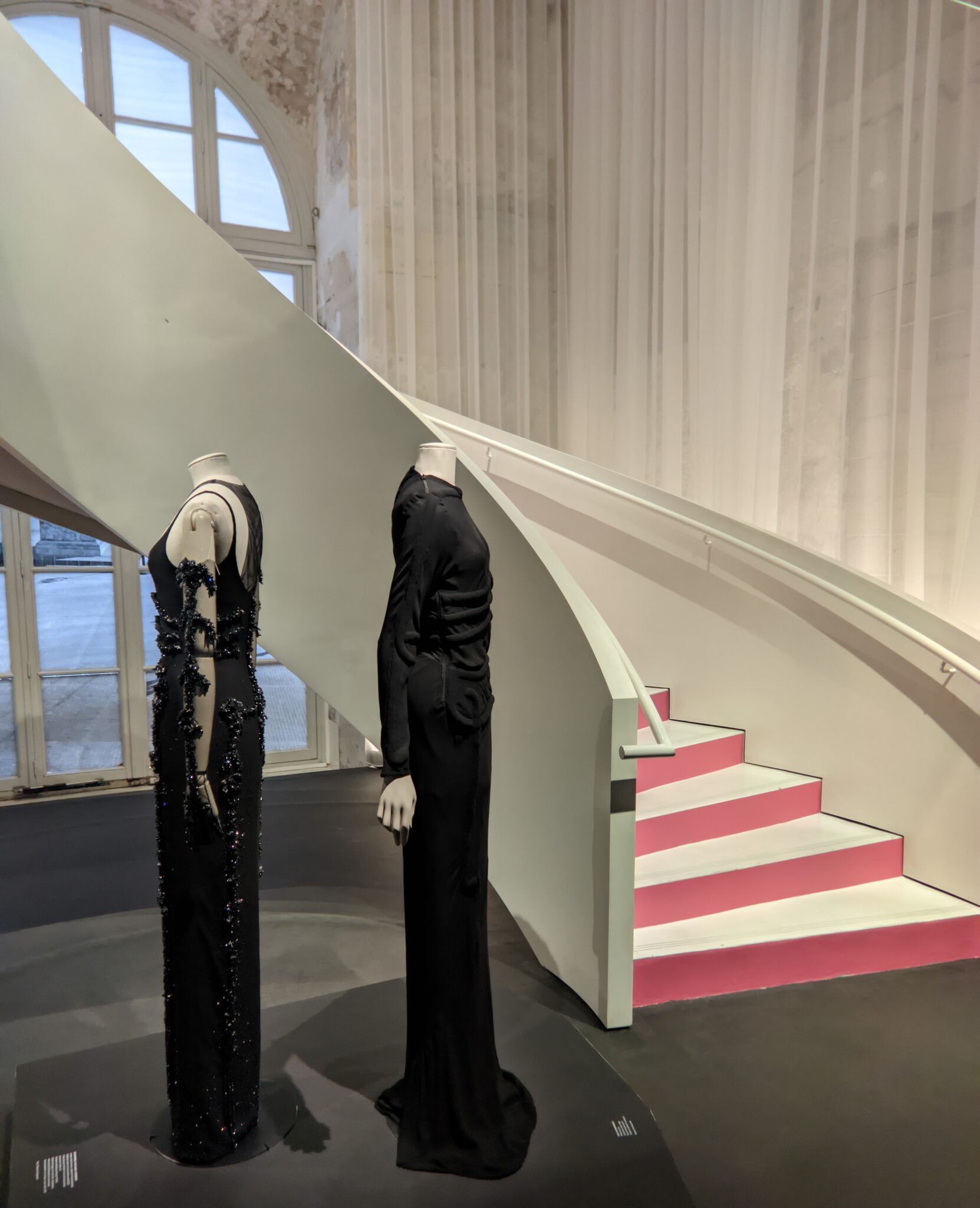
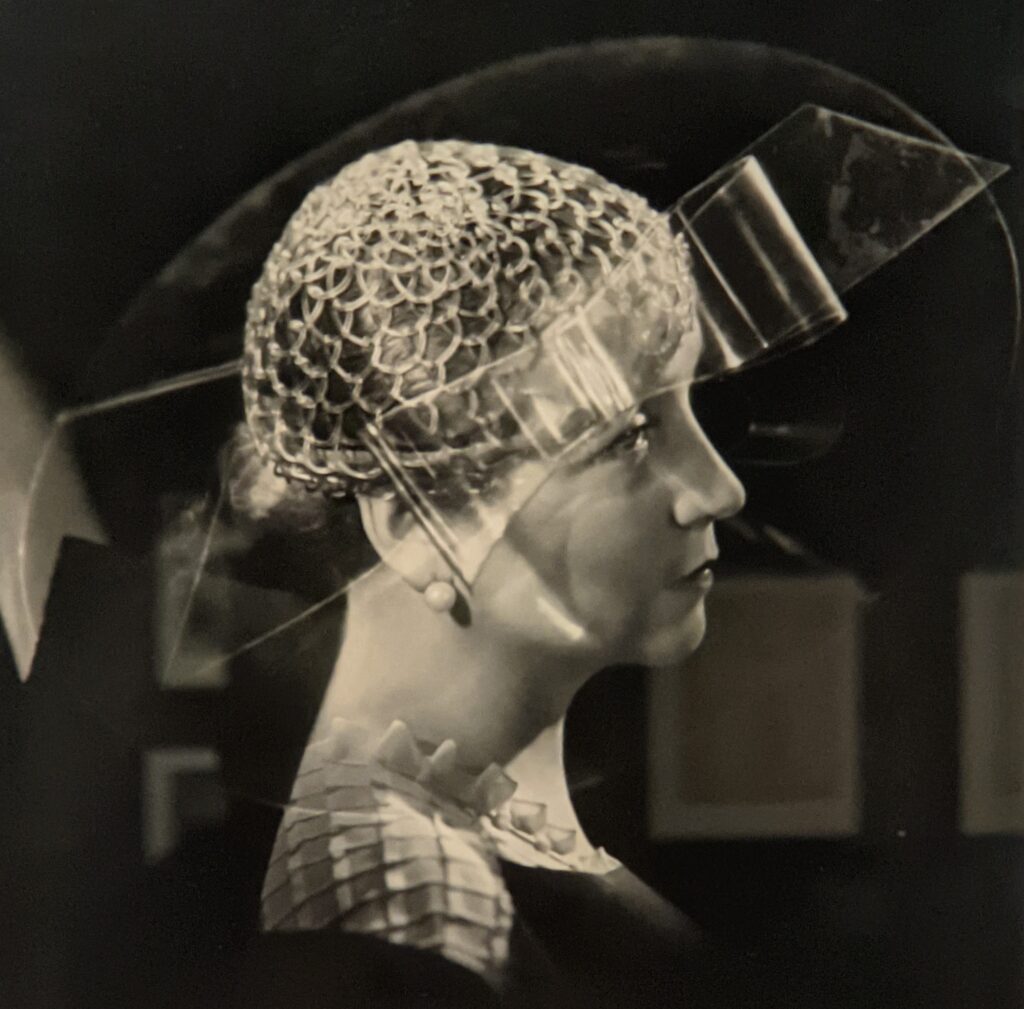
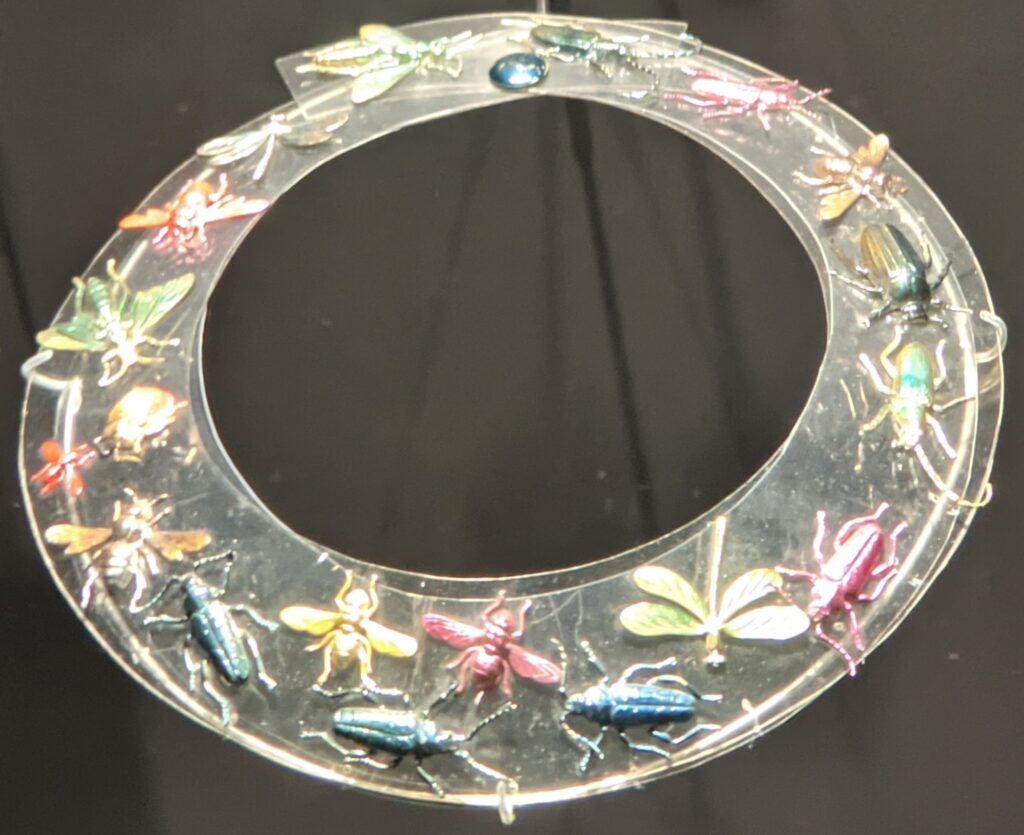
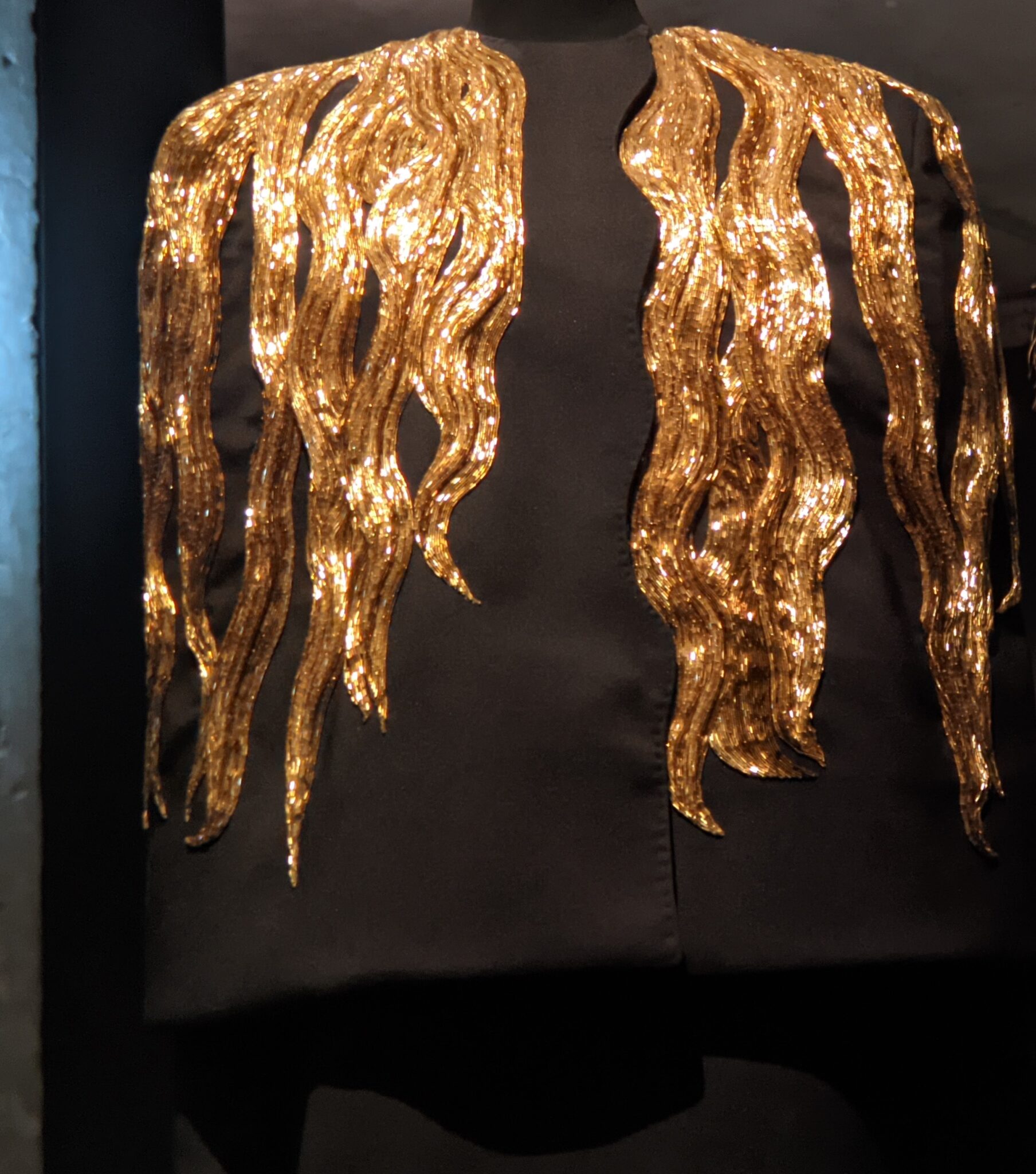
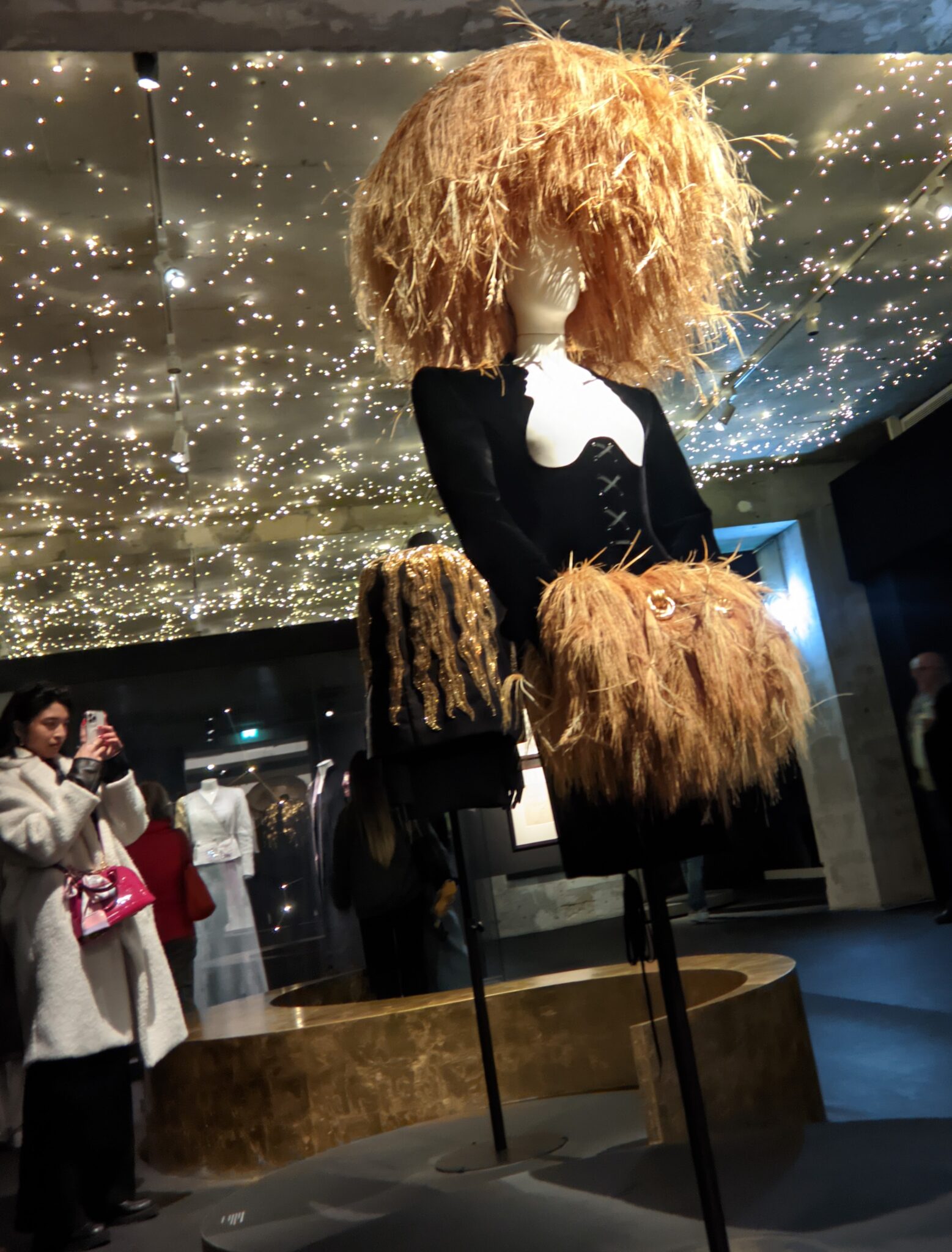
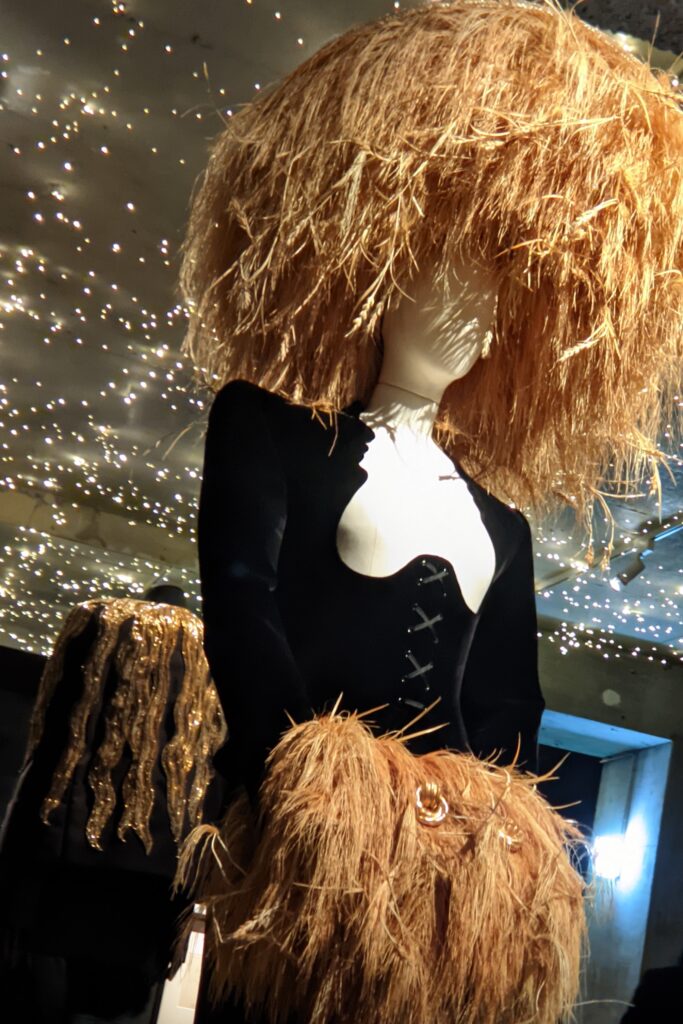
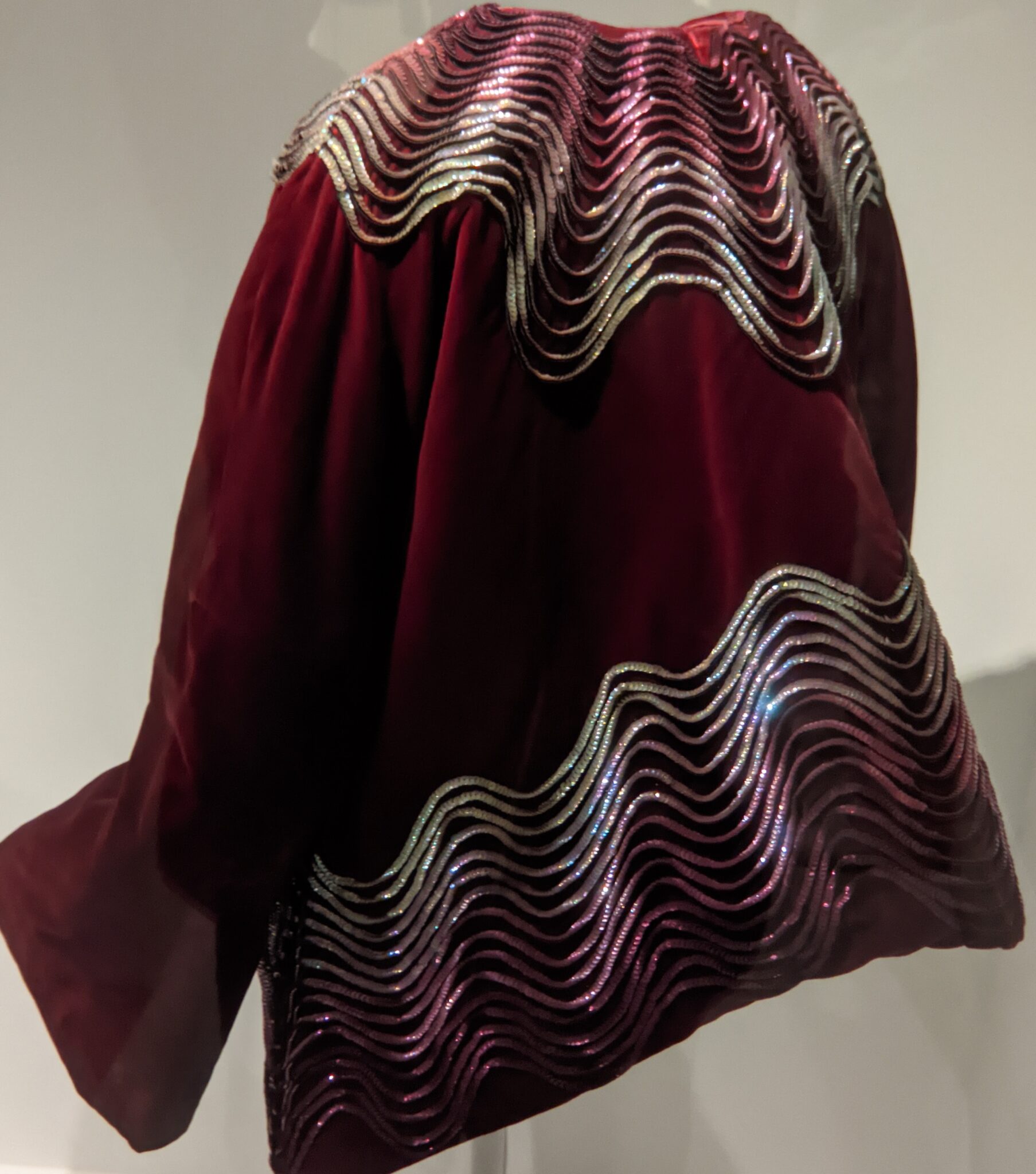
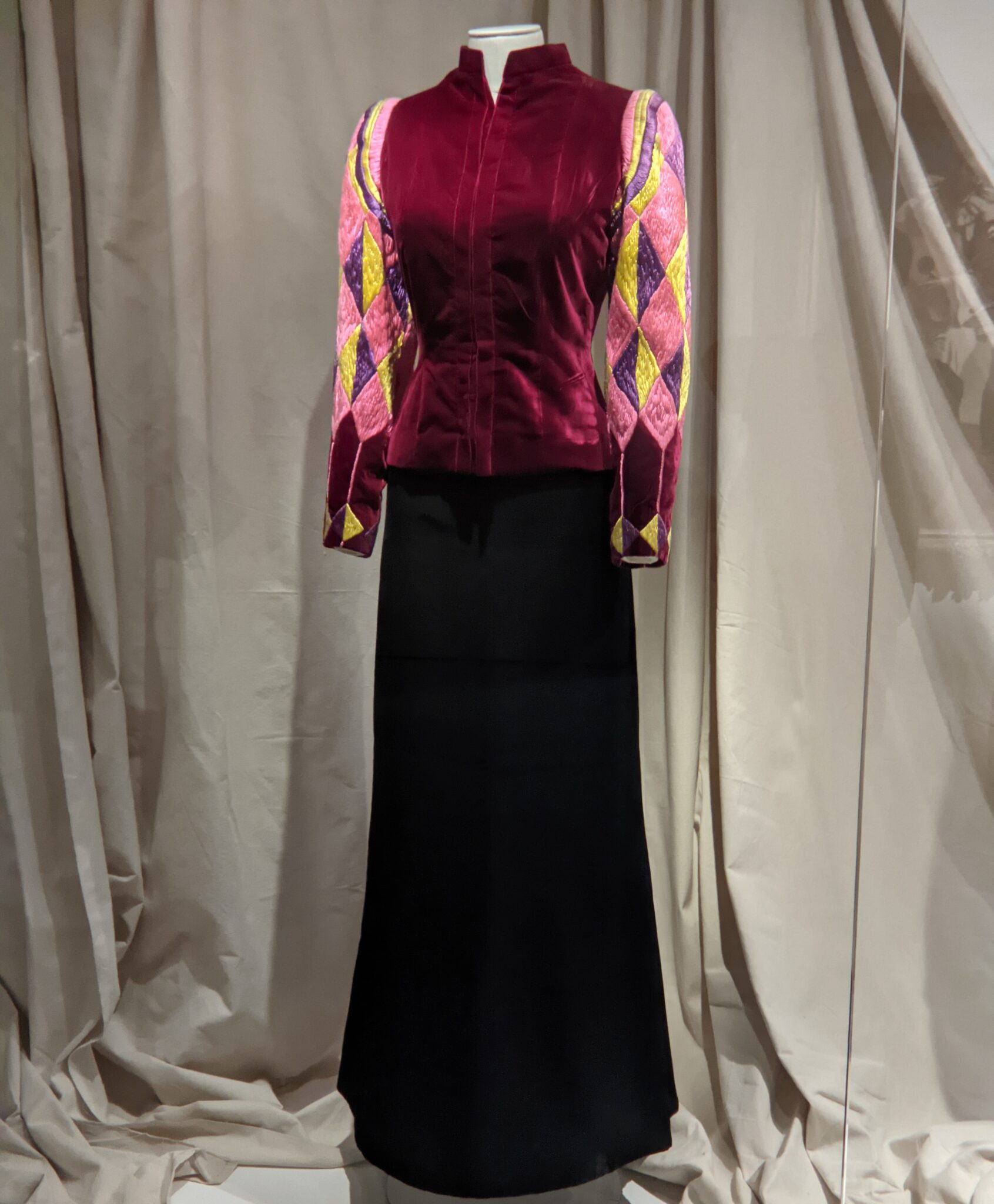
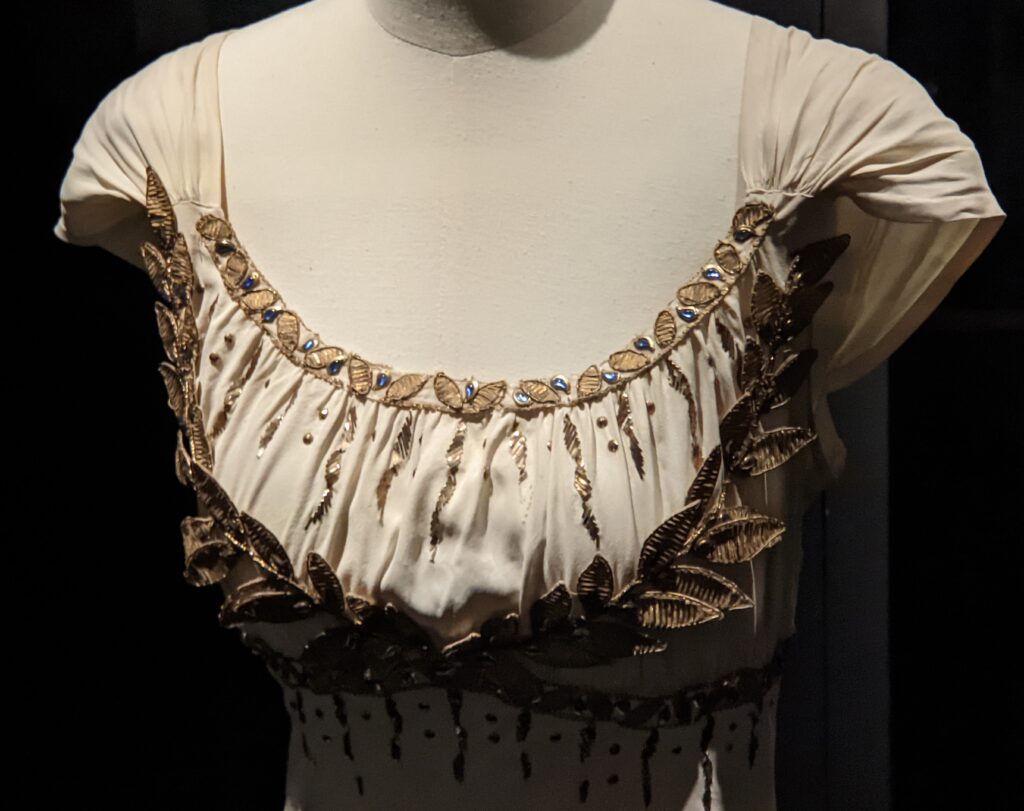
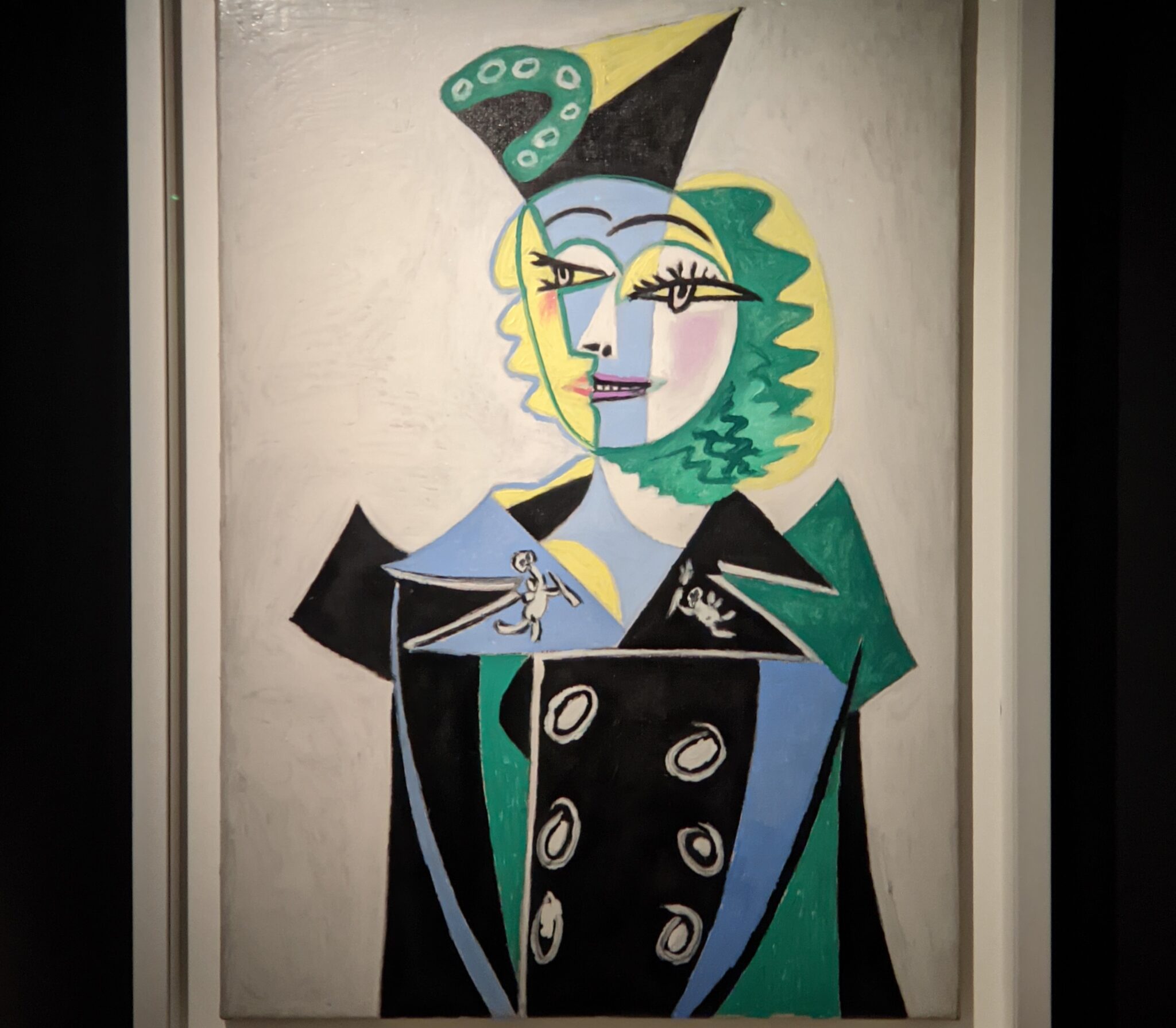
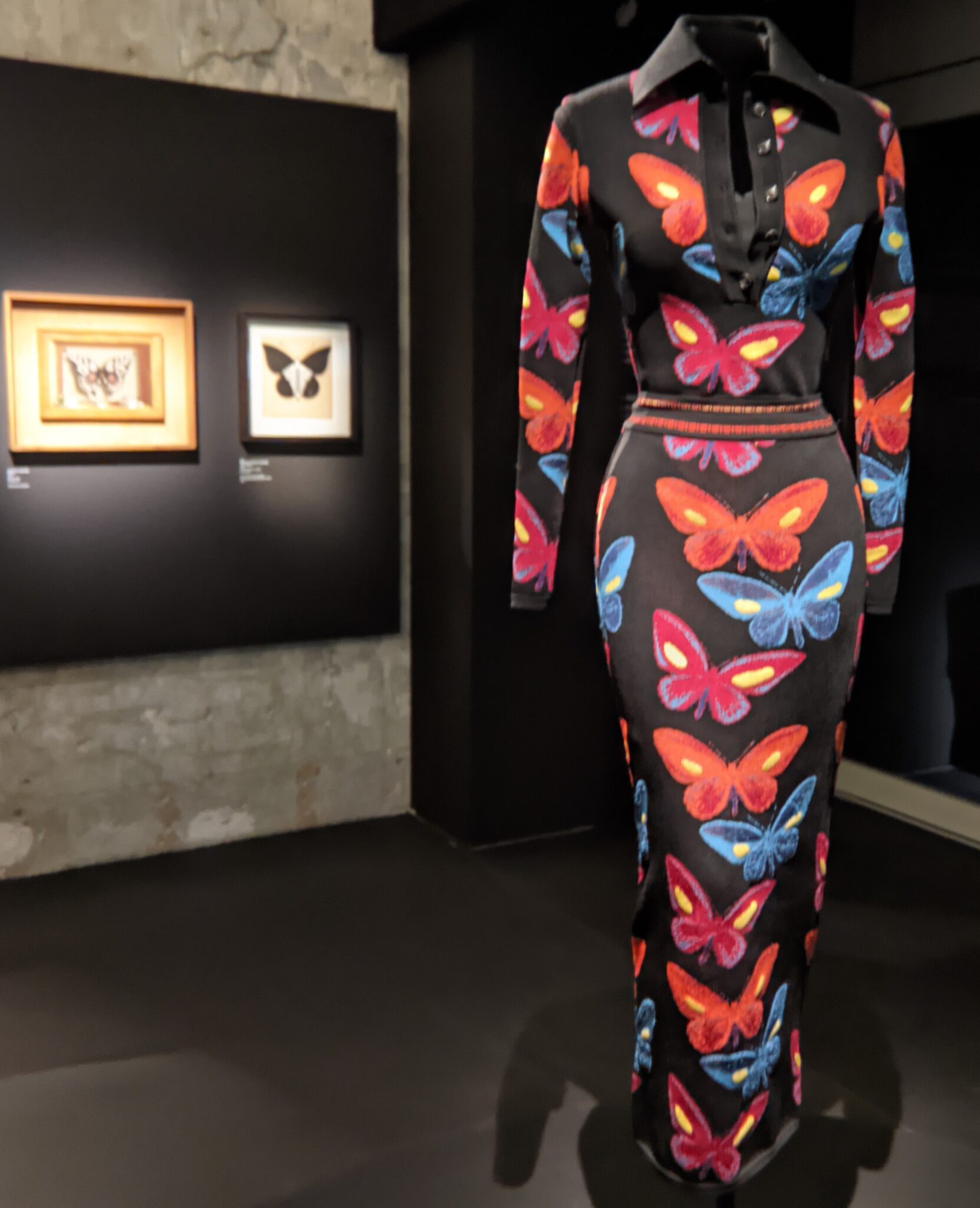
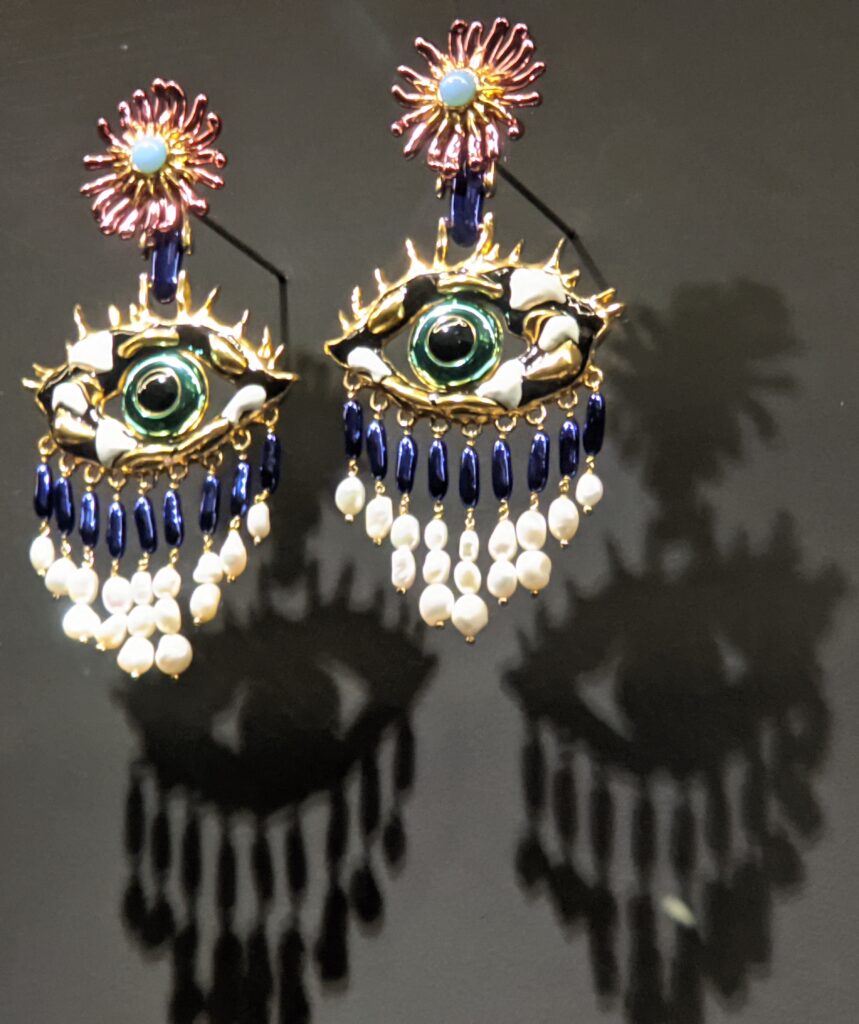
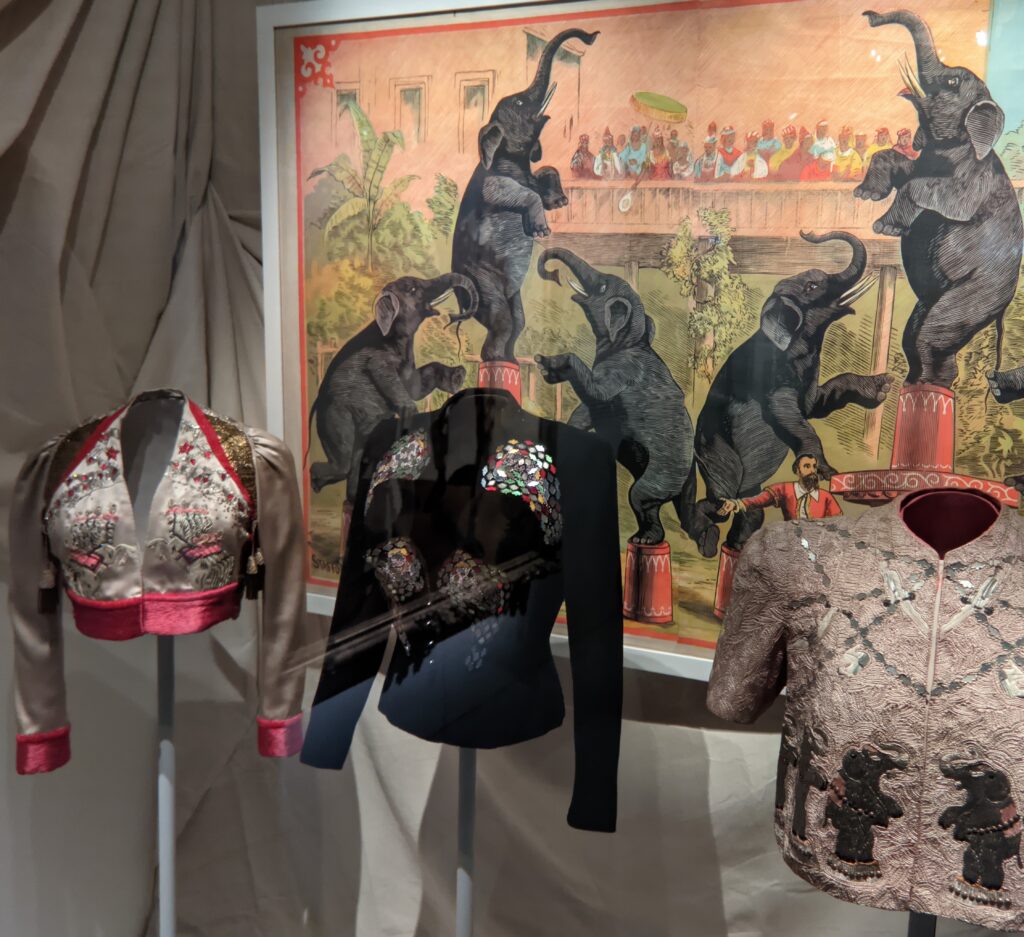
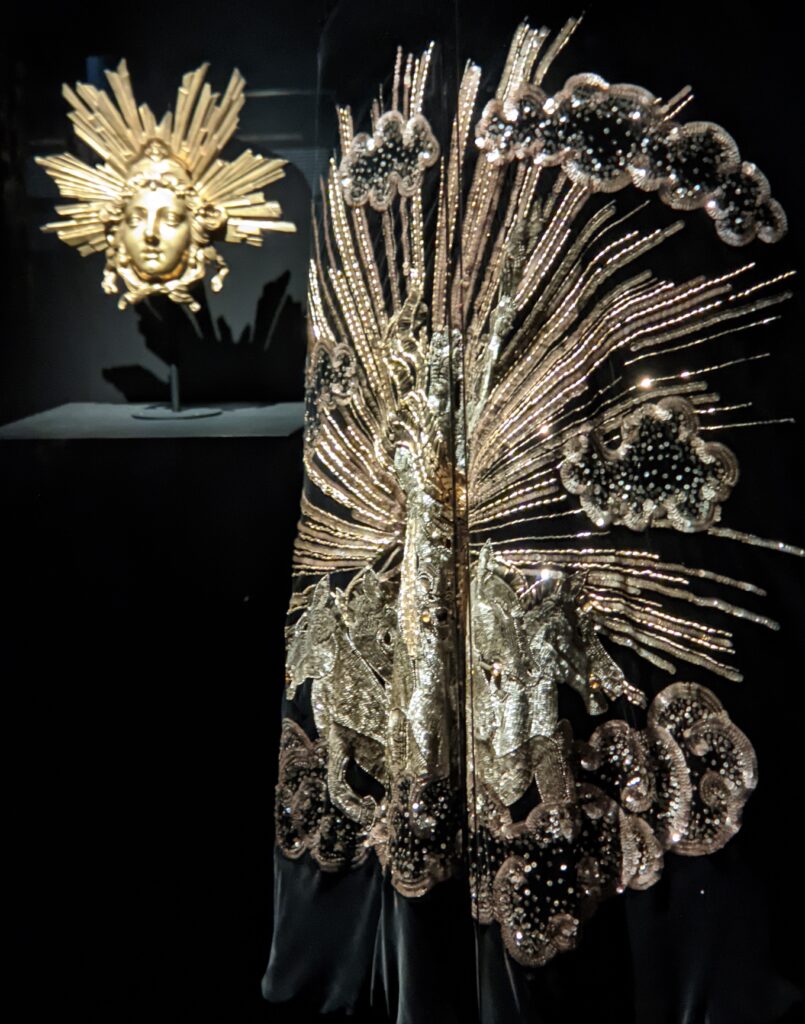
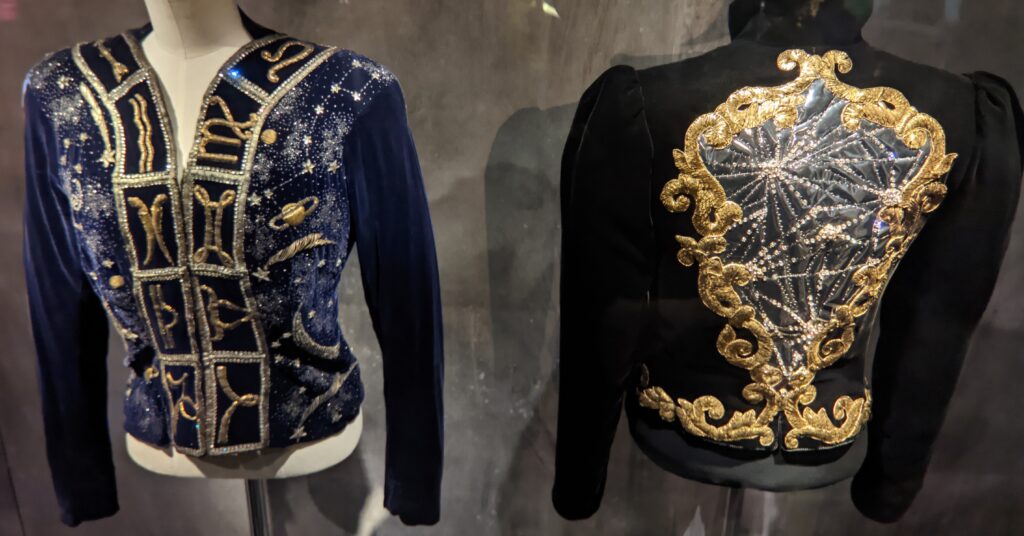
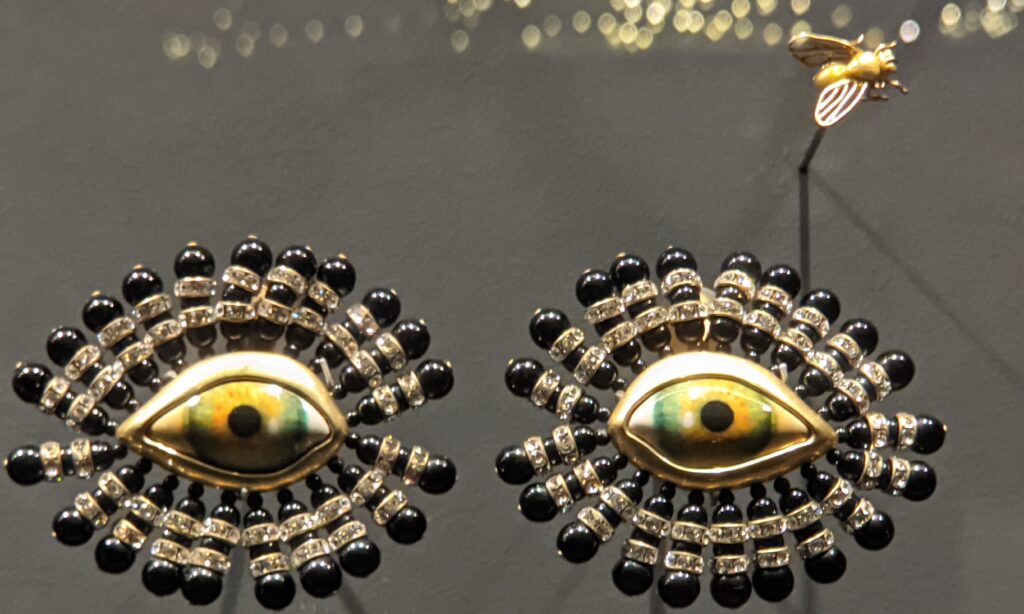
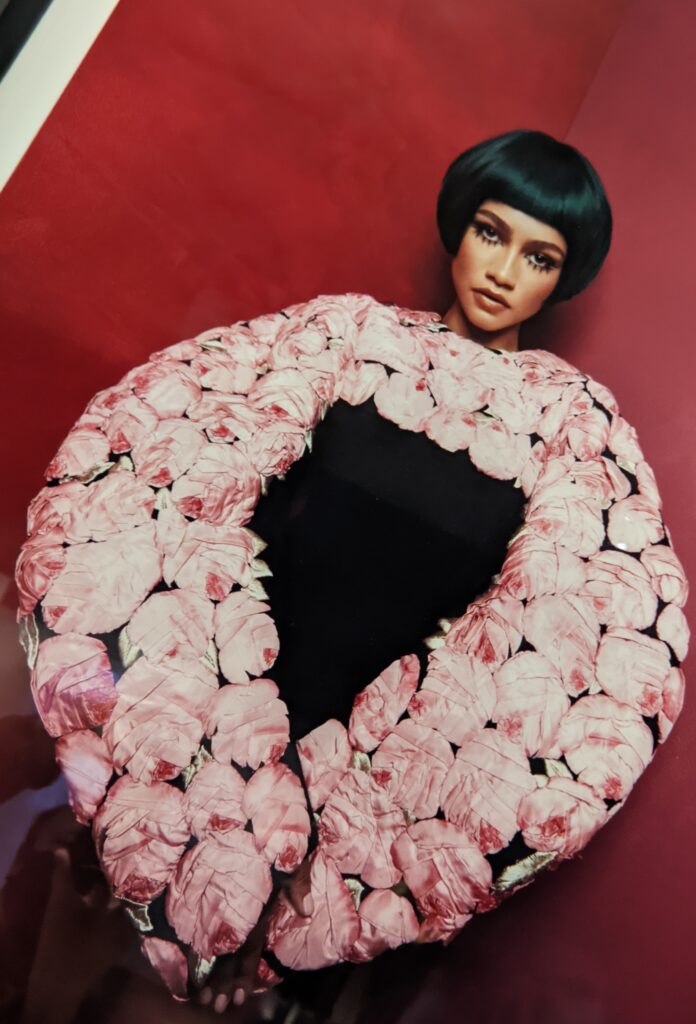
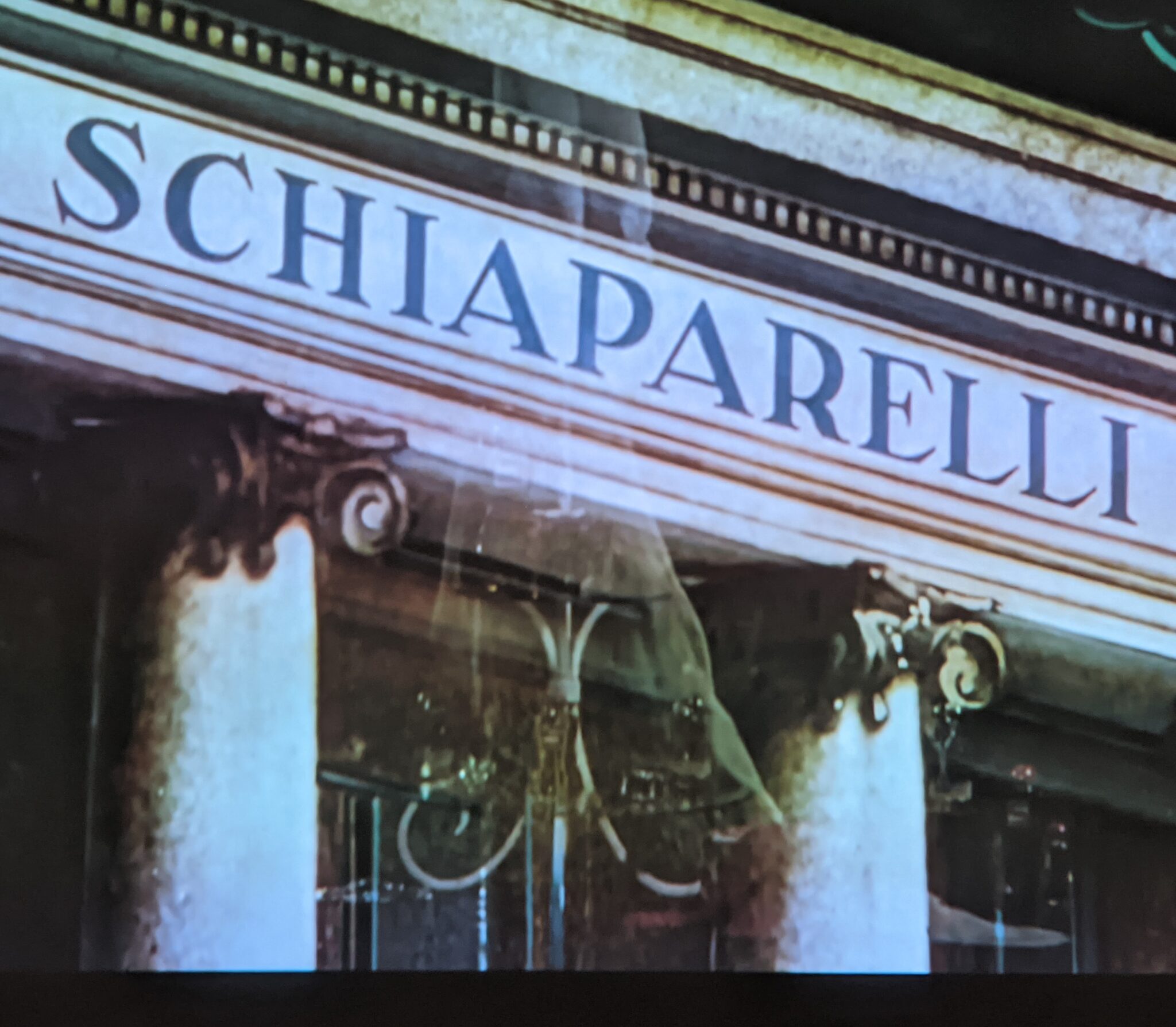
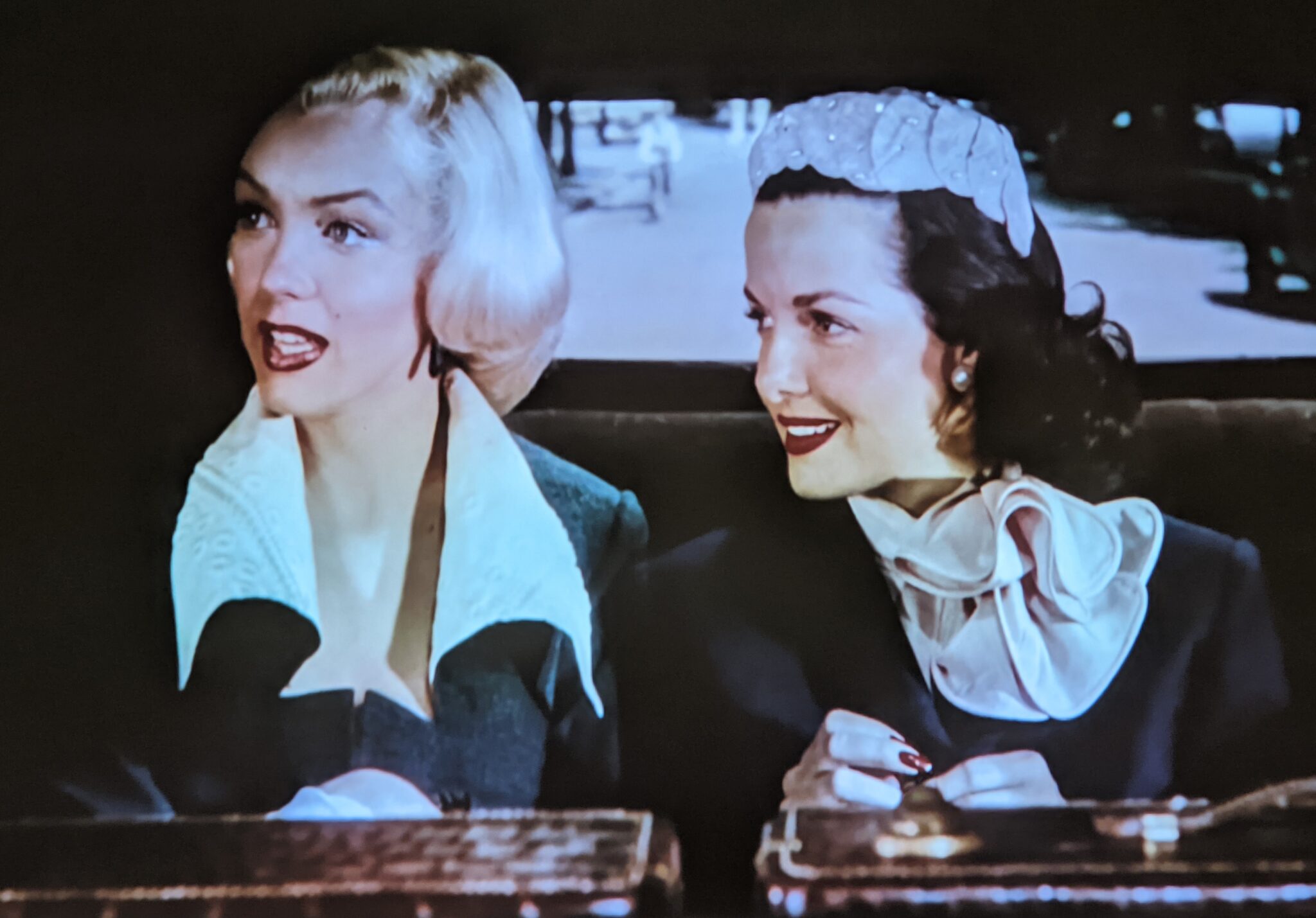
Permanent Collection of the Musée des Arts décoratifs
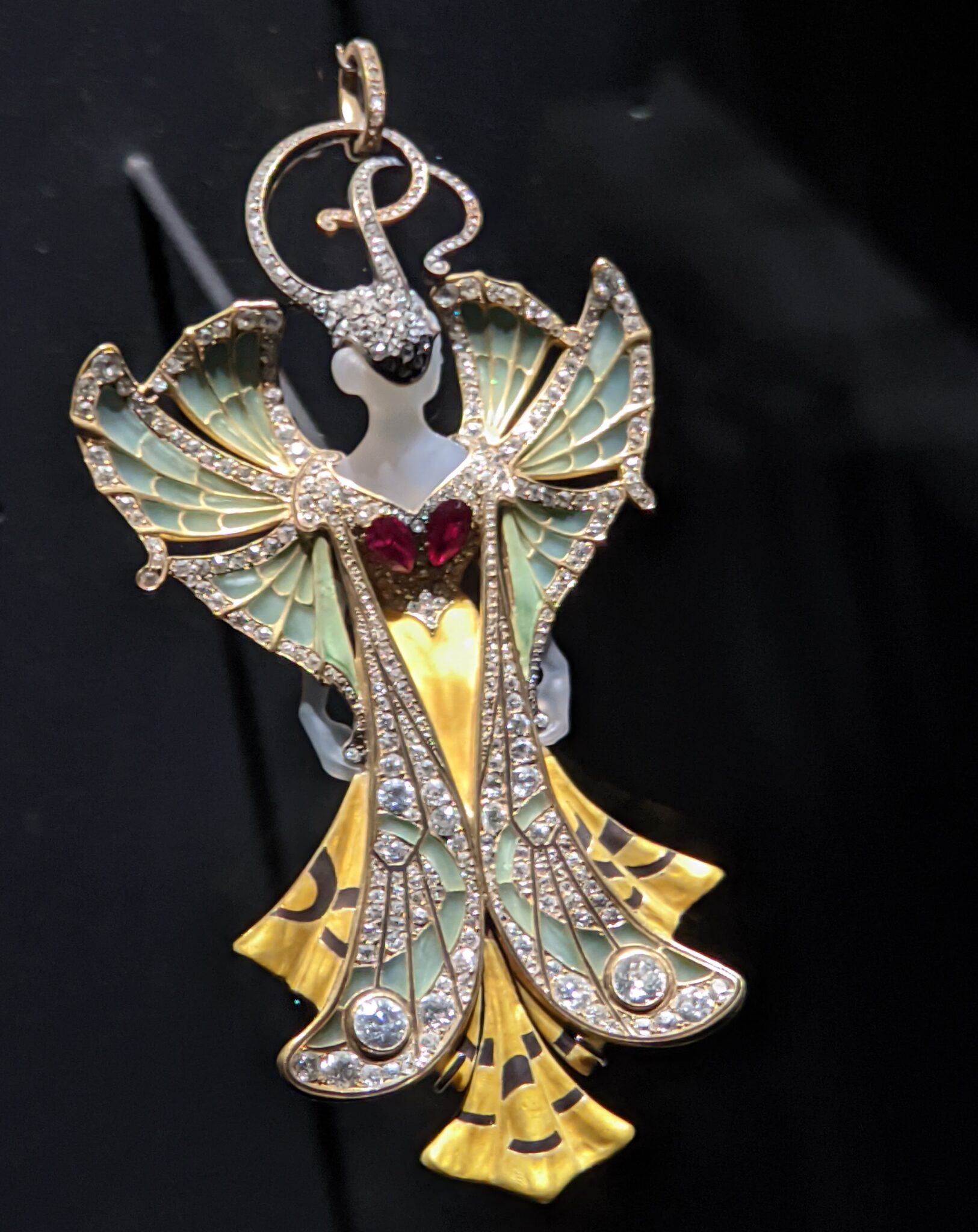
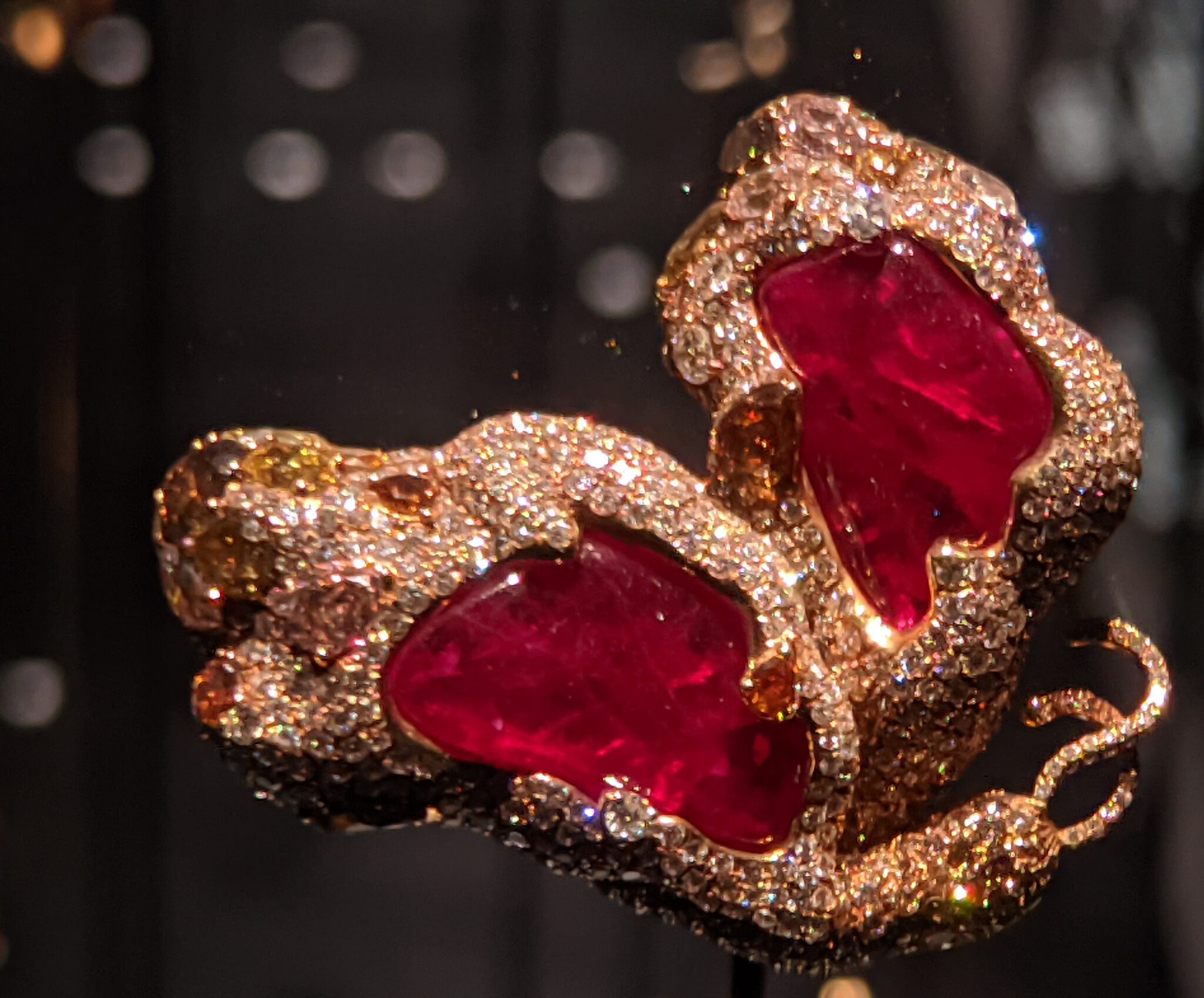
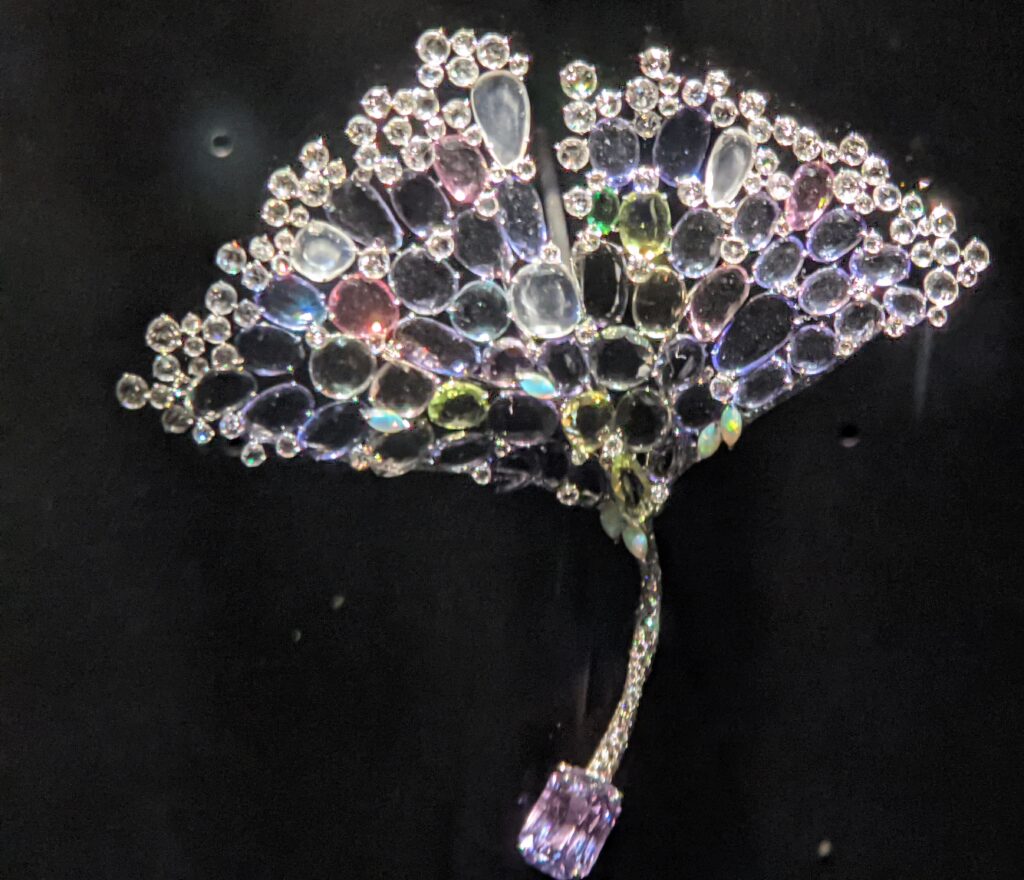


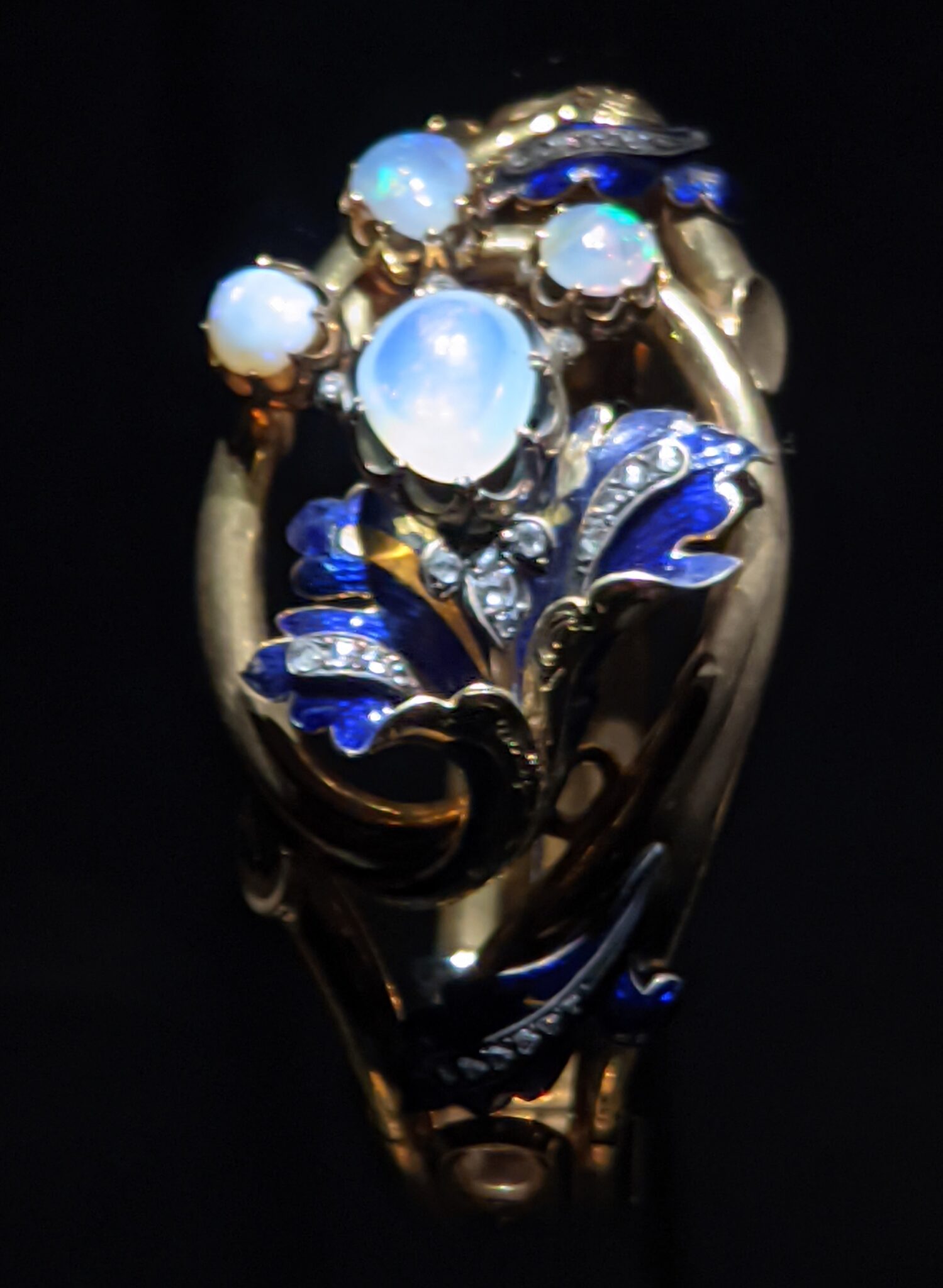
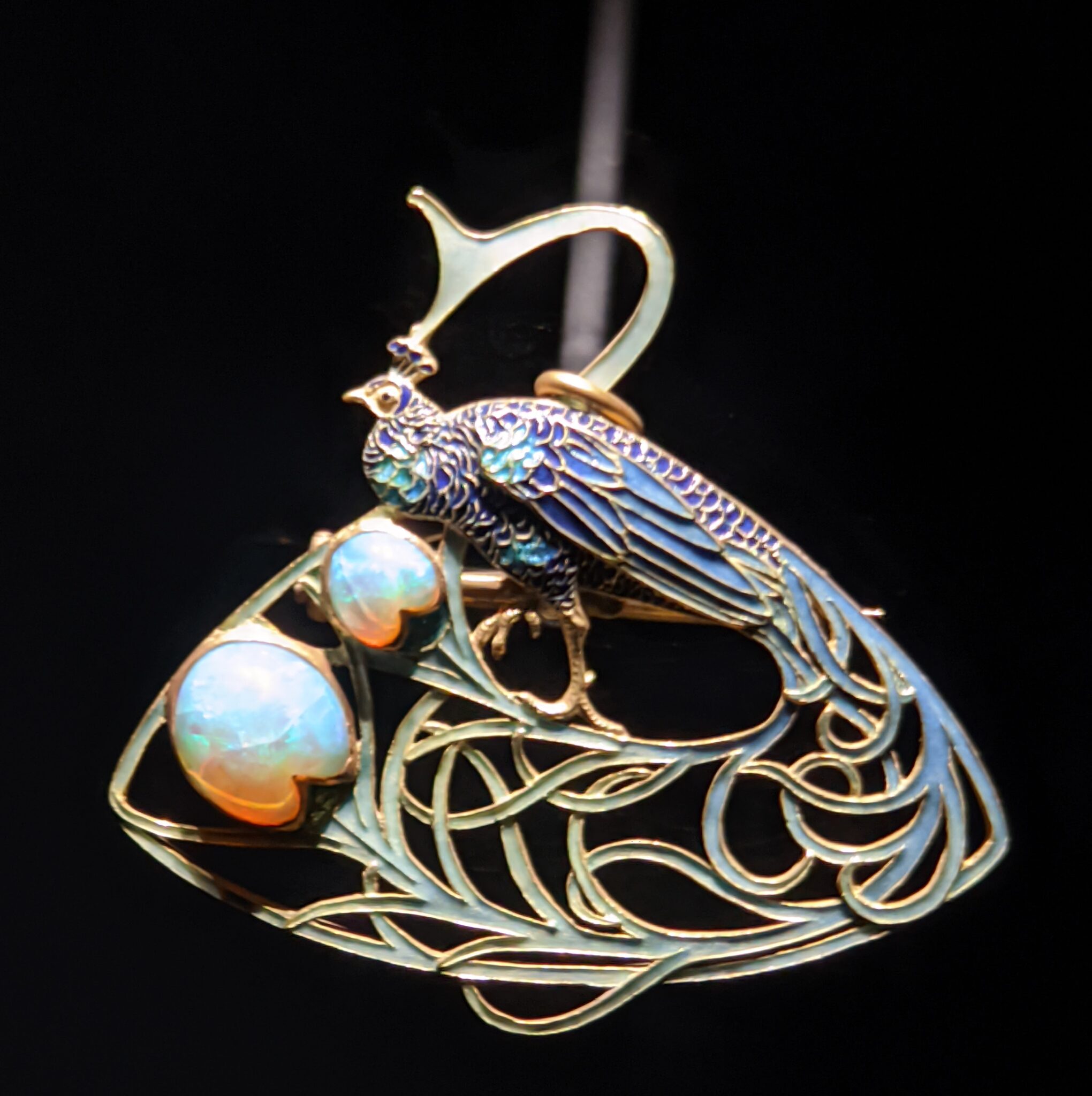
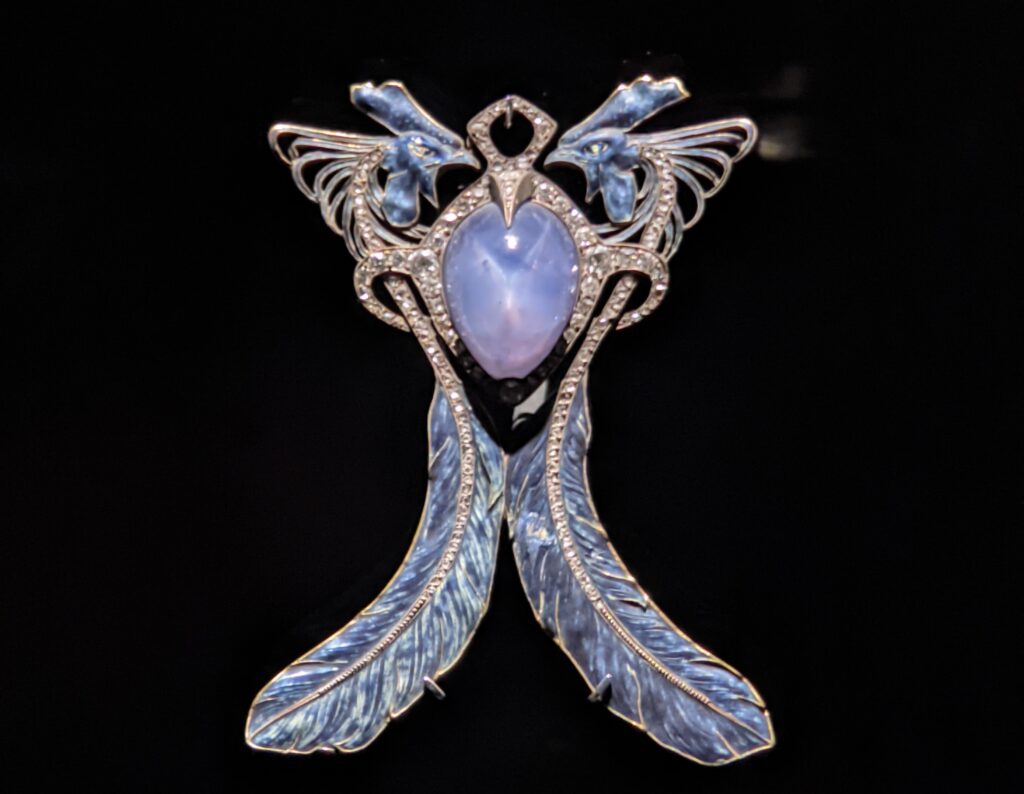
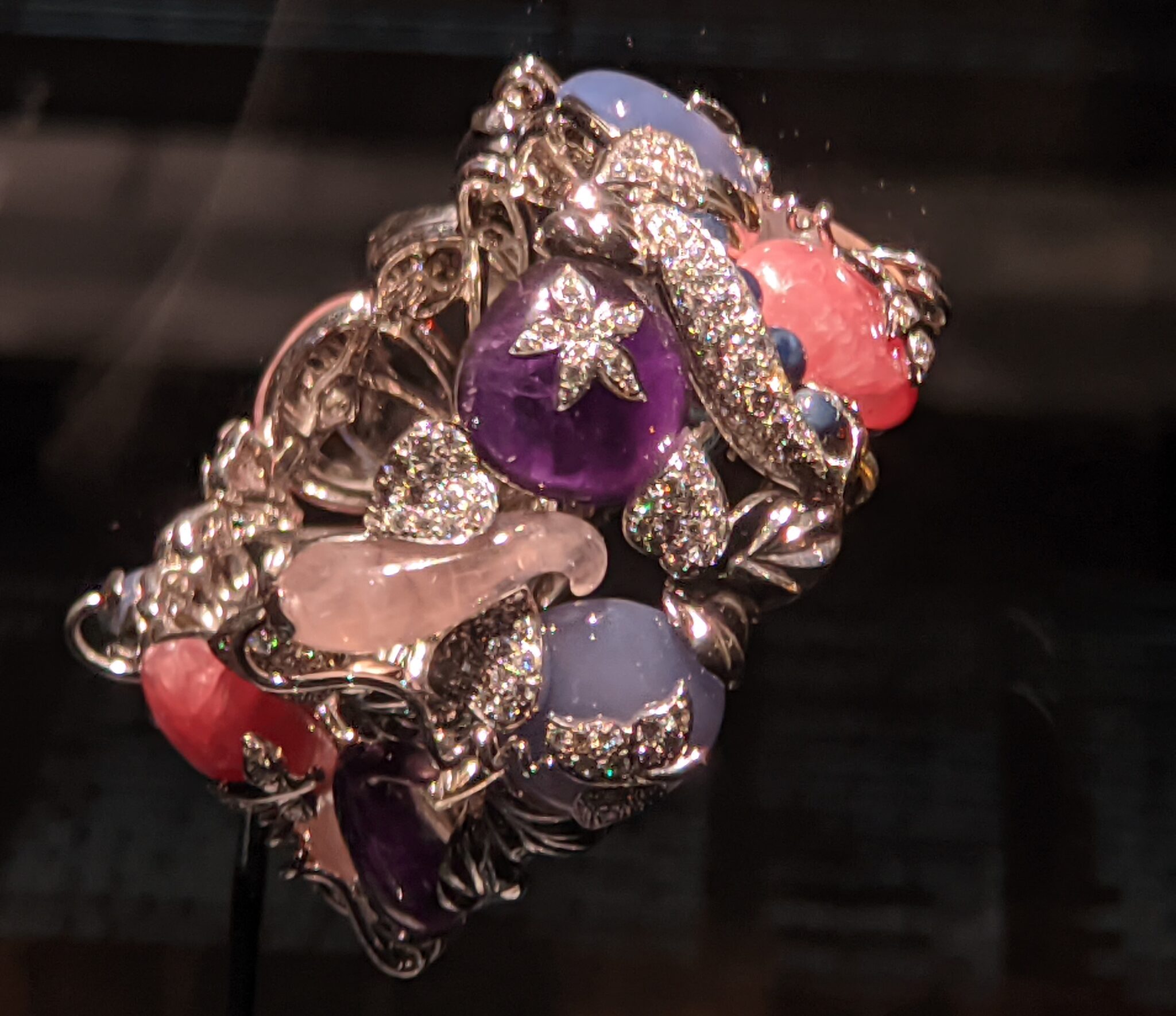
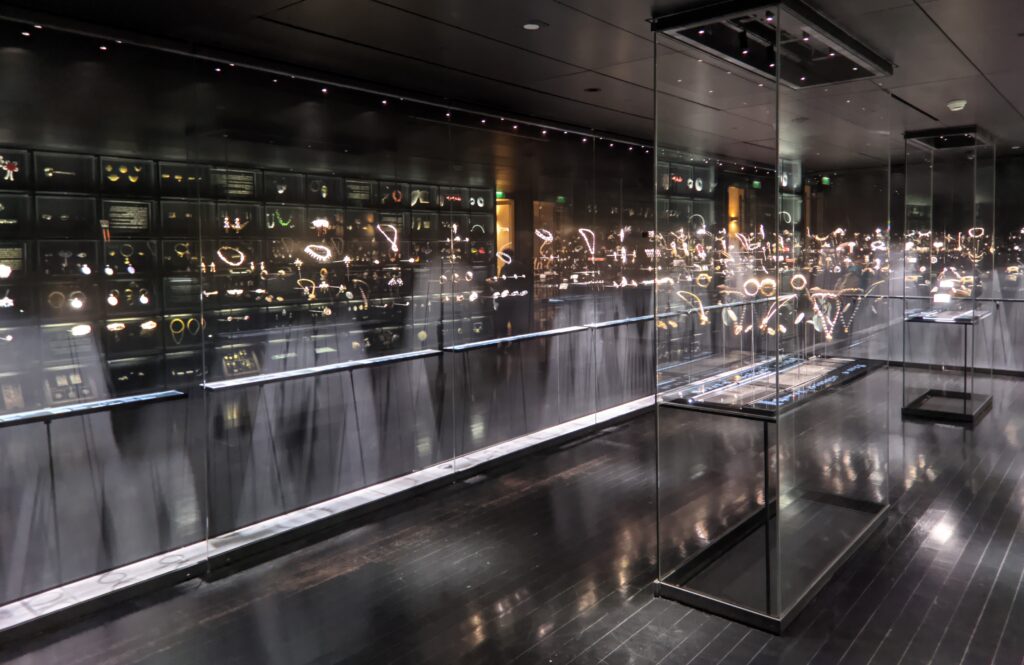
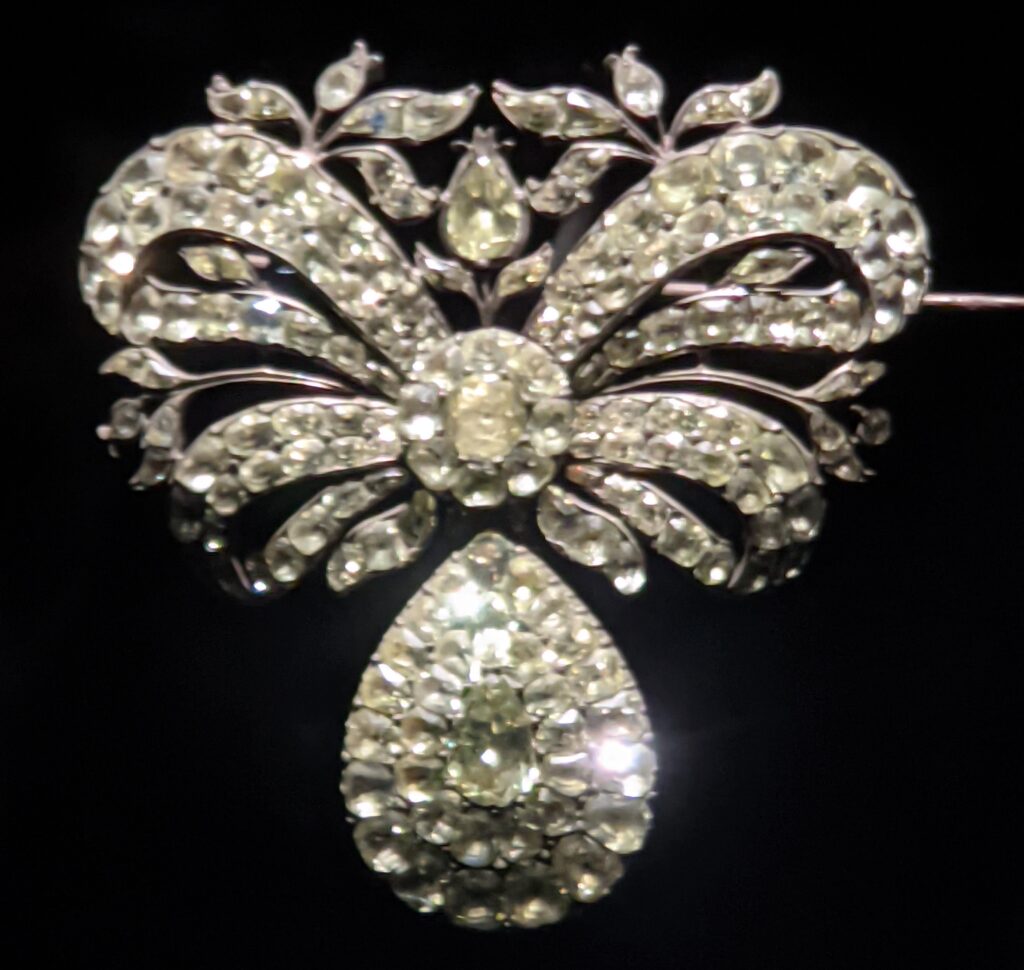
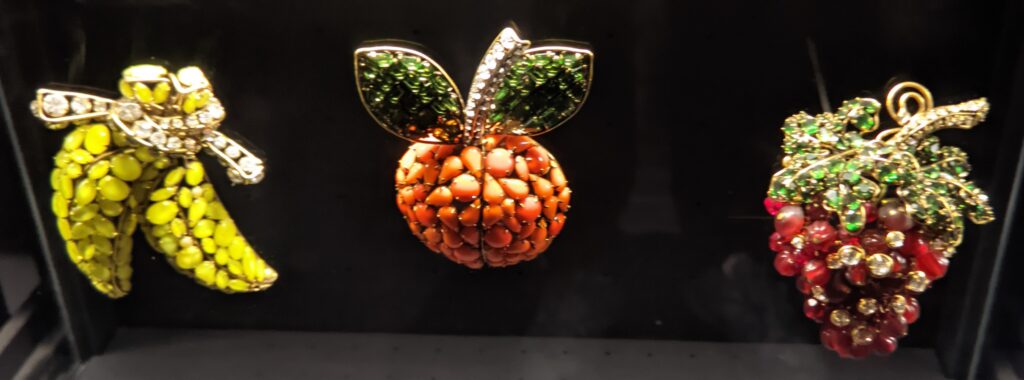
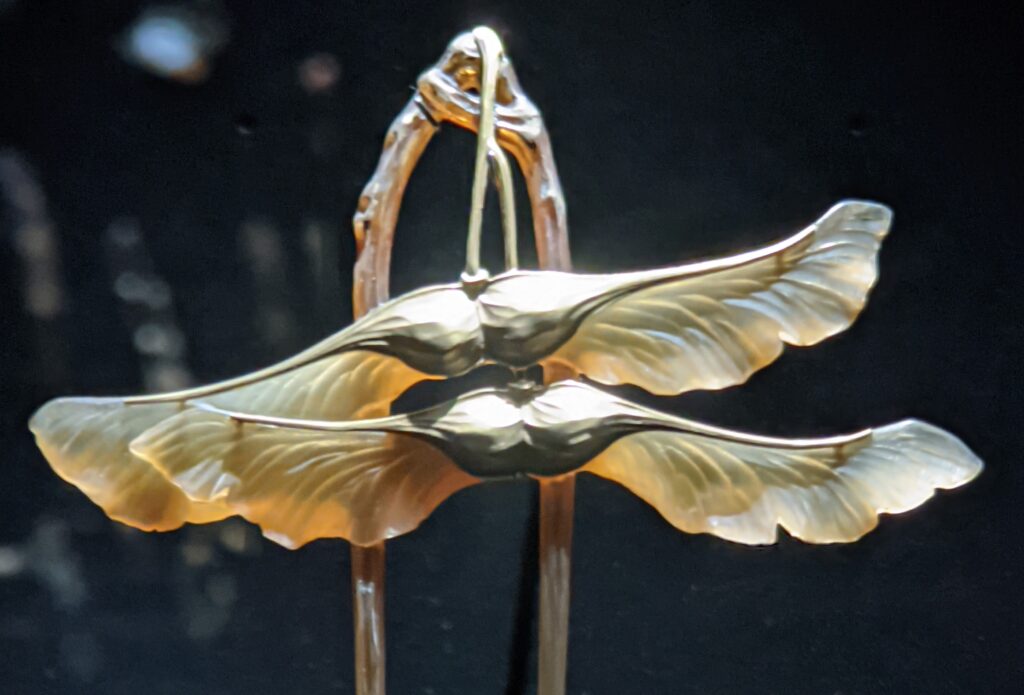
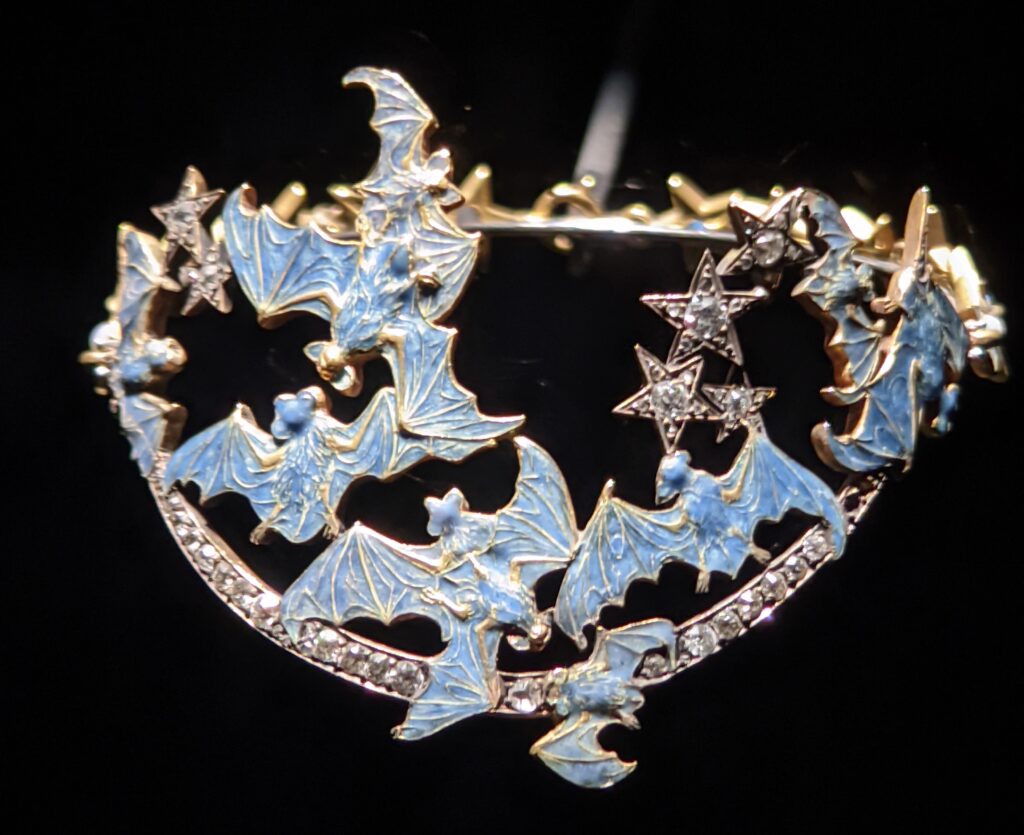
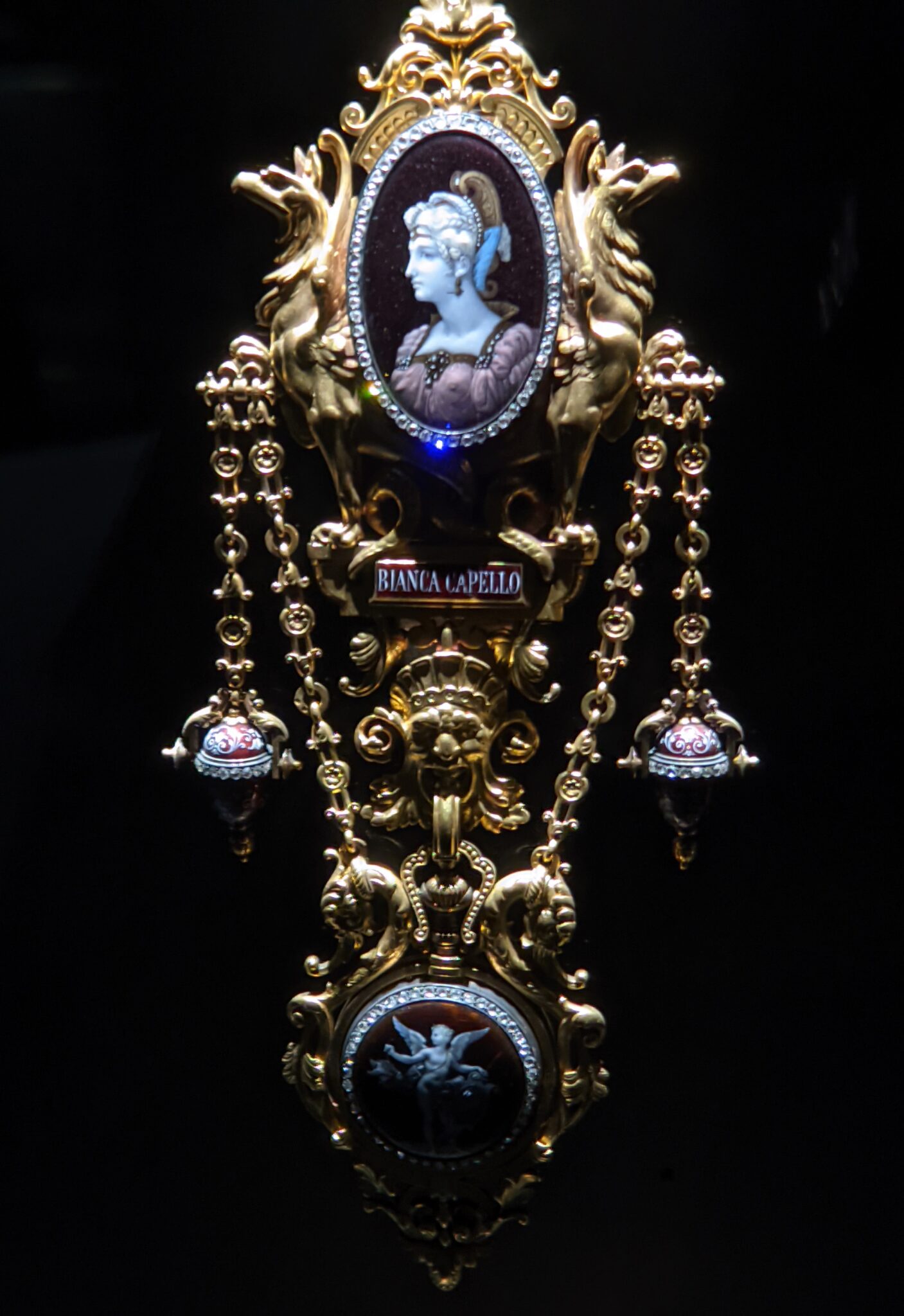
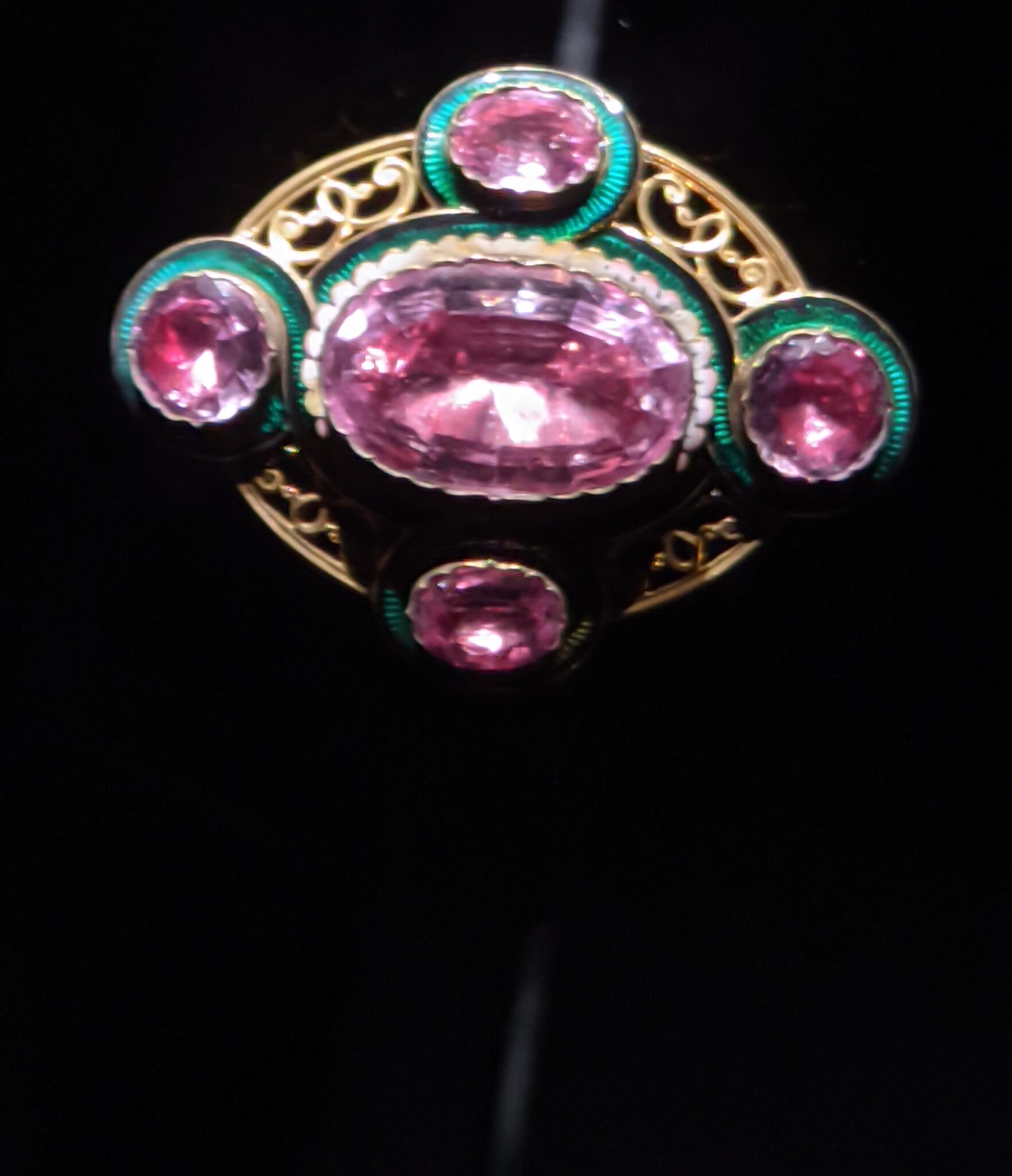
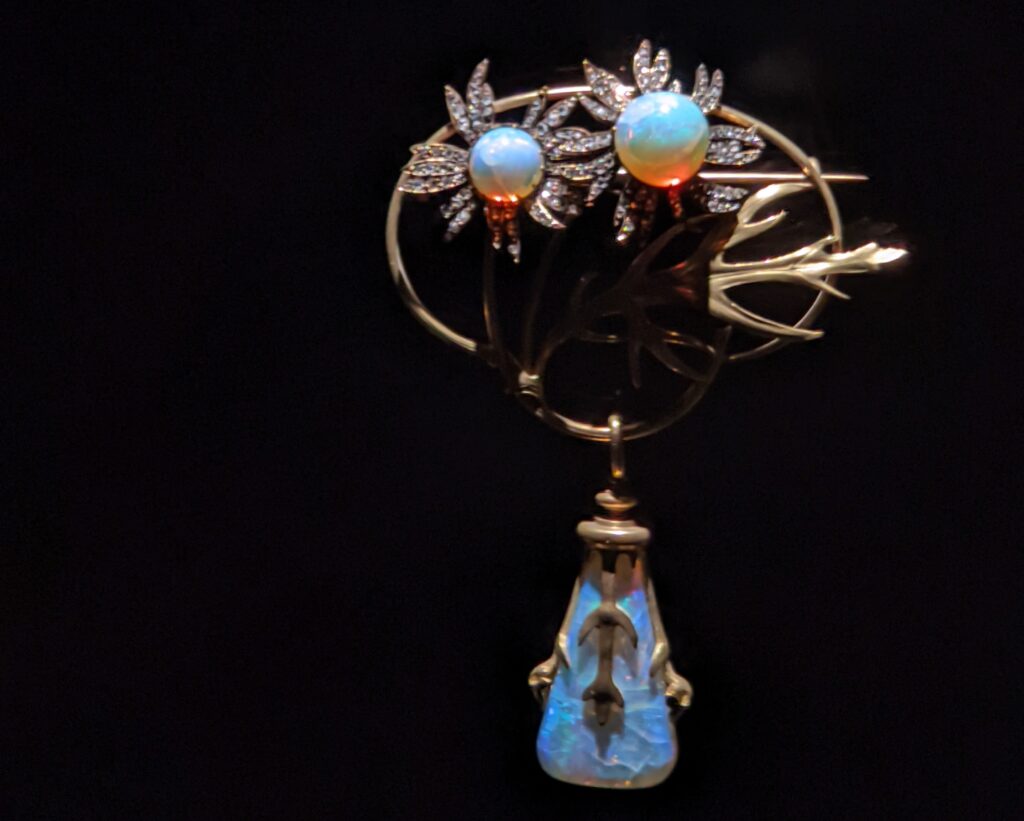
Current Exhibition at the Musée des Arts décoratifs:
FASHION, DESIGN, JEWELRY until November 17, 2024
Of course, there are more than 10 great museums in Paris. Here are 5 more to check out:
11. Musée d’Art moderne de Paris
12. Musée national des Arts asiatiques – Guimet
13. Musée Nissim de Camondo
14. Institut du monde arabe
15. Musée Rodin
The Rodin Museum maximizes the world’s largest collection of Auguste Rodin’s sculpture by using the lovely gardens surrounding the Hôtel Biron, which the artist used as his workshop from 1908 until his death (1917). The Hôtel became a museum in 1919. Rodin donated his entire sculpture collection and the Impressionist paintings he owned to the French State on the condition that the Hôtel Biron in Paris and the building where he resided (in Meudon, 9 km away) would become museums dedicated to his body of work. Rodin also loved to collect antiques, paintings by his contemporaries, and antiquities — including a large personal collection of Egyptian art. Go to the museum’s website, please, to learn about upcoming exhibits.
We have visited the Rodin Museum and, at times, we have unfortunately found the gardens in need of sprucing up. The outdoor sculptures should be cleaned and better maintained. Please share with us your opinions on the Rodin Museum for the benefit of all of our readers and followers. Thank you!
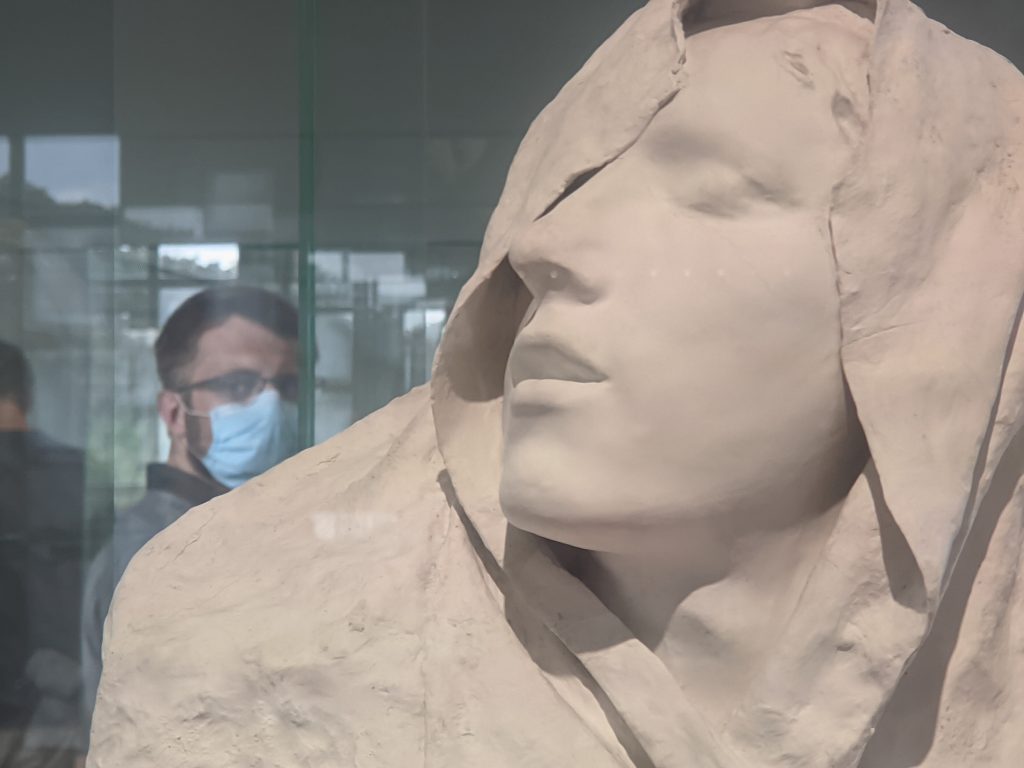
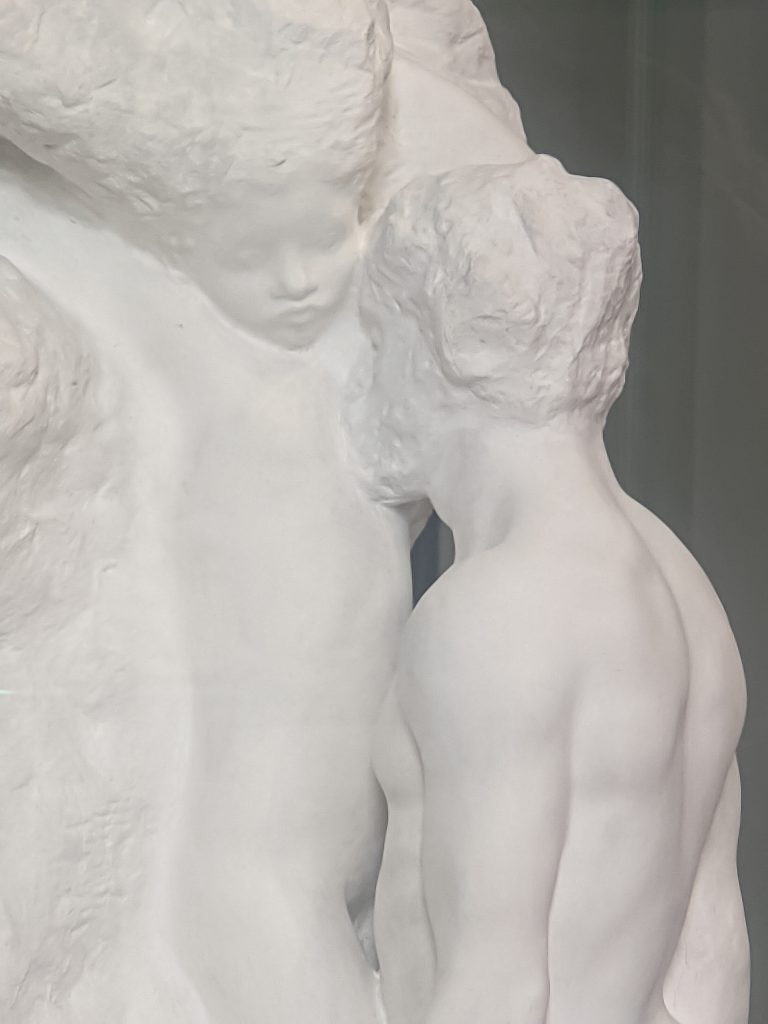
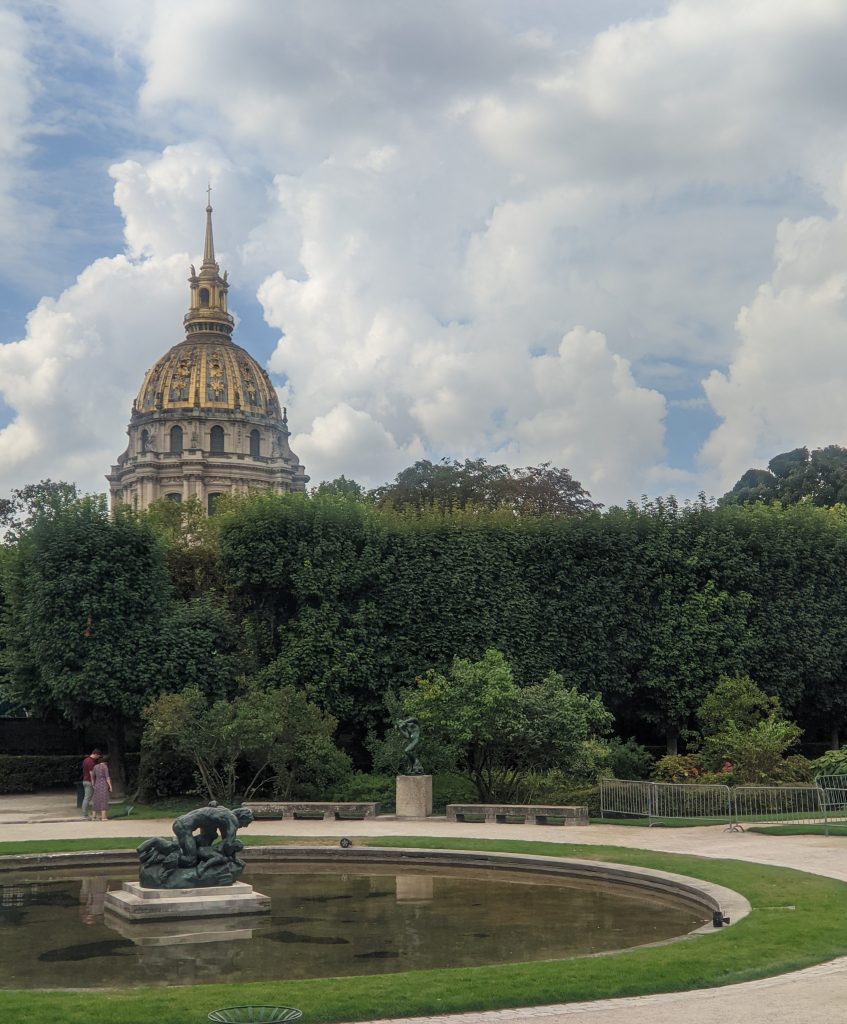
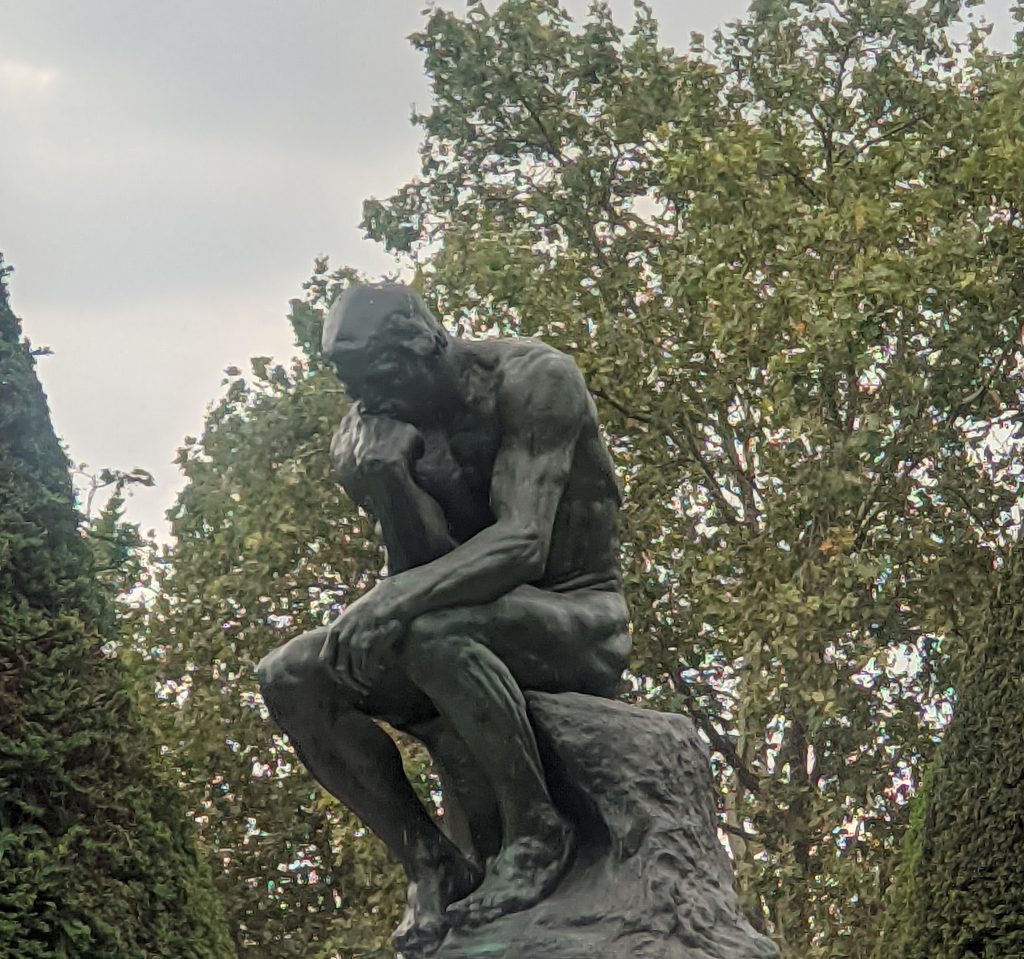
Closed on Mondays. Open Tuesday – Sunday 10:00 – 6:30 (18:30). Metro #13 to Varenne, or #8 to Invalides.
Art Lovers Tips: Do not visit on a rainy day. Come to the Musée Rodin on a sunny day when the gardens and the view of Les Invalides may be fully appreciated.
Musée du Luxembourg
The Luxembourg Museum has been removed from our list of the best venues for art in Paris due to the weakness of recent exhibitions.
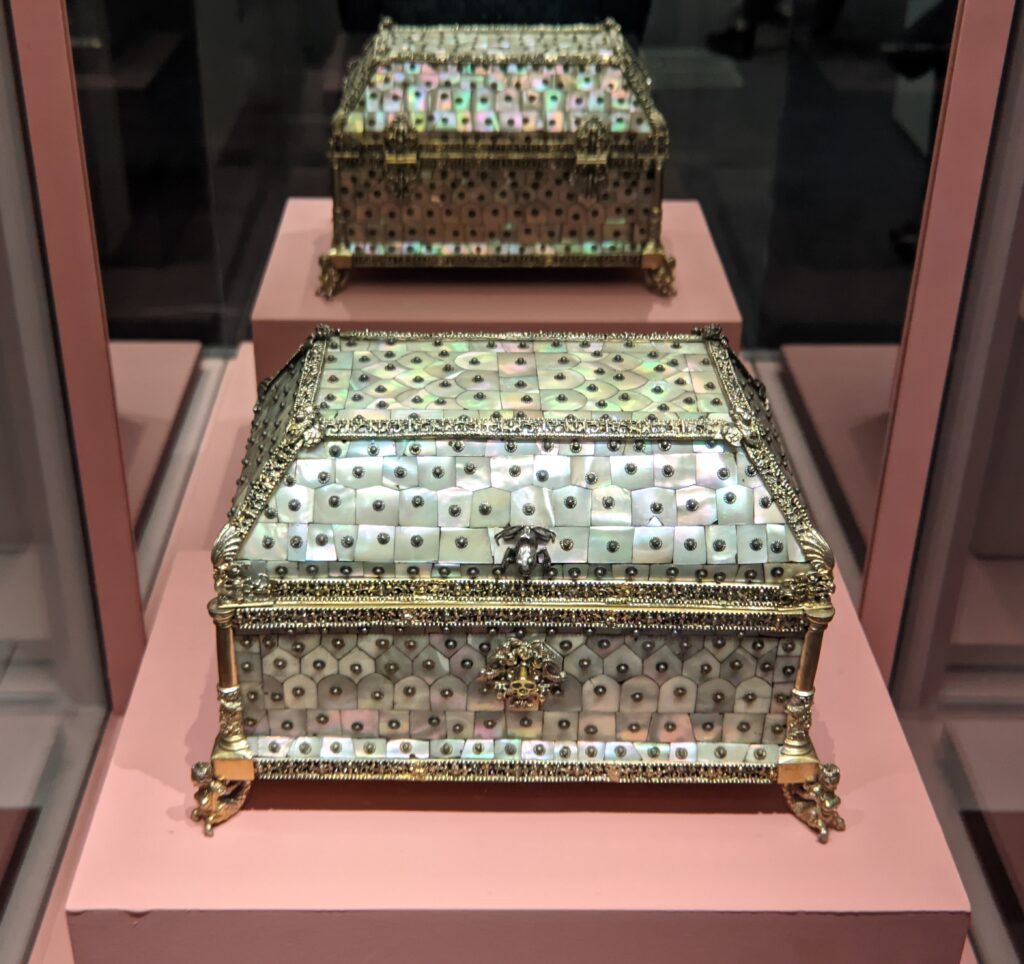
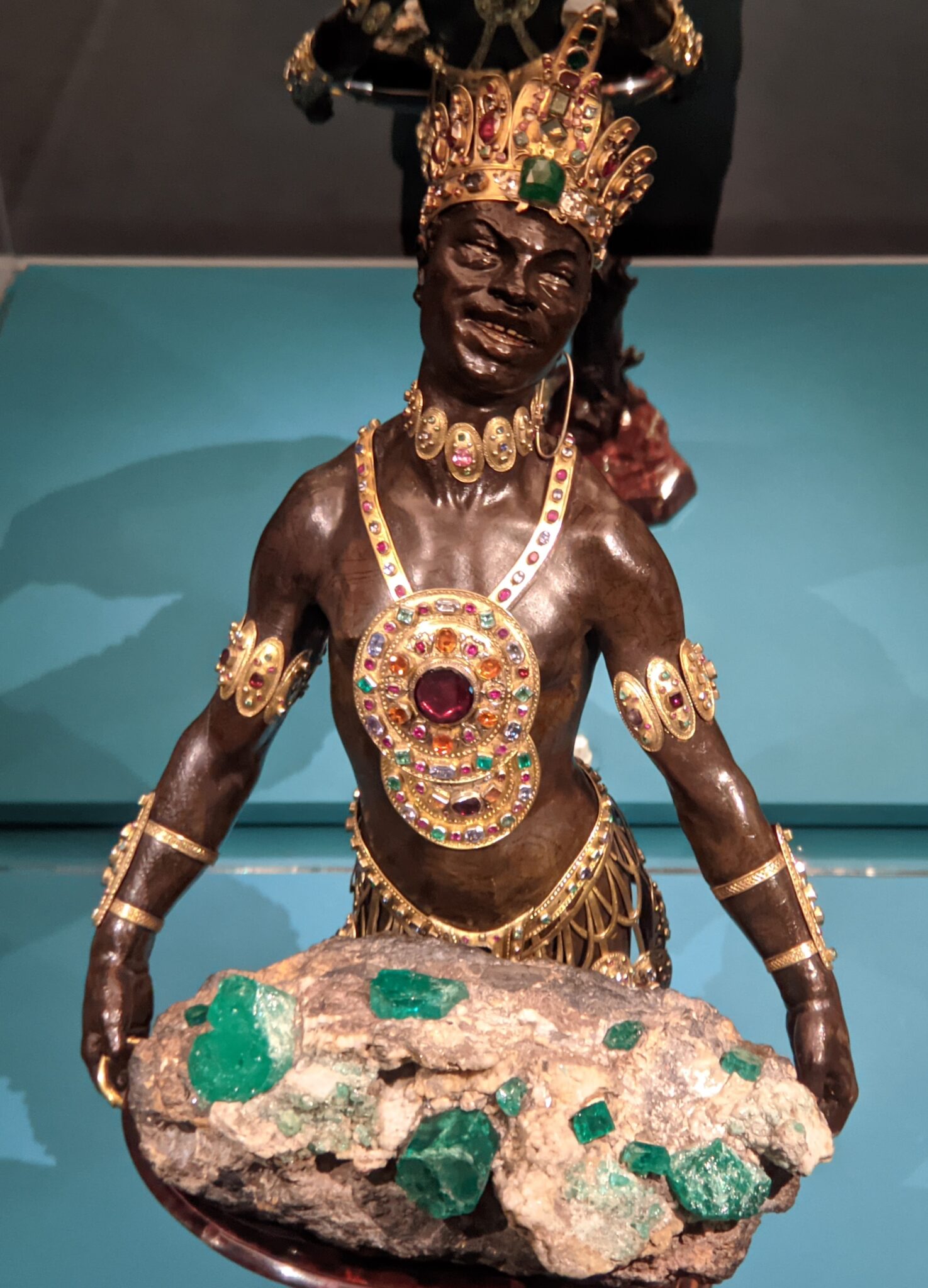
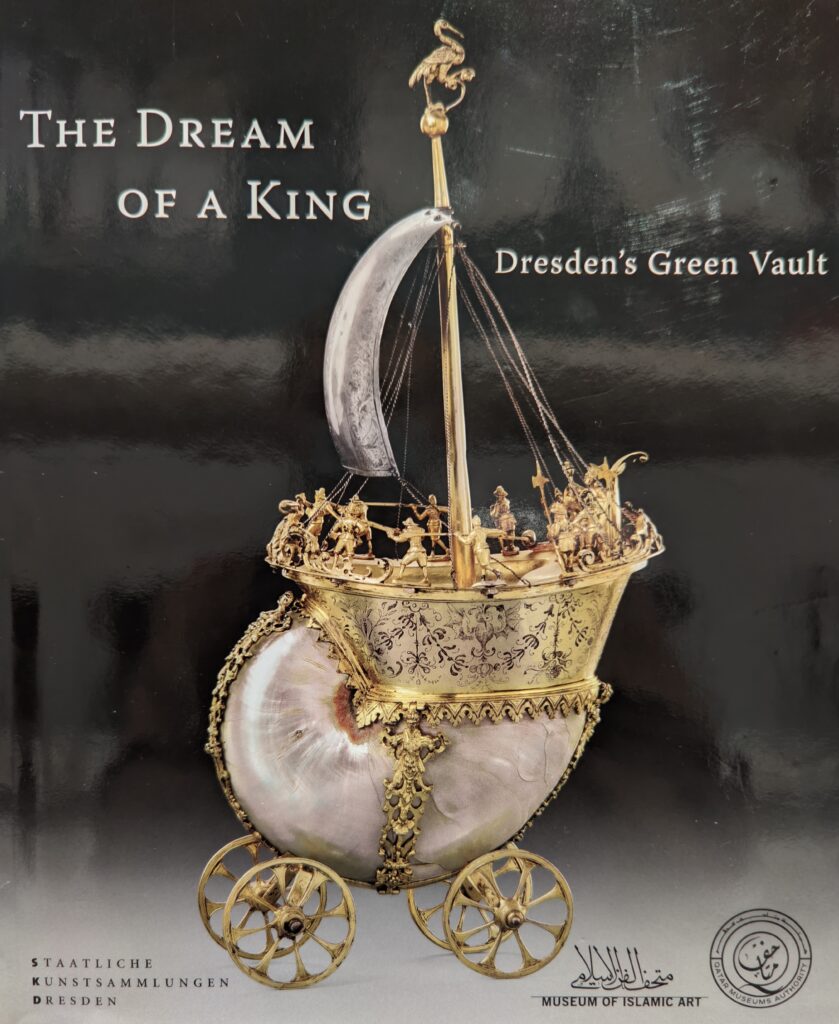
The 2023 exhibition entitled “MIRRORS OF THE WORLD — Masterpieces from the Dresden cabinet of curiosities” was awful.
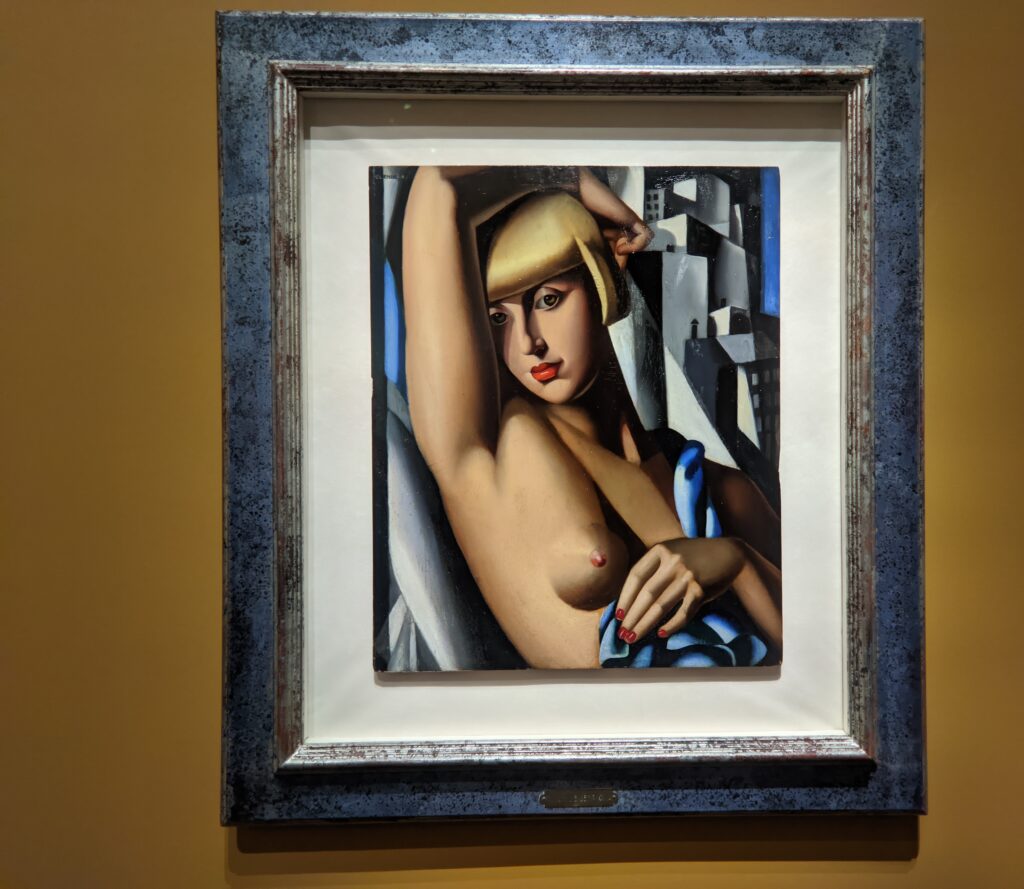
Another past exhibition, displayed in 2022, at the Luxembourg Museum attempted to highlight the influential role of women in the development of new genres in sculpture, photography, painting, textile and film from the end of the 19th century through the Roaring Twenties. “Portrait of Natalie Clifford Barney, Woman of Letters” from 1920 (below left) and “At the Seaside” from 1914 (below right), both by the painter known as Romaine Brooks, were on view.
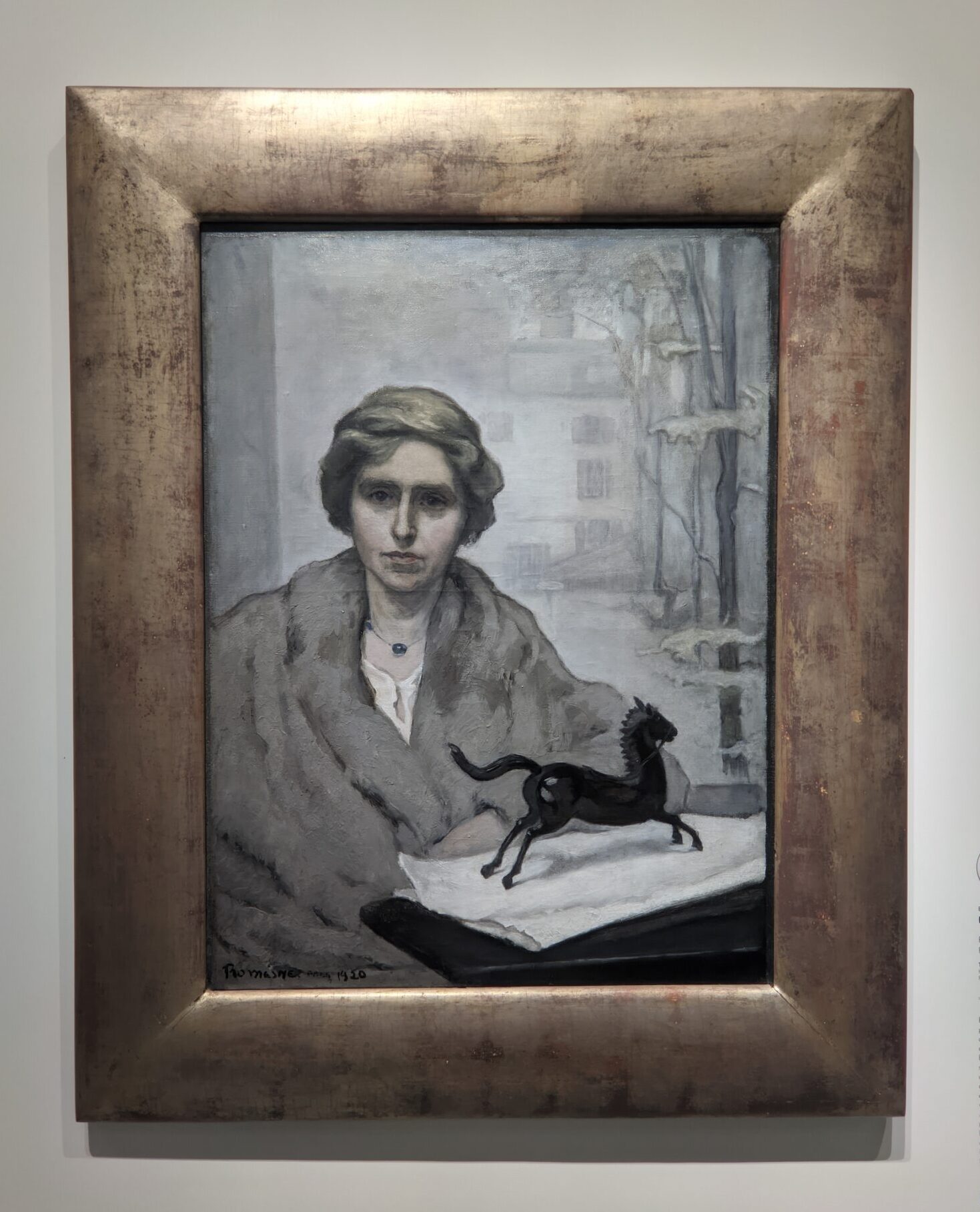
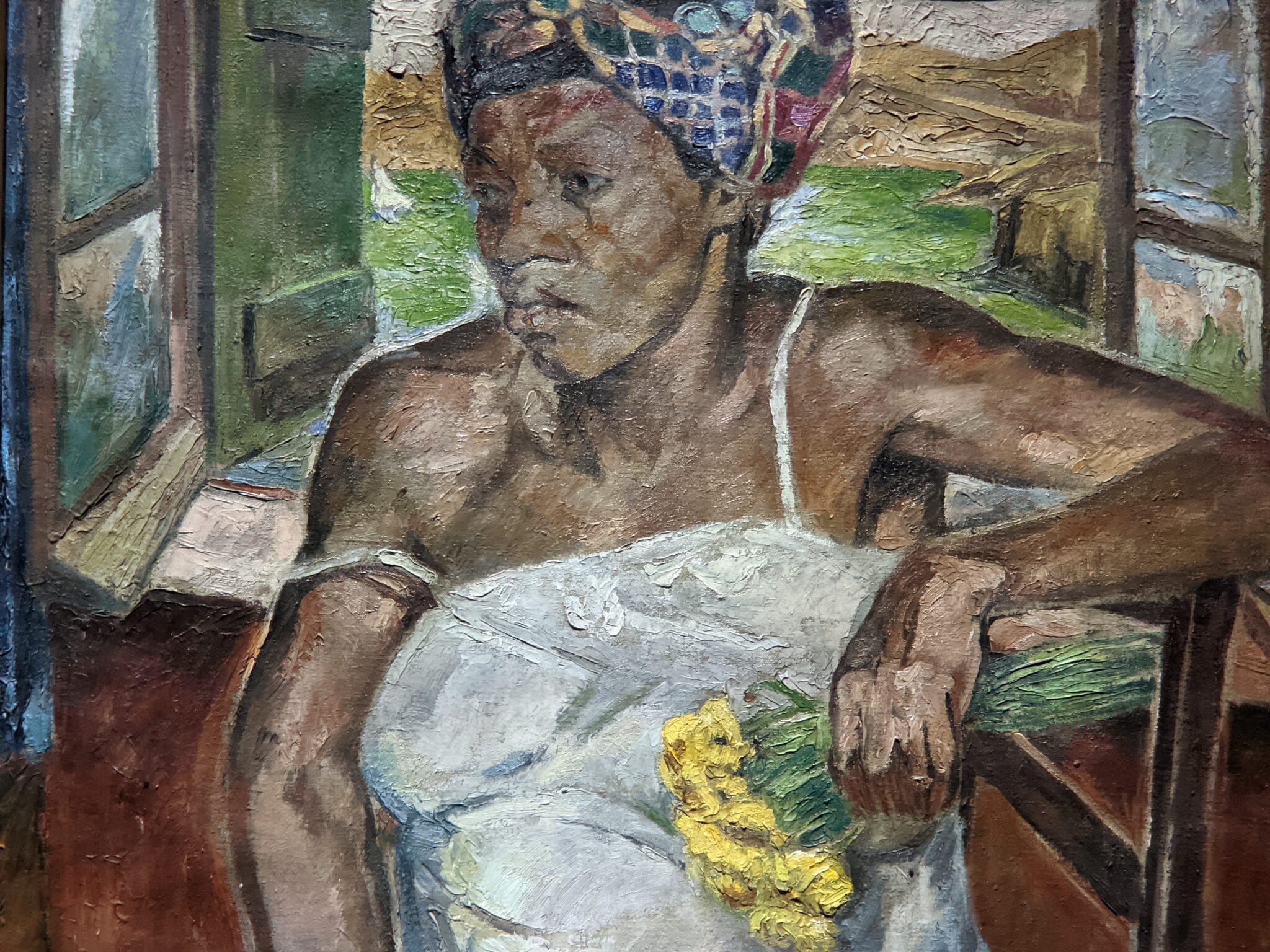
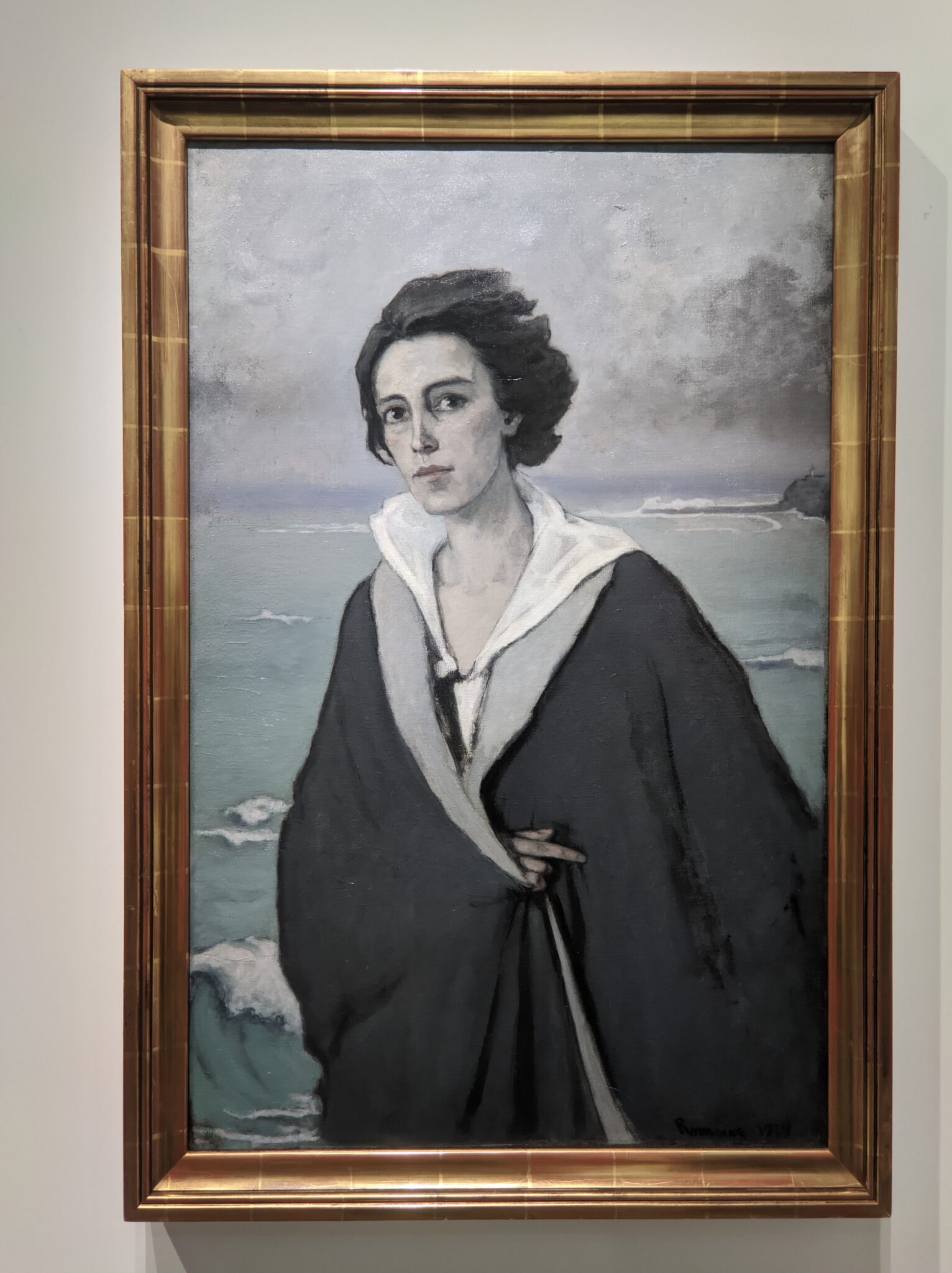
That exhibition entitled “PIONEERS: Artists in the Paris of the Roaring Twenties” was a trainwreck.
With the exception of a handful of paintings by Suzanne Valadon, Beatrice Romaine Goddard (who painted under the pseudonym Romaine Brooks) and Gerda Wegener, we could not recommend that exhibition to our readers. If you want to do some research on your own, we encourage you to learn more about two exceptionally talented artists from Poland — whose works of art appeared in the “Pioneers” show — namely, Tamara Lempicka and Mela Muter. Lempicka (born Tamara Rosalia Gurwik-Górska in 1898 in Warsaw) was best known for her portraits executed in the Art Deco style. On canvas, she invented a unique blend of refined Cubism and Neoclassicism (inspired in particular by Jean-Auguste-Dominique Ingres). Lempicka left Europe for North America in 1939 and died in Mexico in 1980. Maria Melania Mutermilch (1876 — 1967) used the professional name Mela Muter. Born in Warsaw, Muter left Poland in 1901 at the age of twenty-five and settled in Paris. Muter’s paintings, containing strong brushwork and vivid colors, swiftly gained popularity in France. Muter fled Paris for Avignon during the Nazi occupation, but returned after the war and continued painting until her death in 1967.
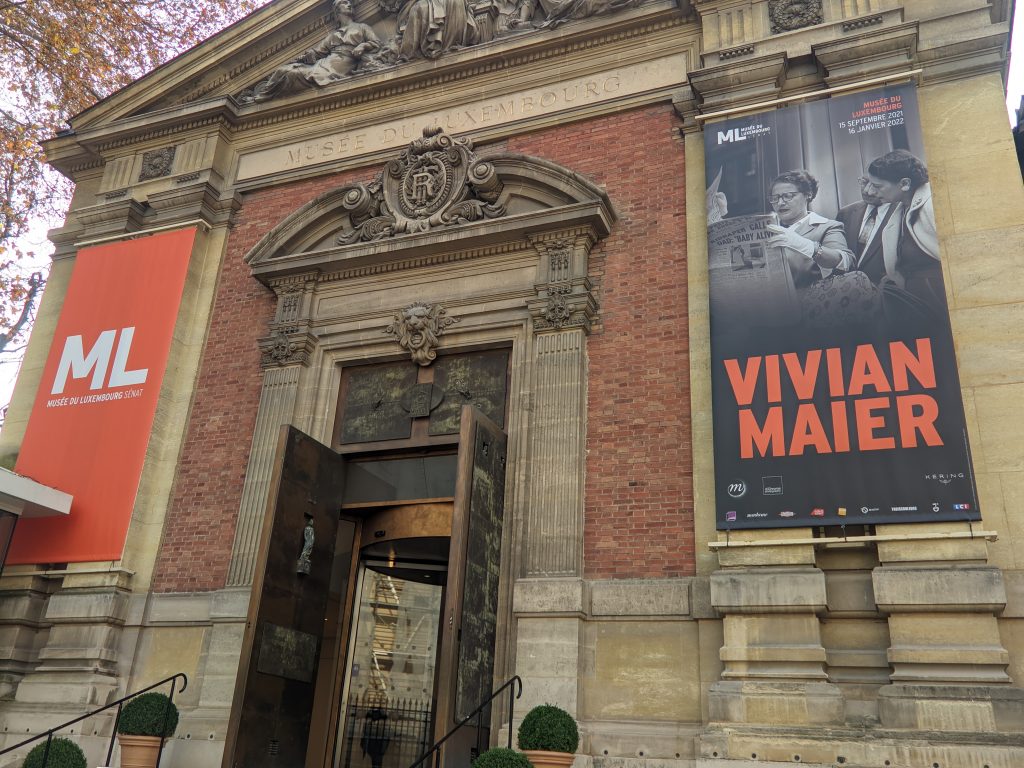
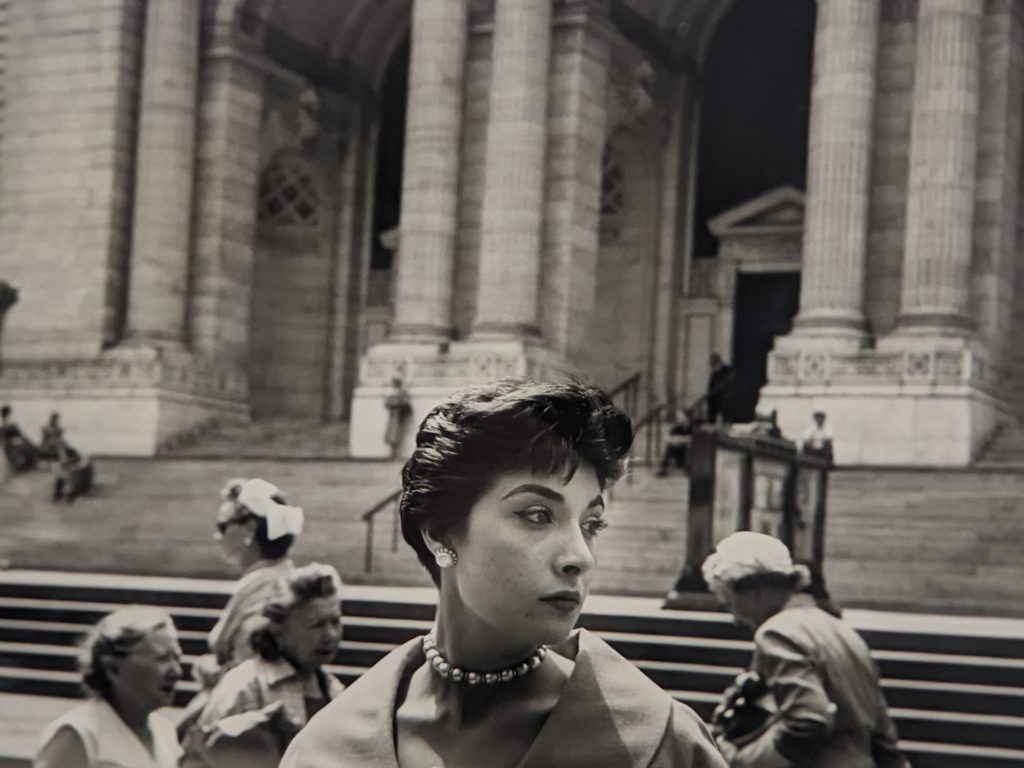
Even though we found the “Mirrors of the World” and “Pioneers” shows deeply flawed and disappointing, we hope the Luxembourg Museum will be able to rejoin our Top 10 List in the future. This museum has presented high-quality exhibitions in the past and possesses historical importance. The Luxembourg was the first French museum opened to the public (in 1750) and it is blessed by its surroundings: inside the Luxembourg Gardens in the Latin Quarter. In 2021, this small museum organized an outstanding display of photos (above right and below) by Vivian Maier, the American street photographer. The Vivian Maier exhibit, presented during the 2021-2022 season, was a triumph. Please enjoy the photographs (below) taken by Vivian Maier.
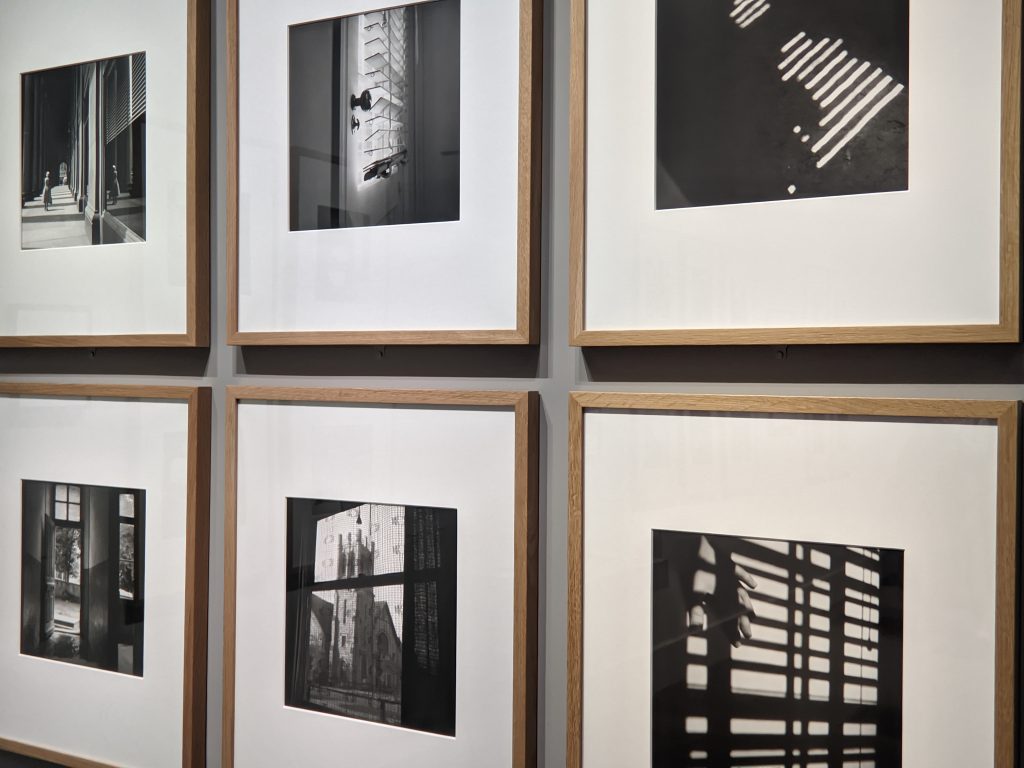
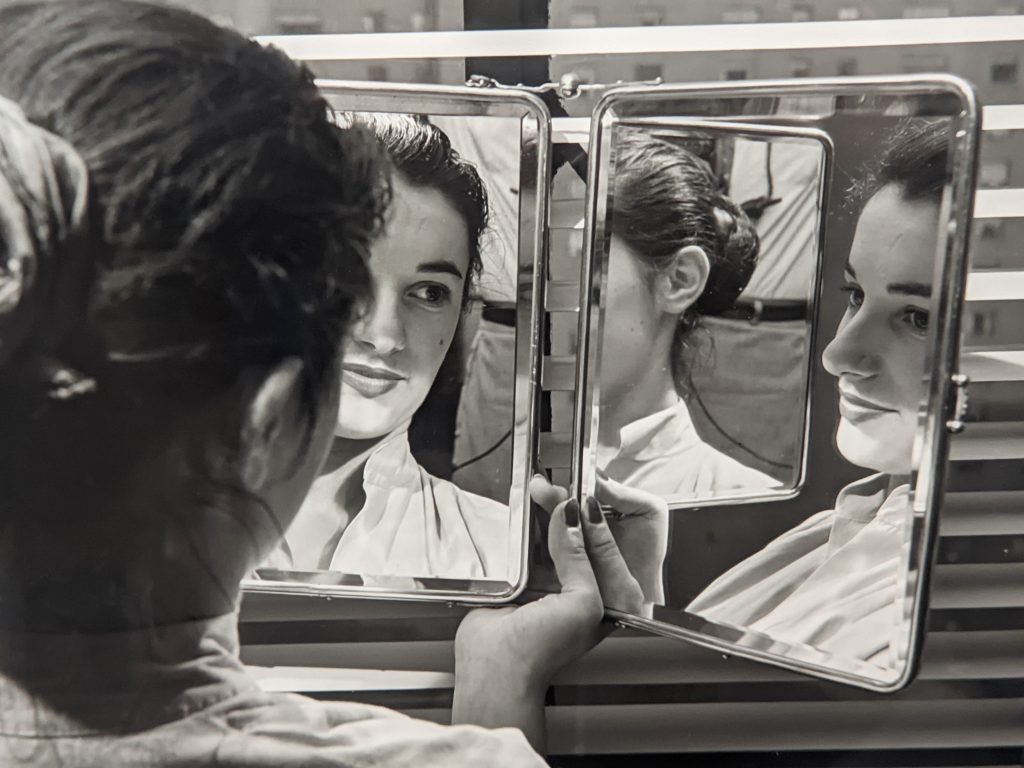

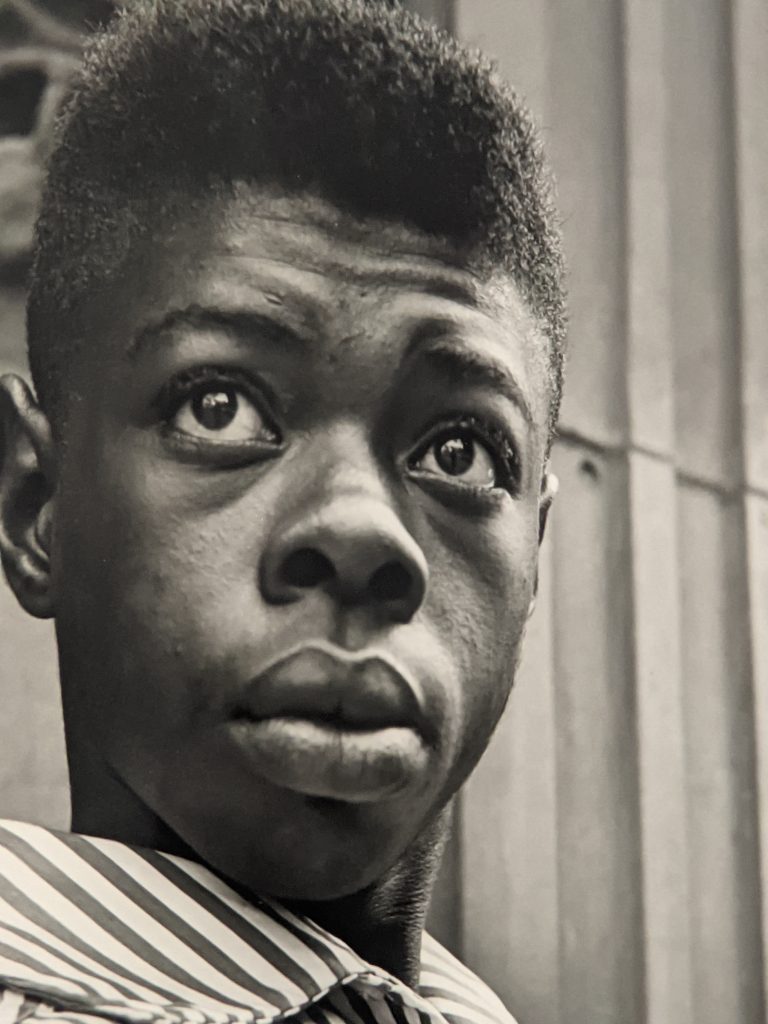
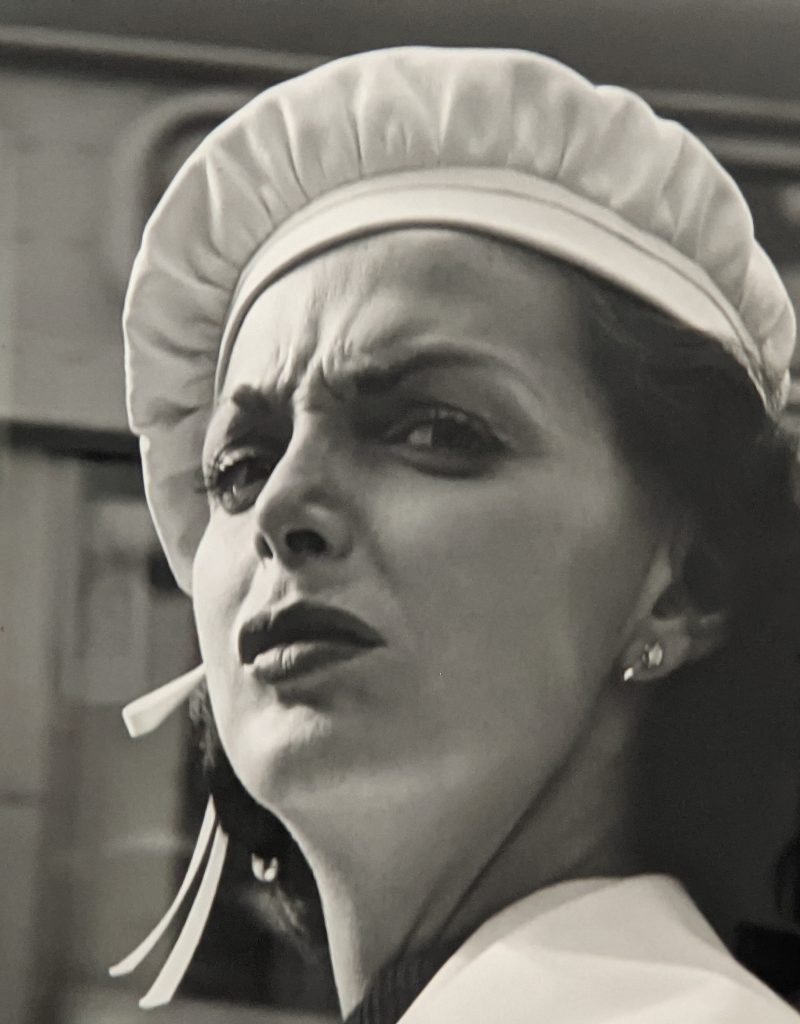
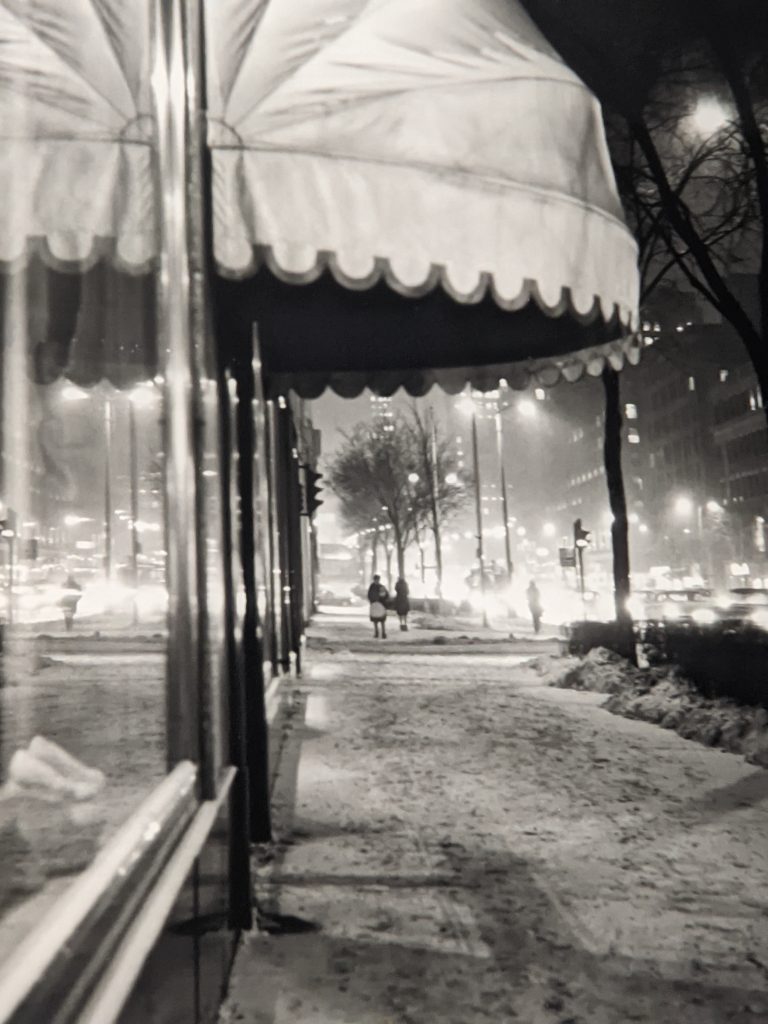
Open every day from 10:30 – 7:00 (19:00). Open late on Mondays from 10:30 – 10:00 (22:00). Metro #4 to Saint Sulpice, or Metro #10 to Mabillon.
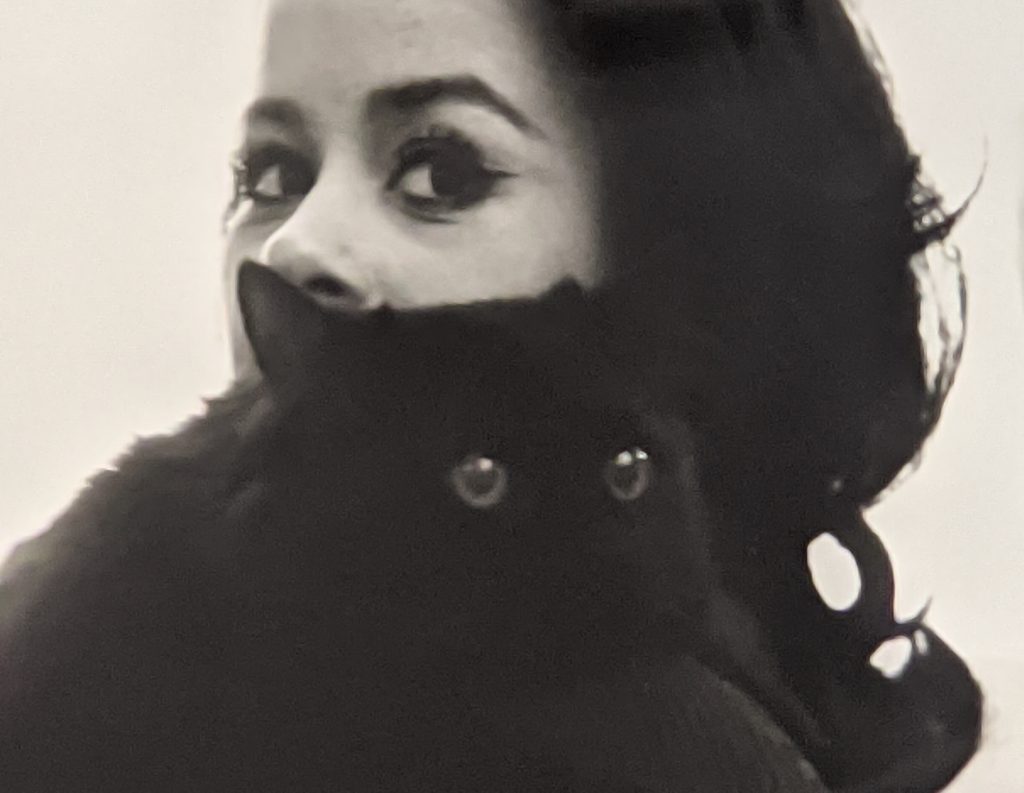
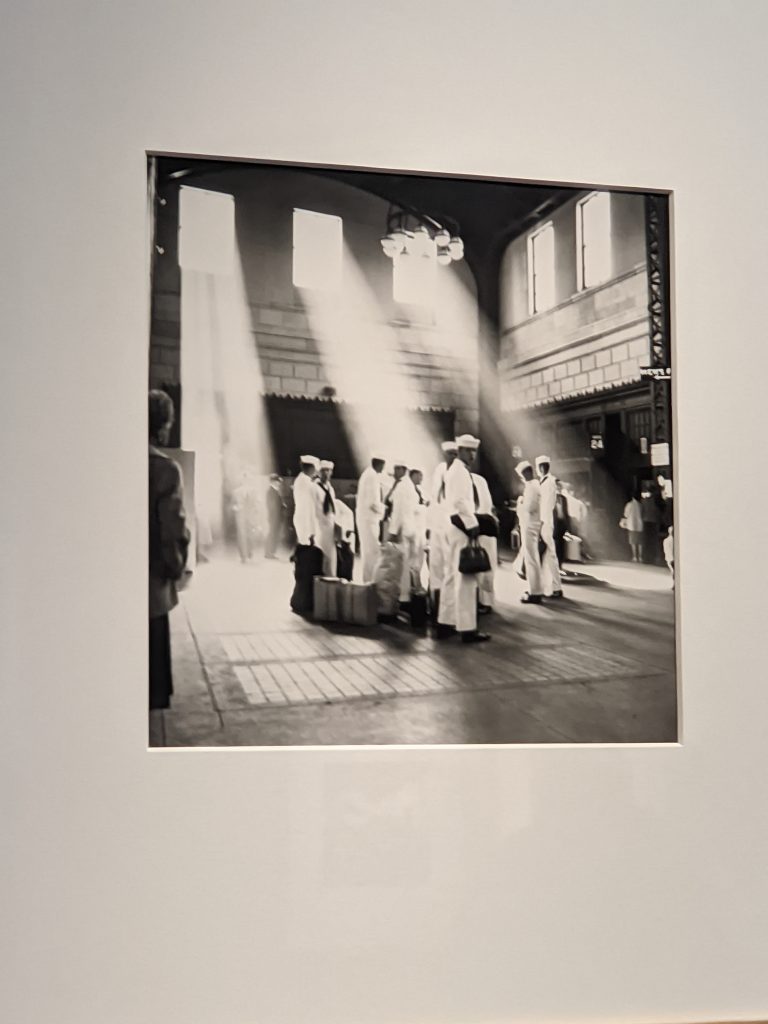
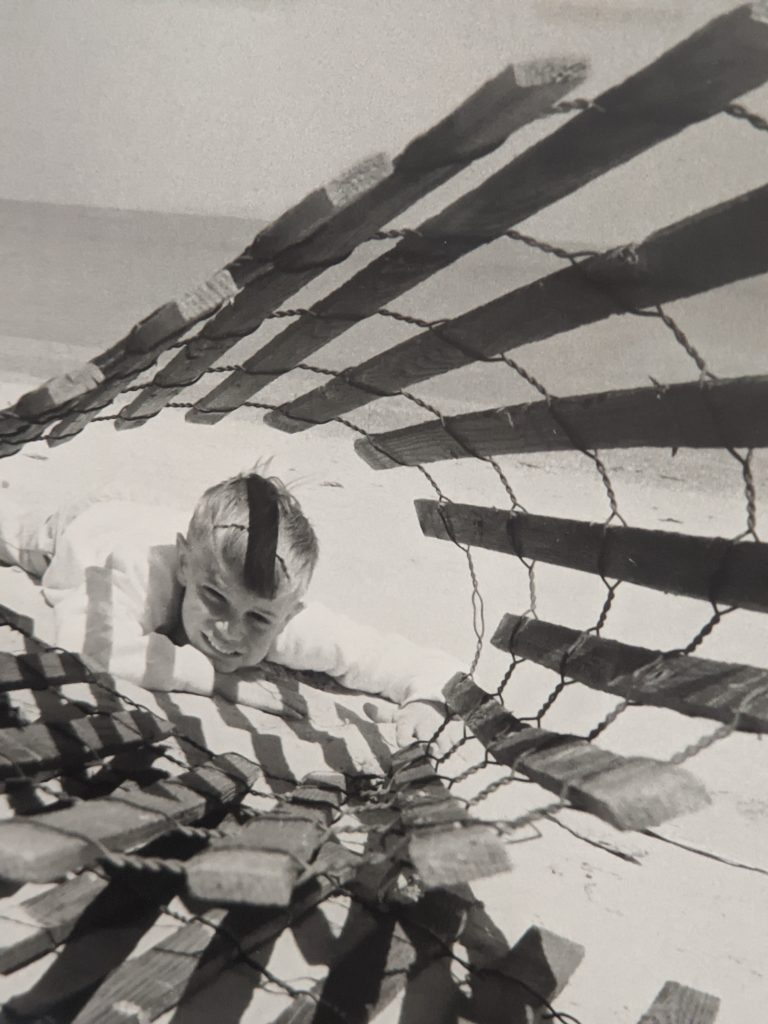
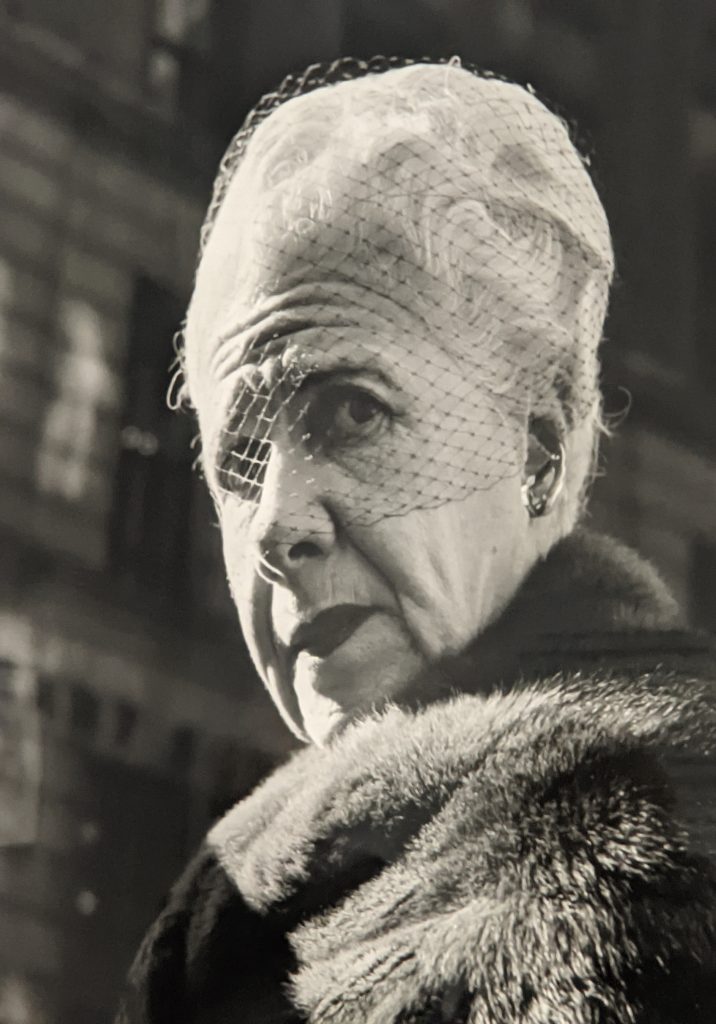
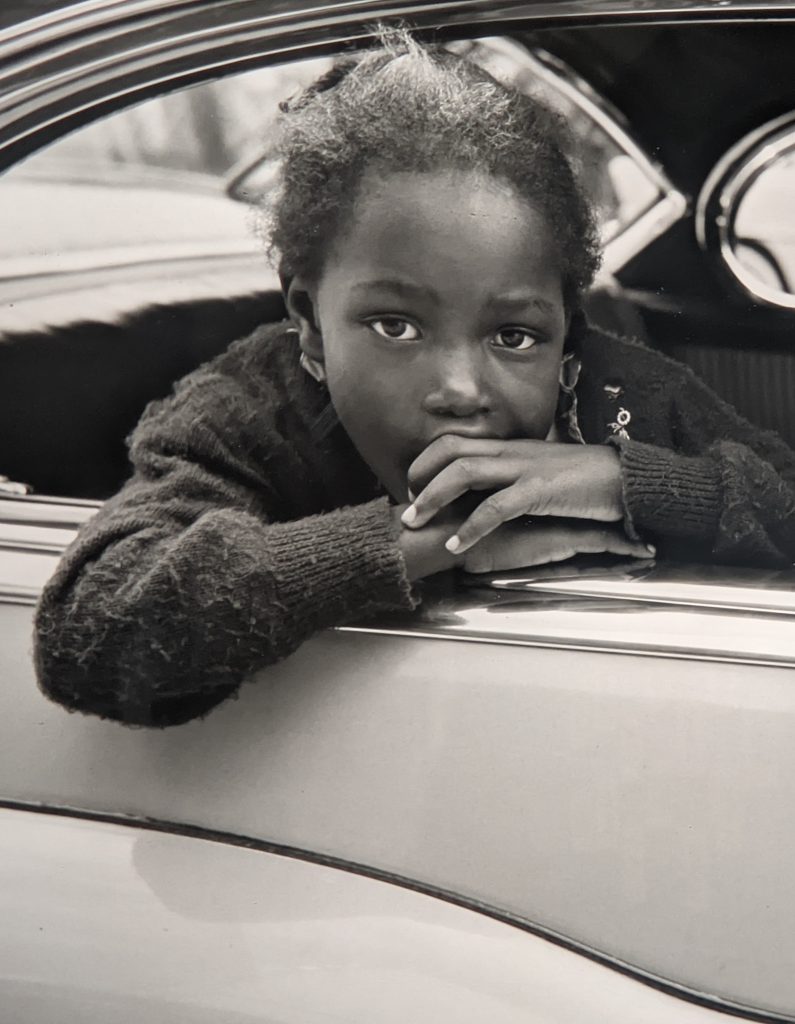
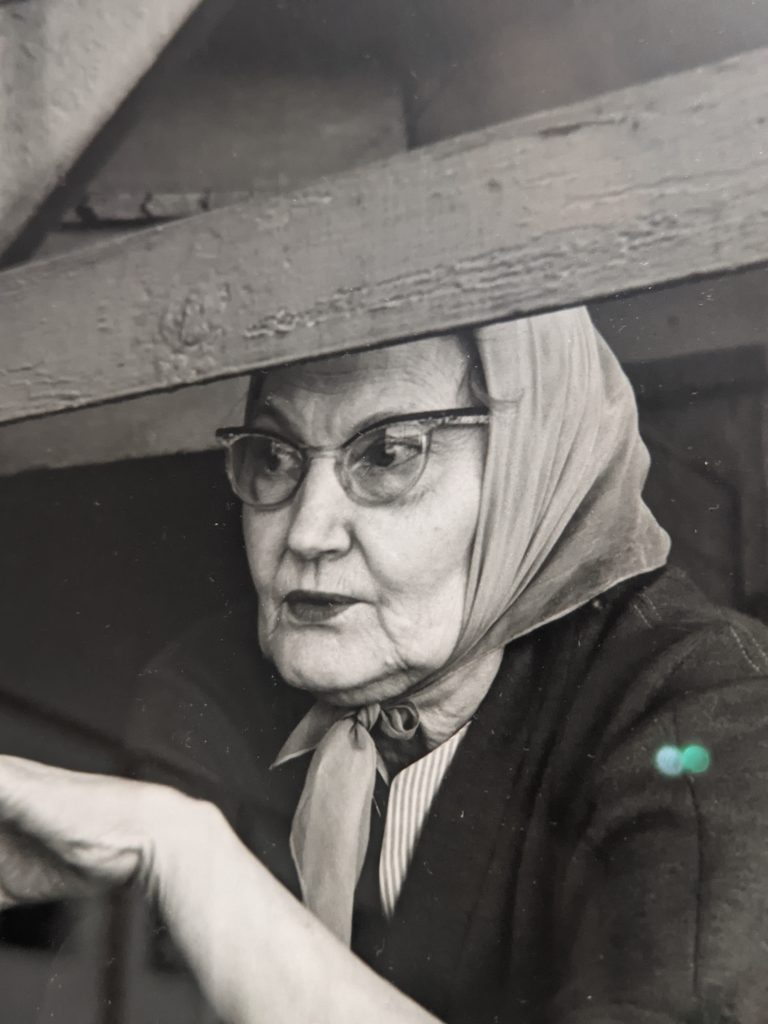
Art Lovers Tips: When you arrive by Metro, you may choose to stop at Rue Guisarde, 6 for ice cream at “Amorino,” which opens at 12:30, and then pass through the Place Saint-Sulpice with its unique church built in 1754 — where the murderous monk Silas found a clue in his search for the Holy Grail in Dan Brown’s The Da Vinci Code.
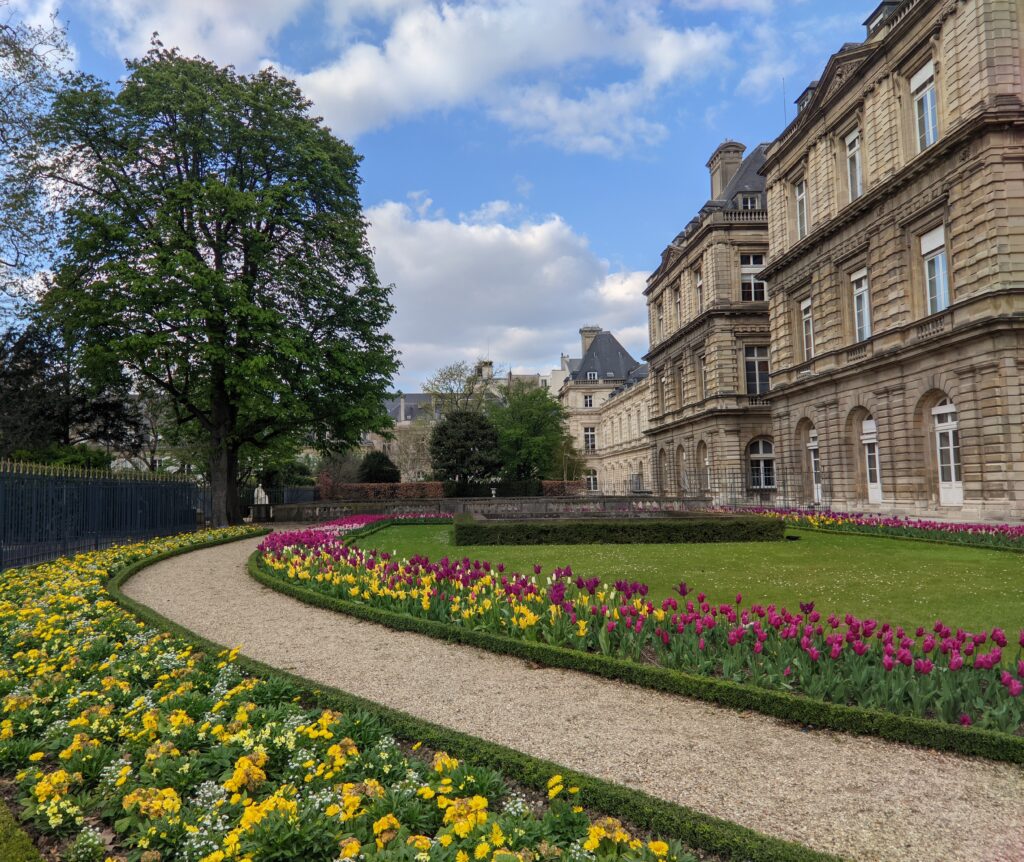
After your visit to the Luxembourg museum, stroll among the flowers in the famous Jardin du Luxembourg and sit in one of the chairs near the Medici Fountain (pictured below) which was built around 1630 then moved to its present location in 1864.
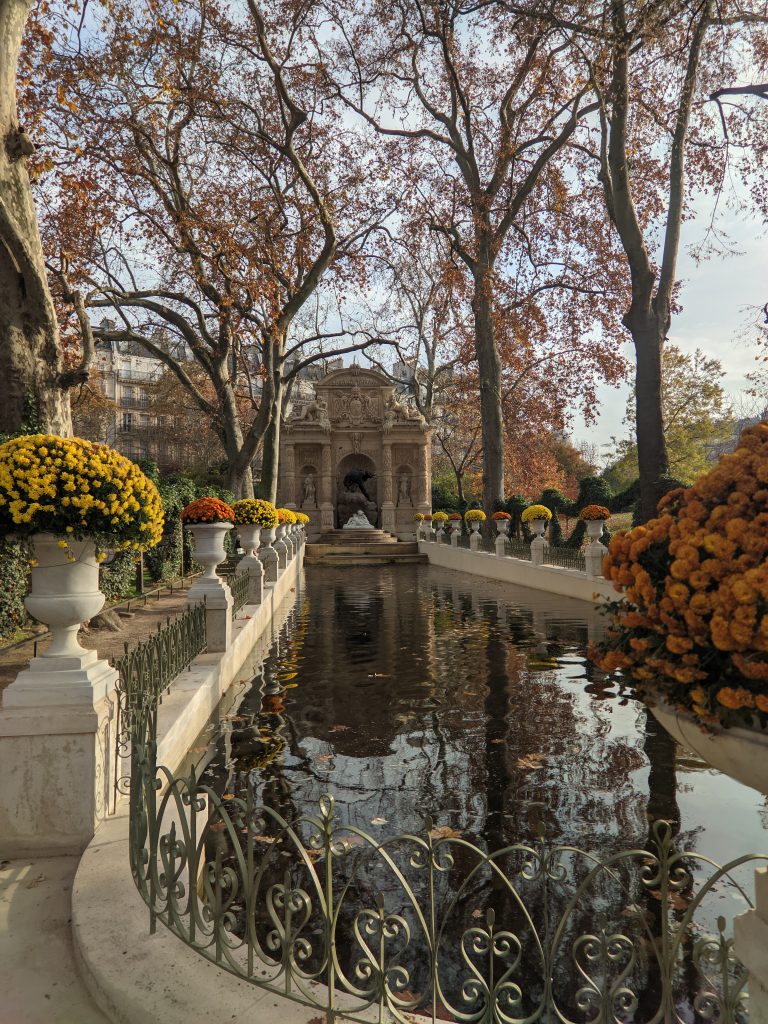
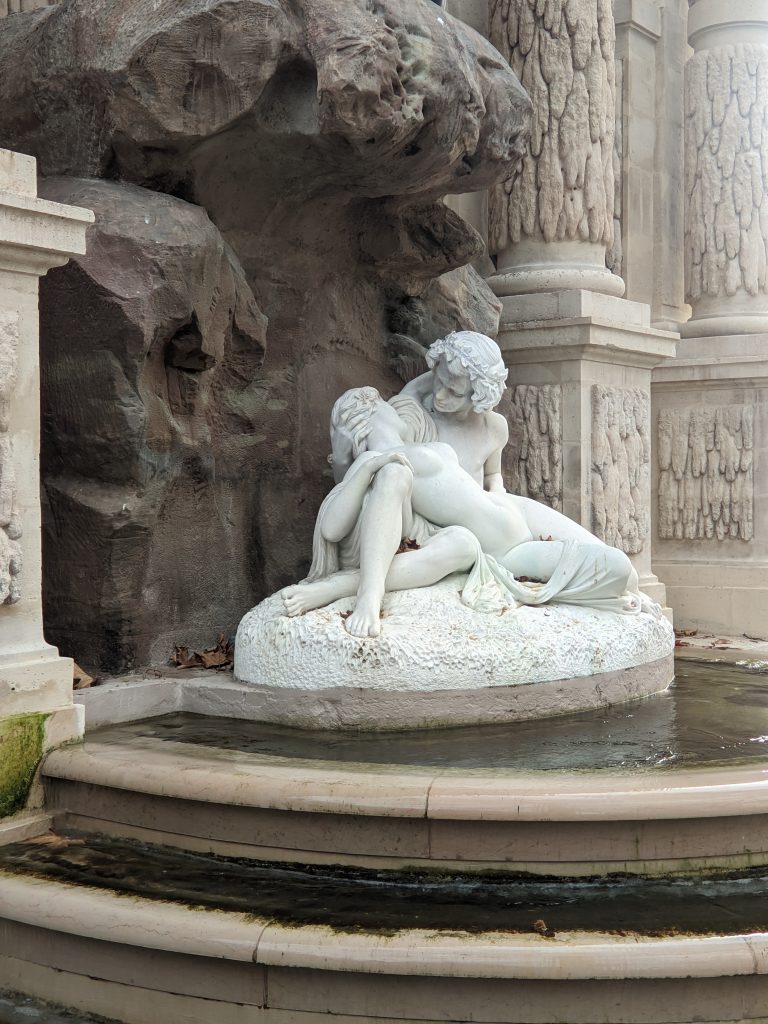
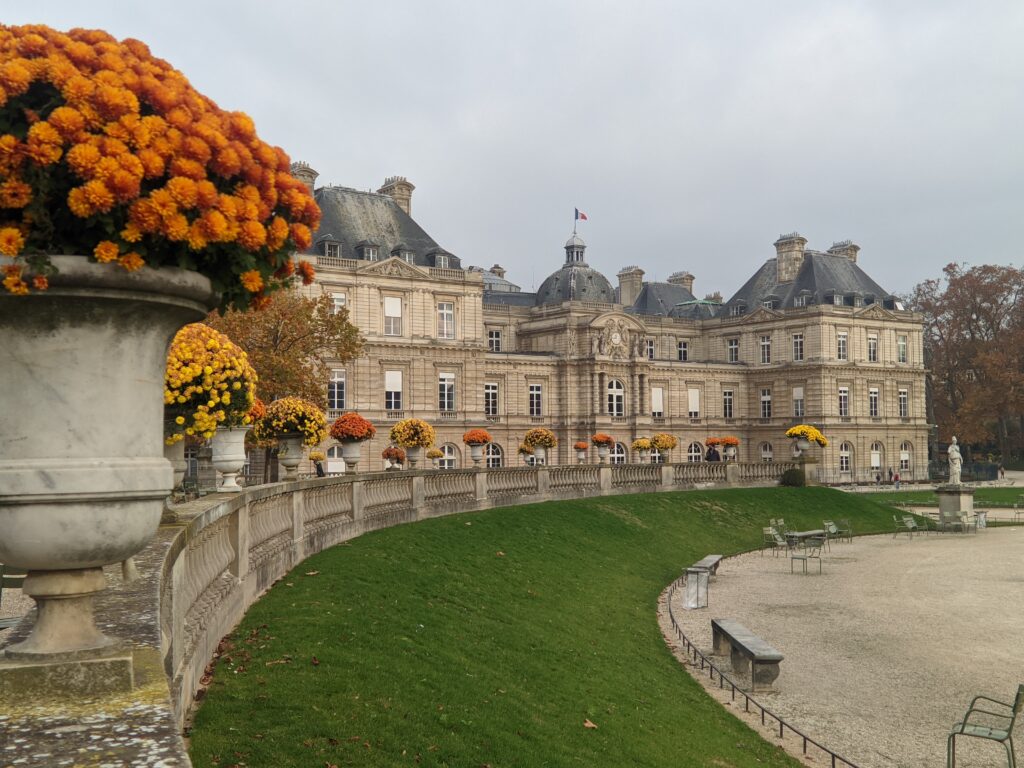
QUESTION: What is the most famous museum that did not make our list of the 10 best museums in Paris?
ANSWER: Musée National Picasso – Paris. This Museum has been poorly administered for many years. There are too few paintings by Picasso on display, in our opinion, and we do not want you to be disappointed.
What do you think about this article on Paris museums? Your feedback will assist us in providing more focused content for you in future articles. Your comments are encouraged and most welcome, and feel free to share our blog with your friends on Facebook, Twitter, Instagram and similar platforms!




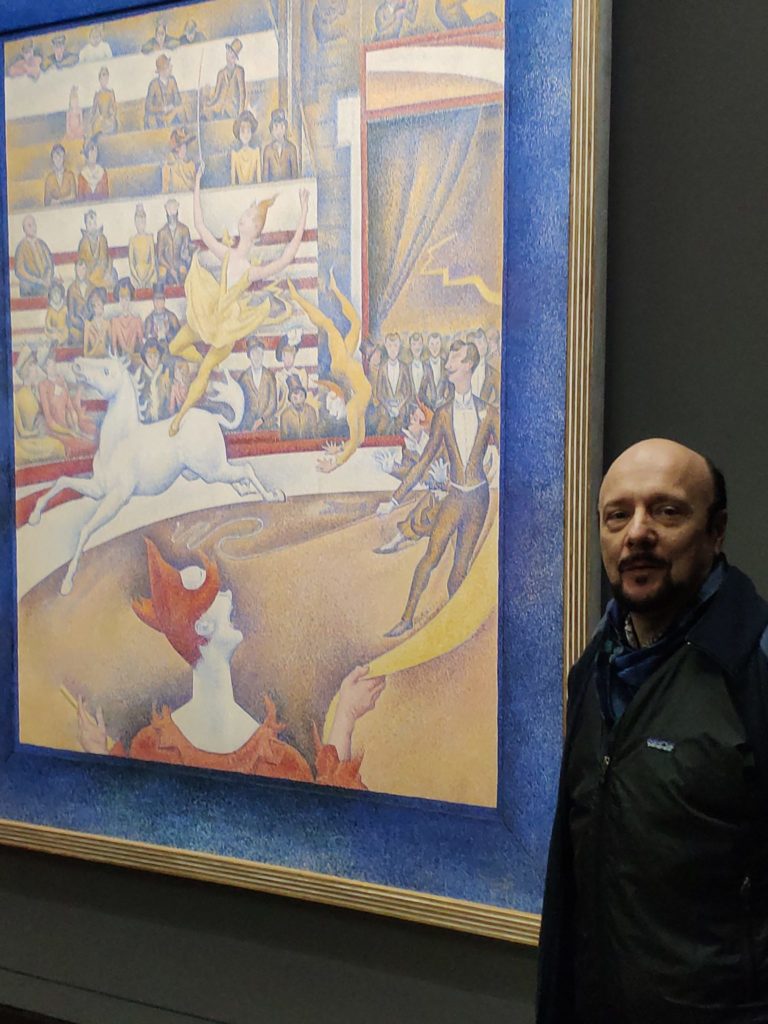
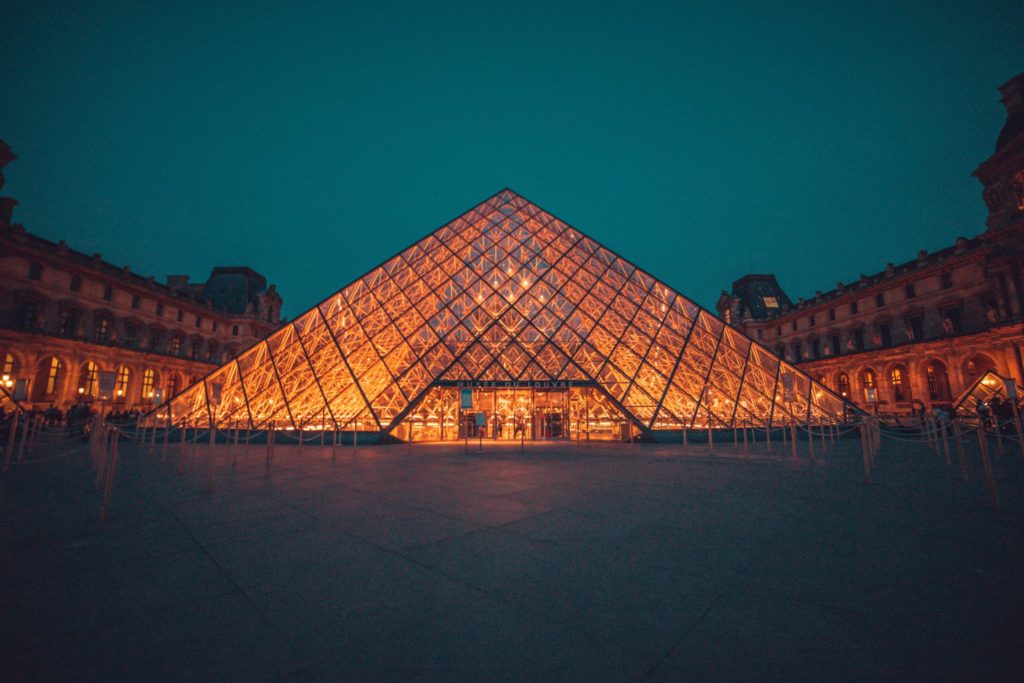
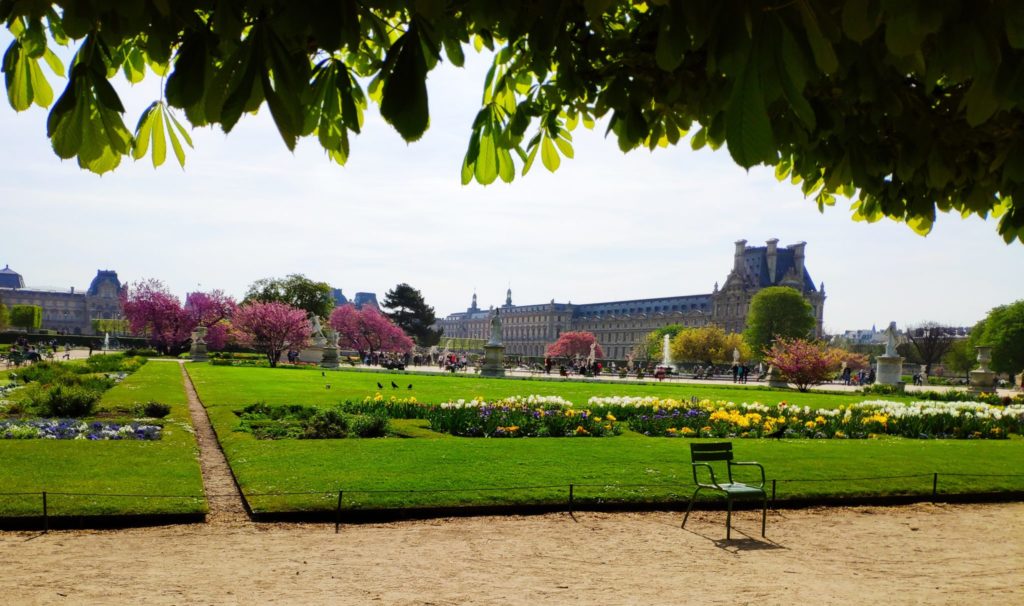
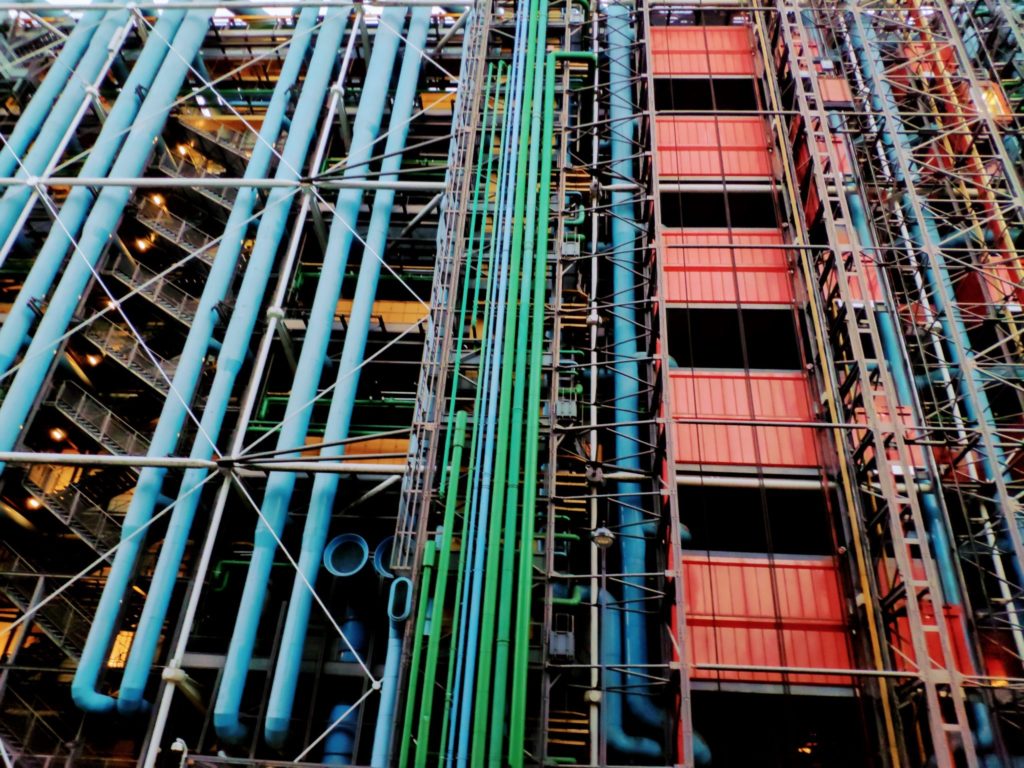
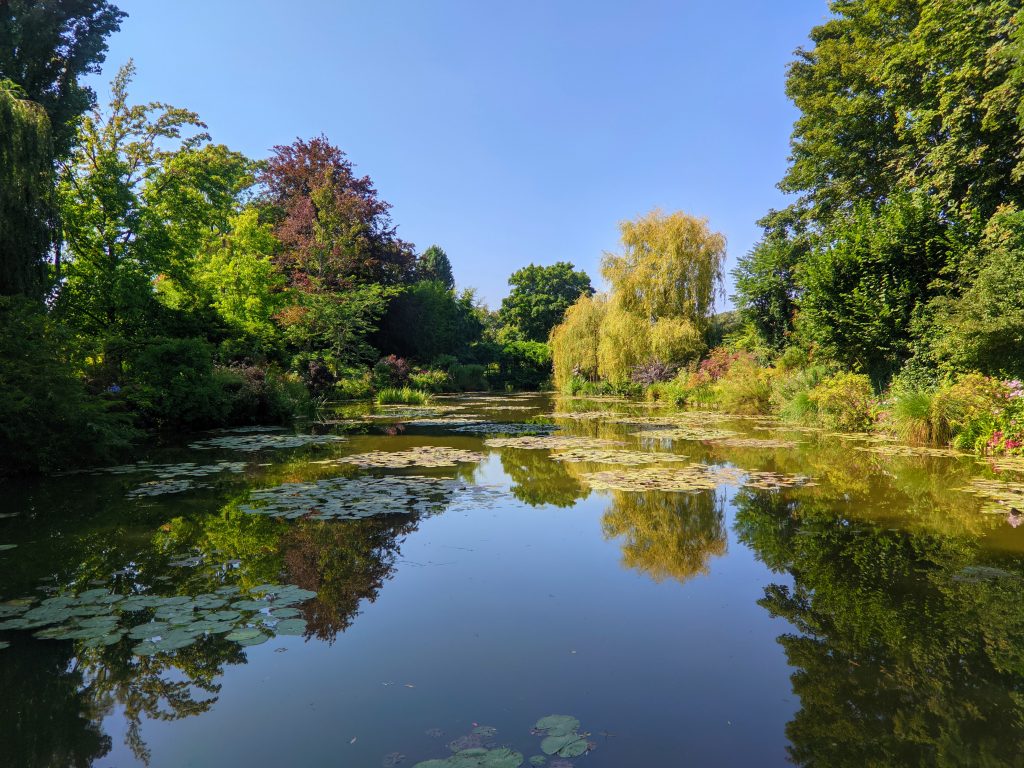
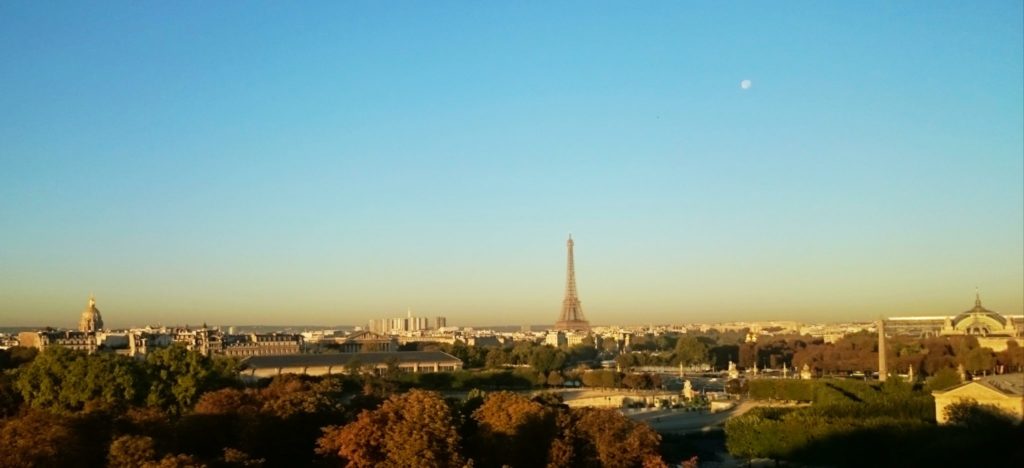
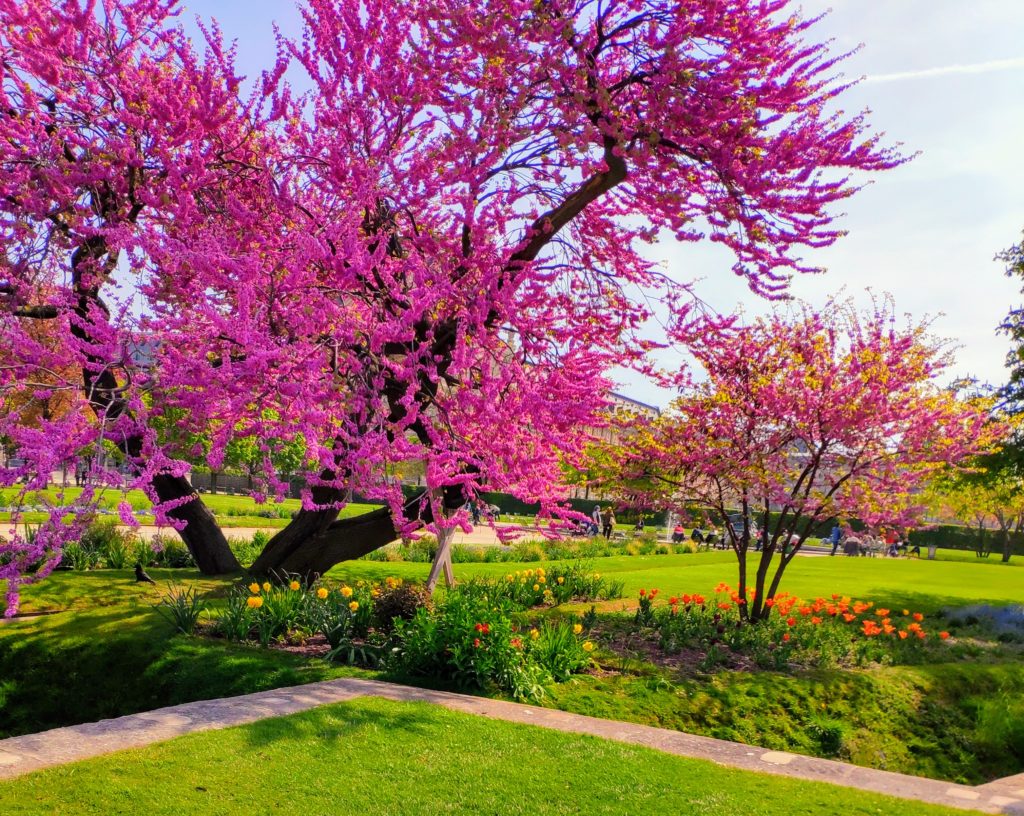
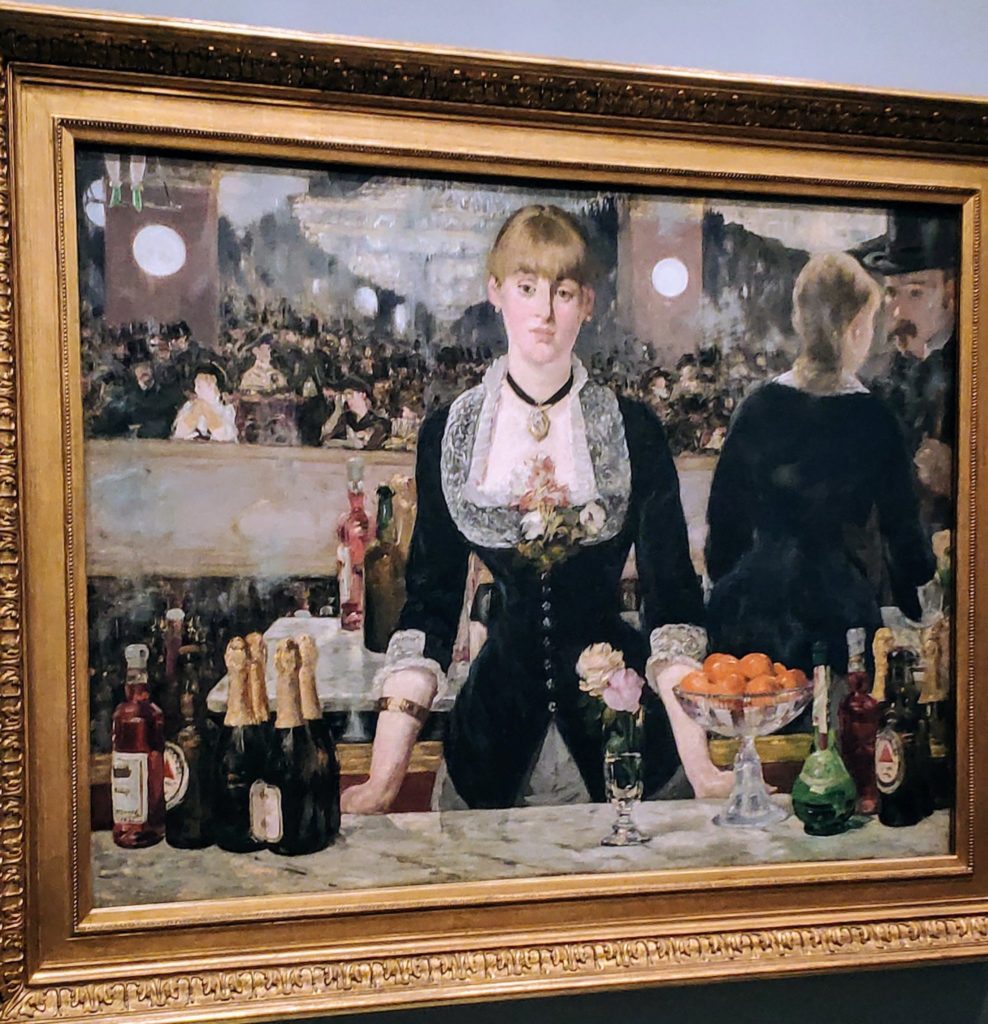
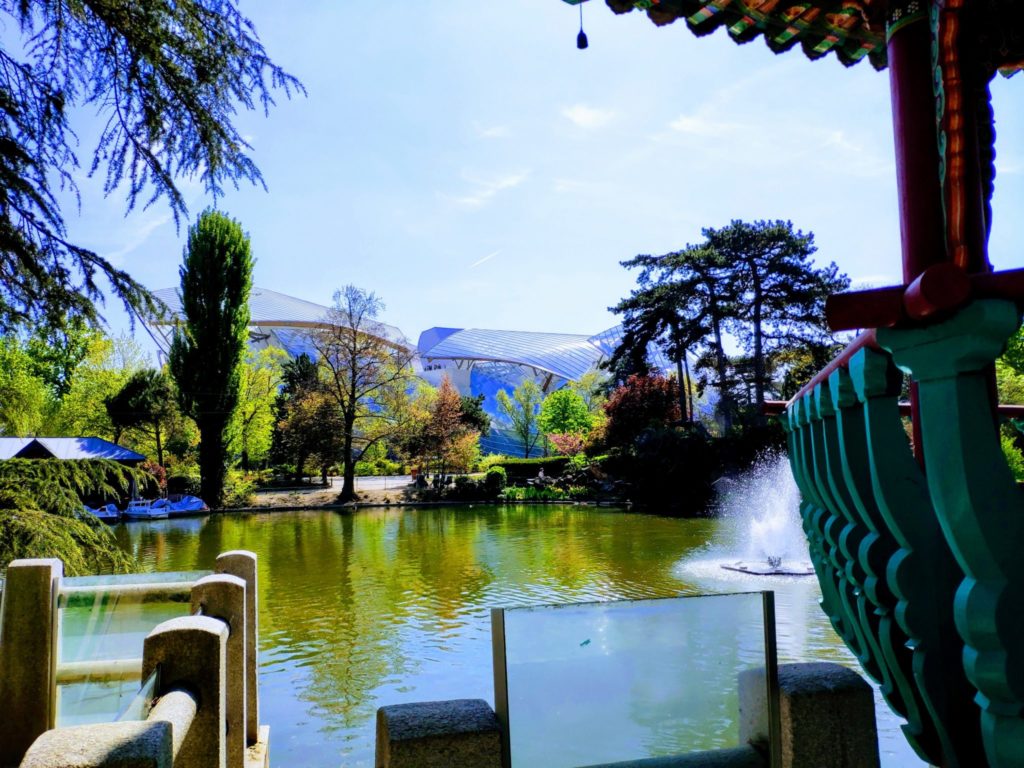
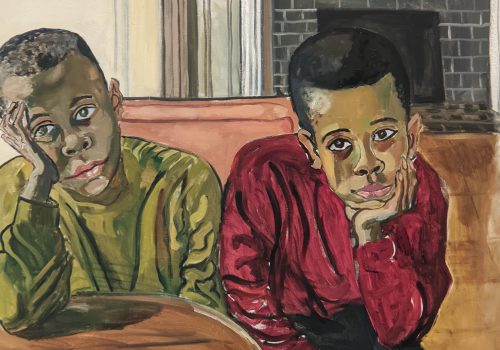
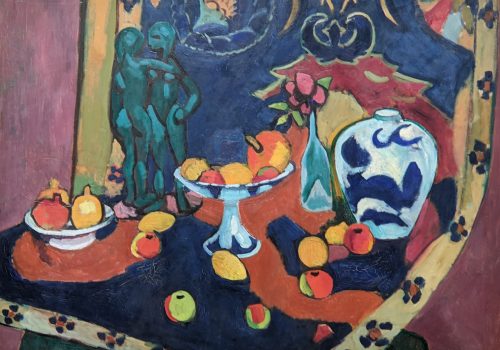
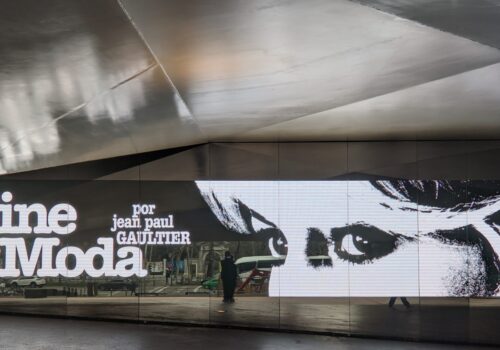
2 Comments
Svetlana Mudrik
It’s look very interesting. I definitely will ask you for help for my next trip.
Thank you very much!
Walt
My tastes in museums have changed over time just like my taste in wine has matured. My favorite museum used to be the D’Orsay for their fabulous collection of Impressionist Art, followed by the Louvre and then the Pompidou. As my visits have progressed I appreciate the Pompidou more and more. Their collection has grown and their Exhibits are absolutely first class. While all art in Paris is fab, we probably all have our favorites du jour.